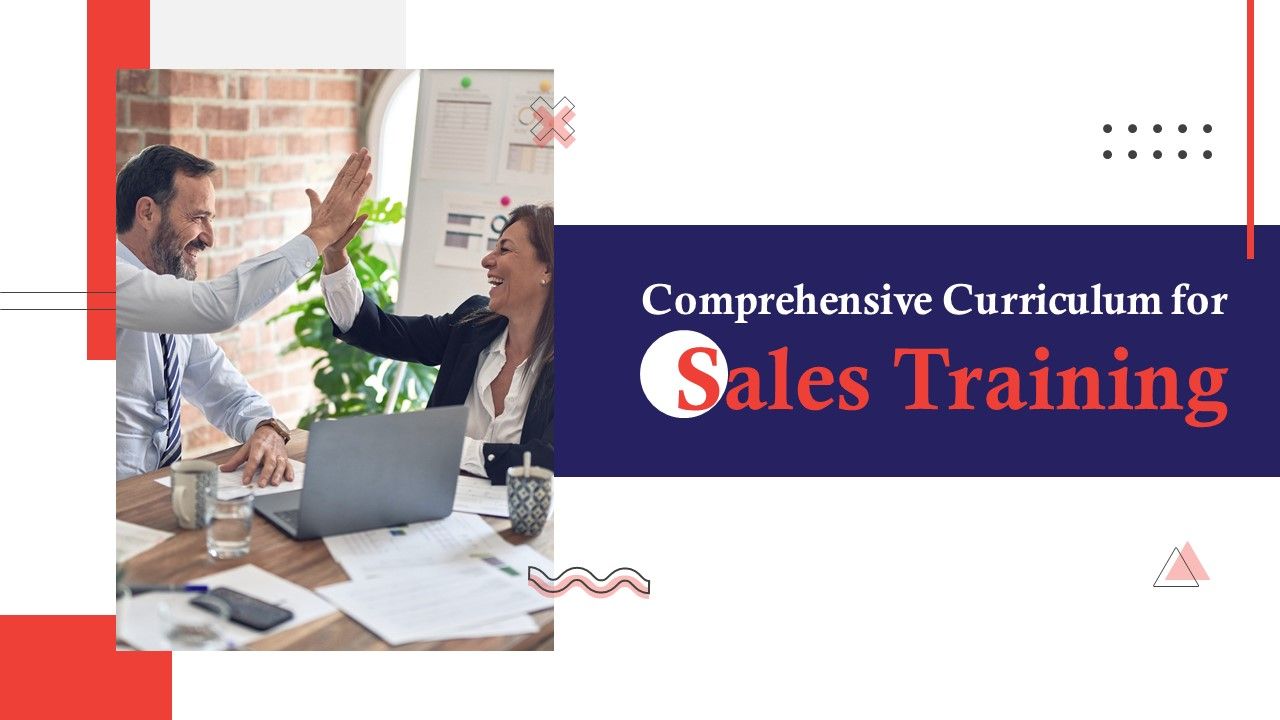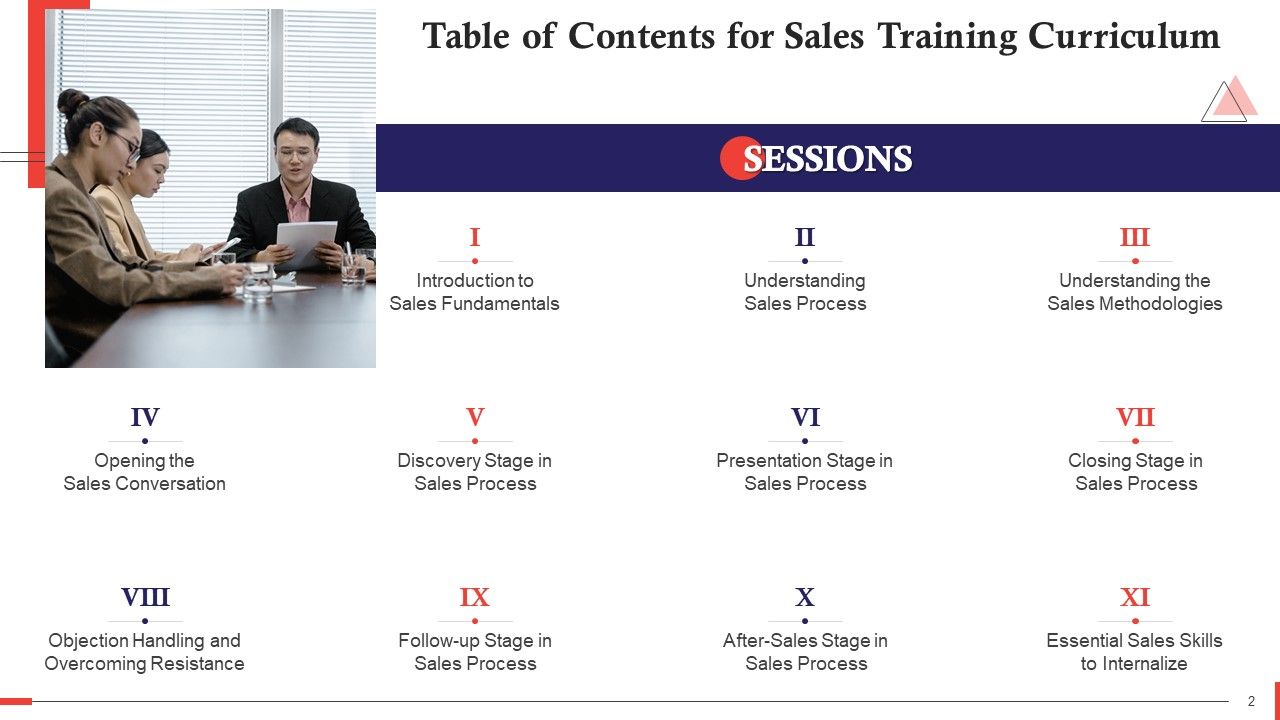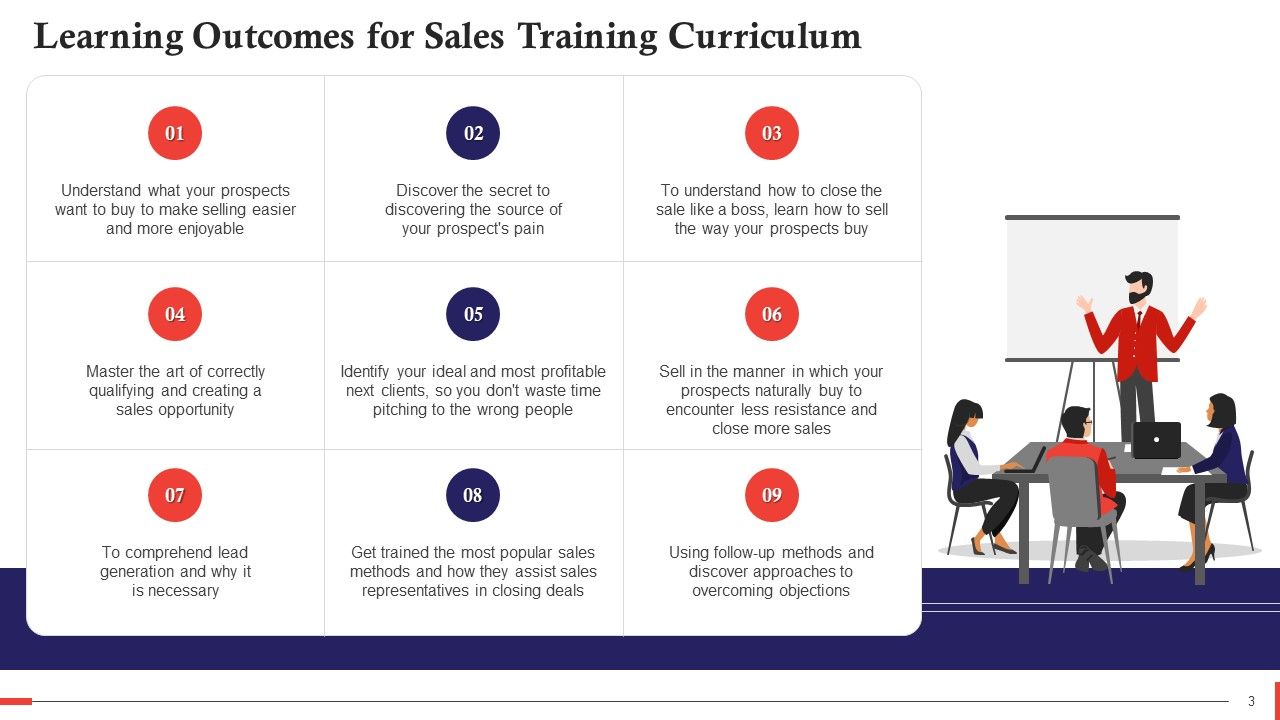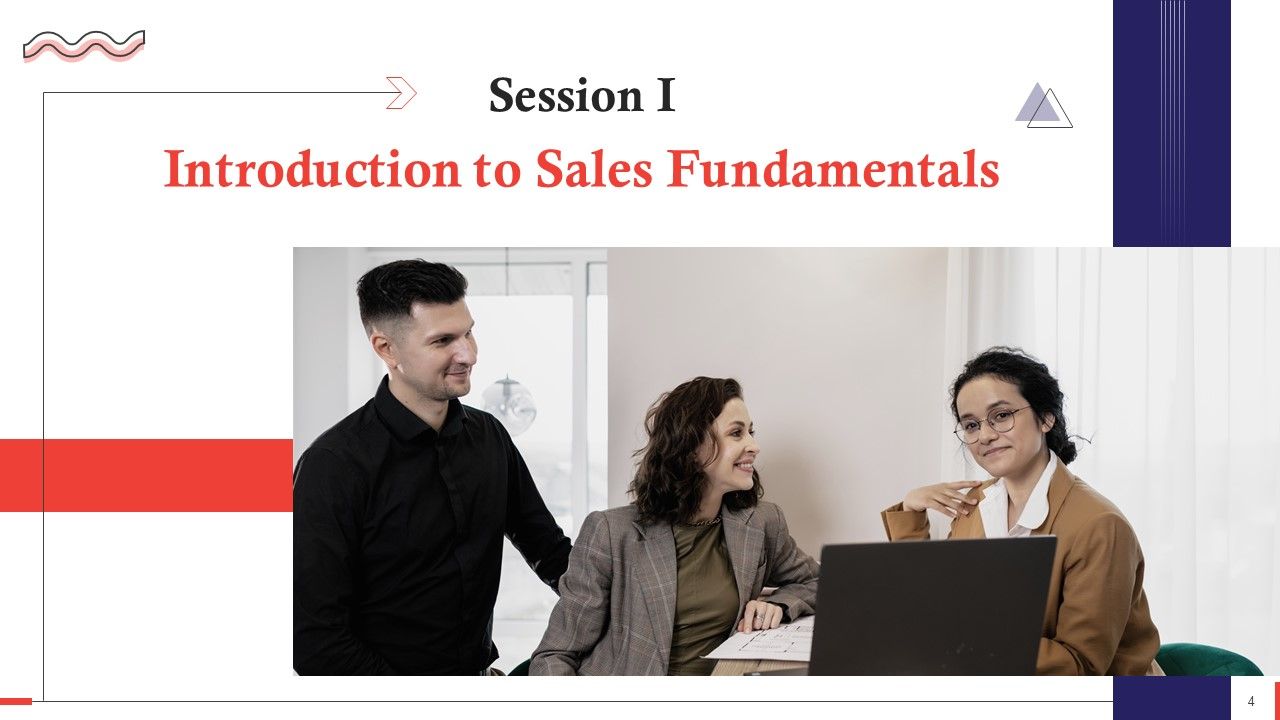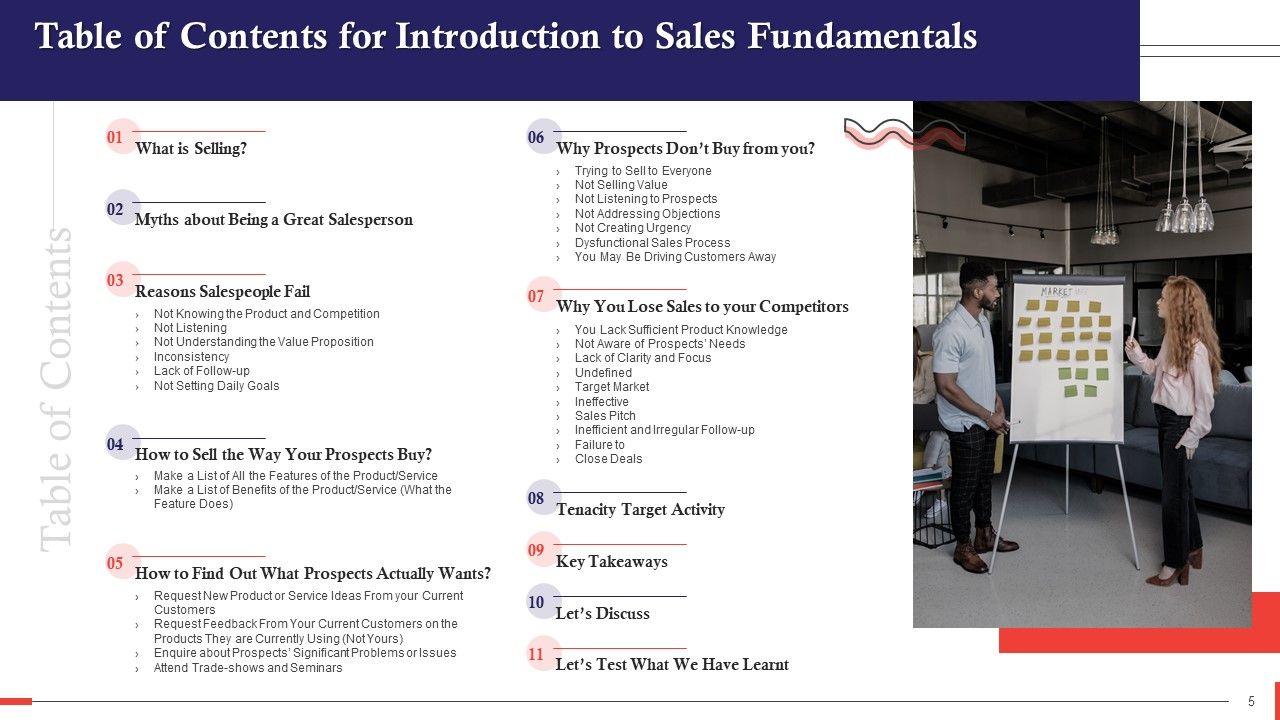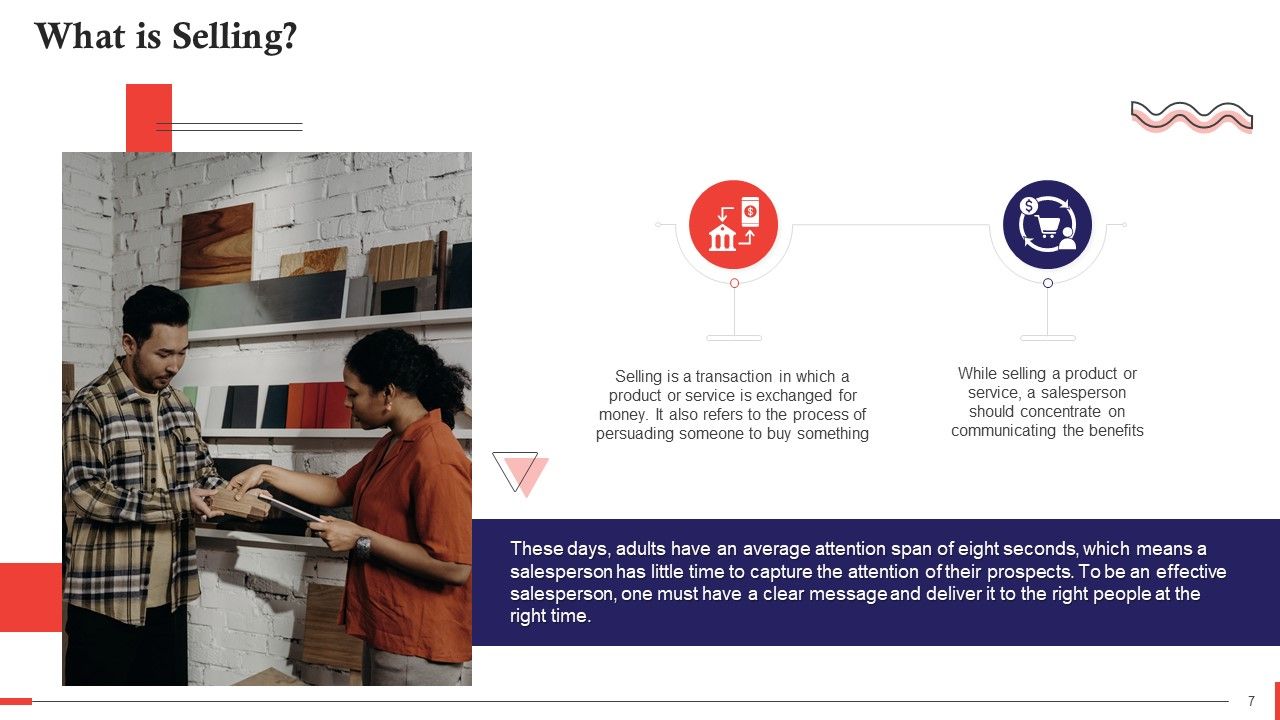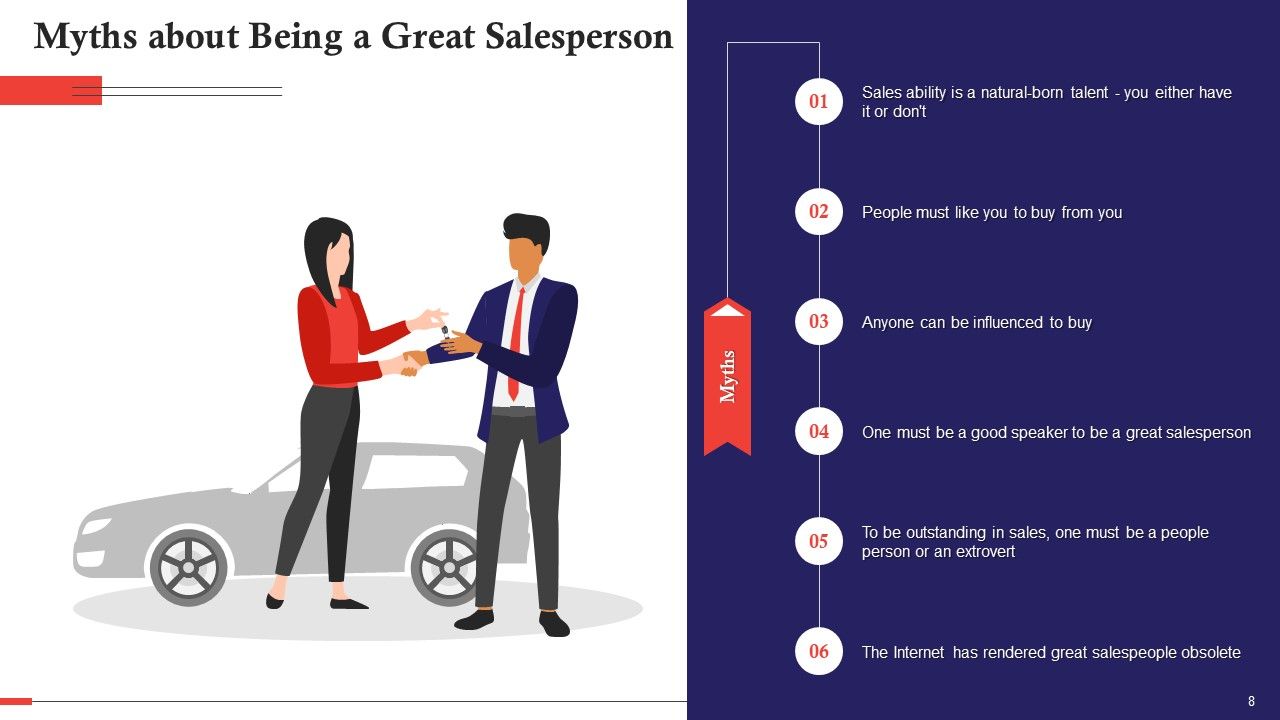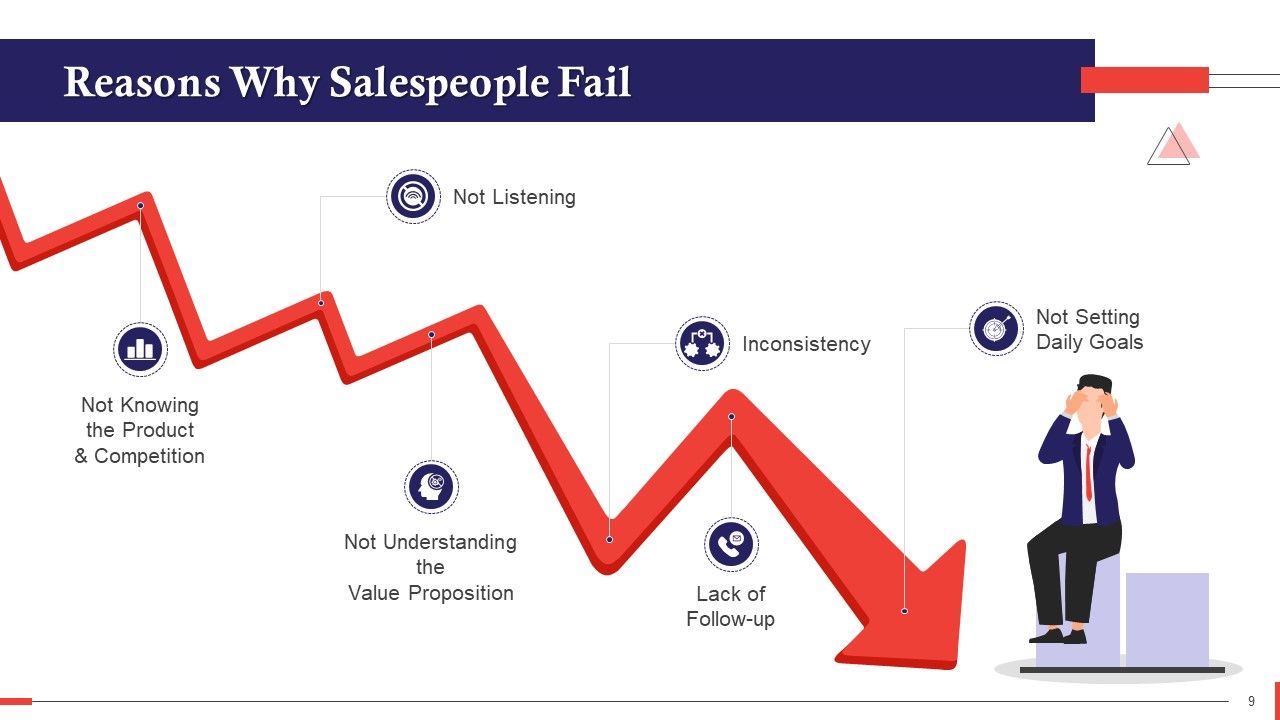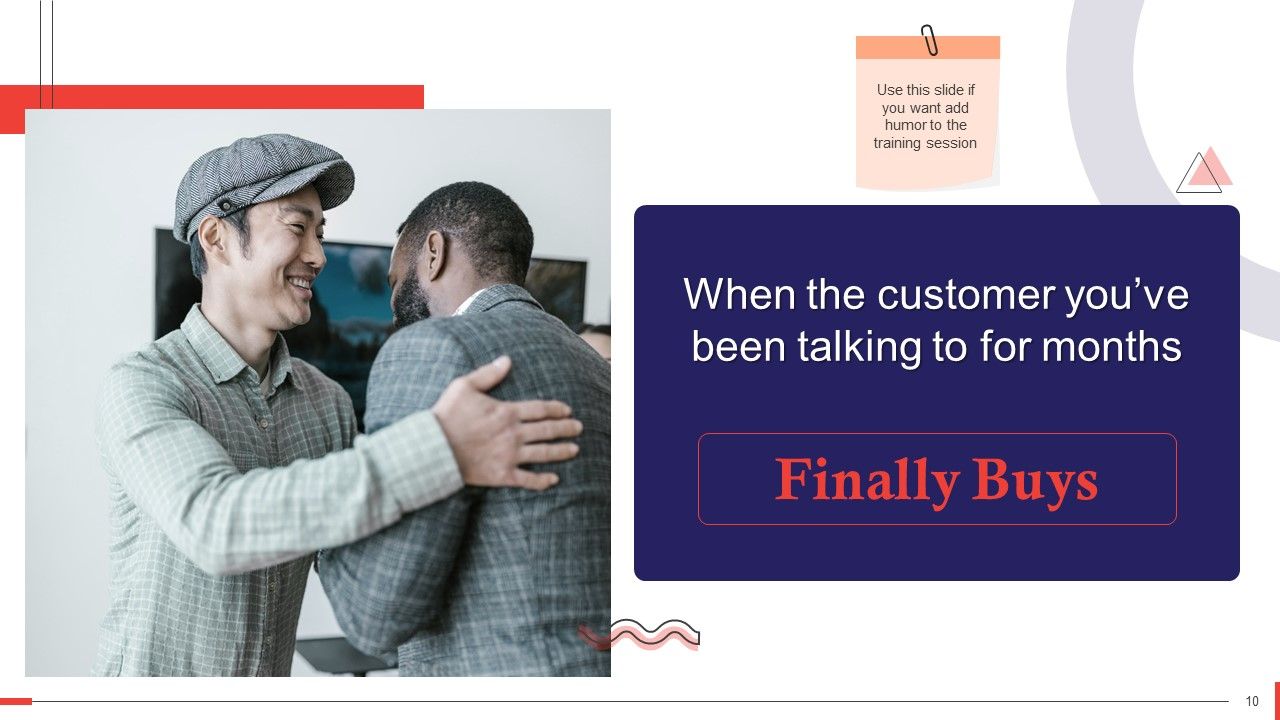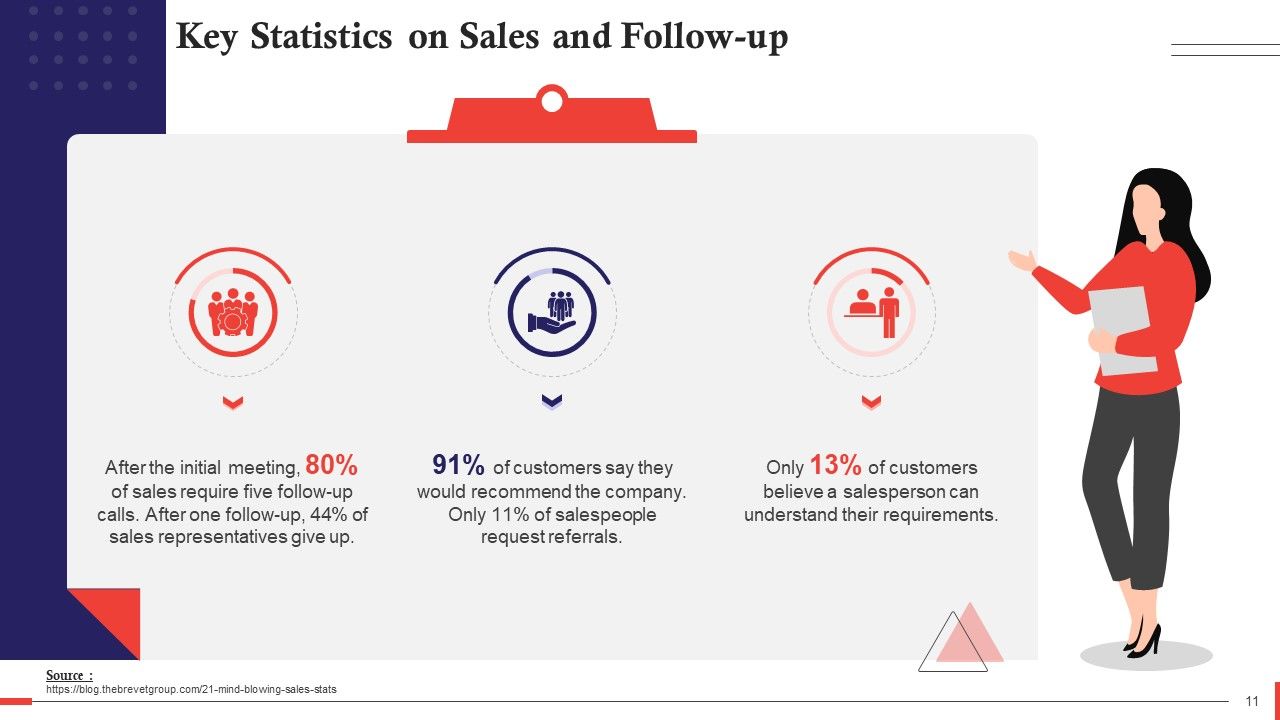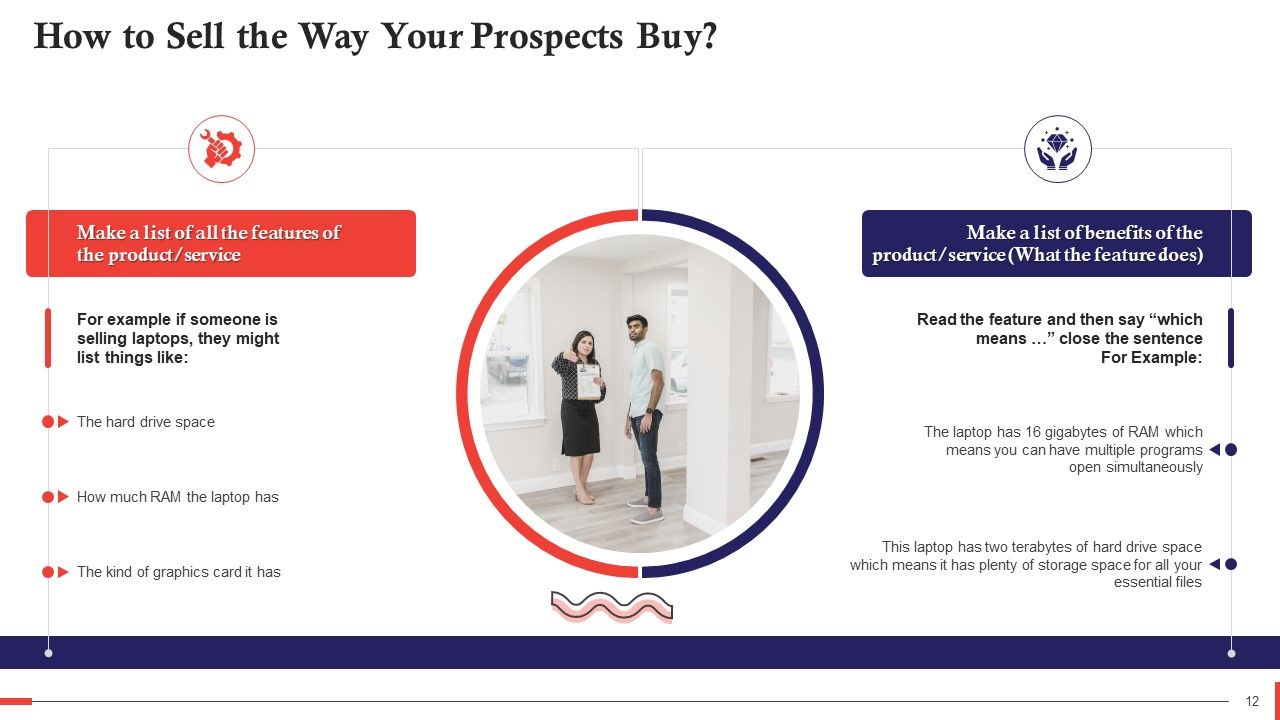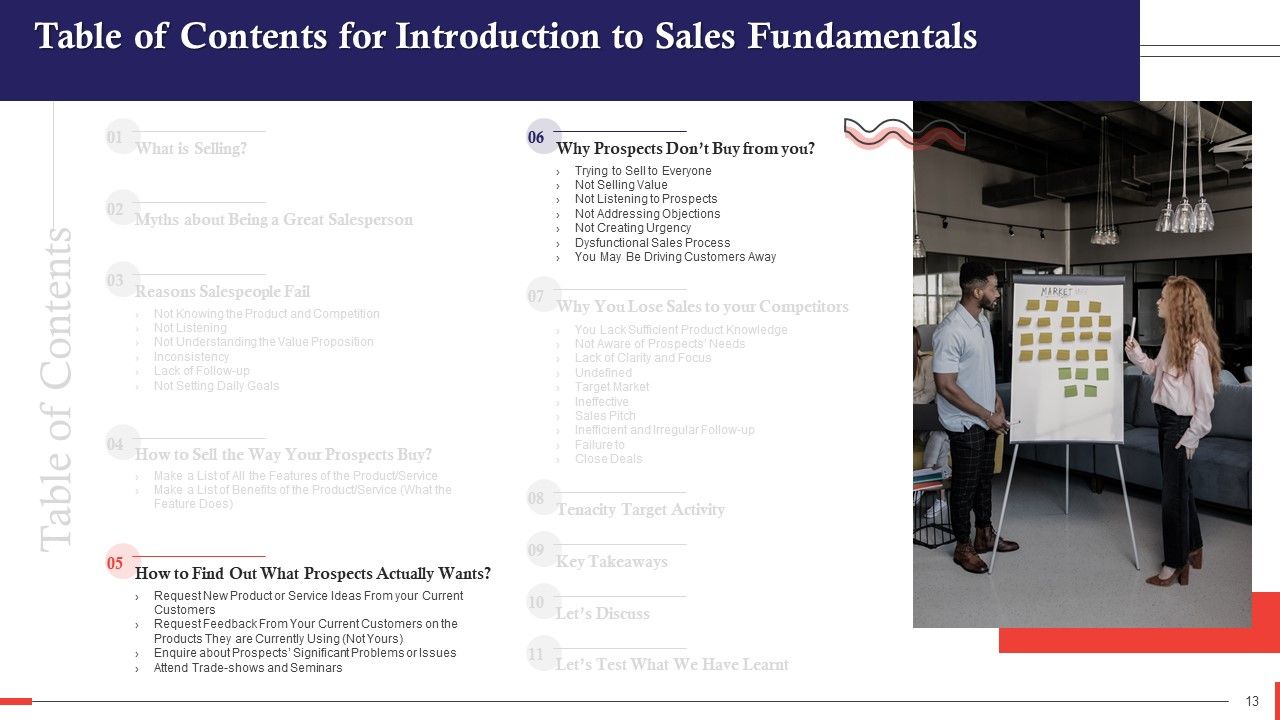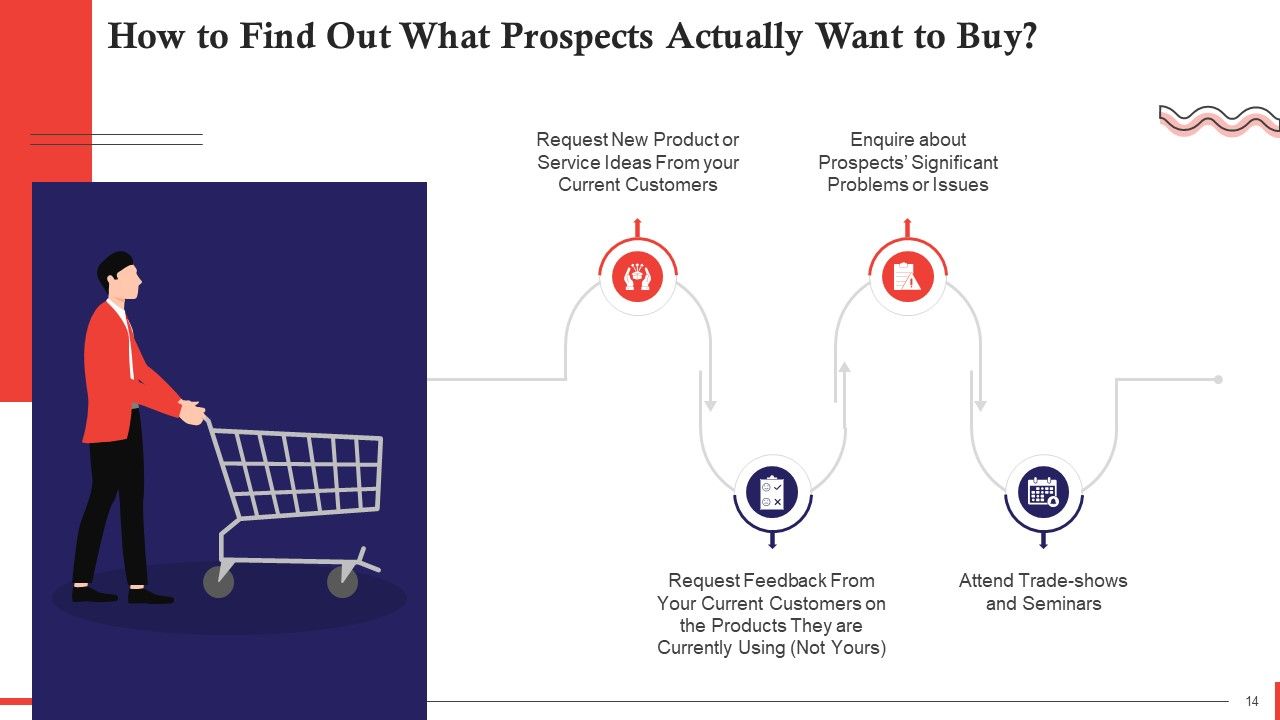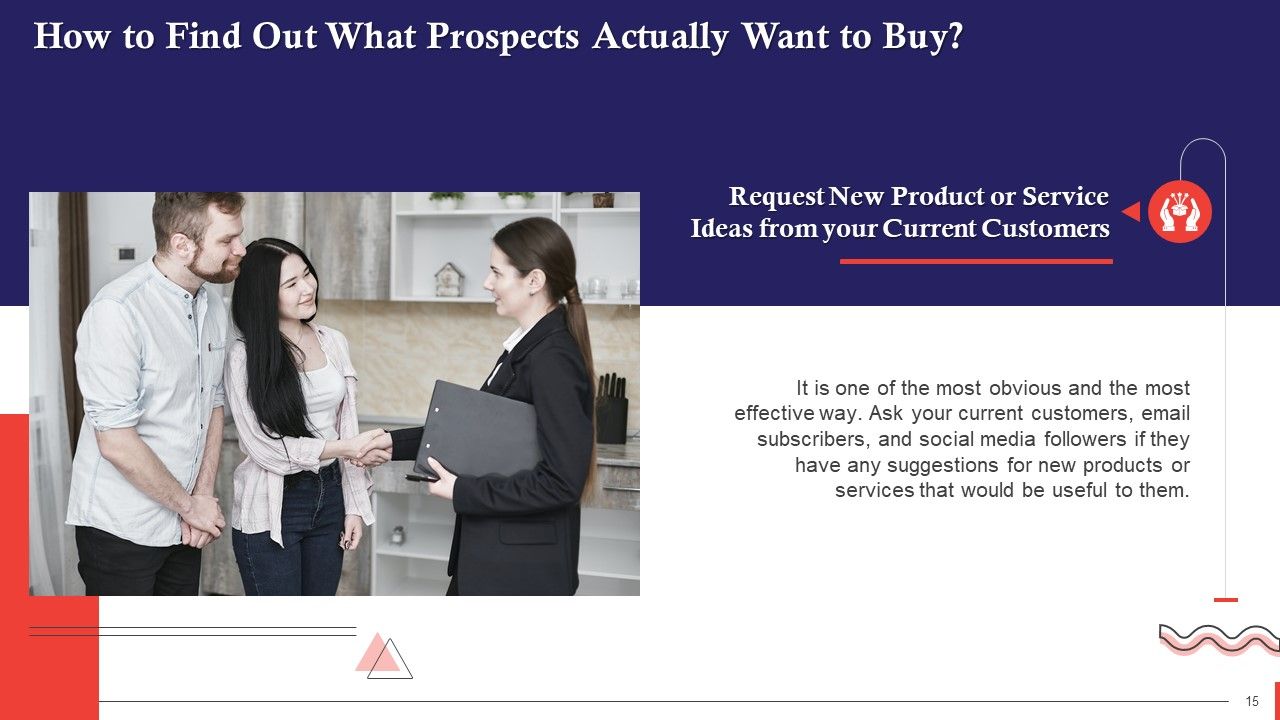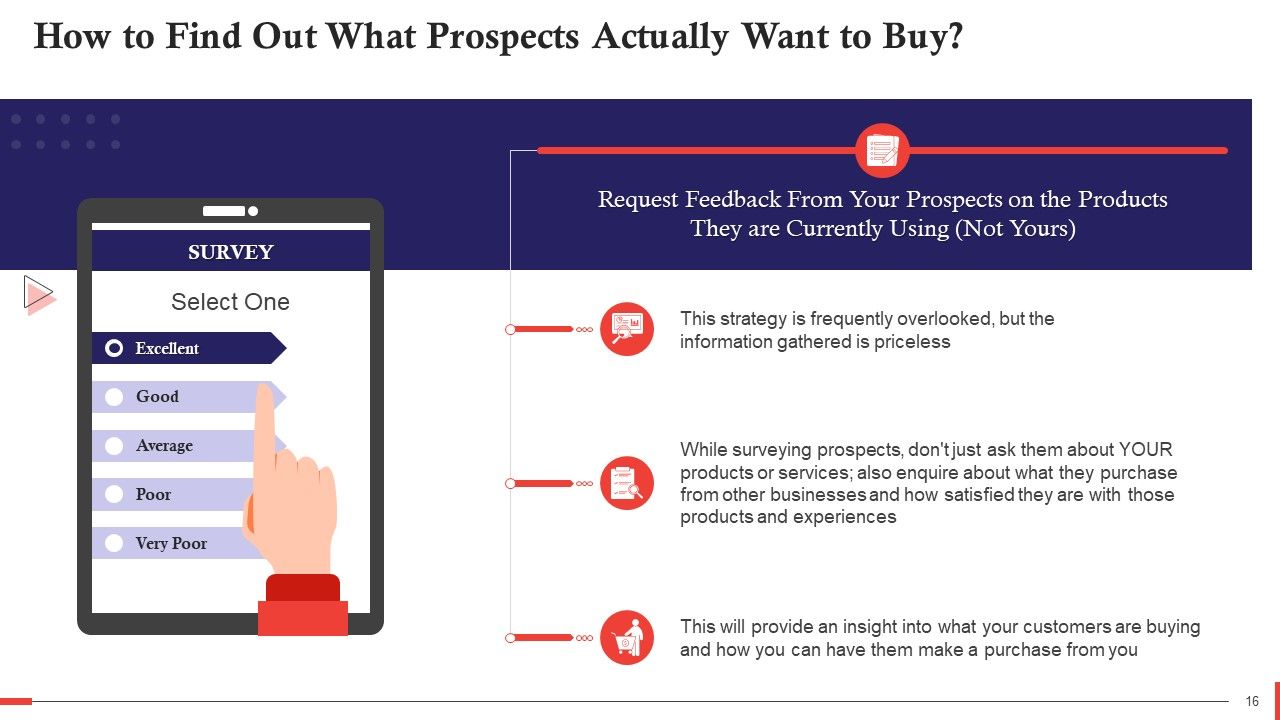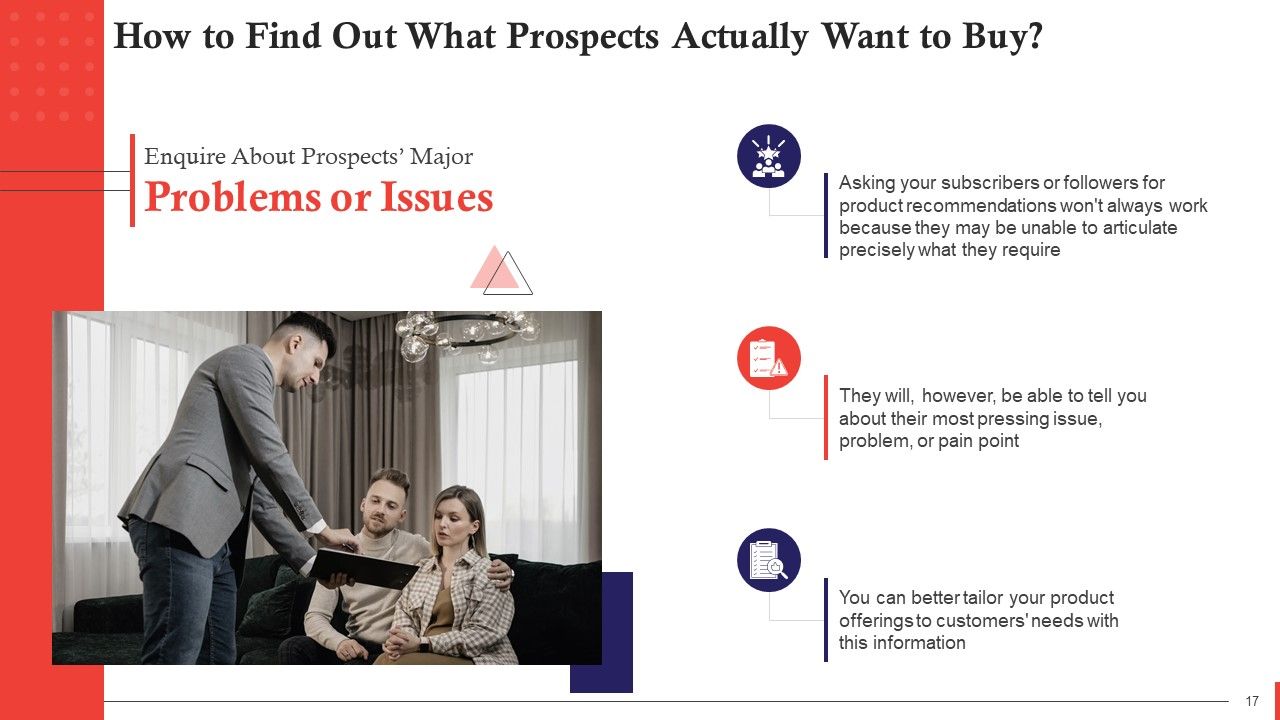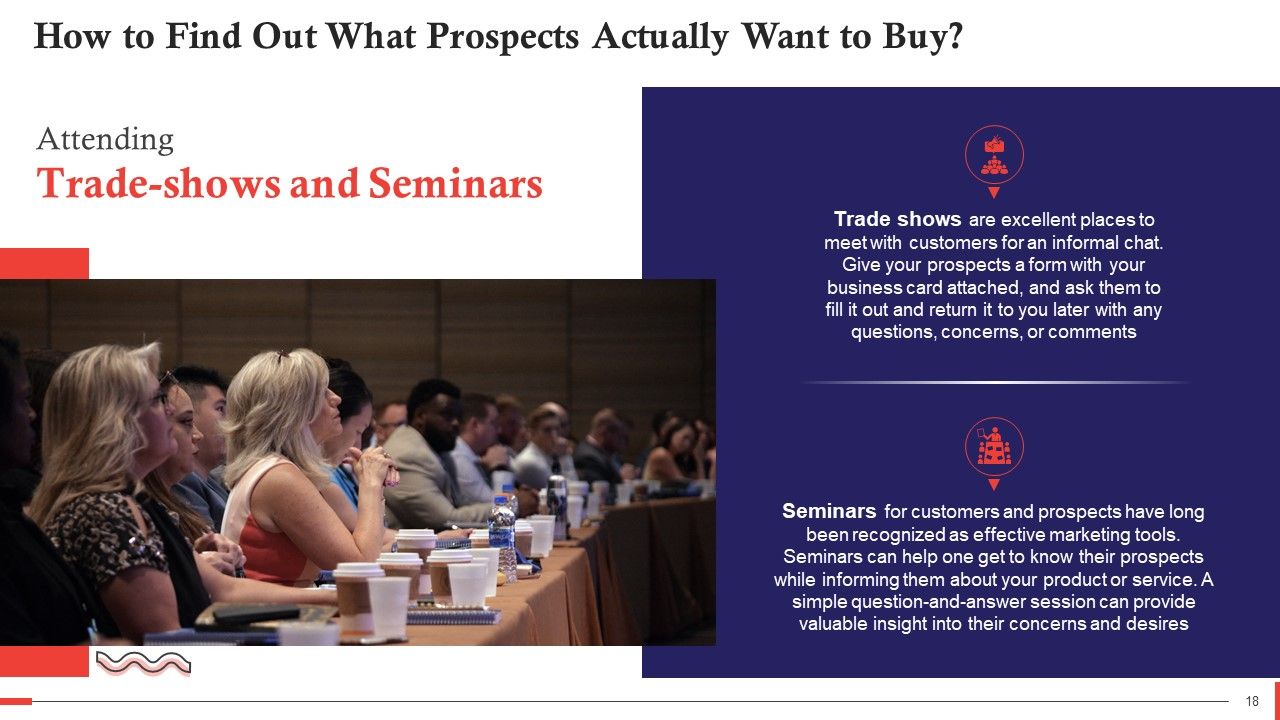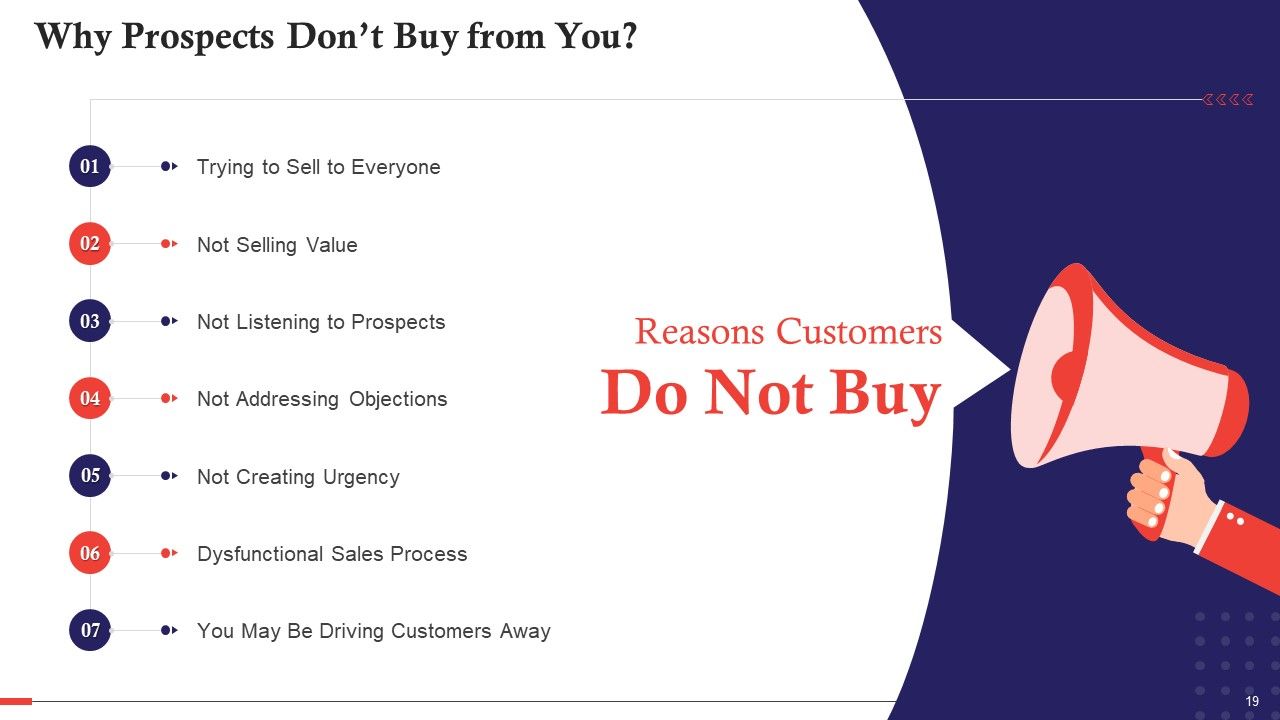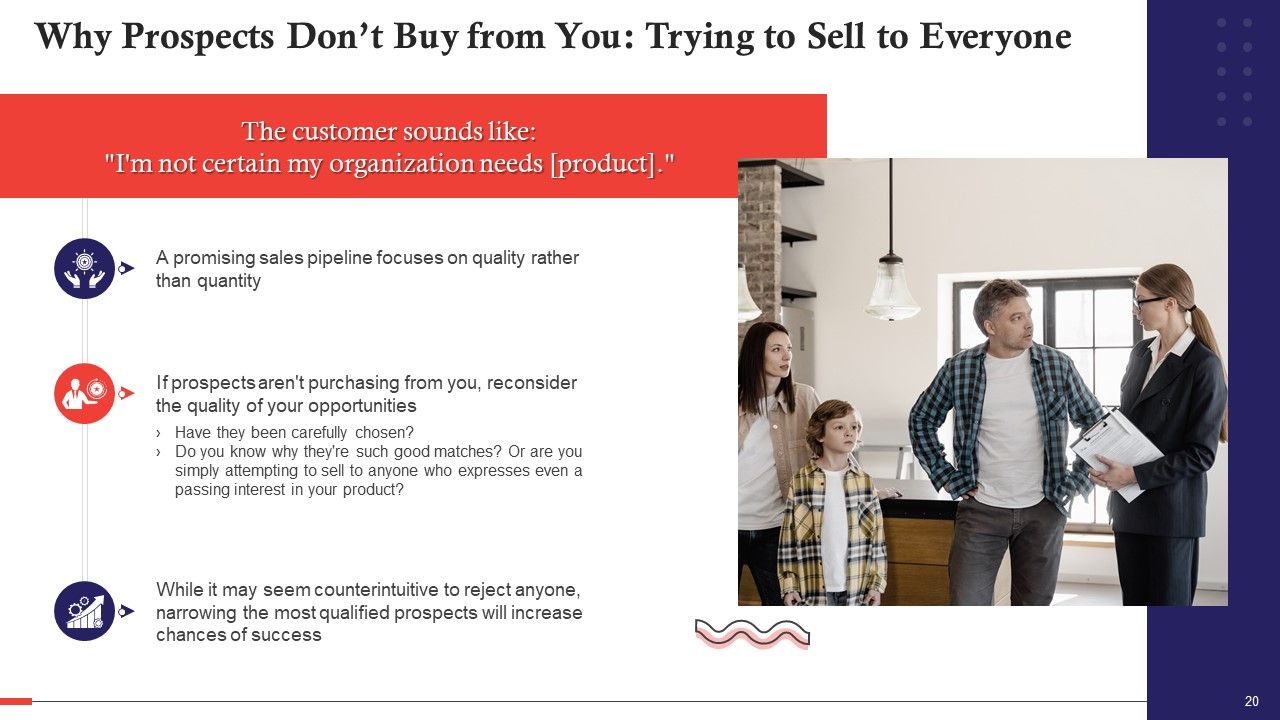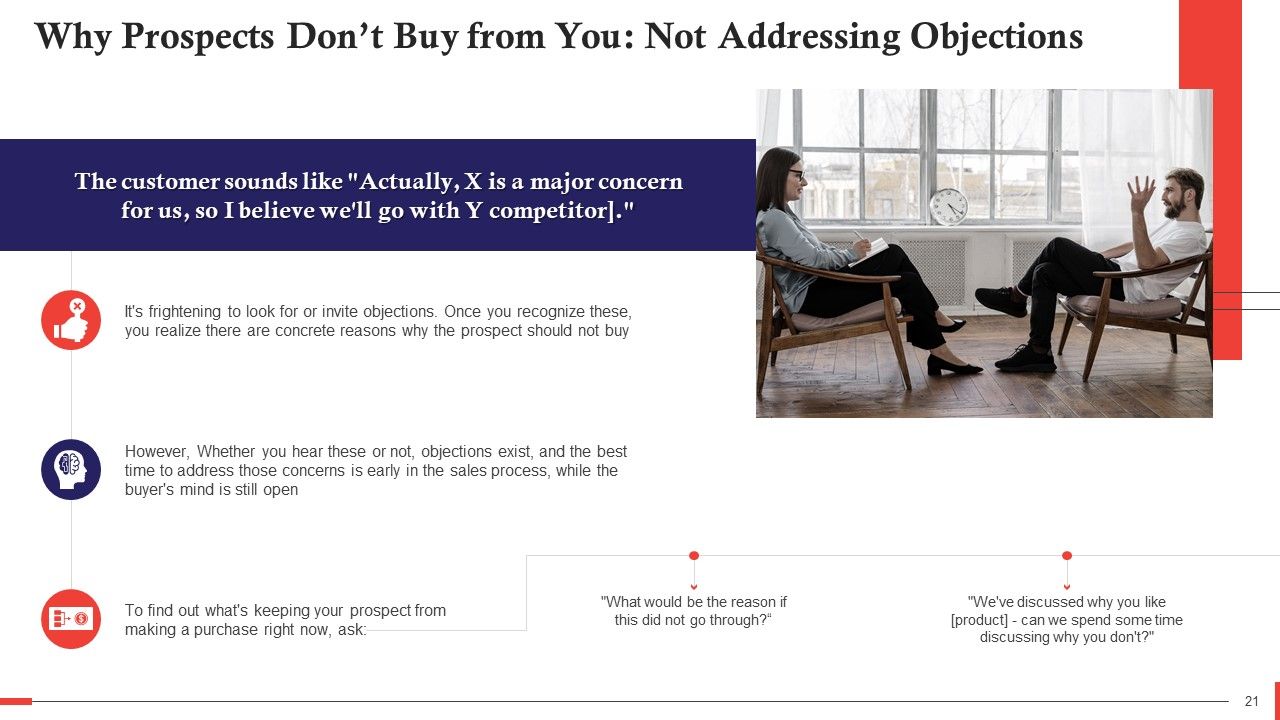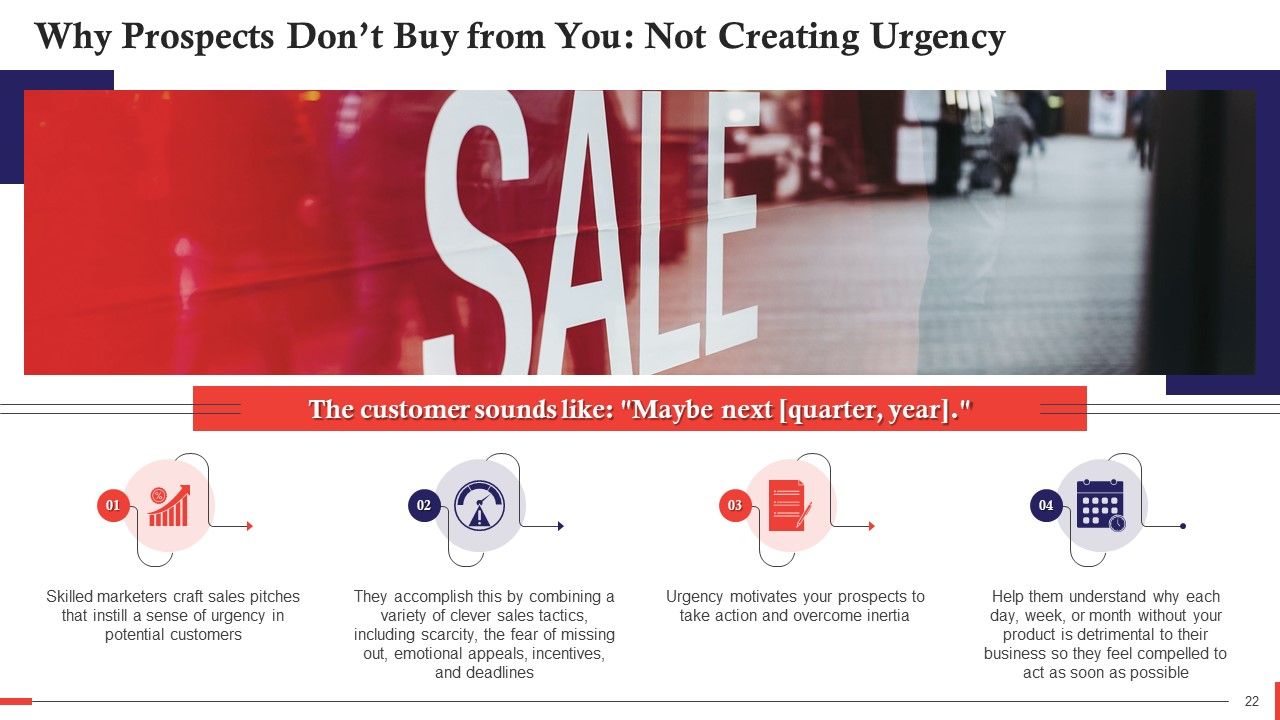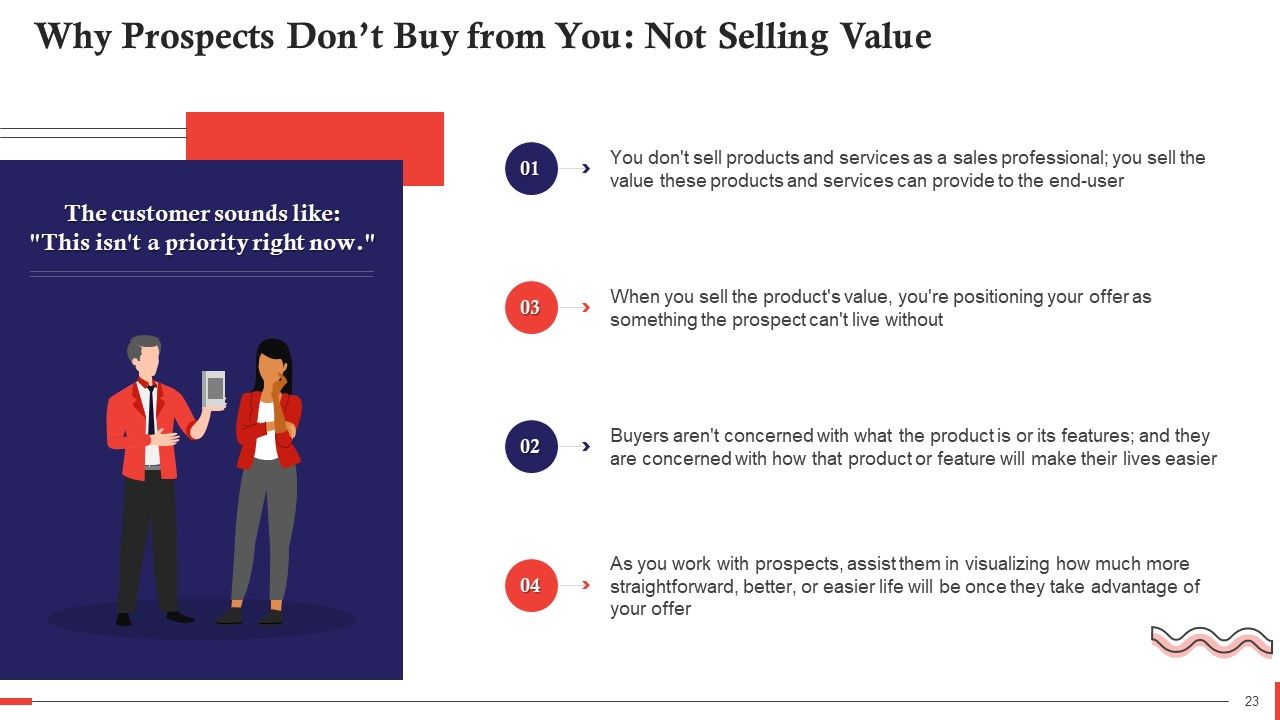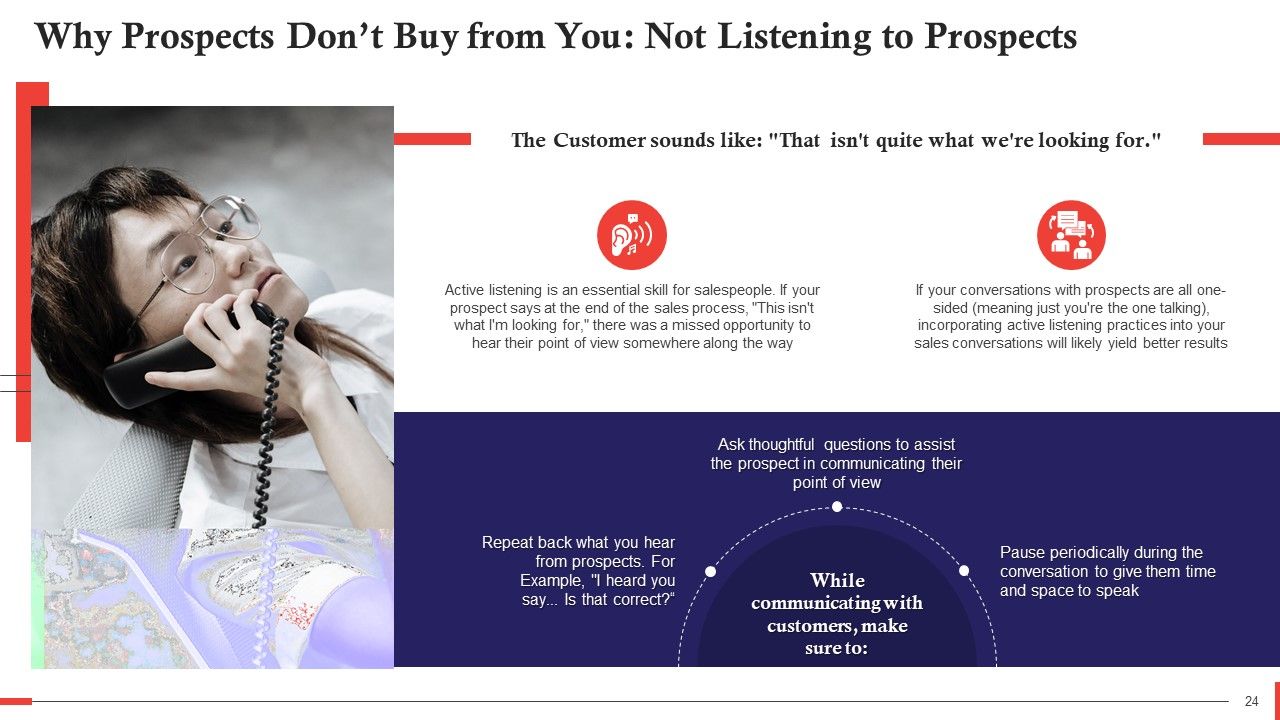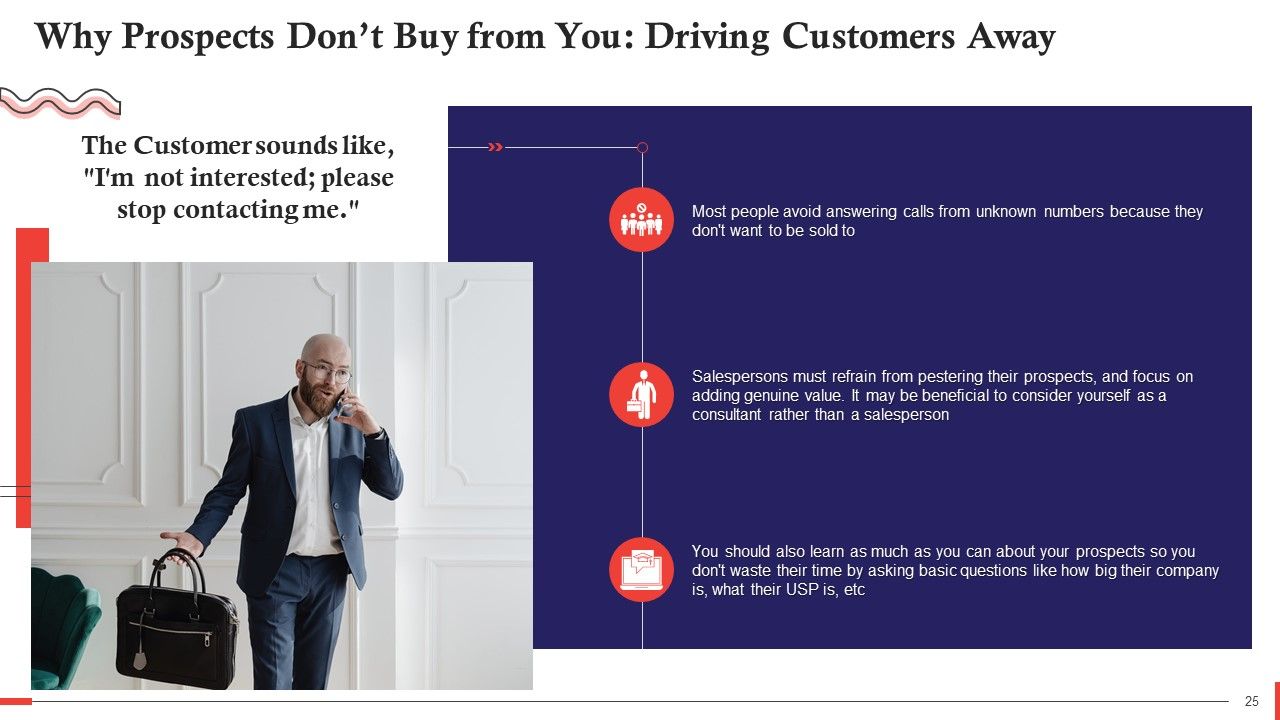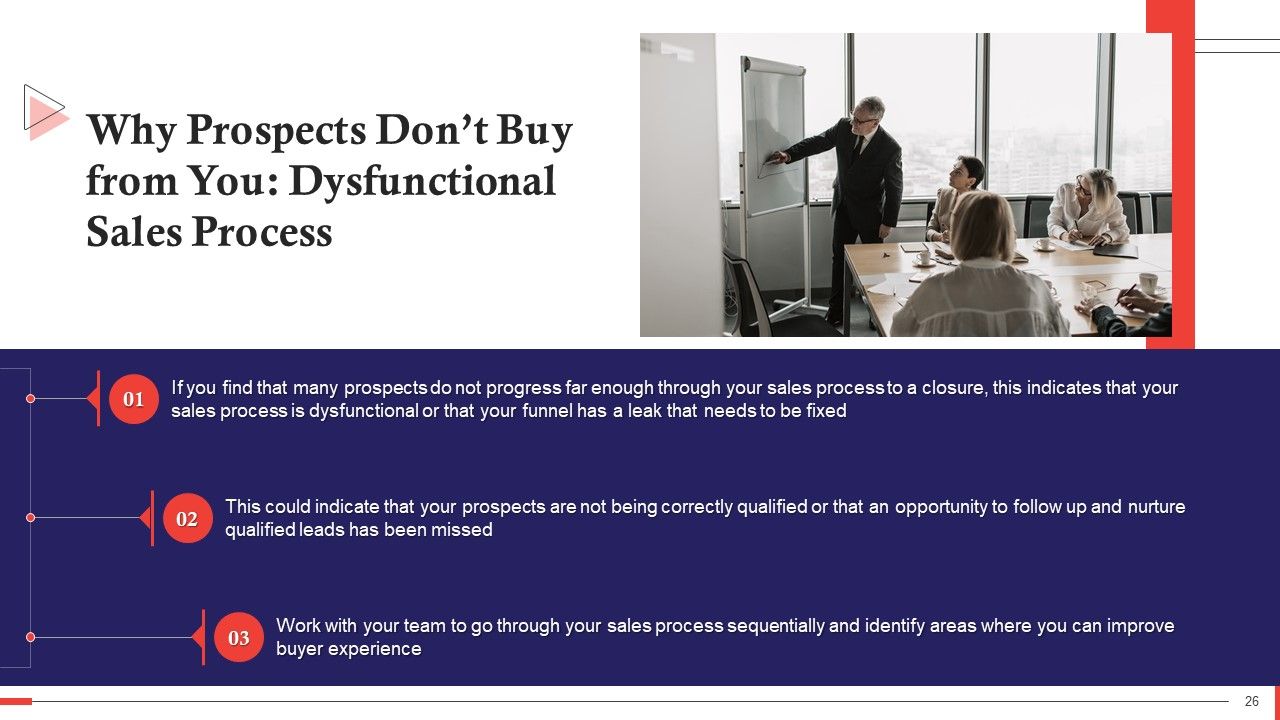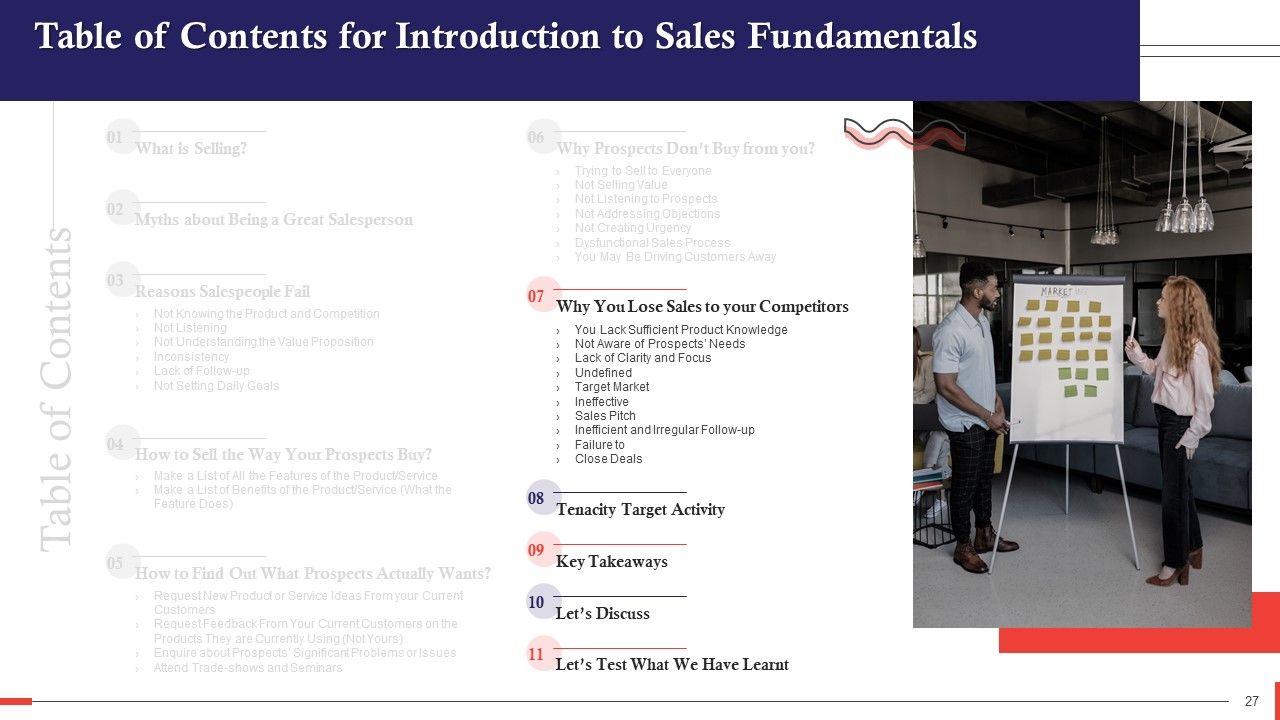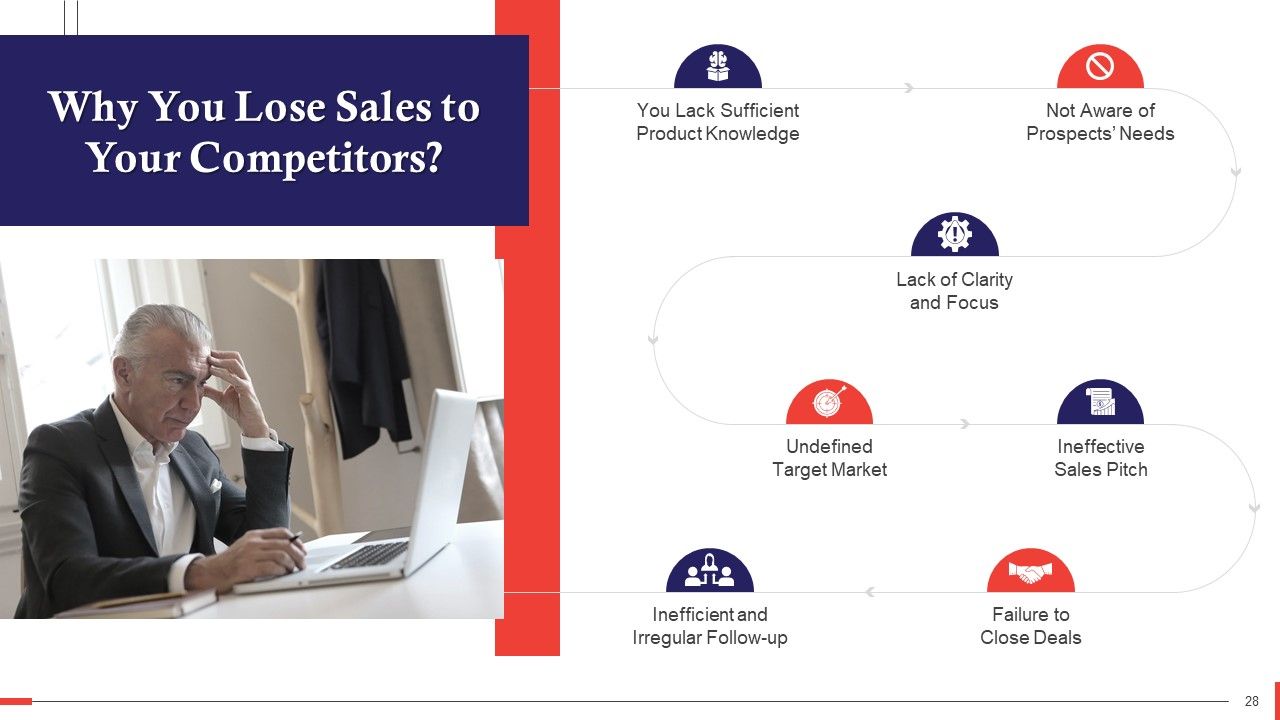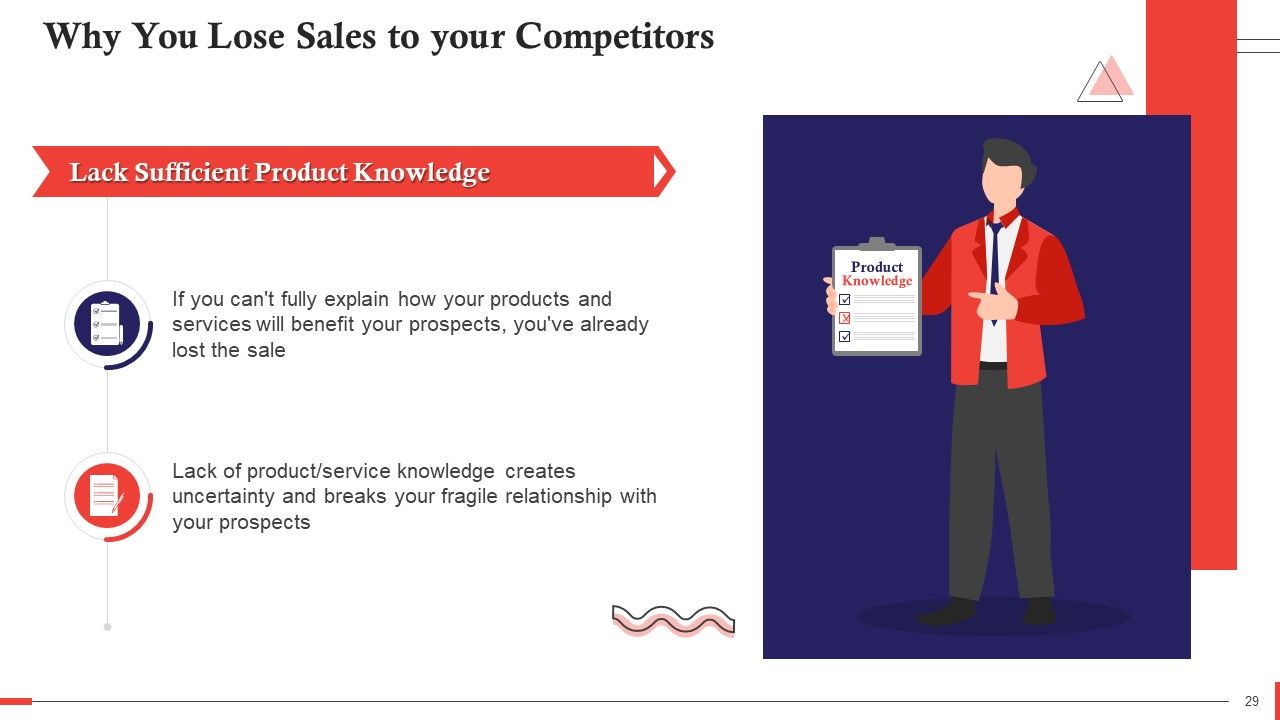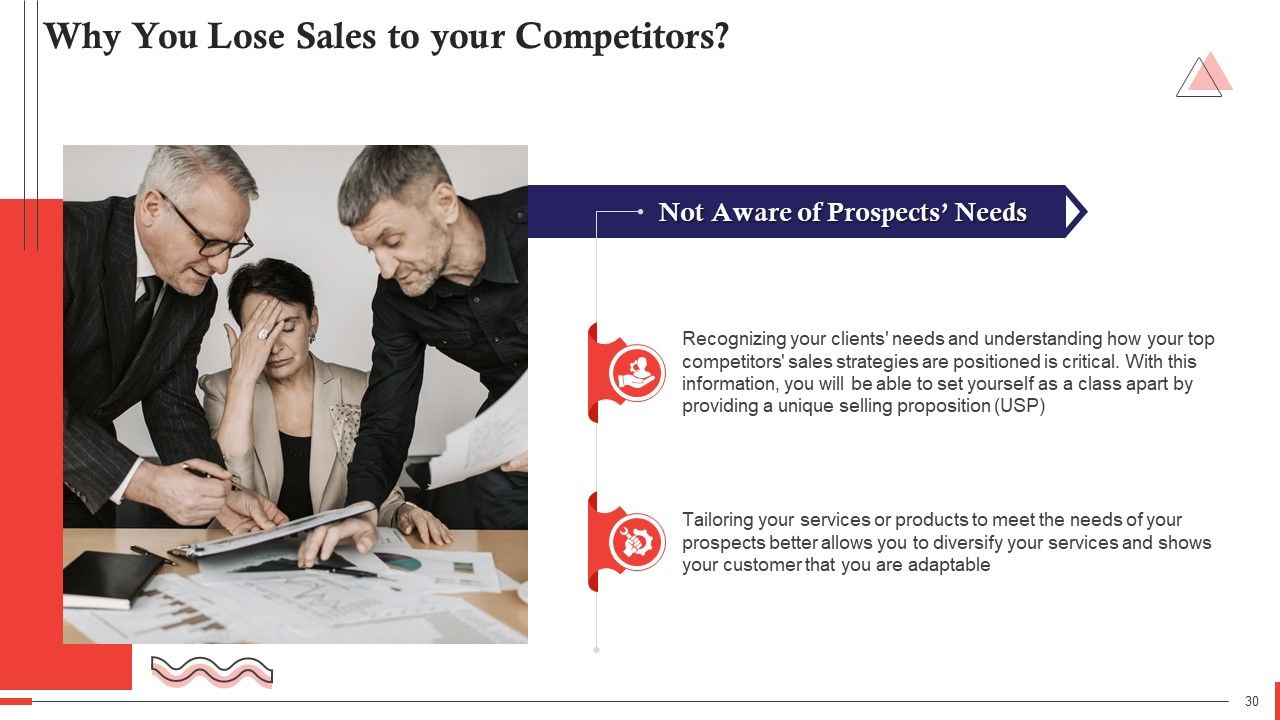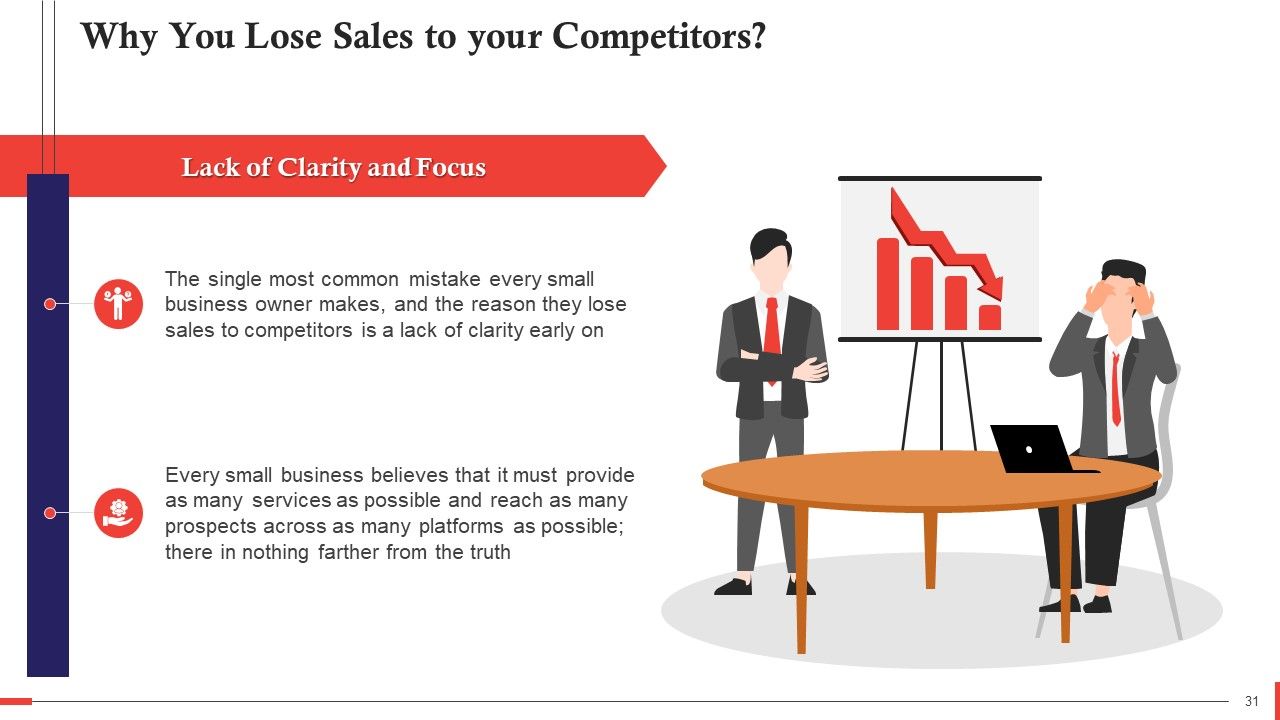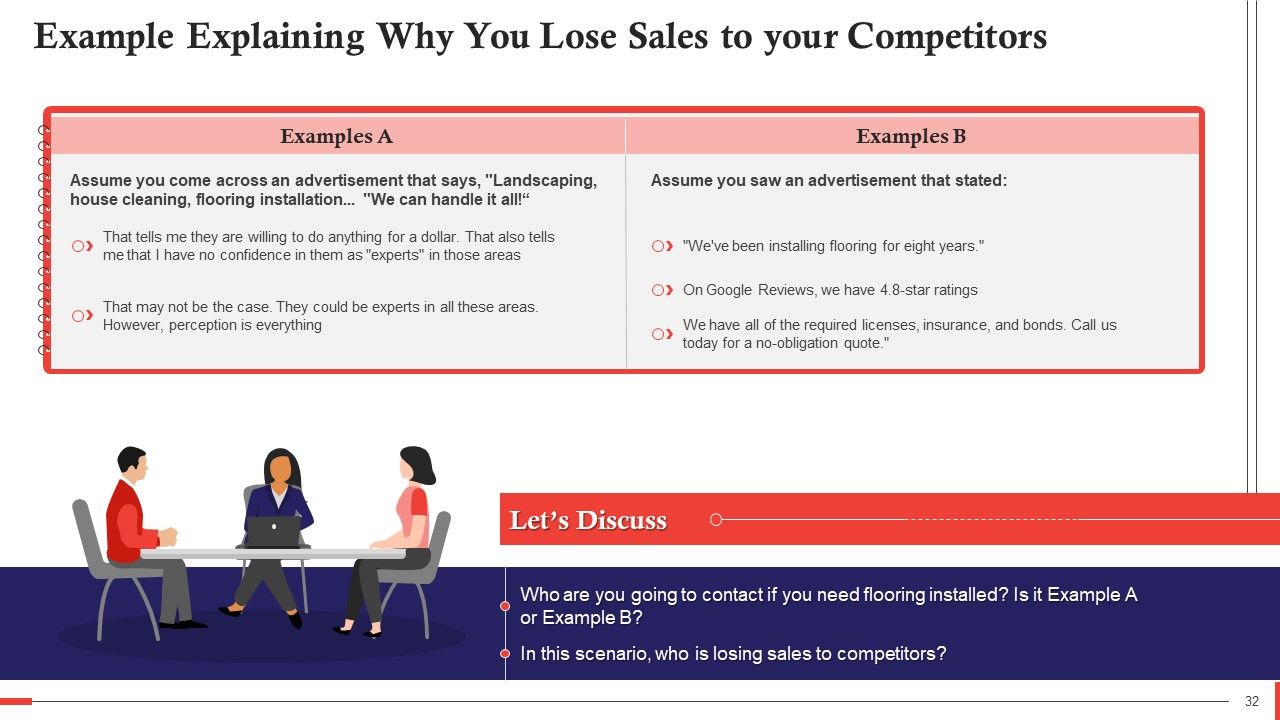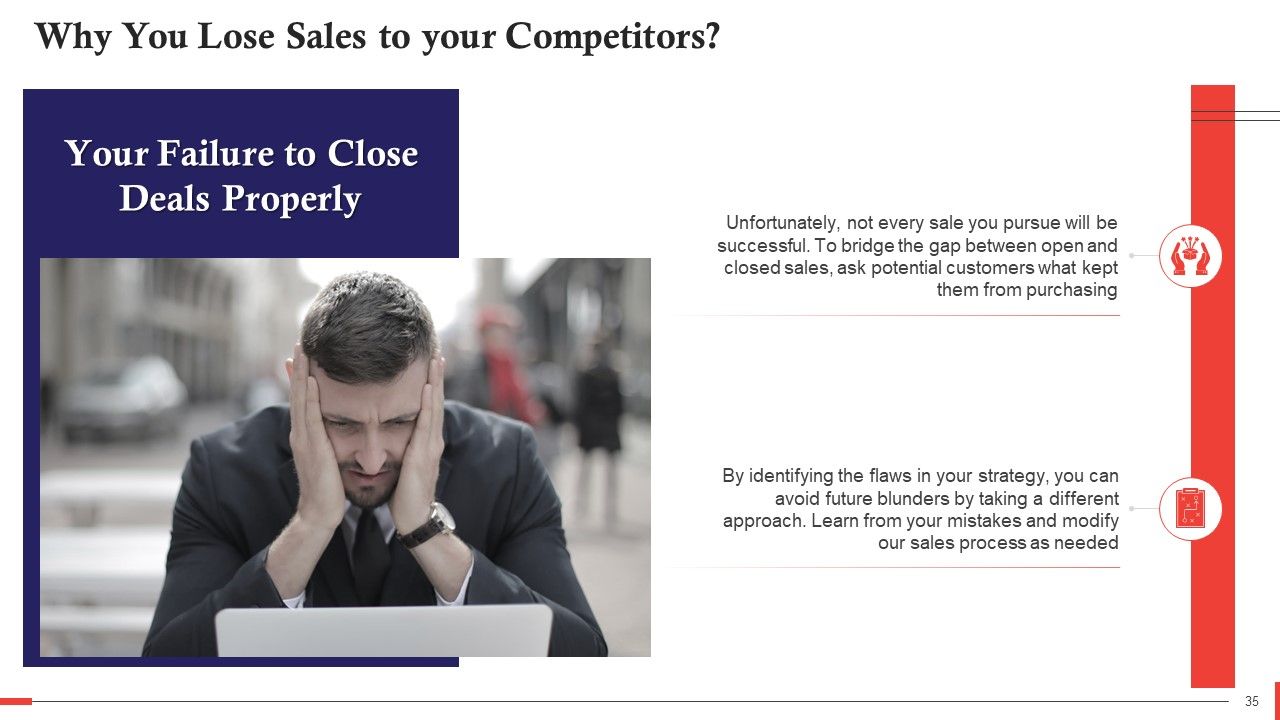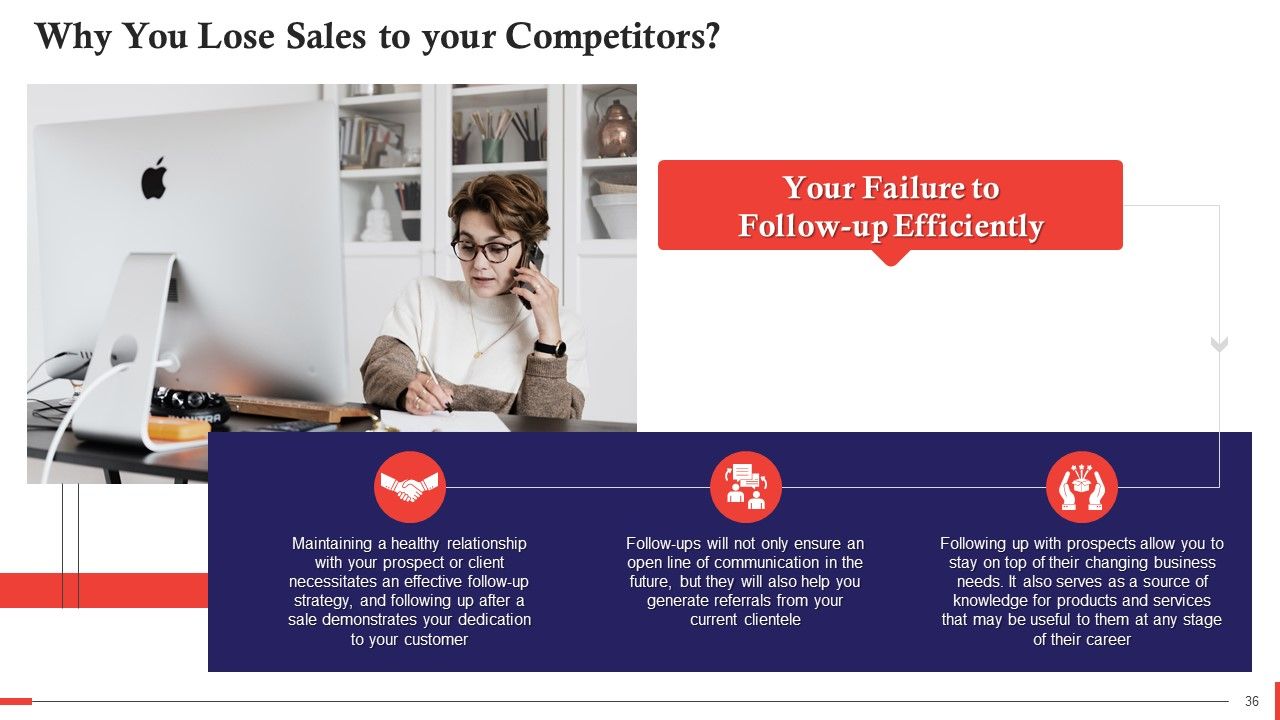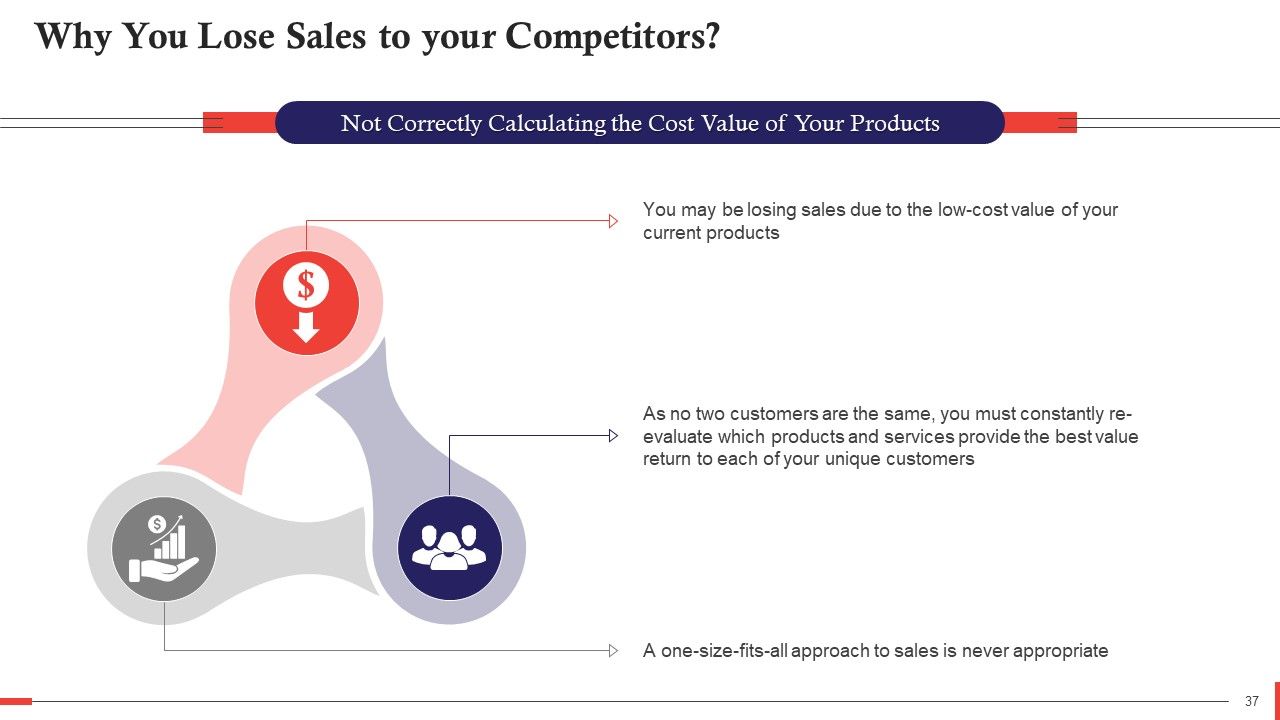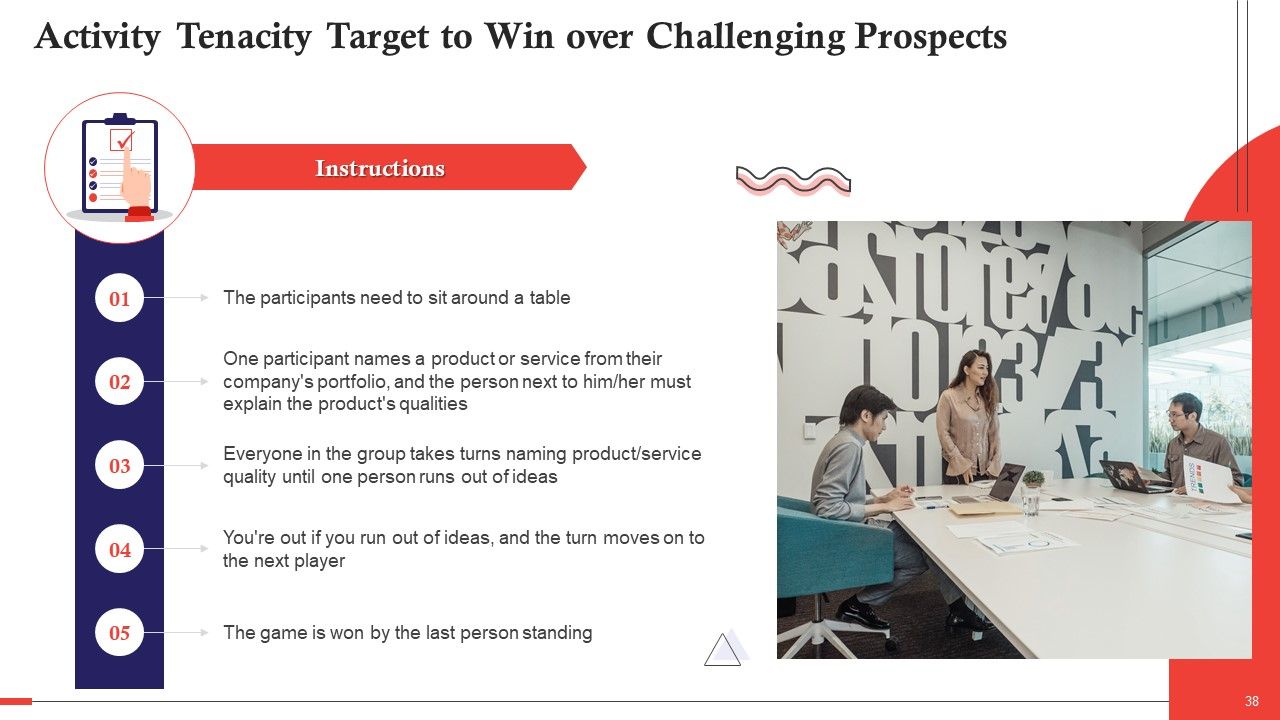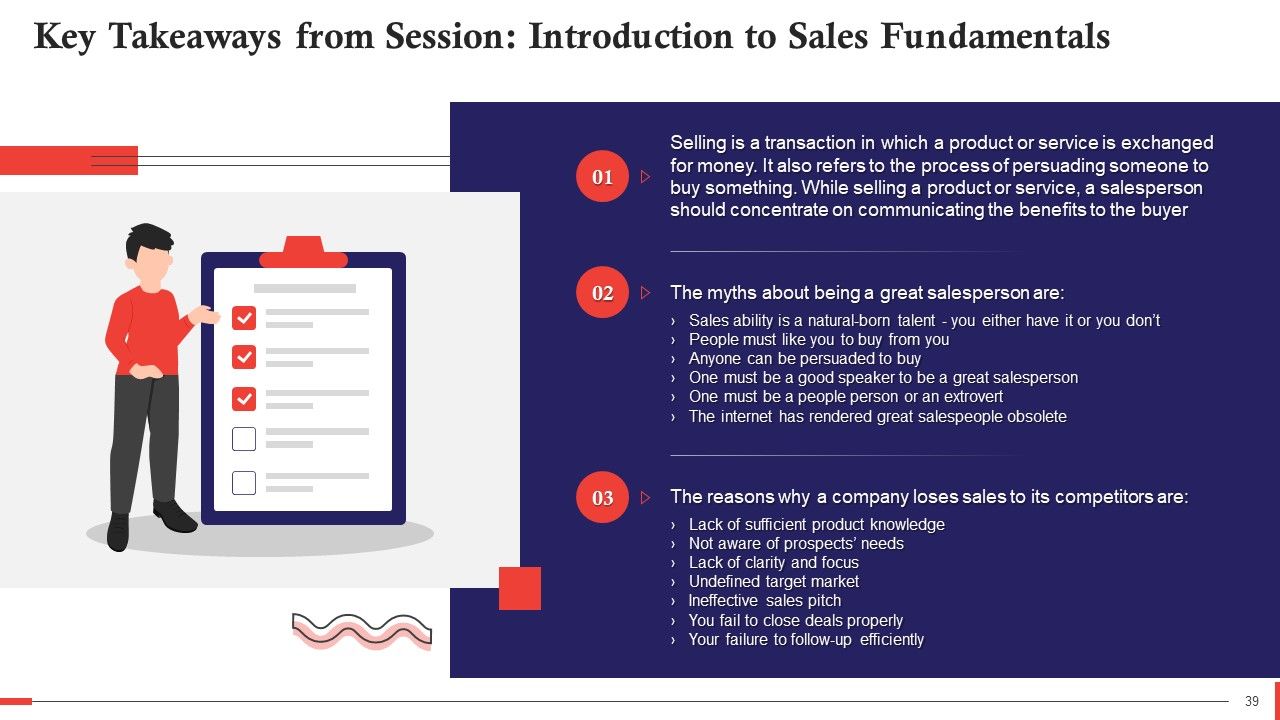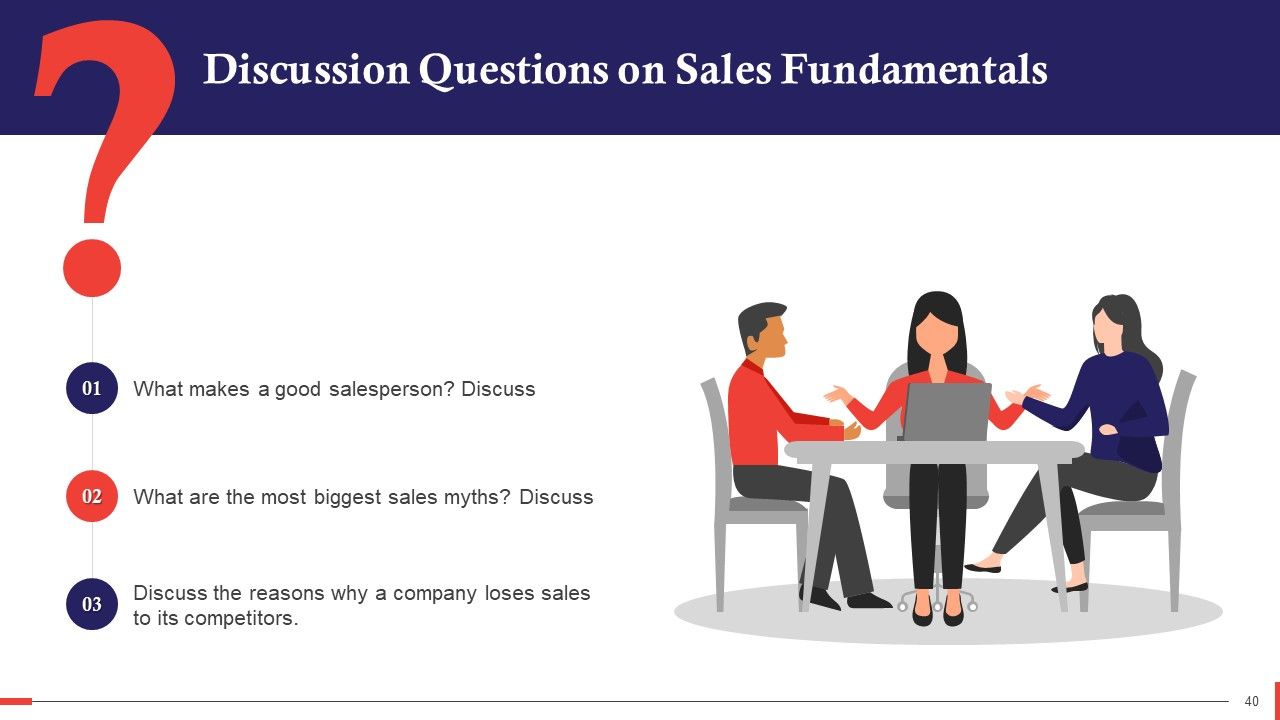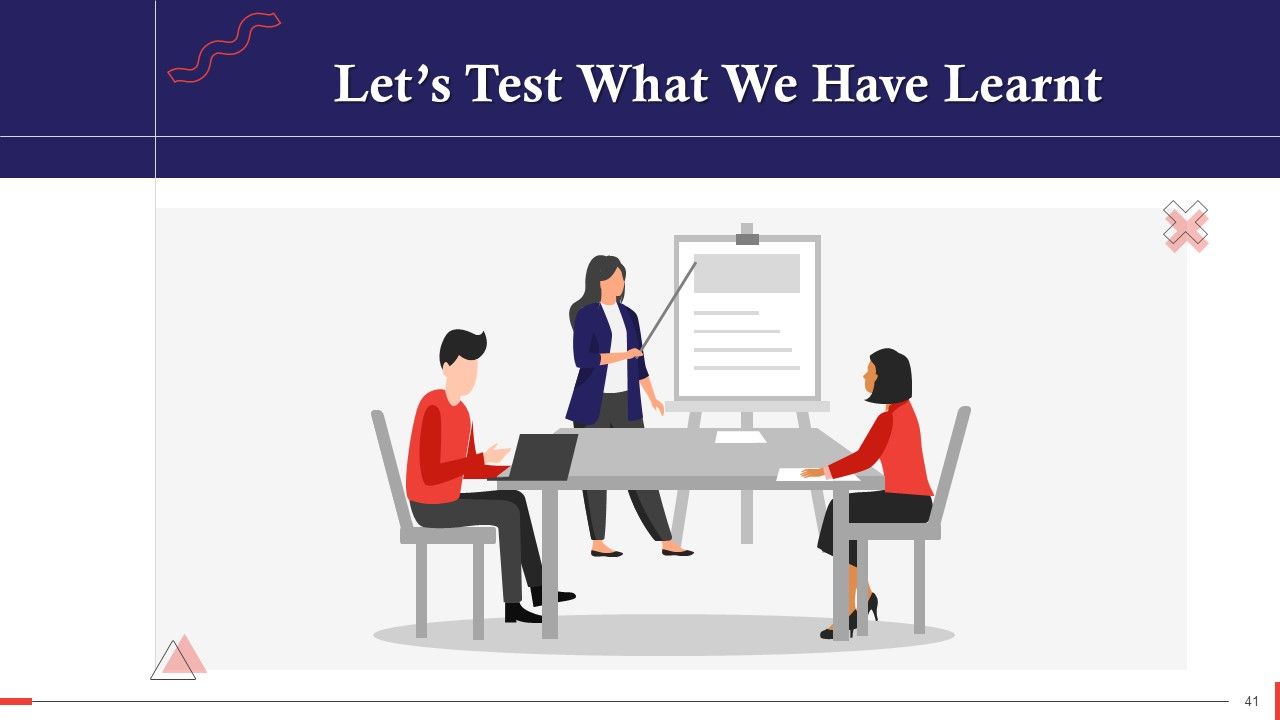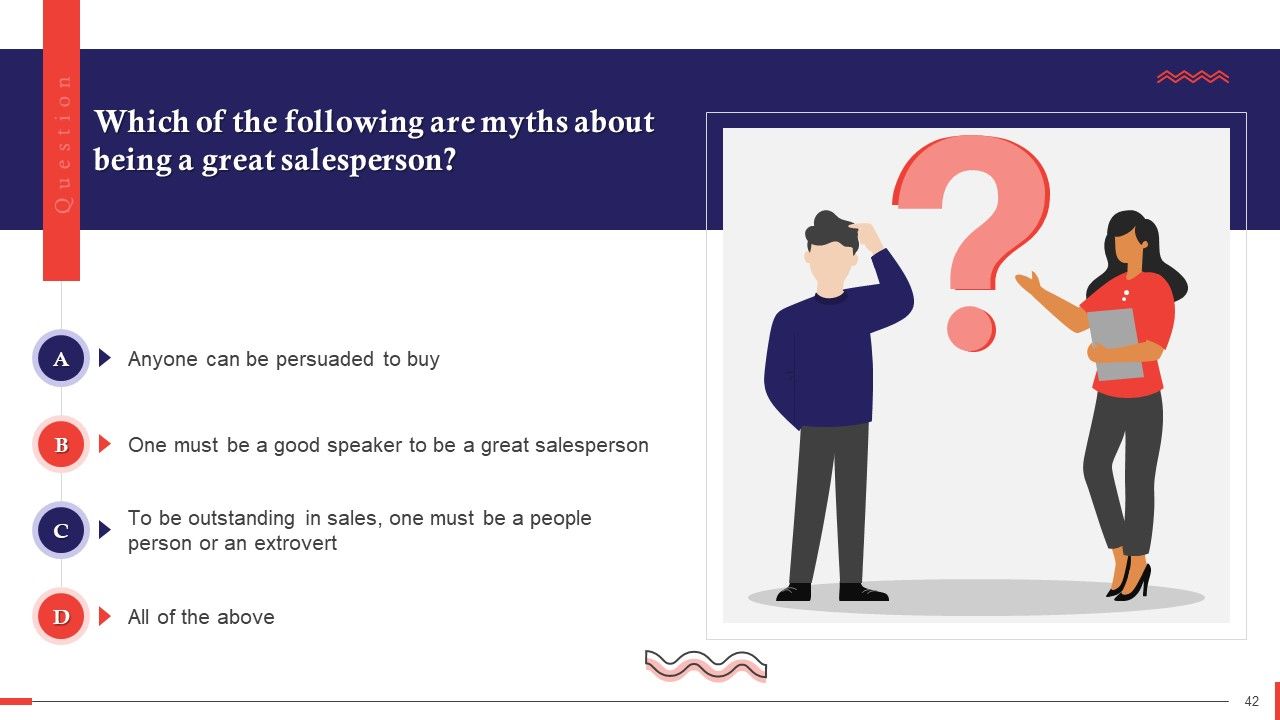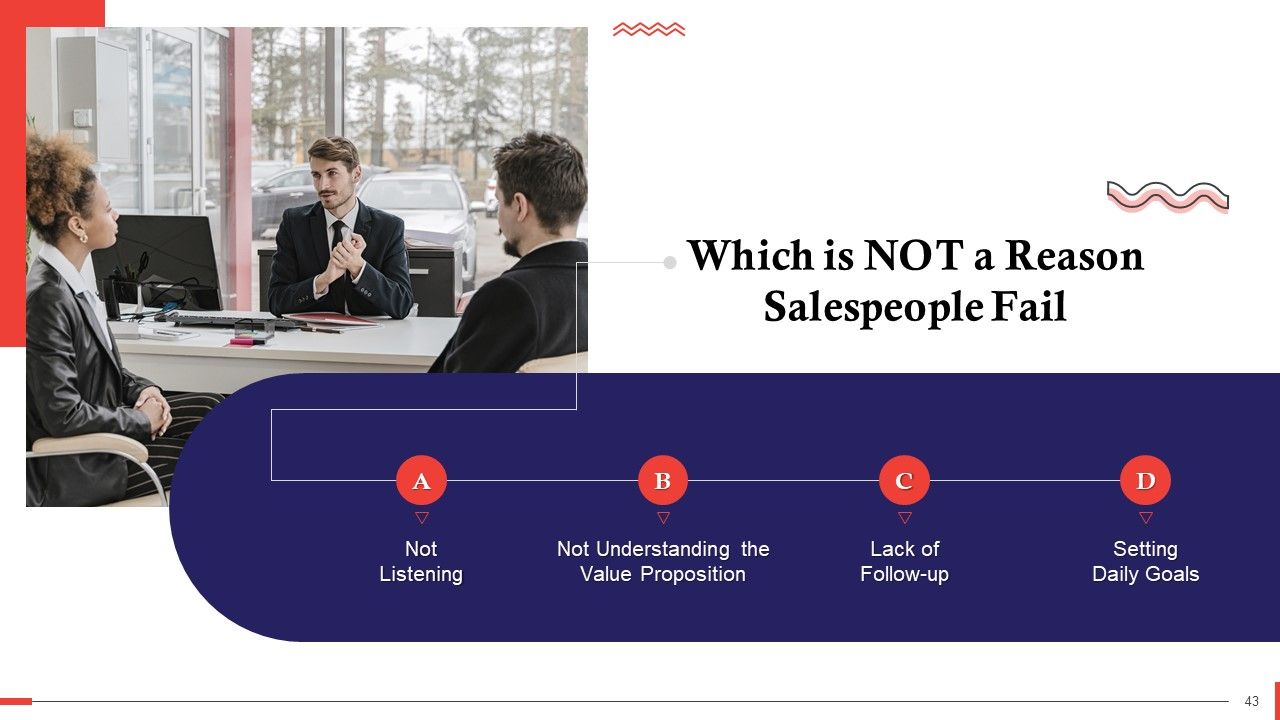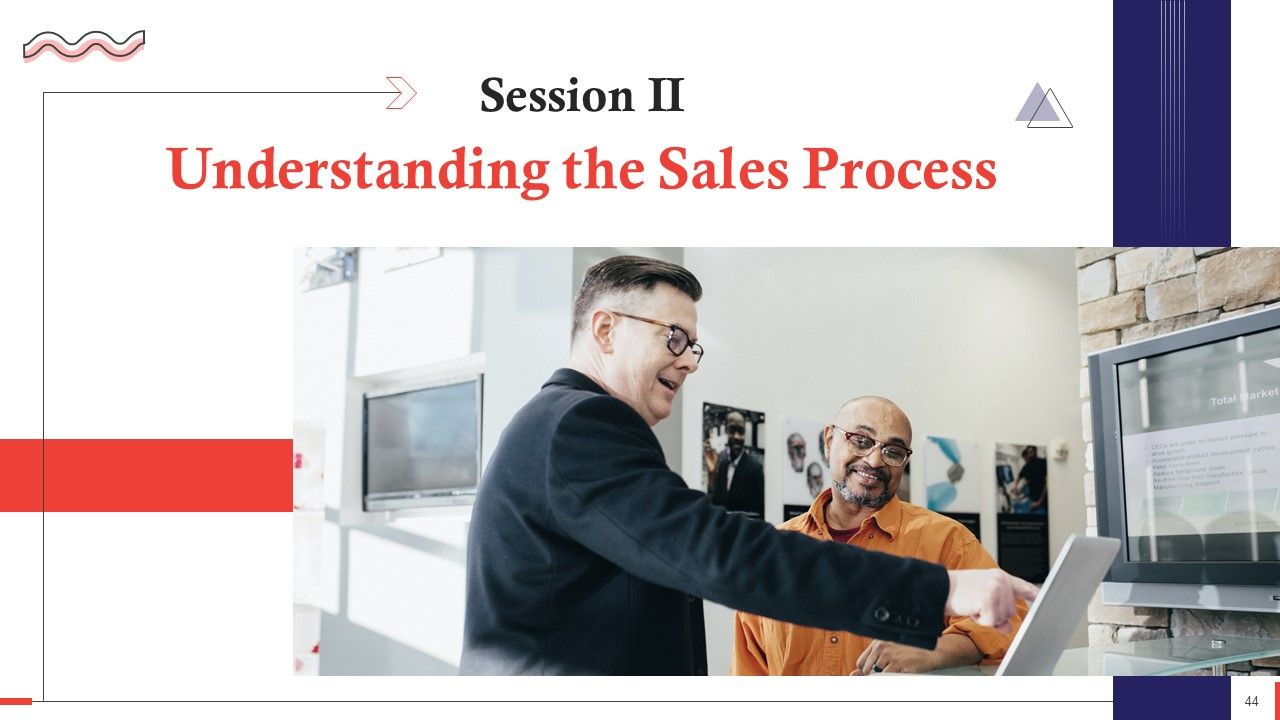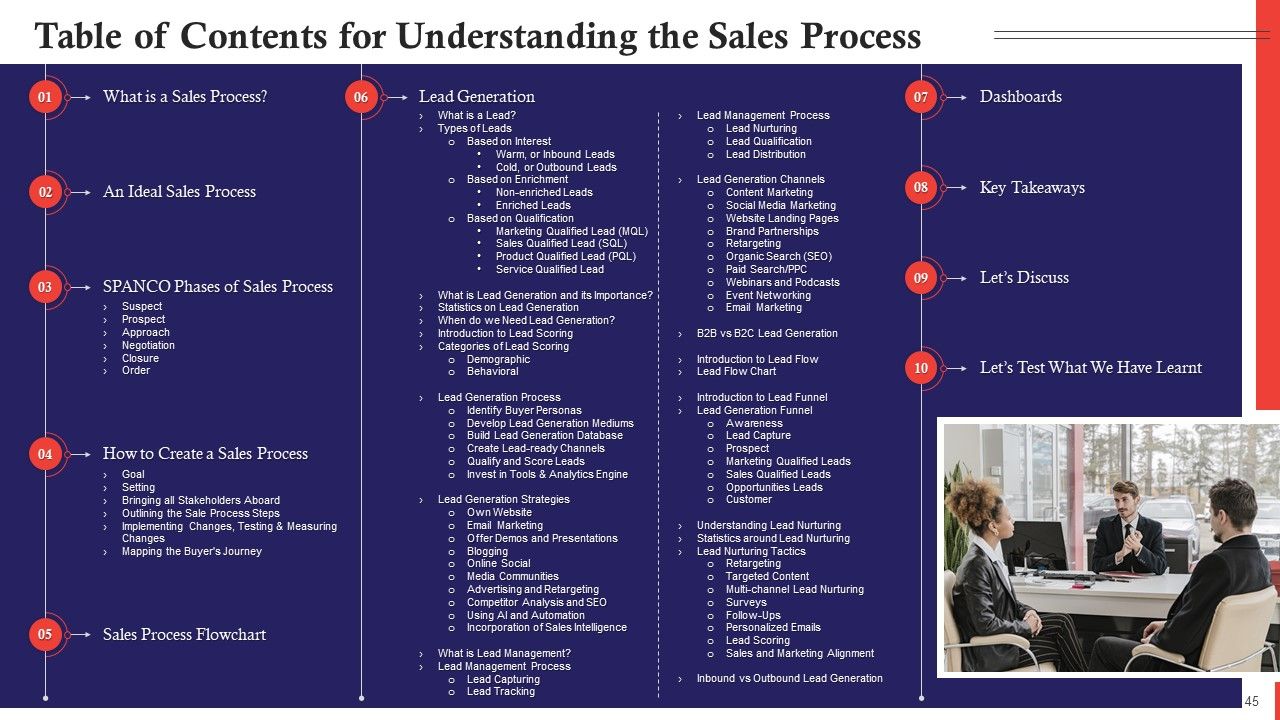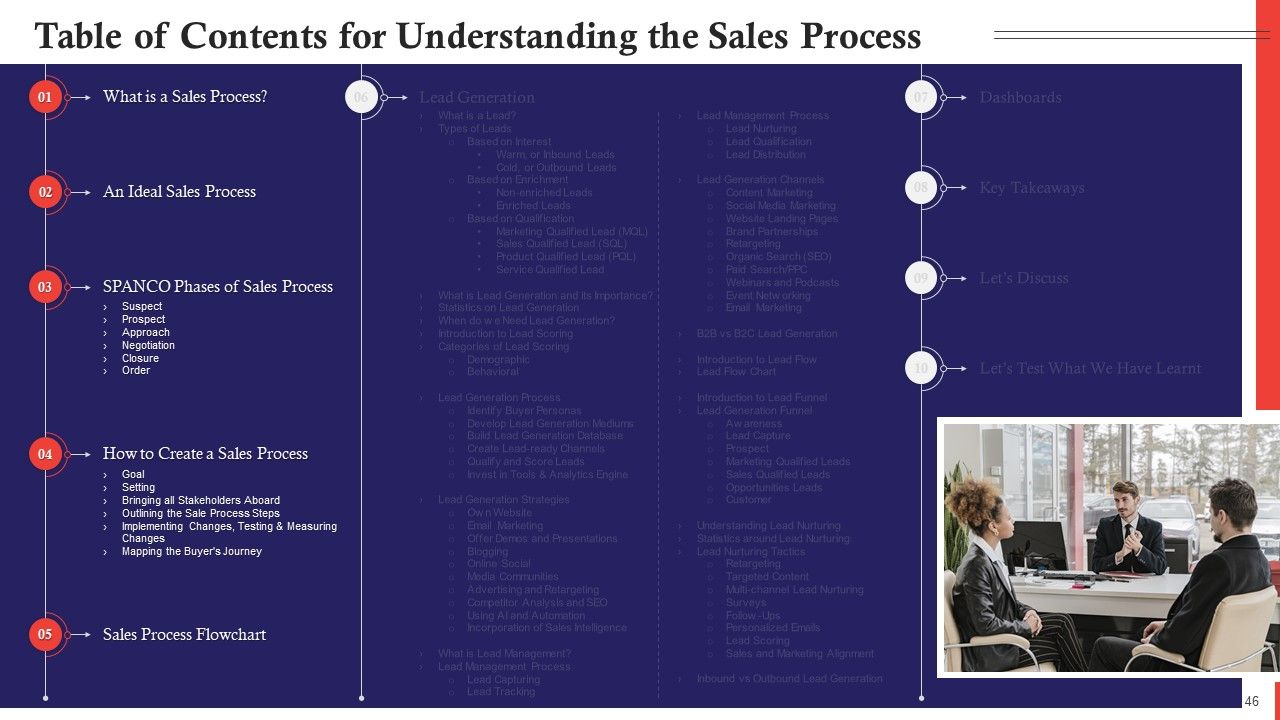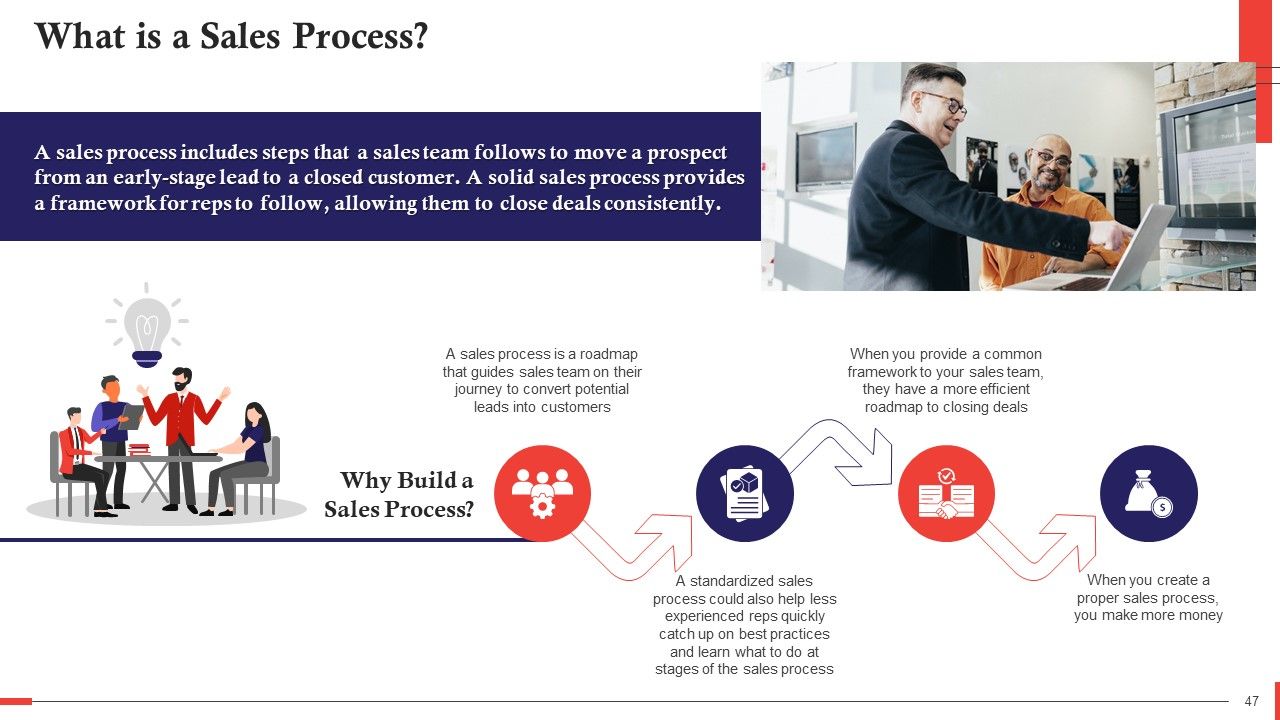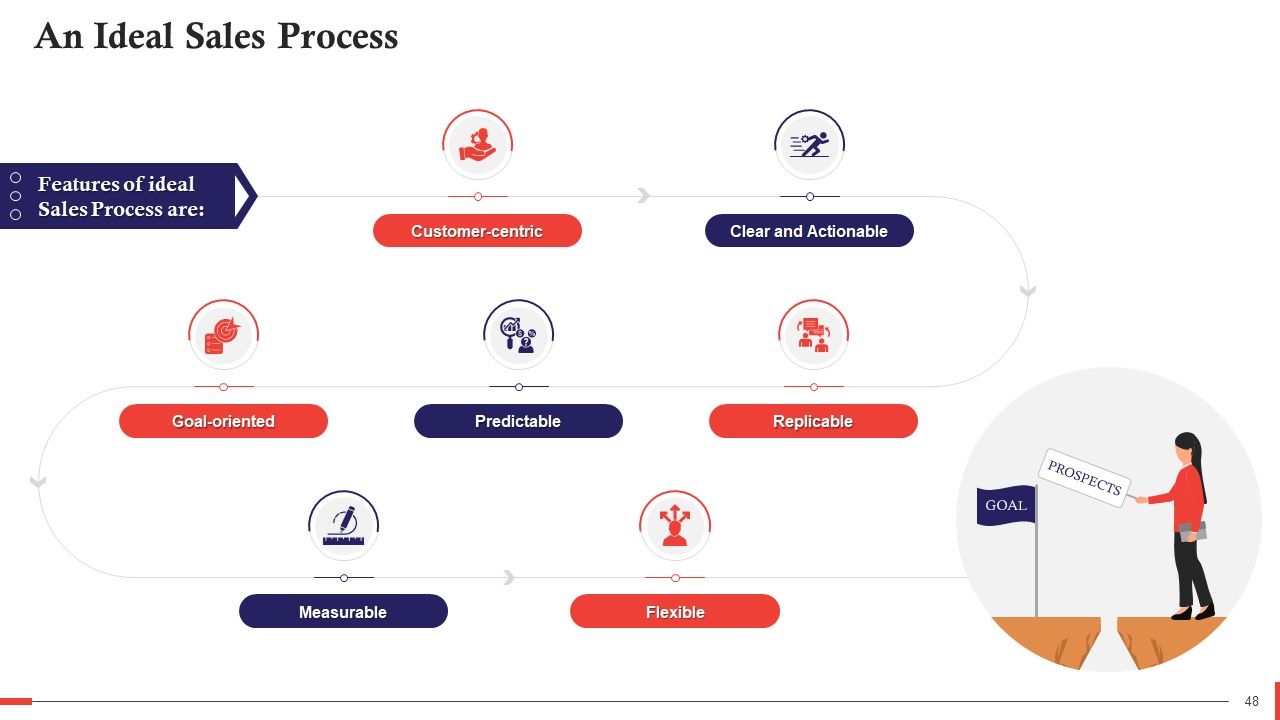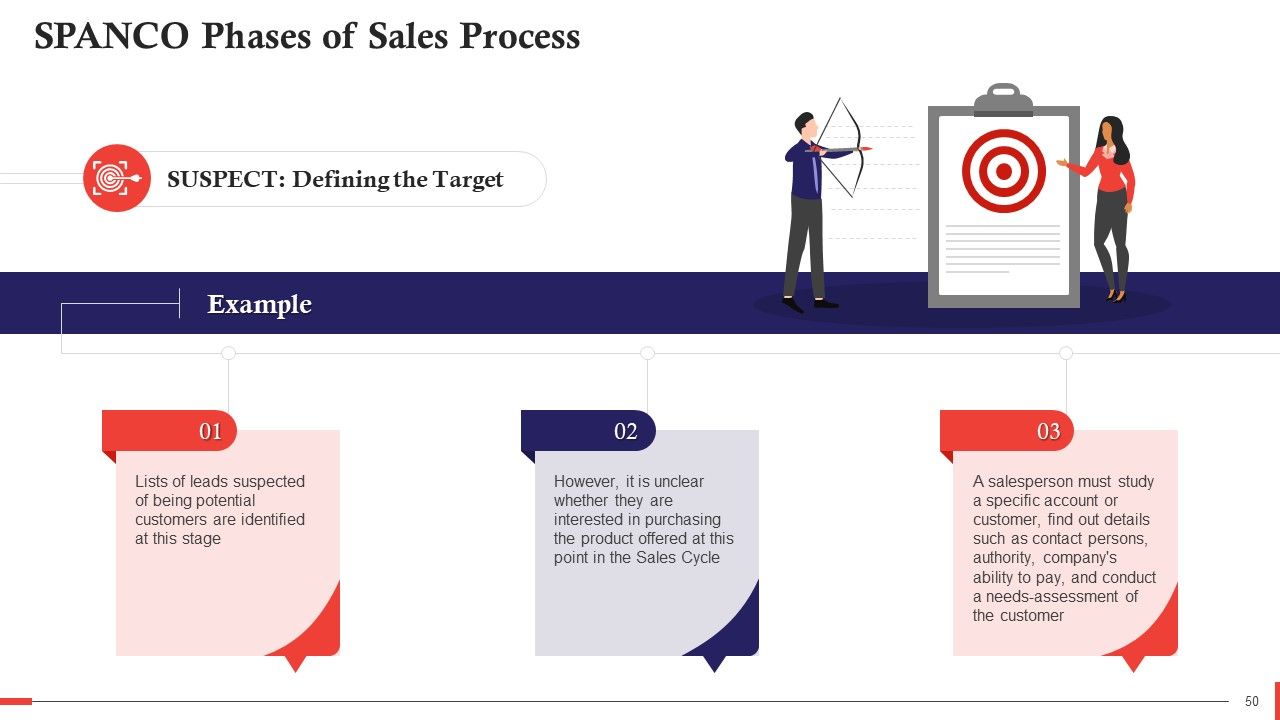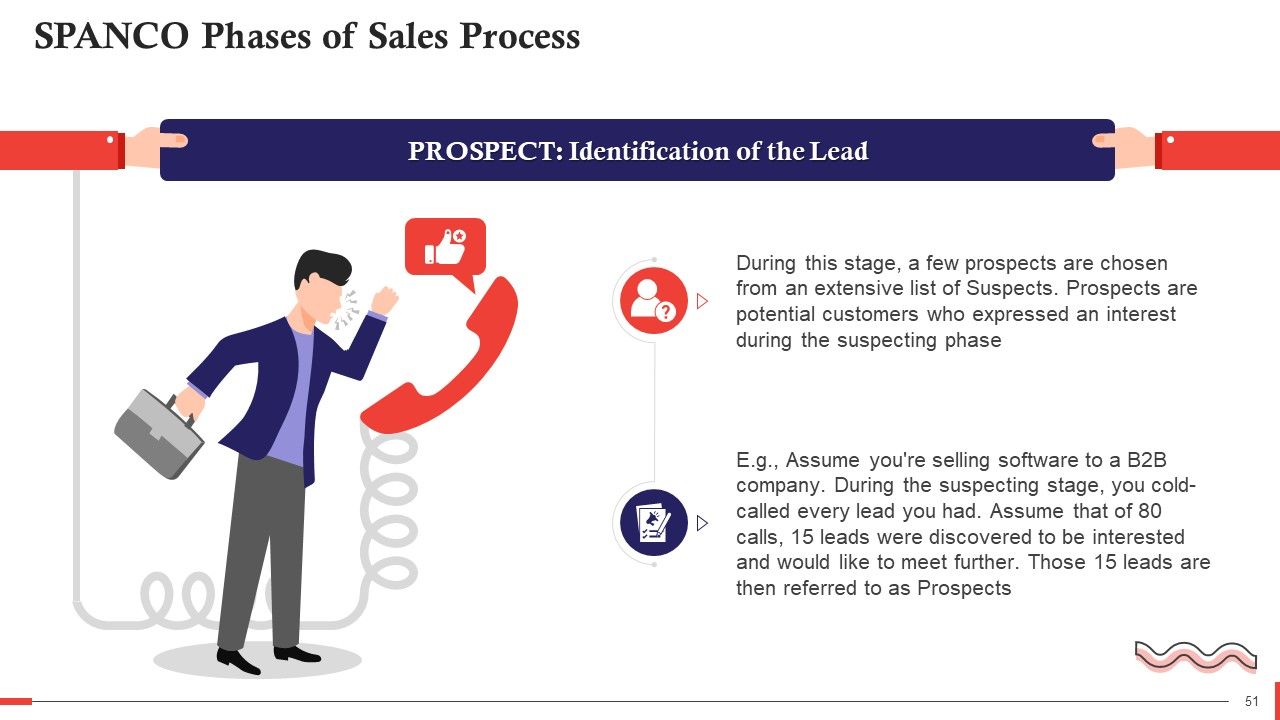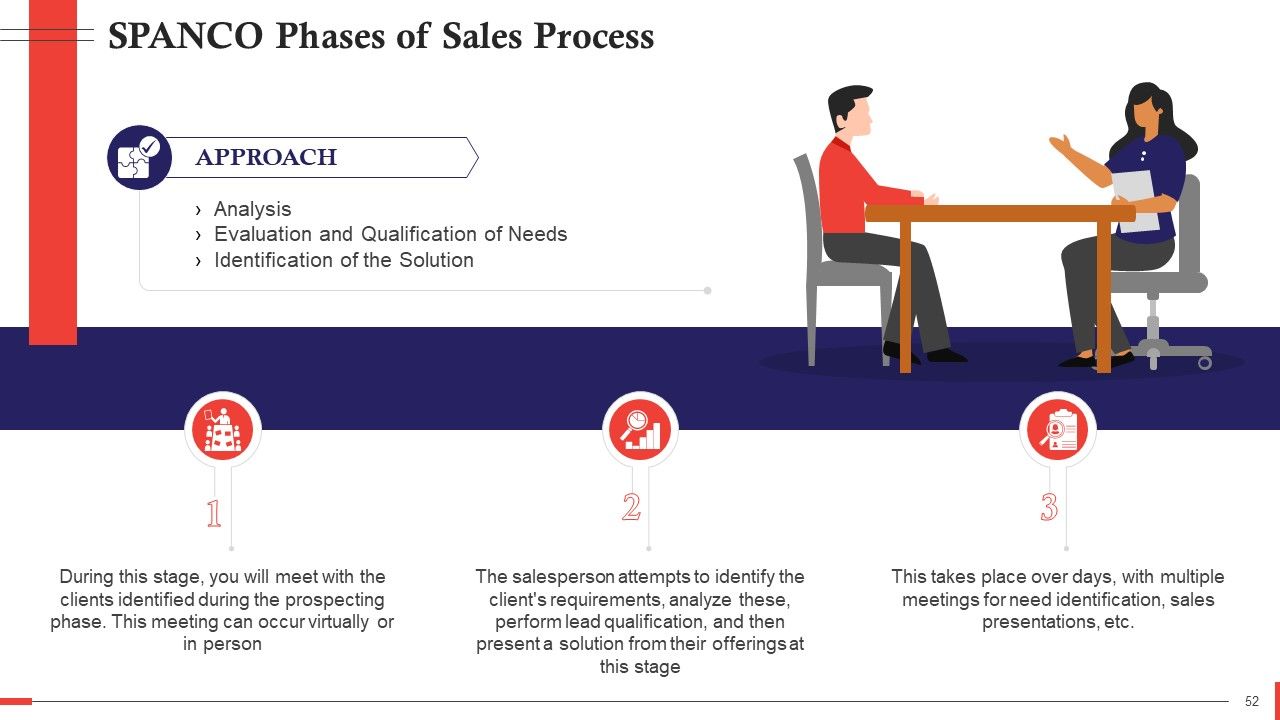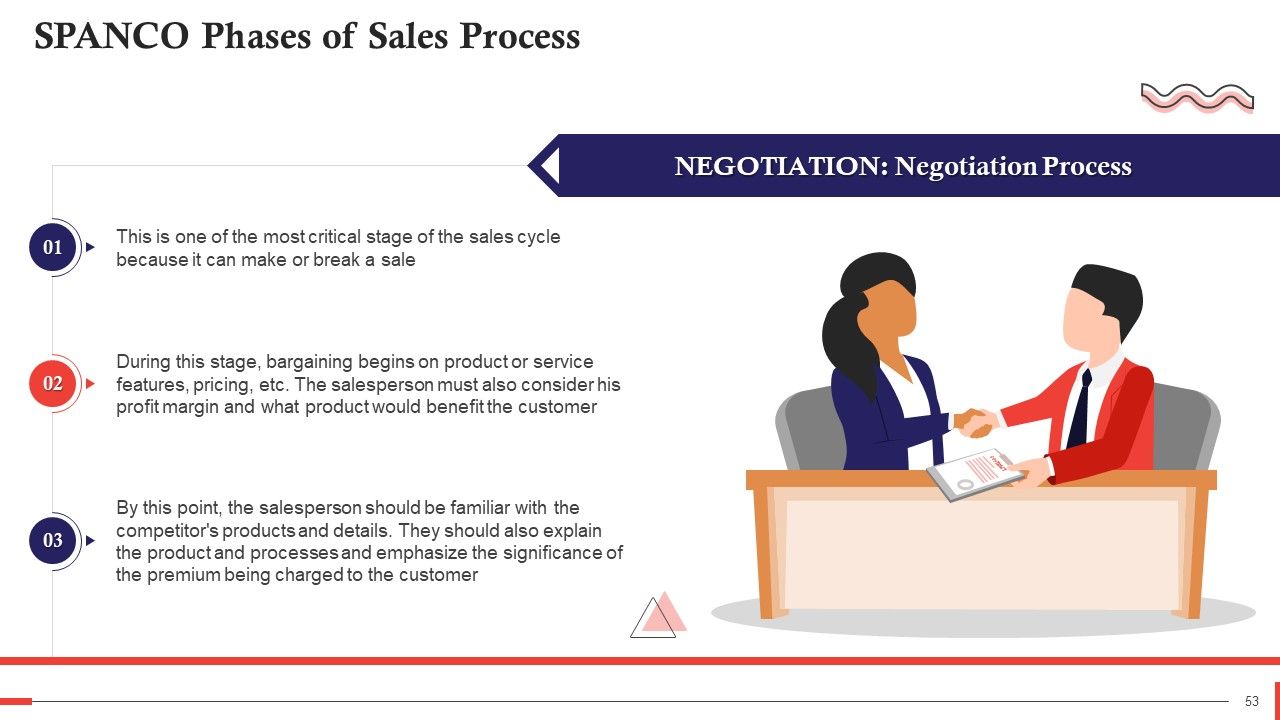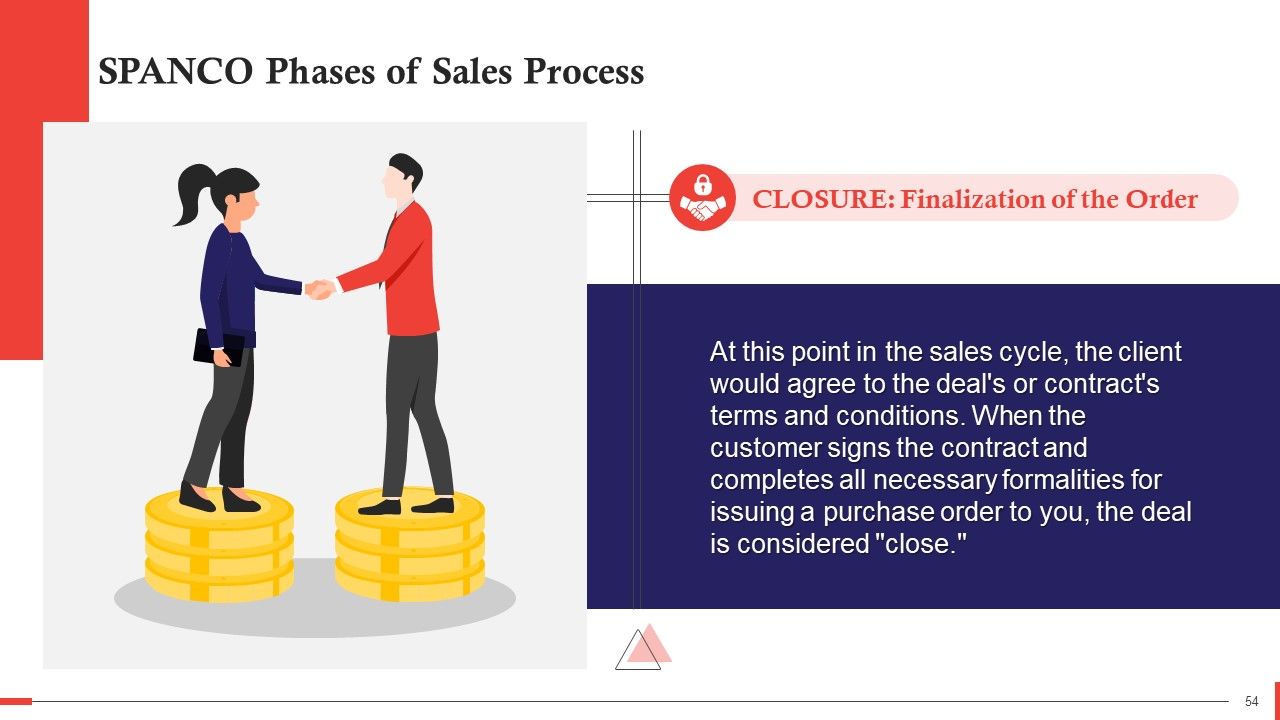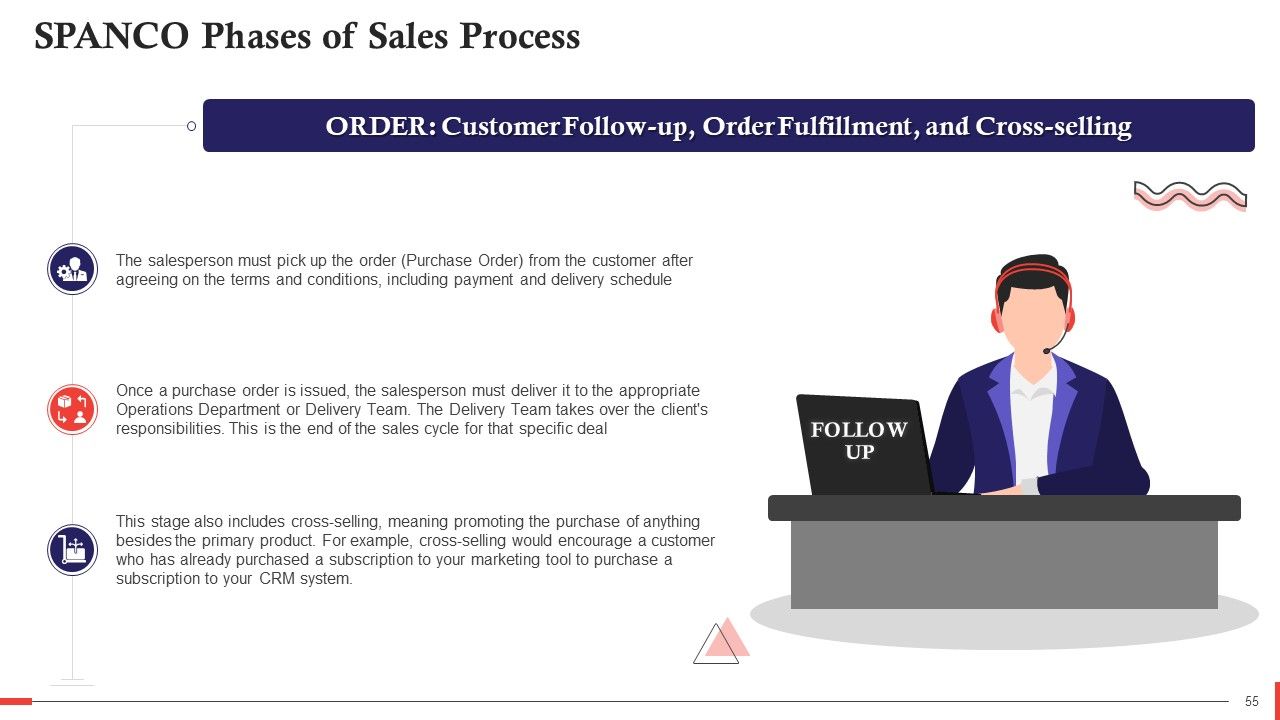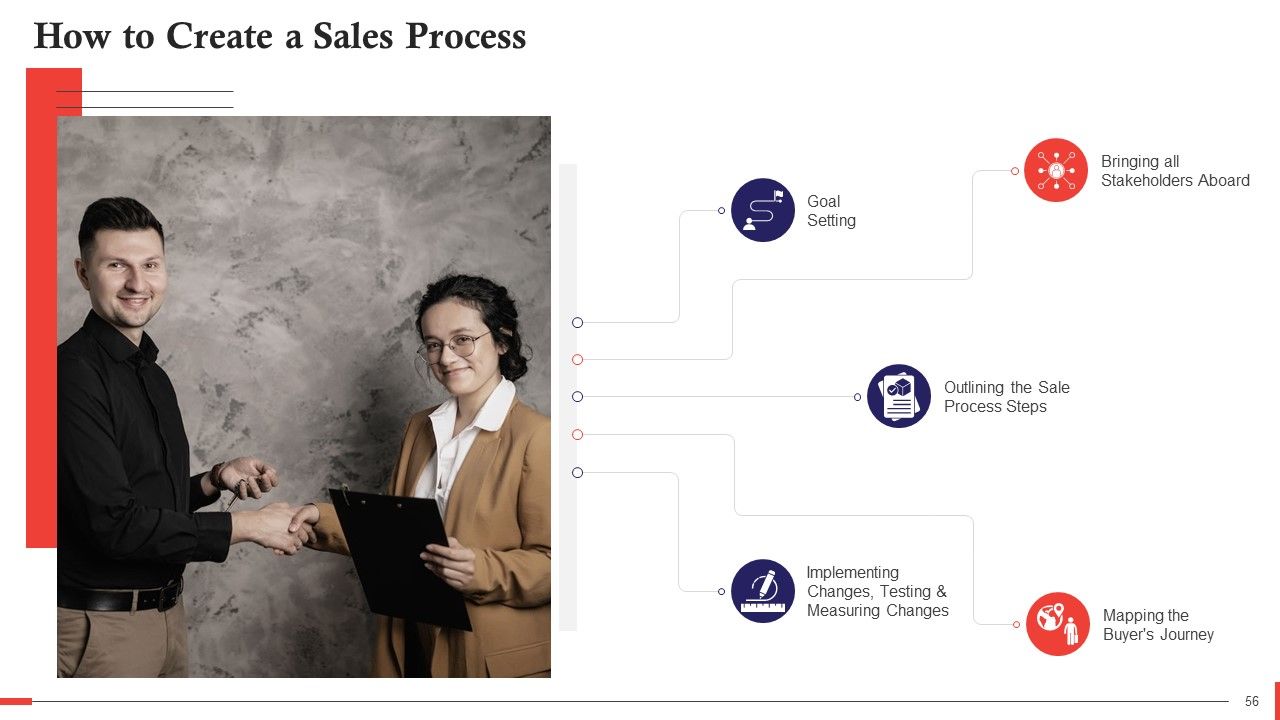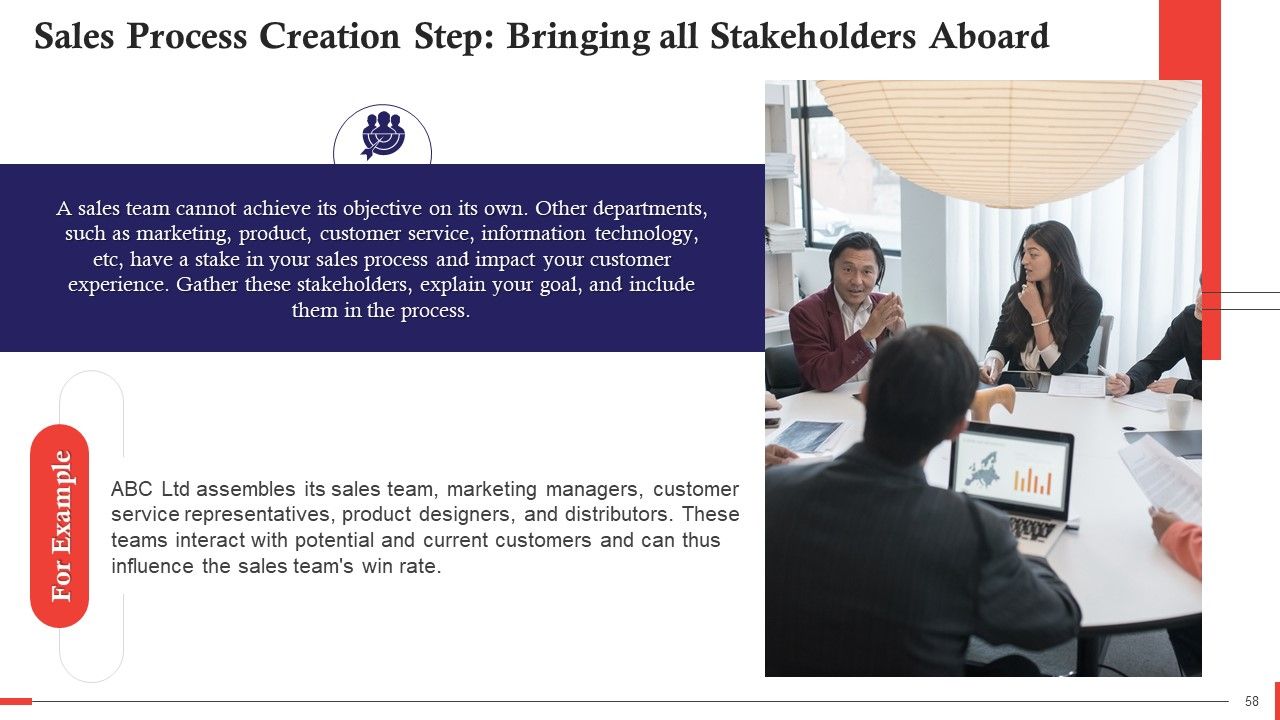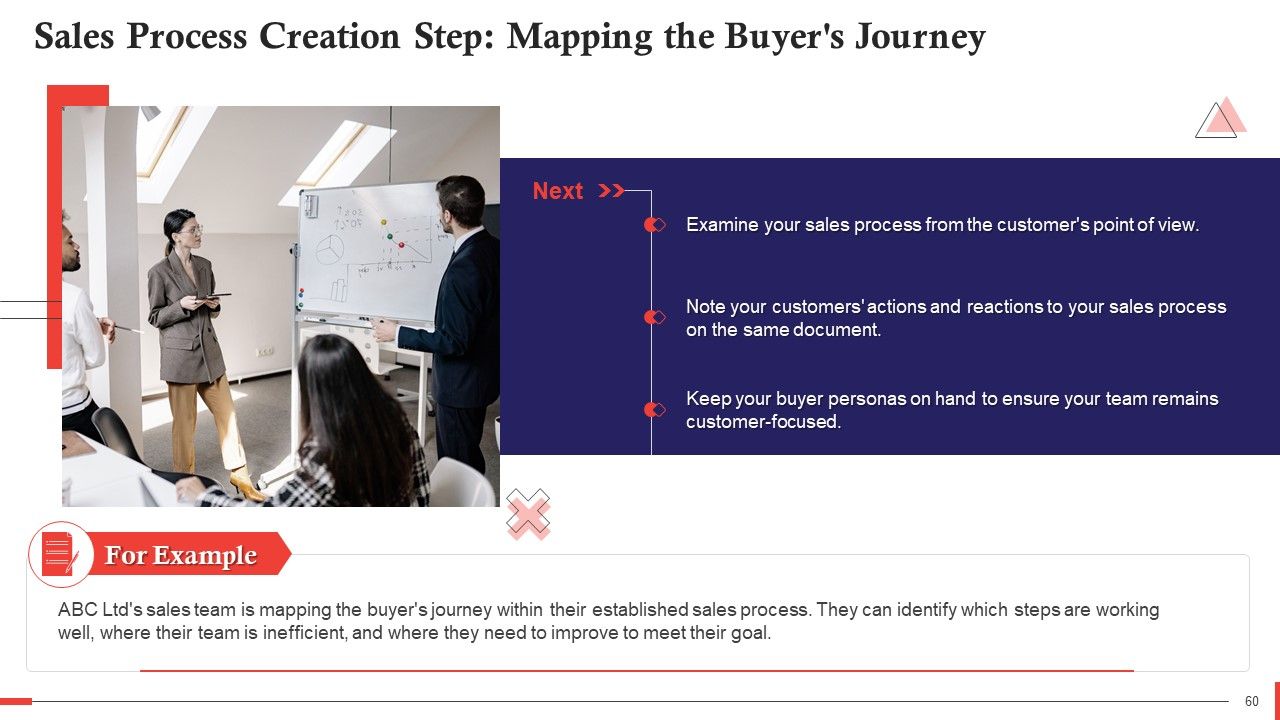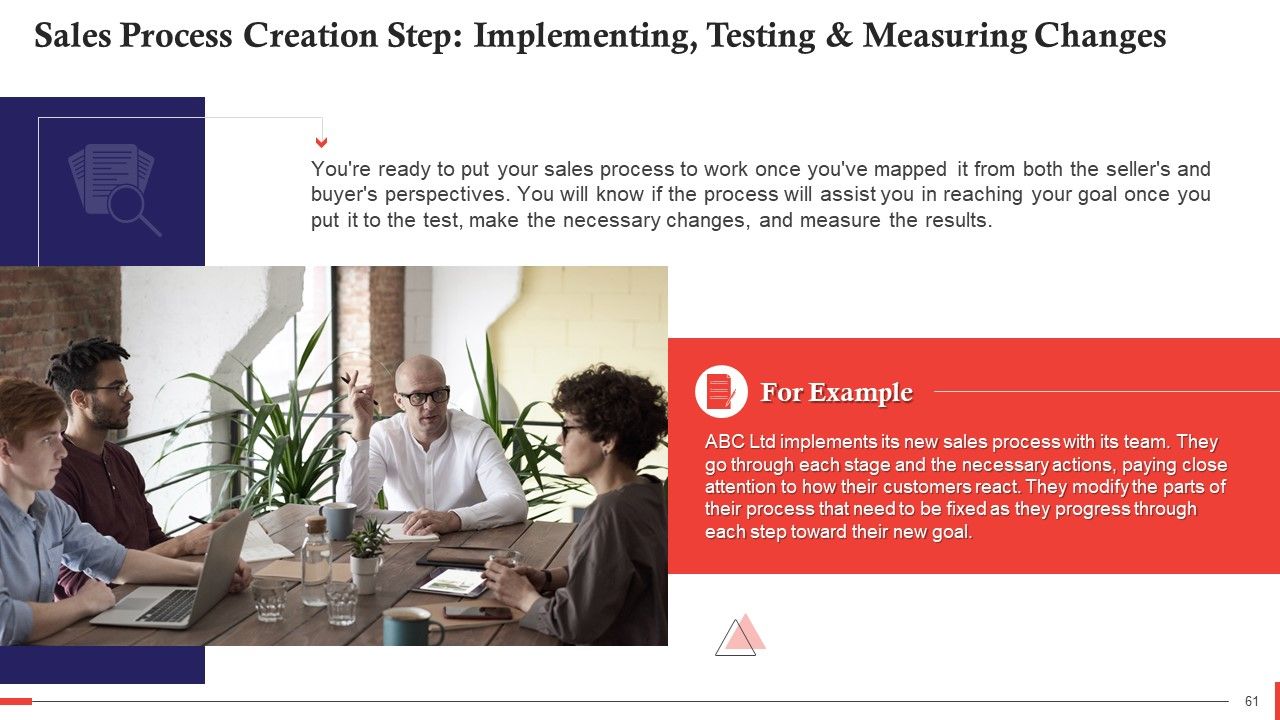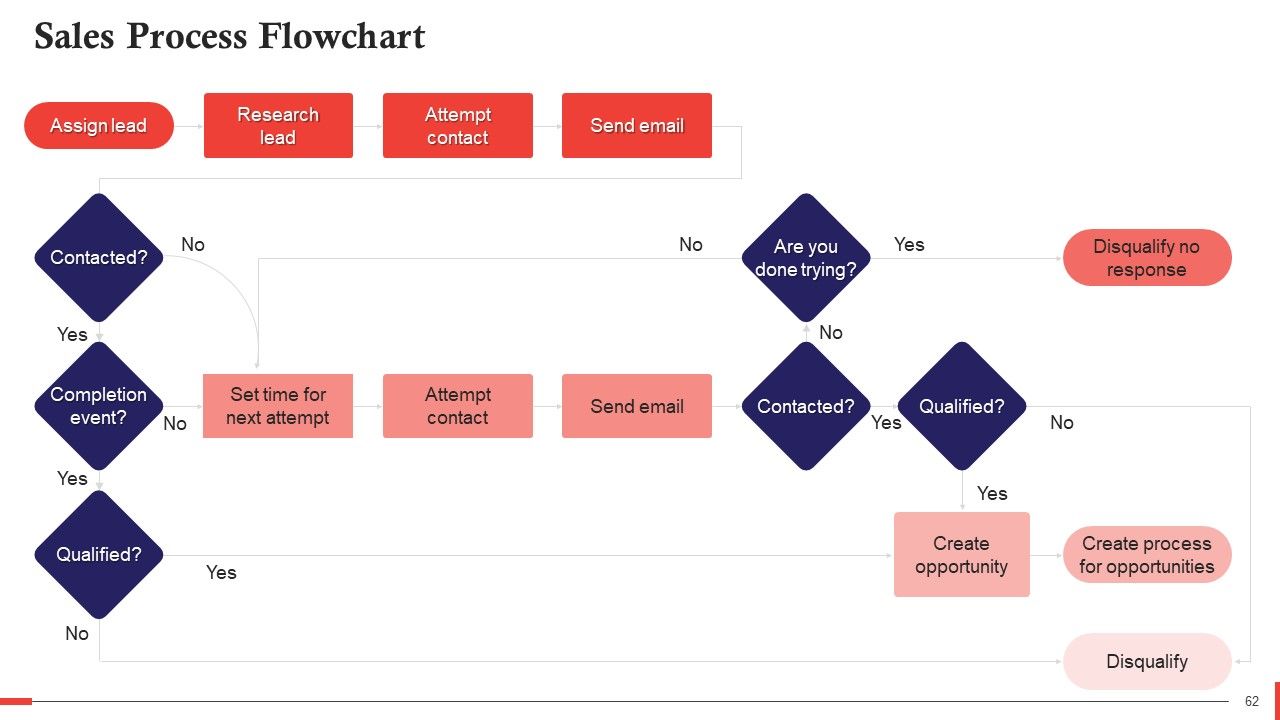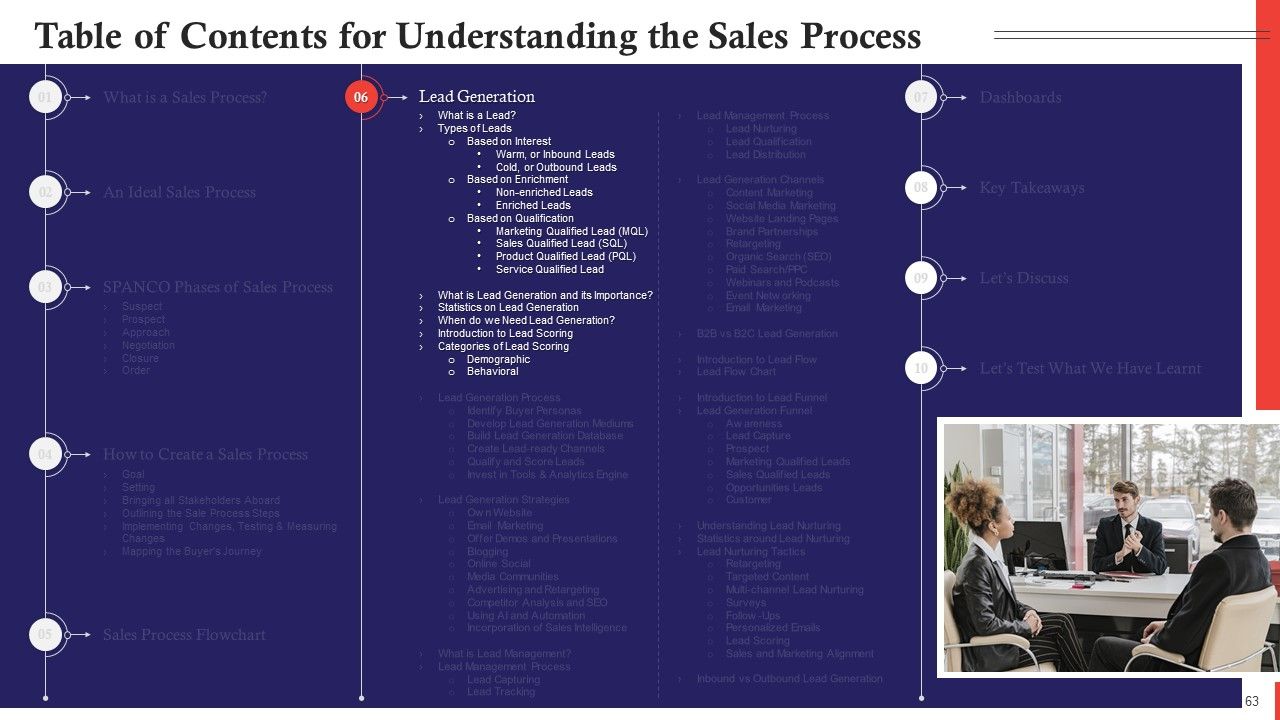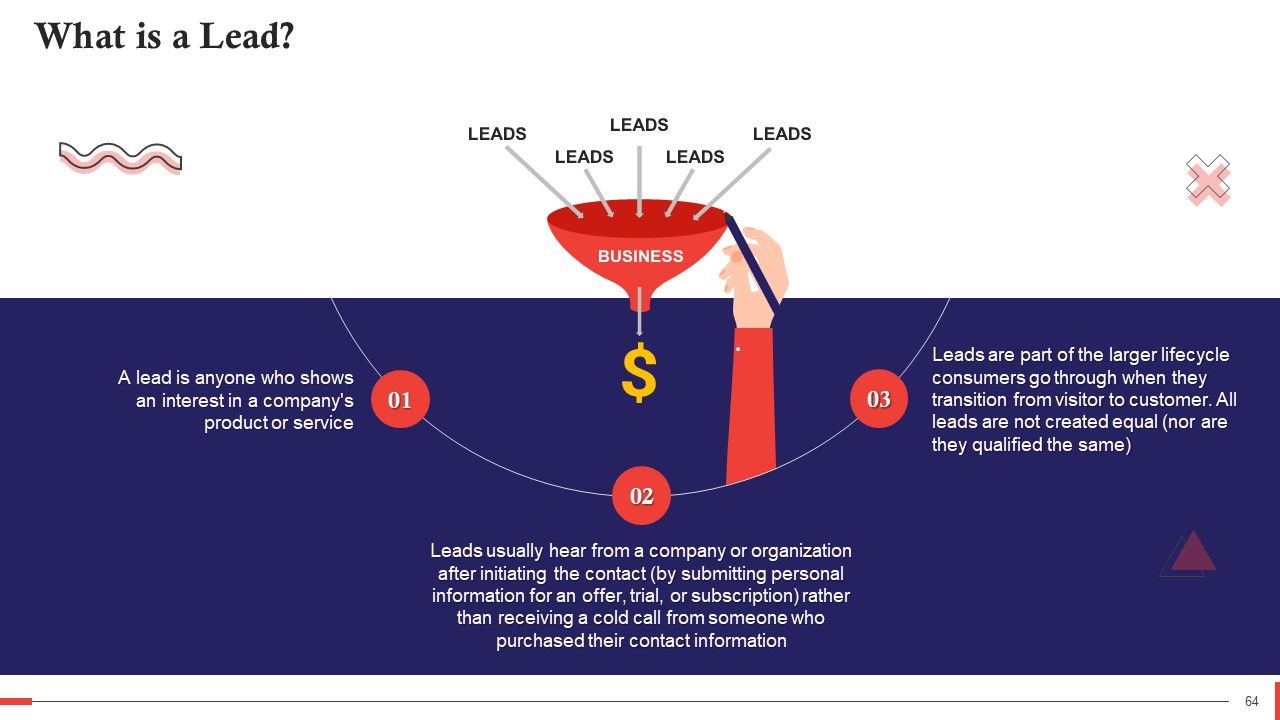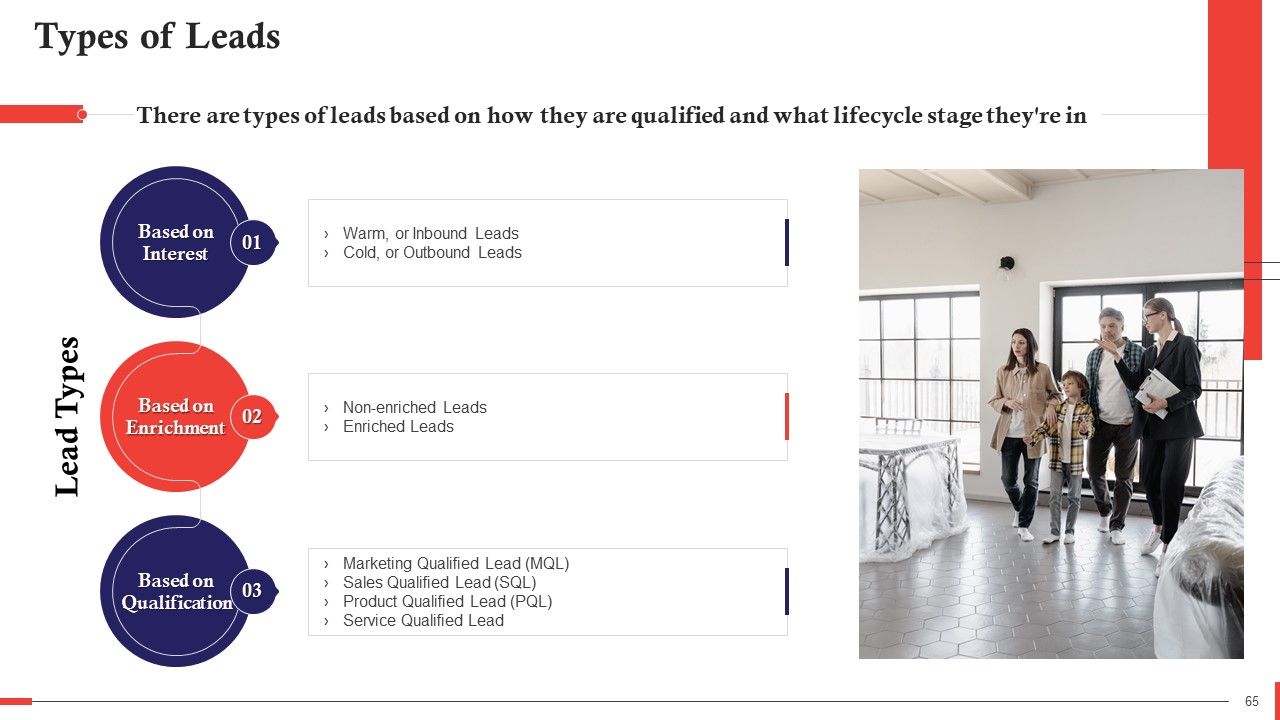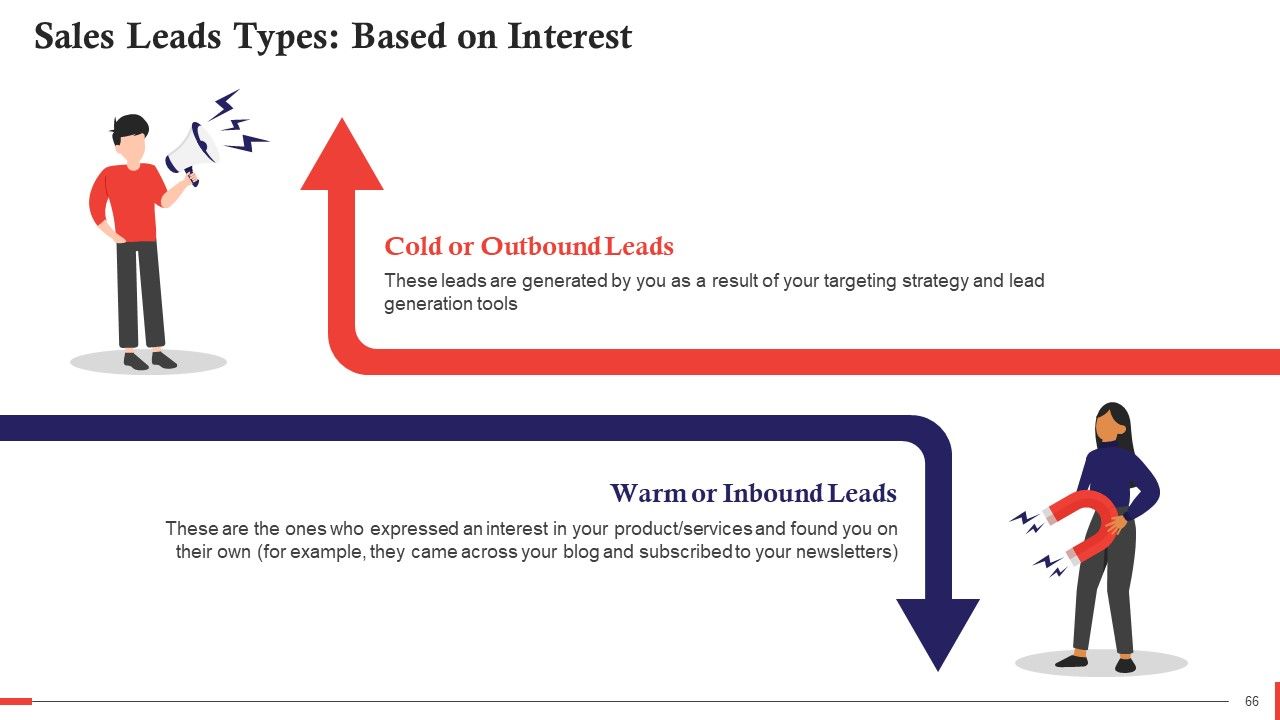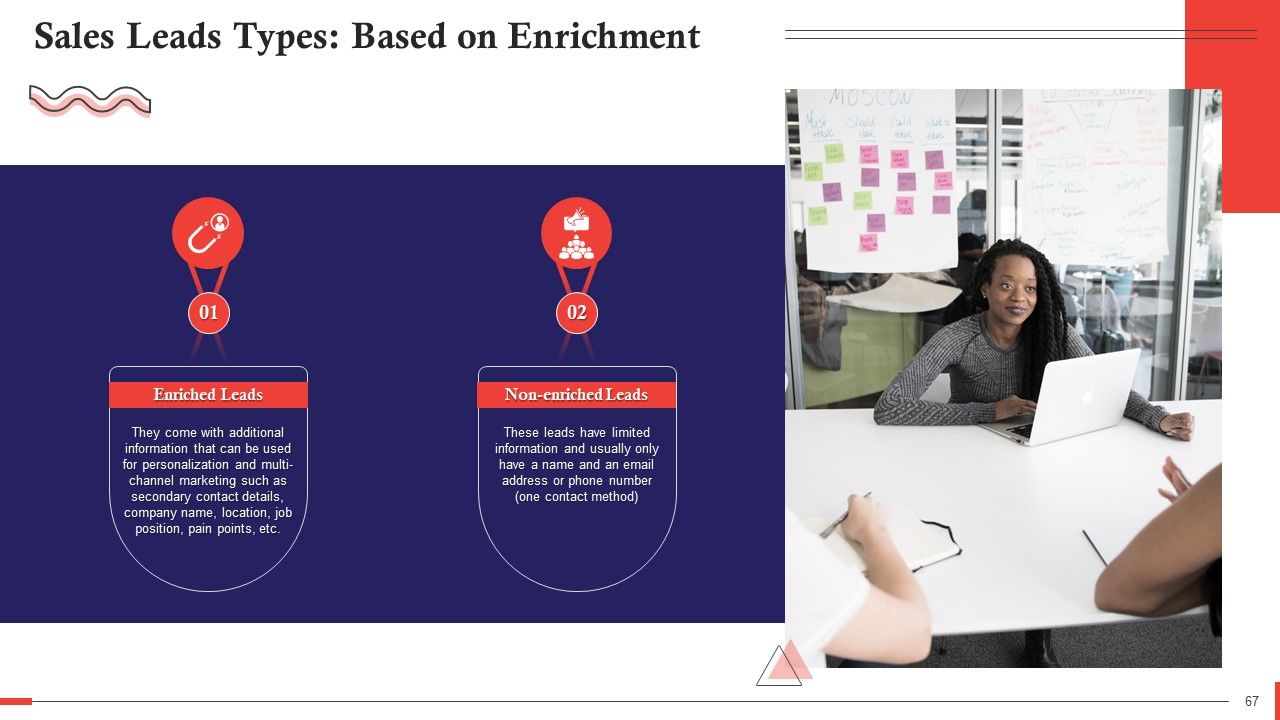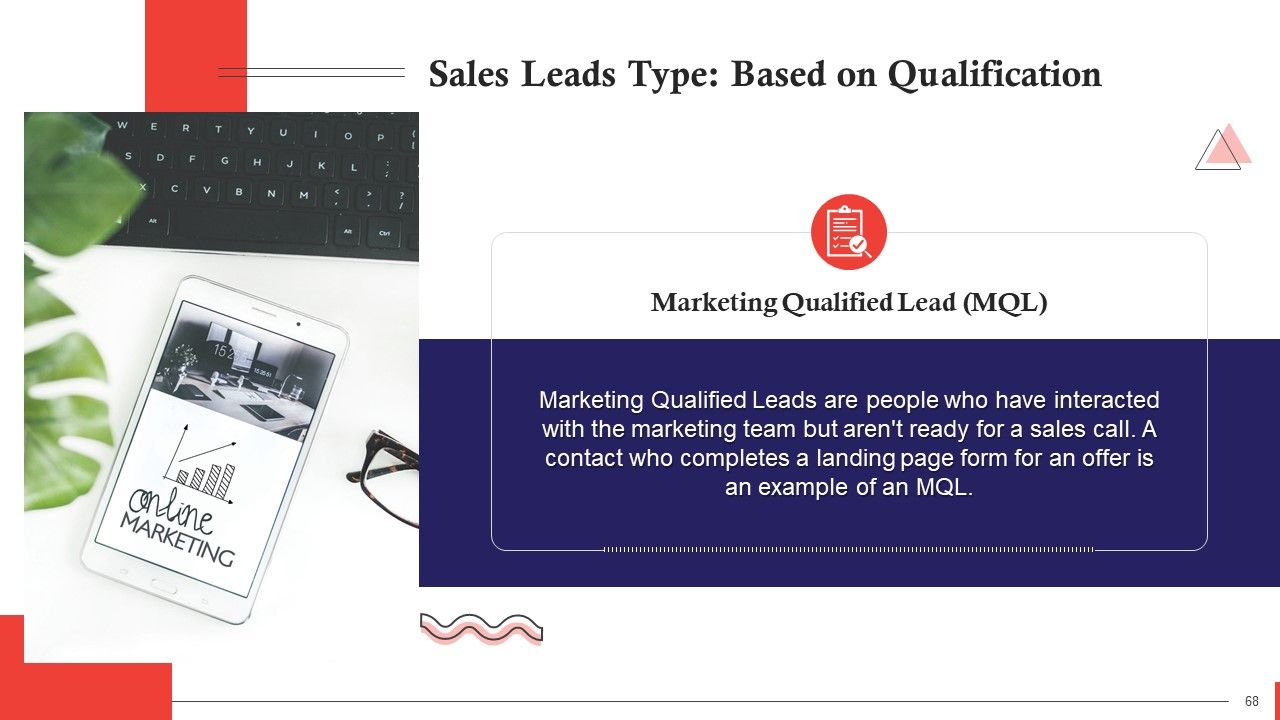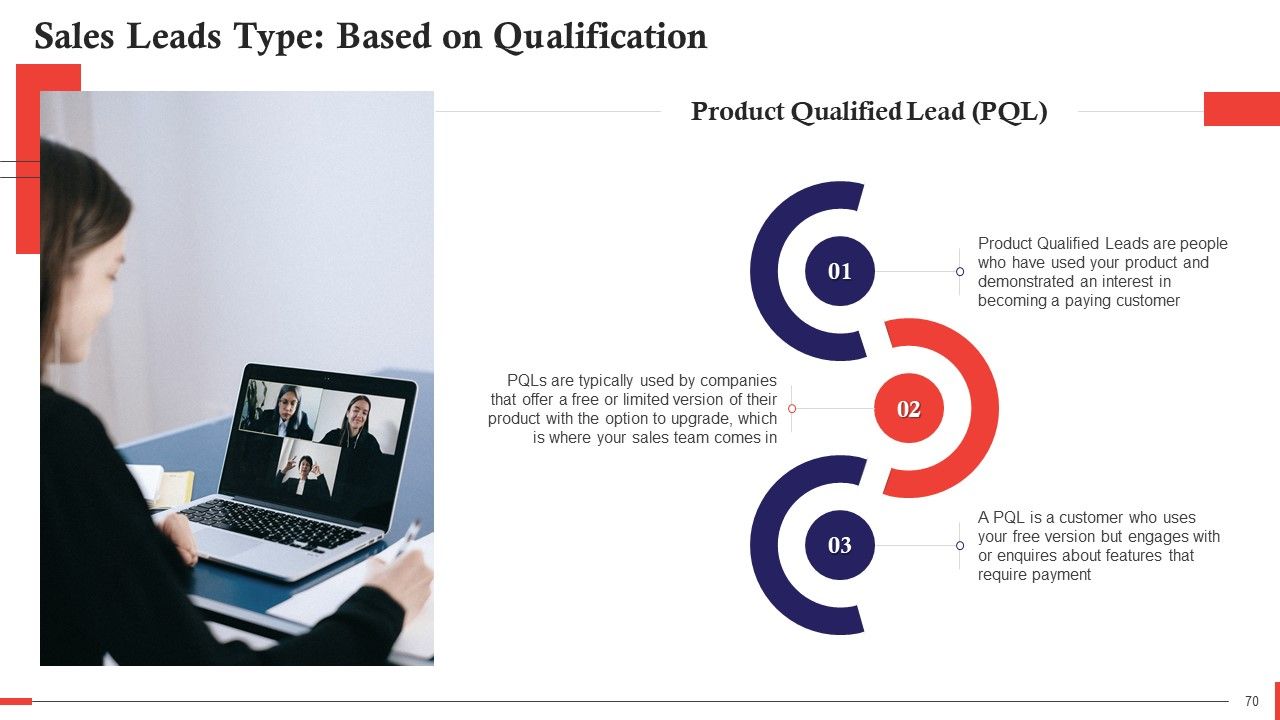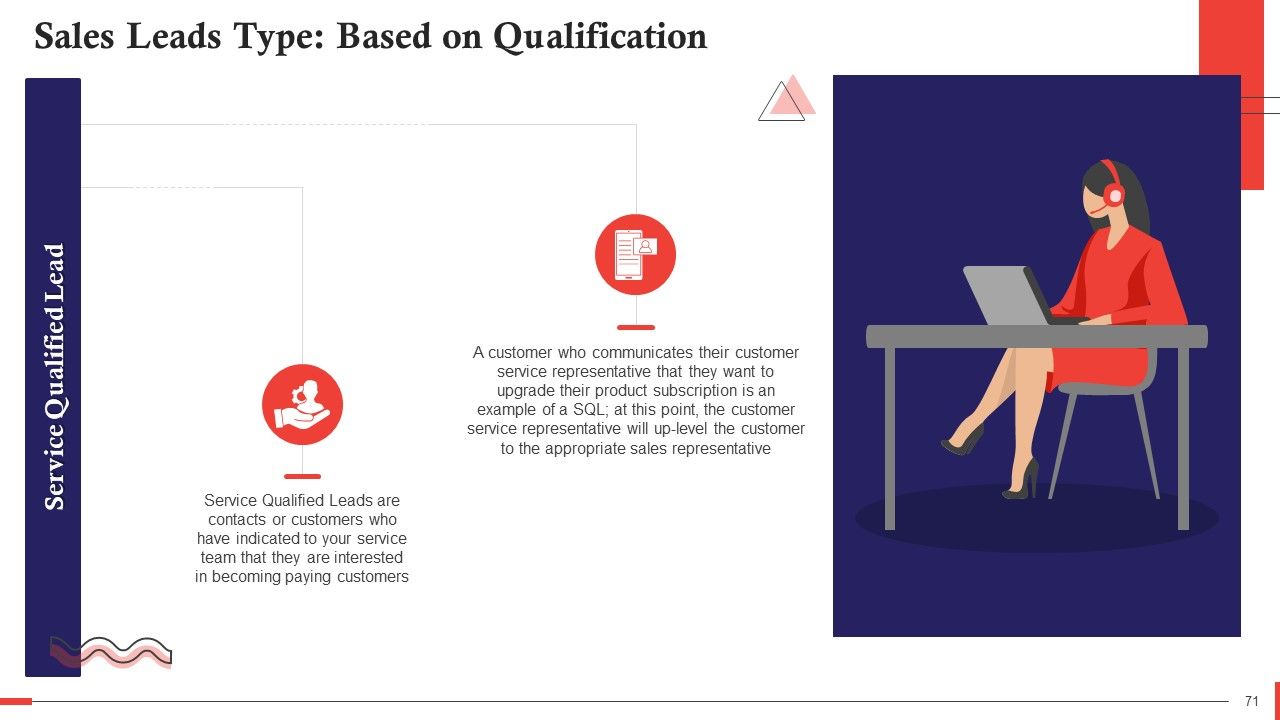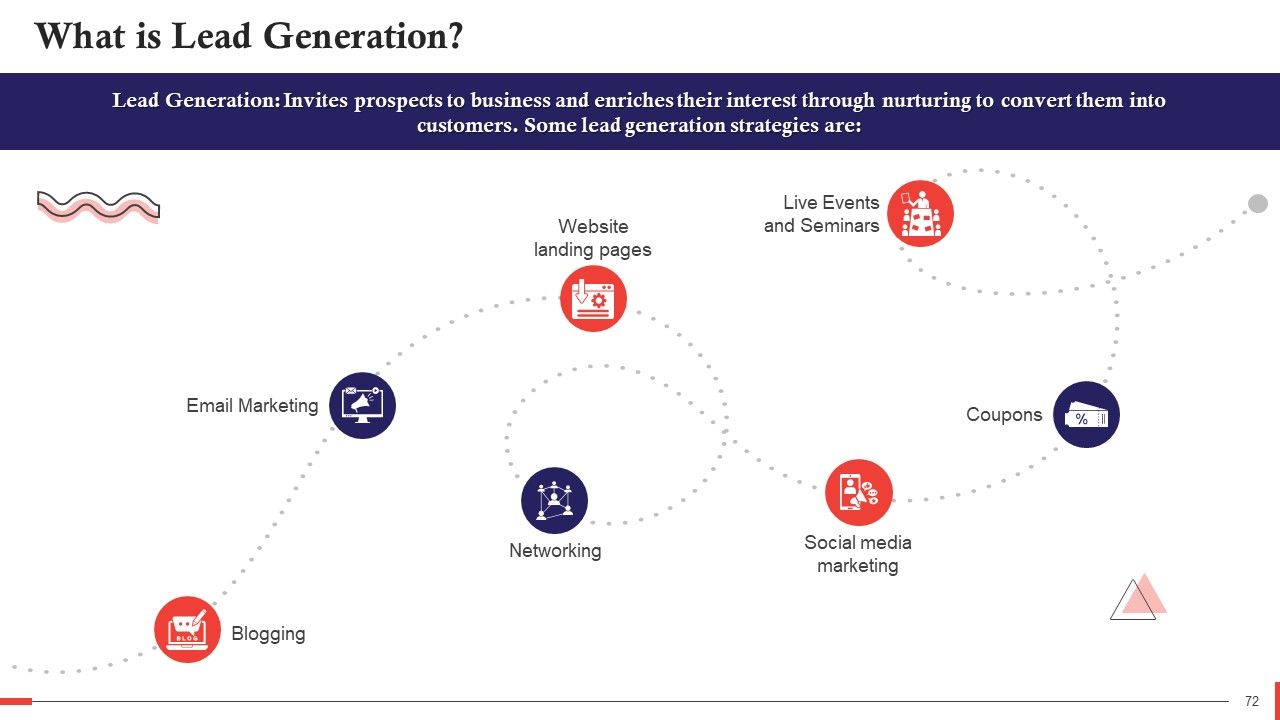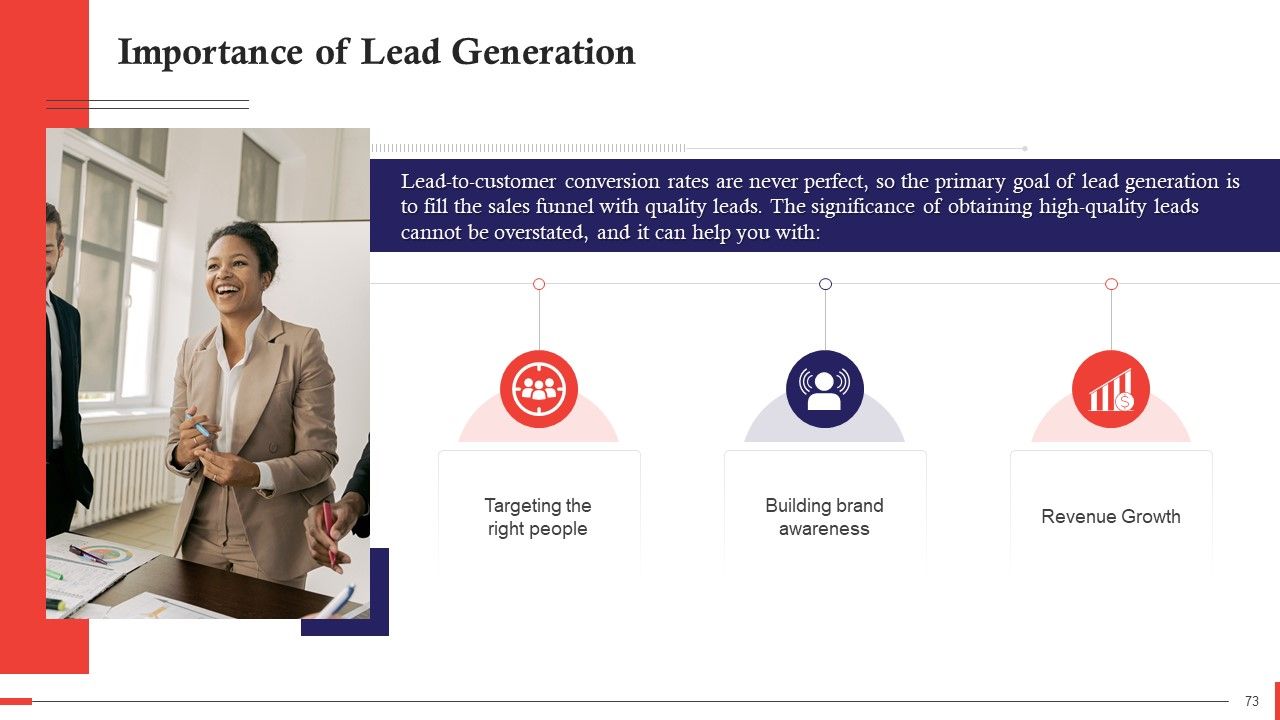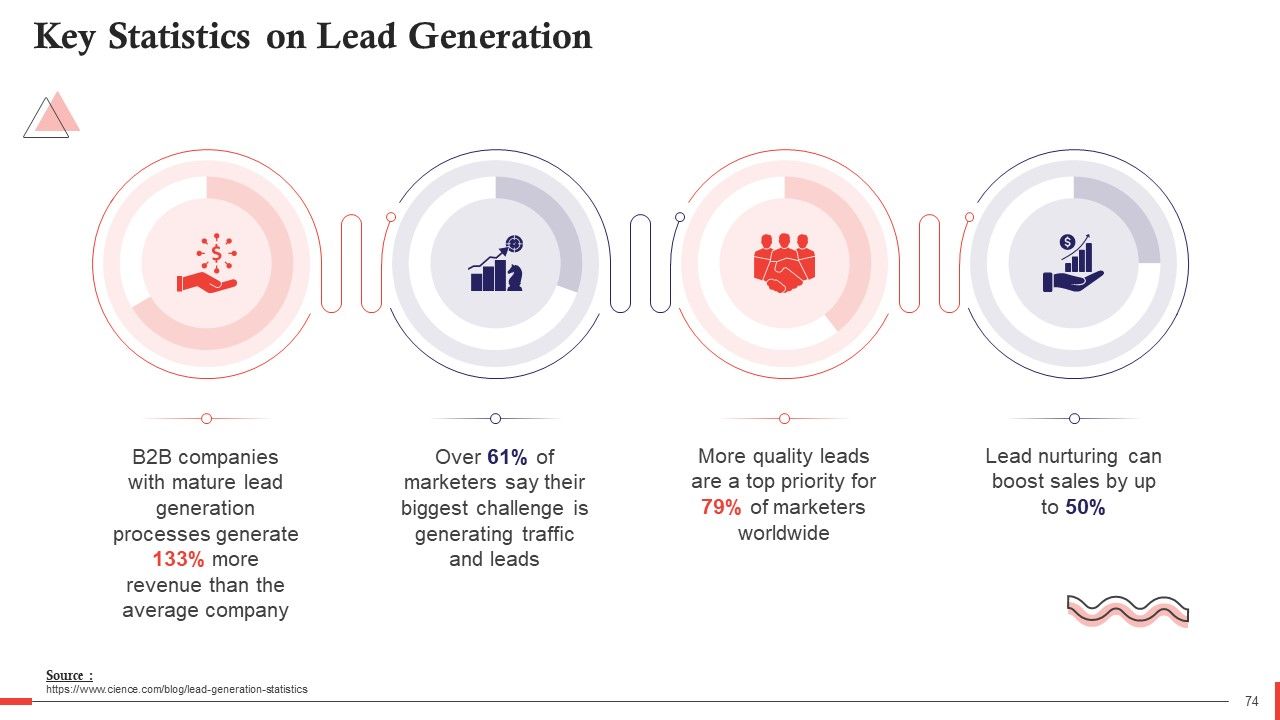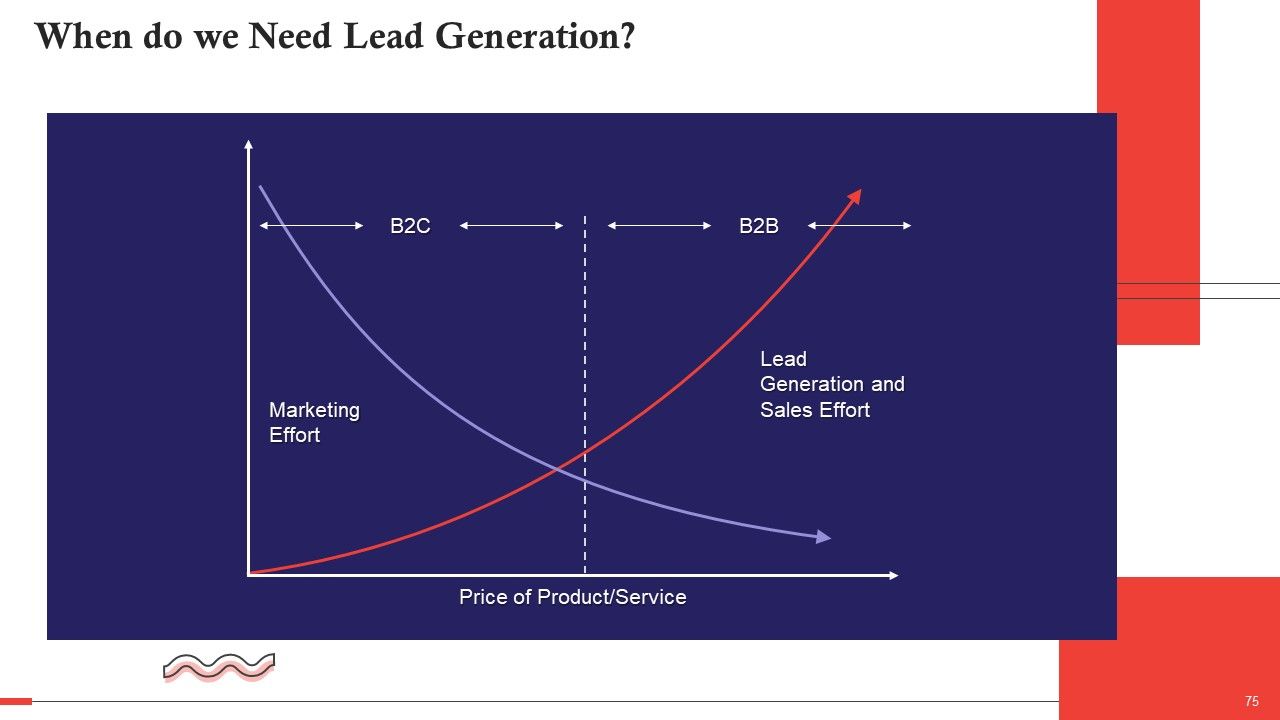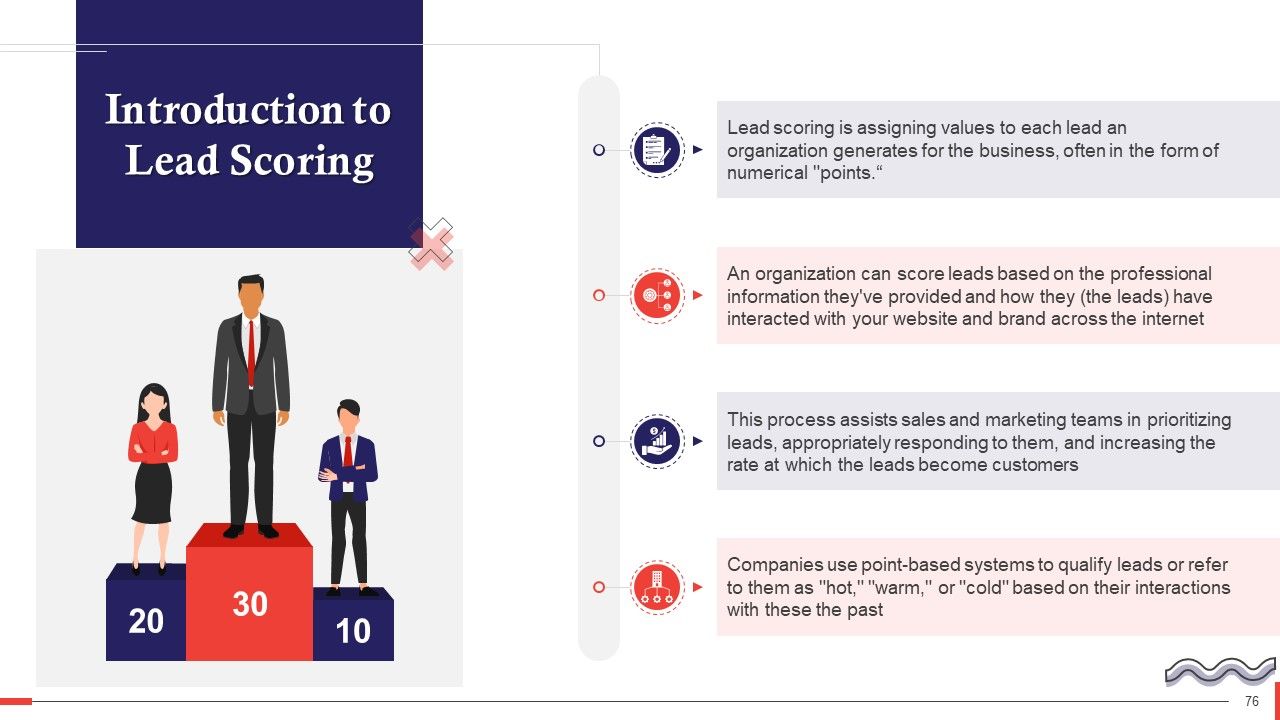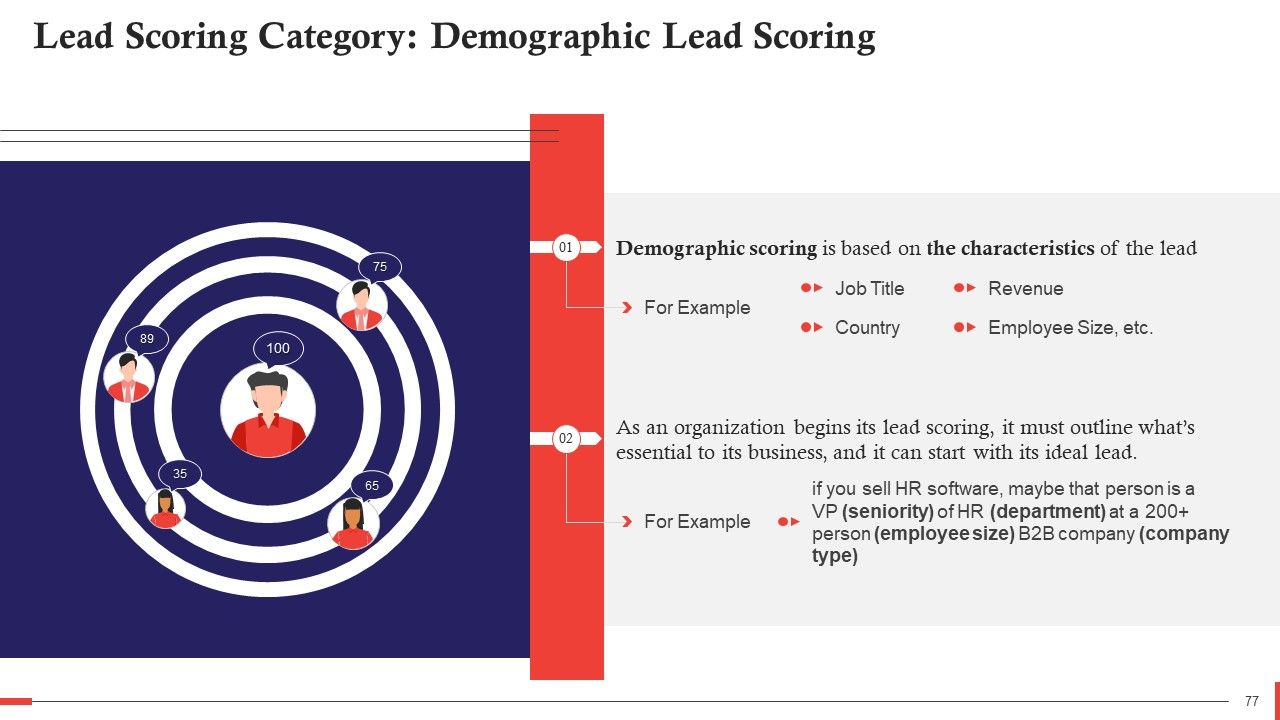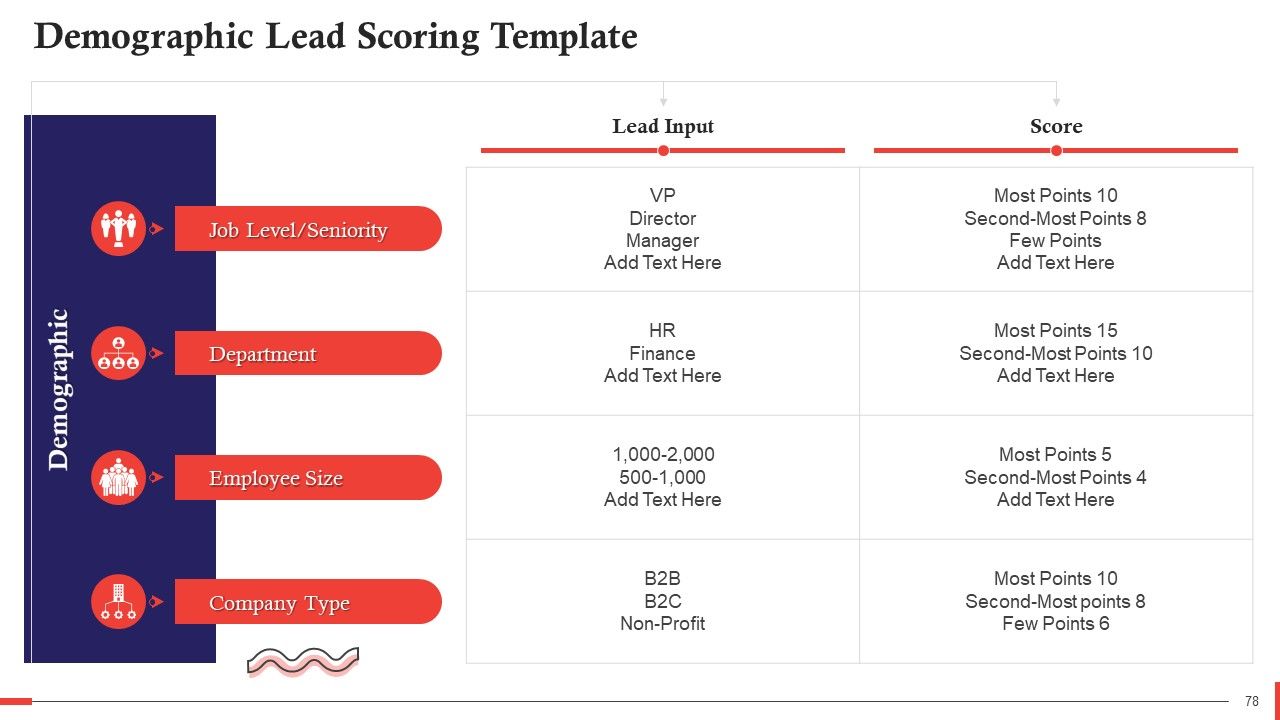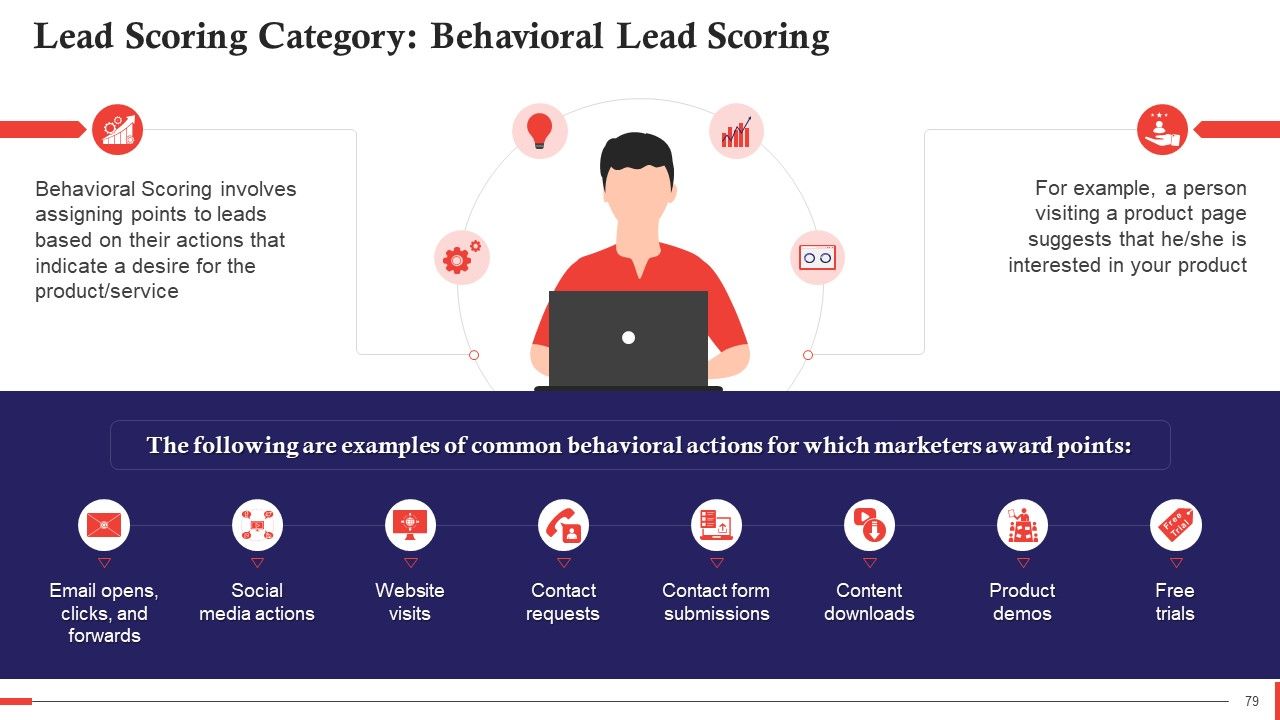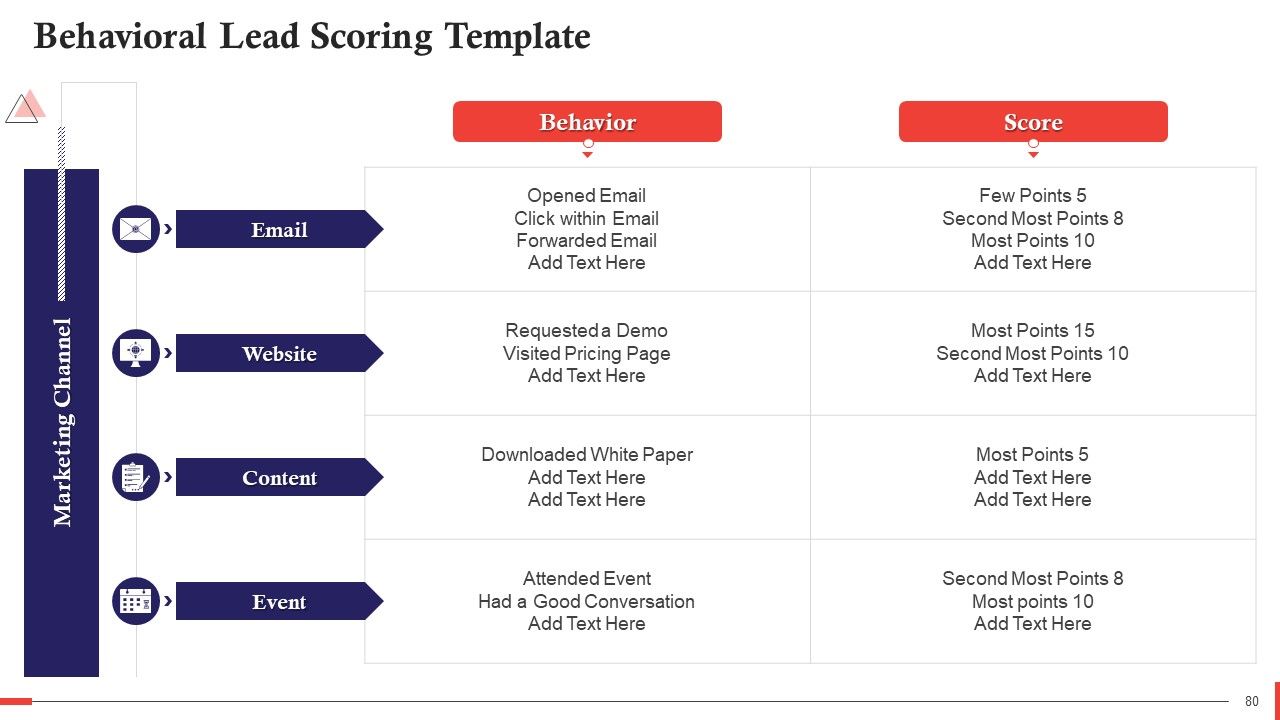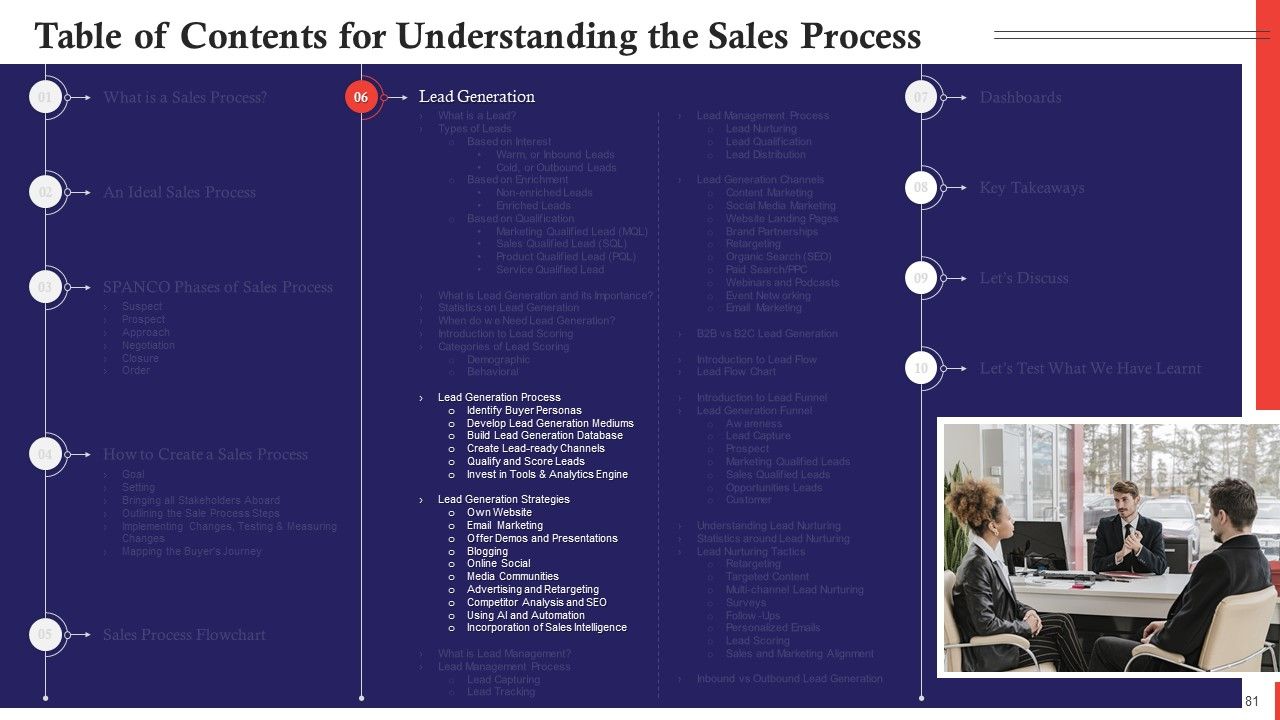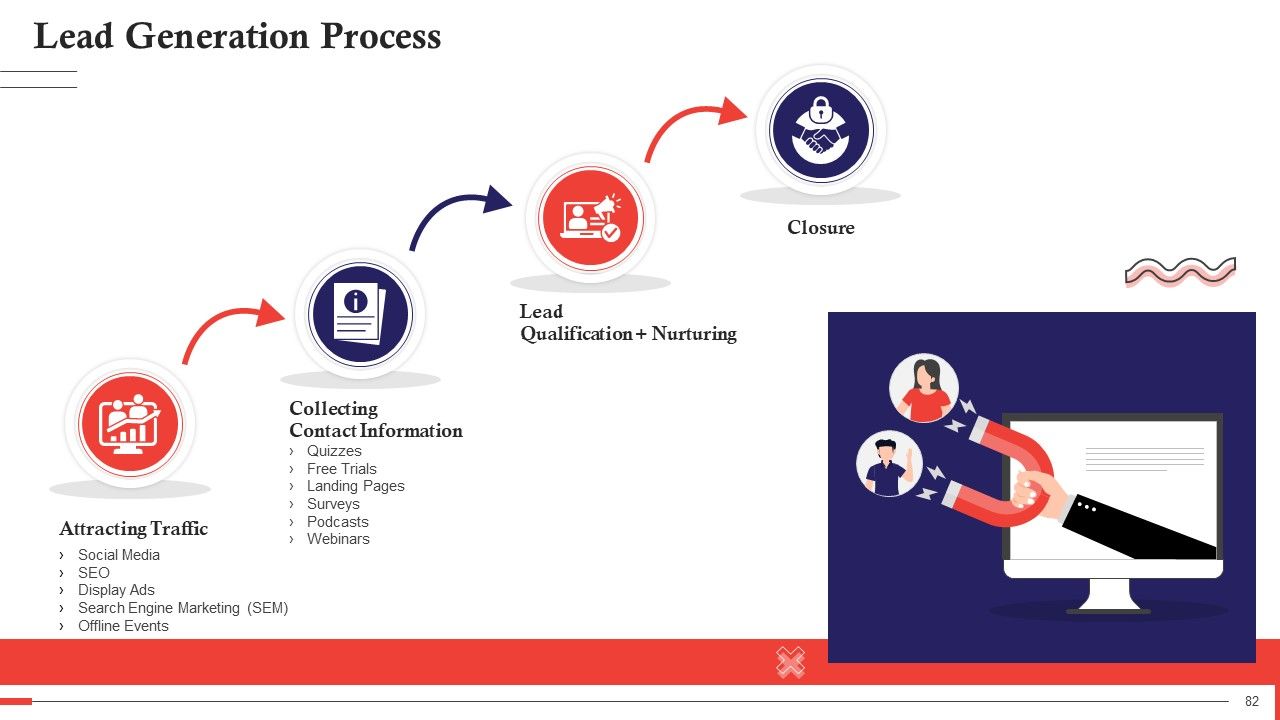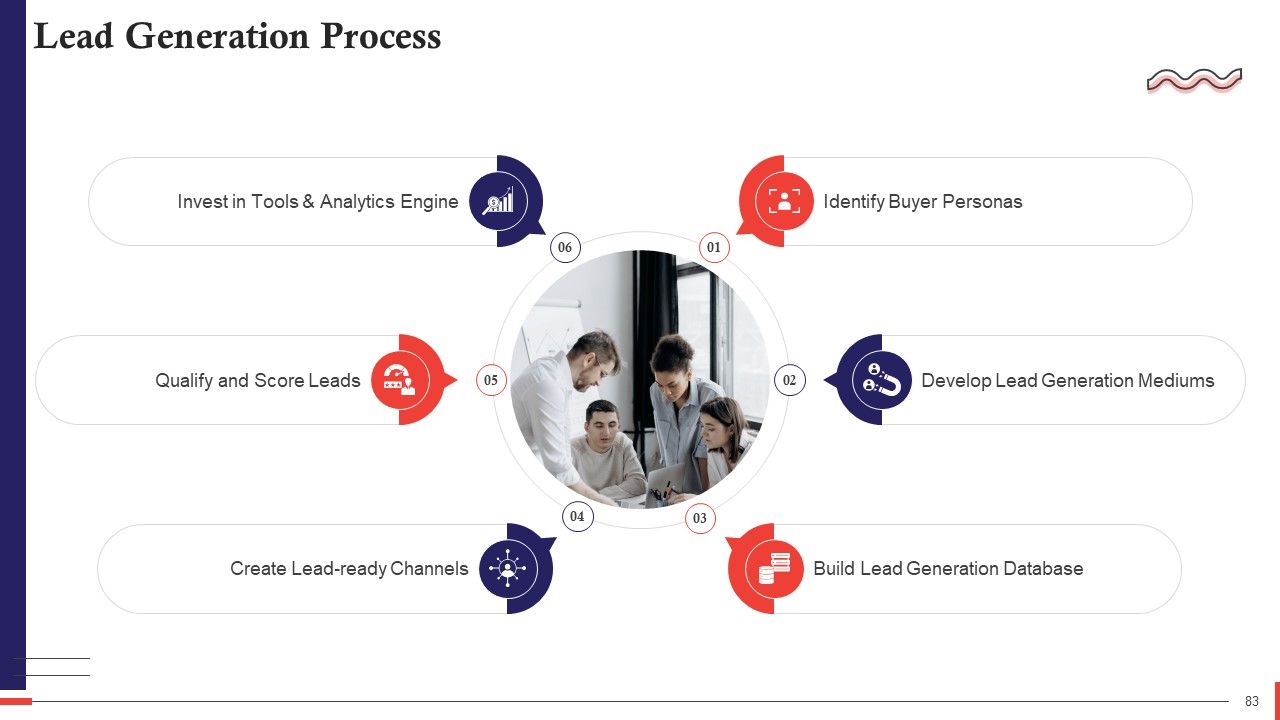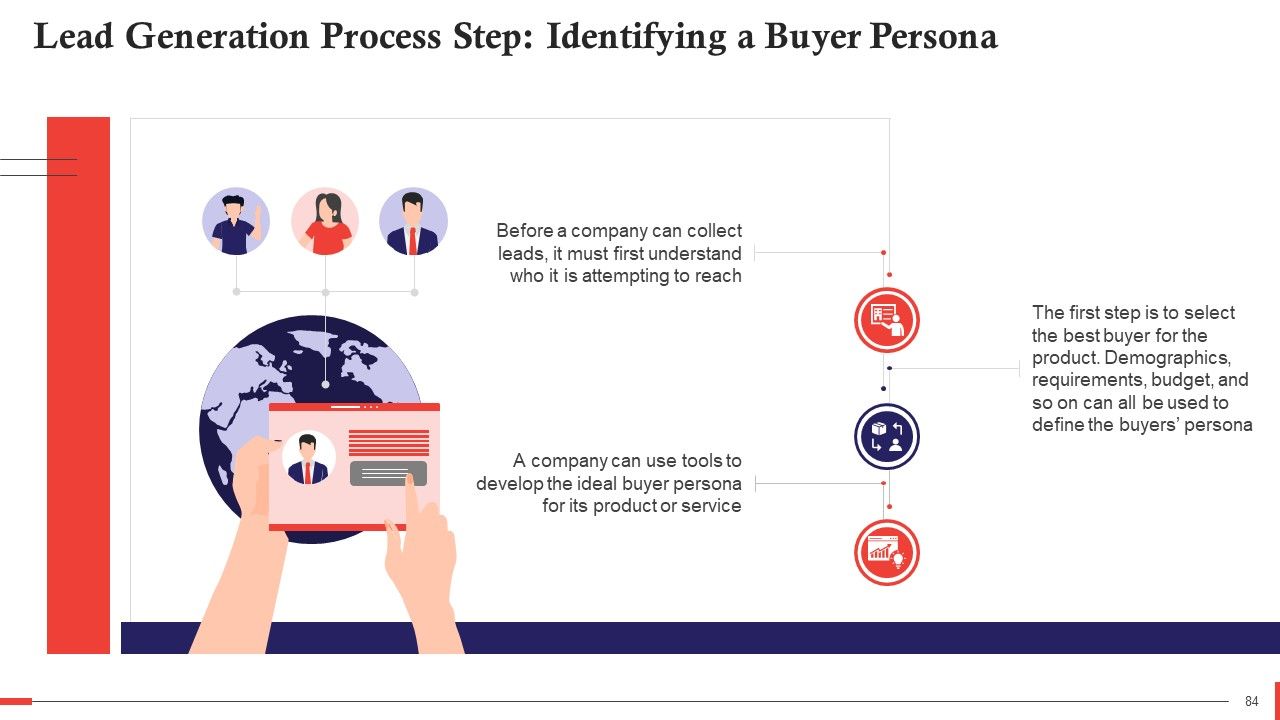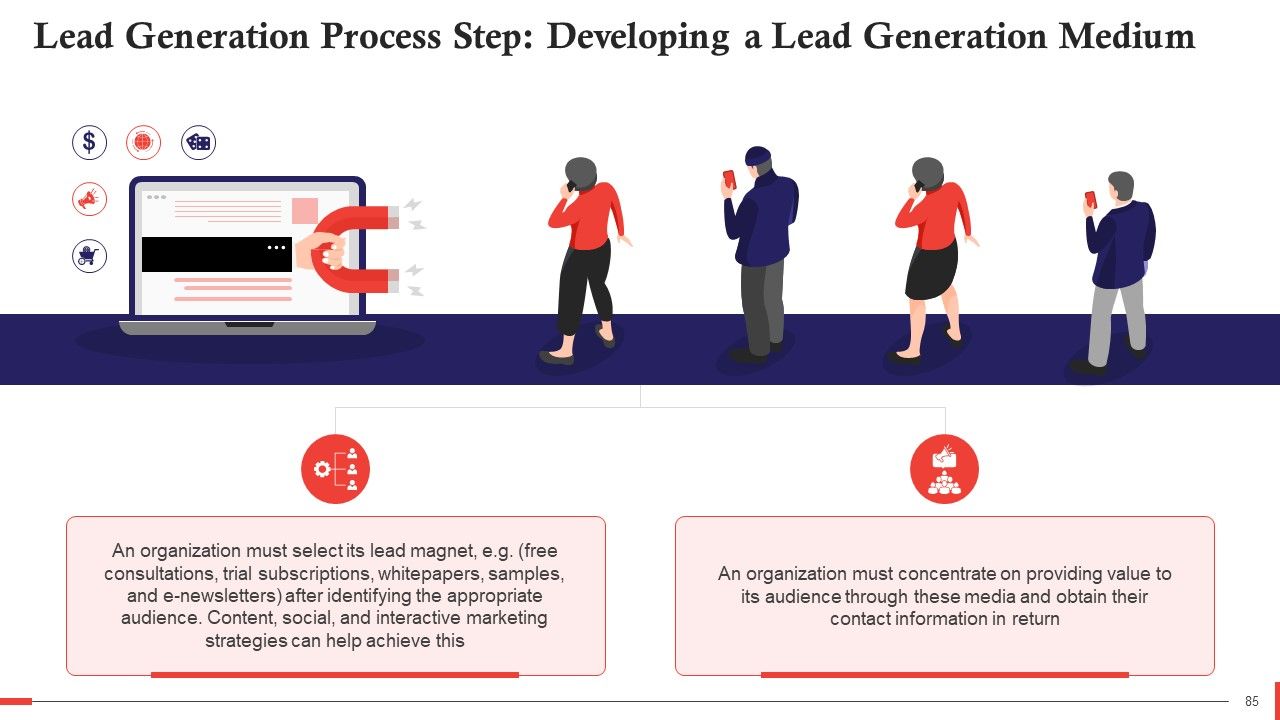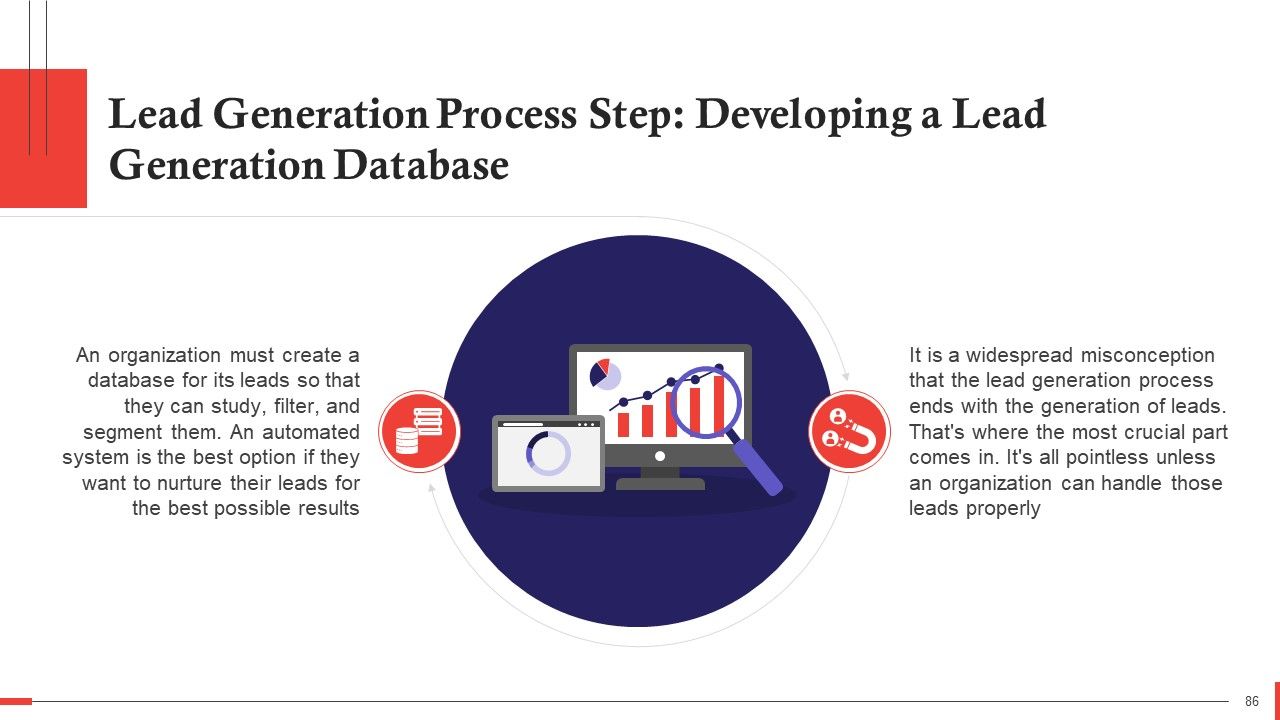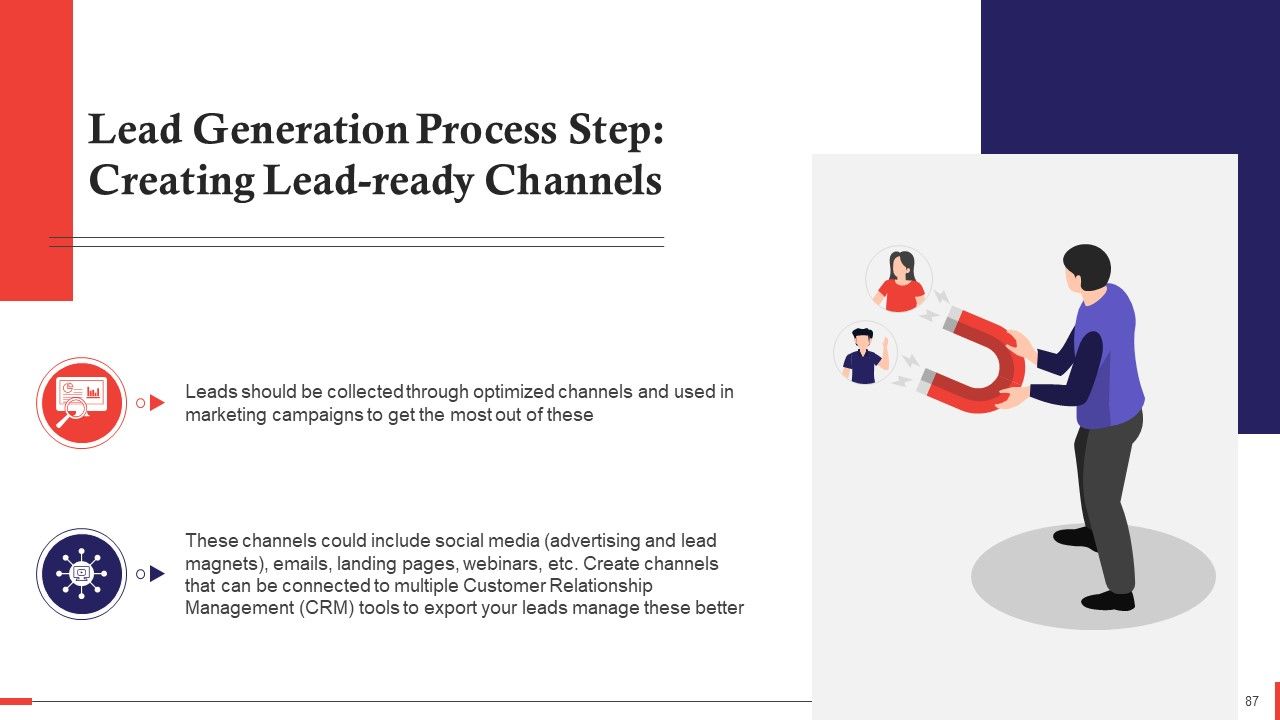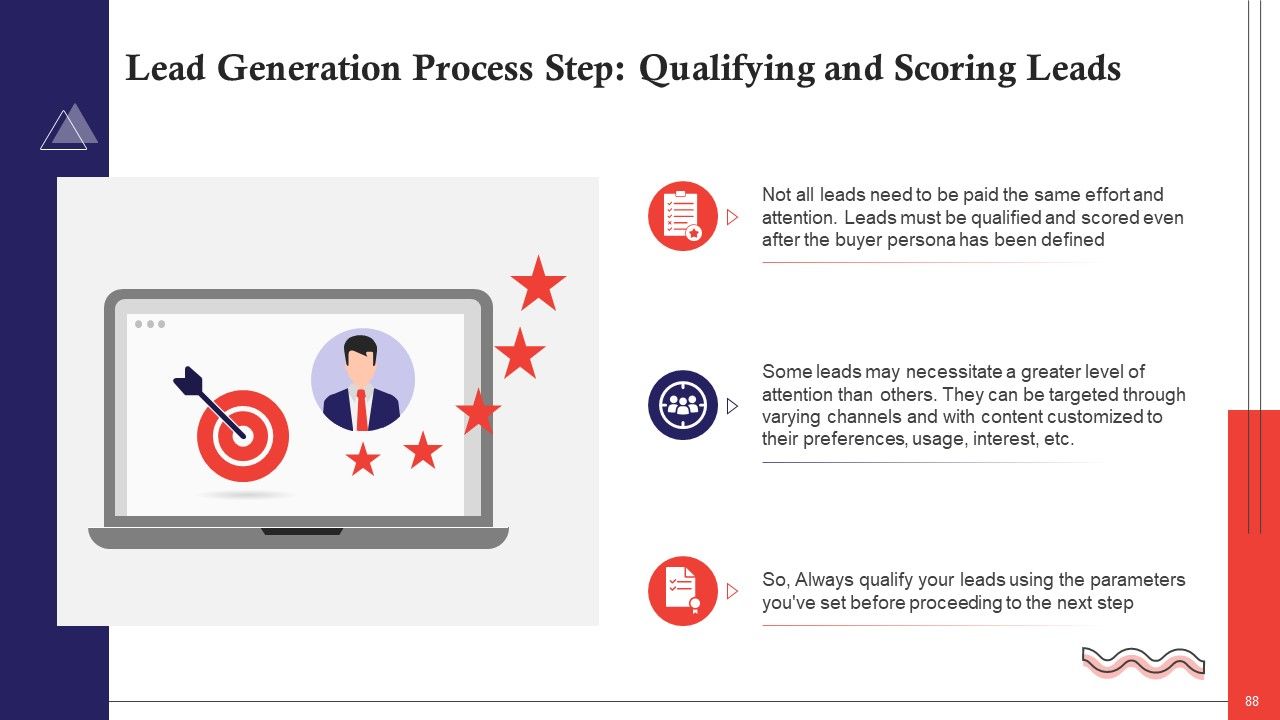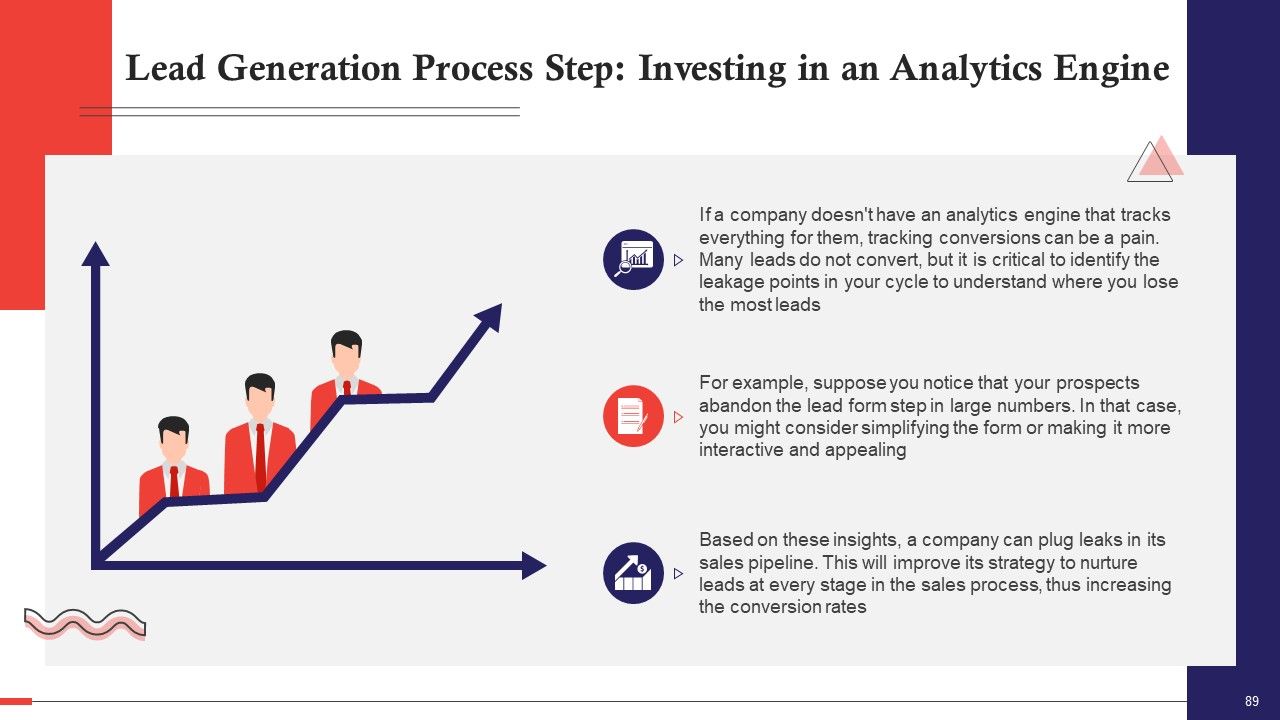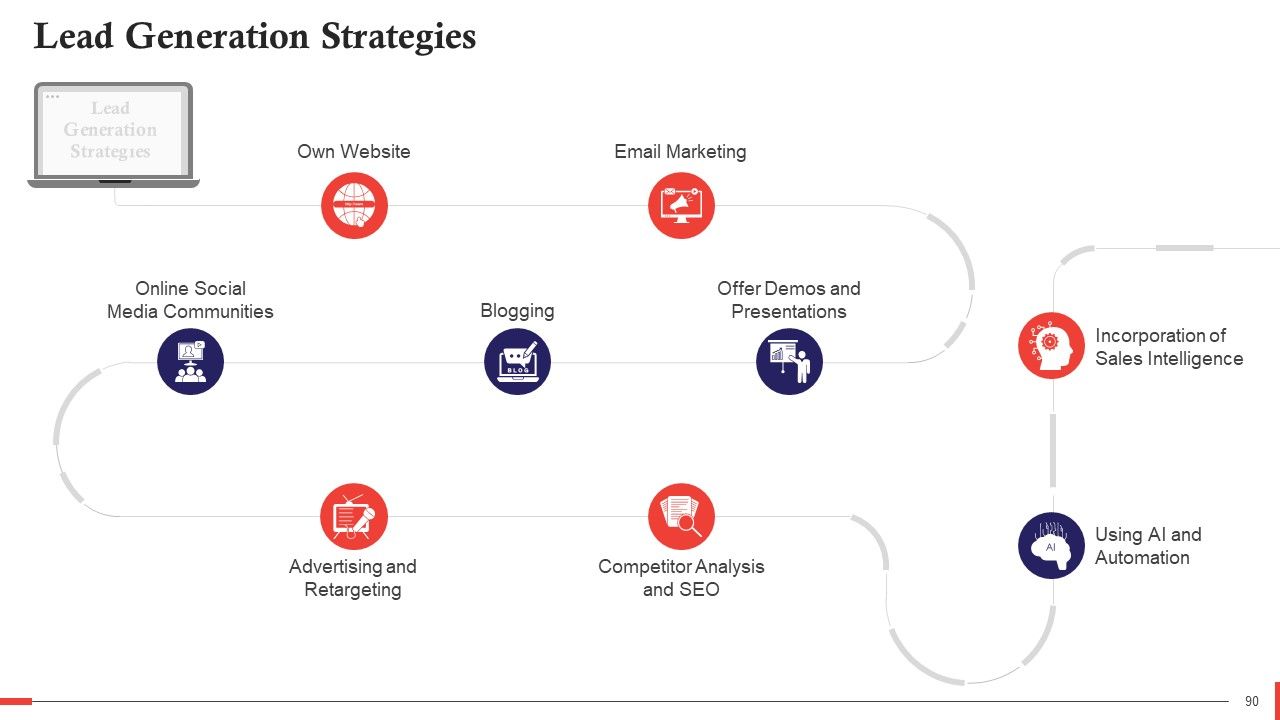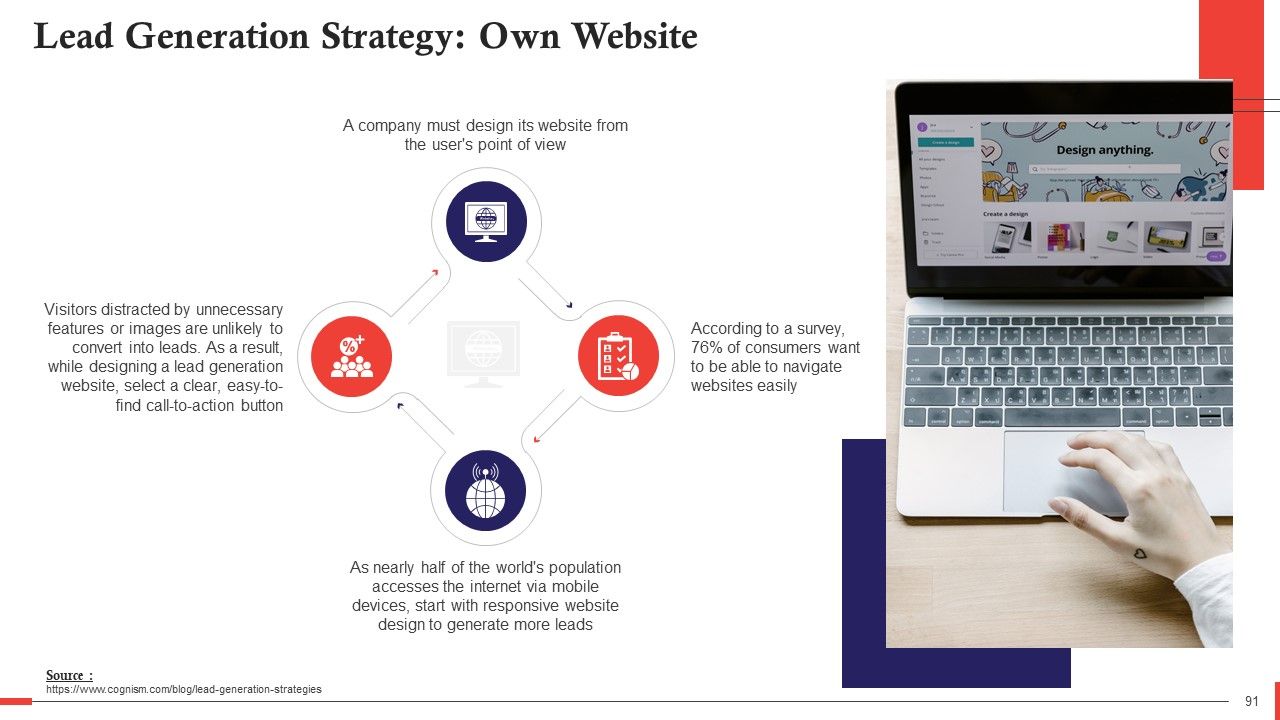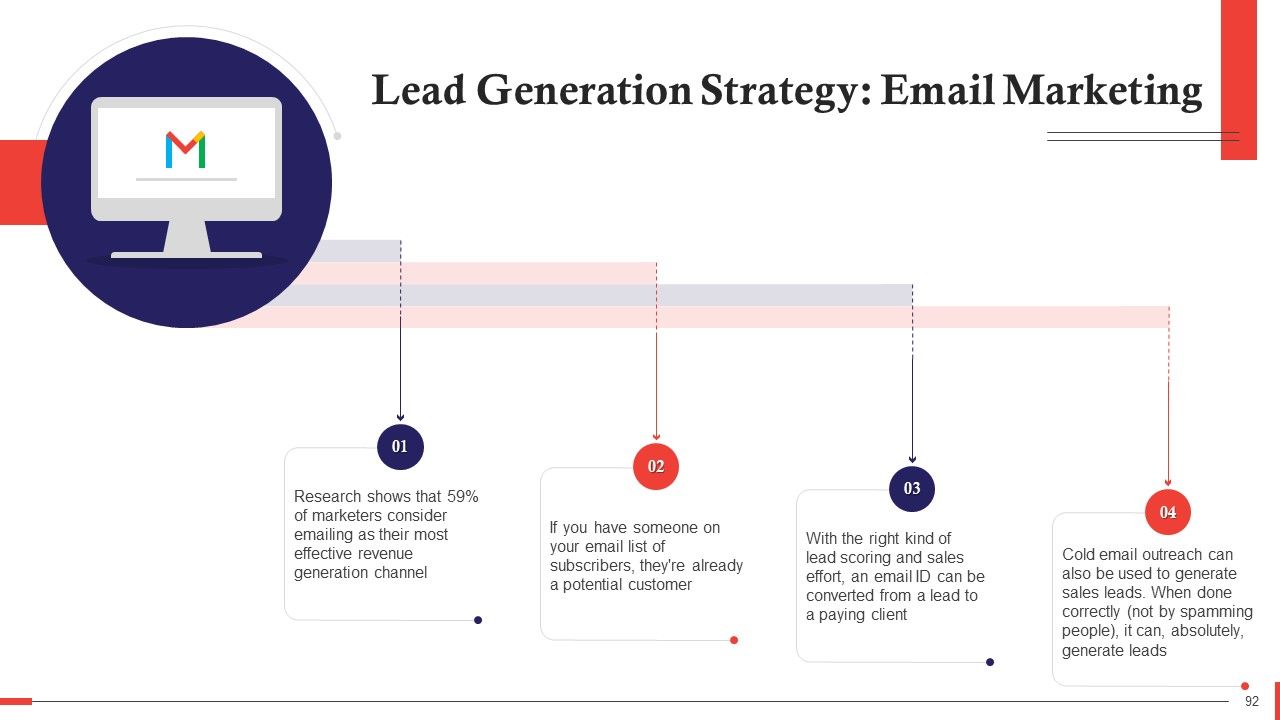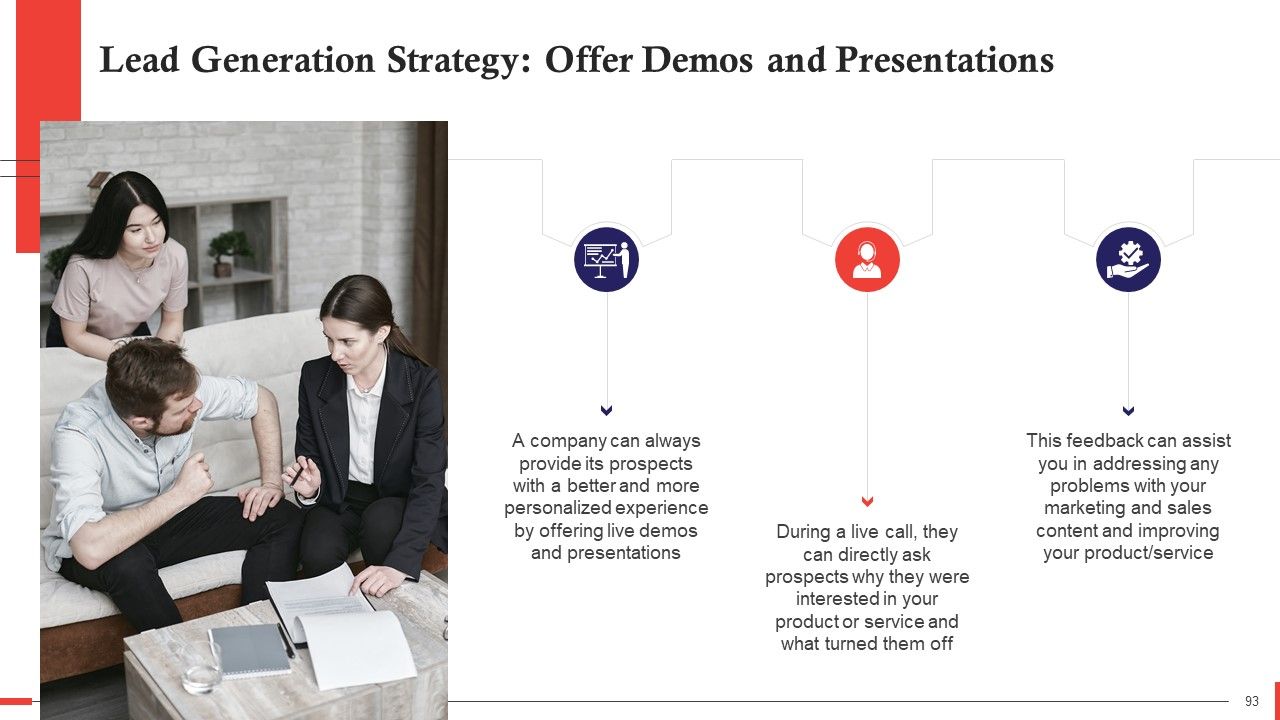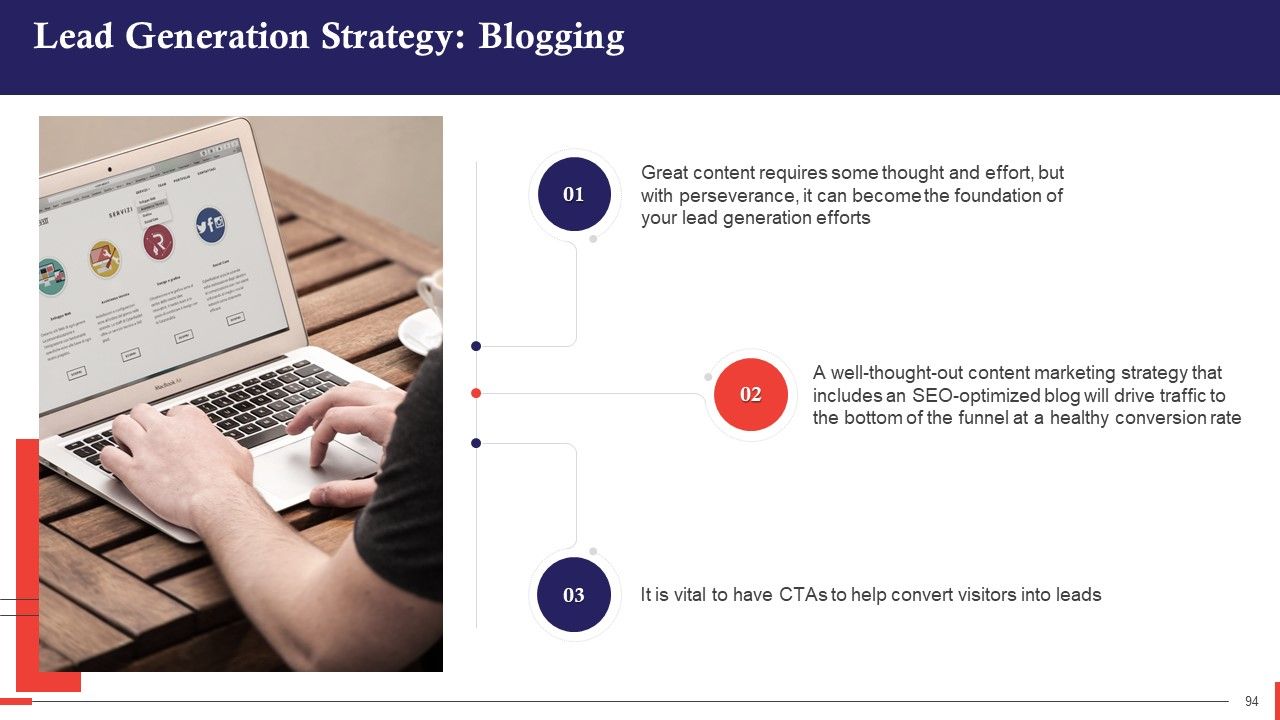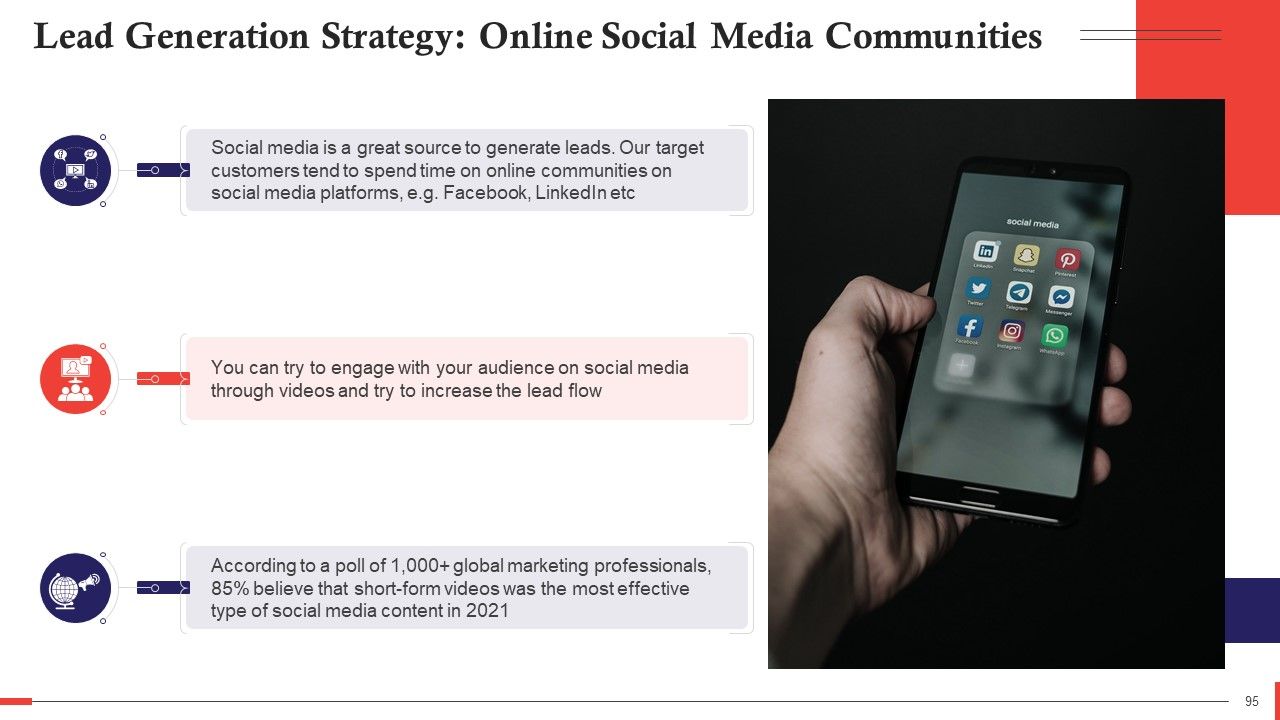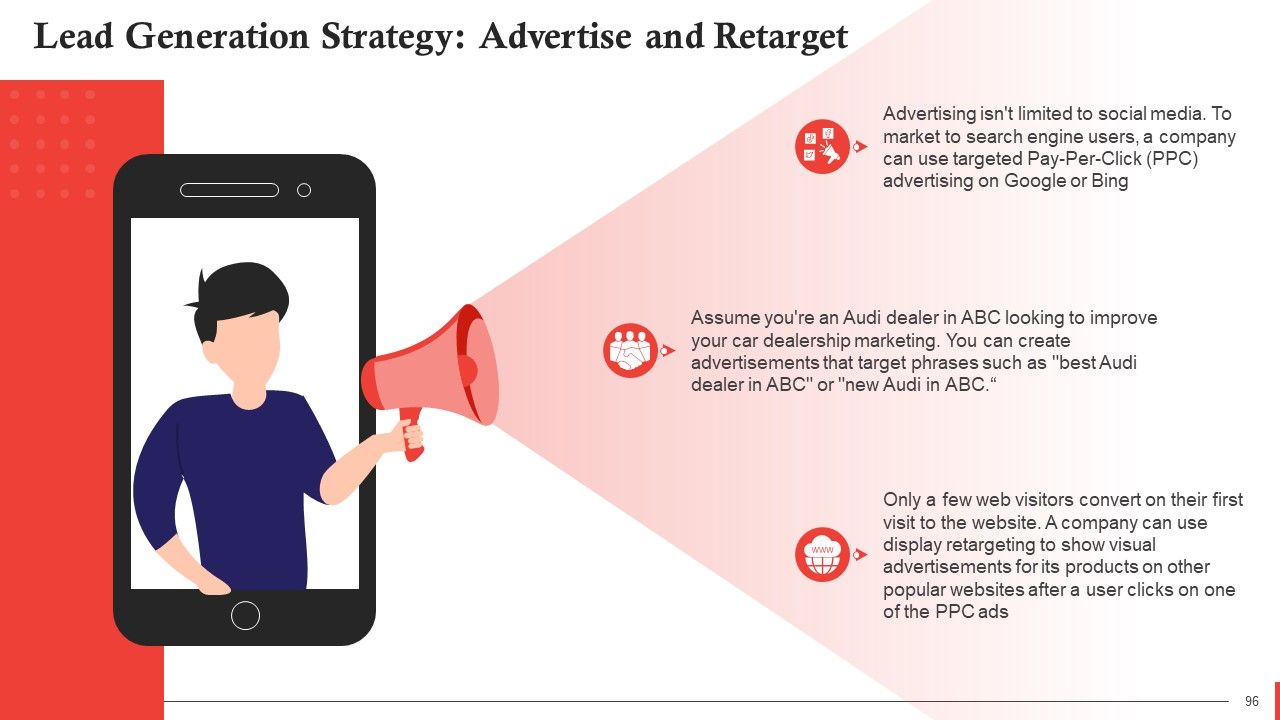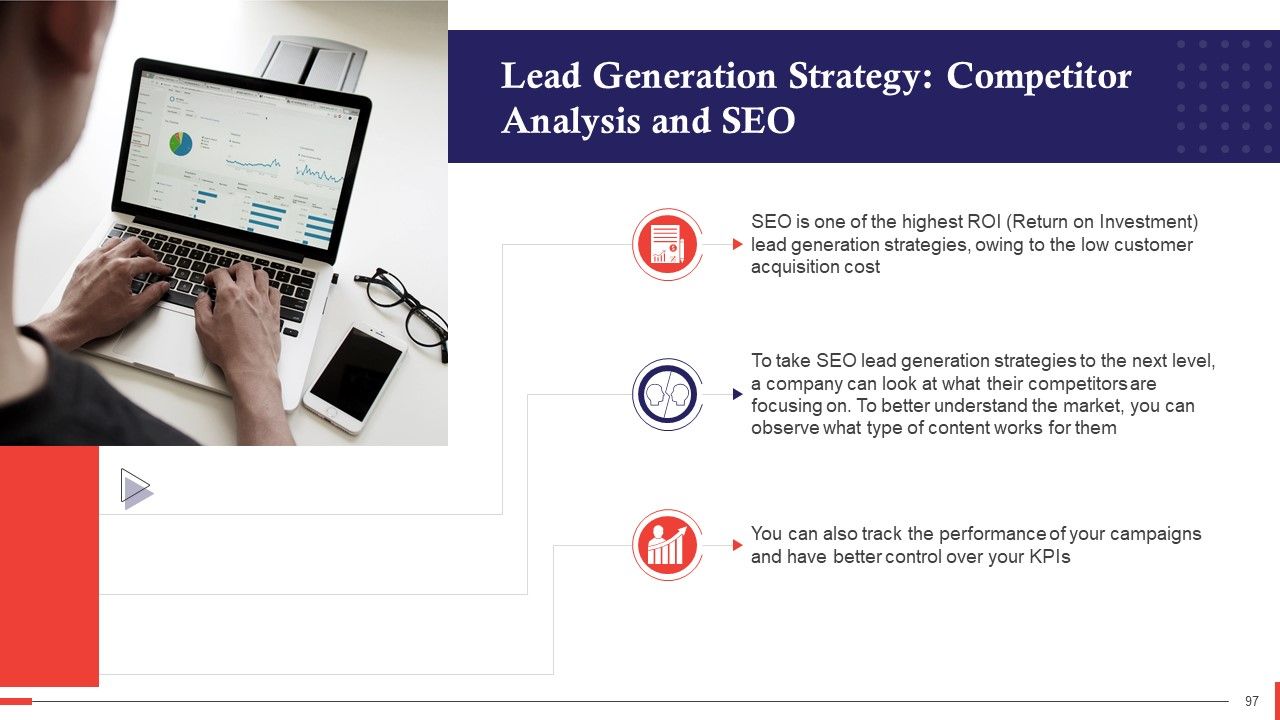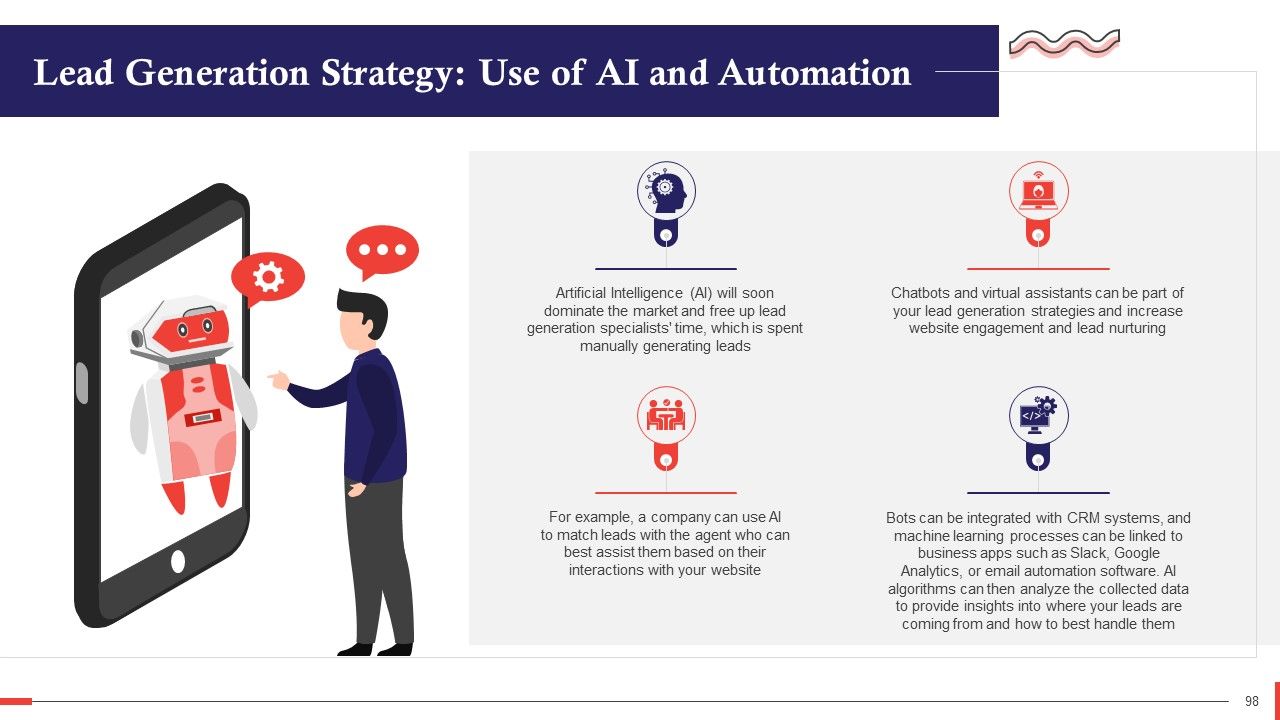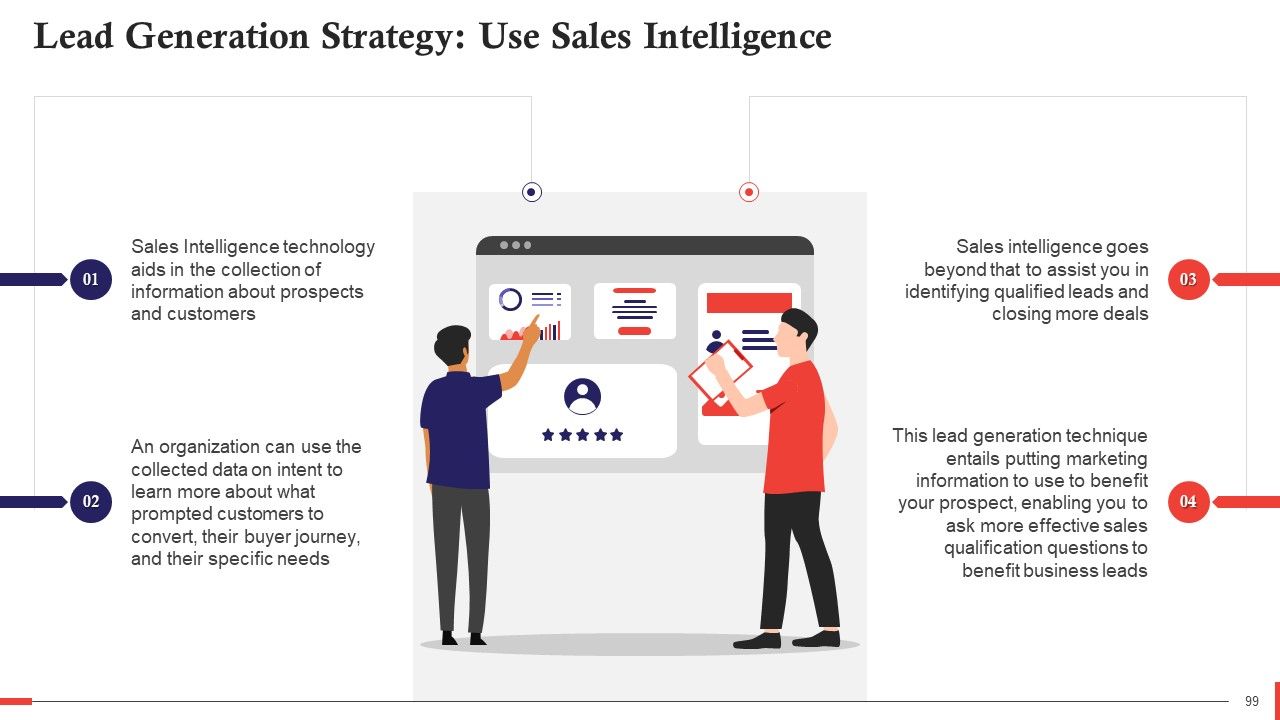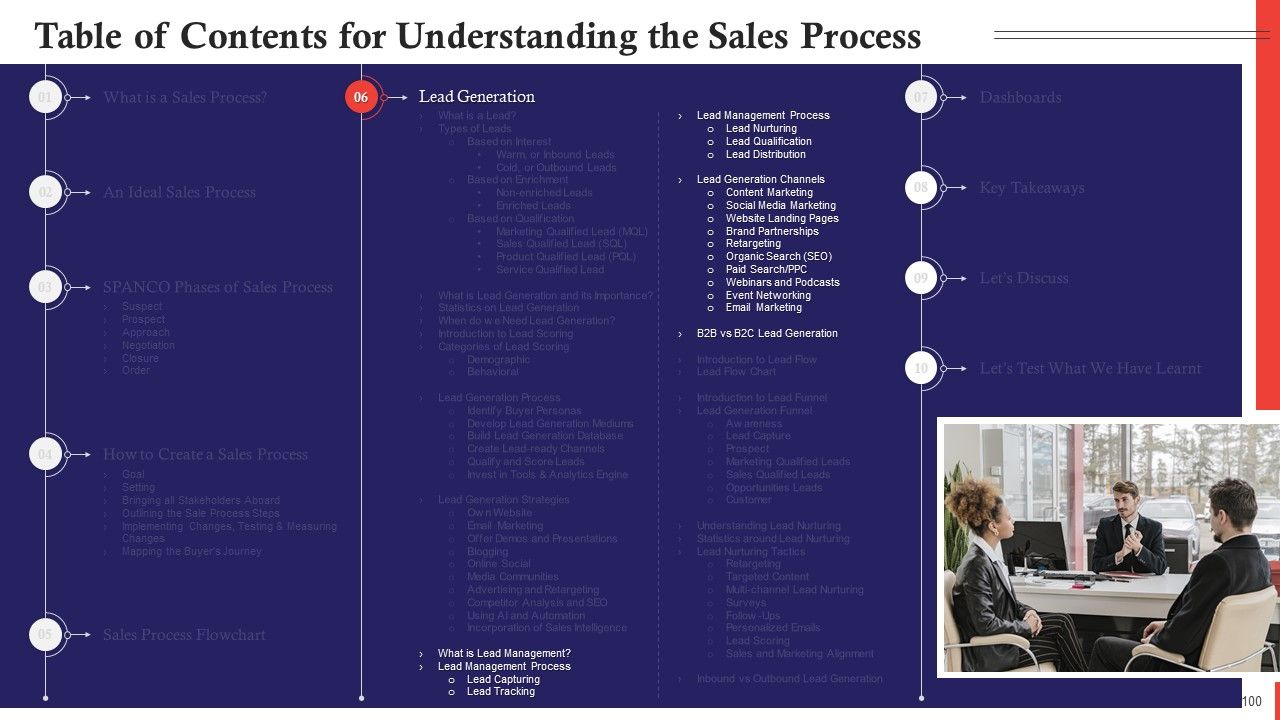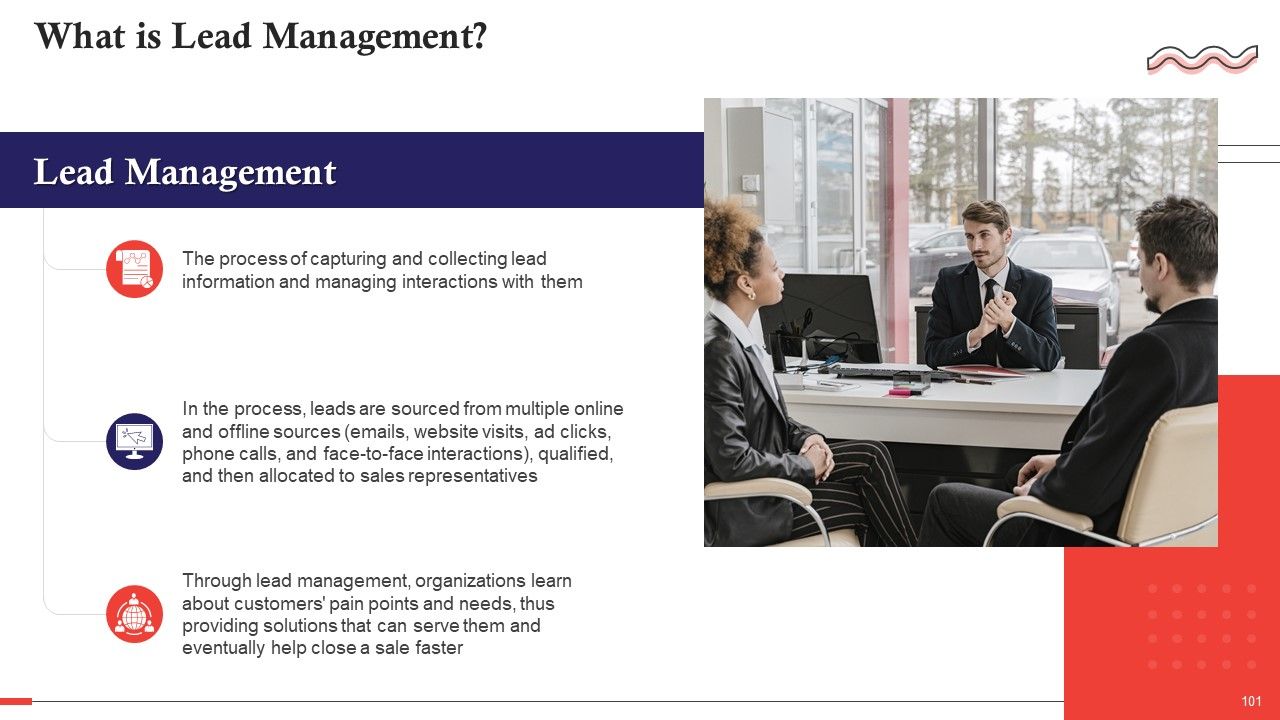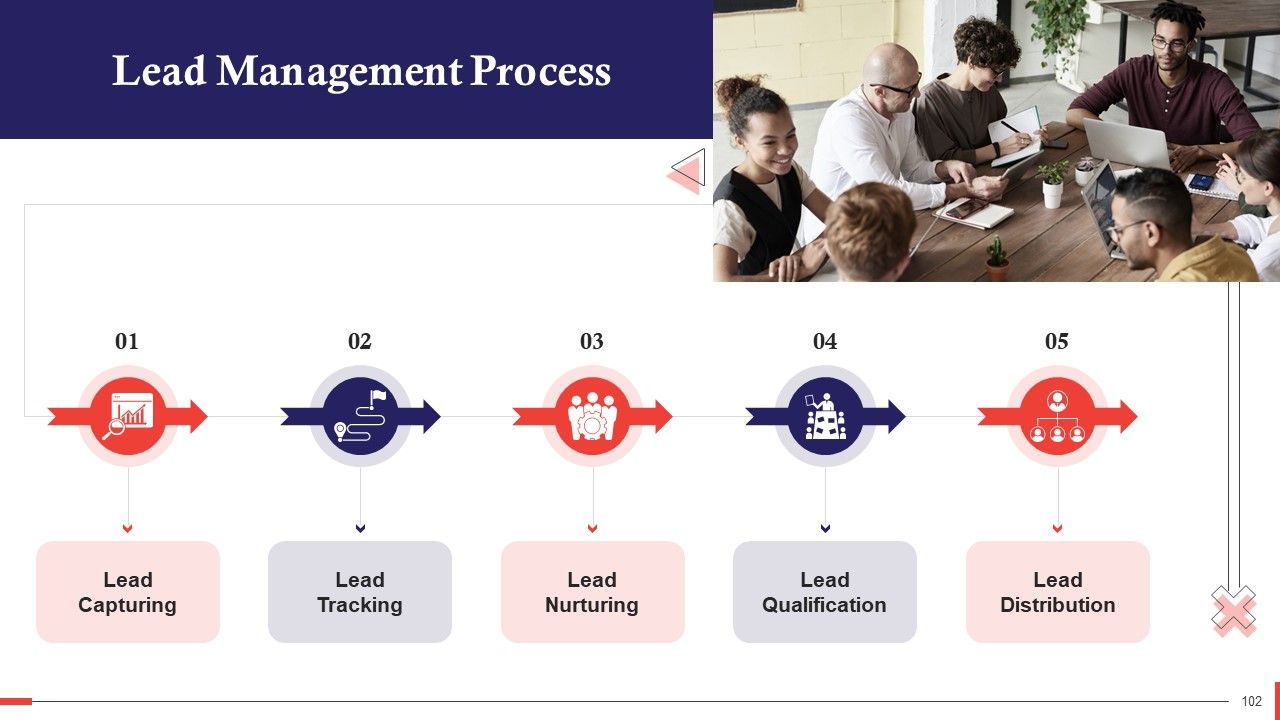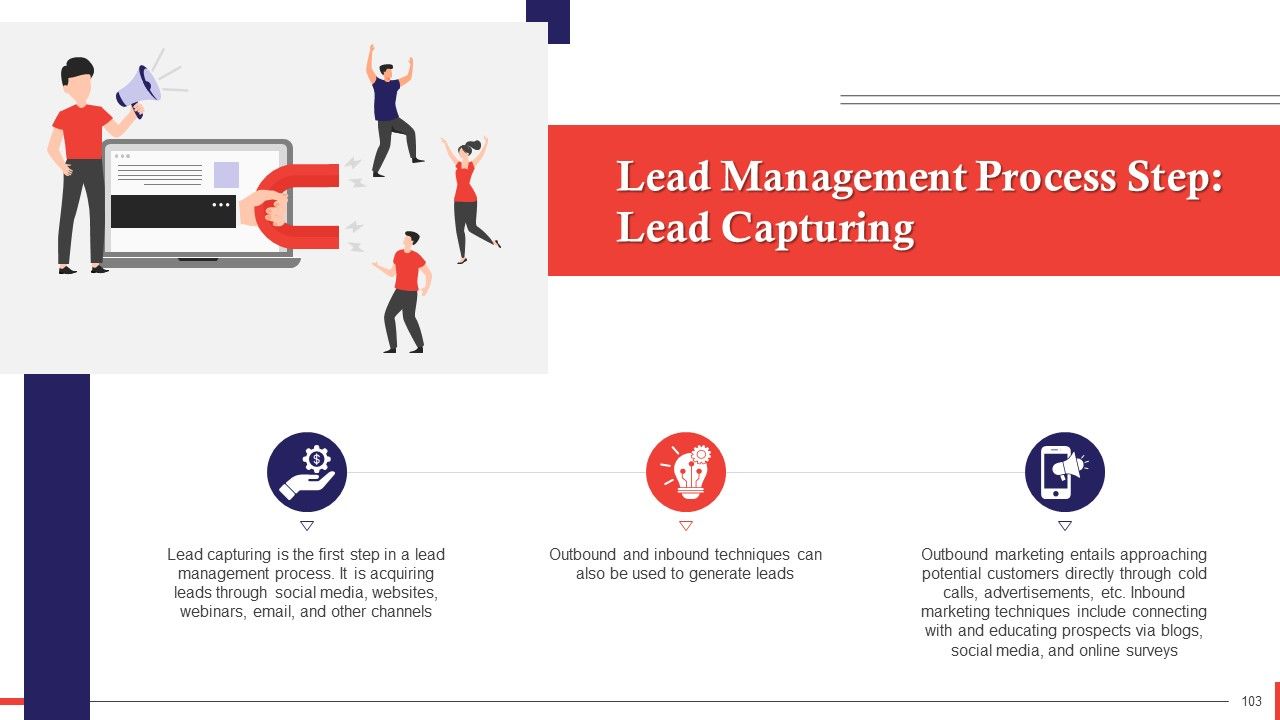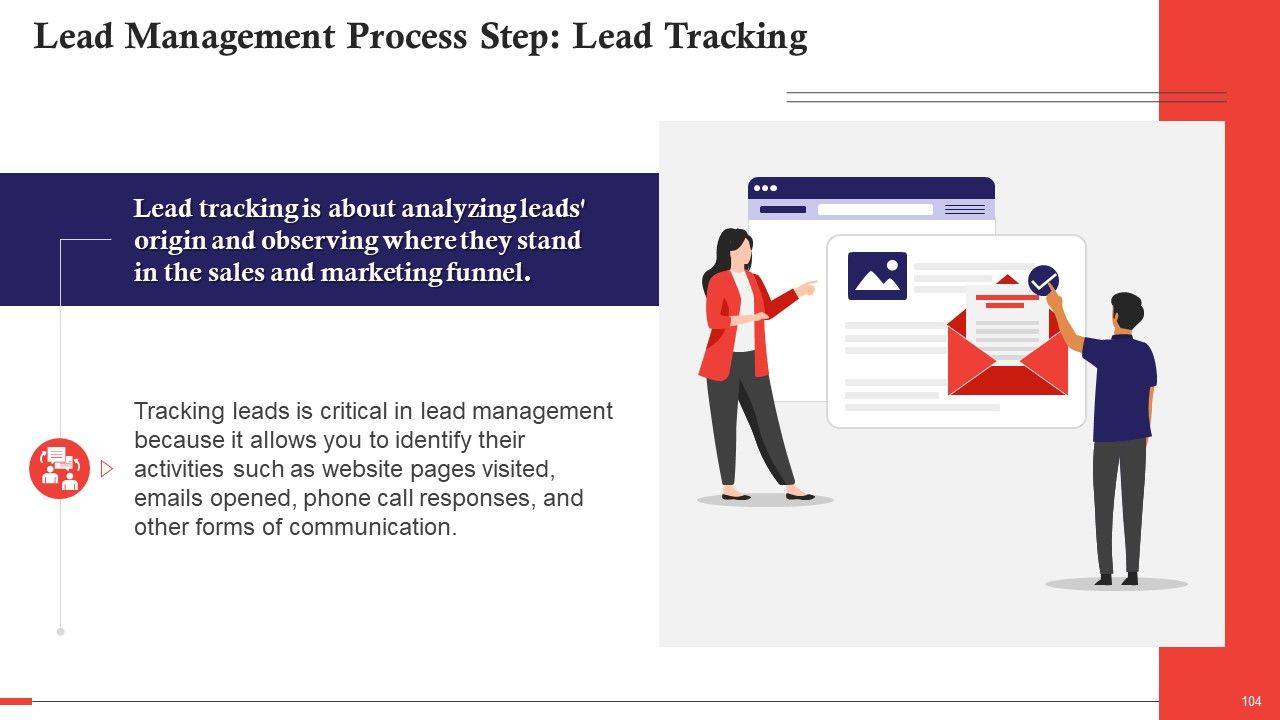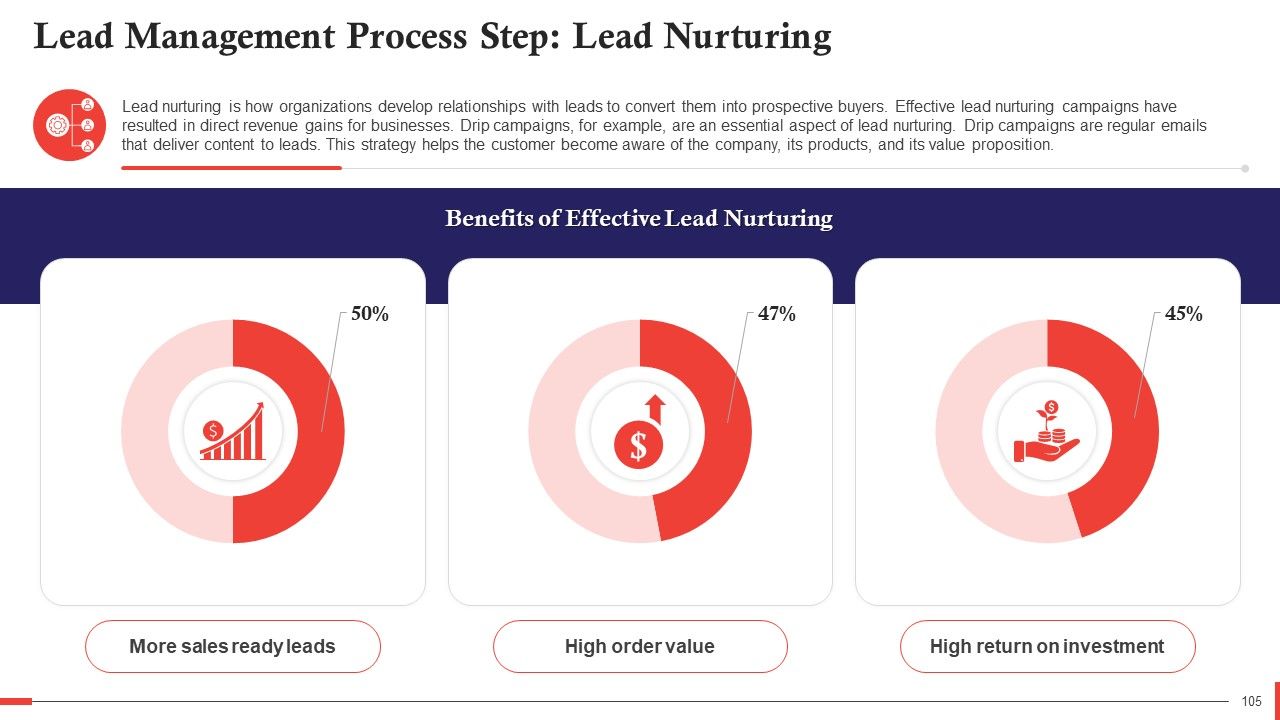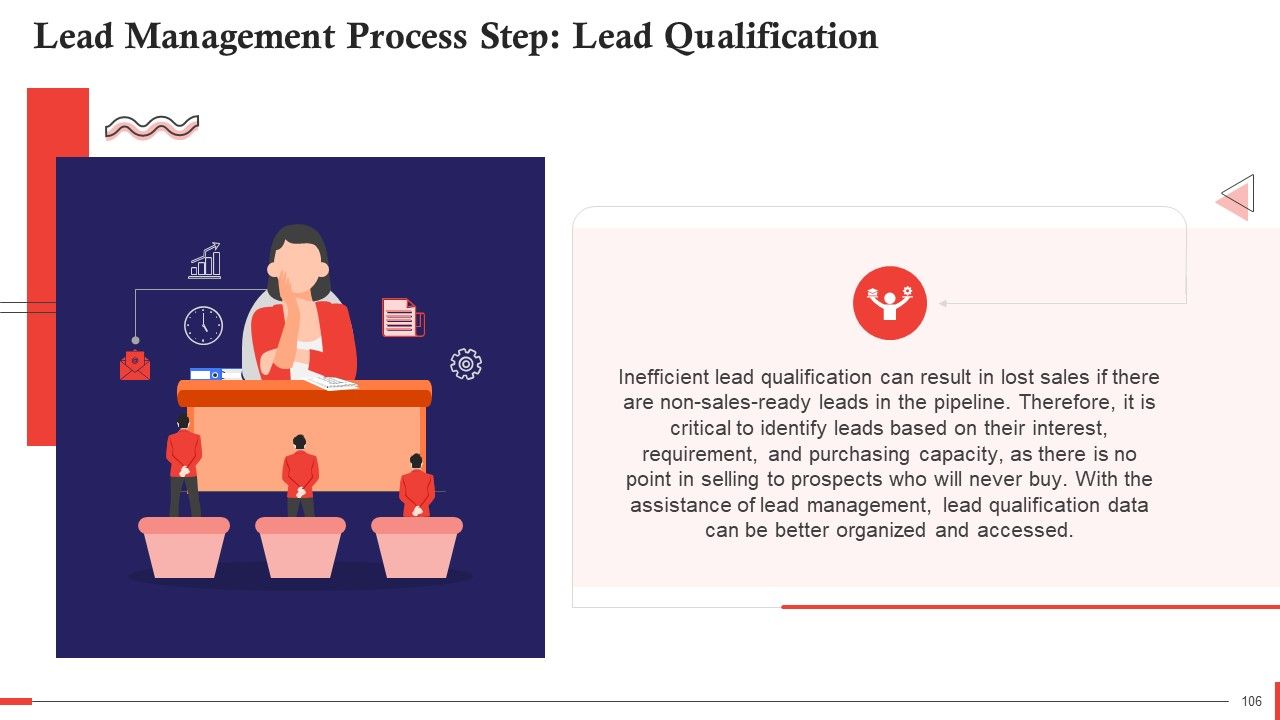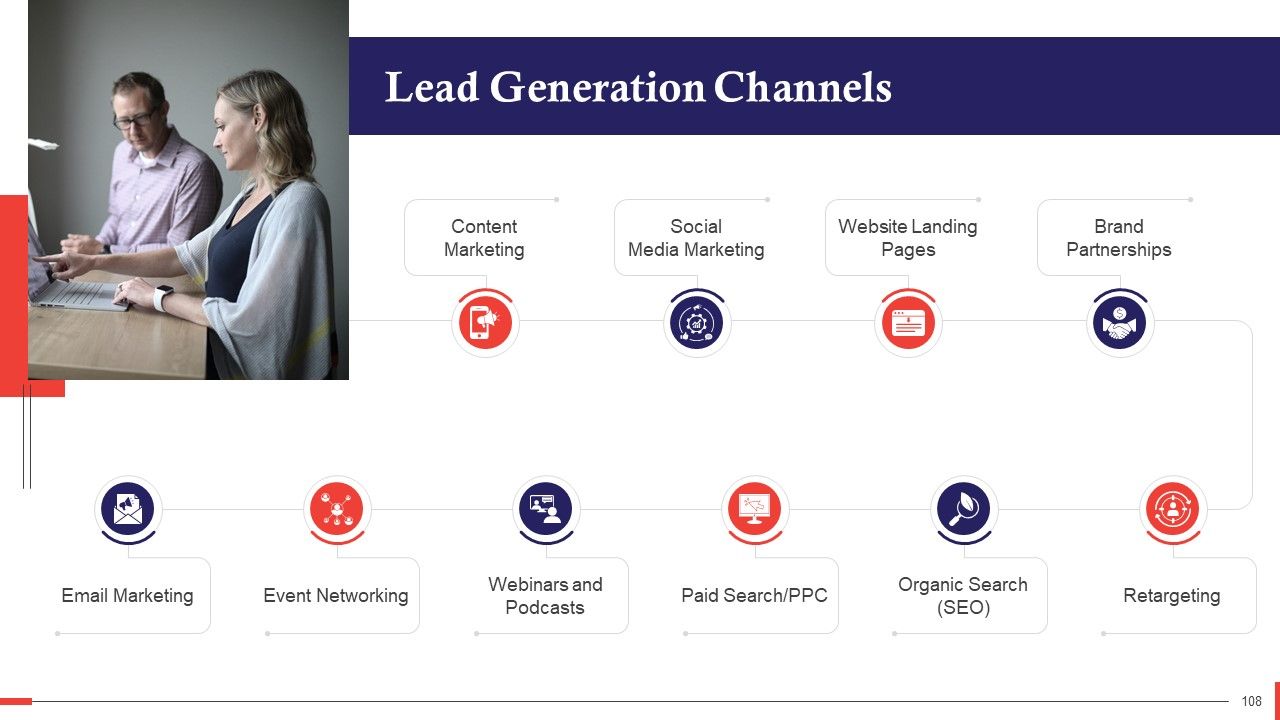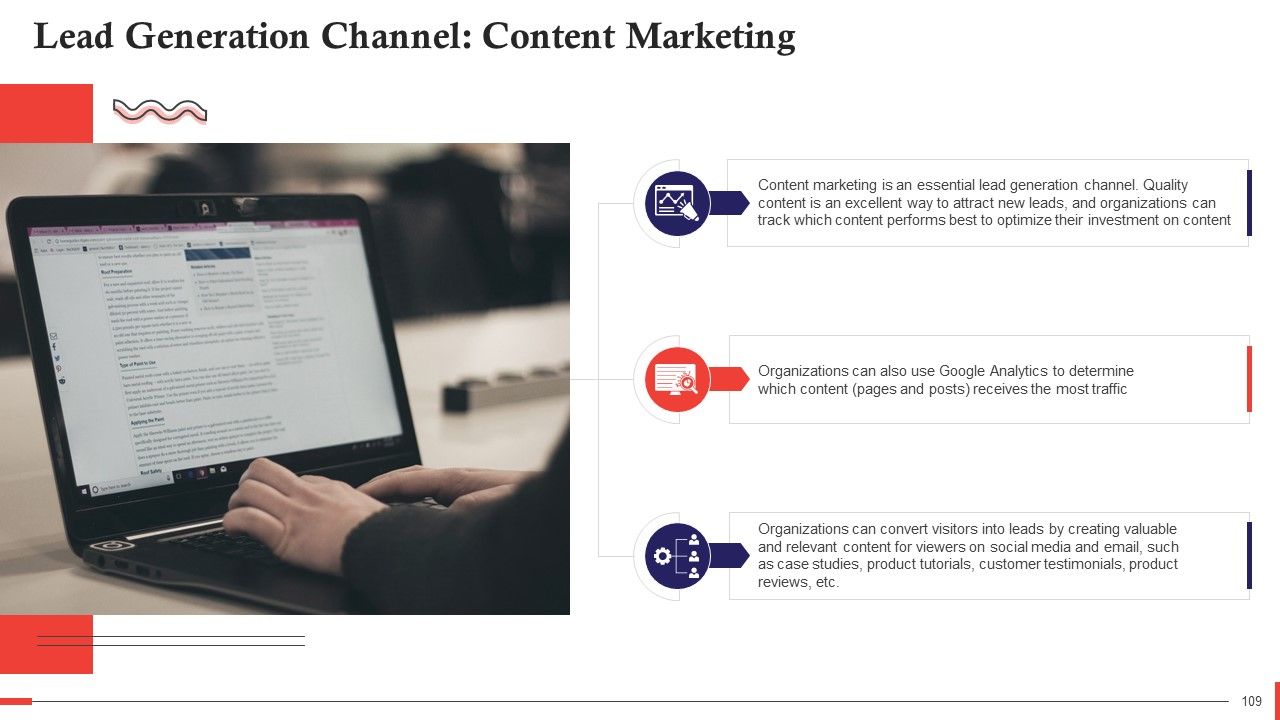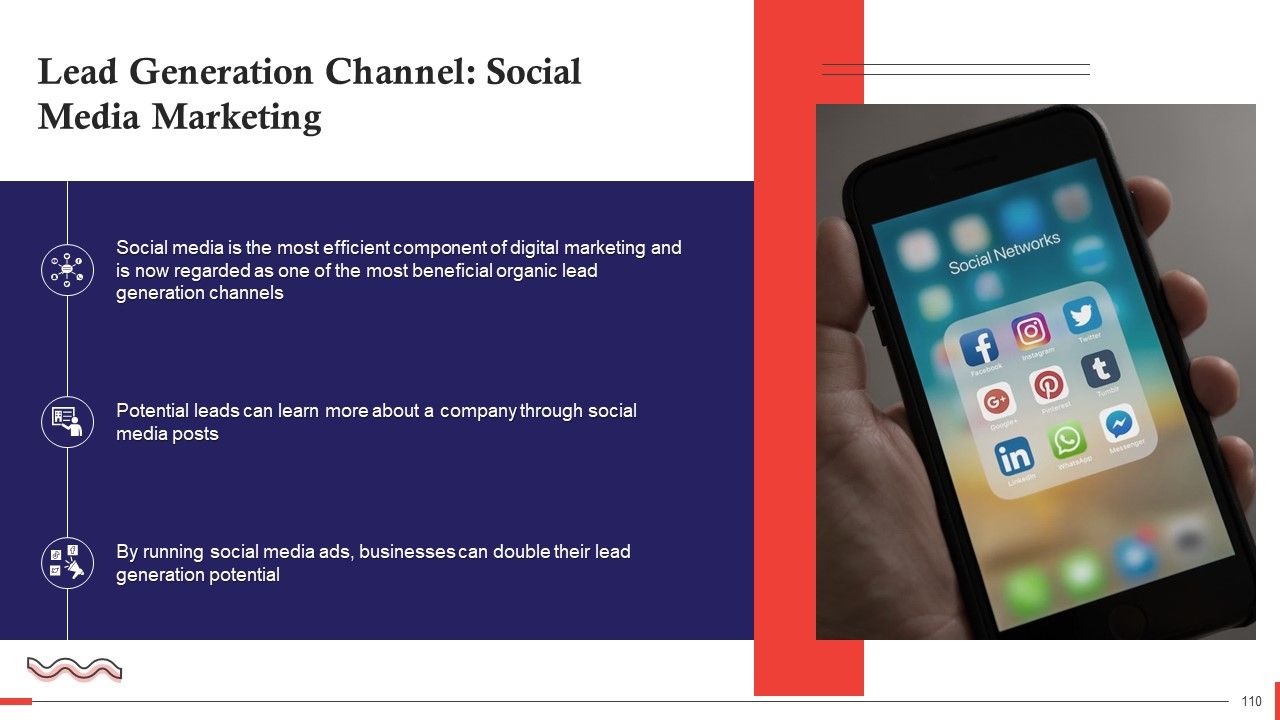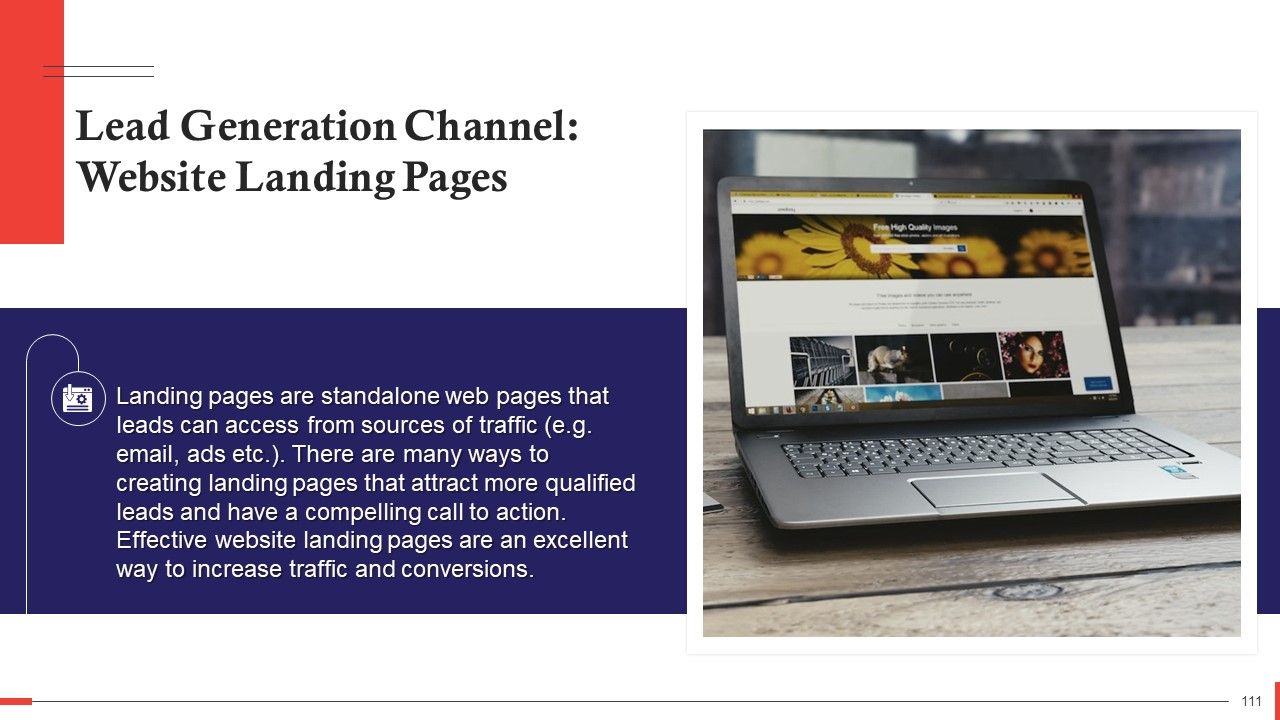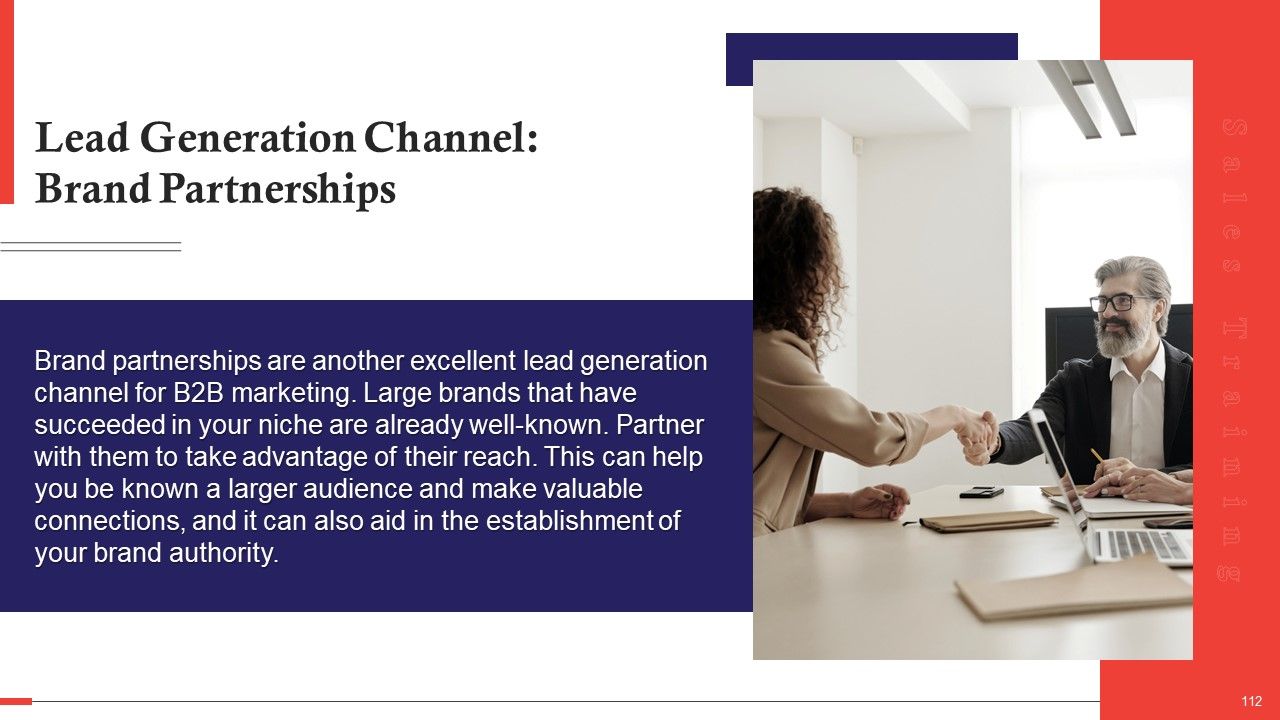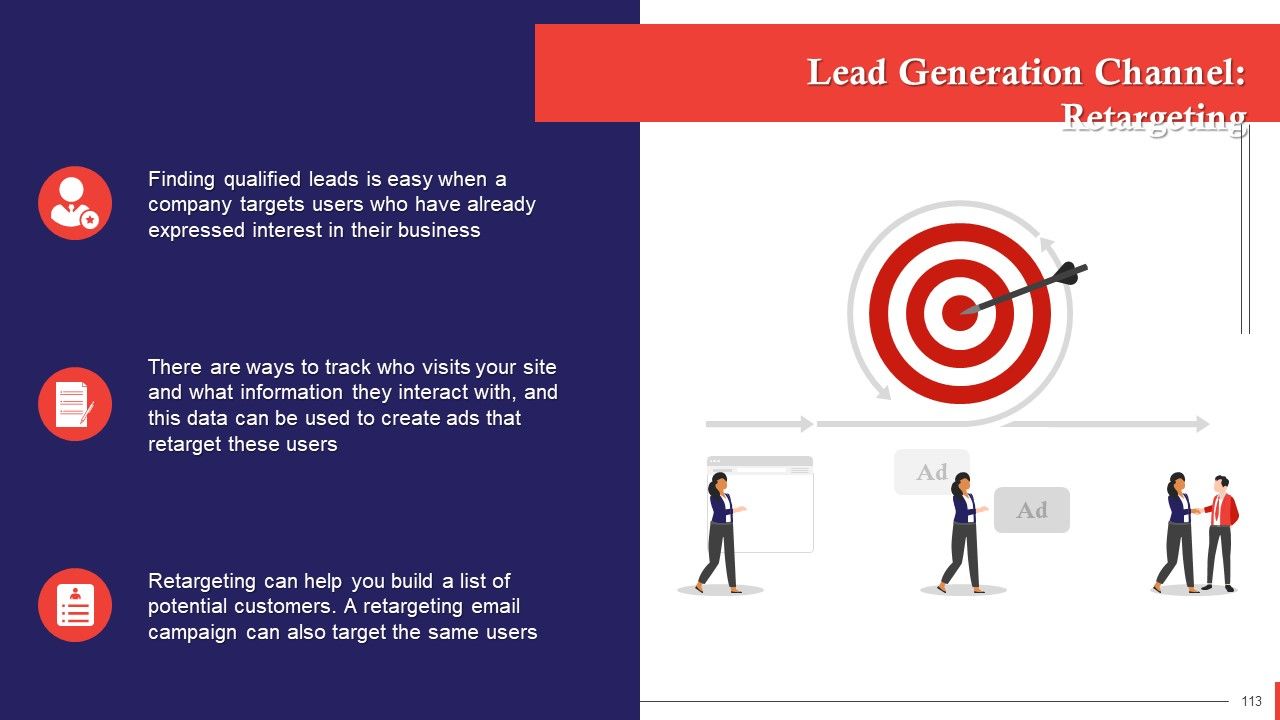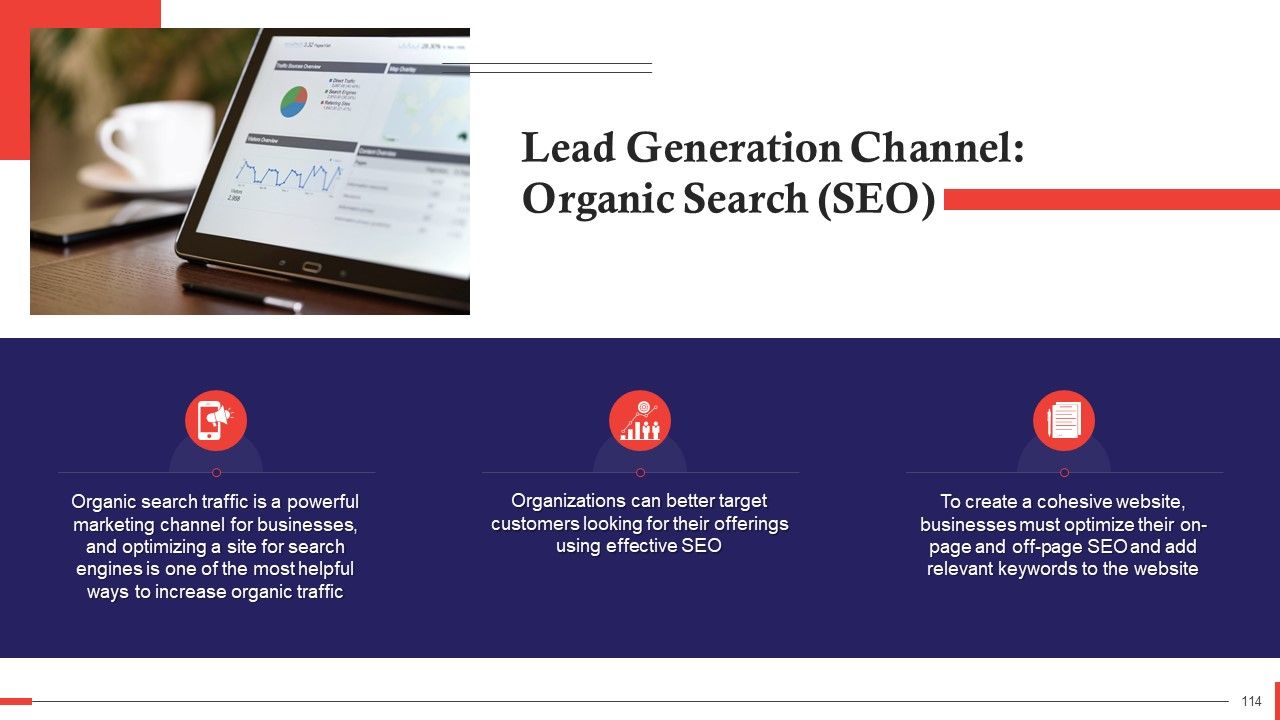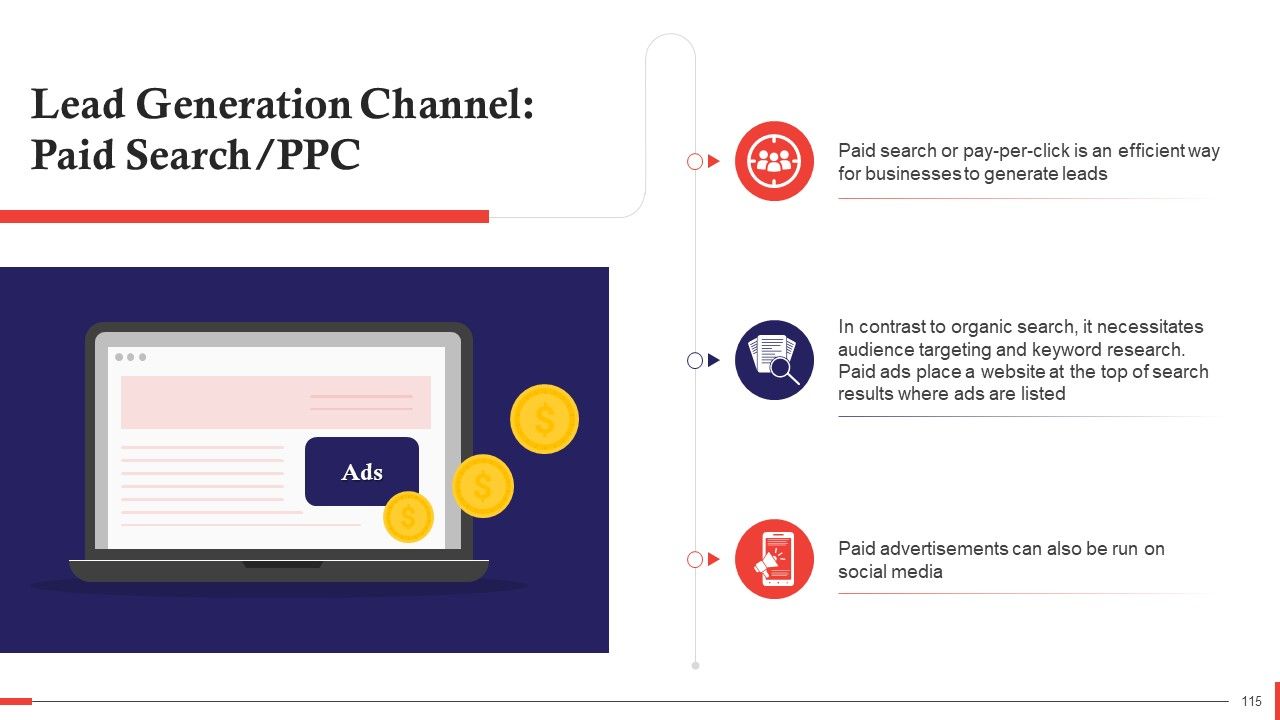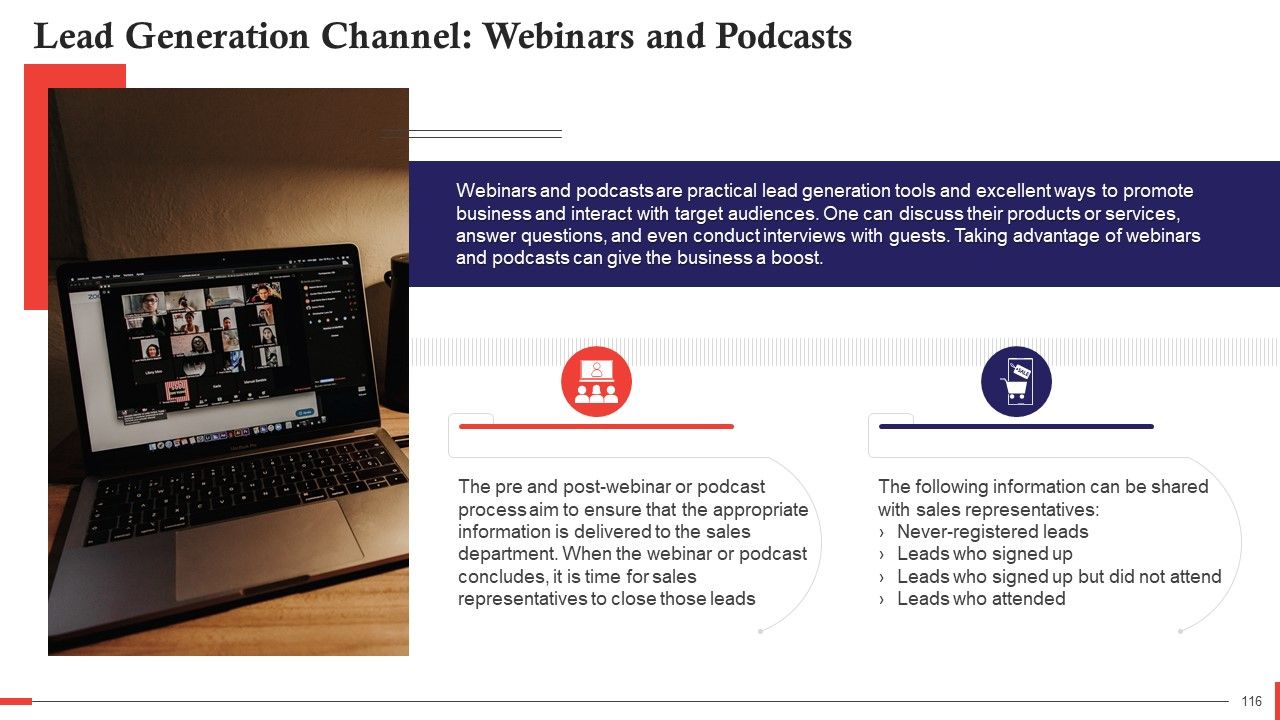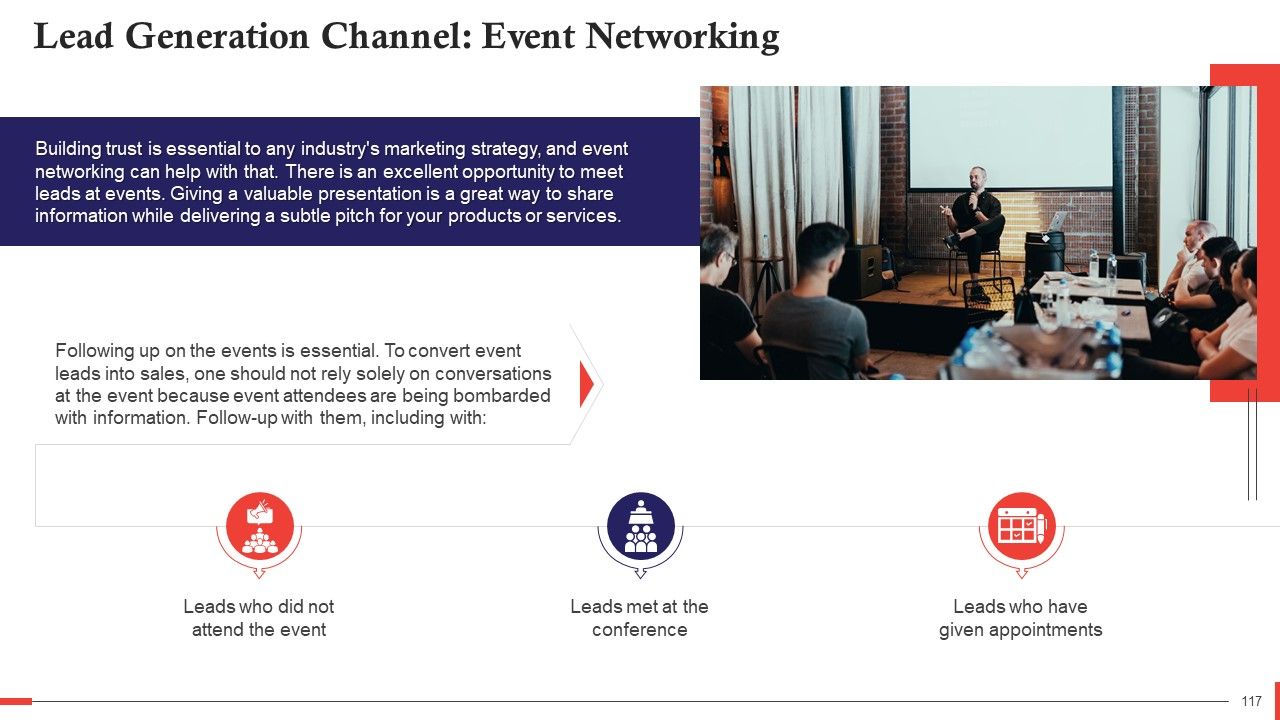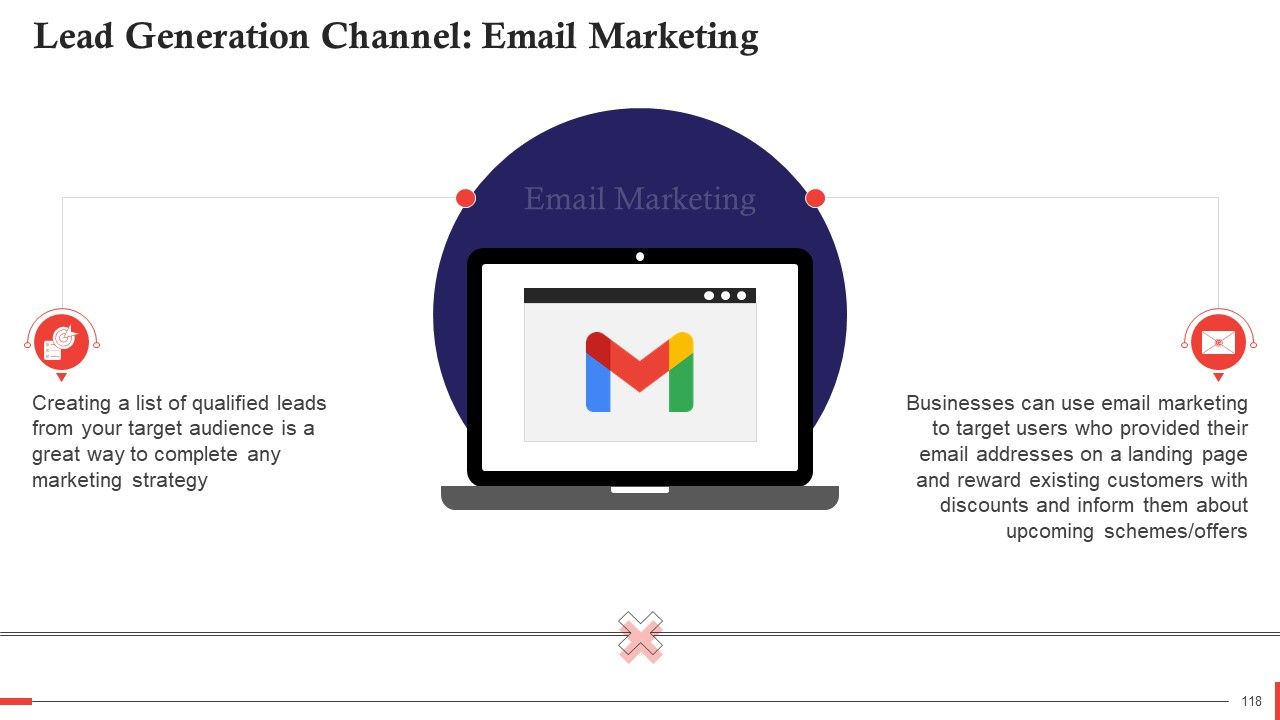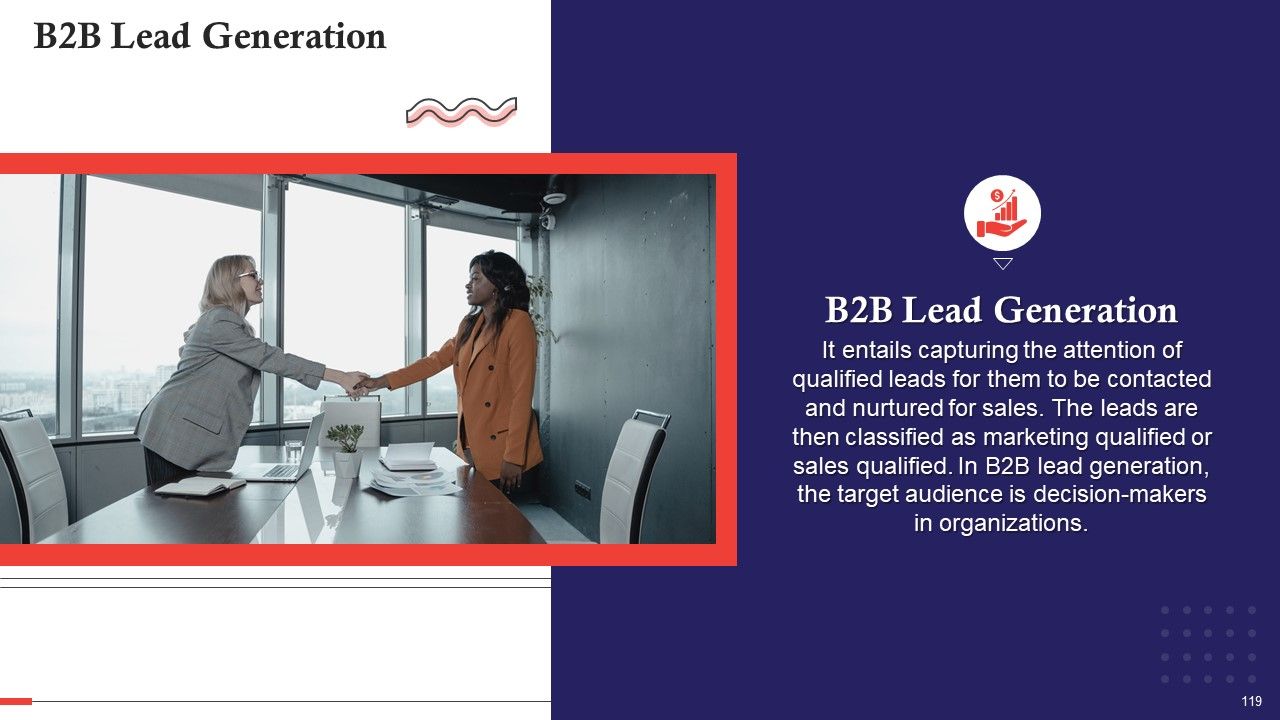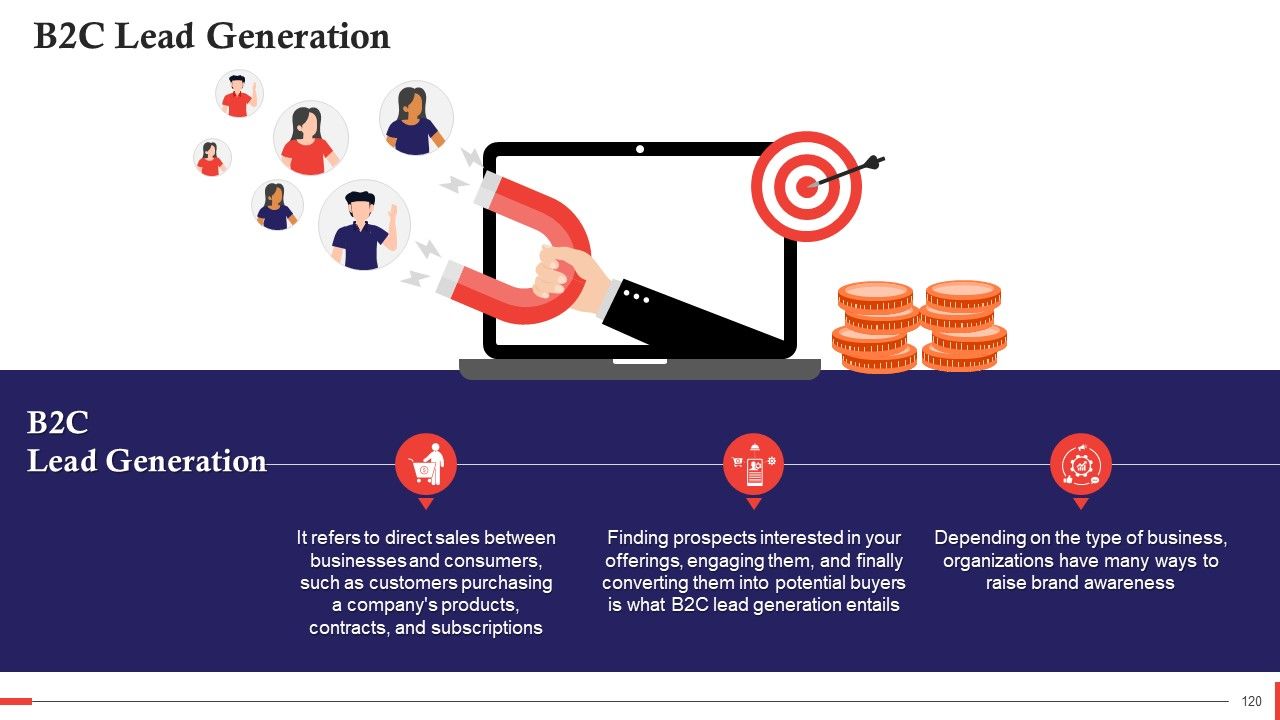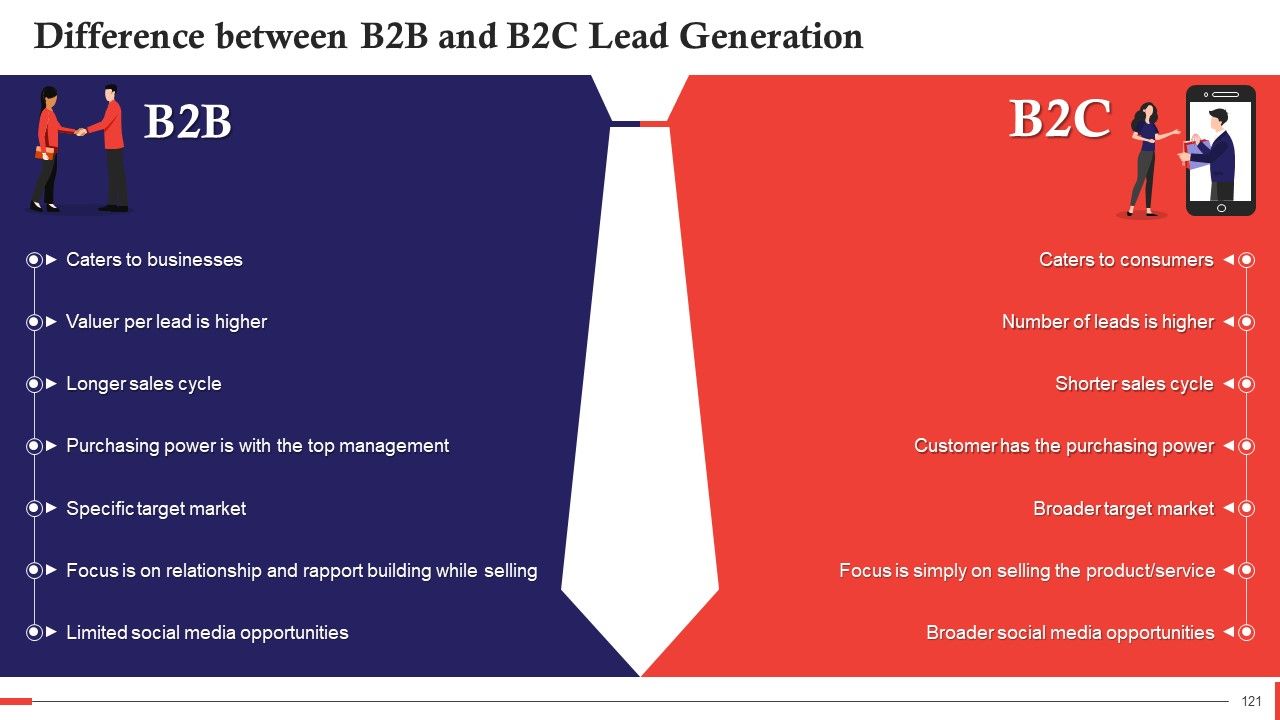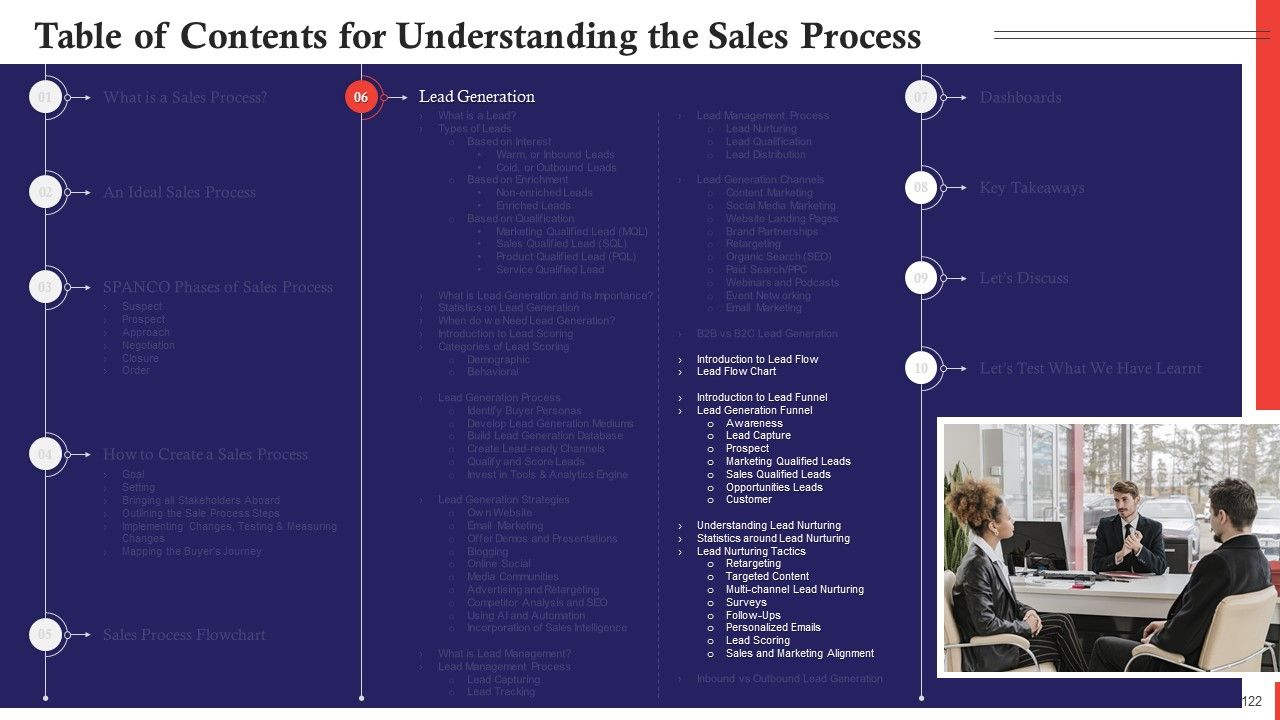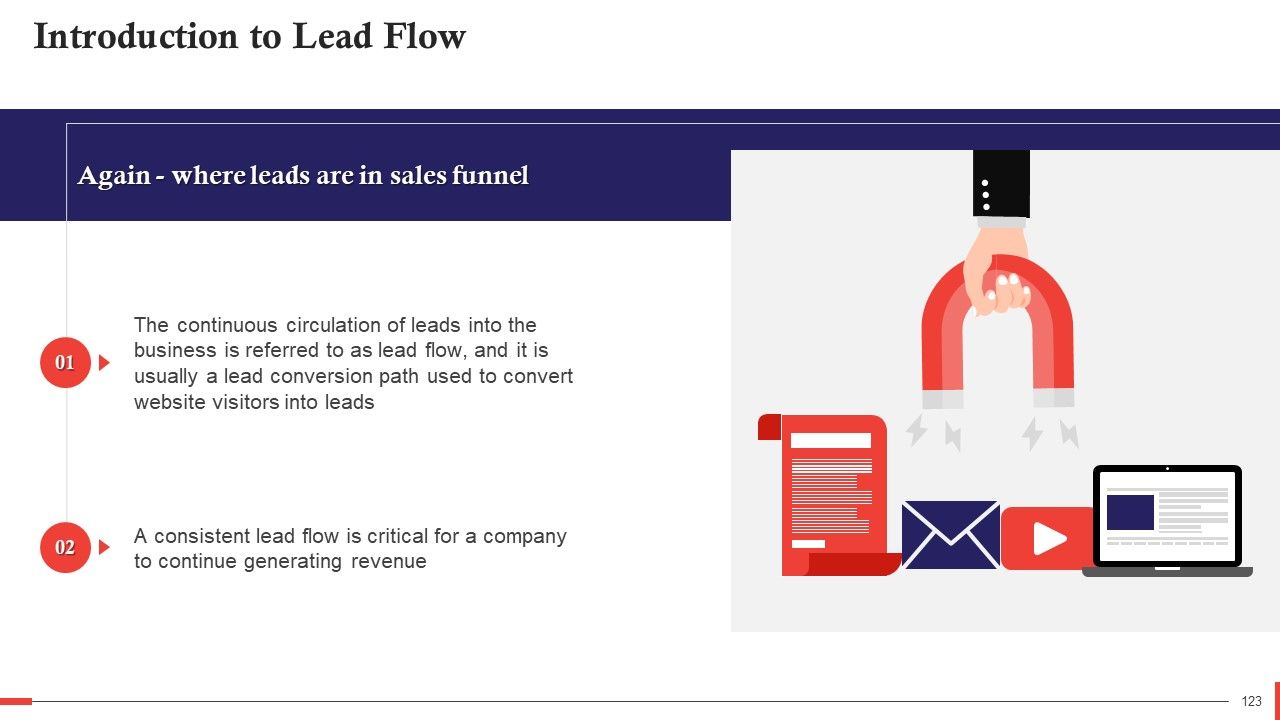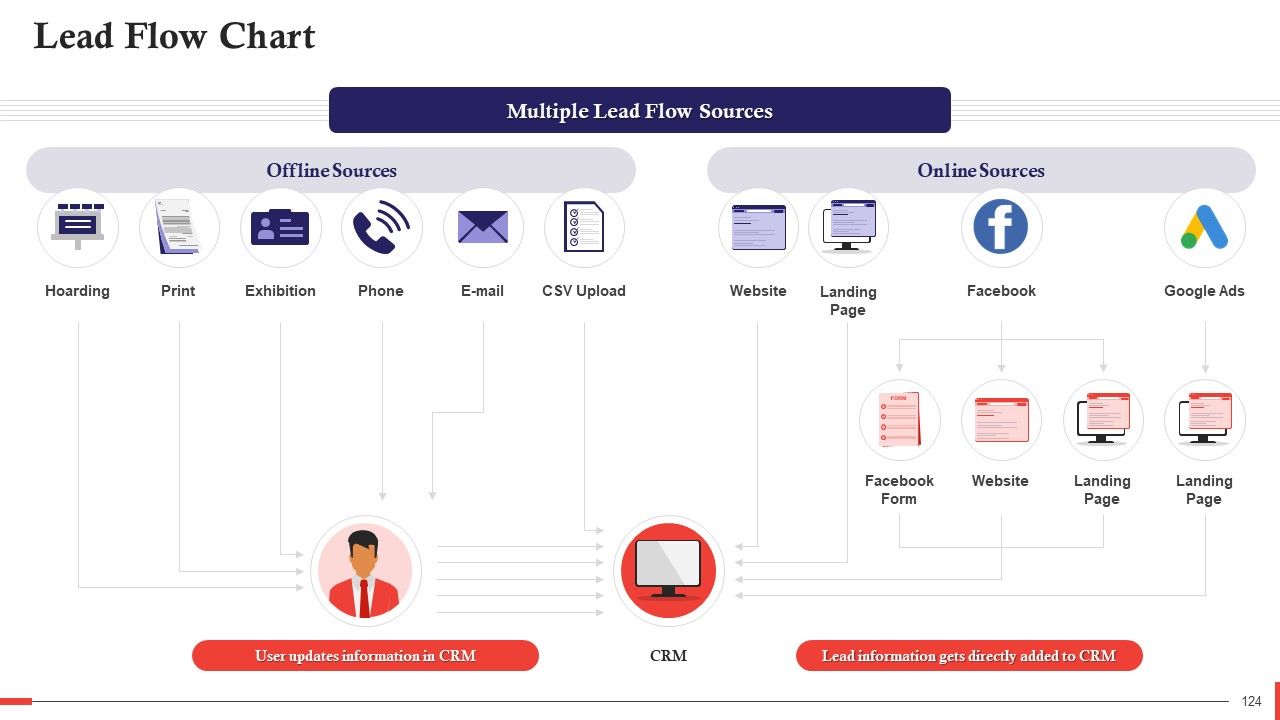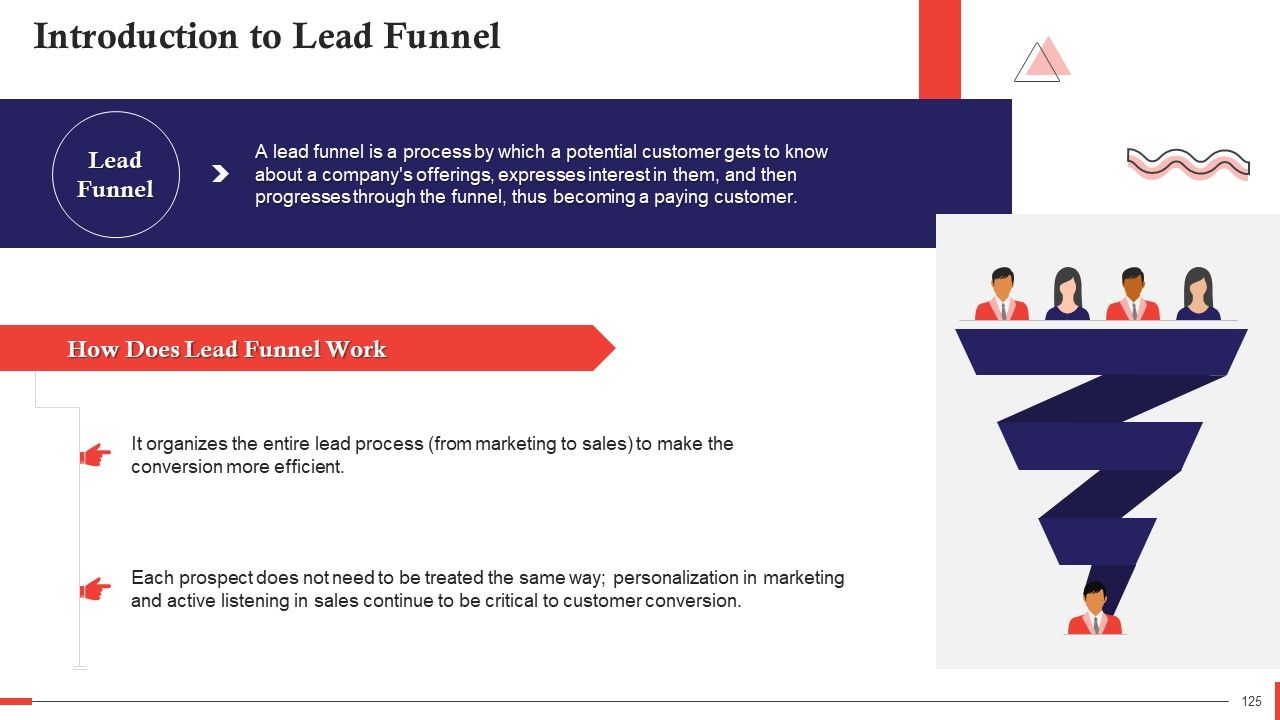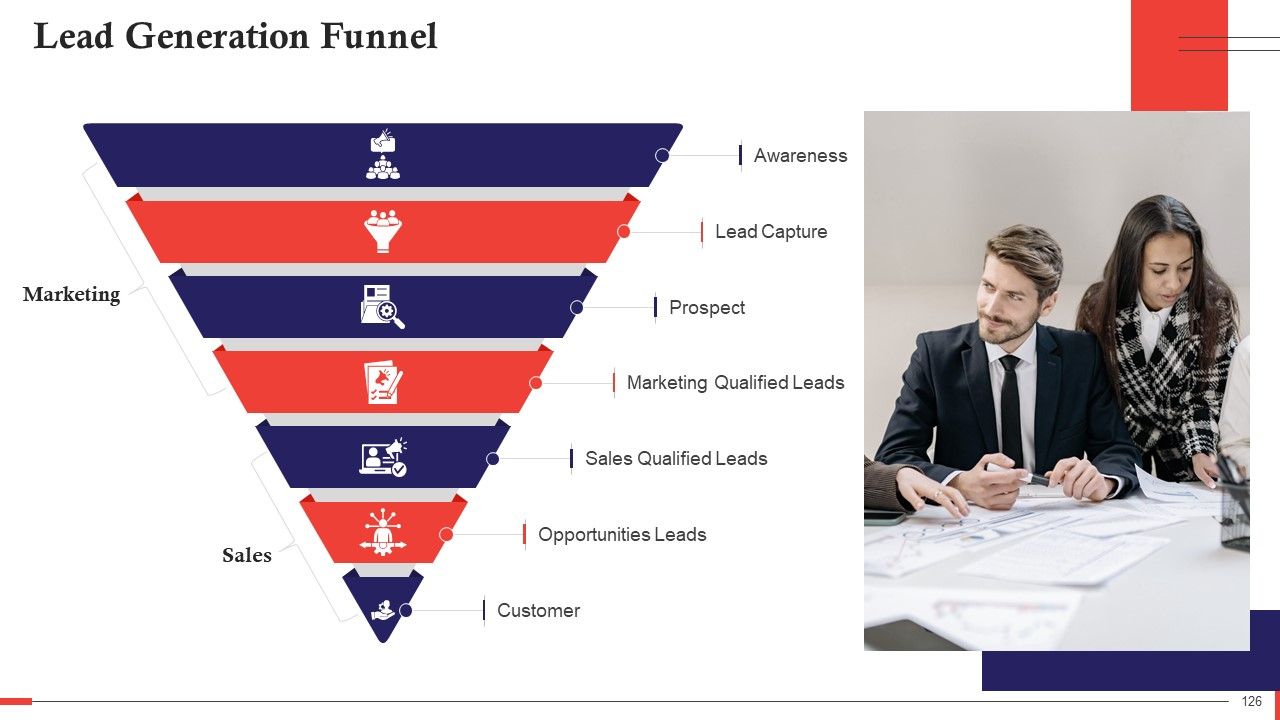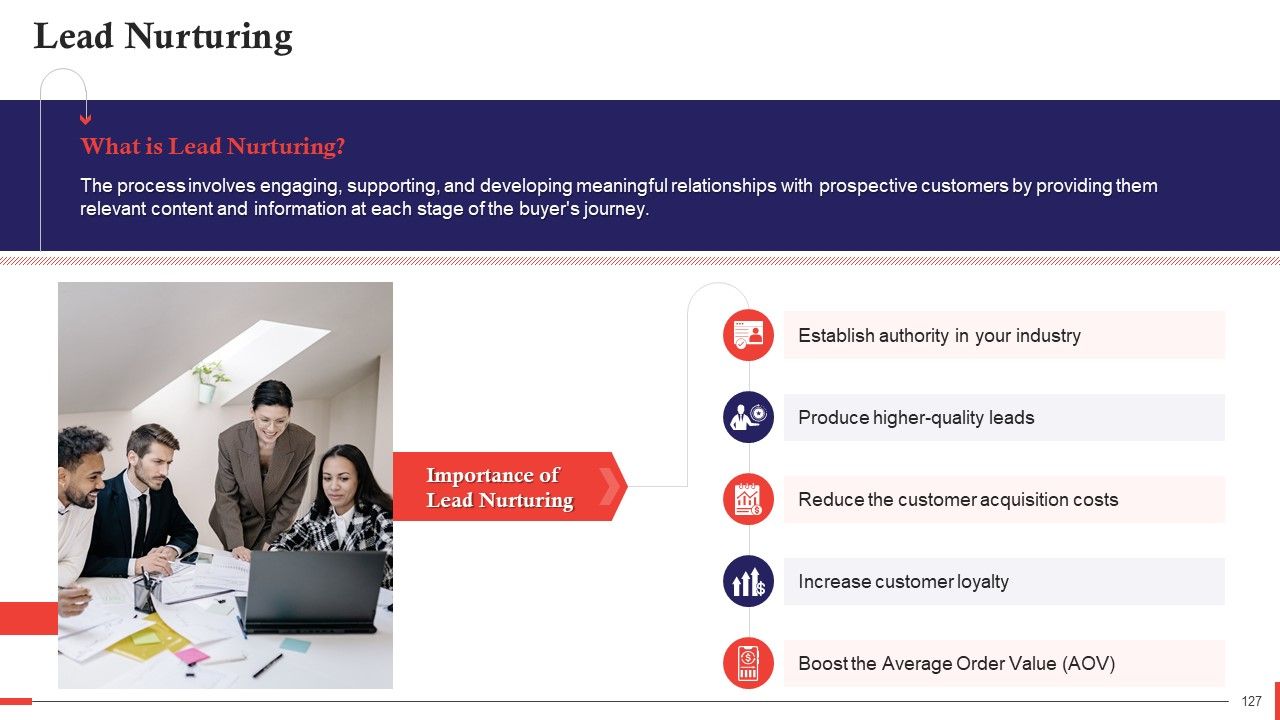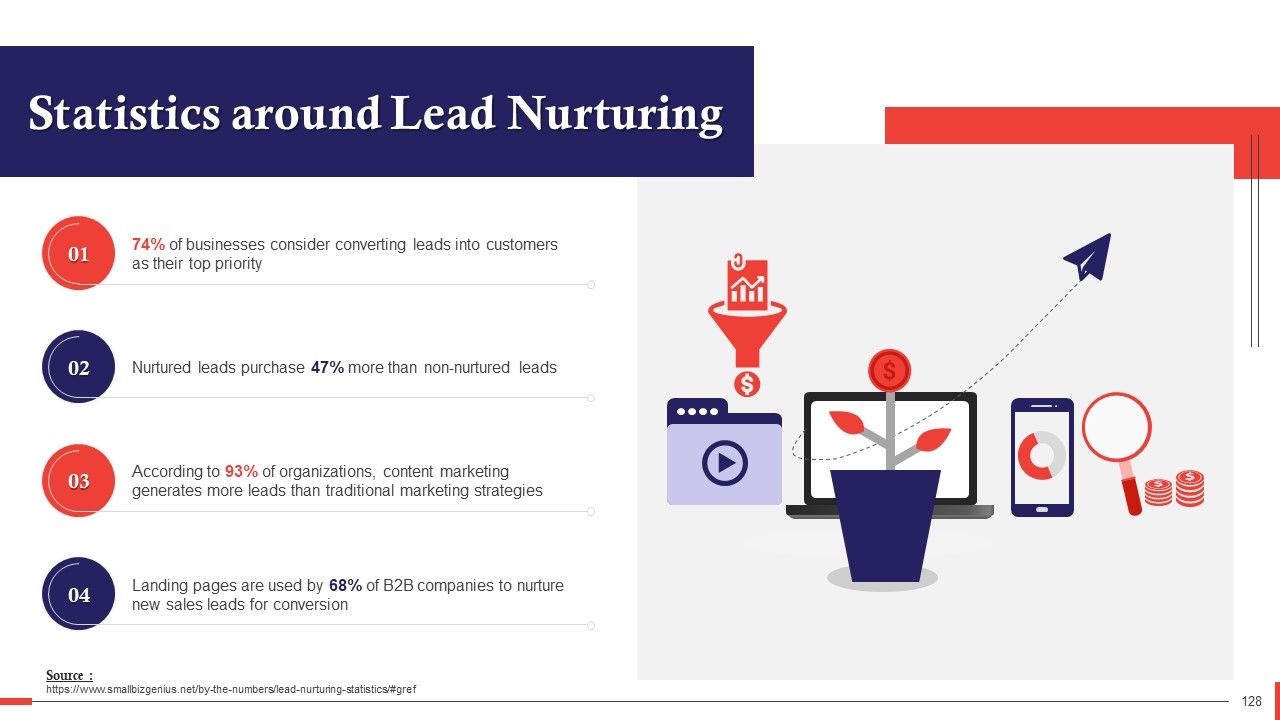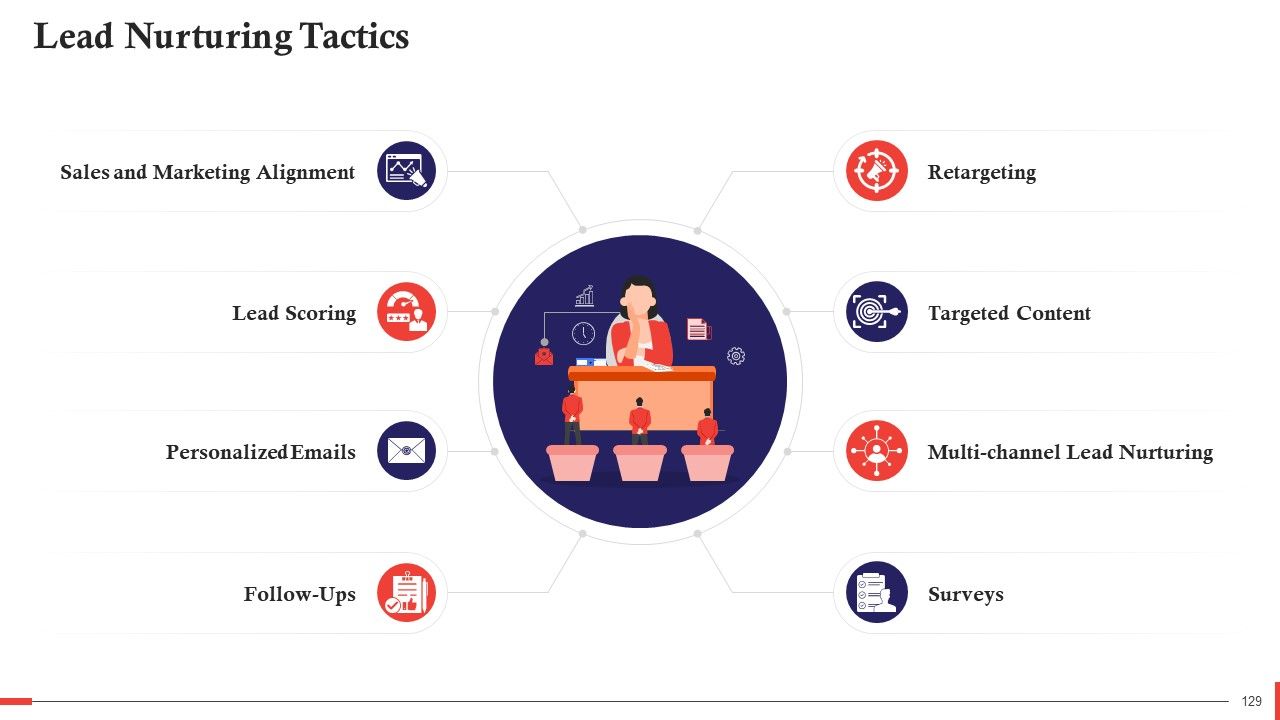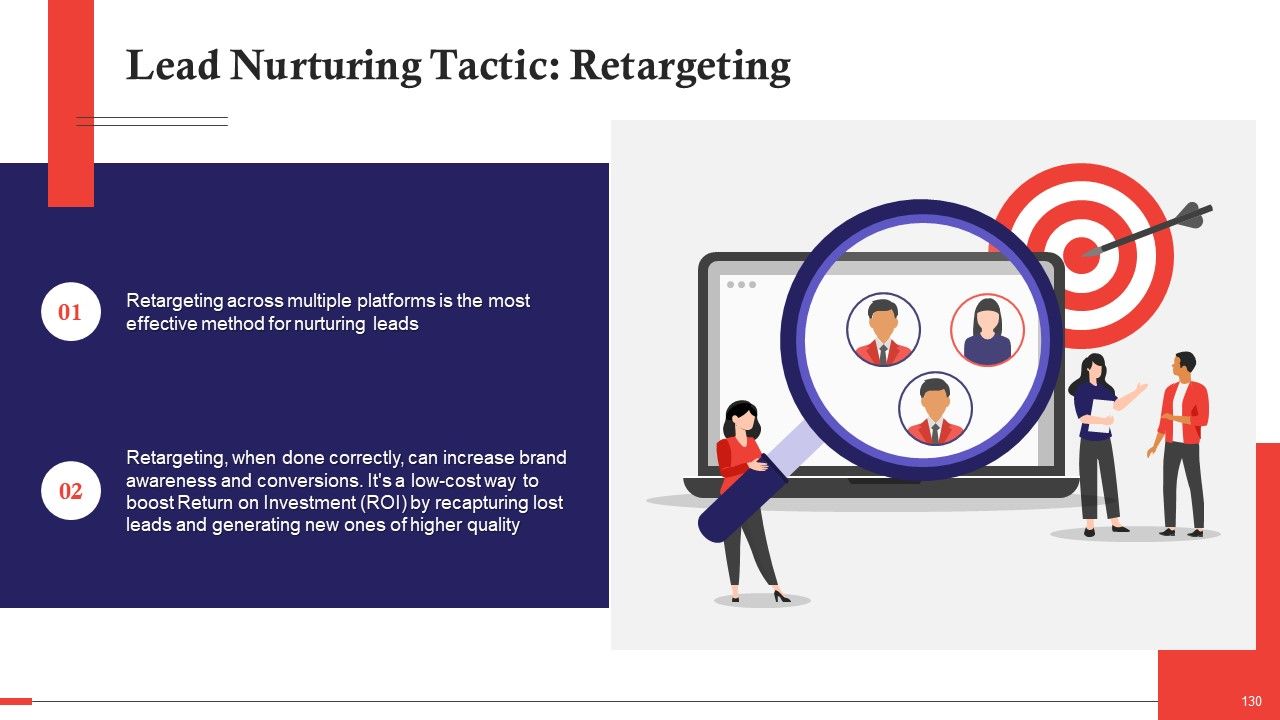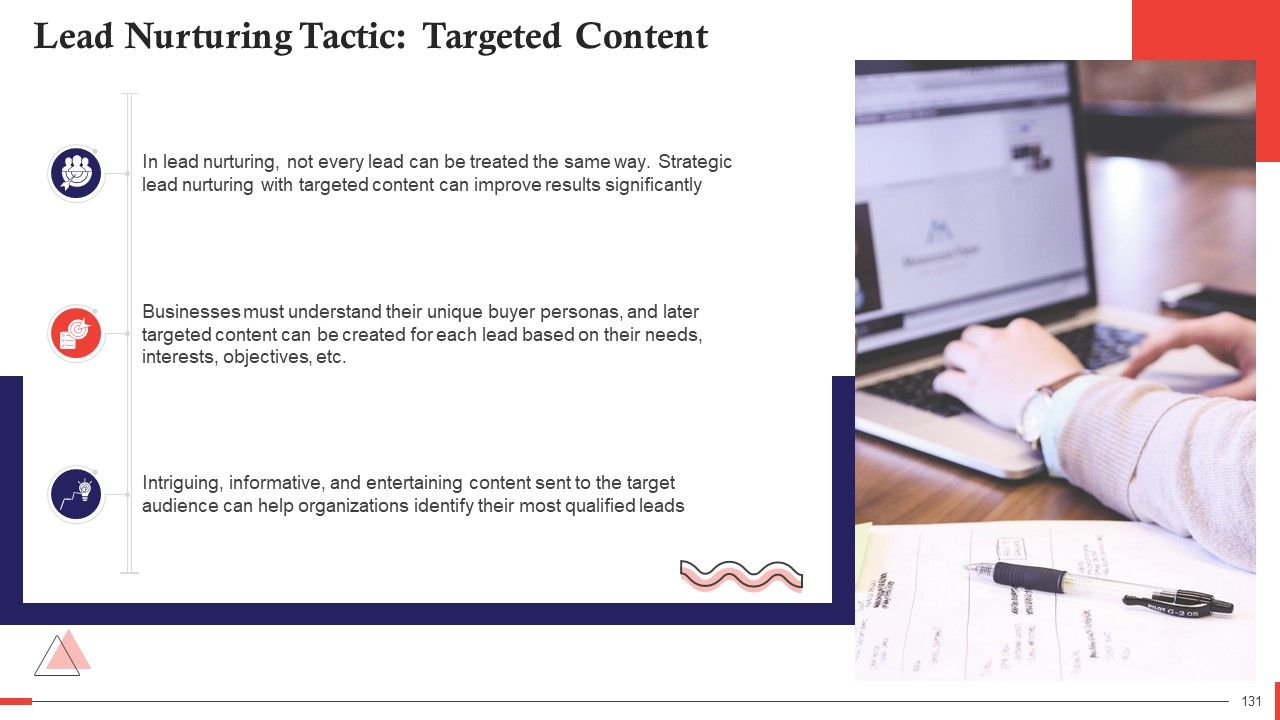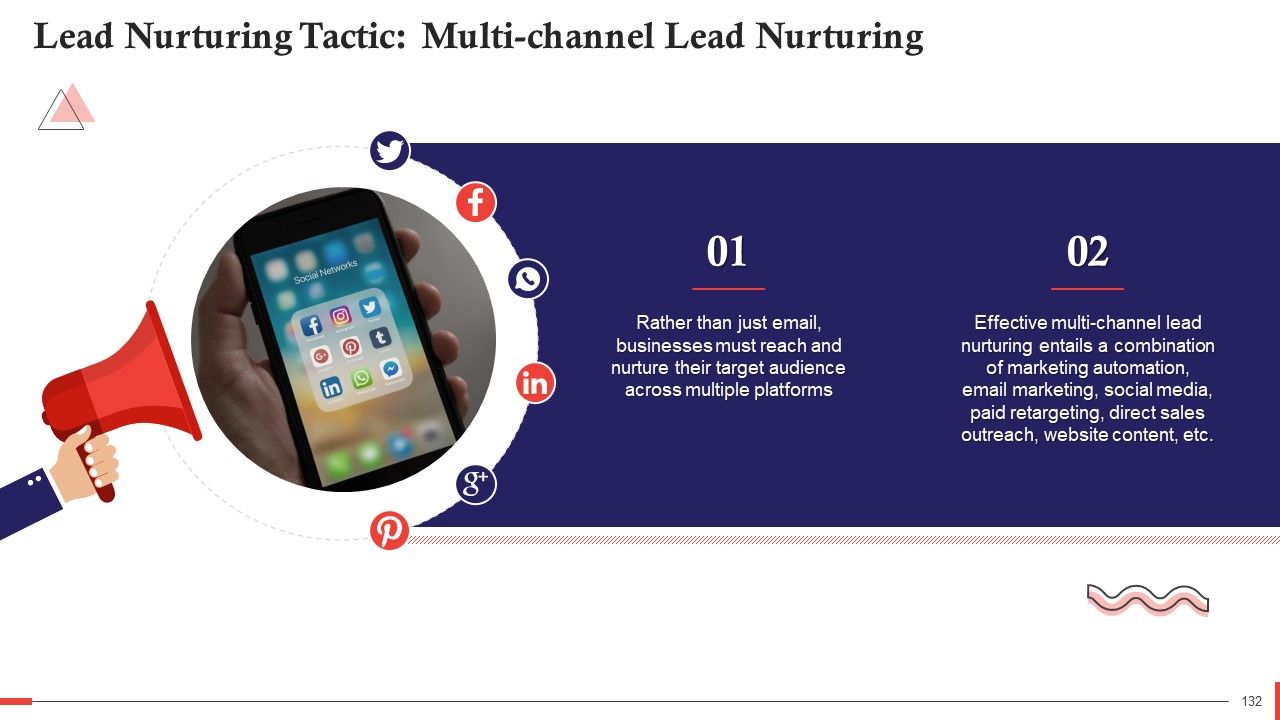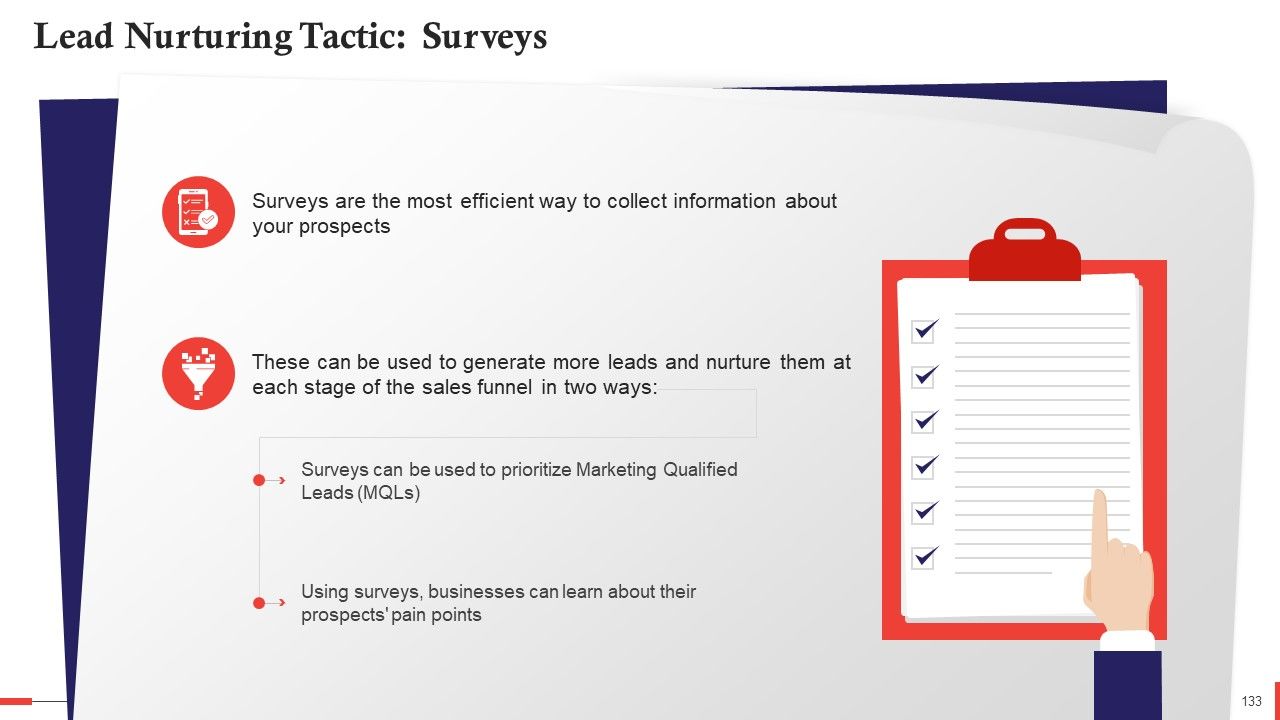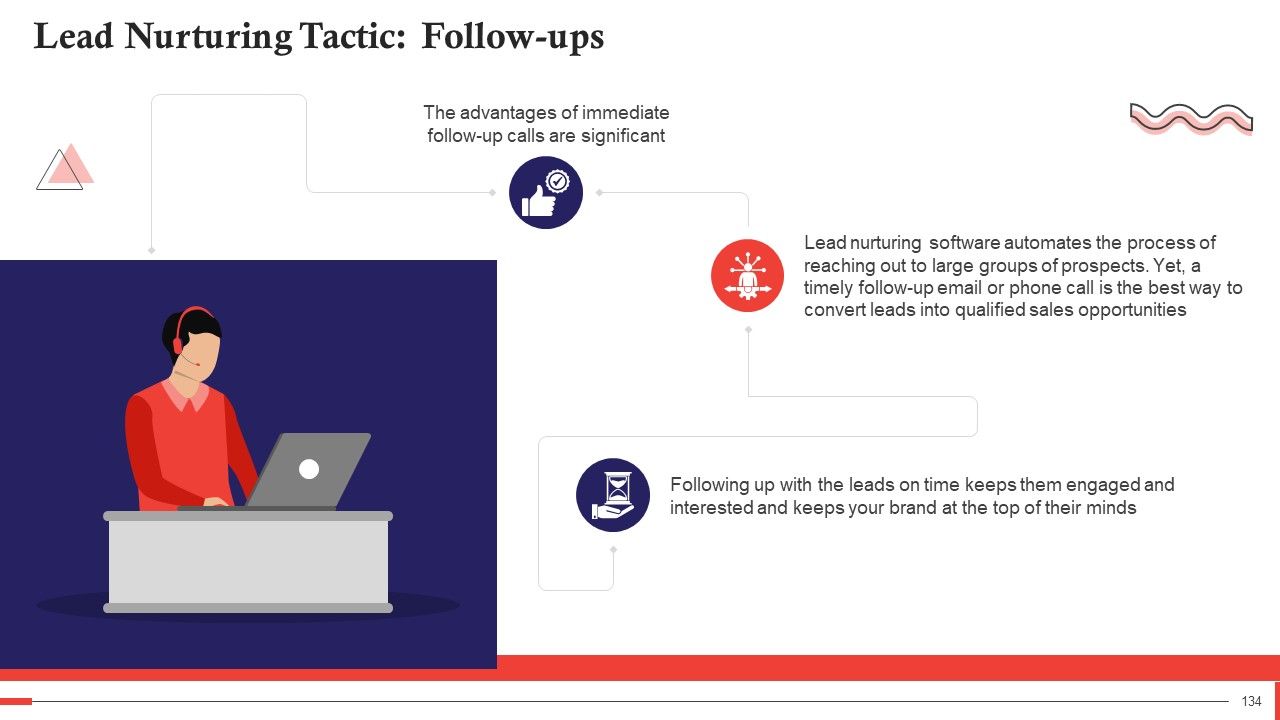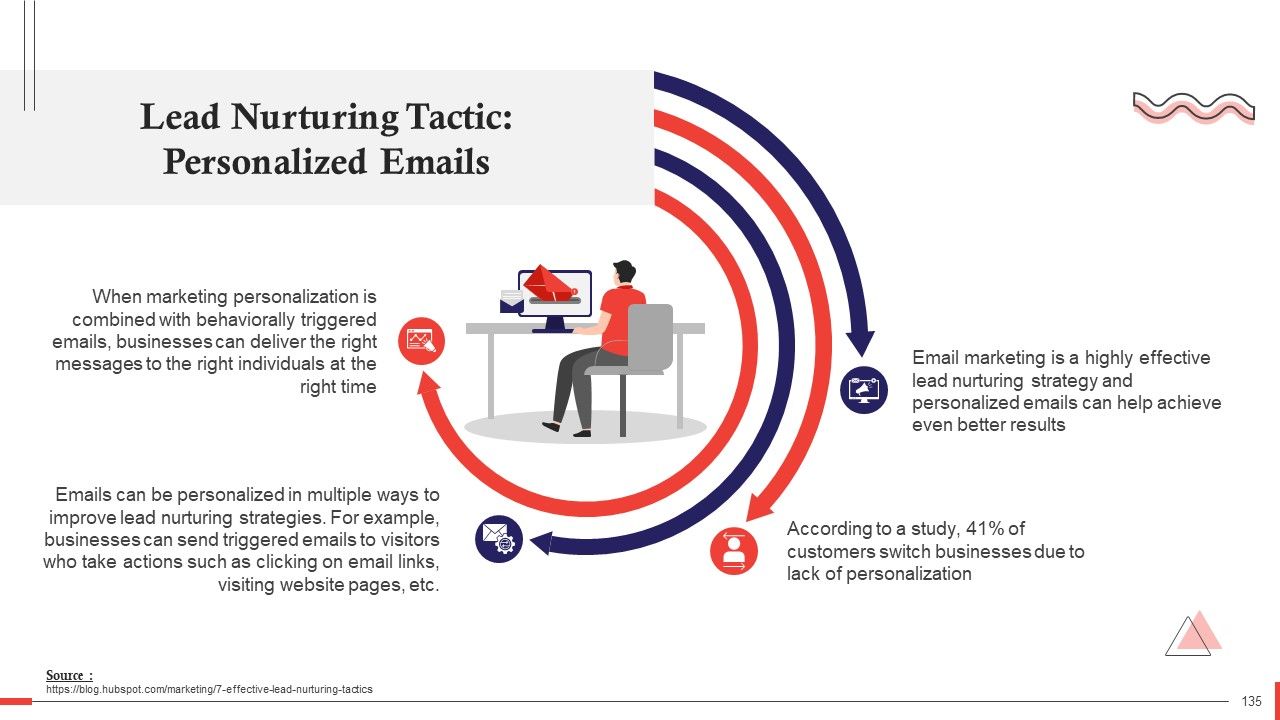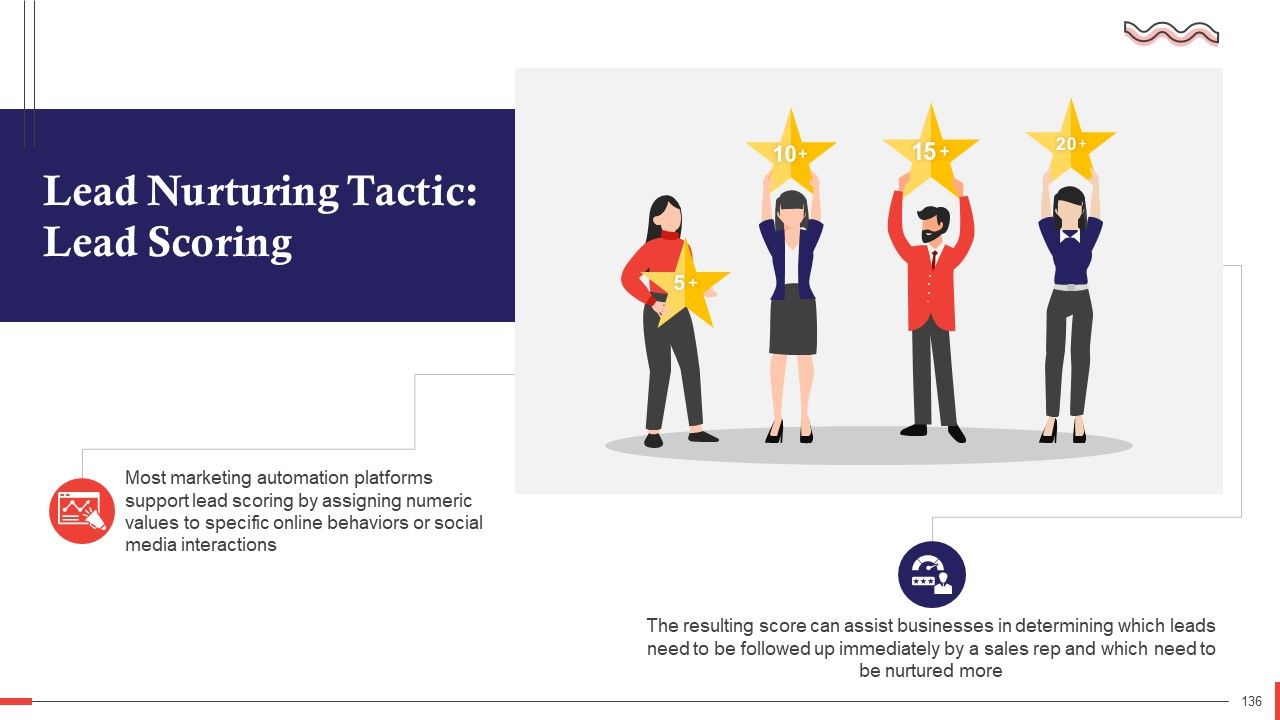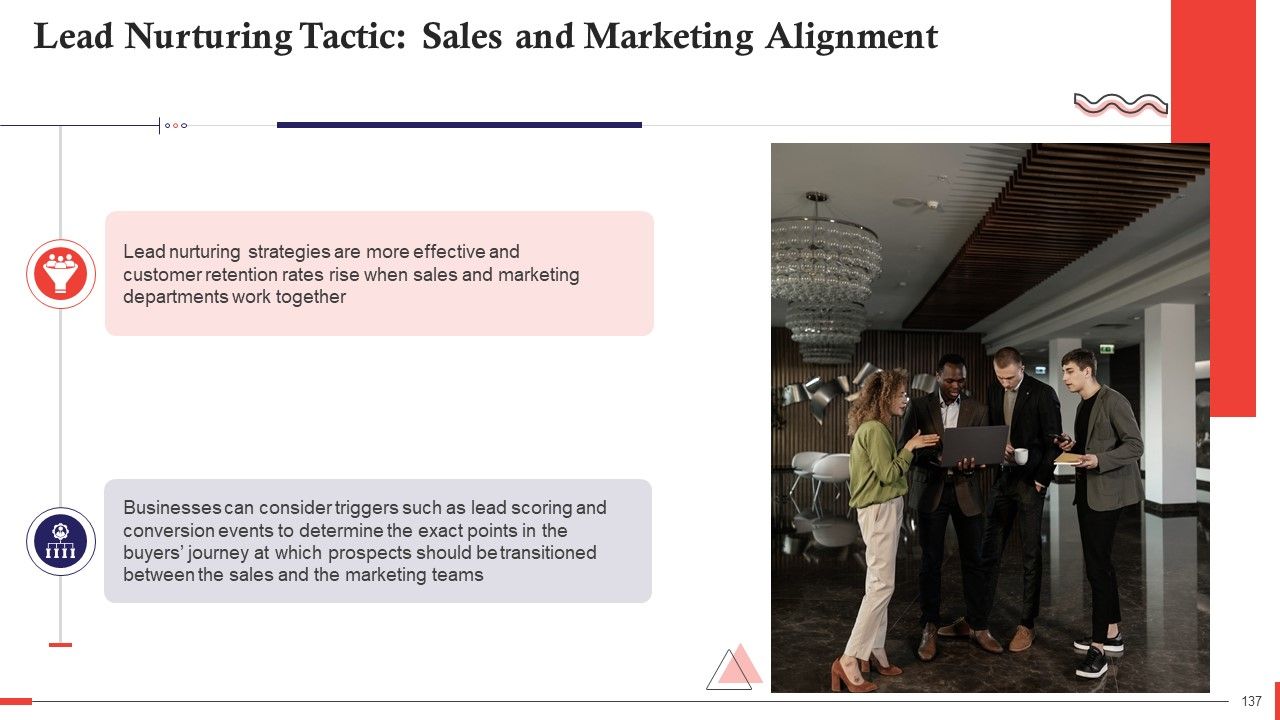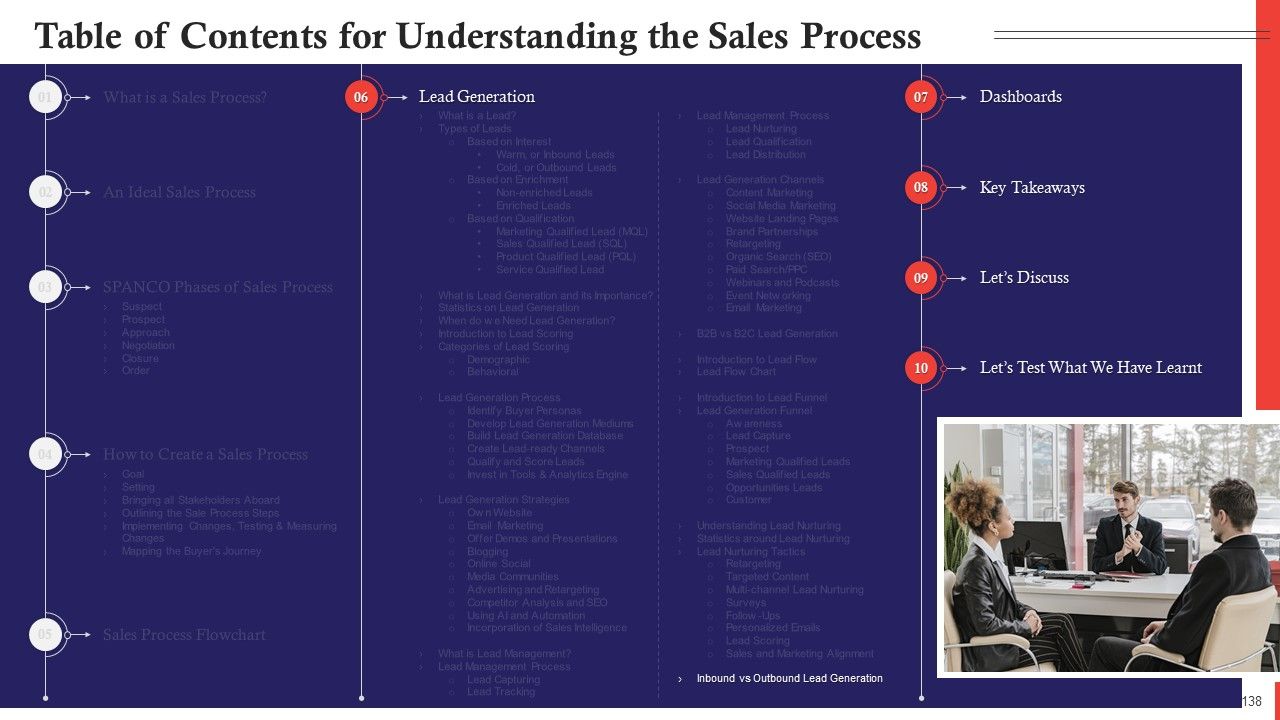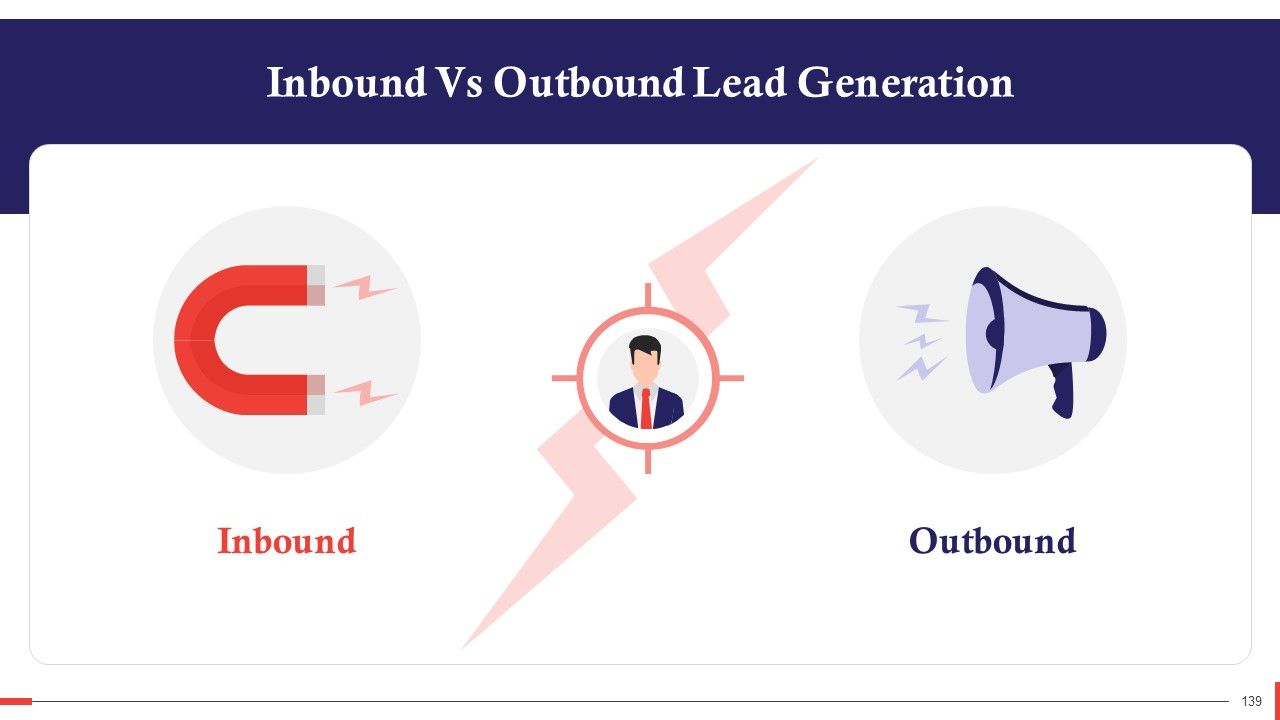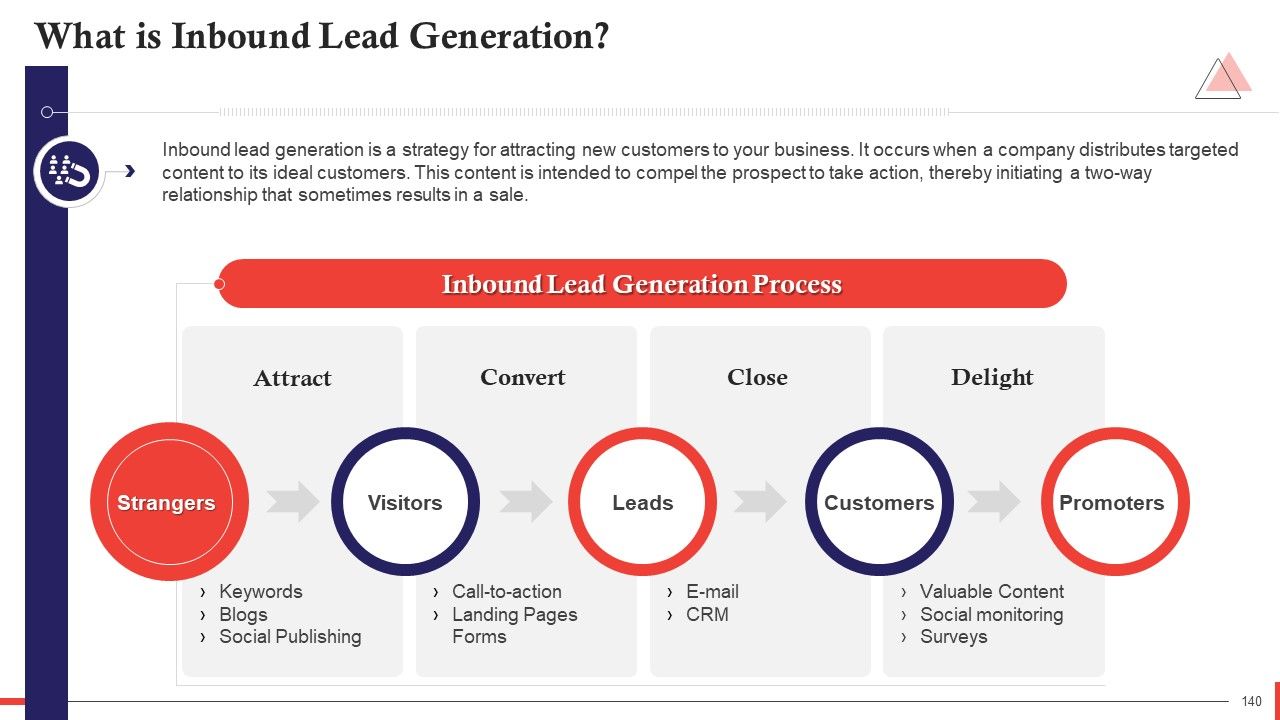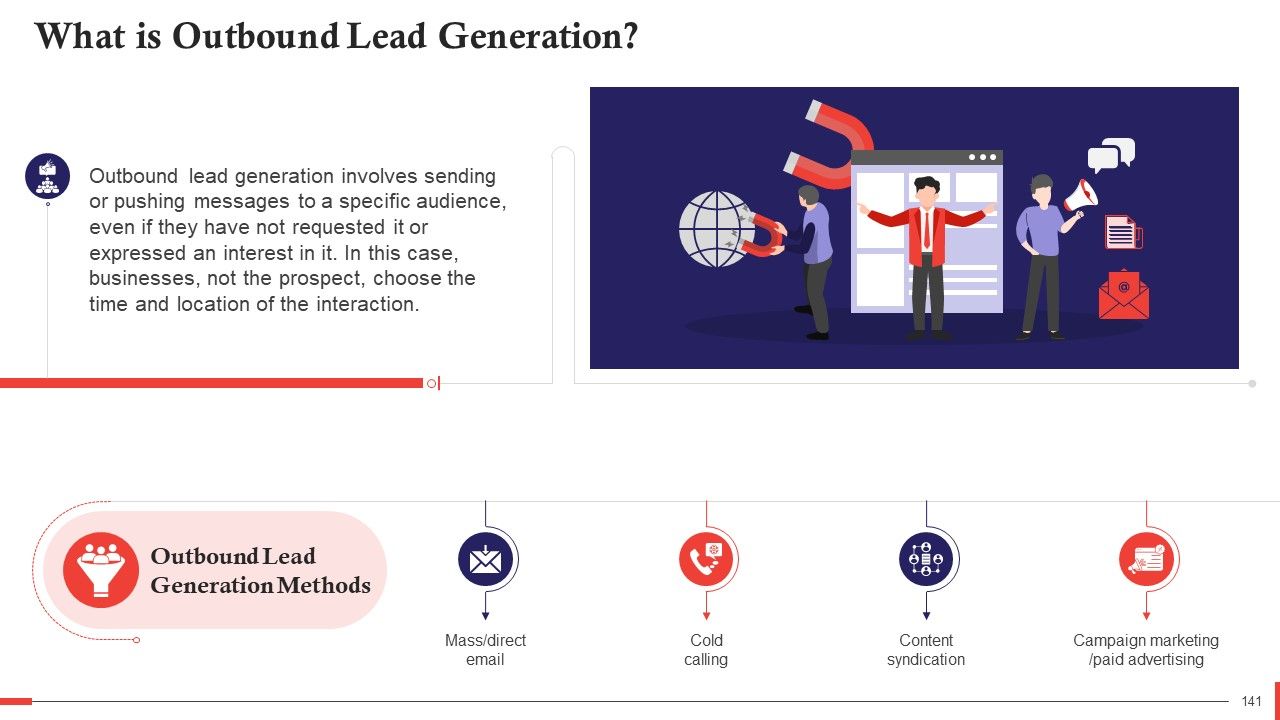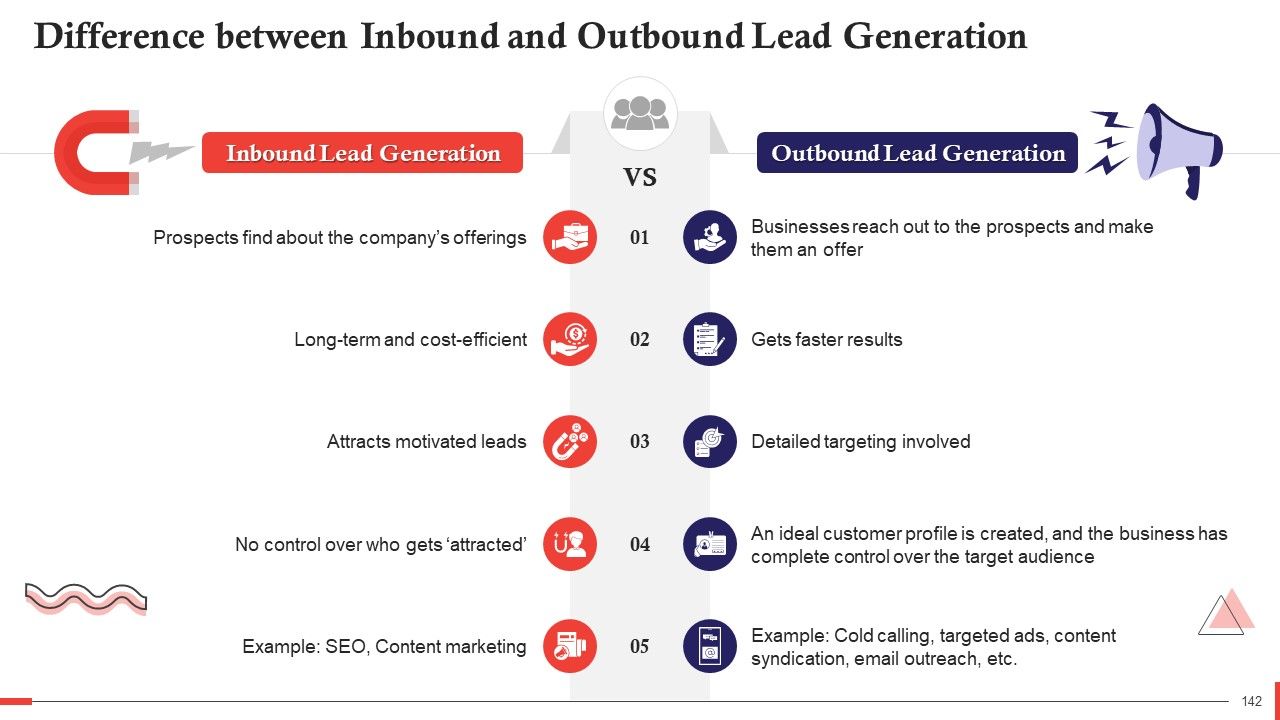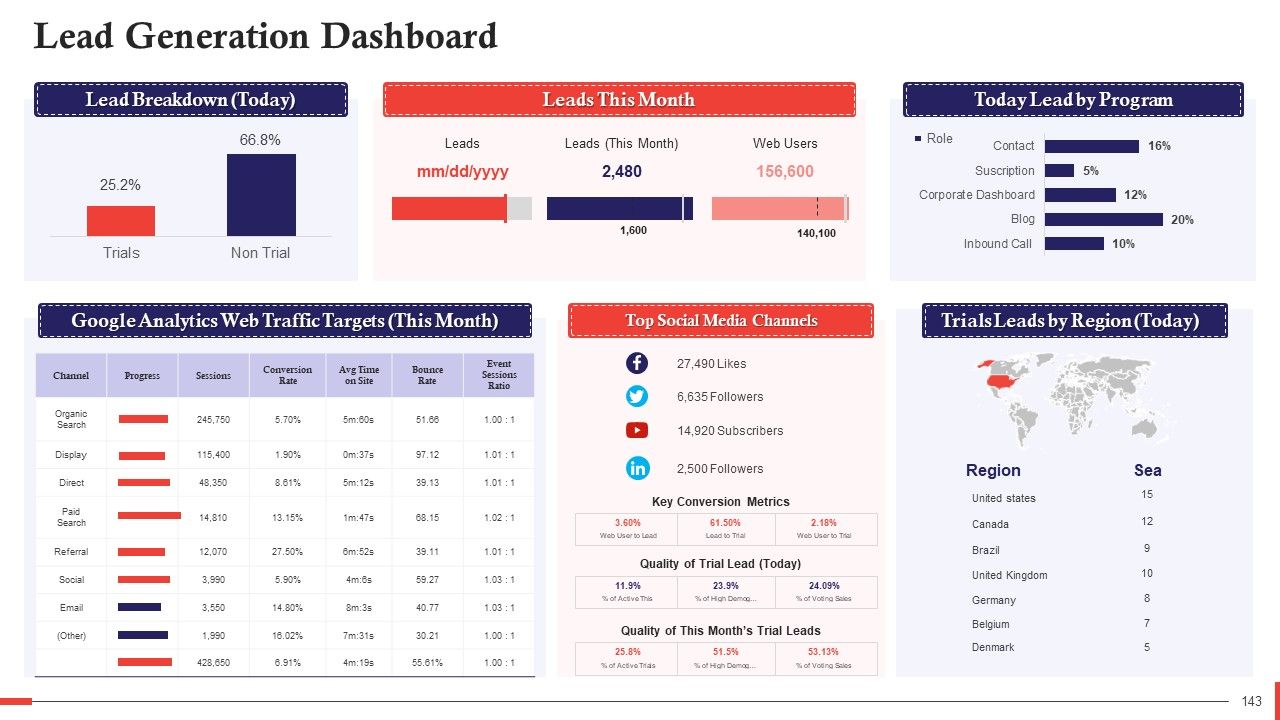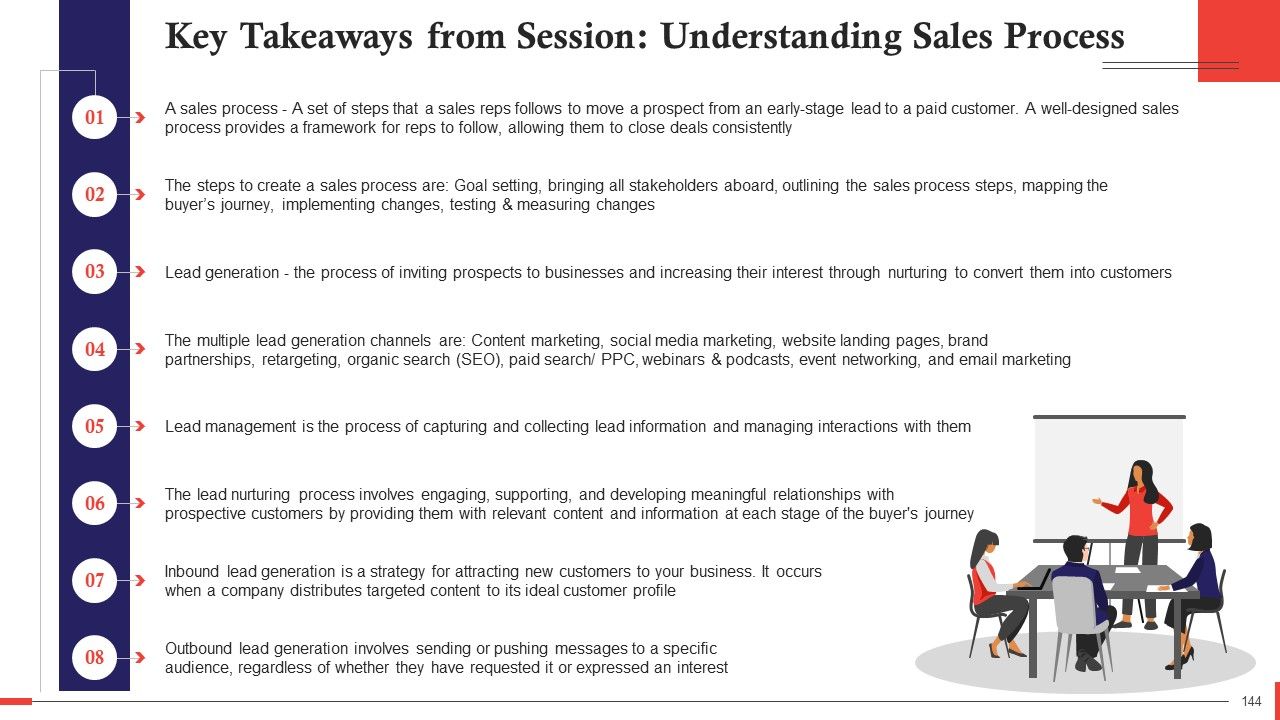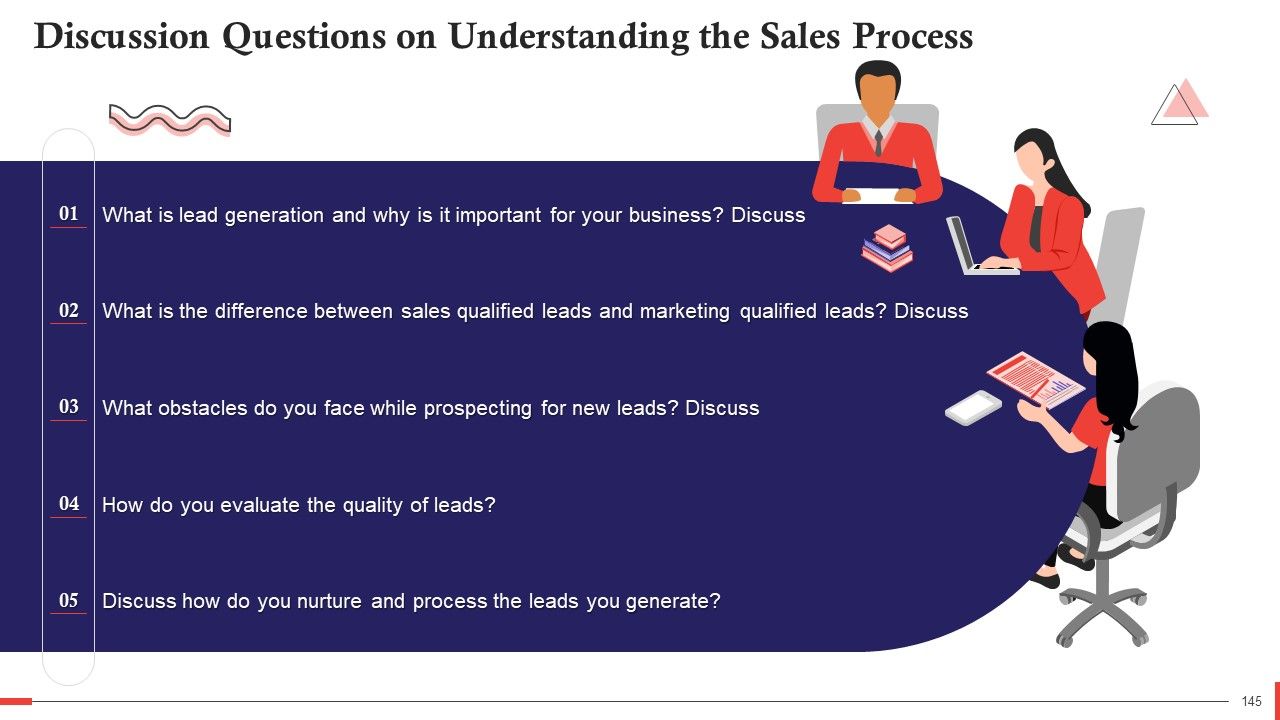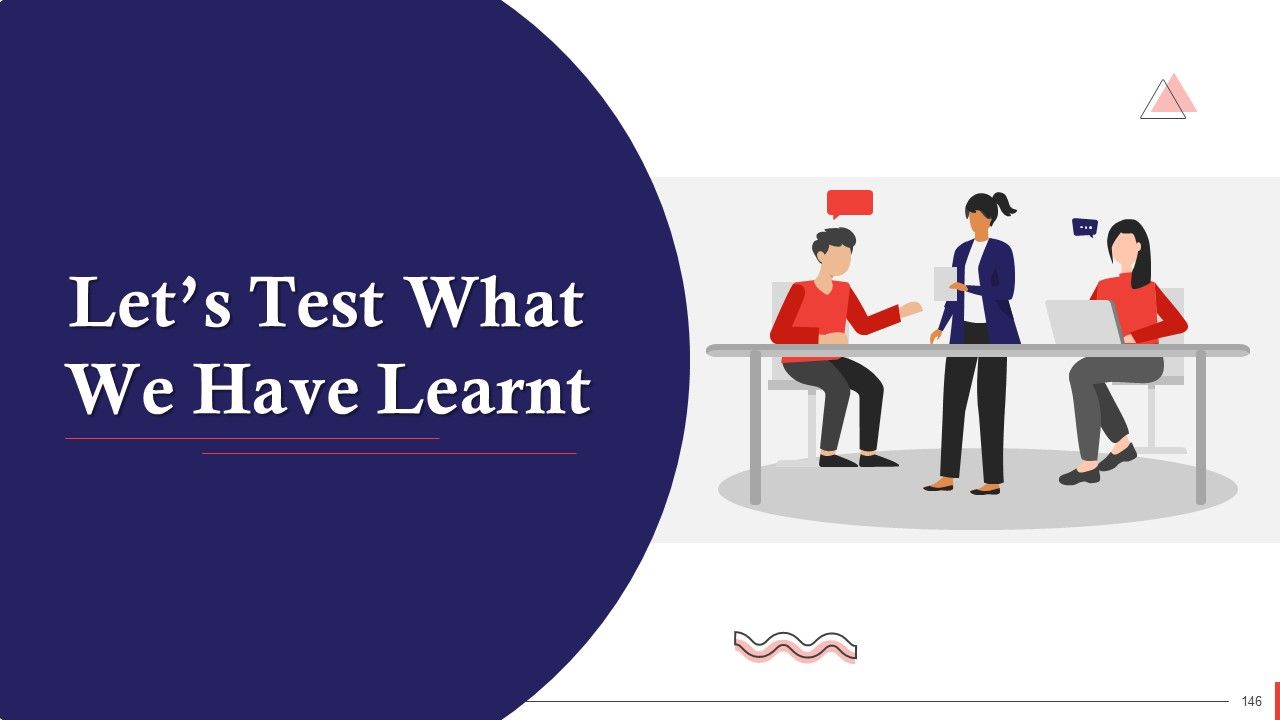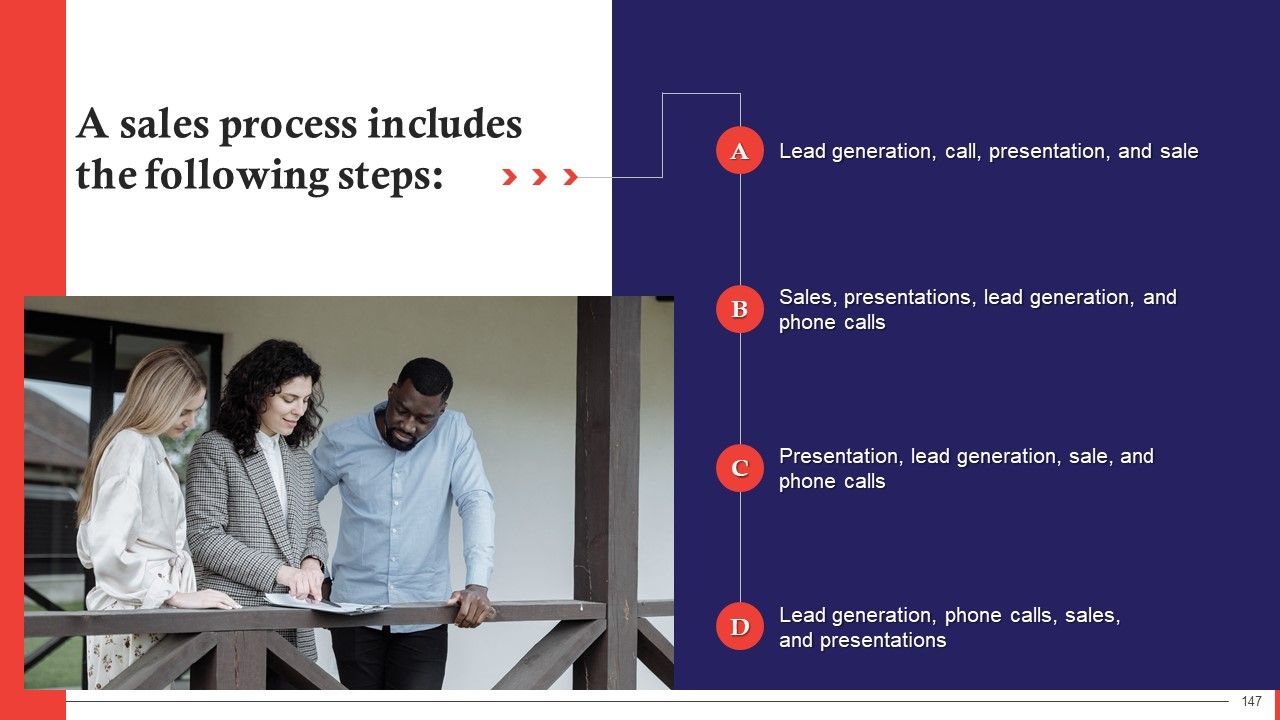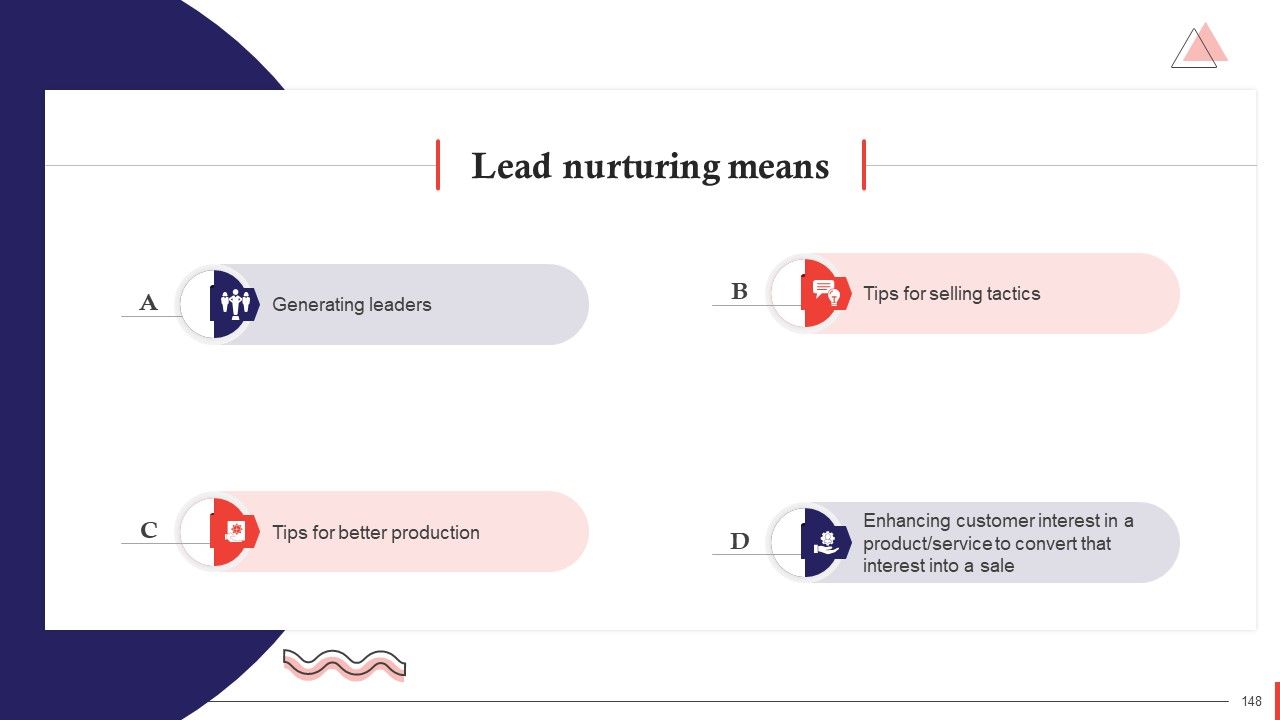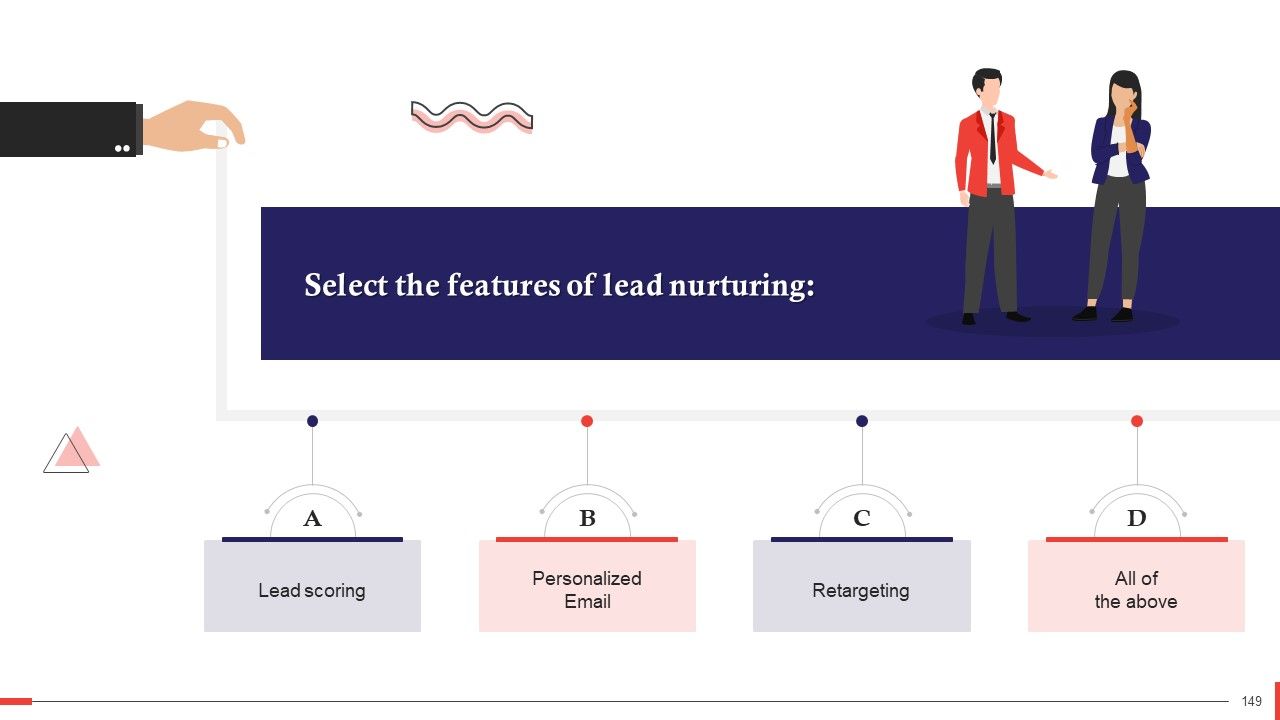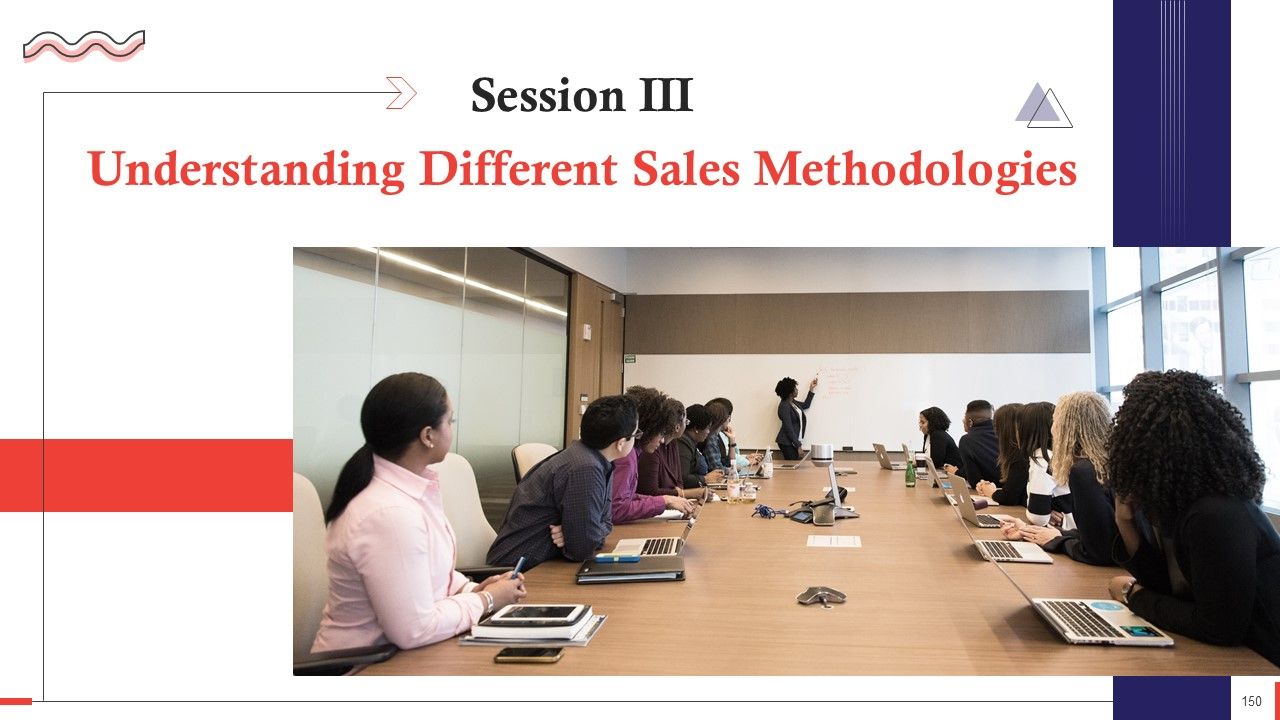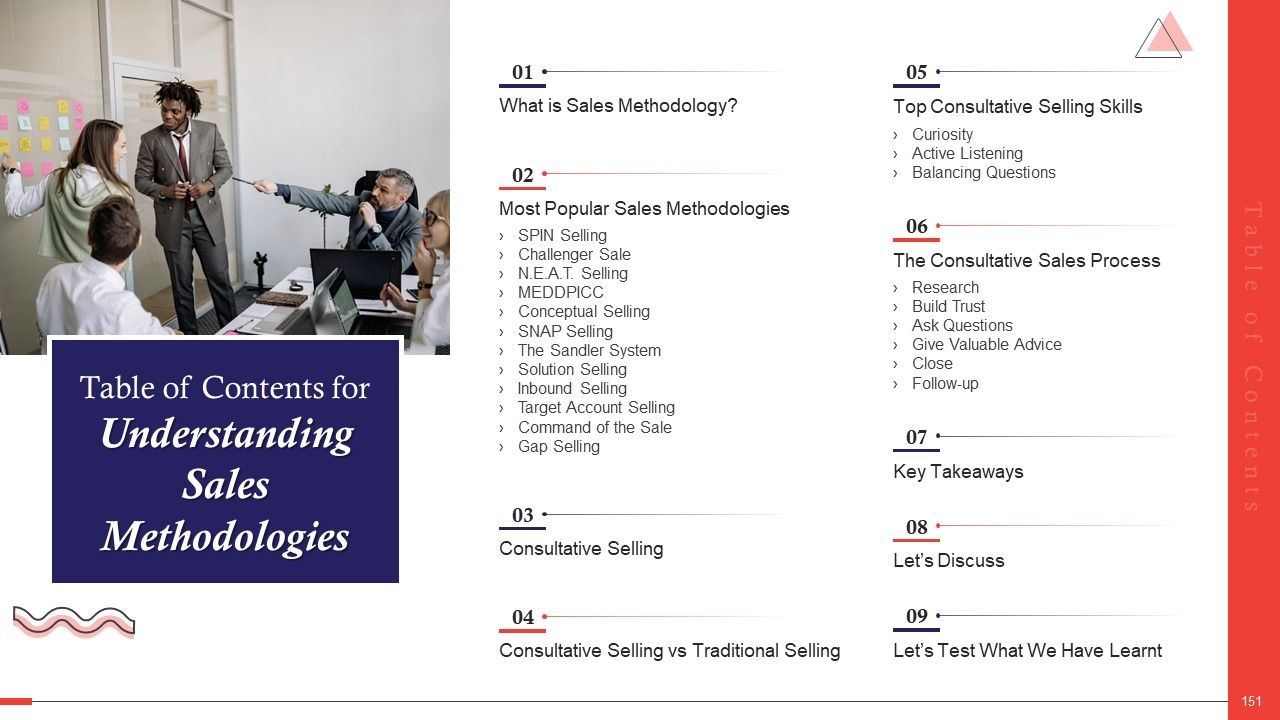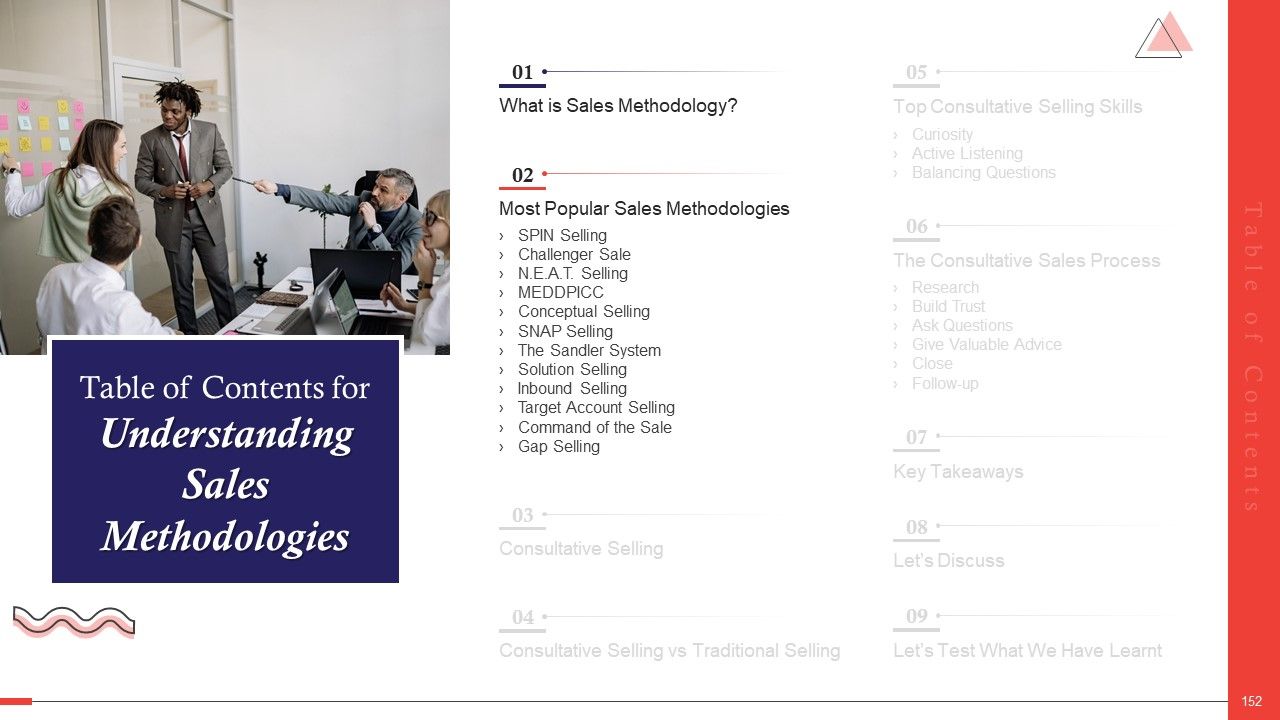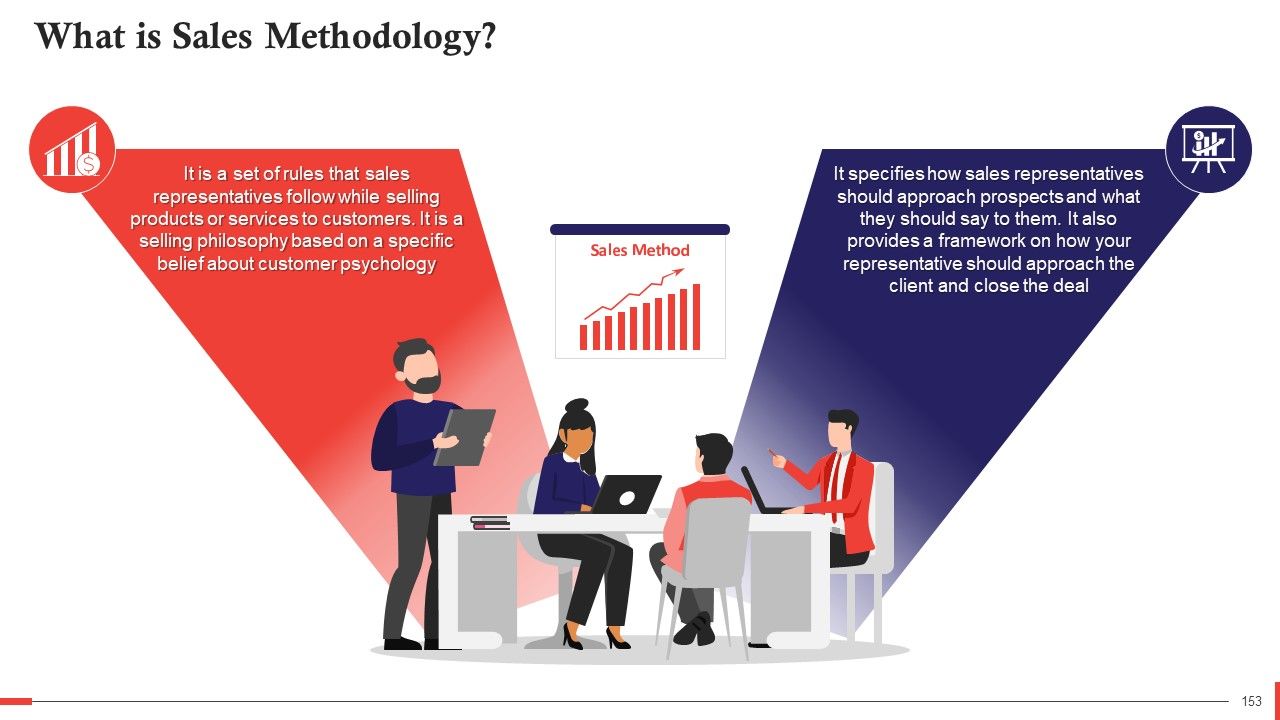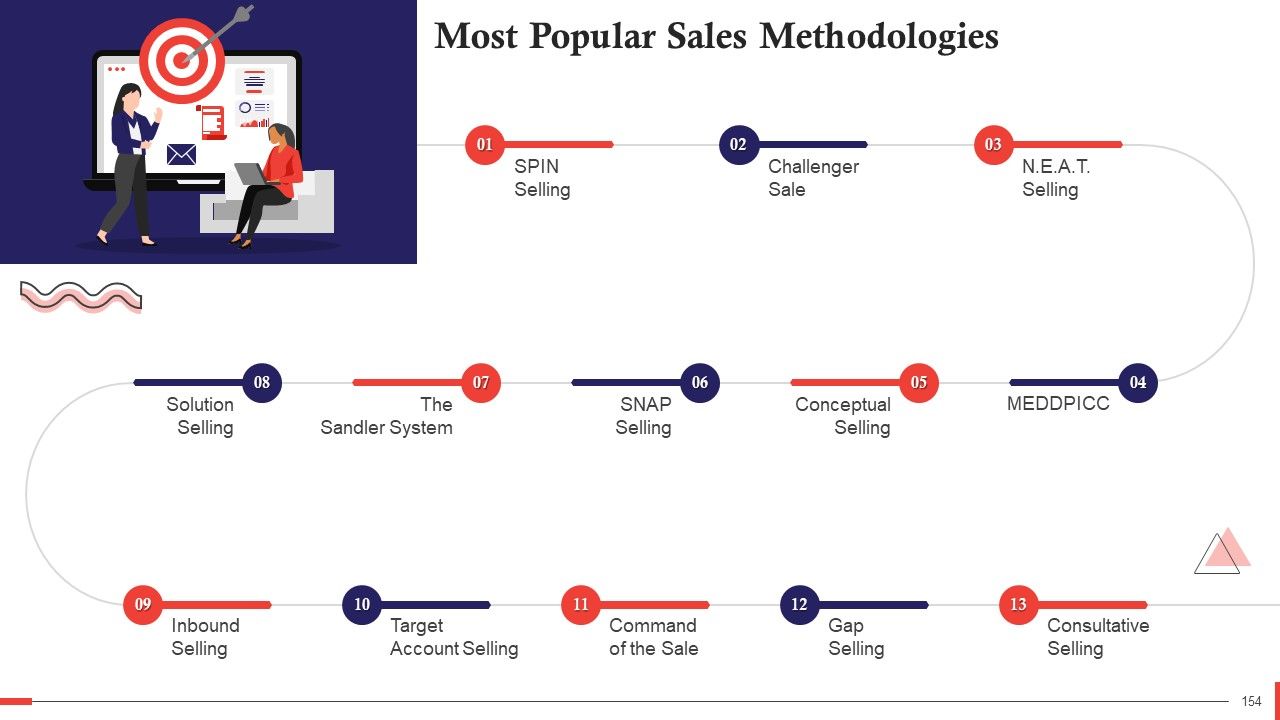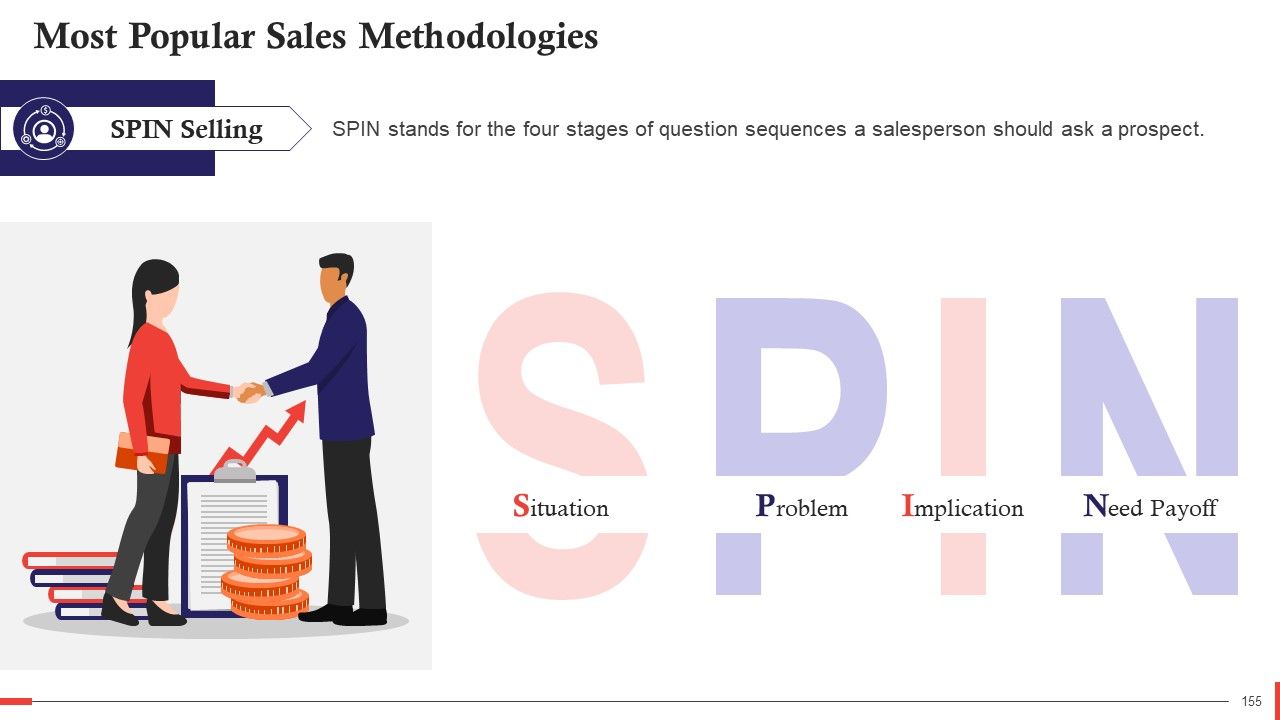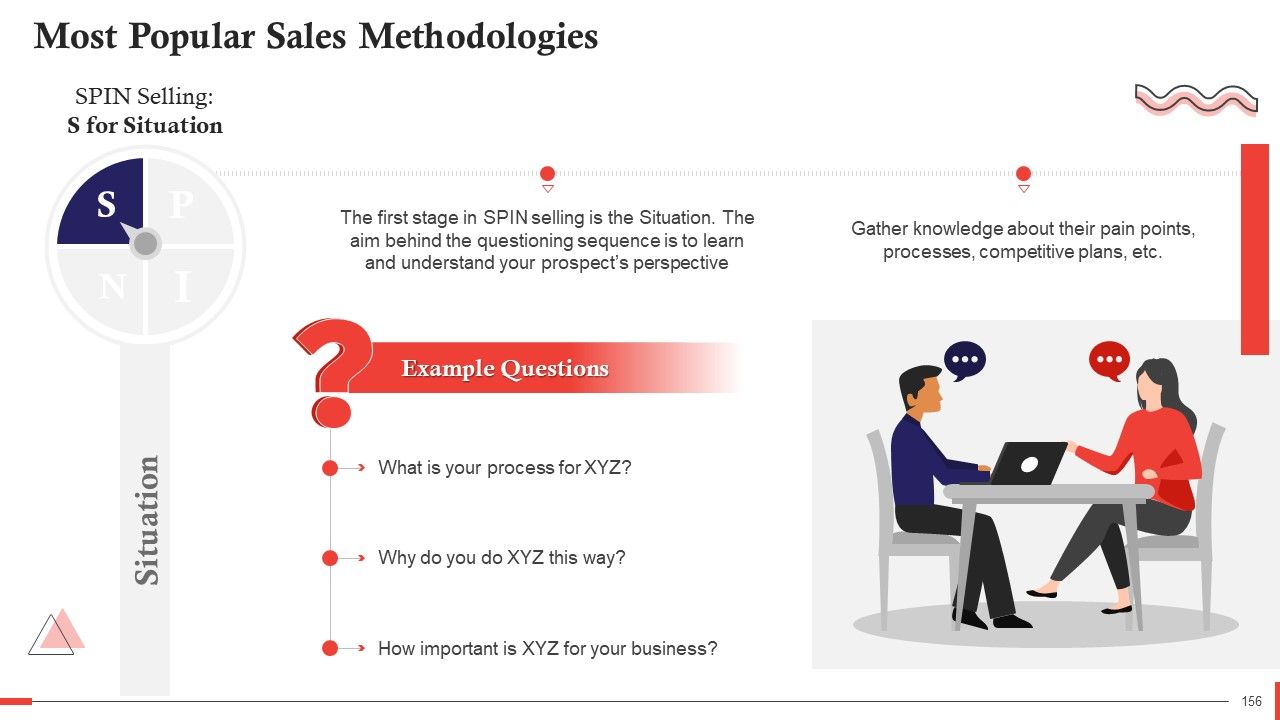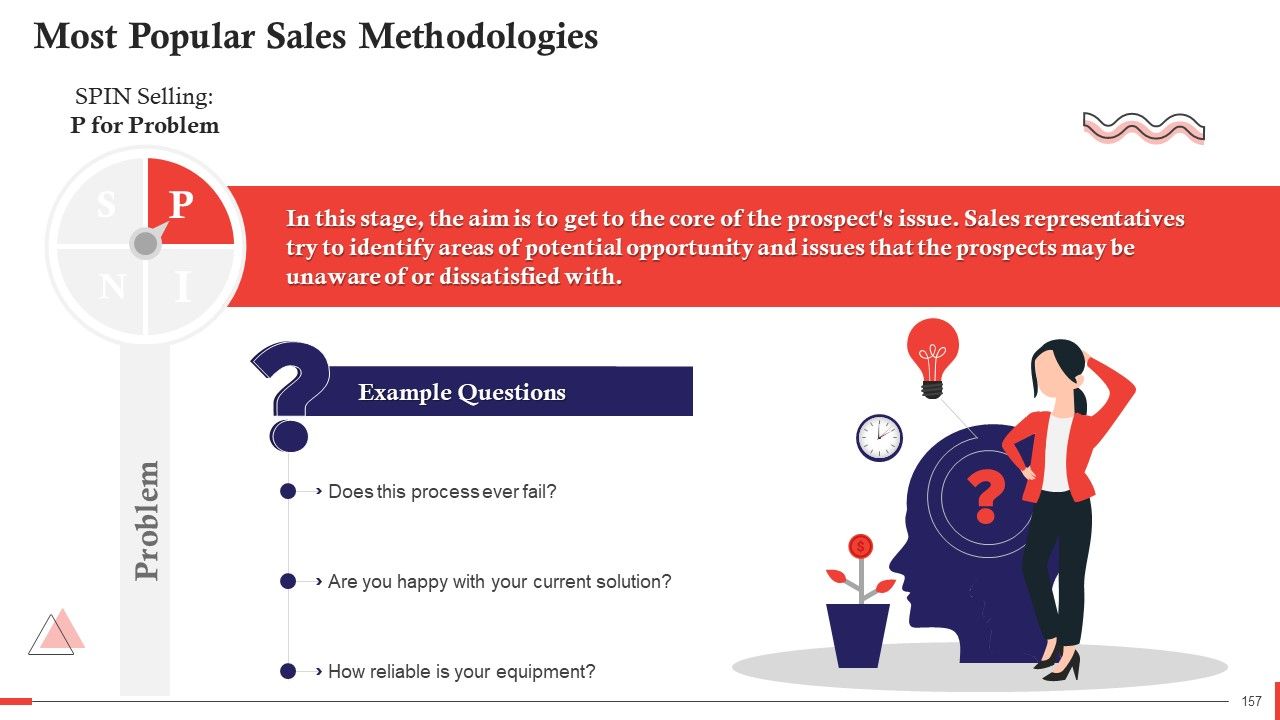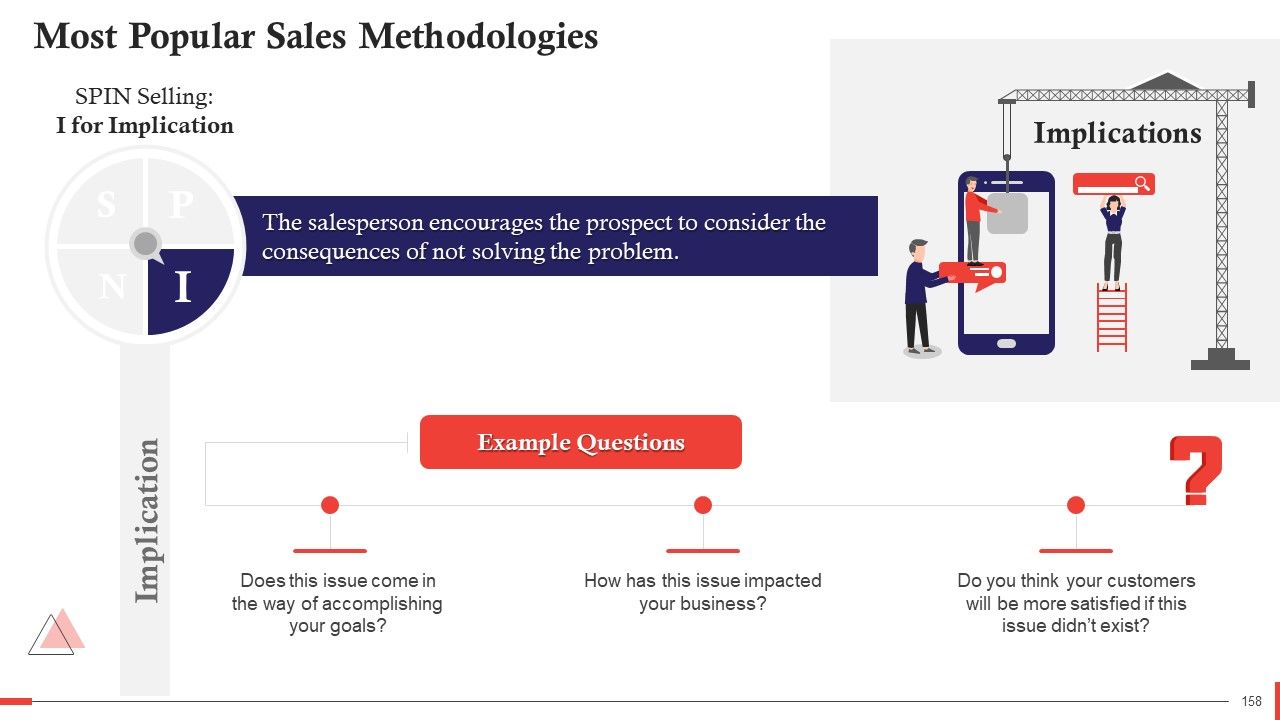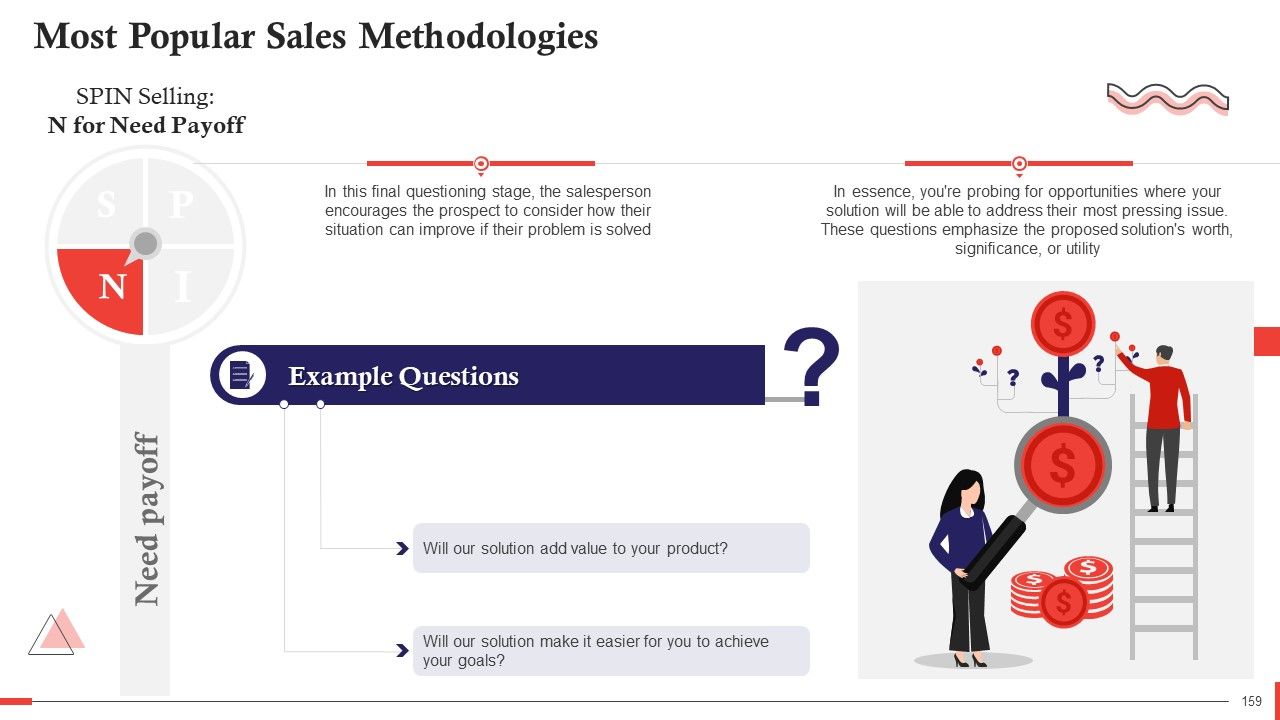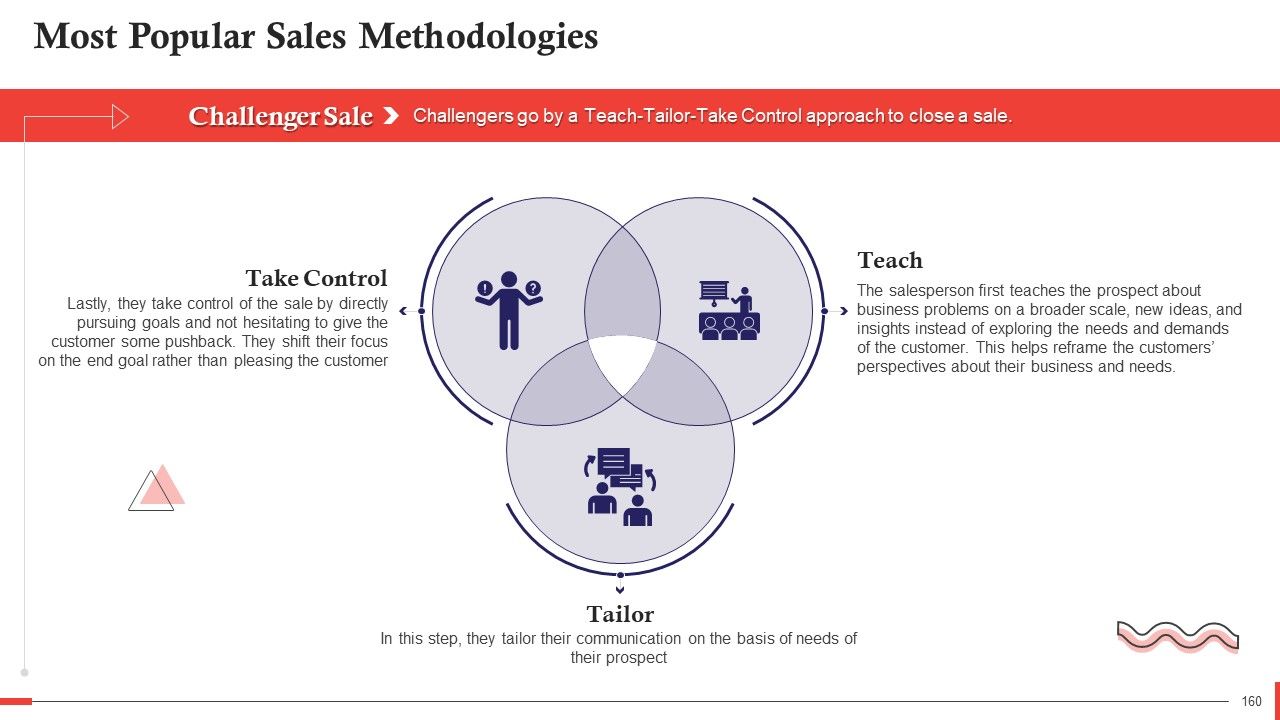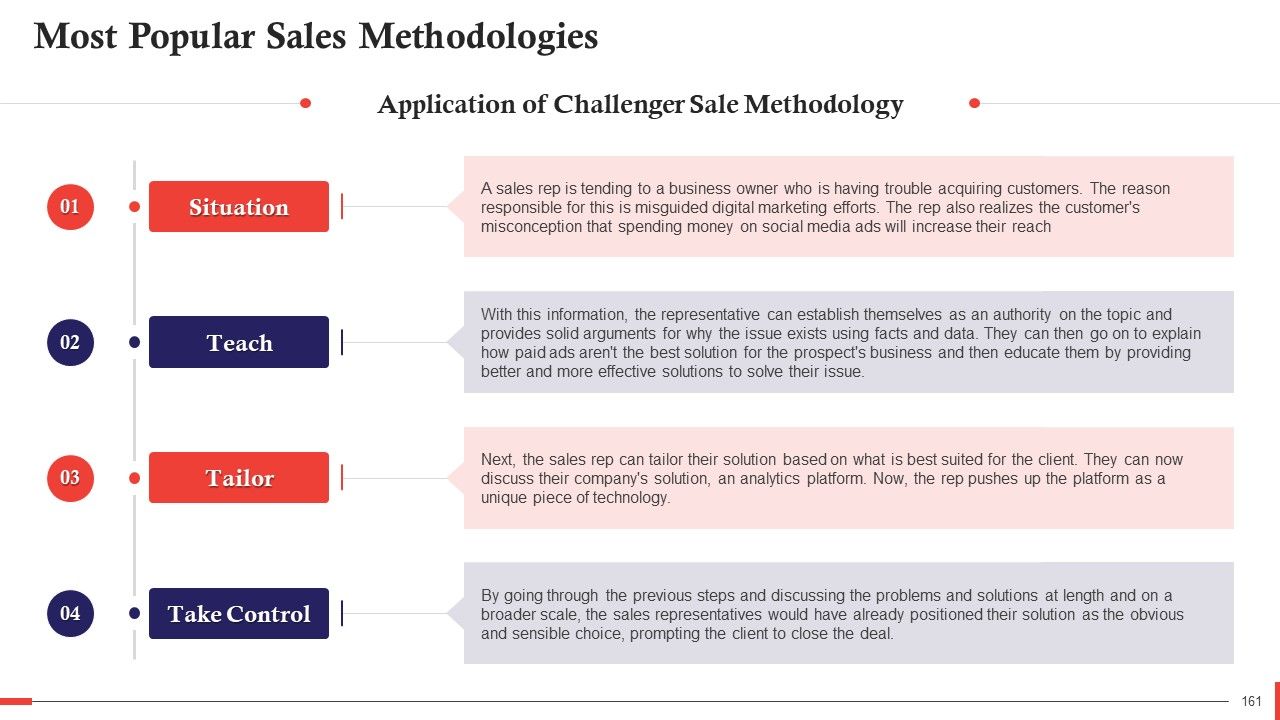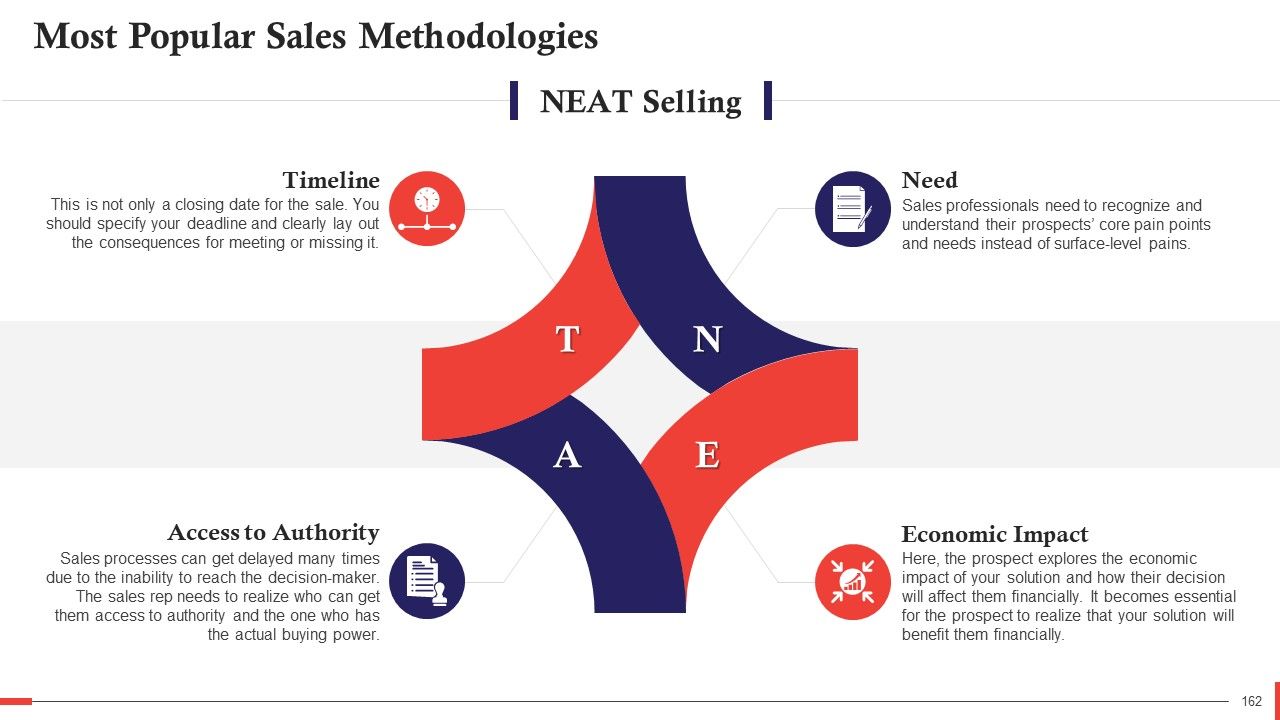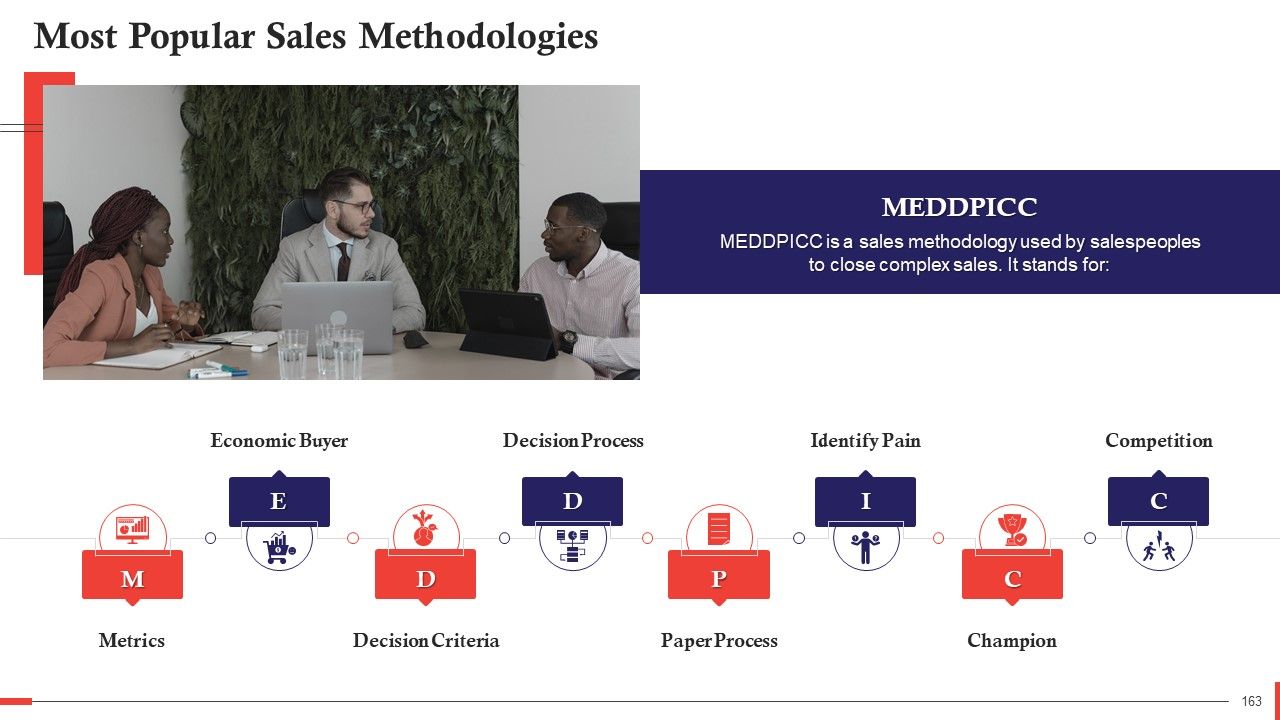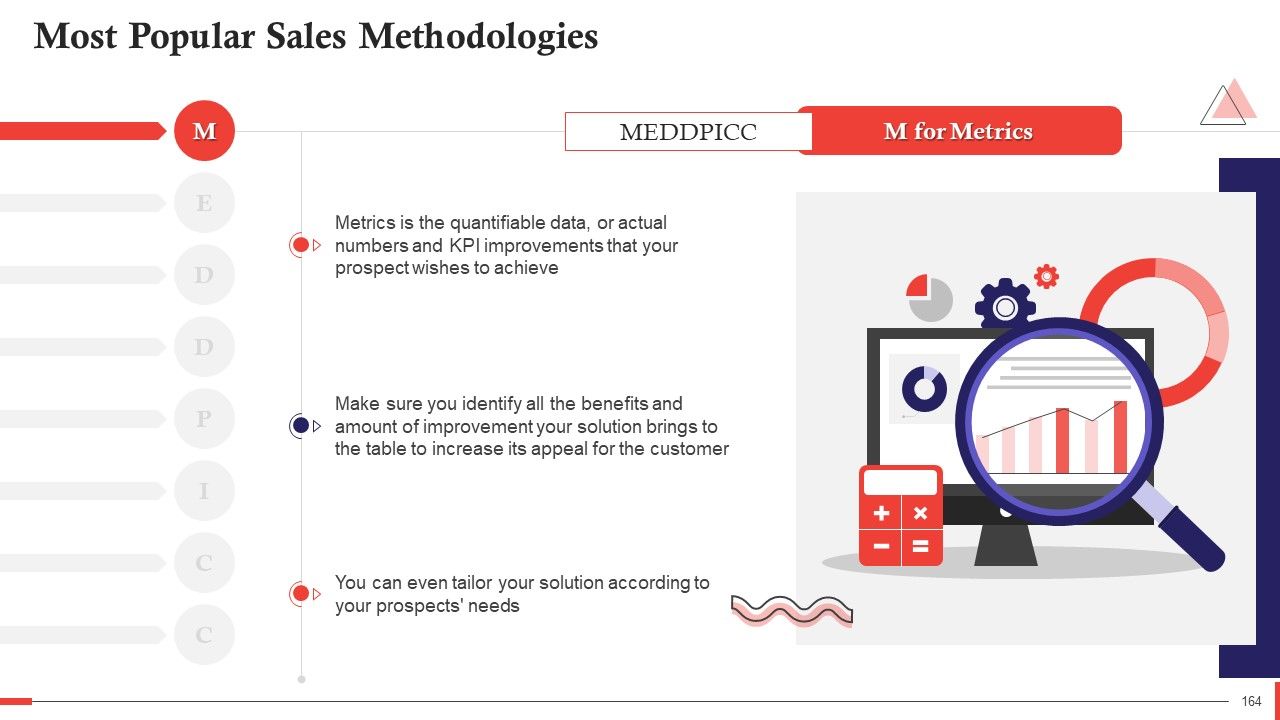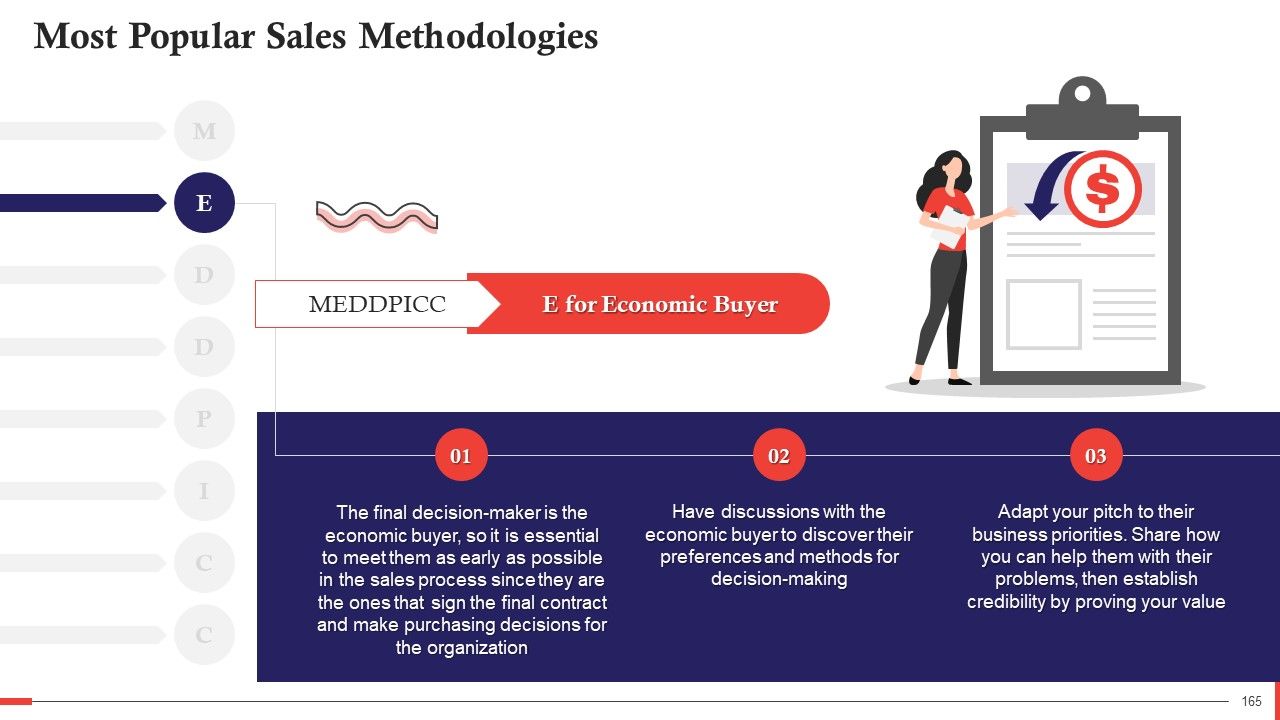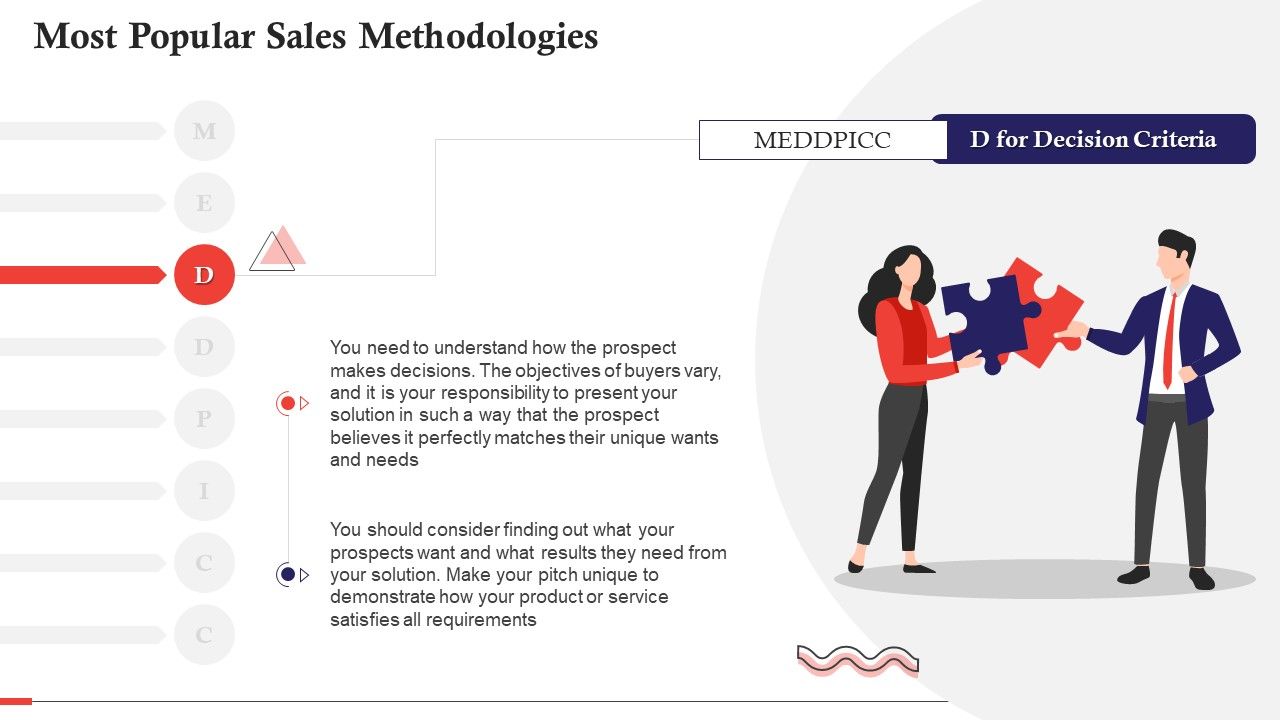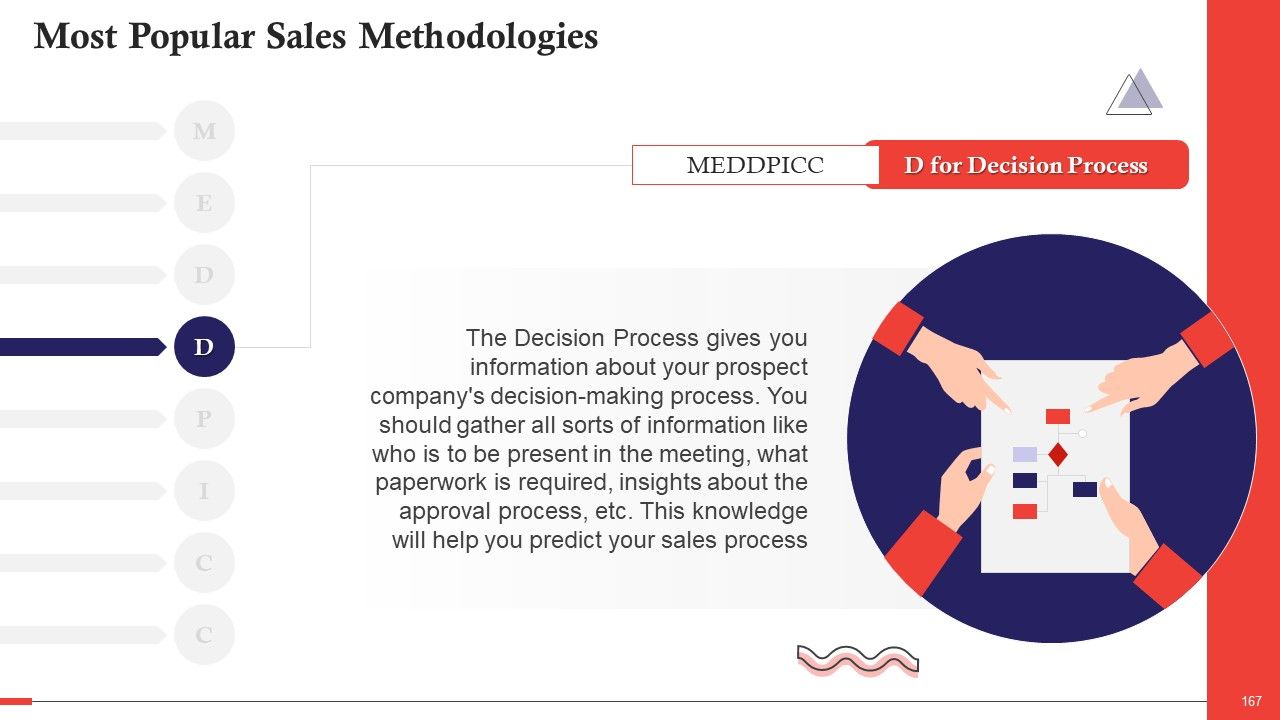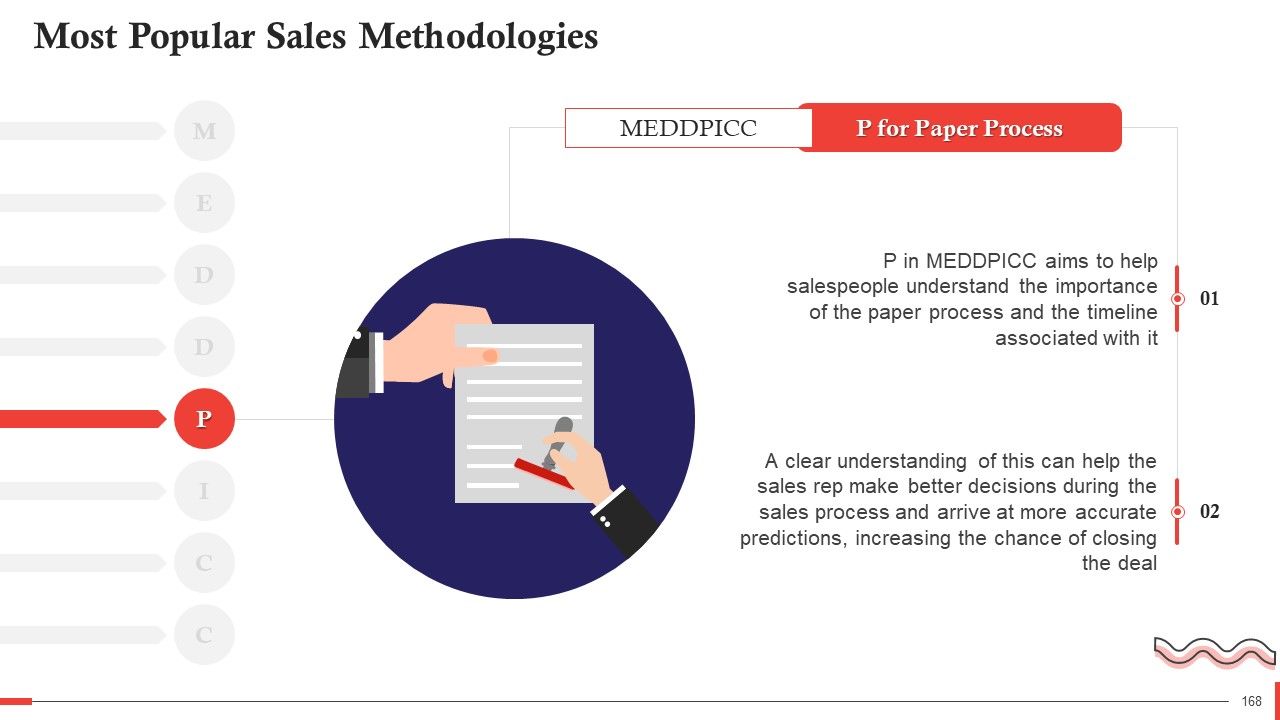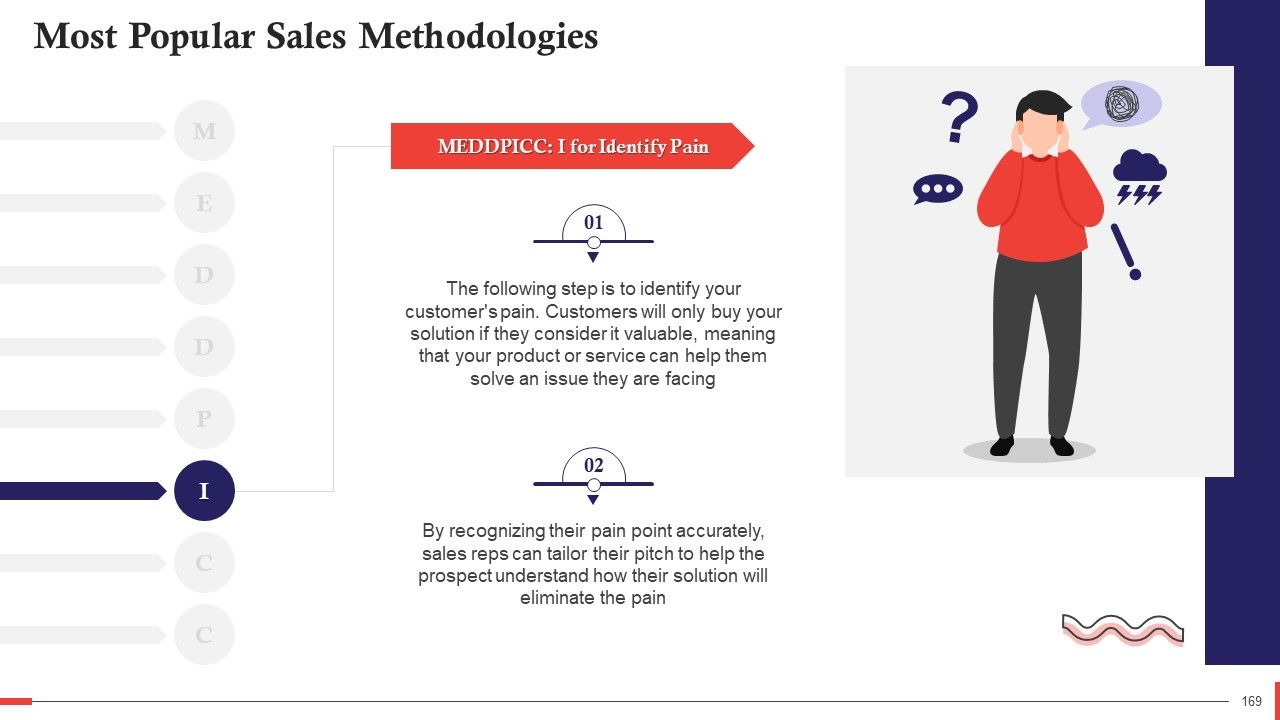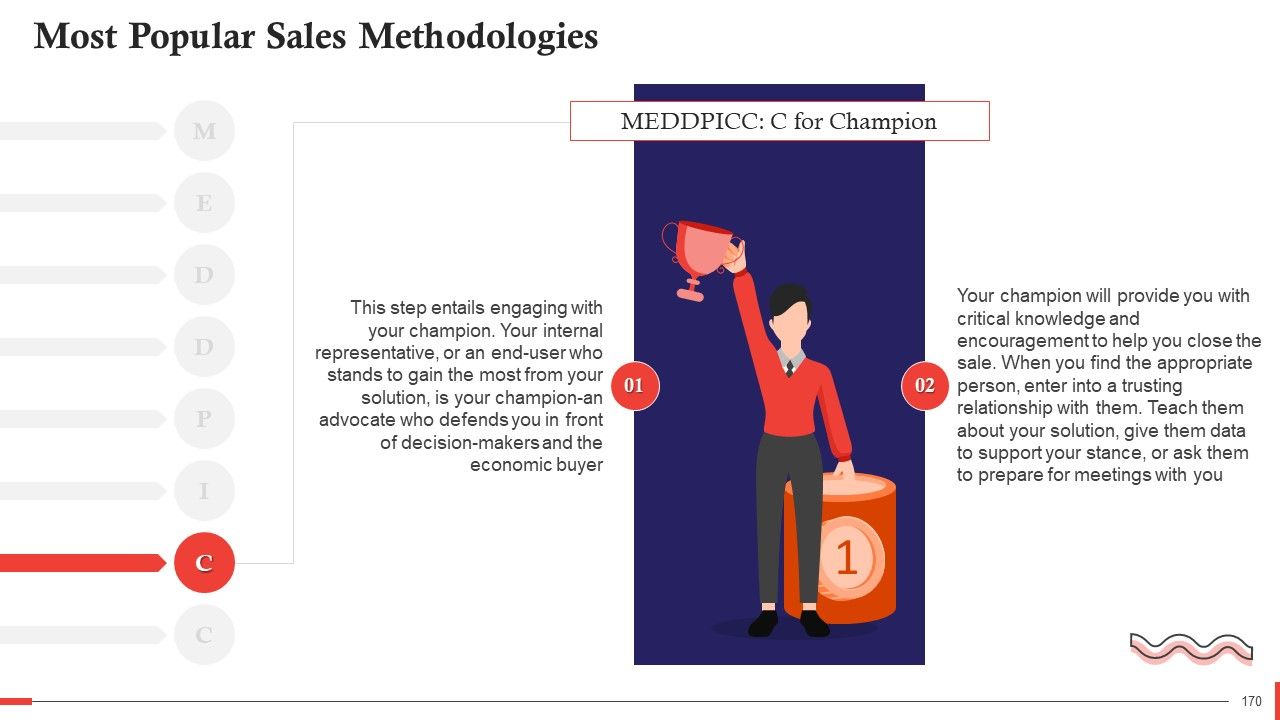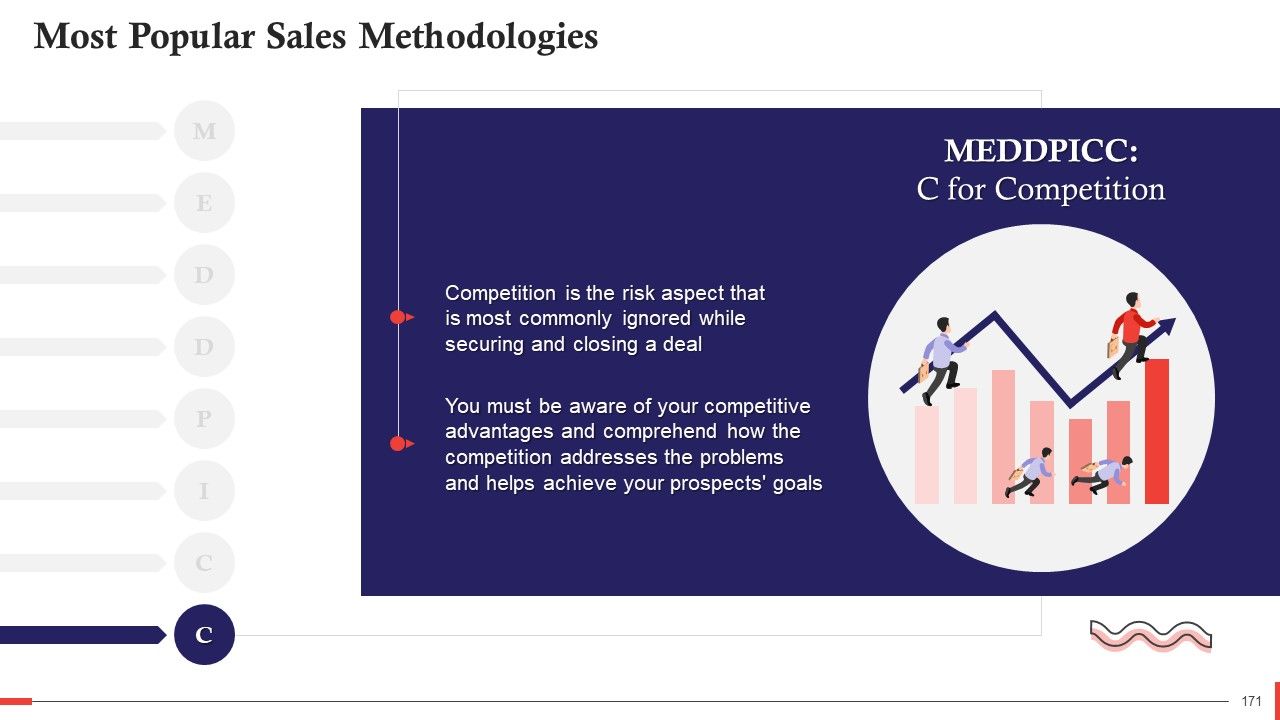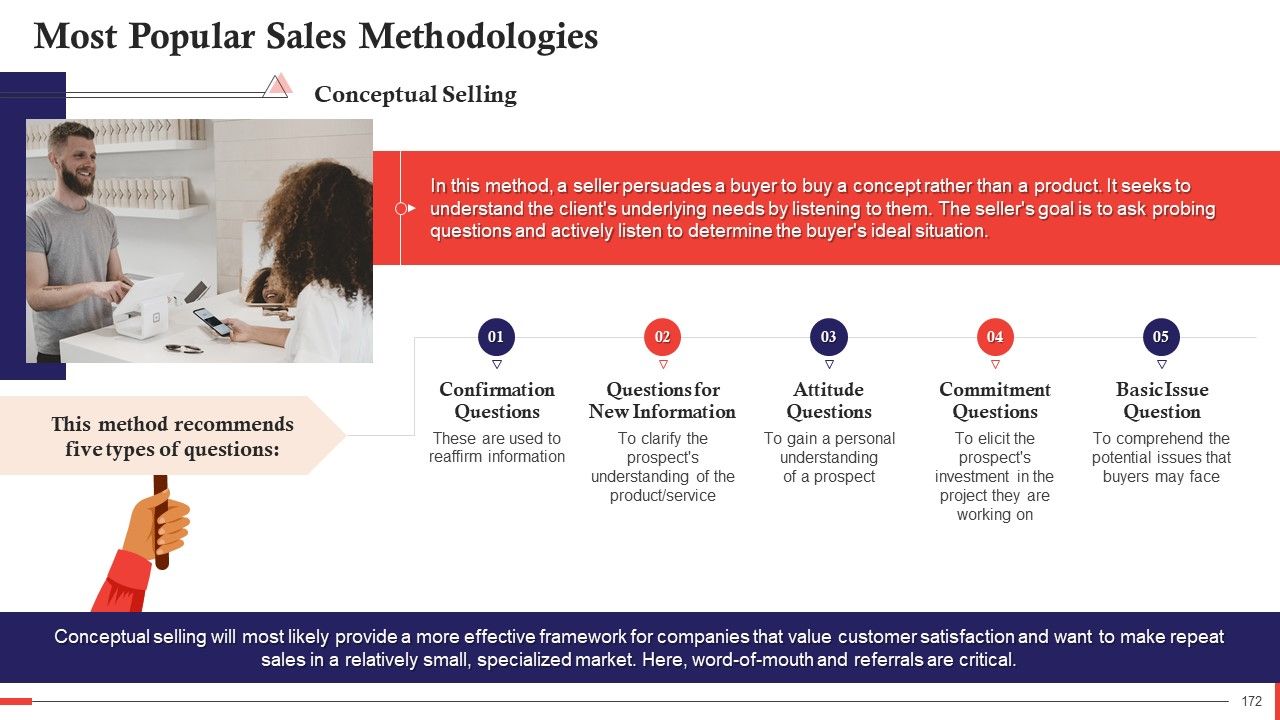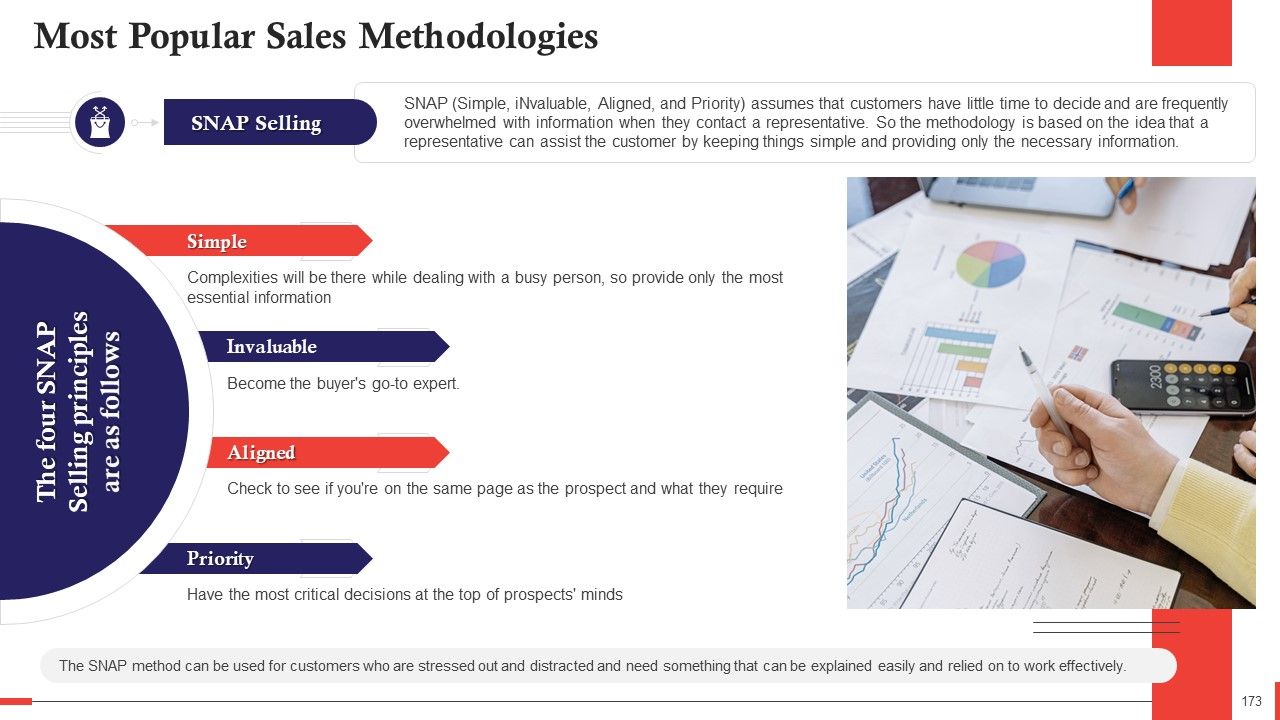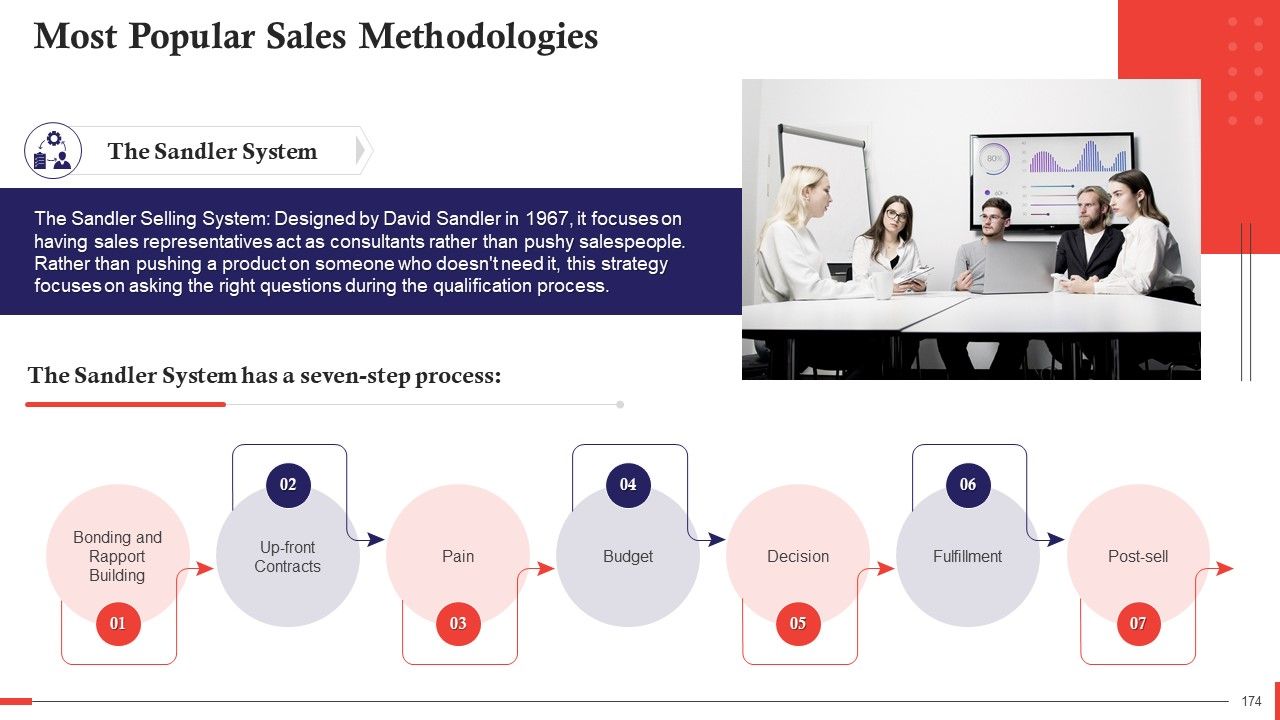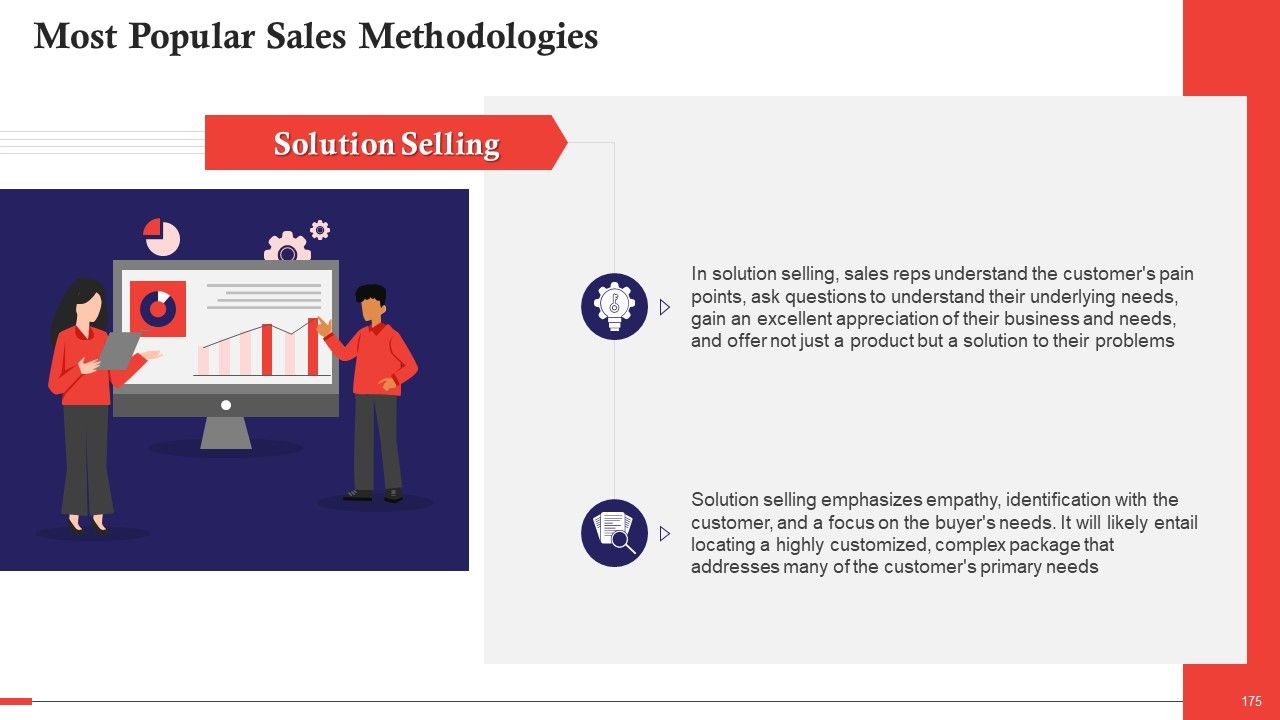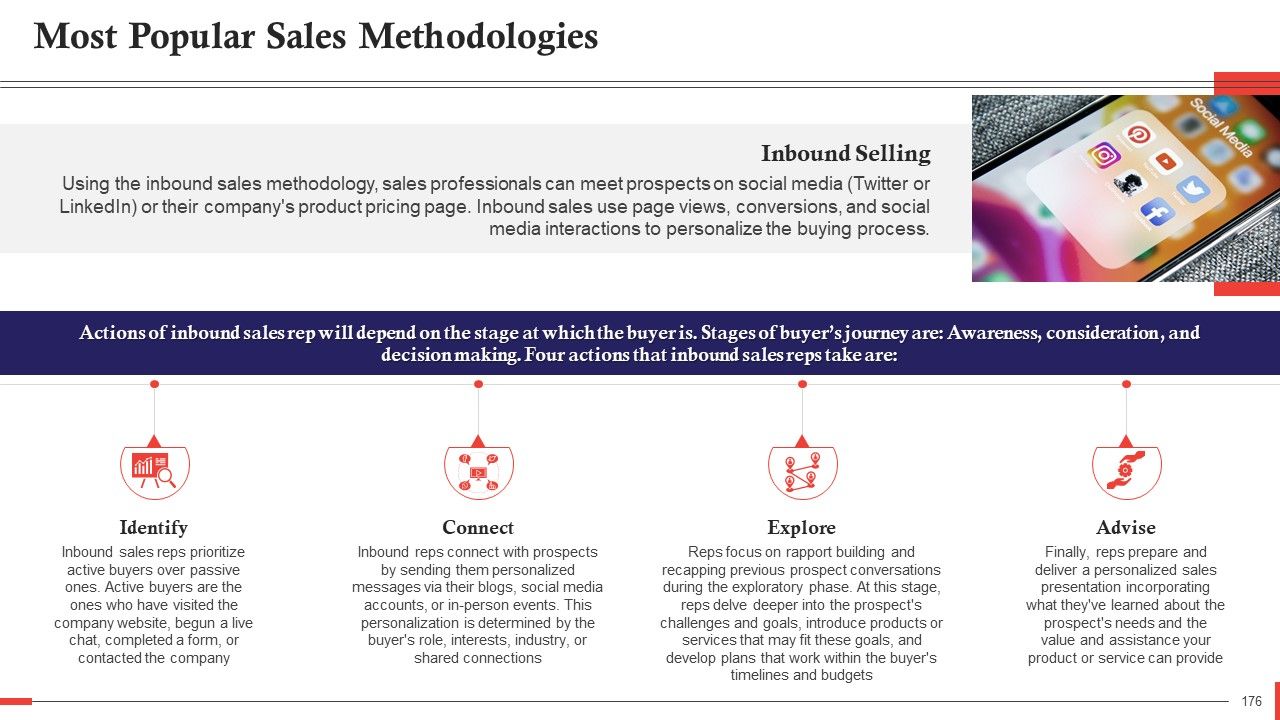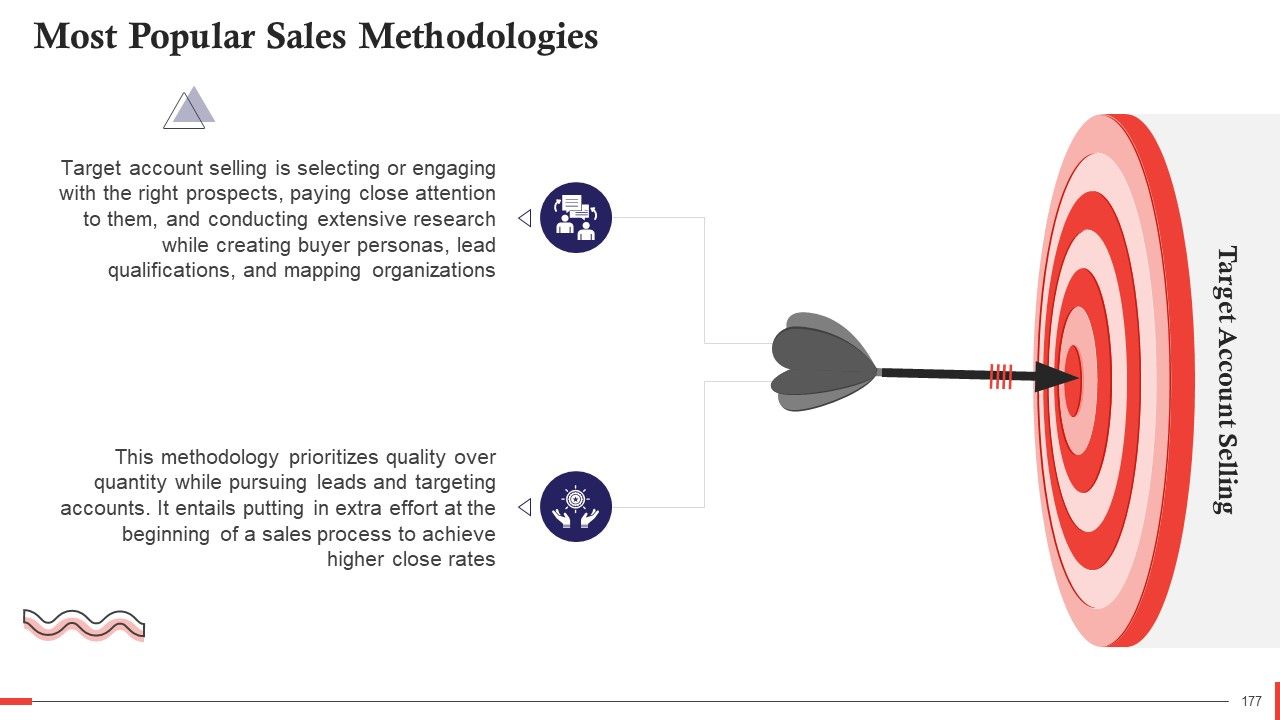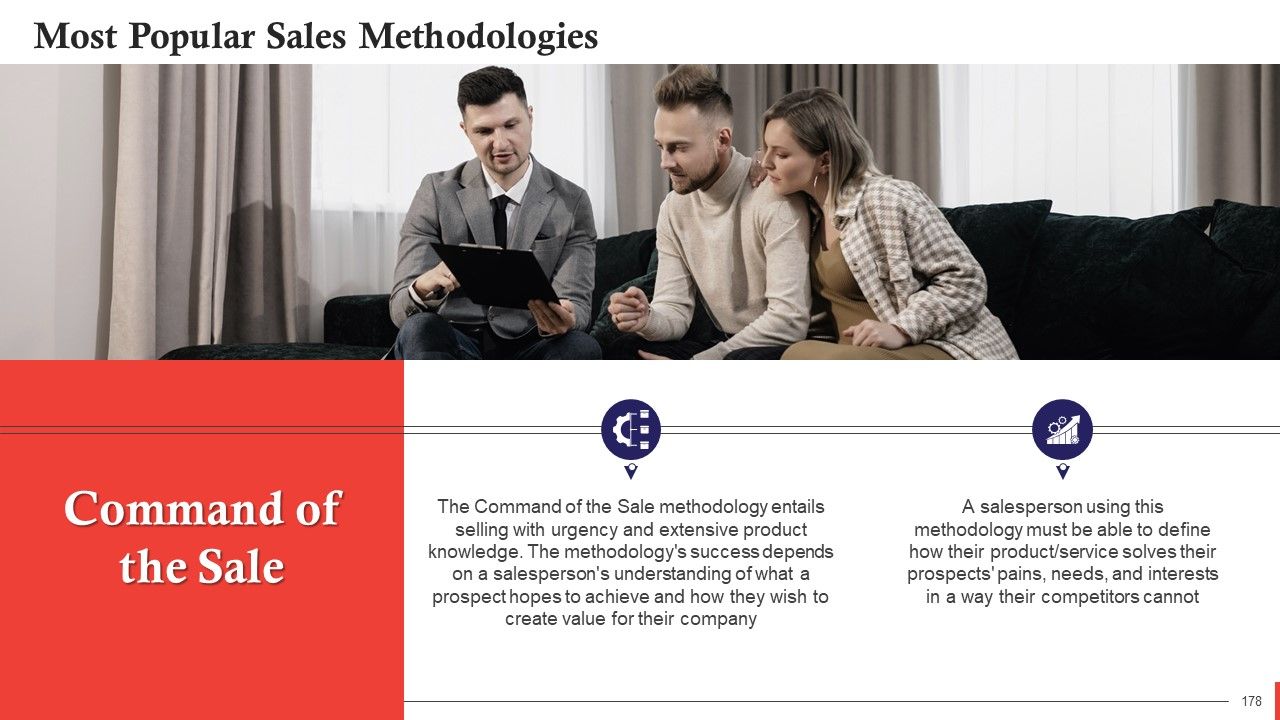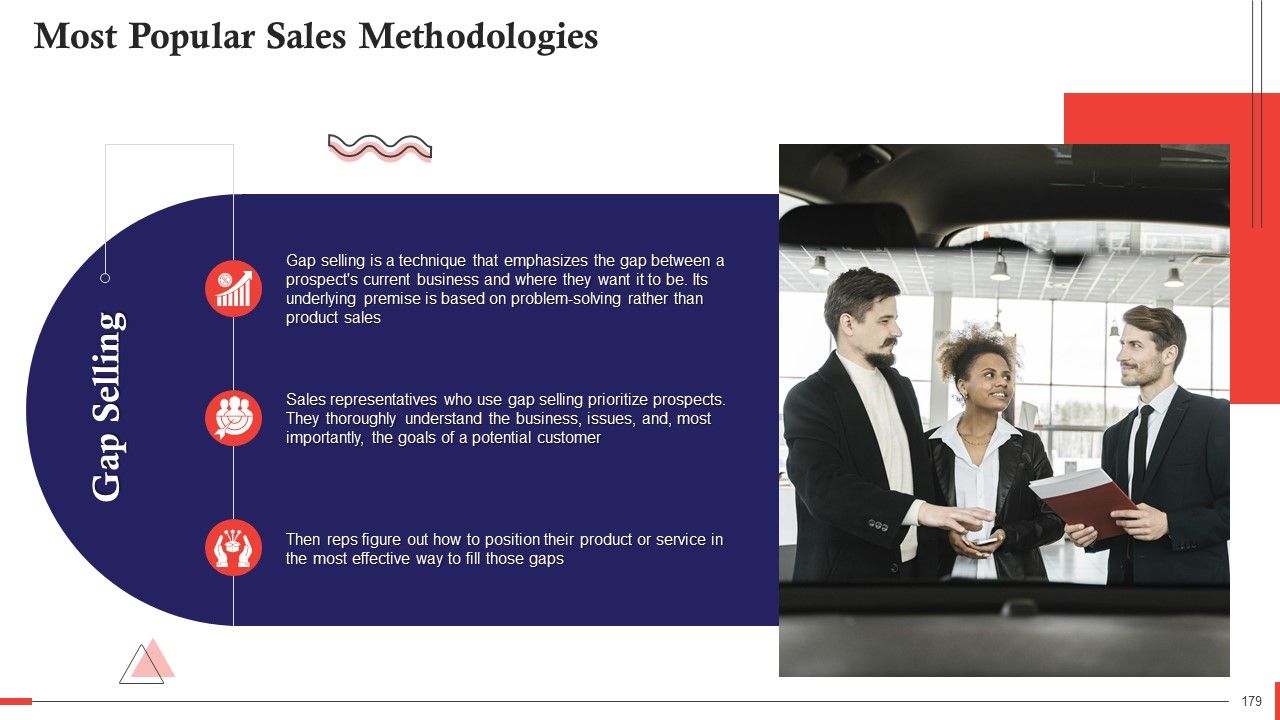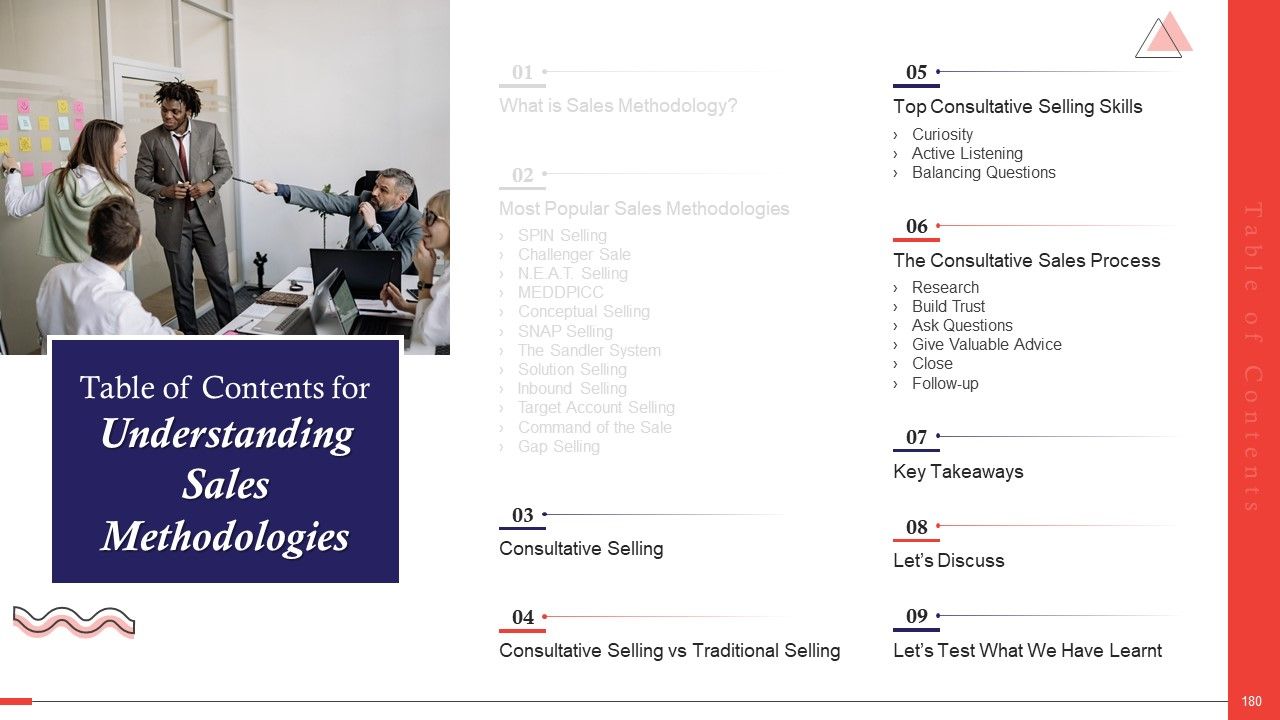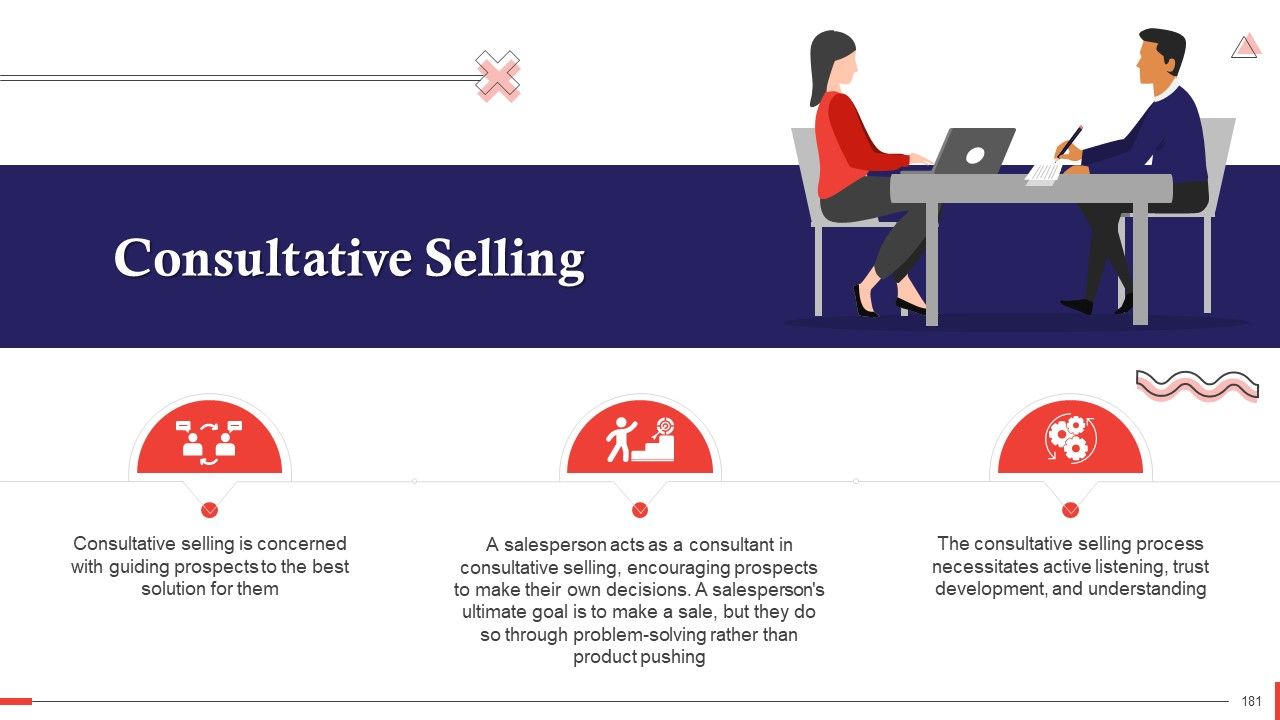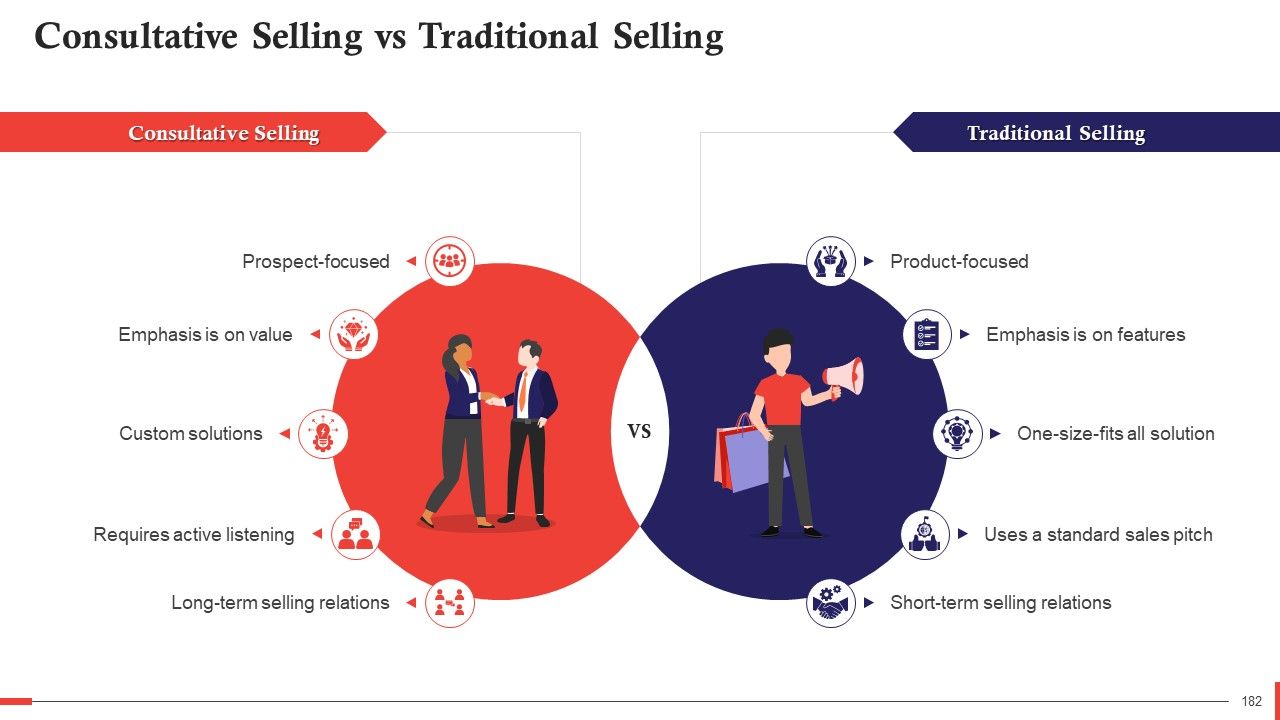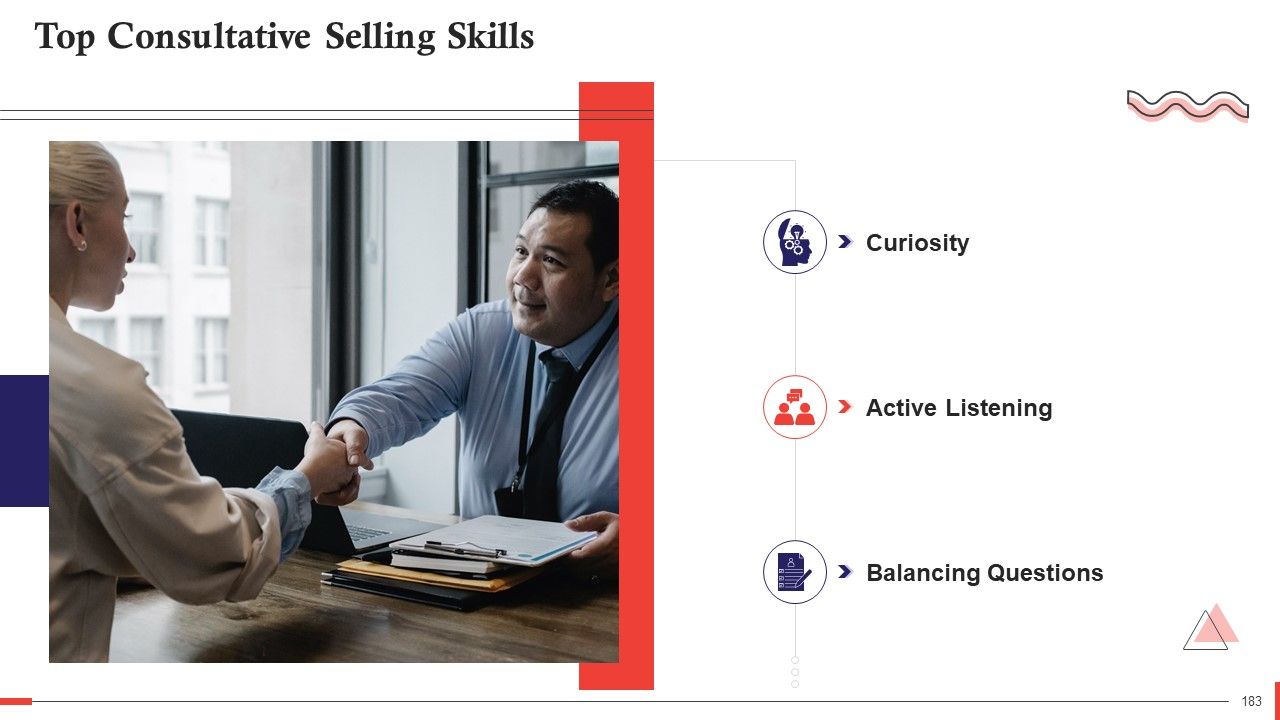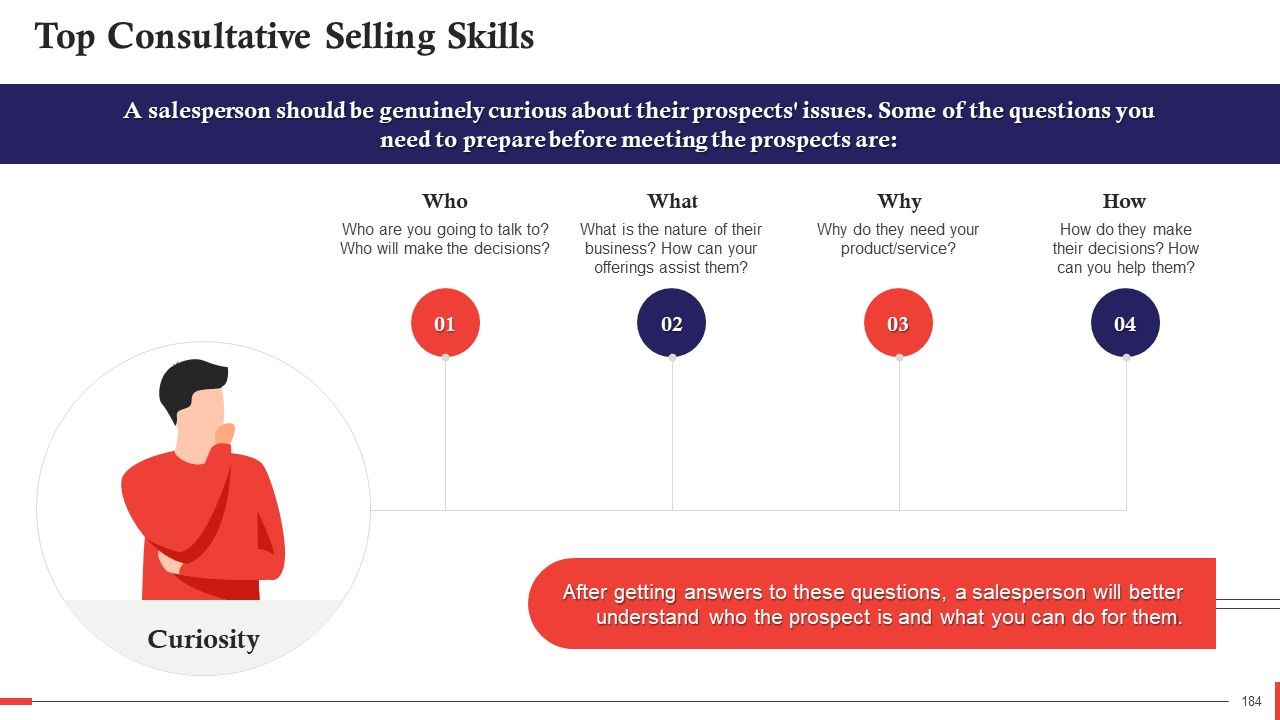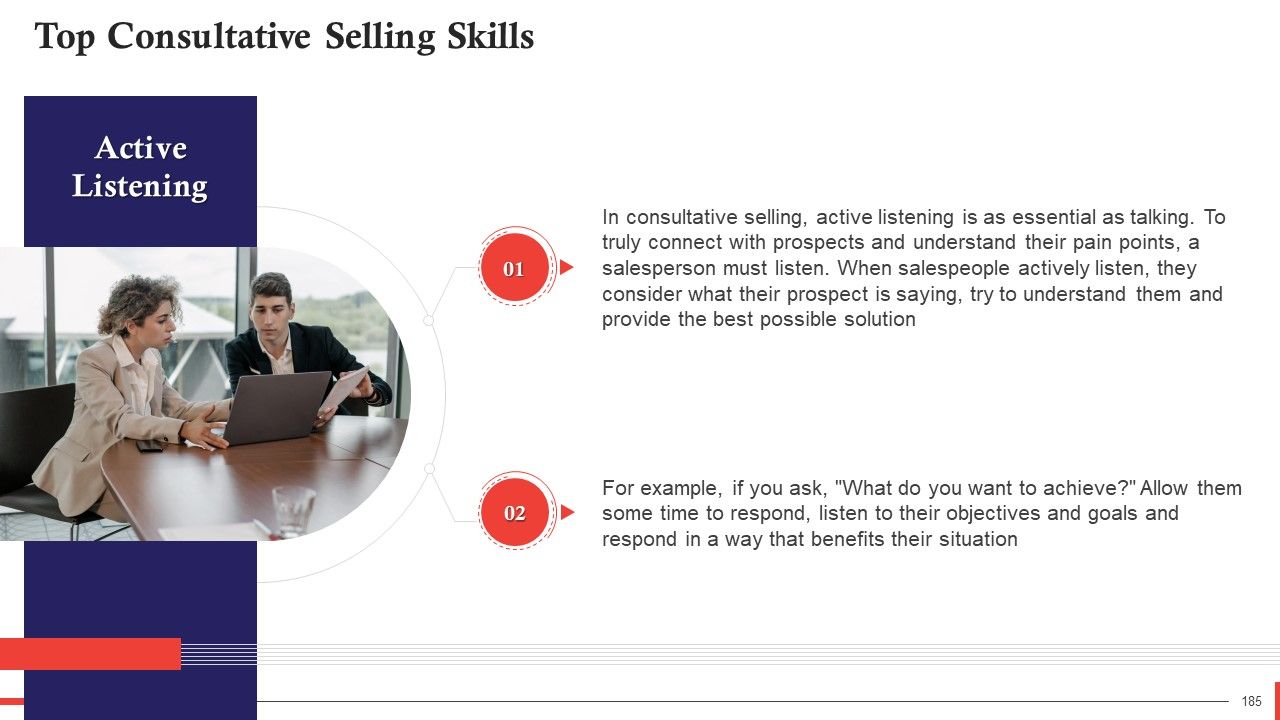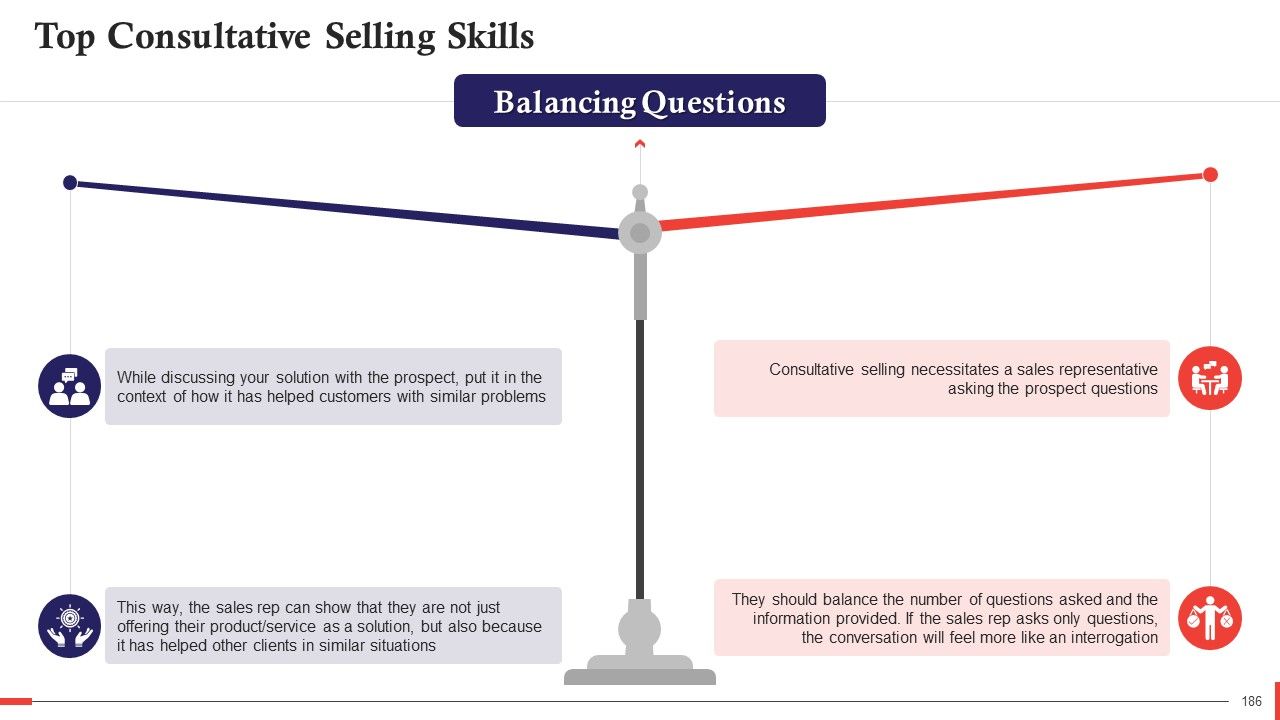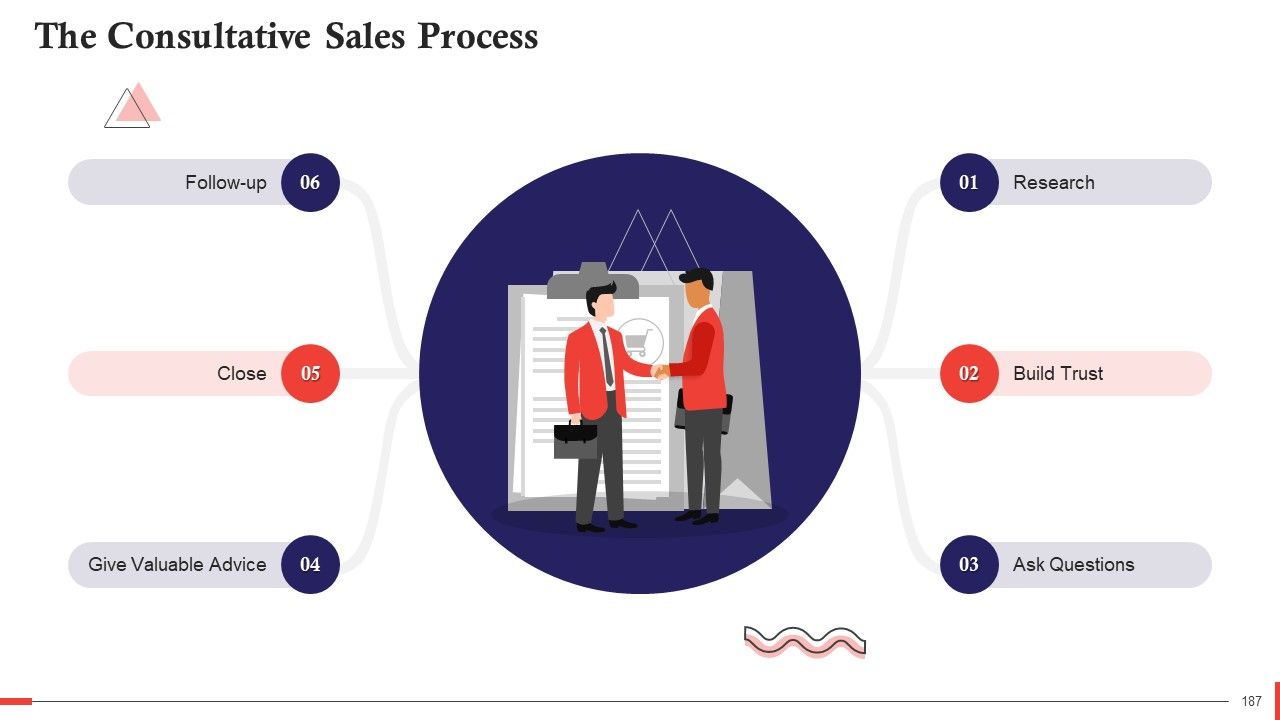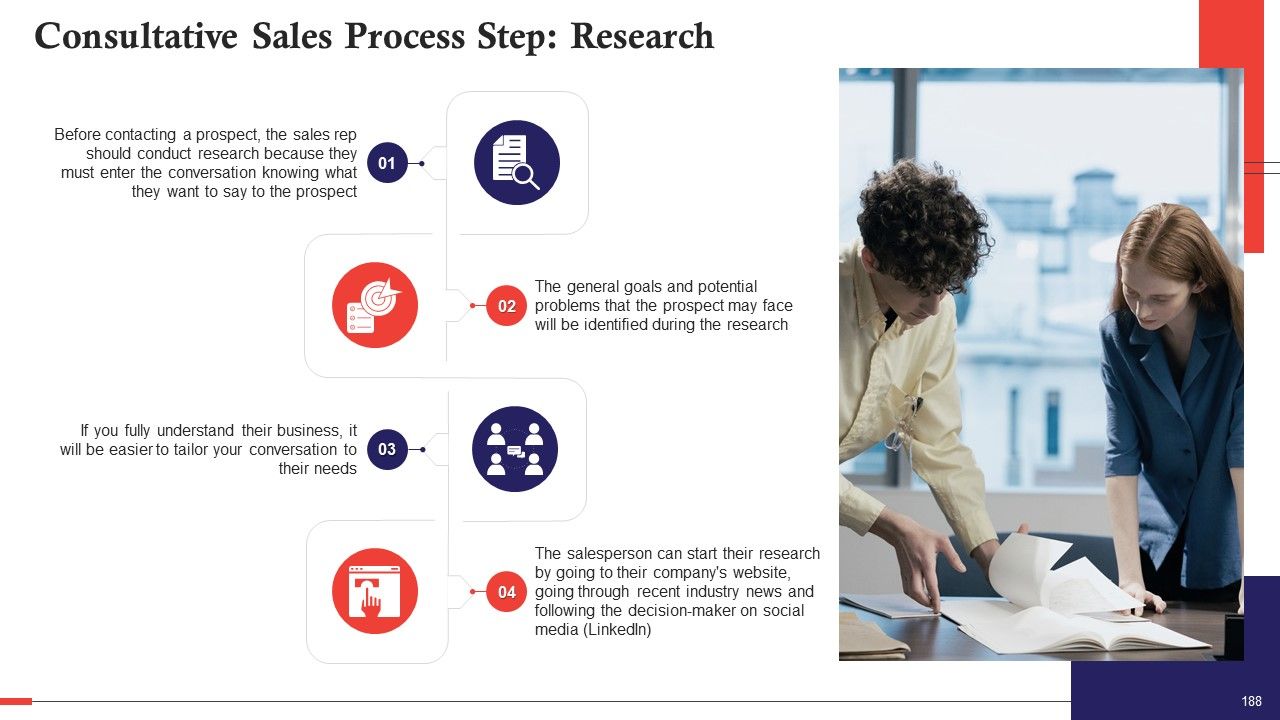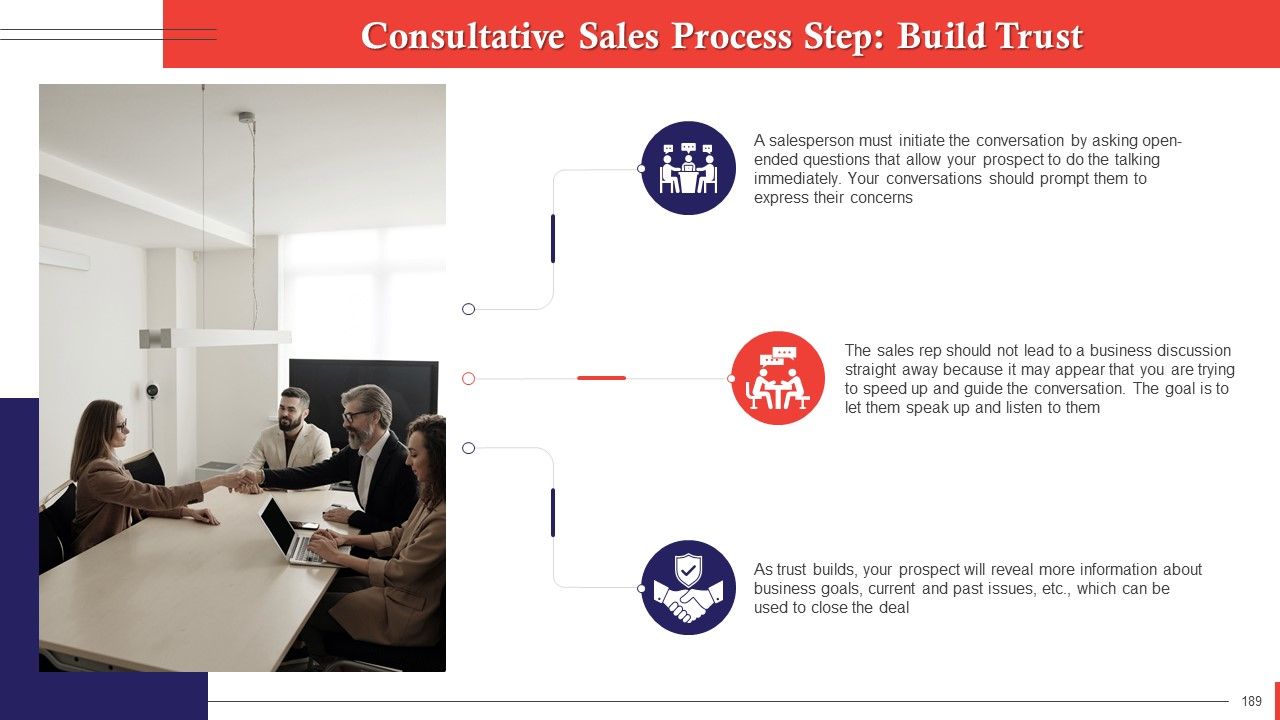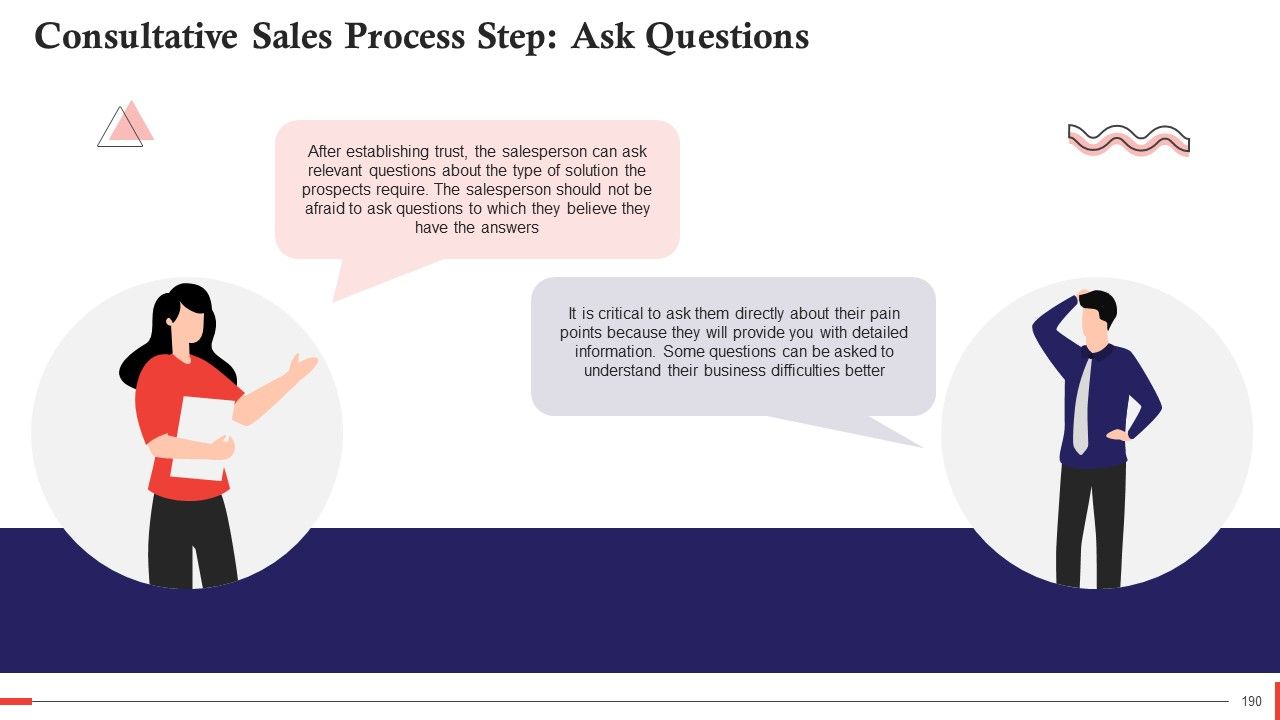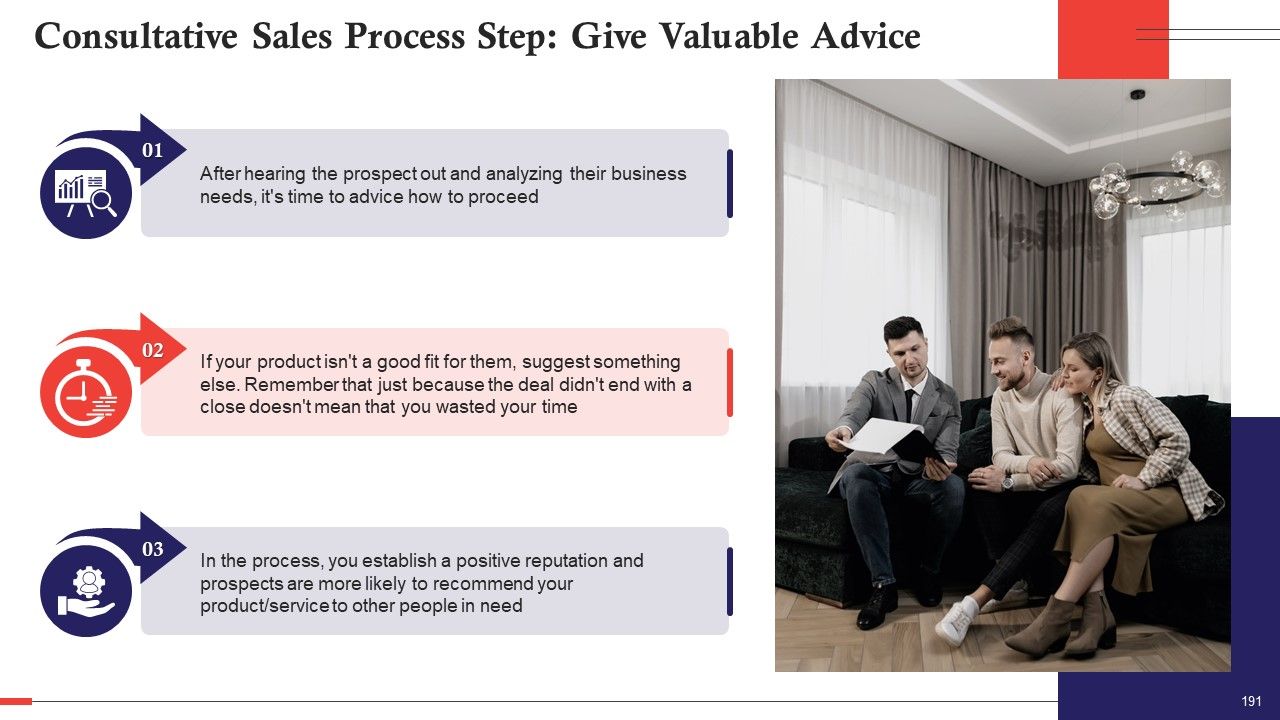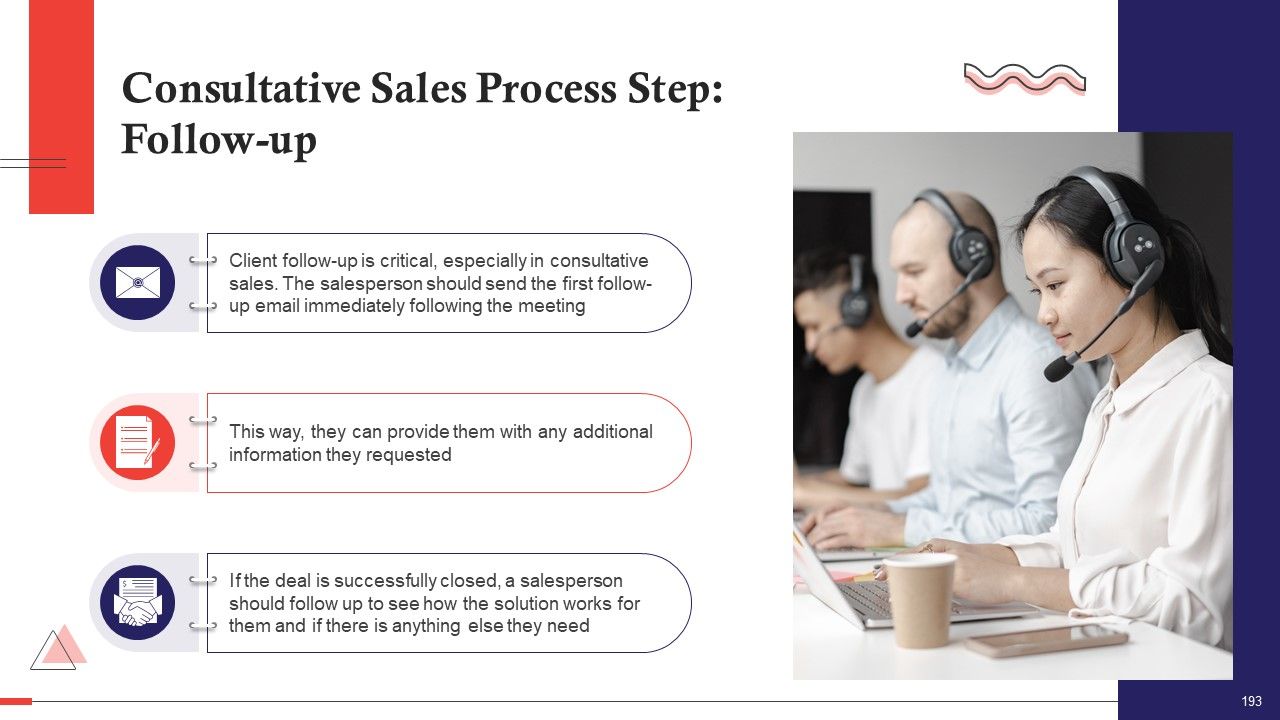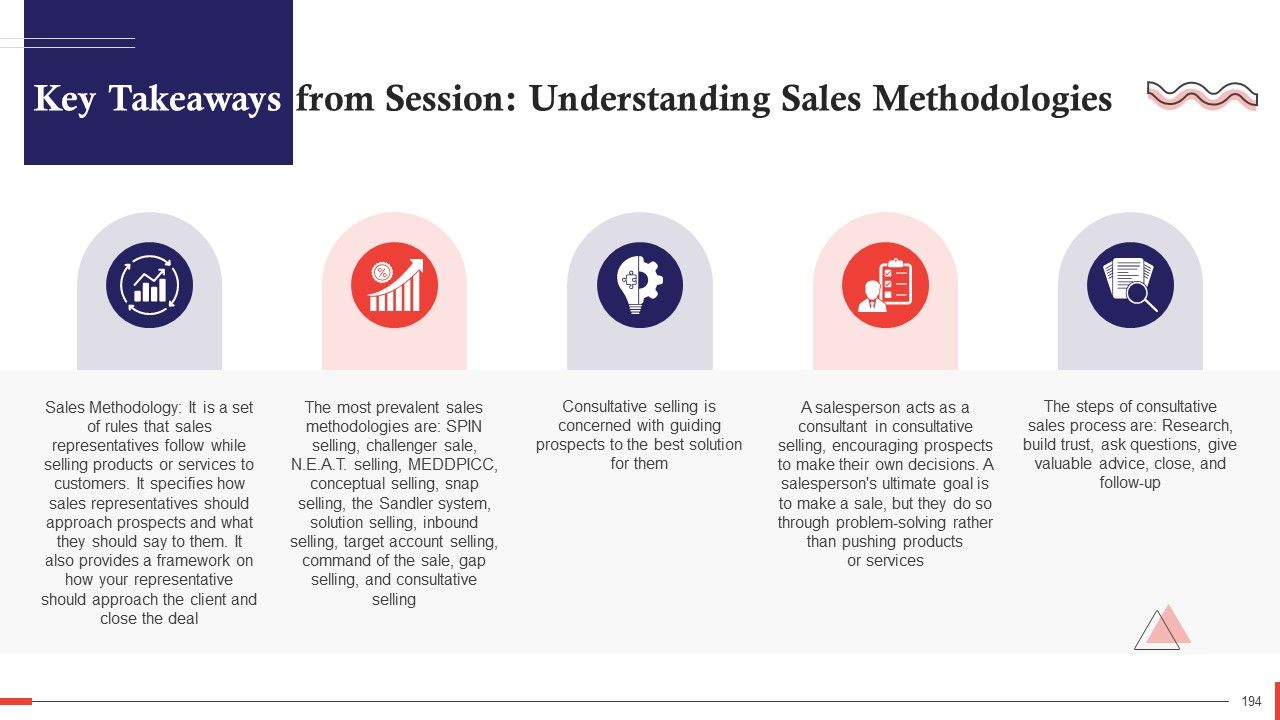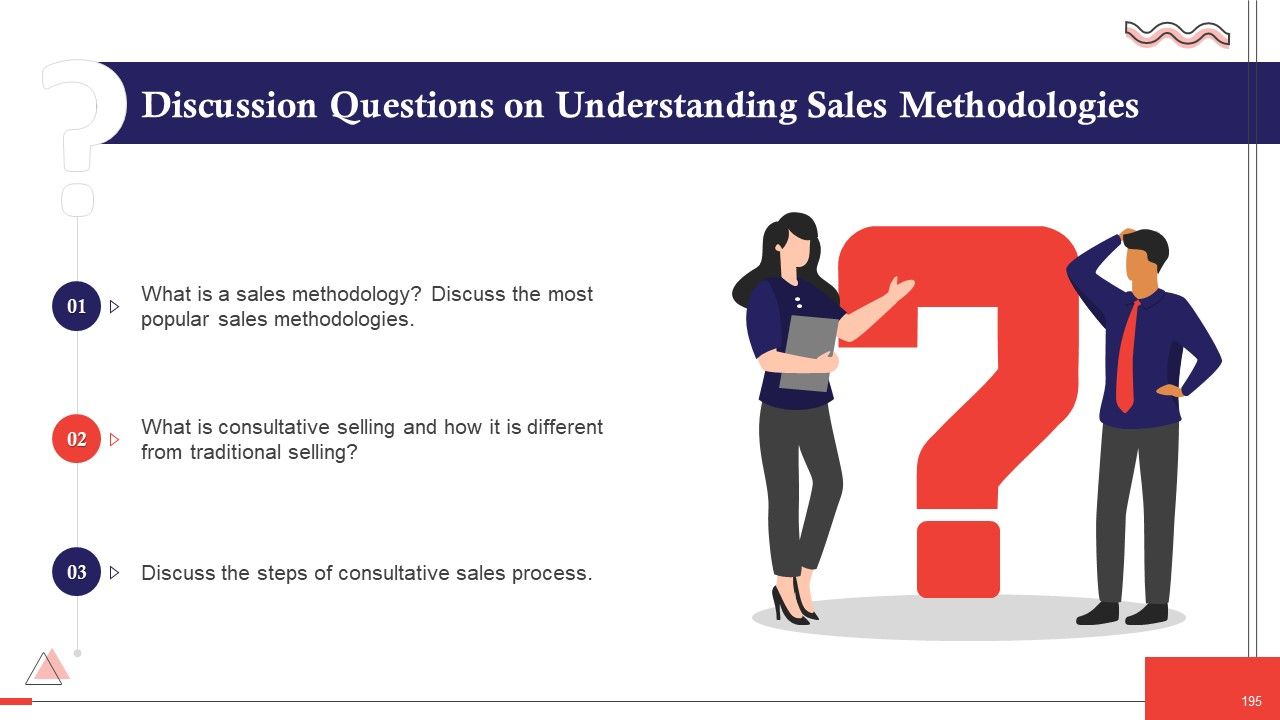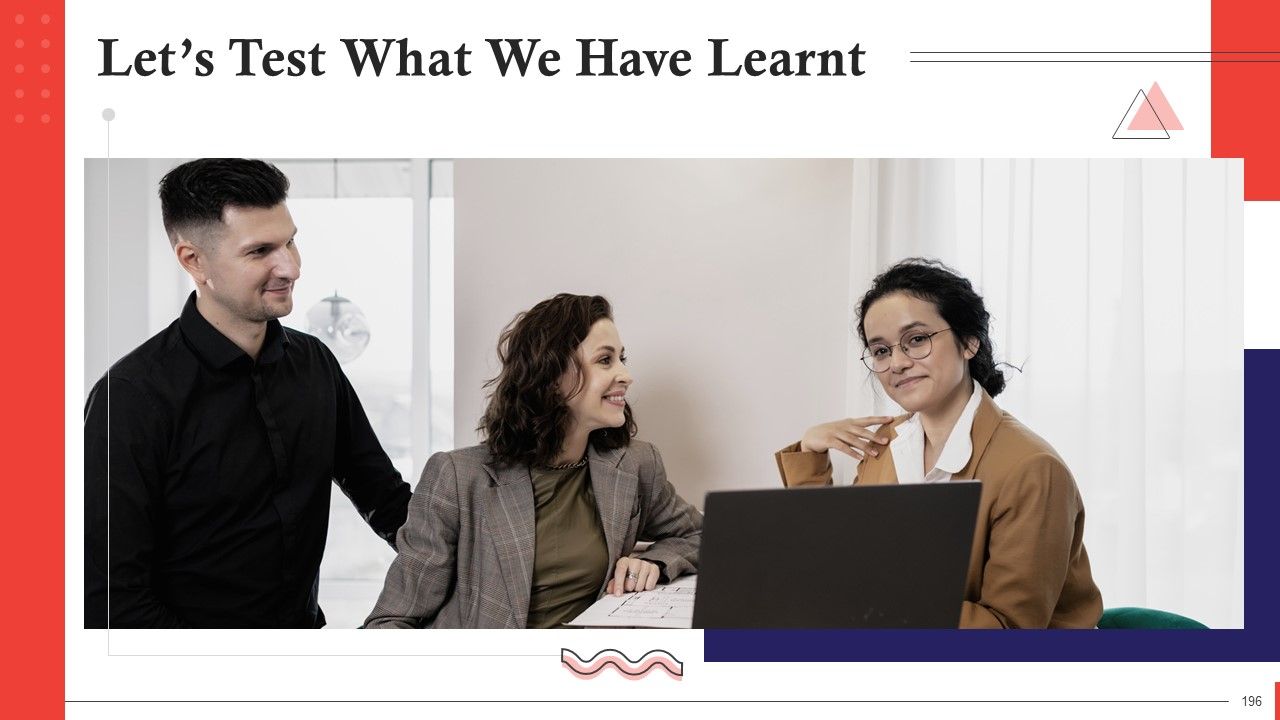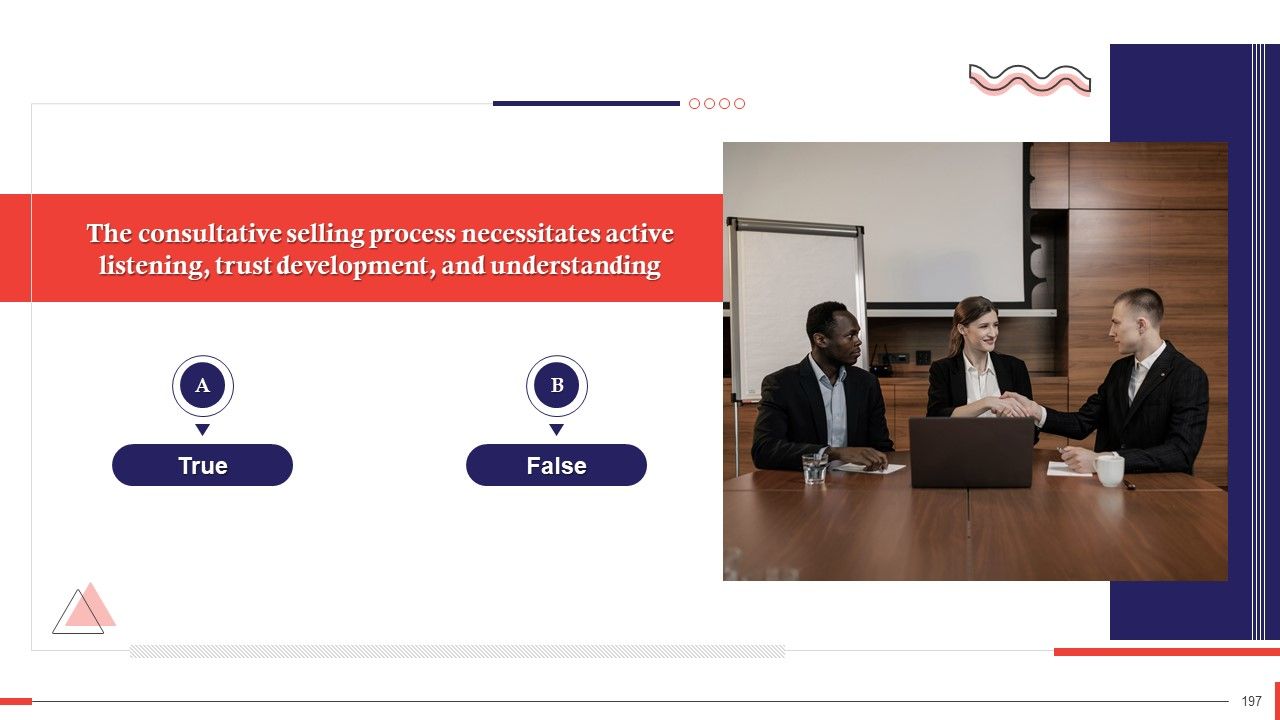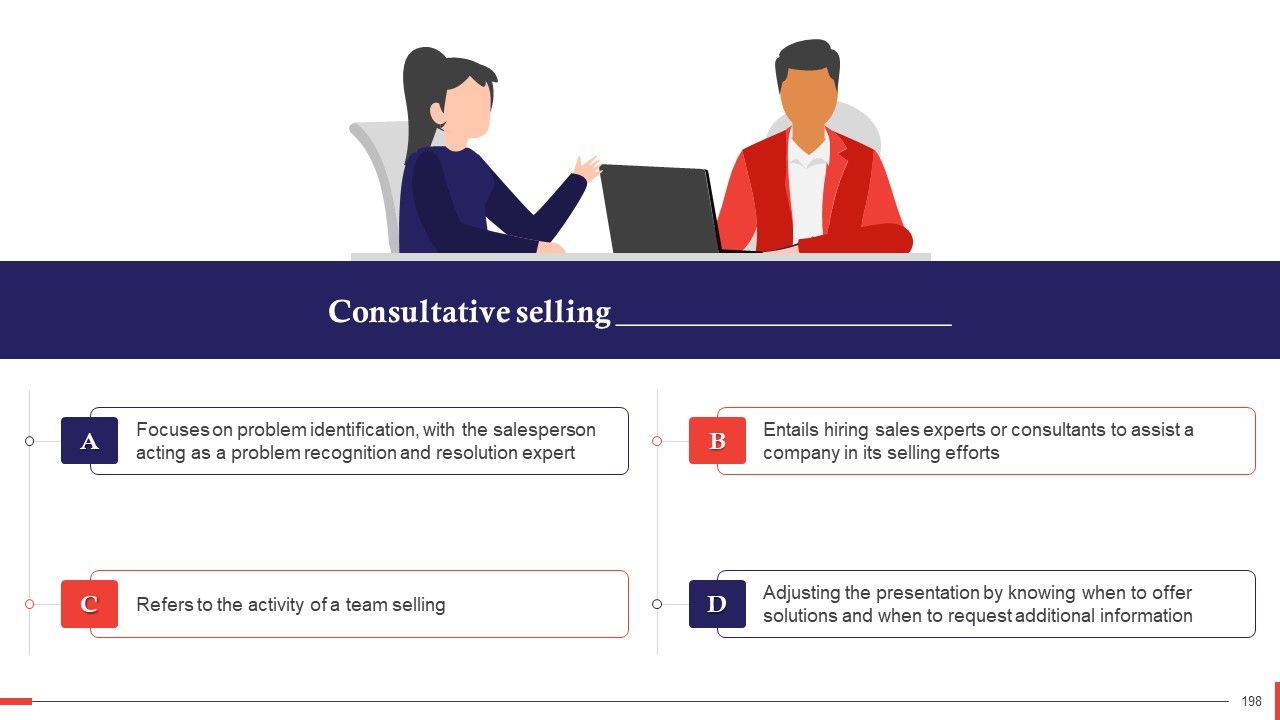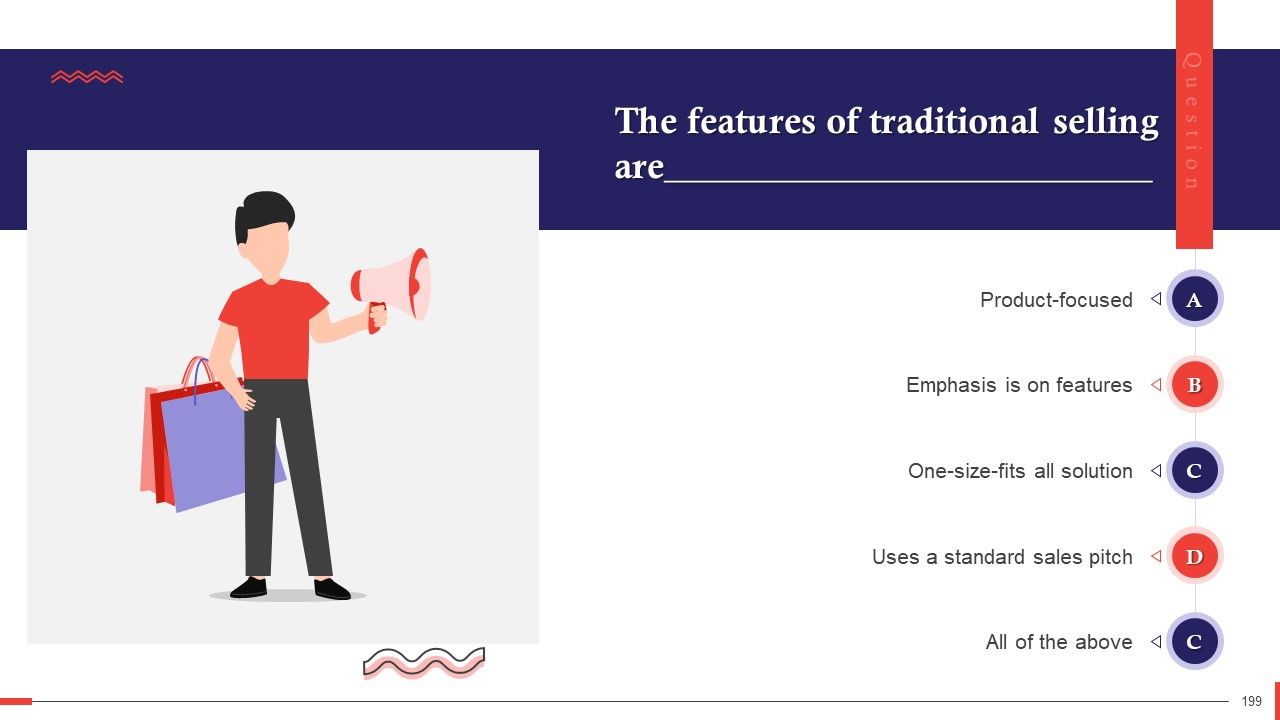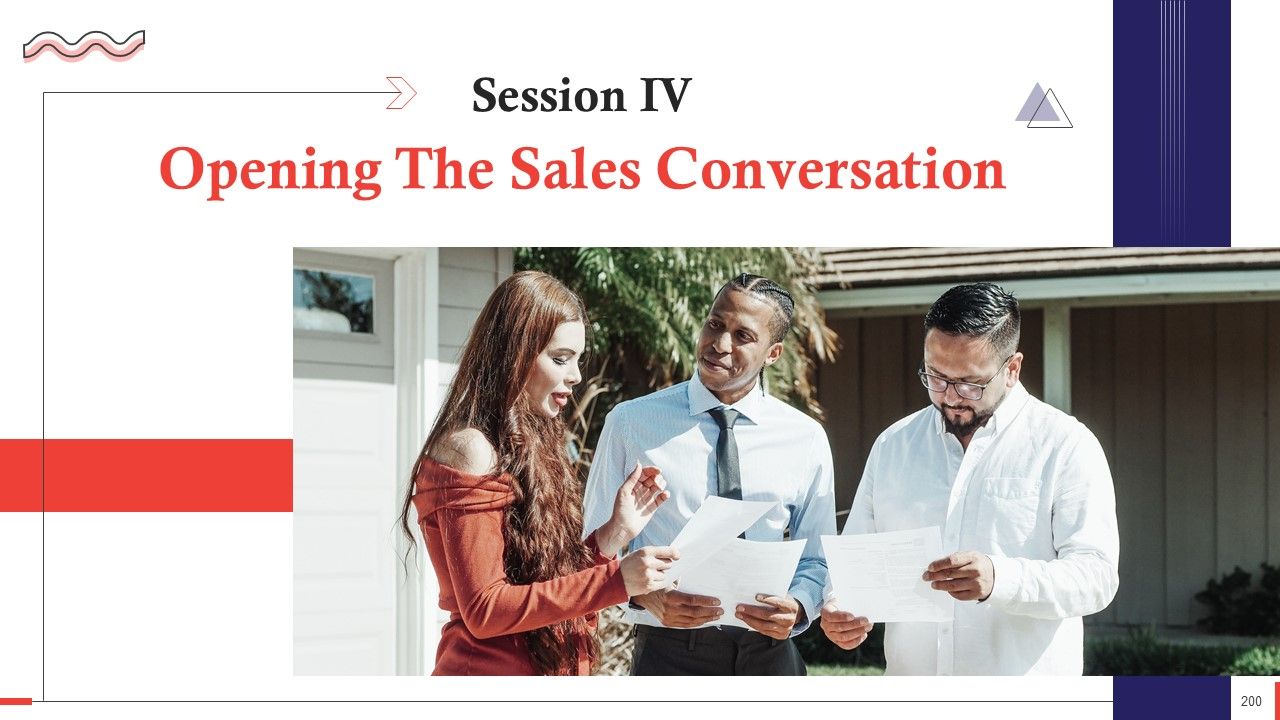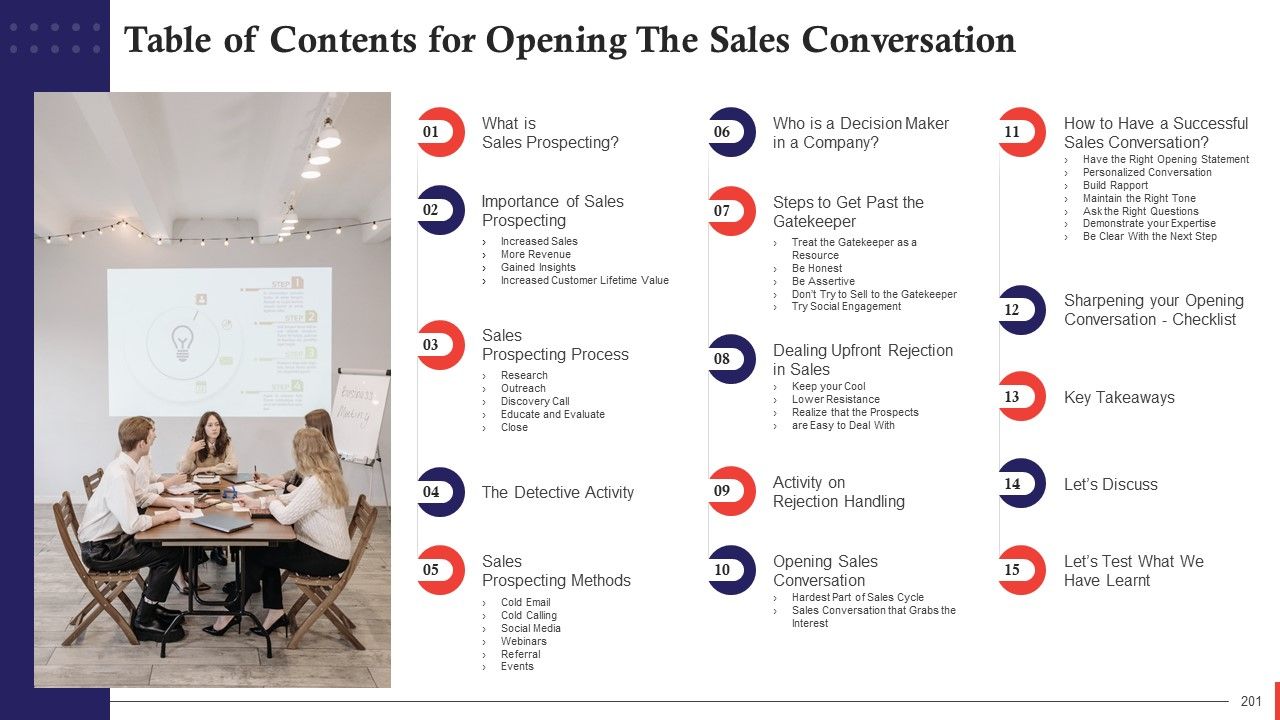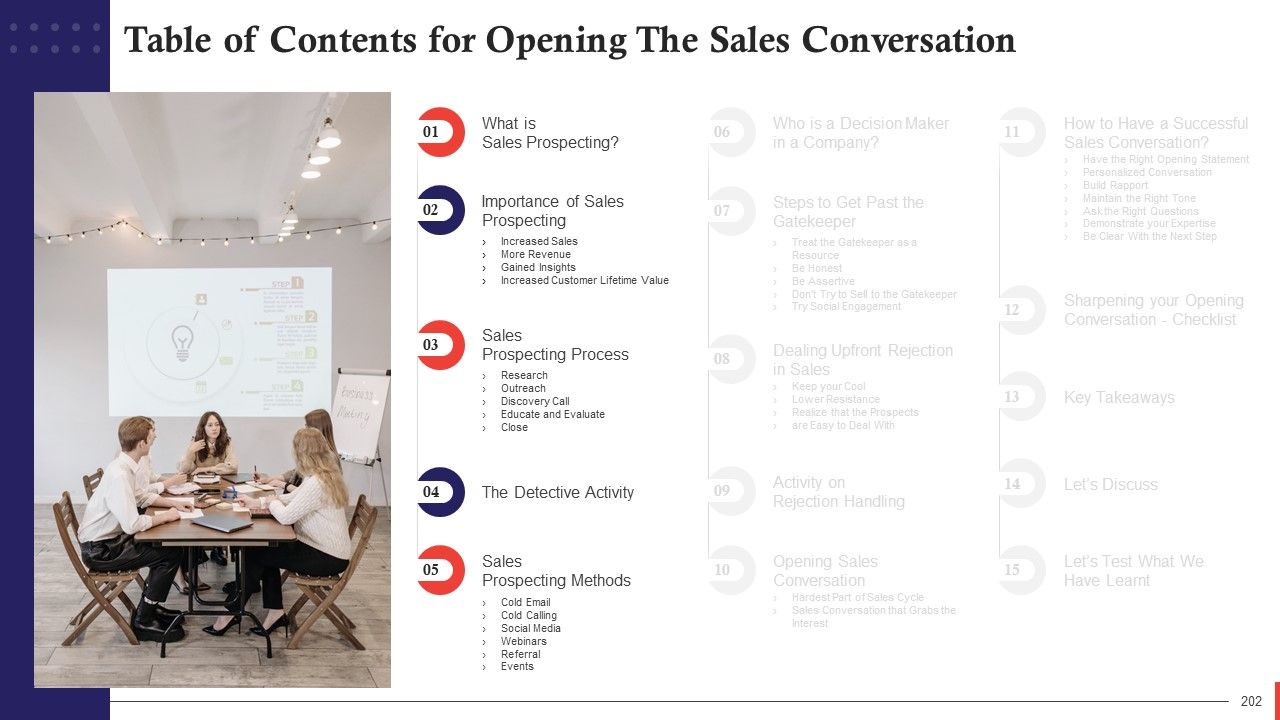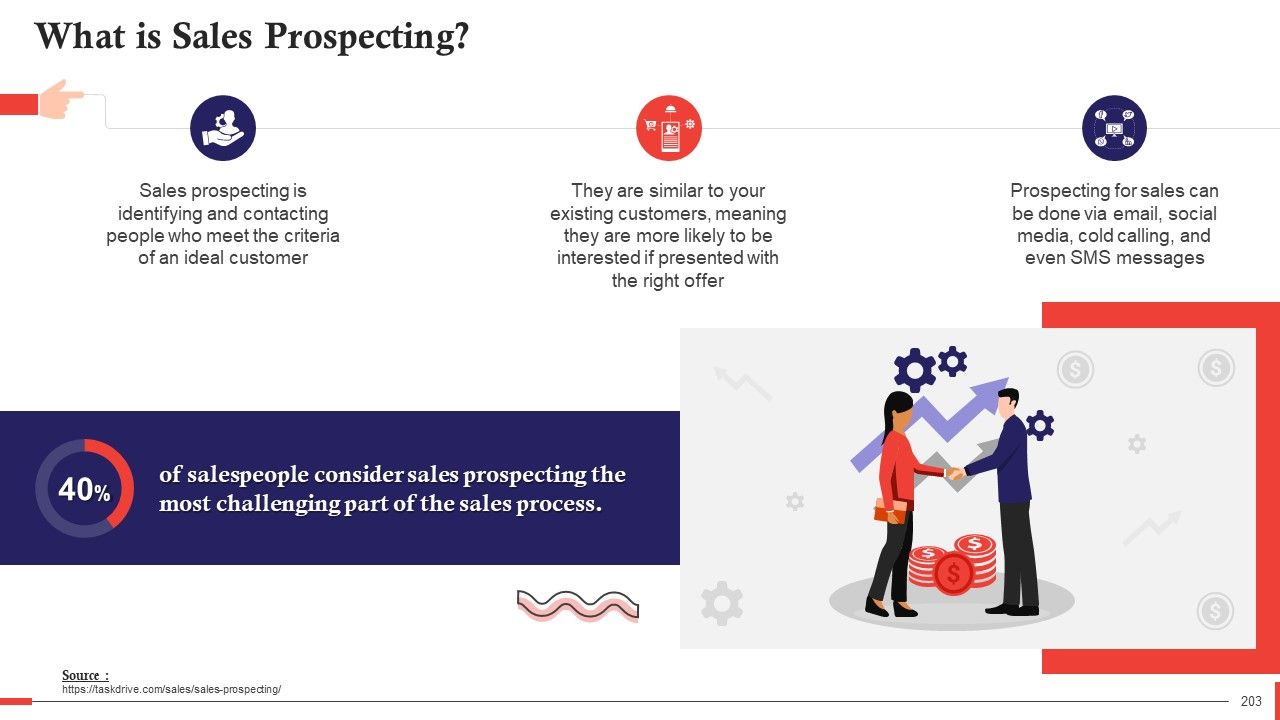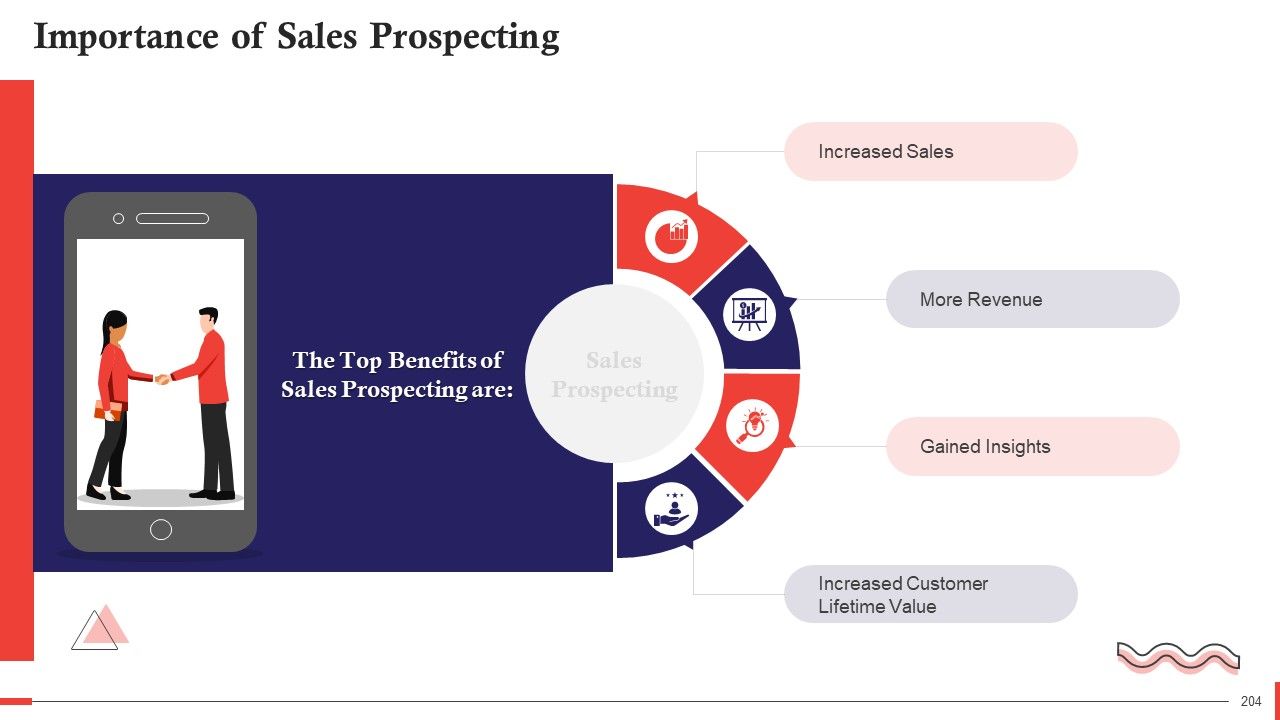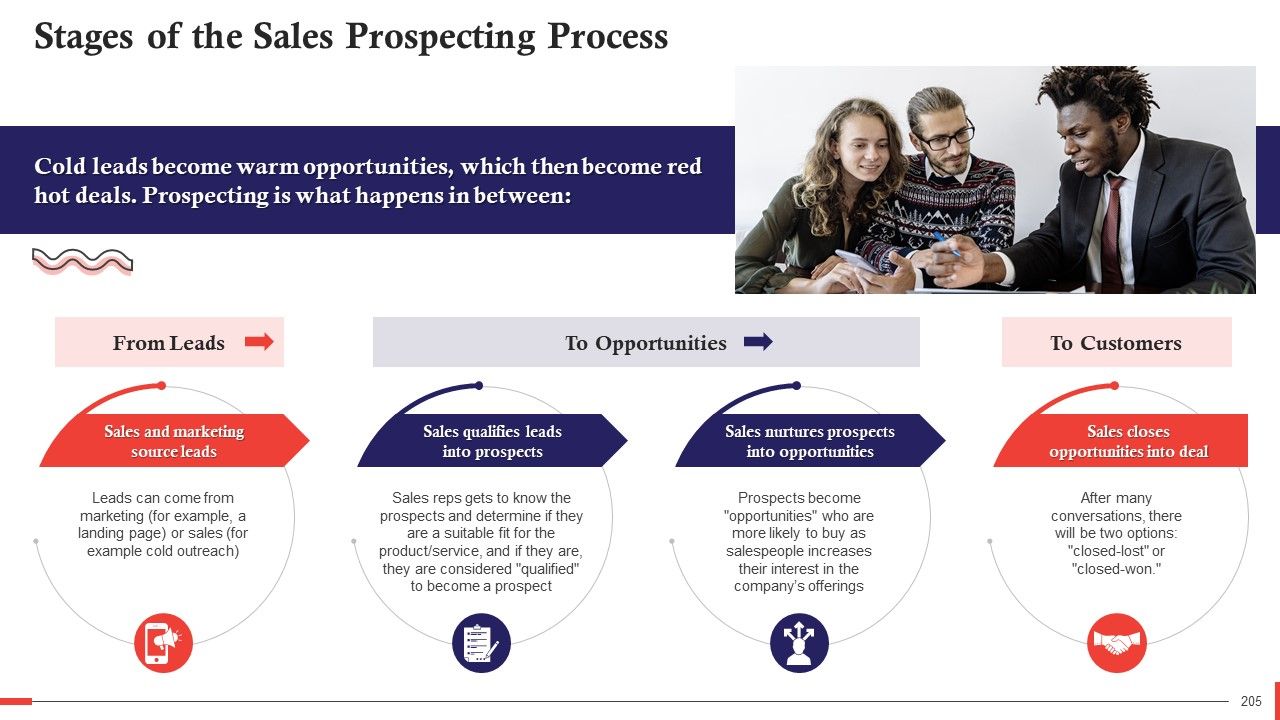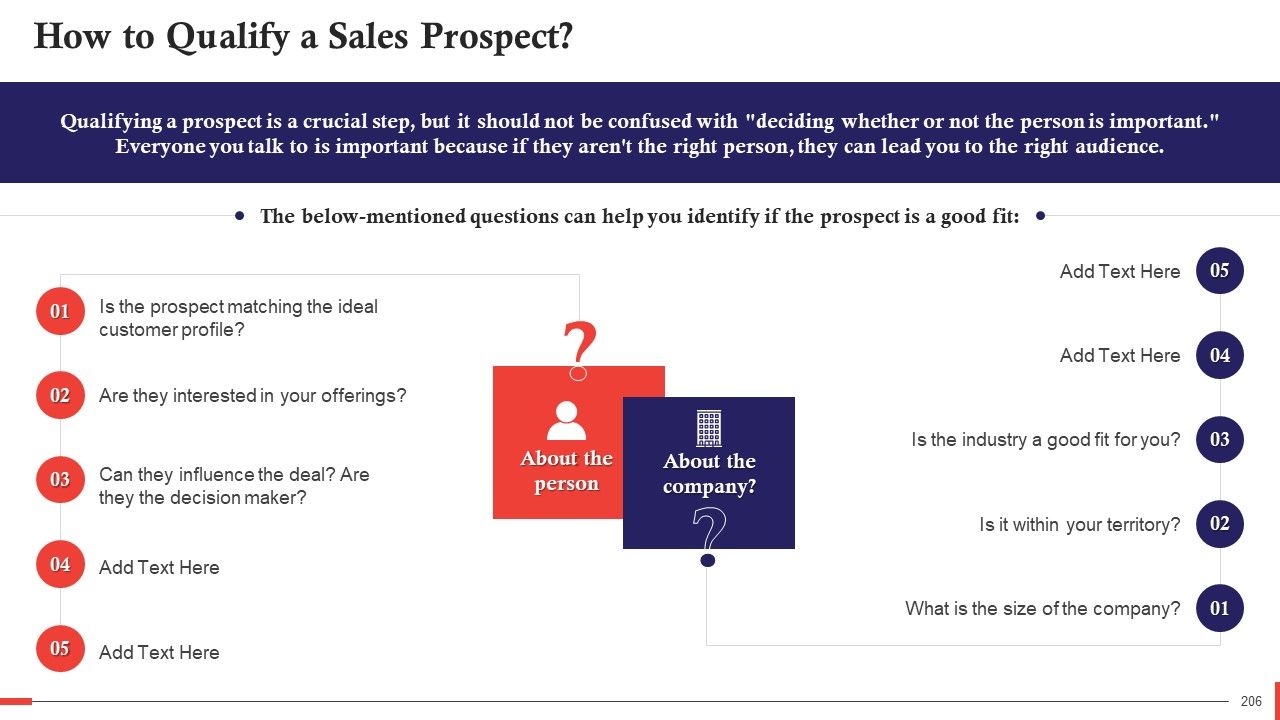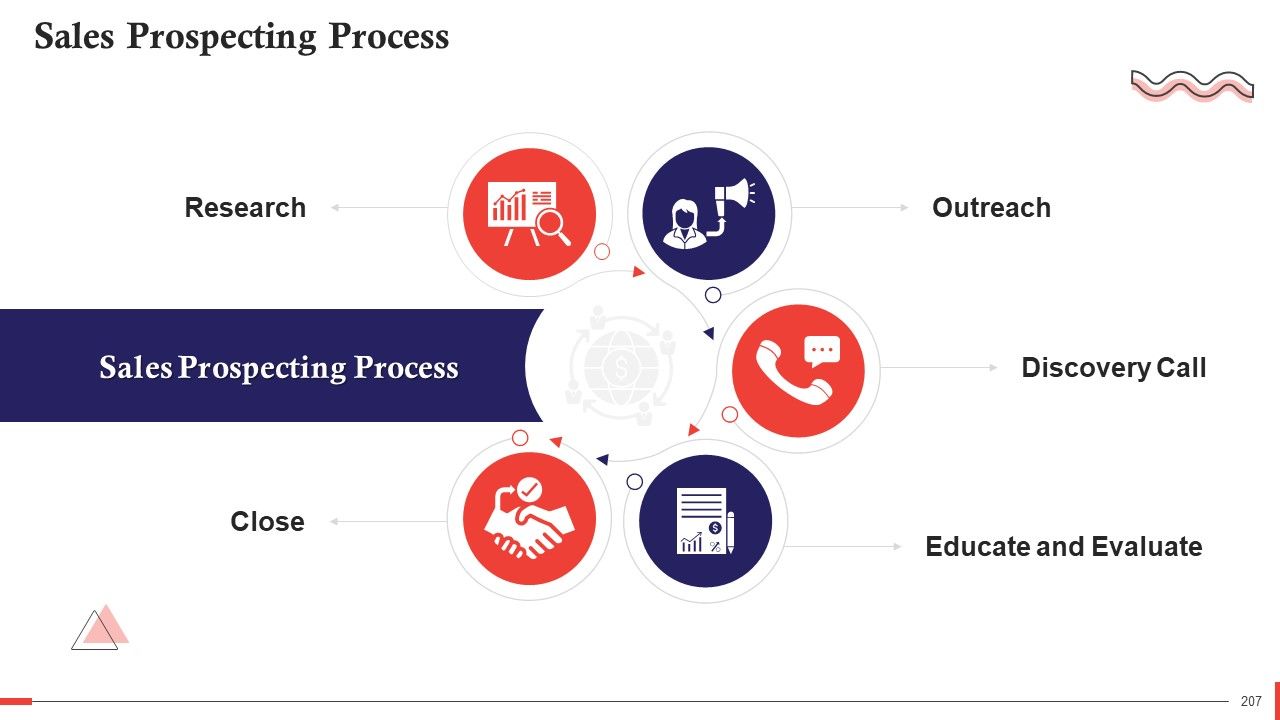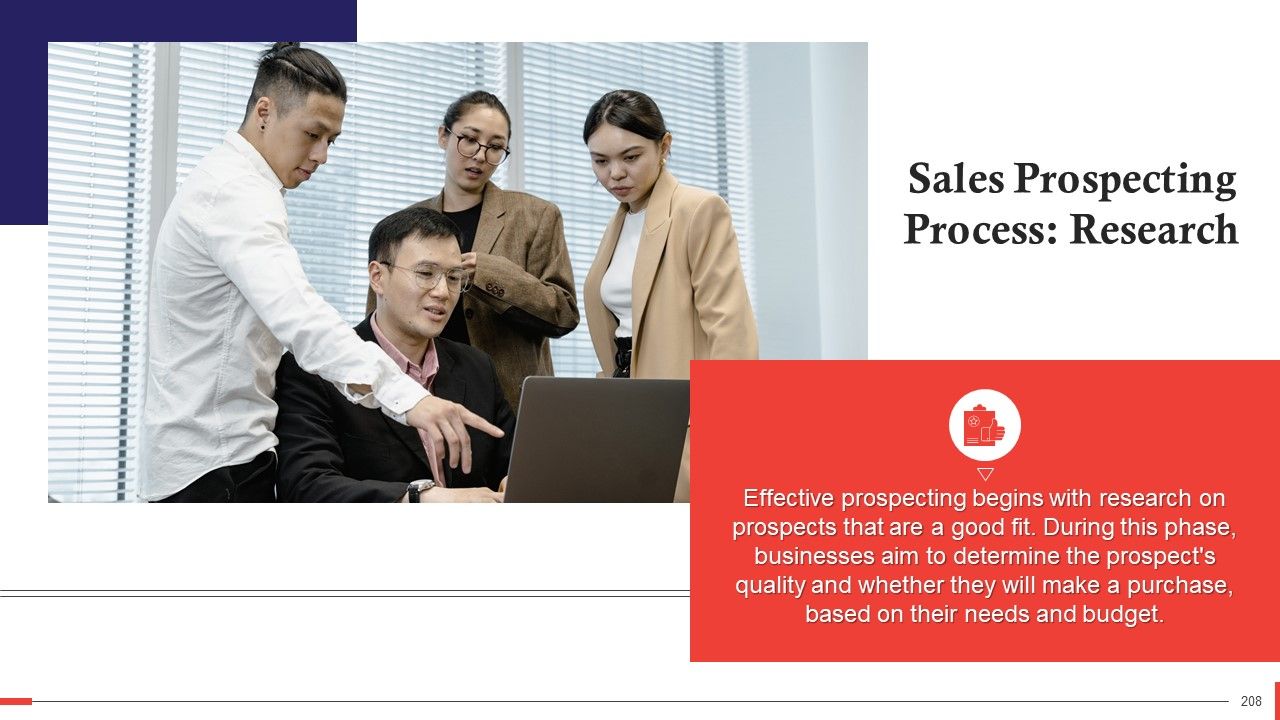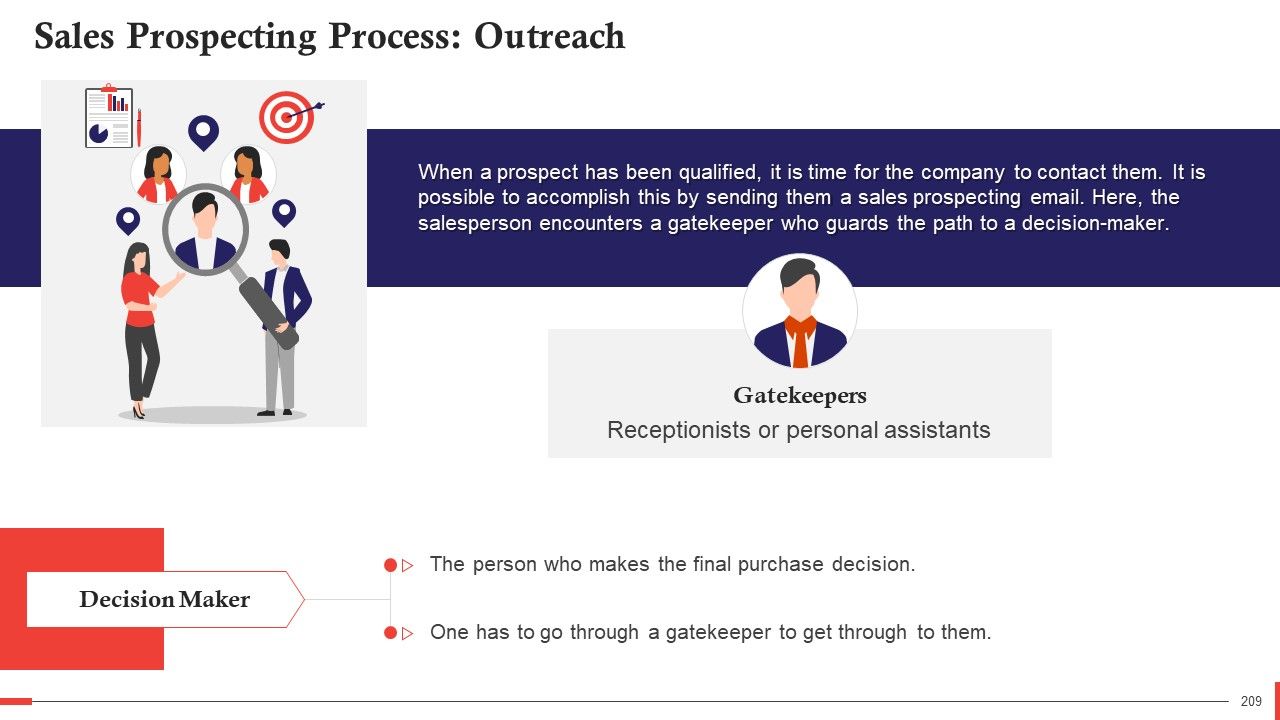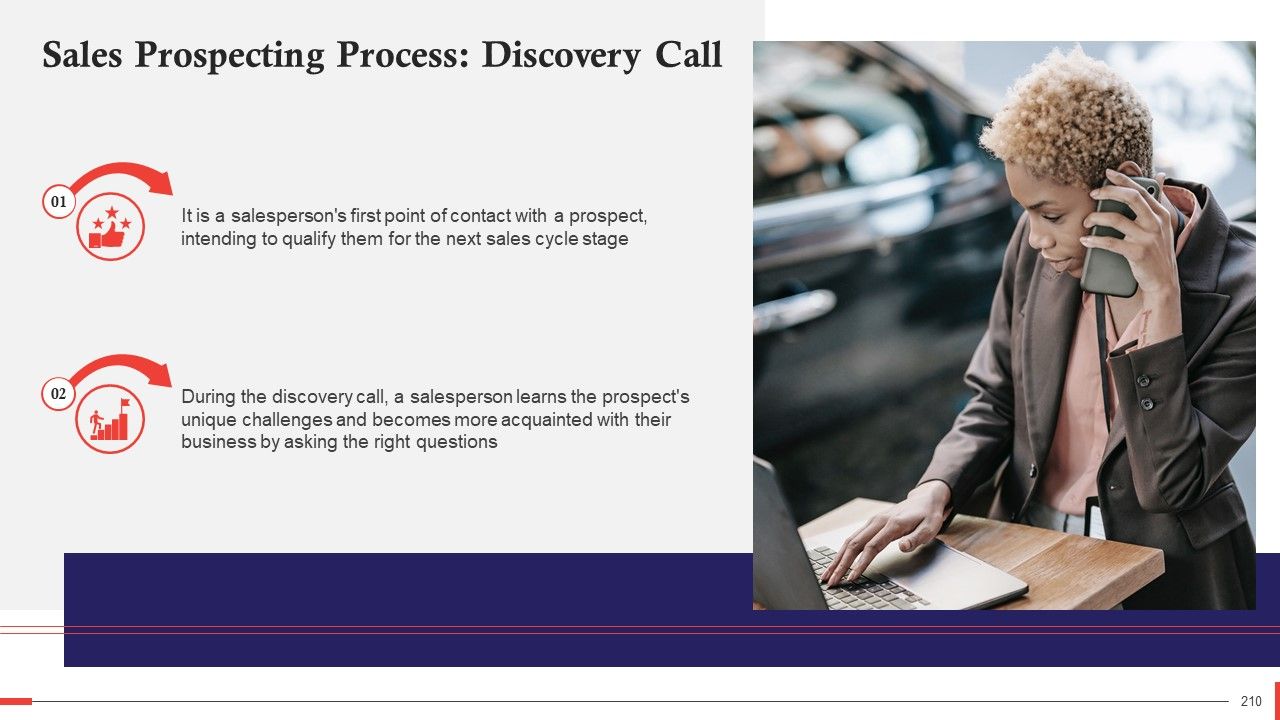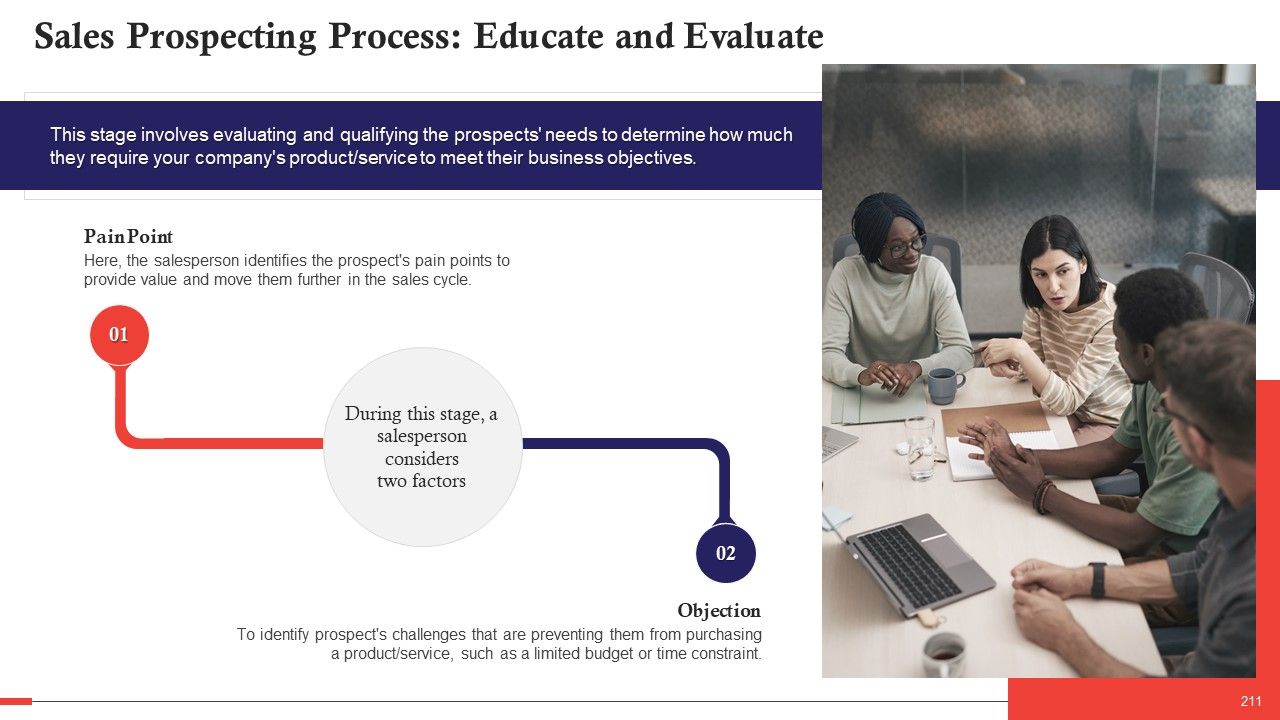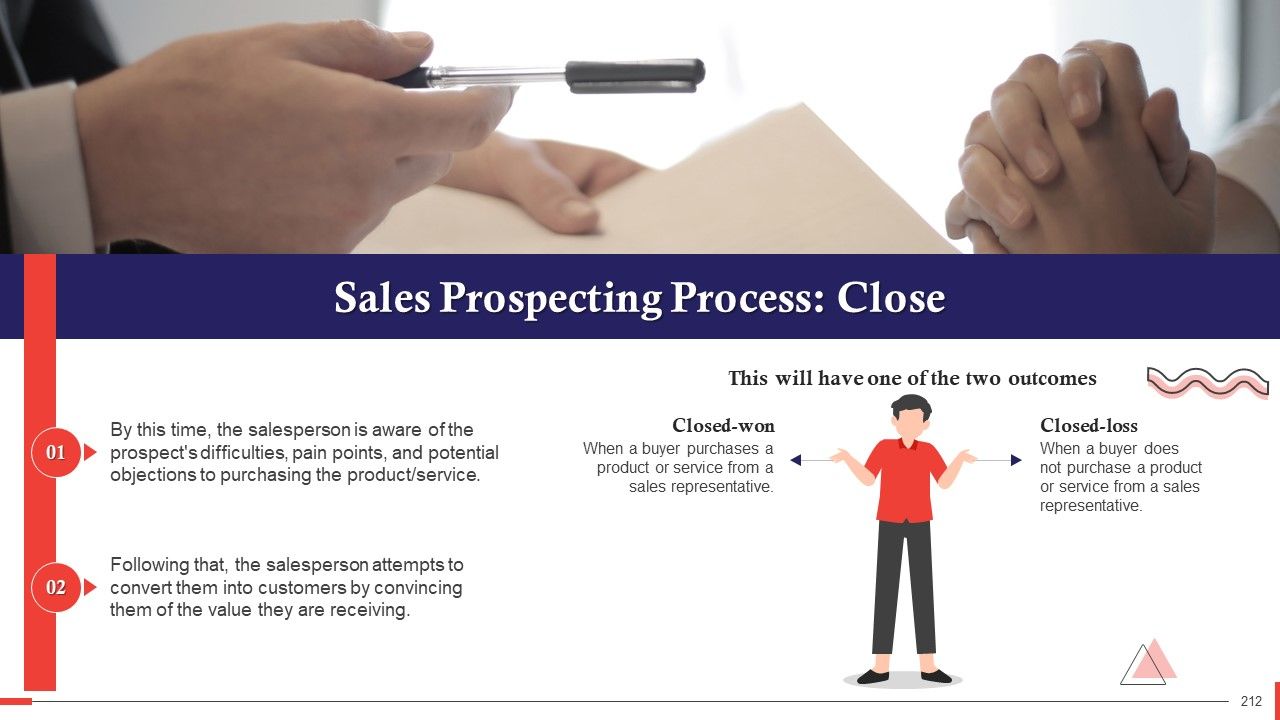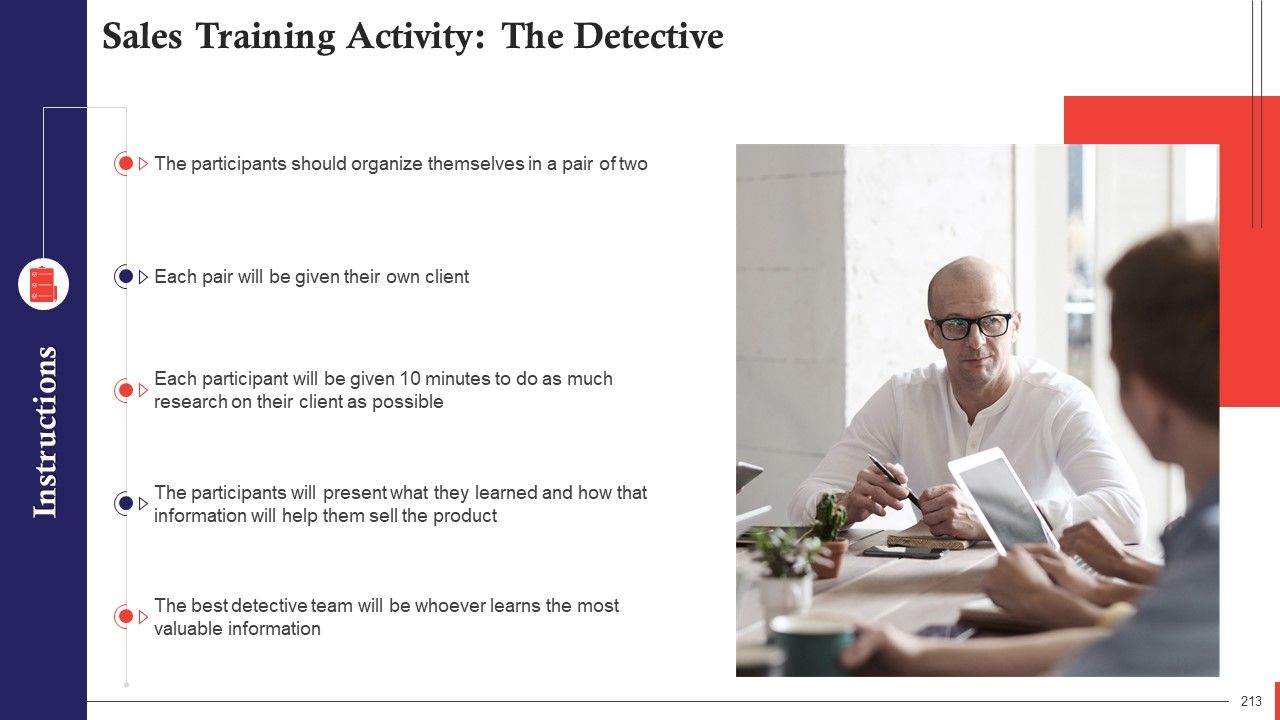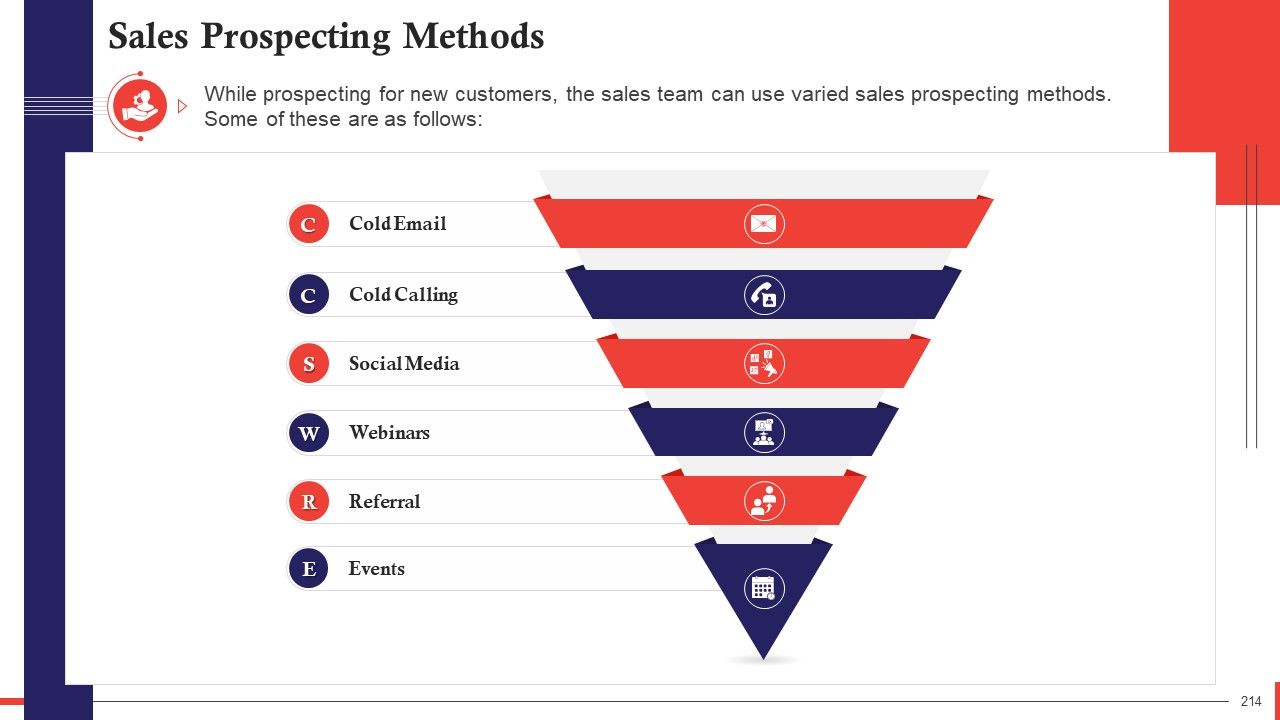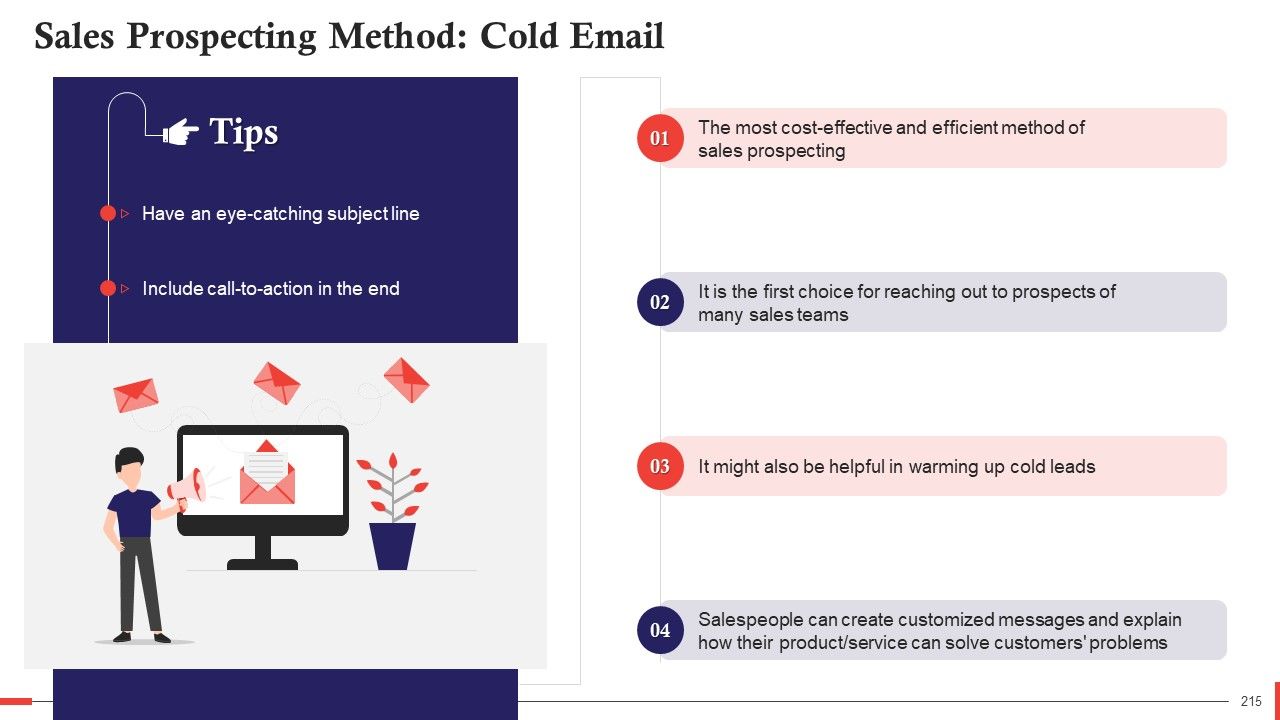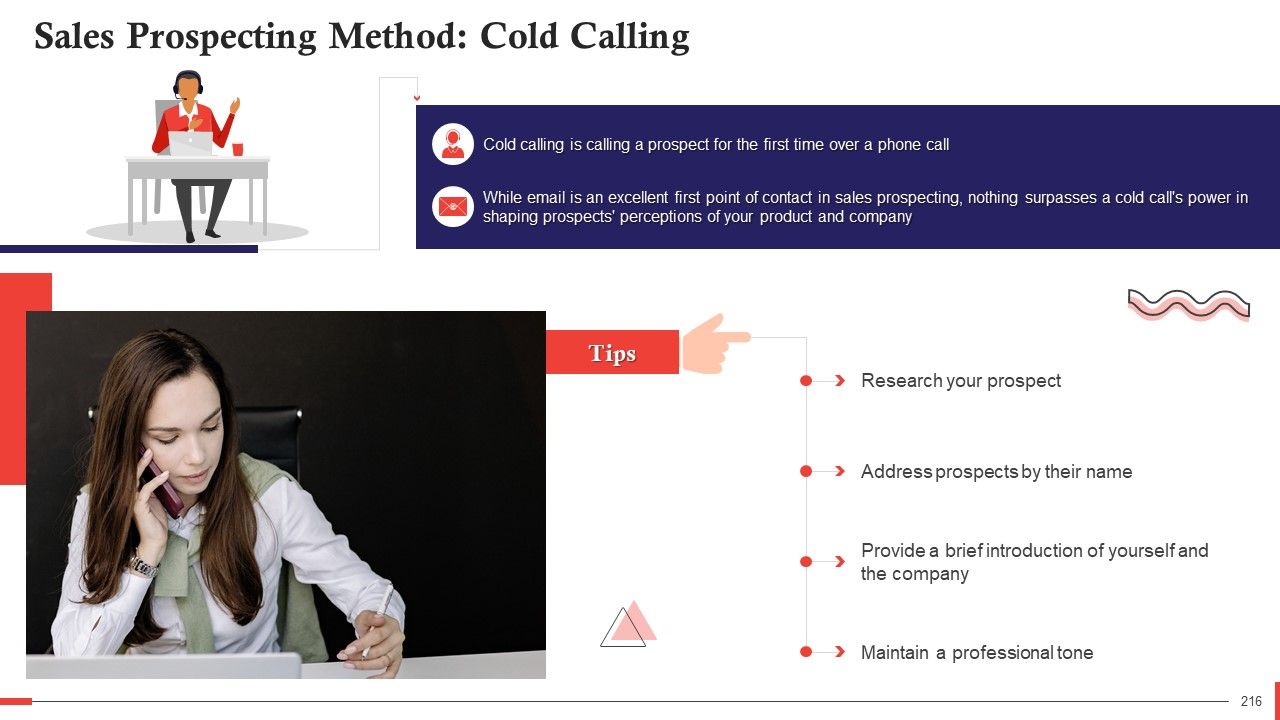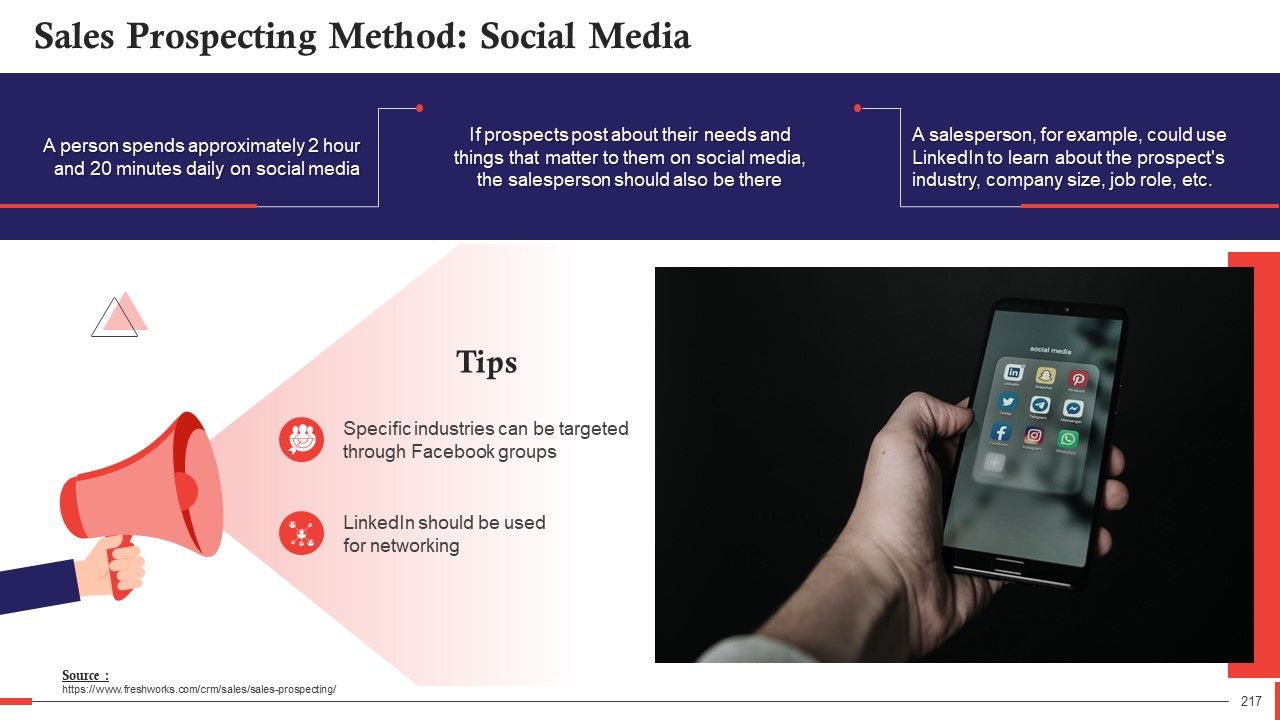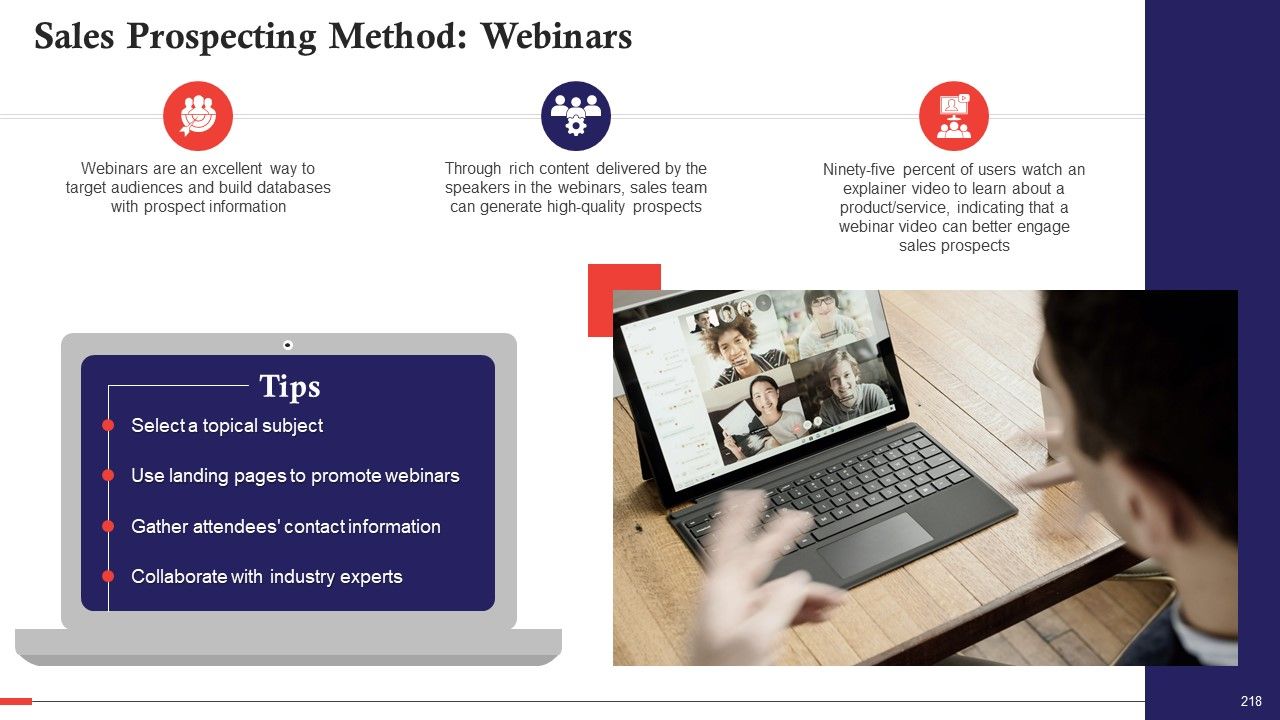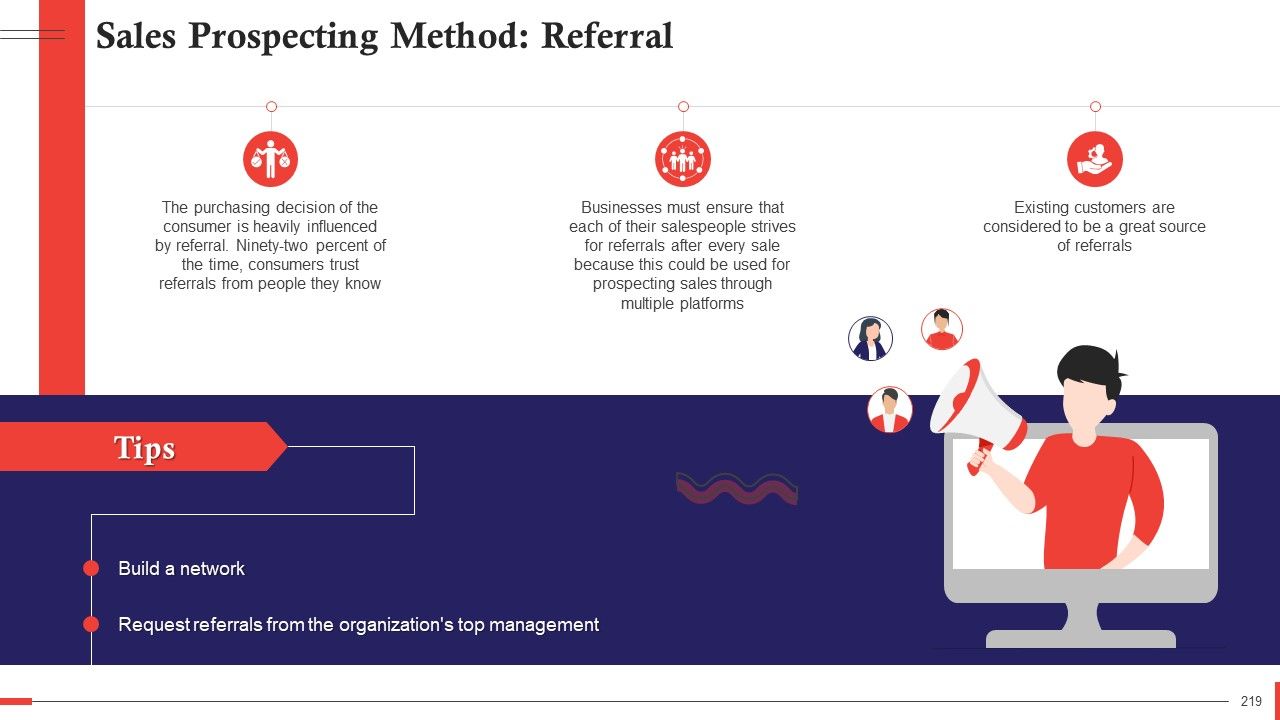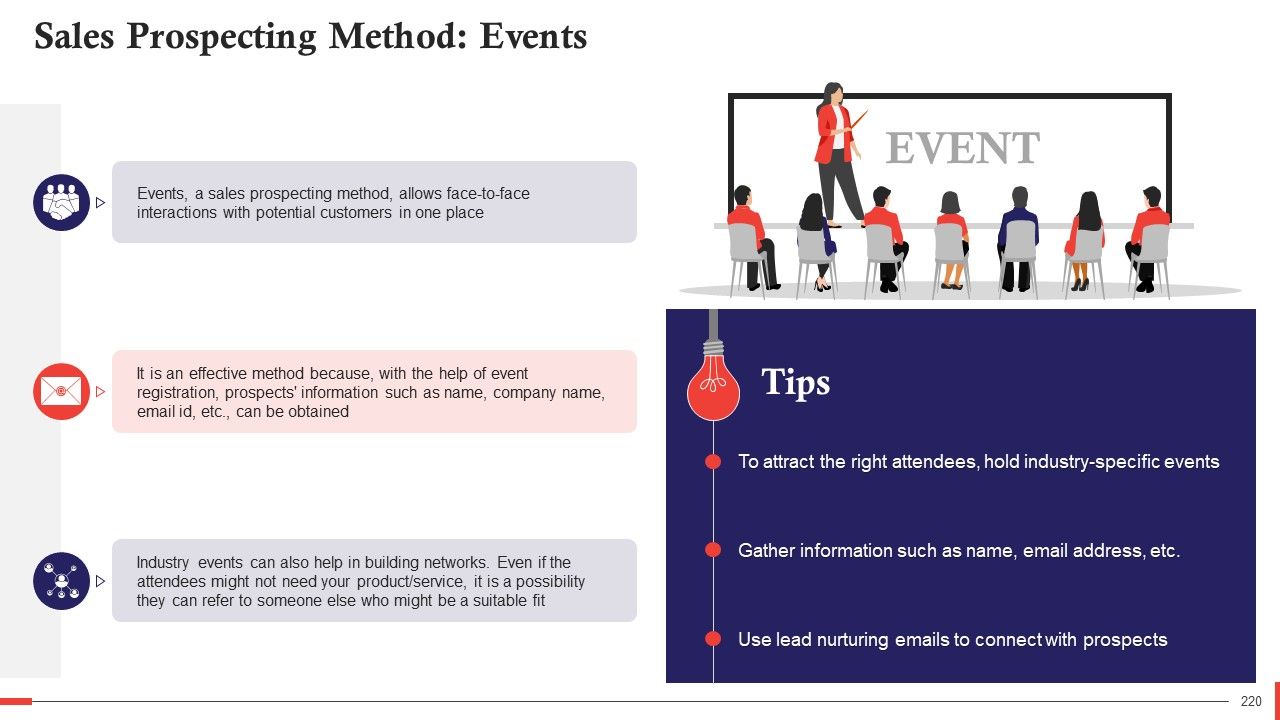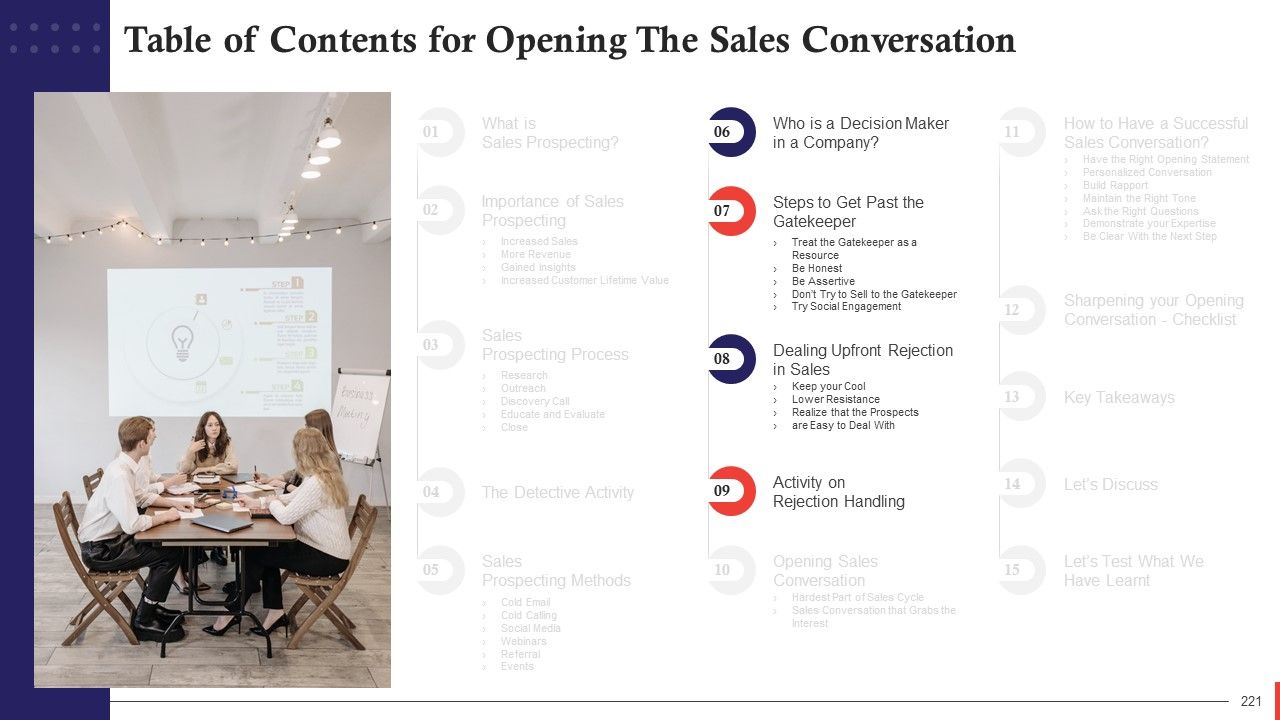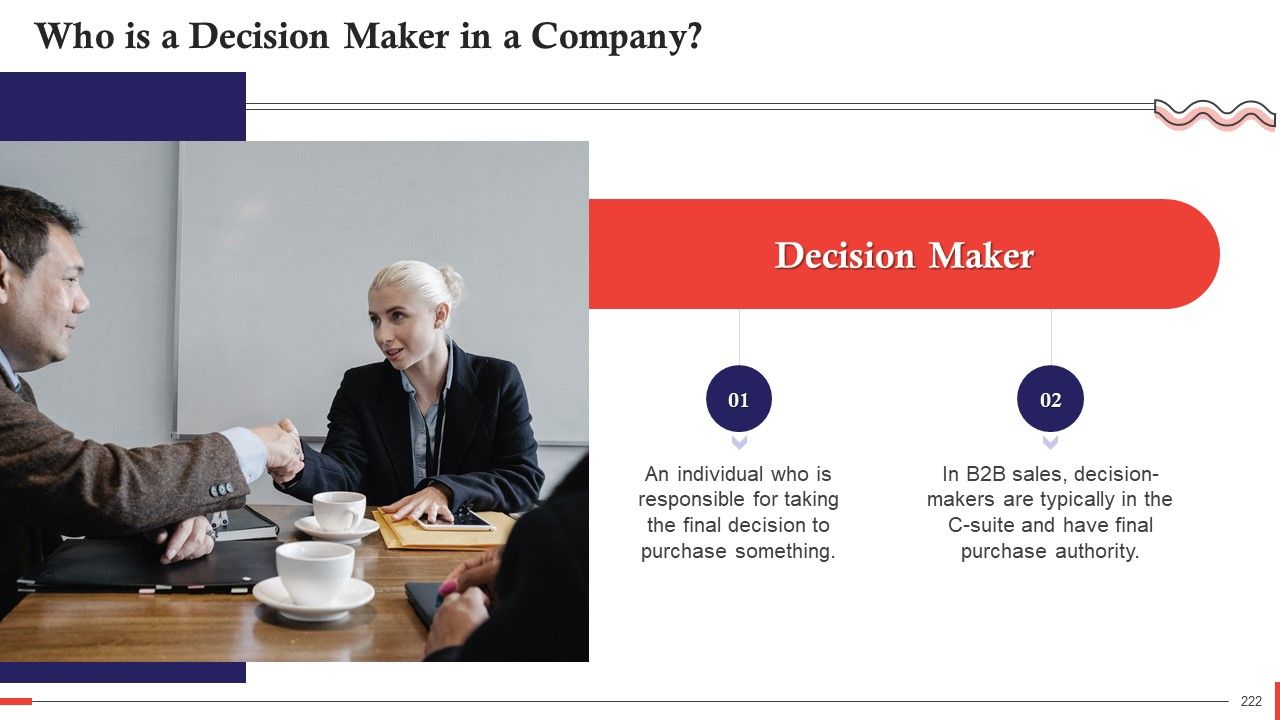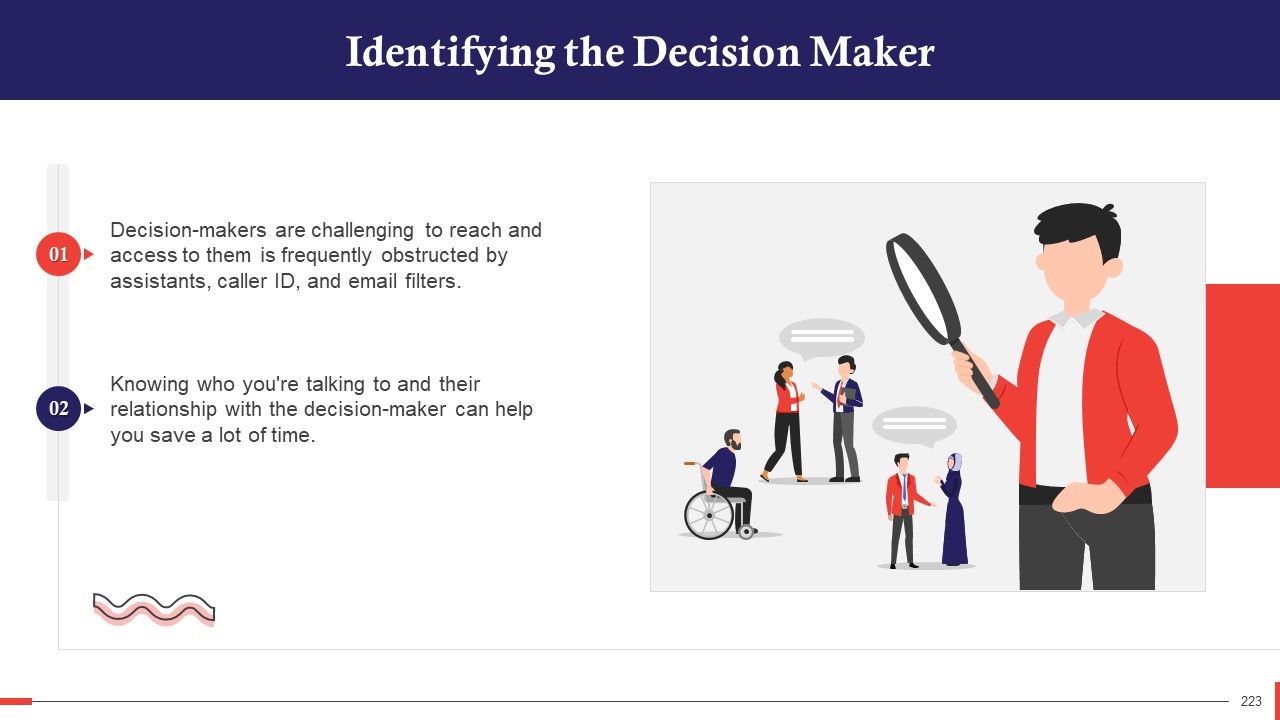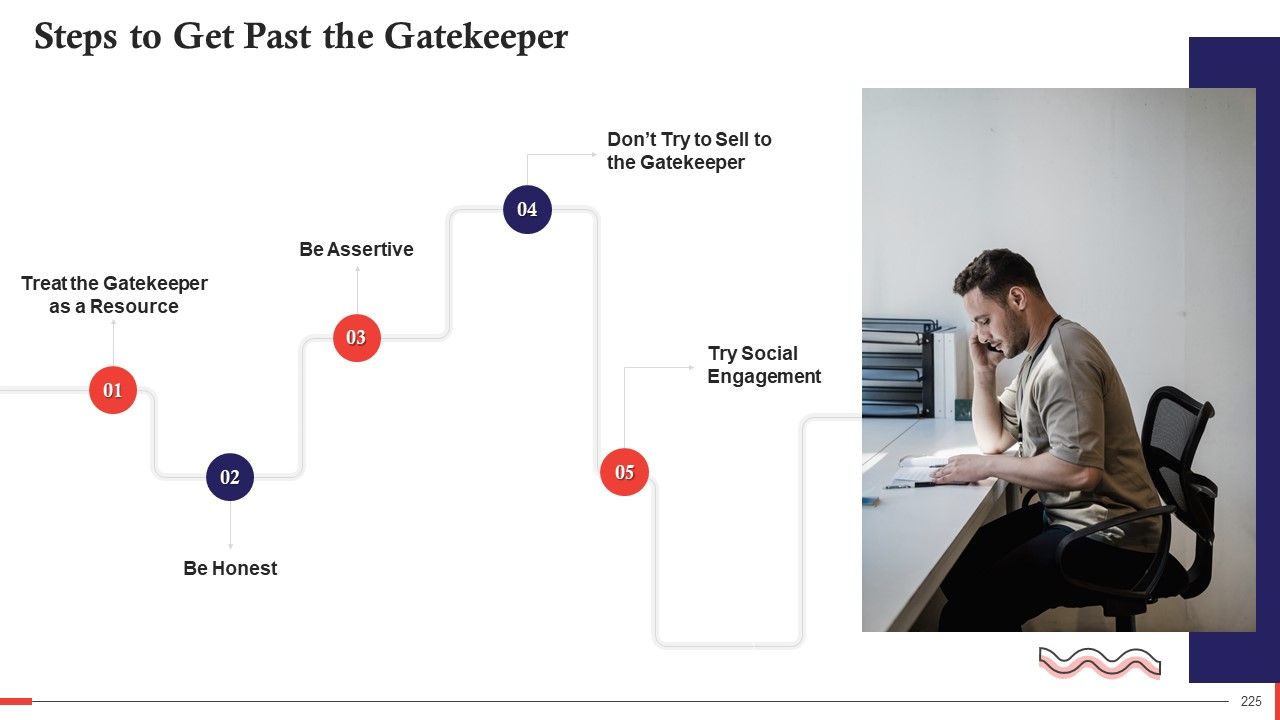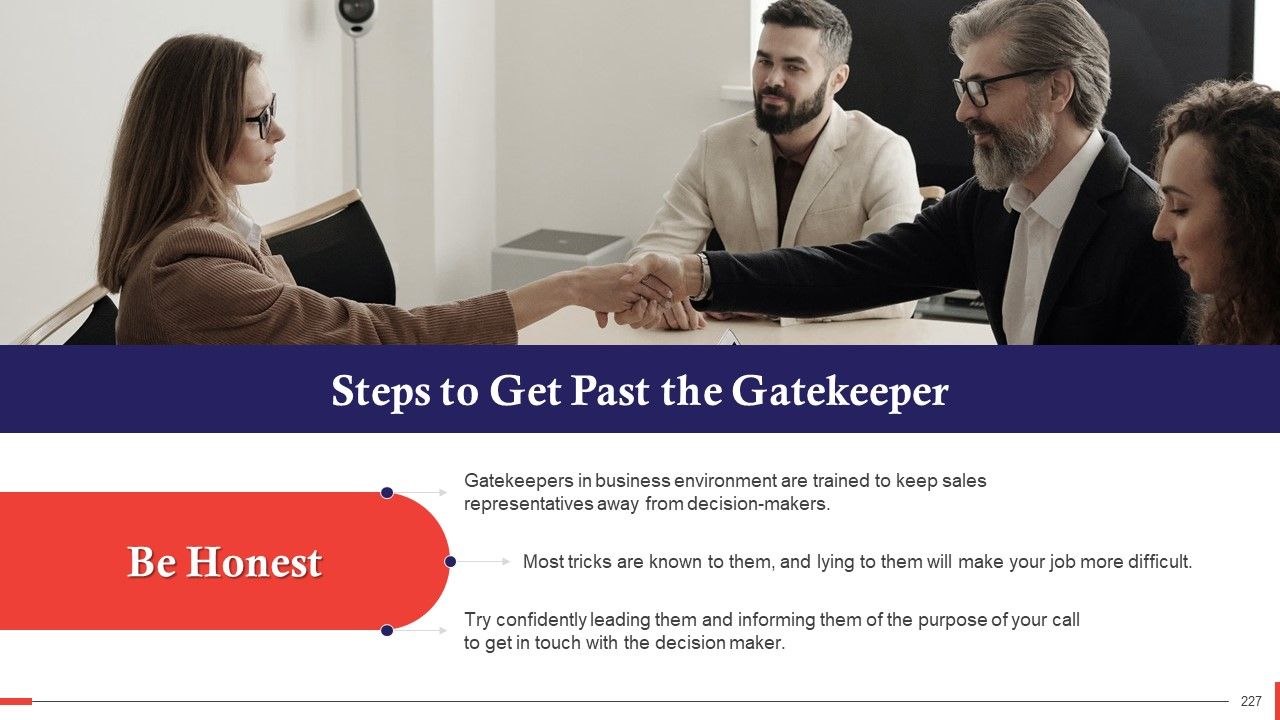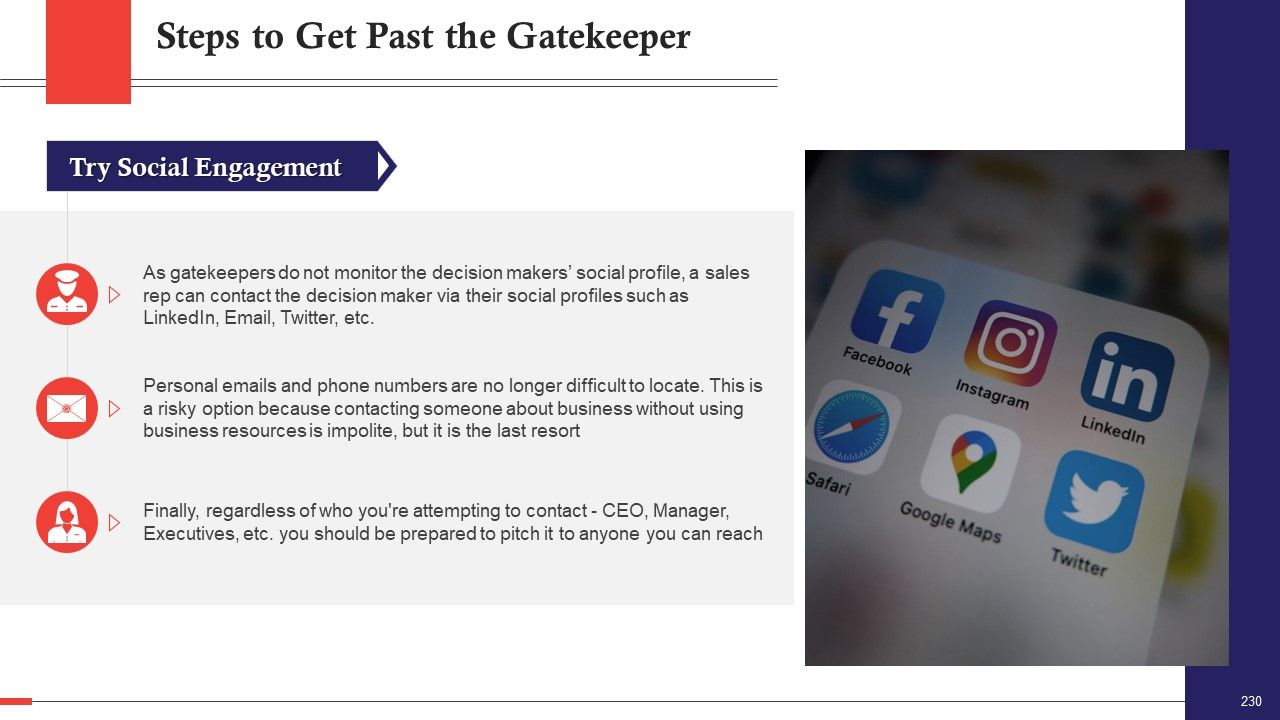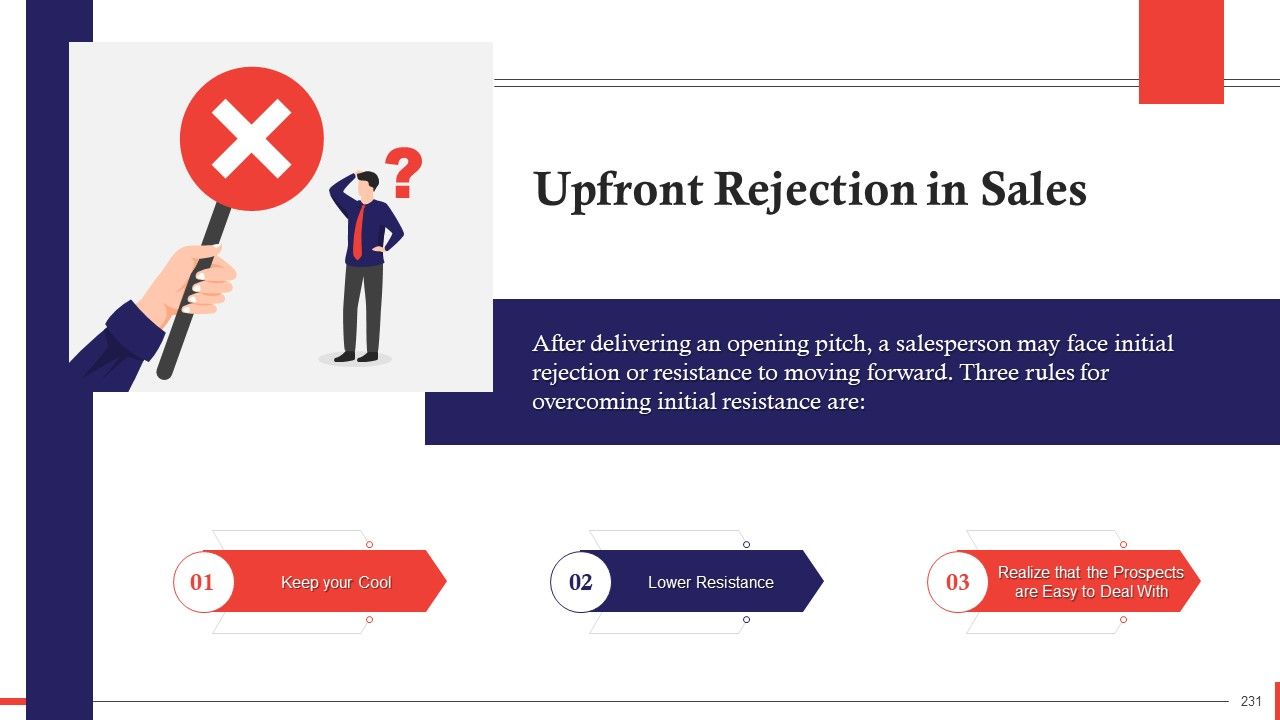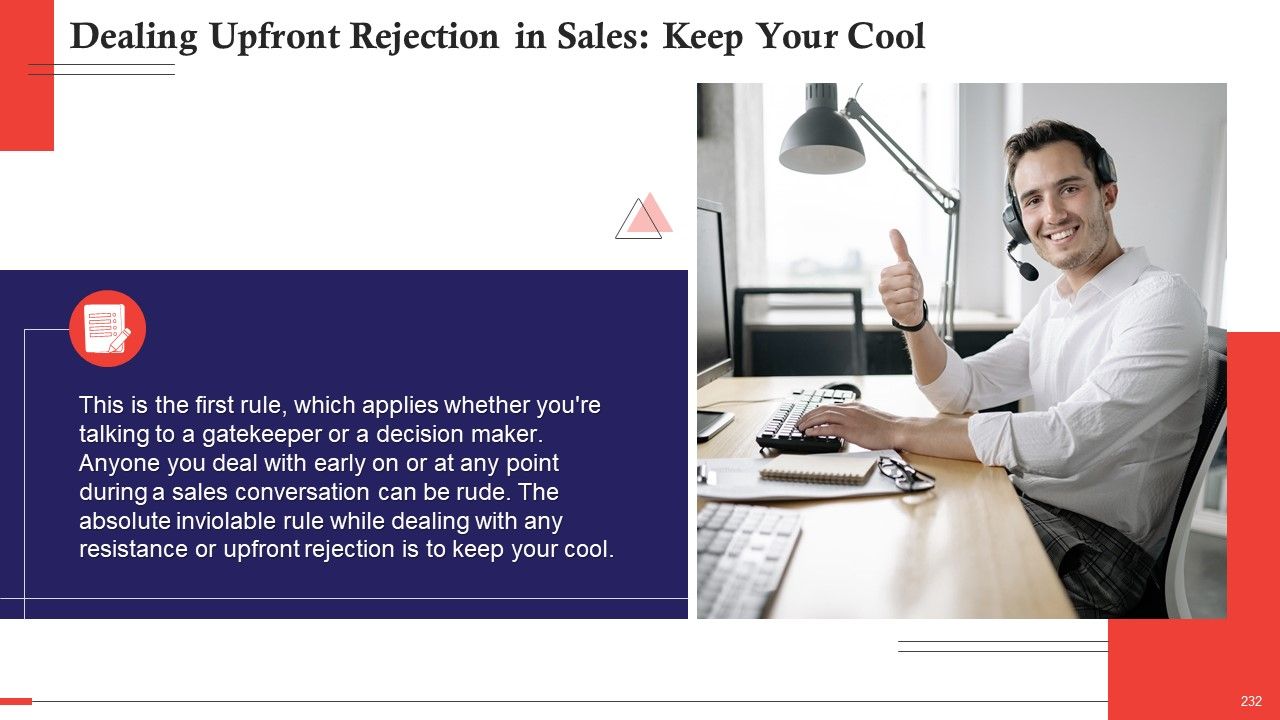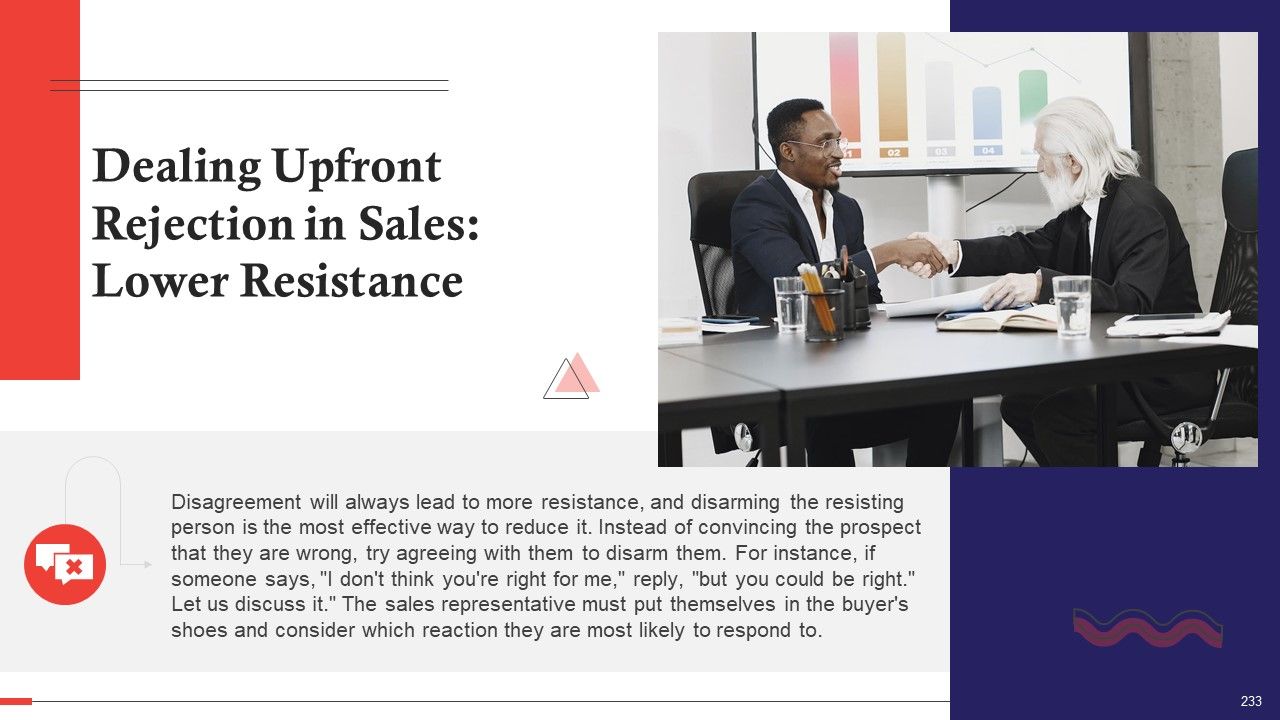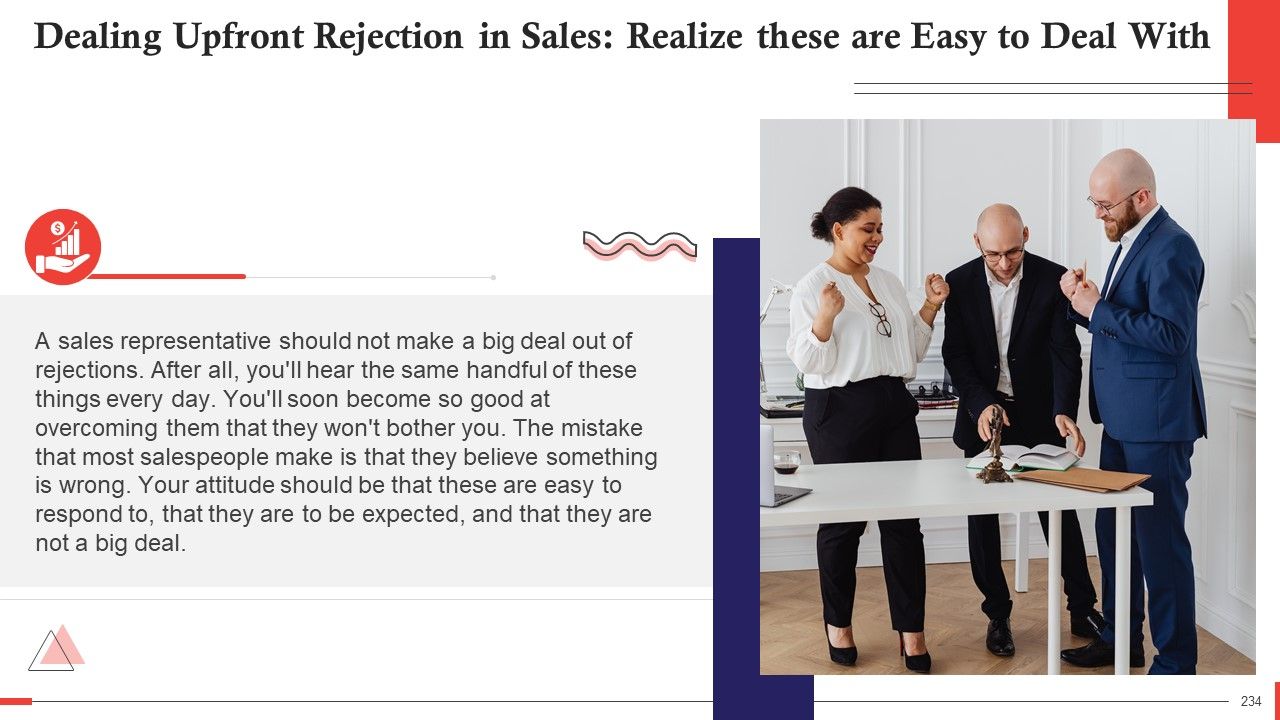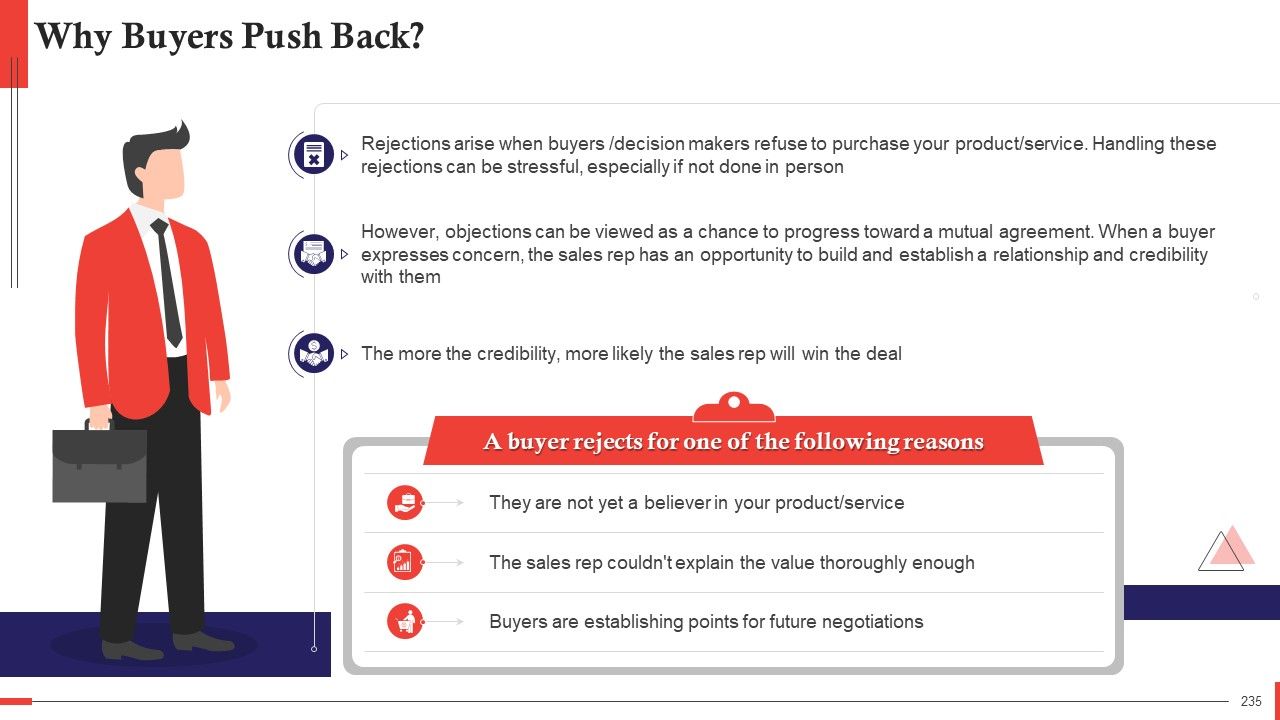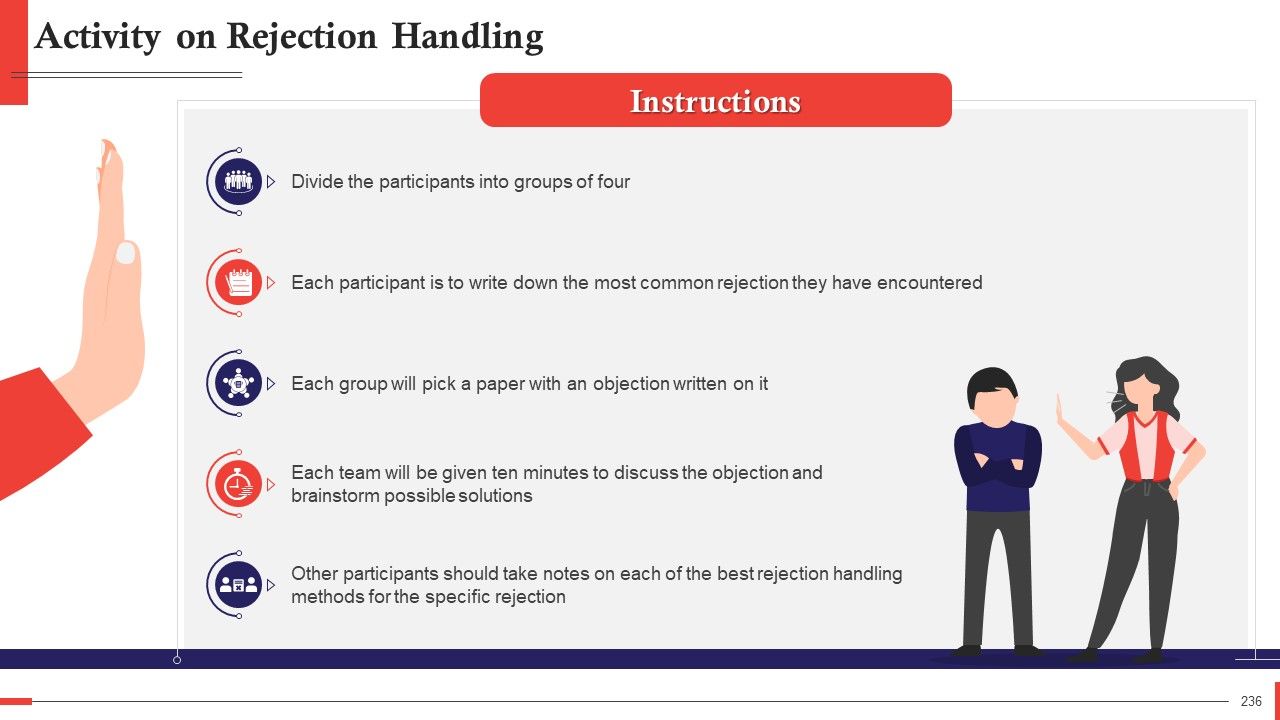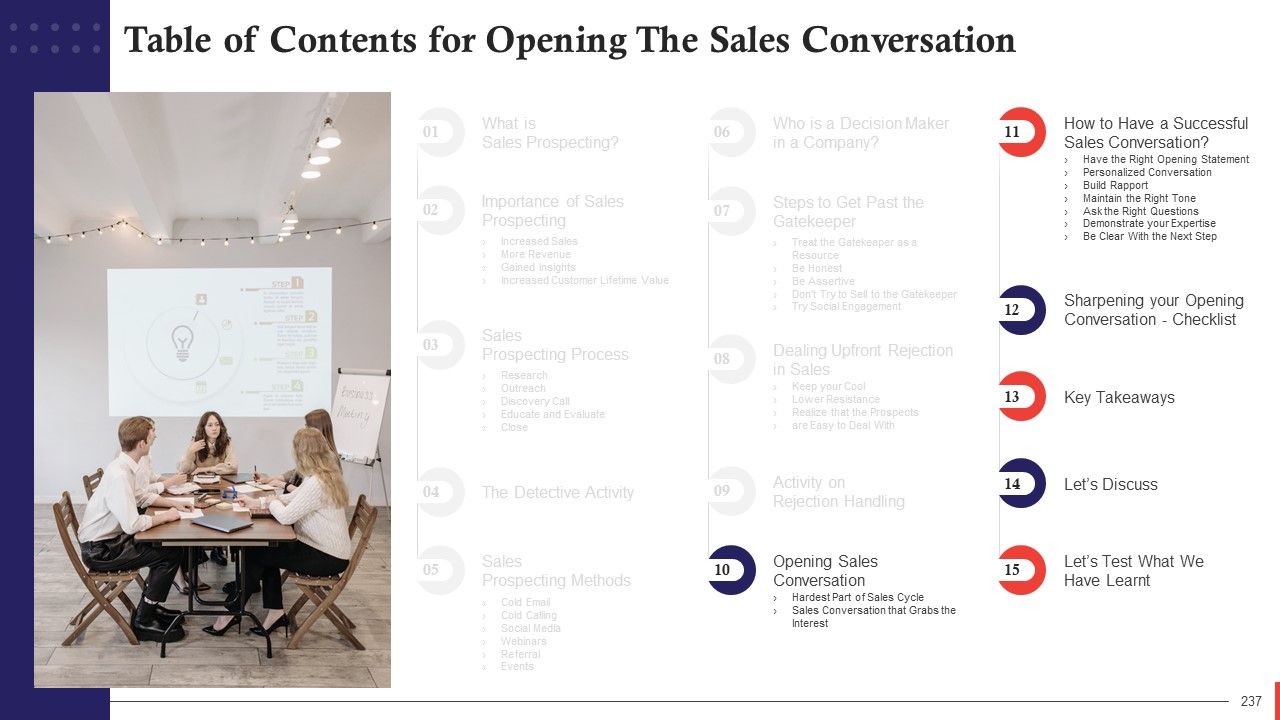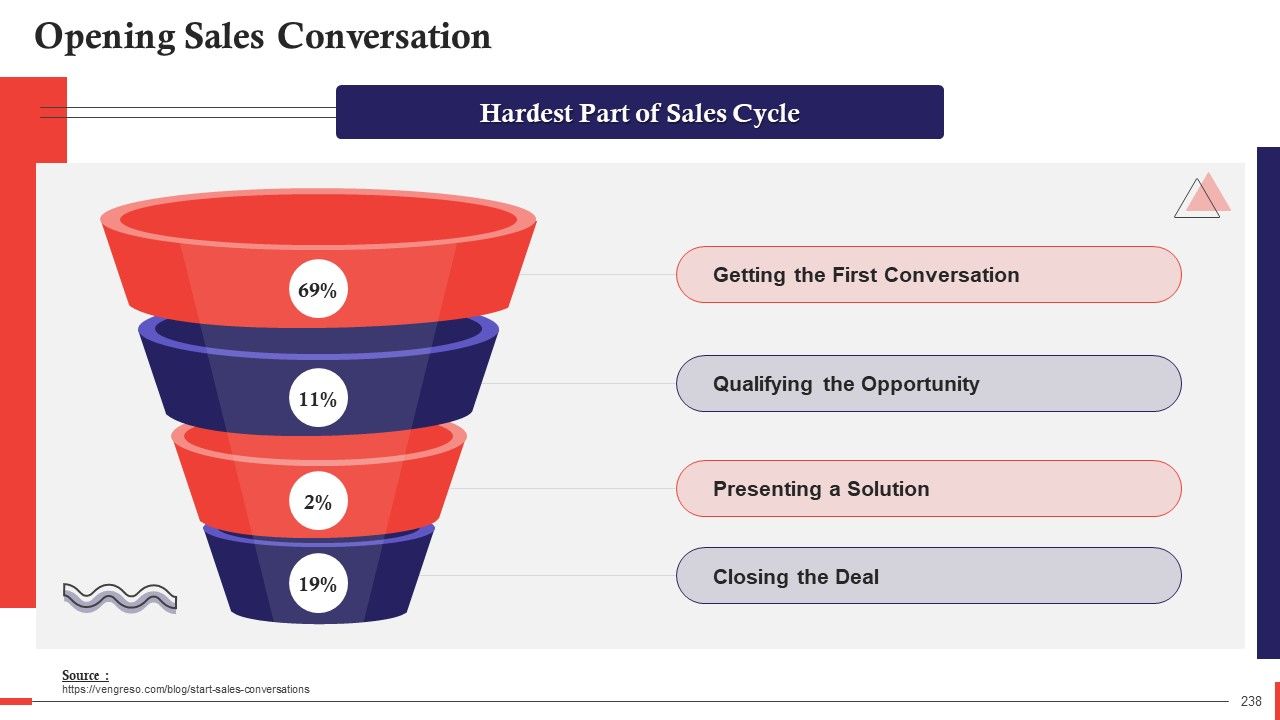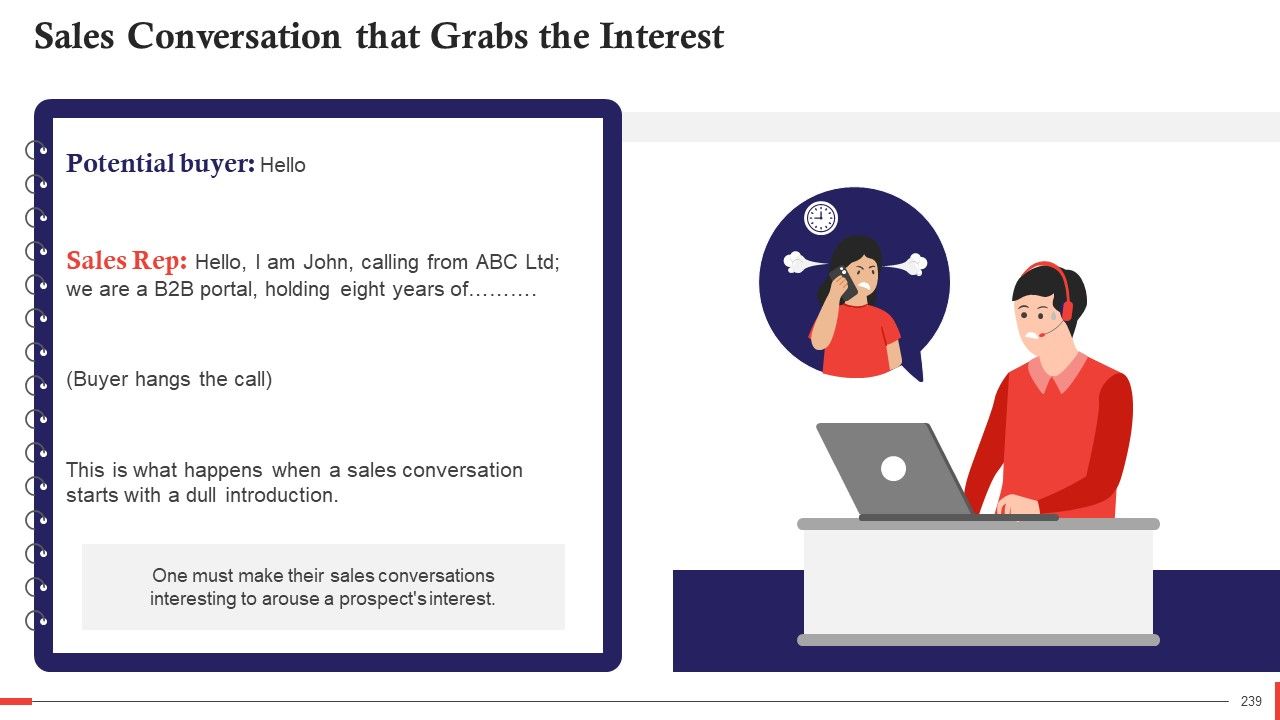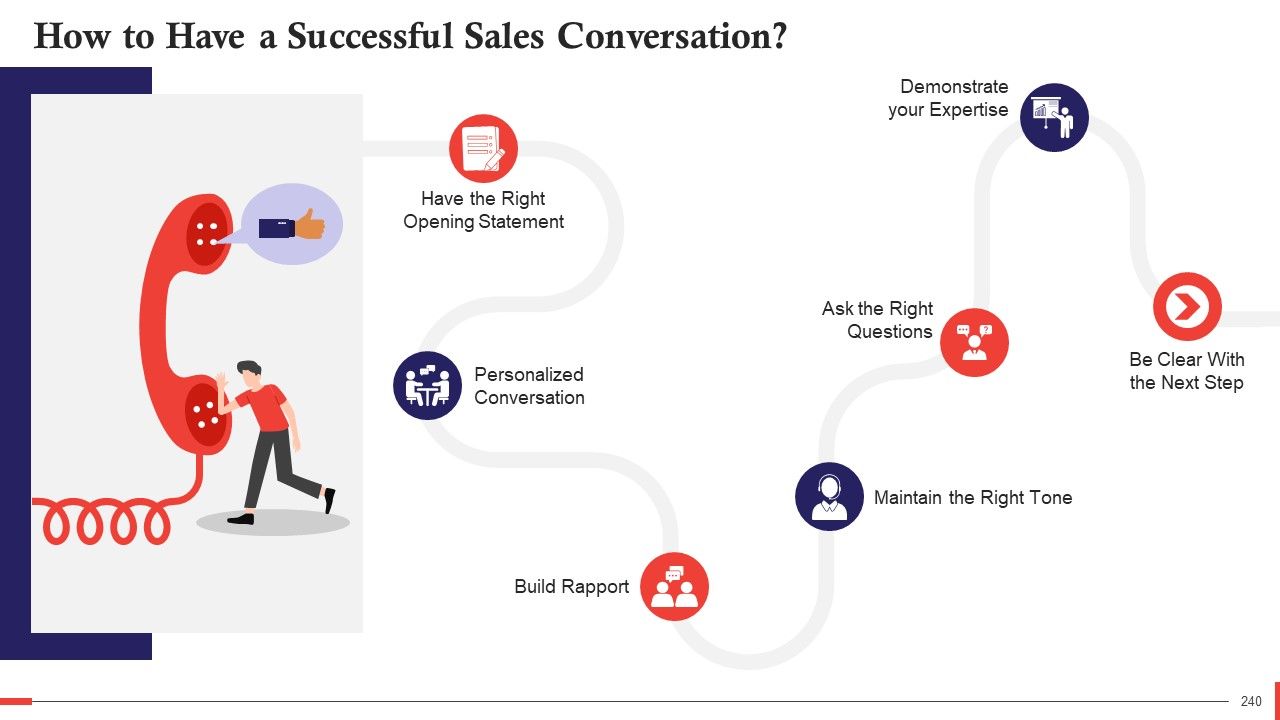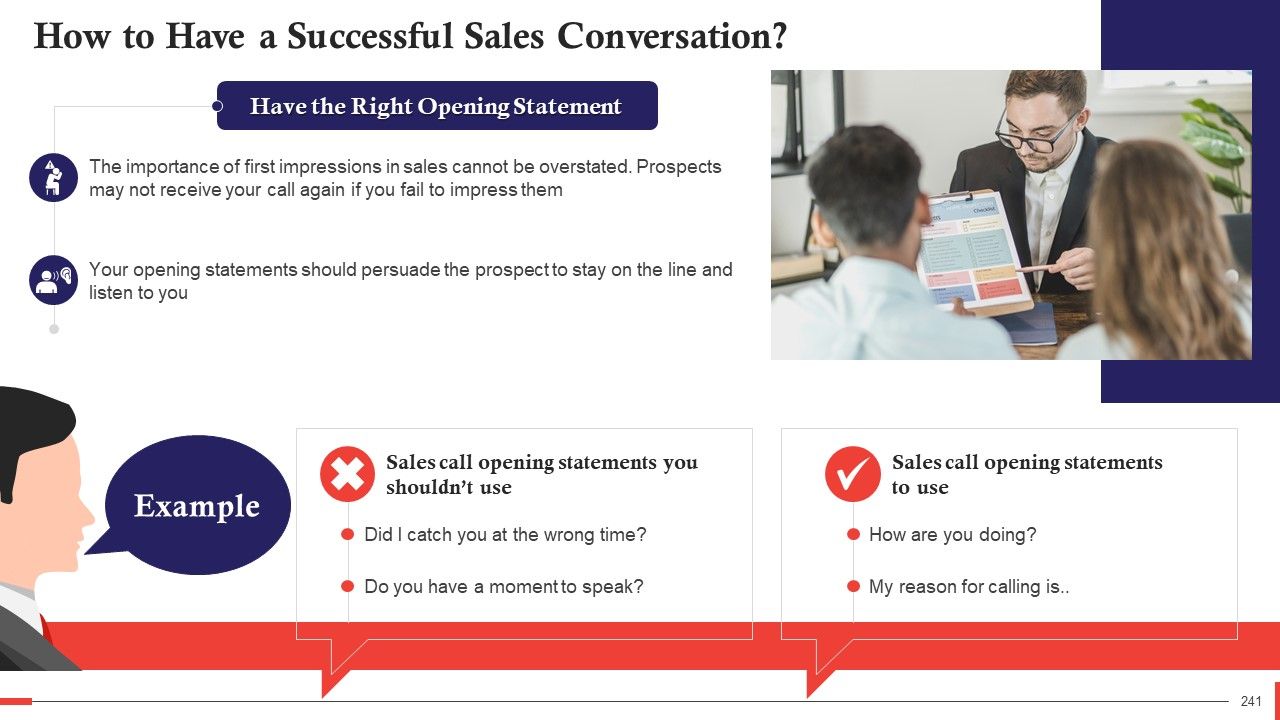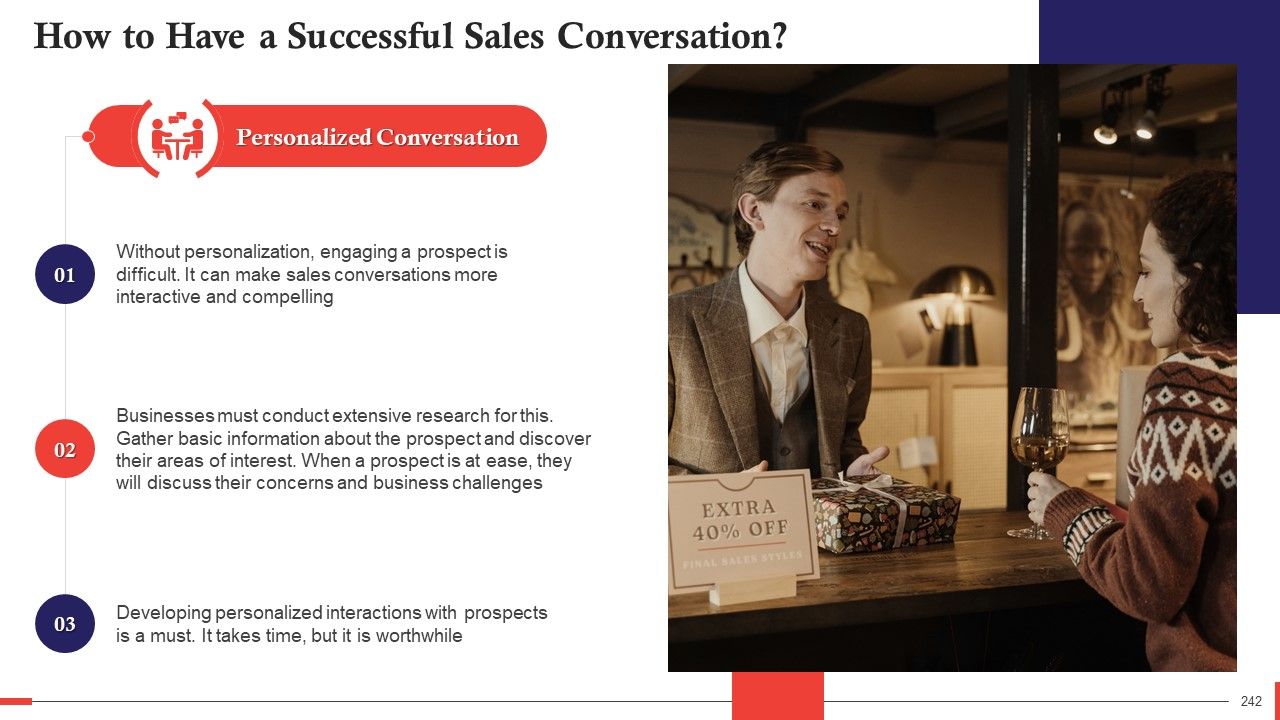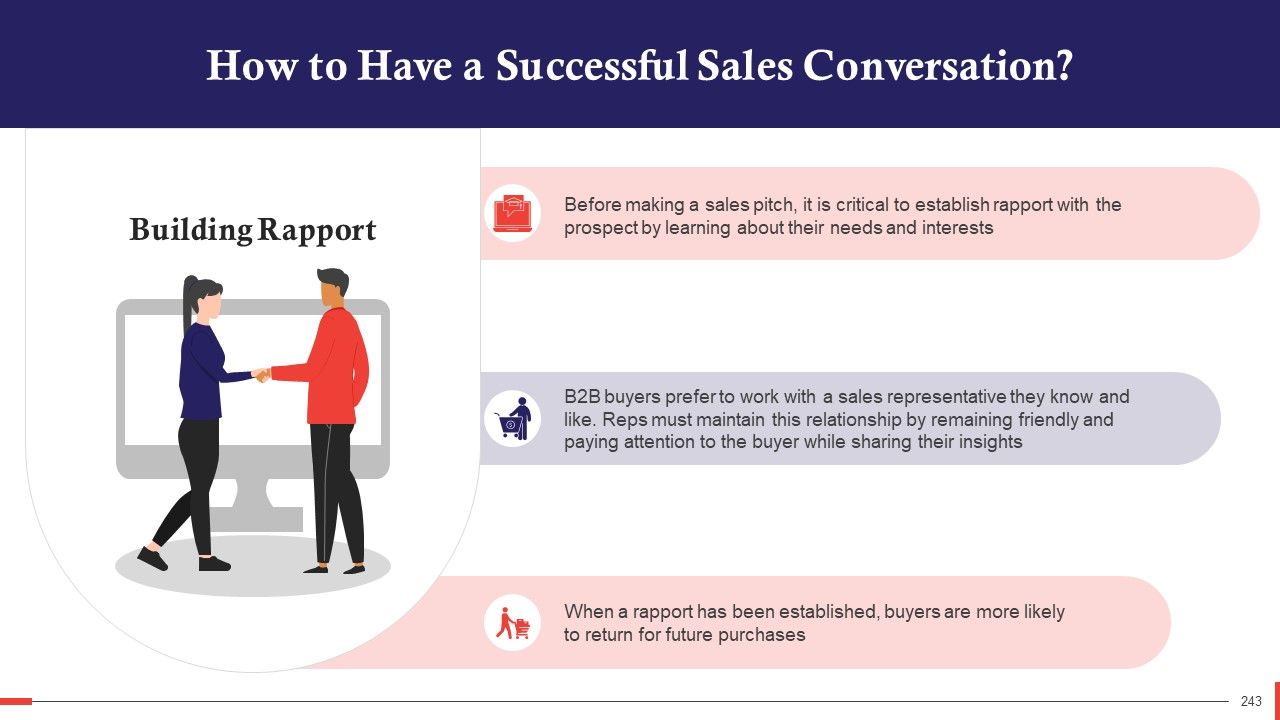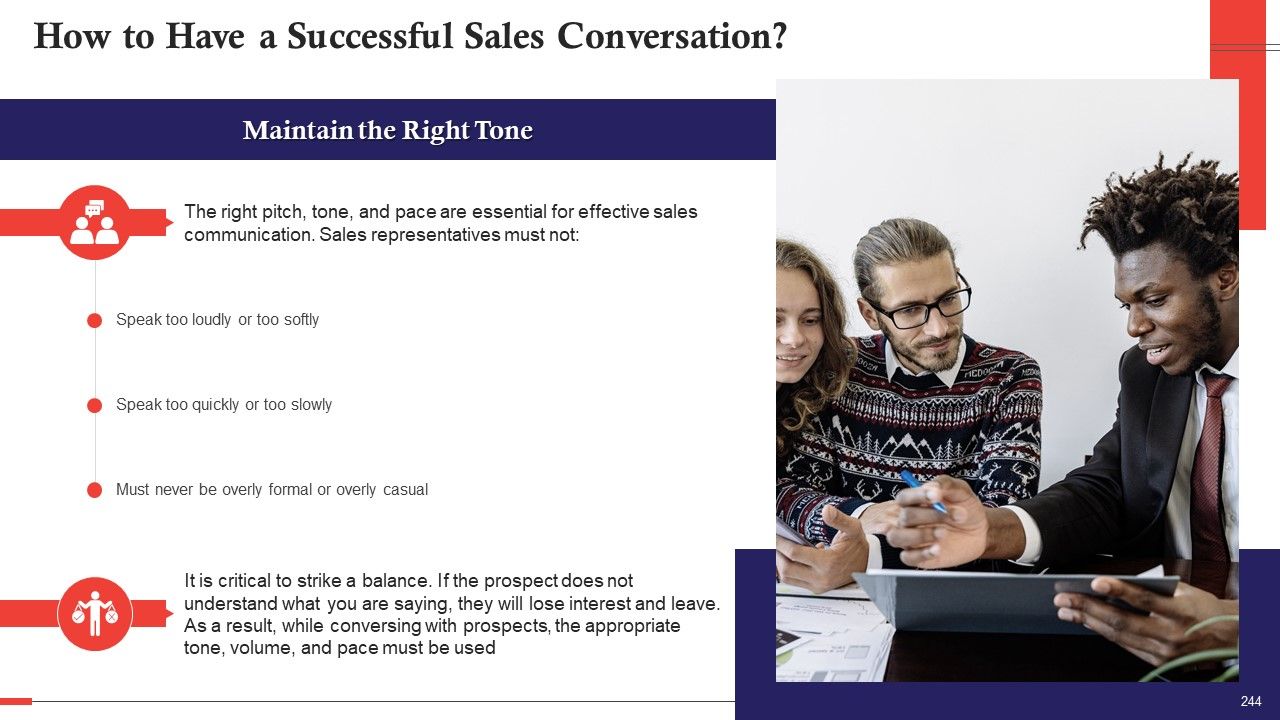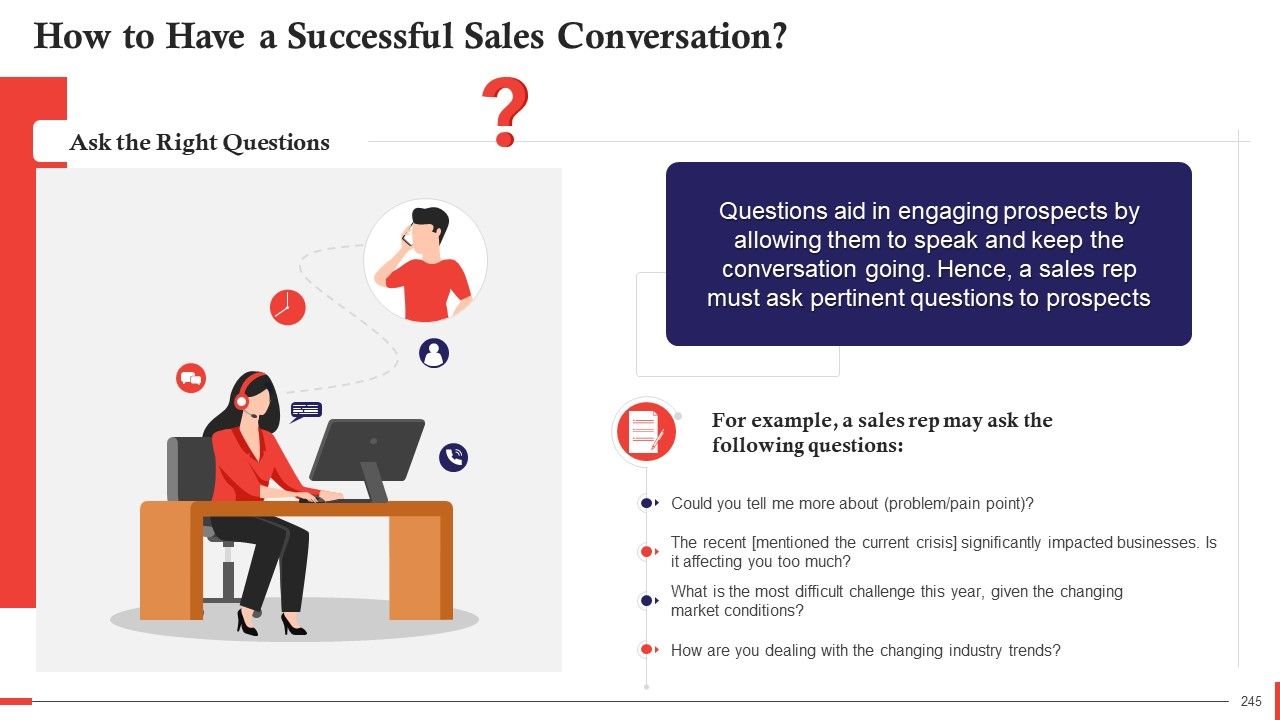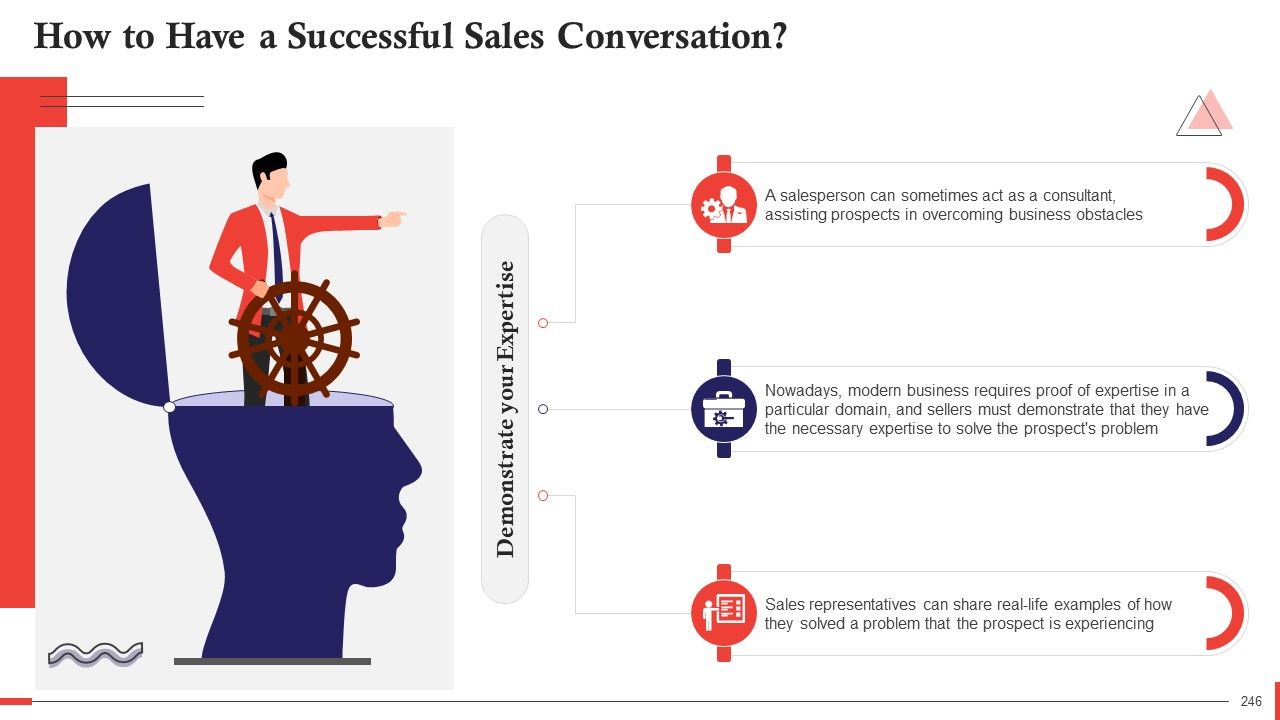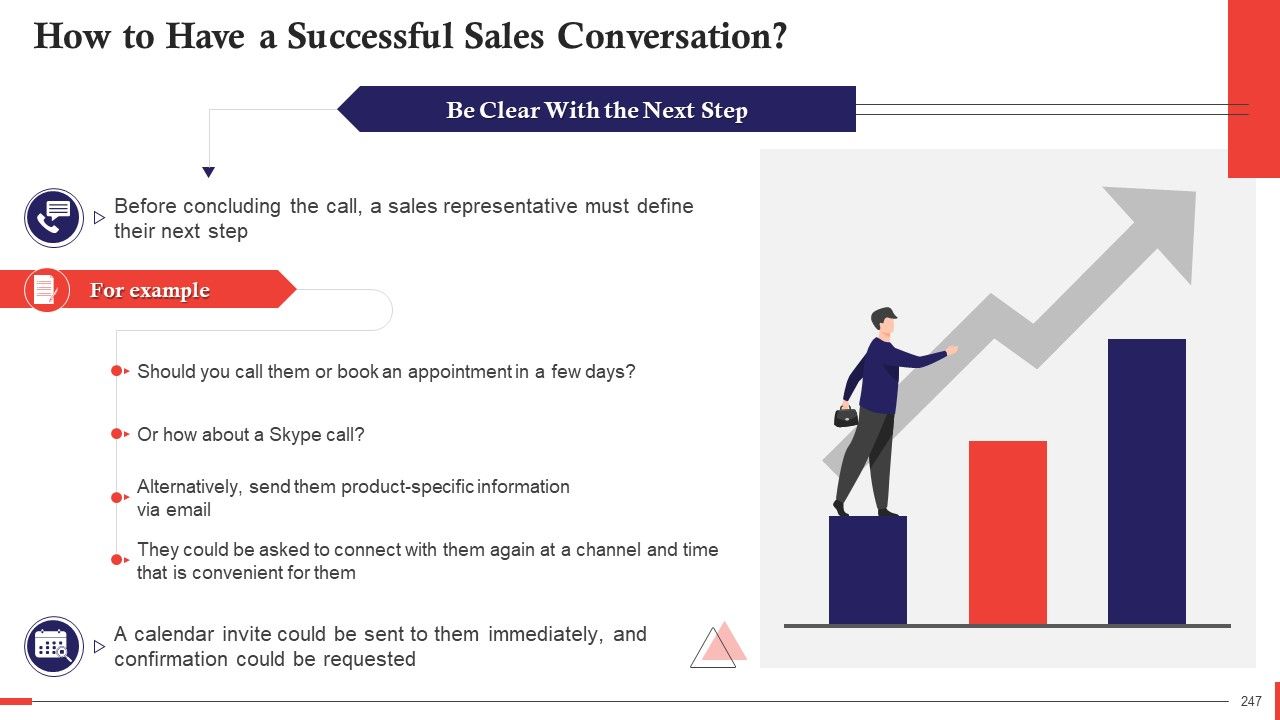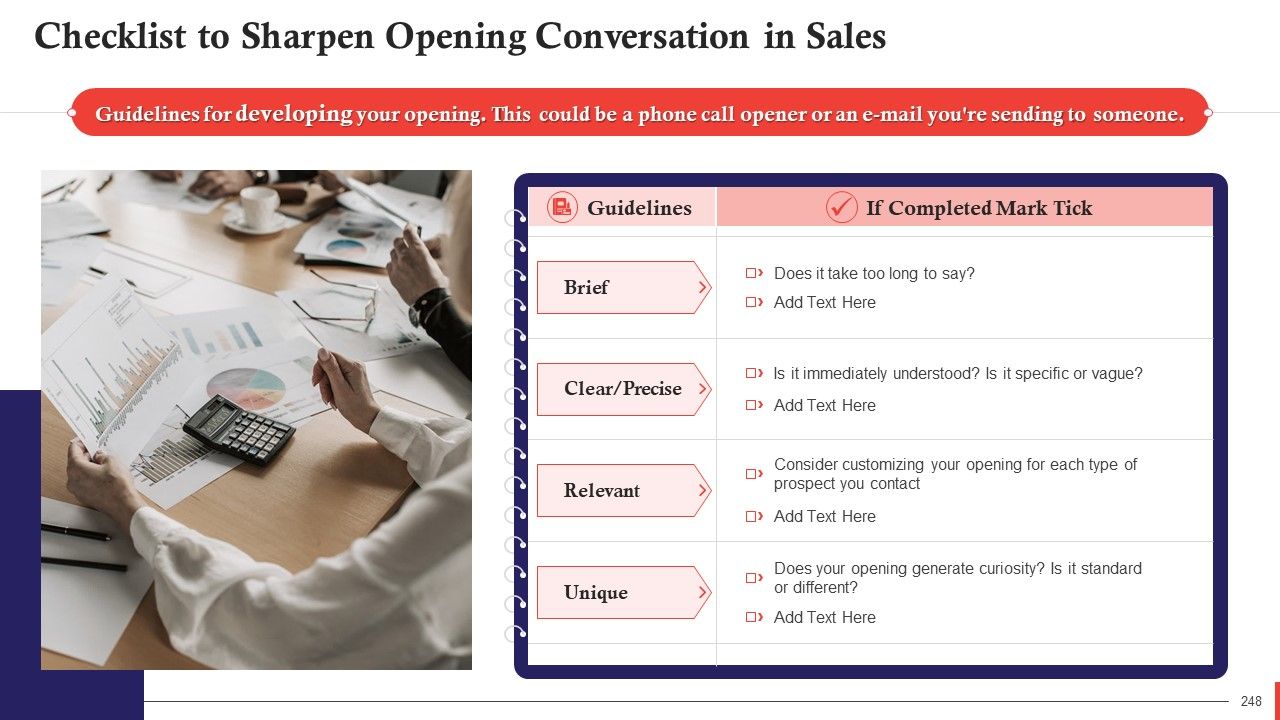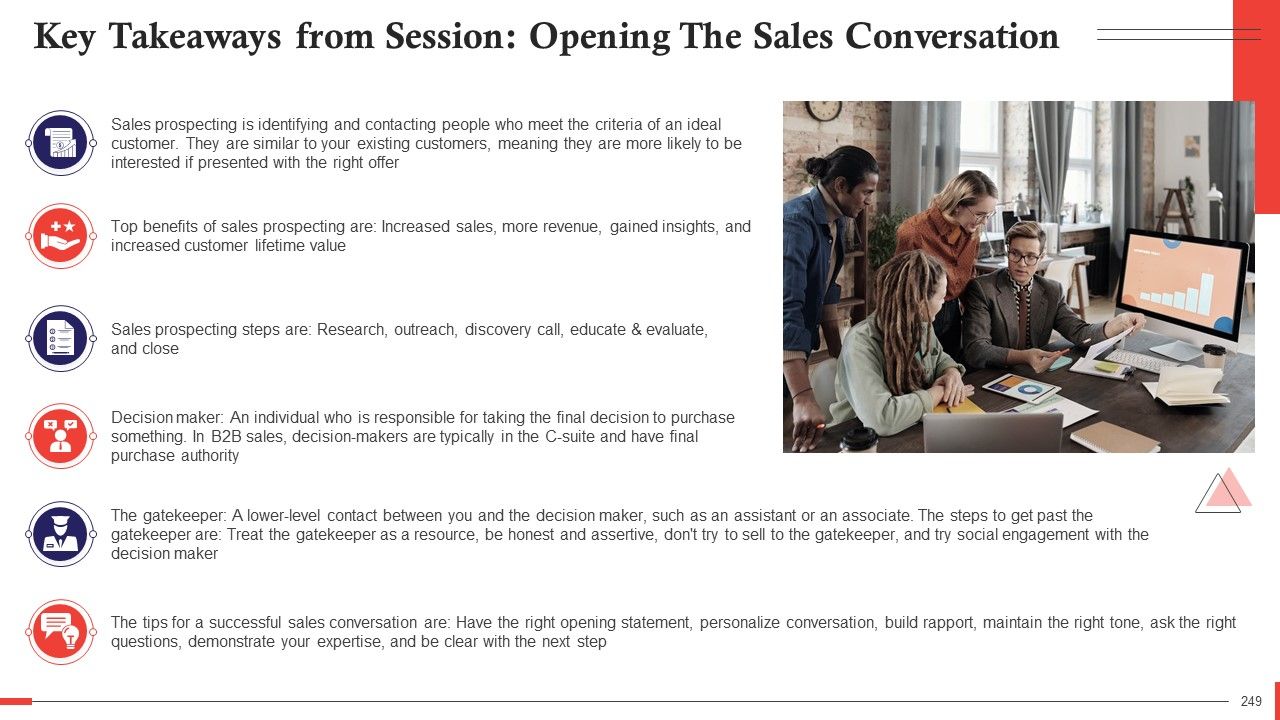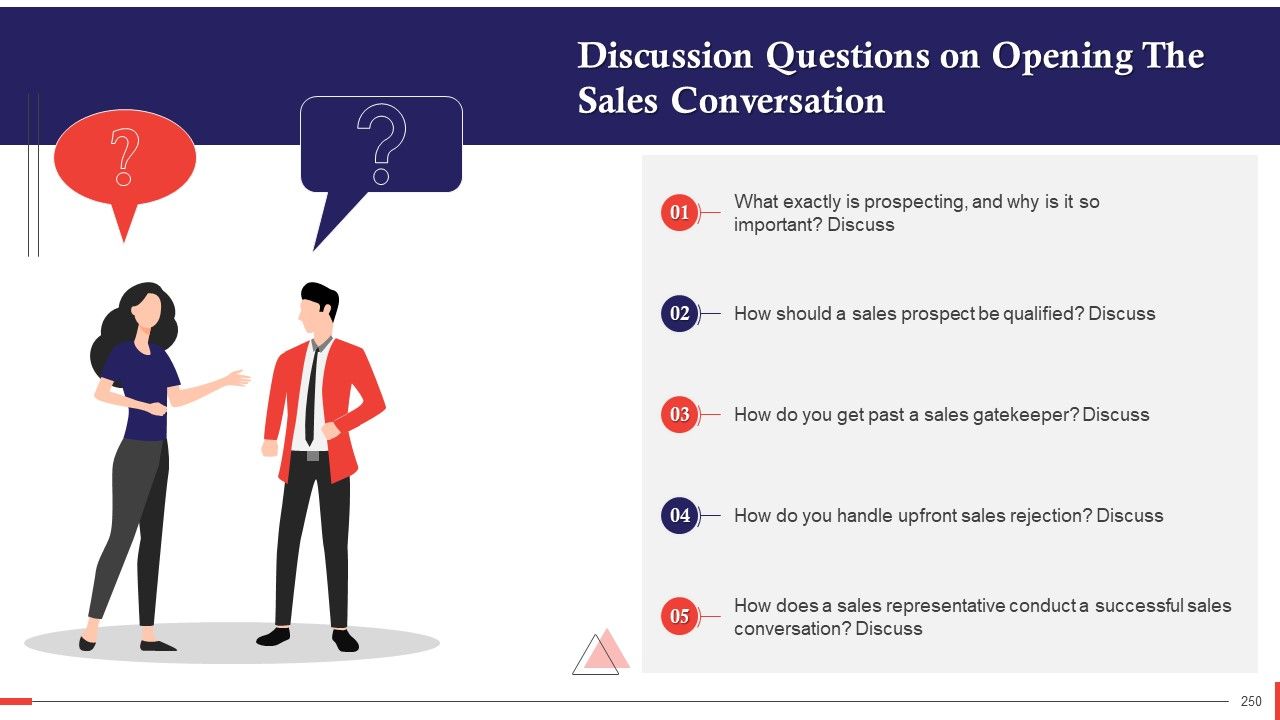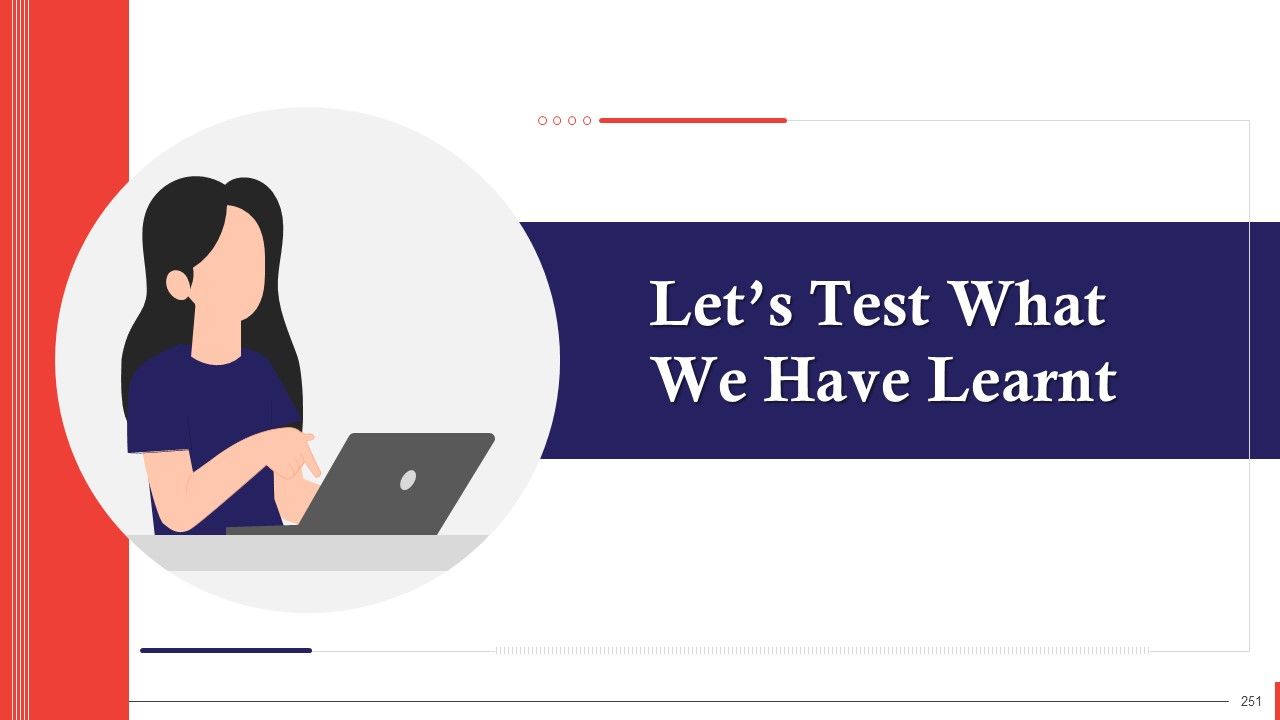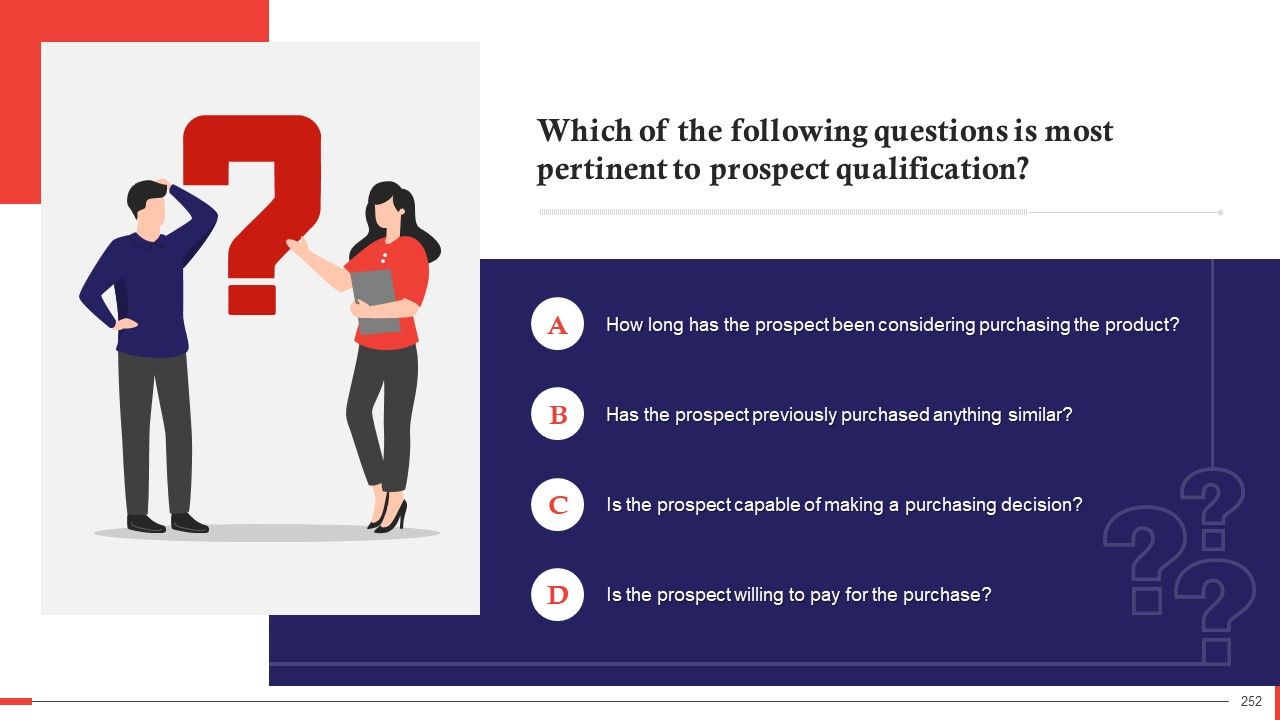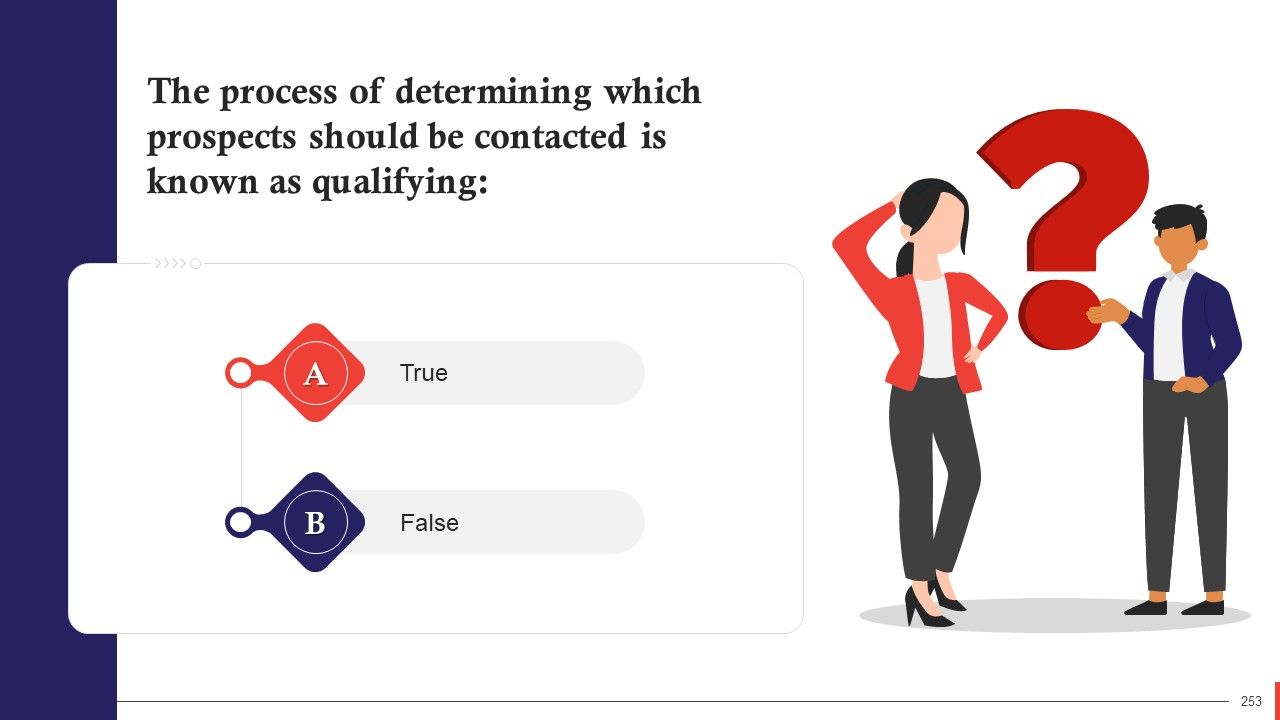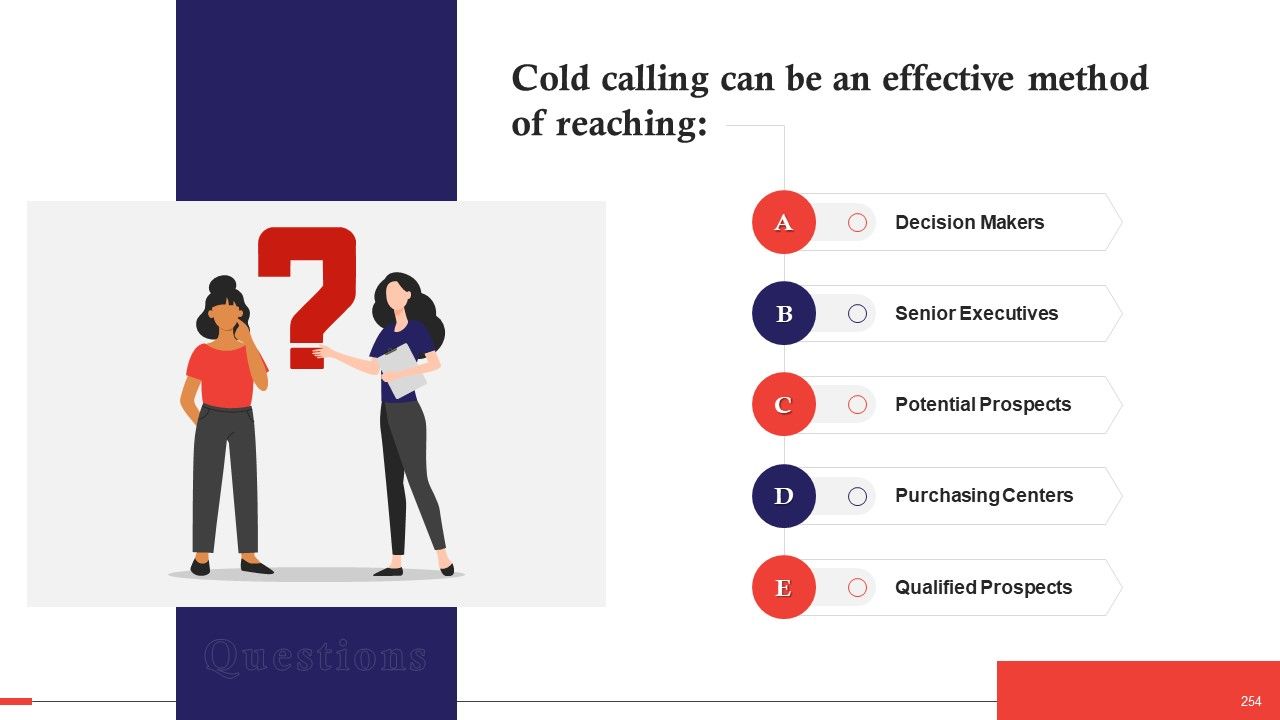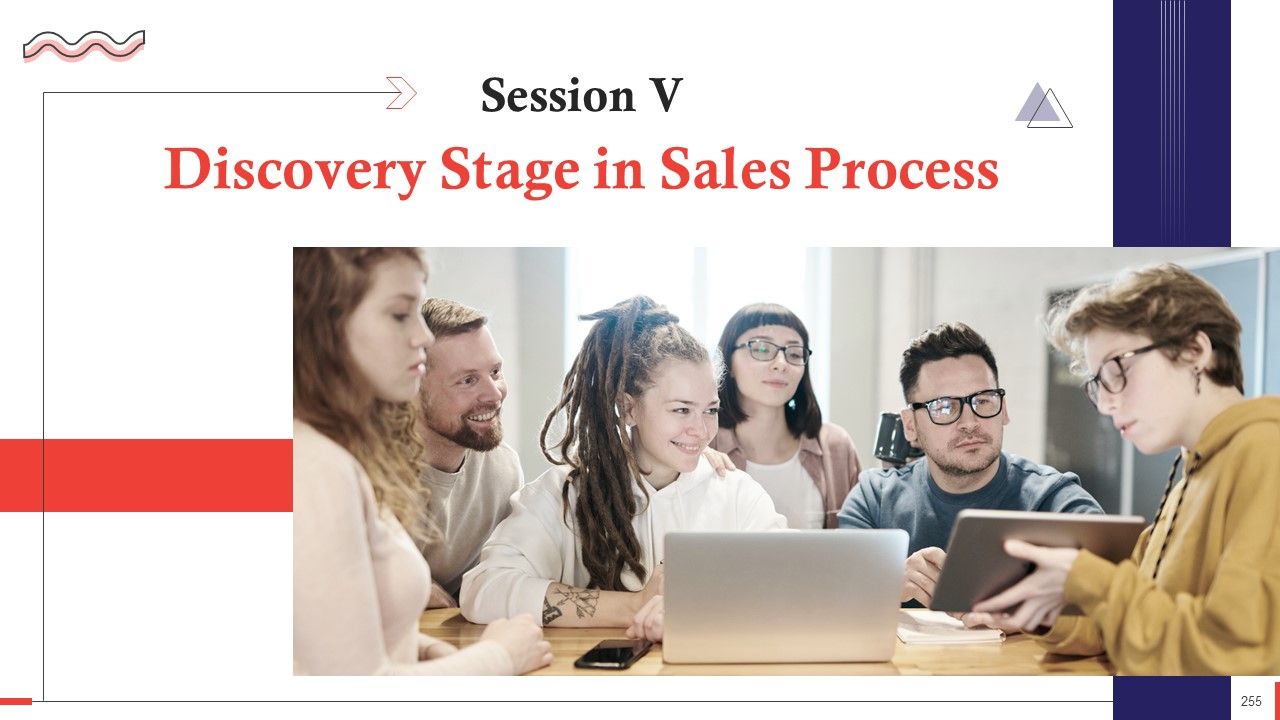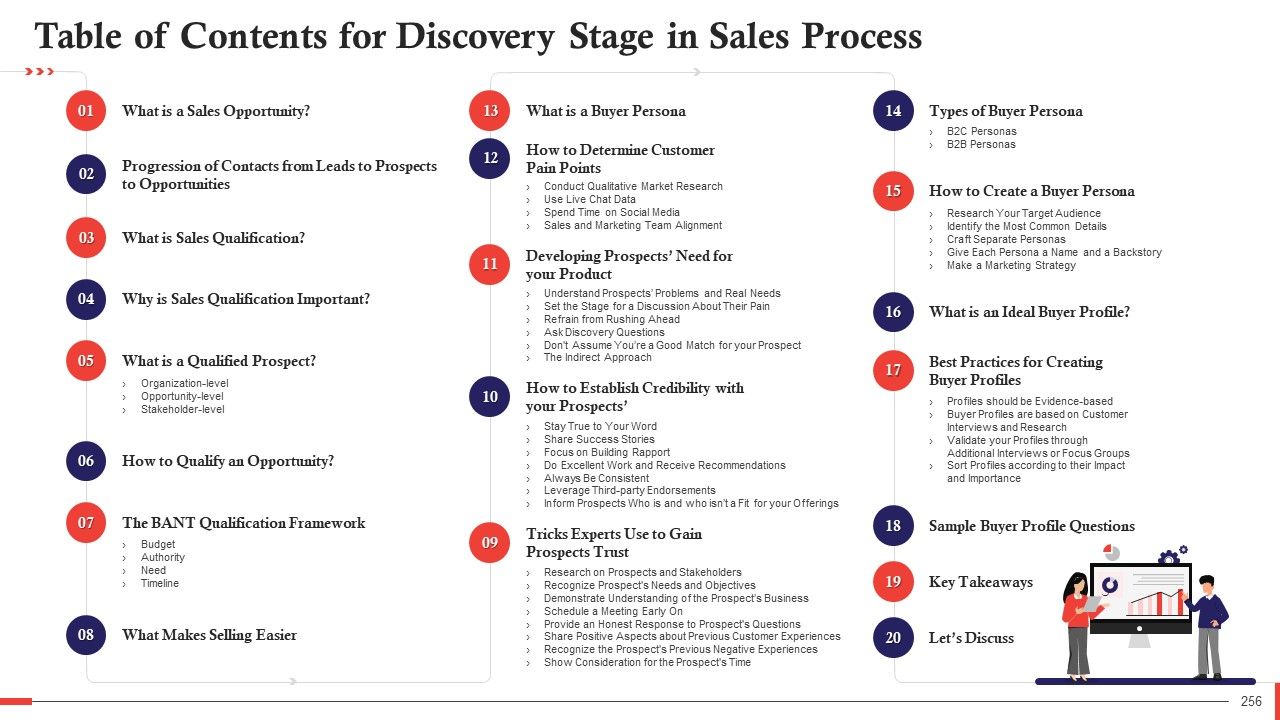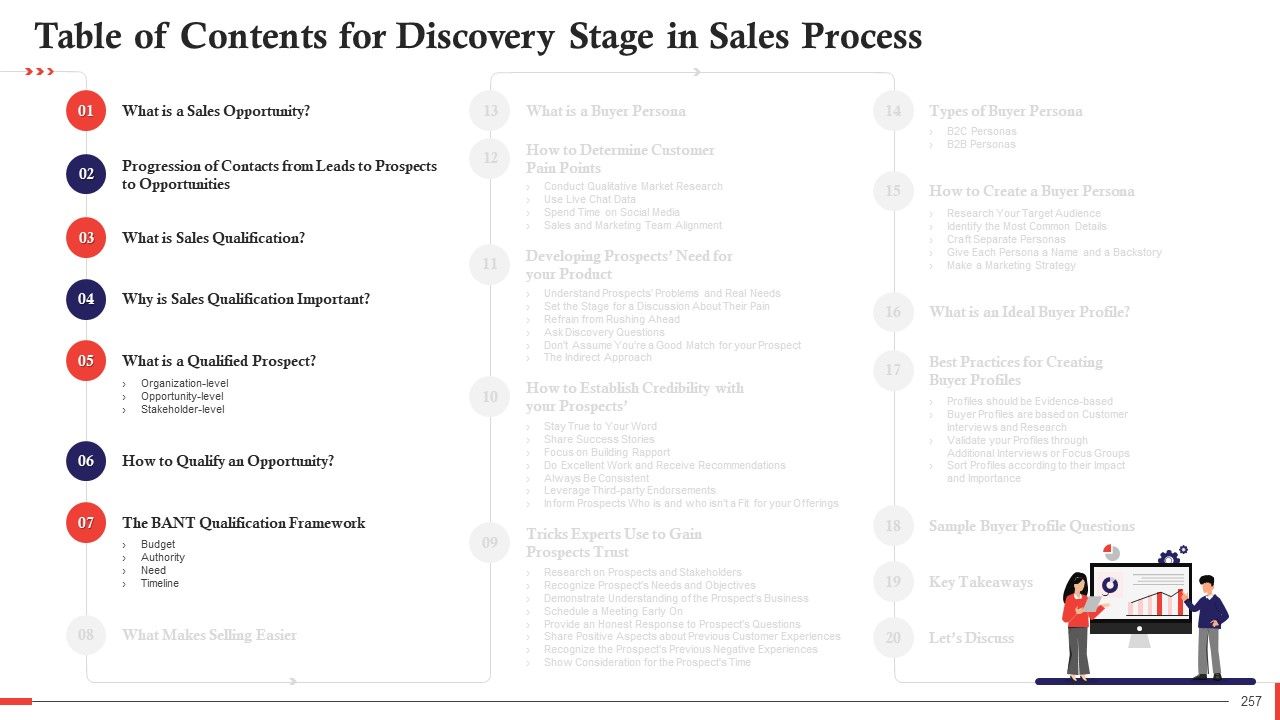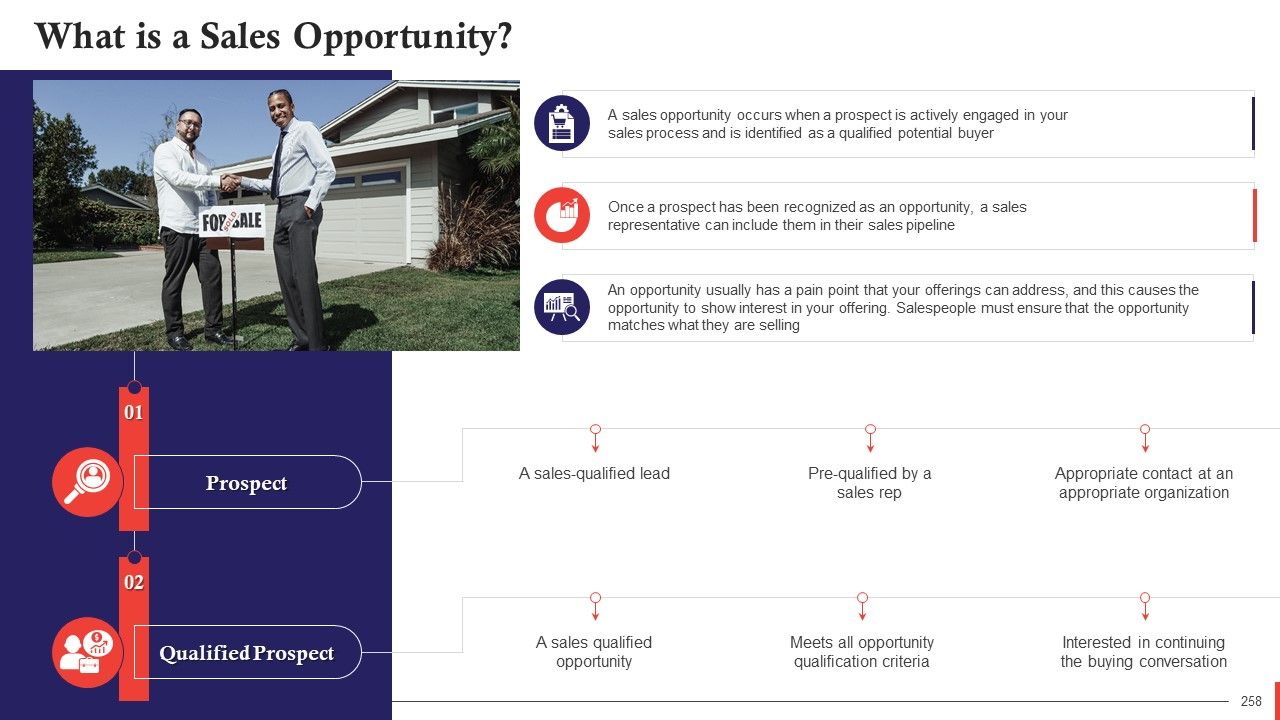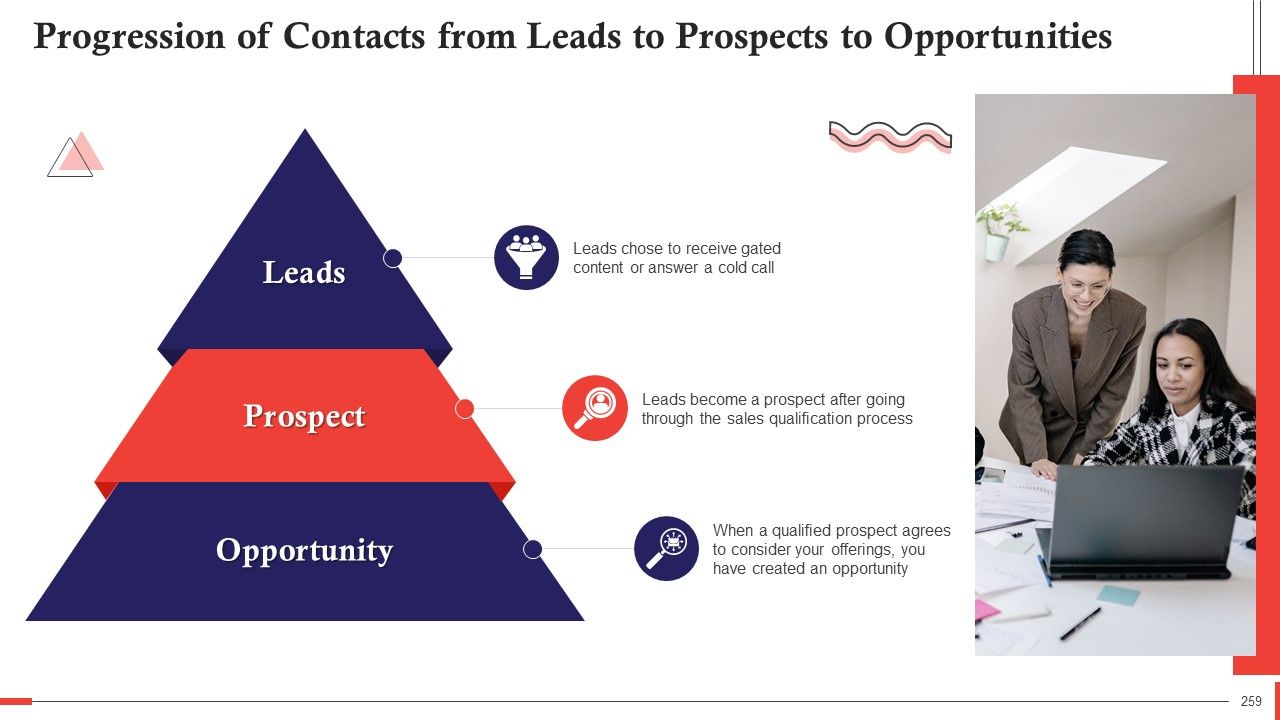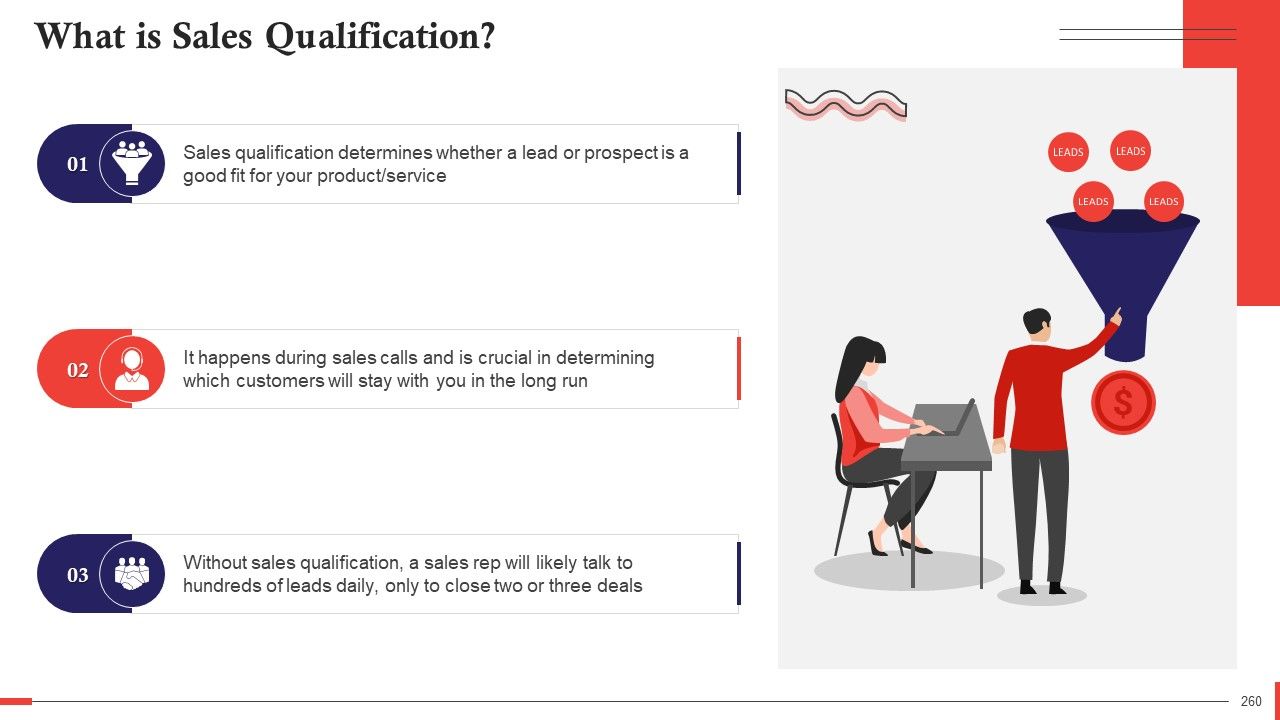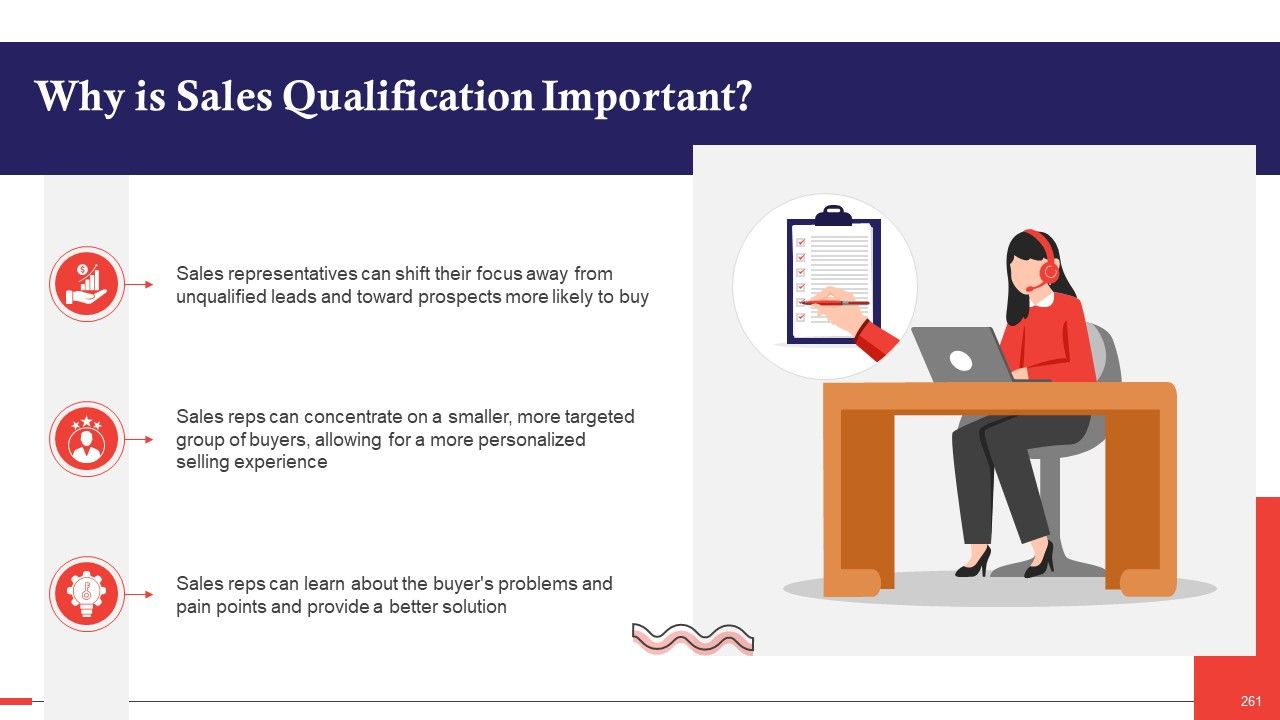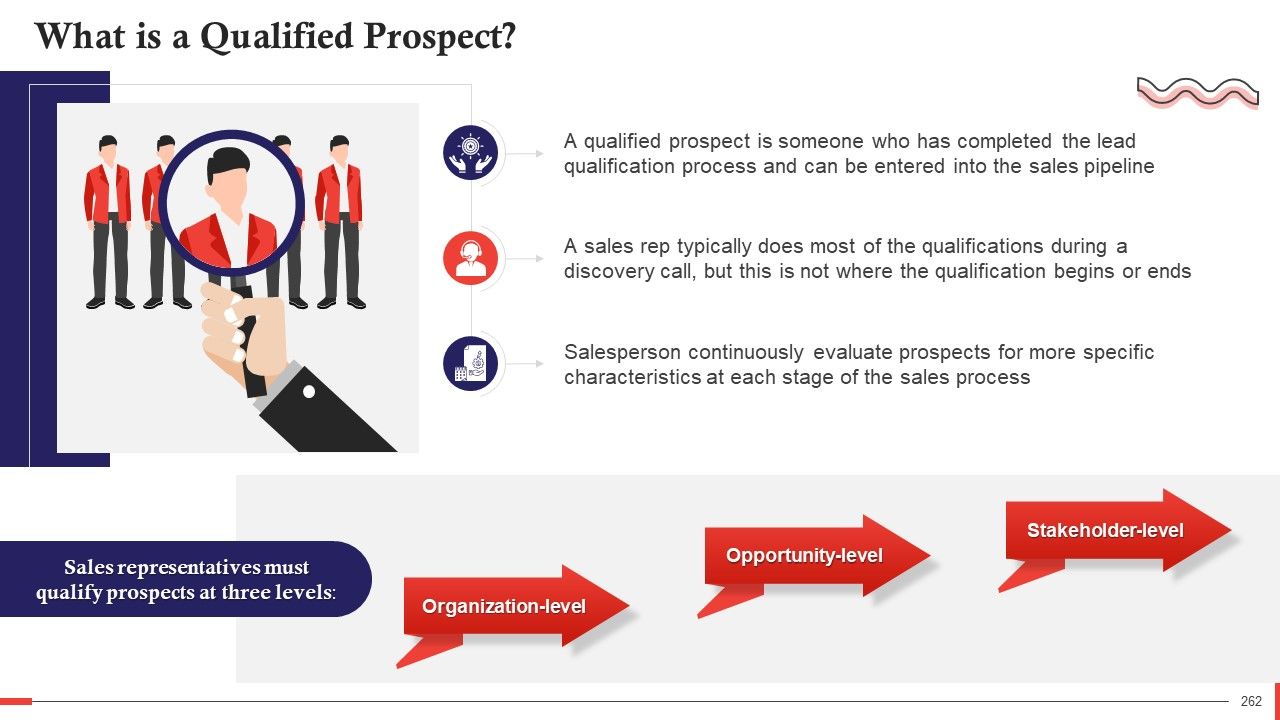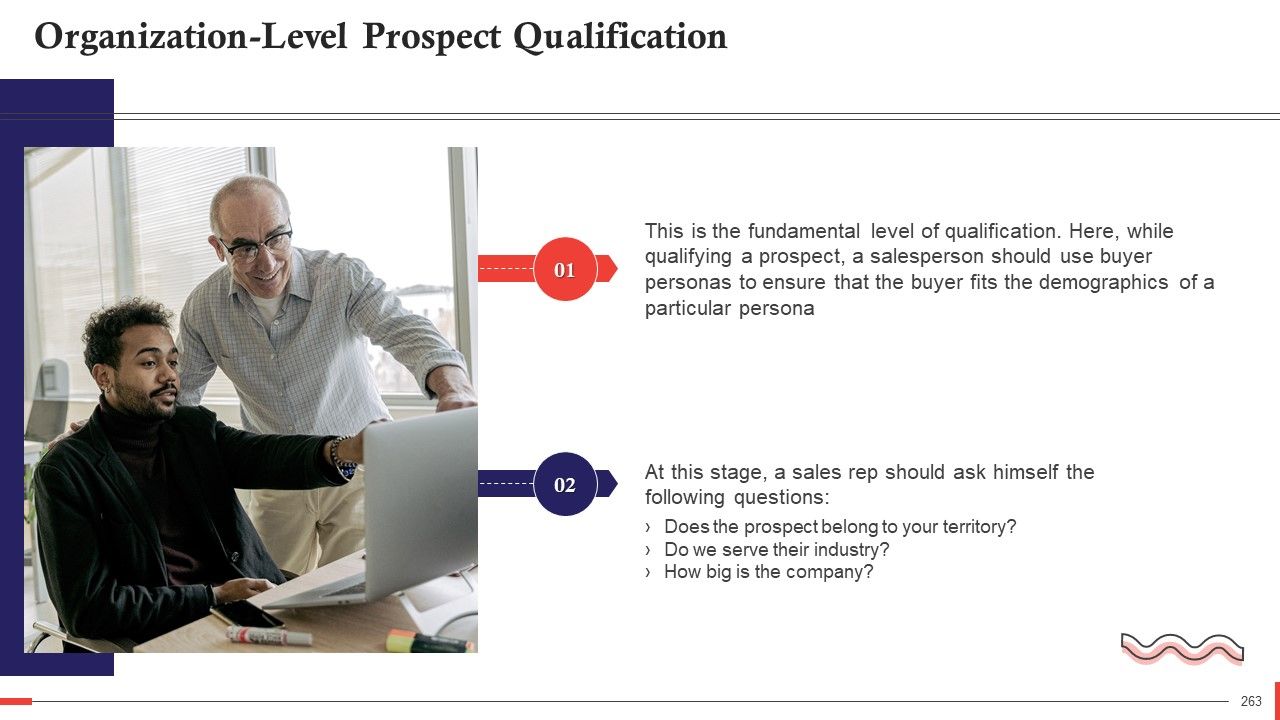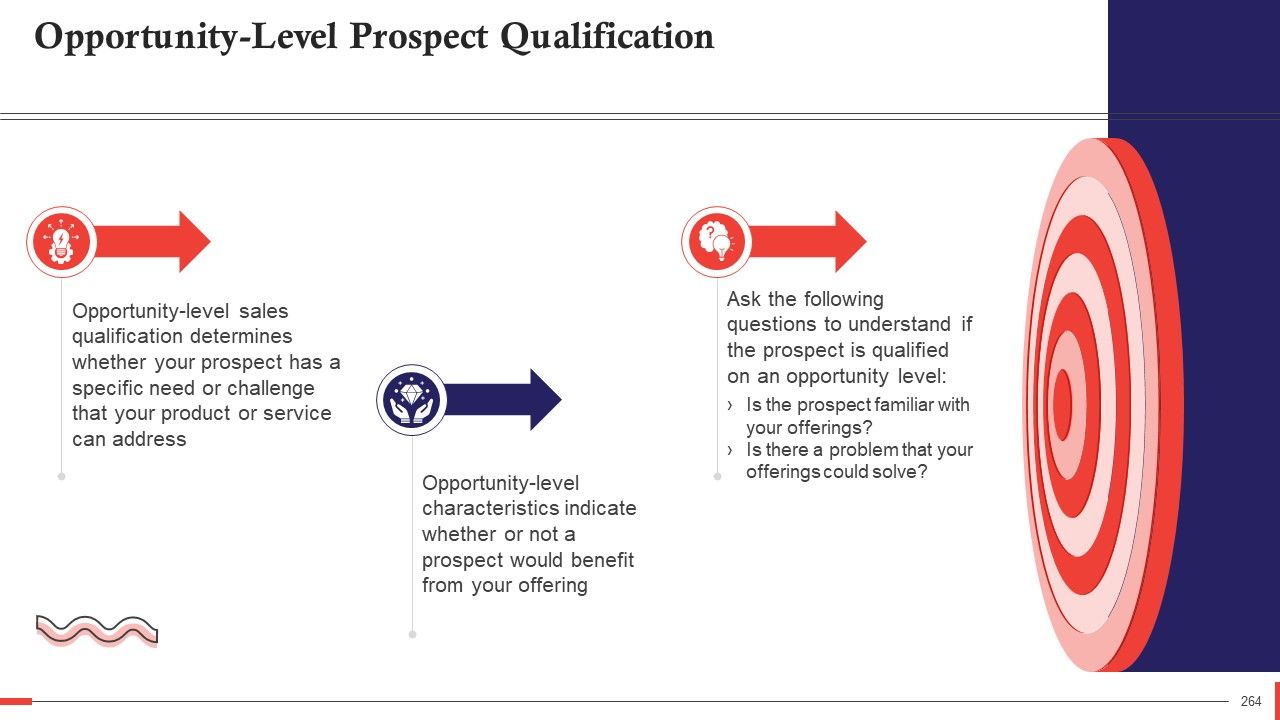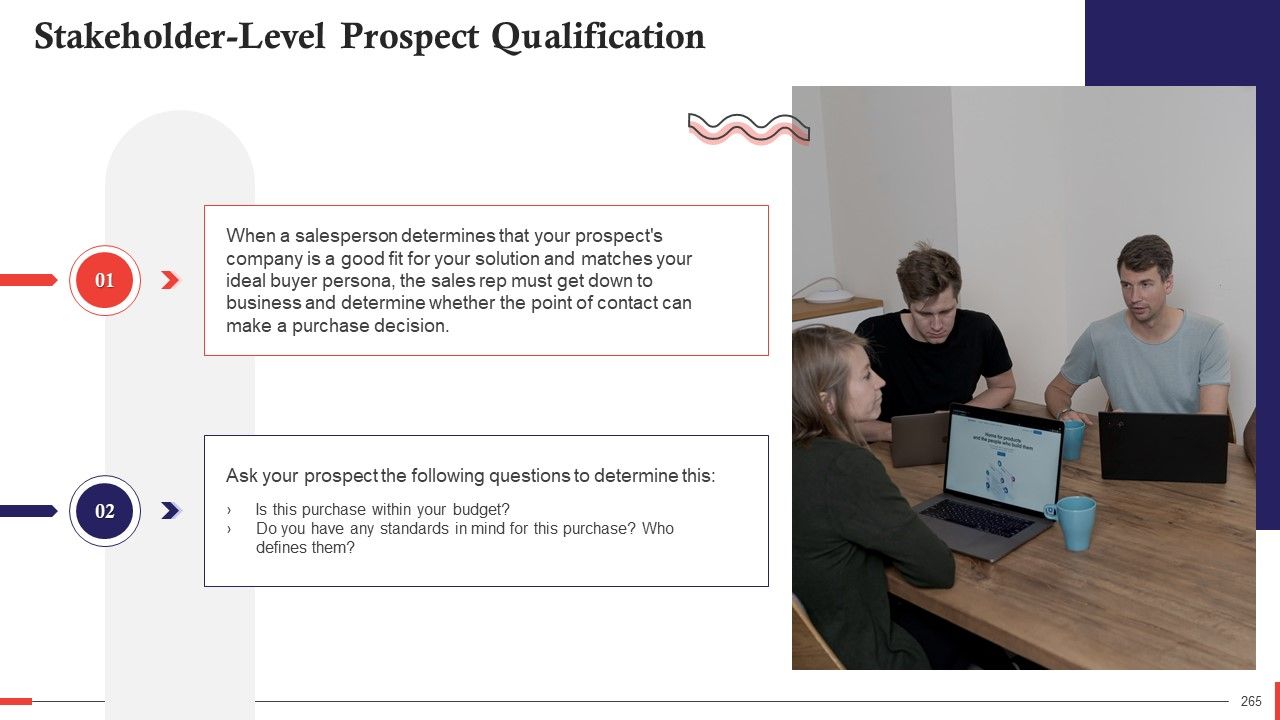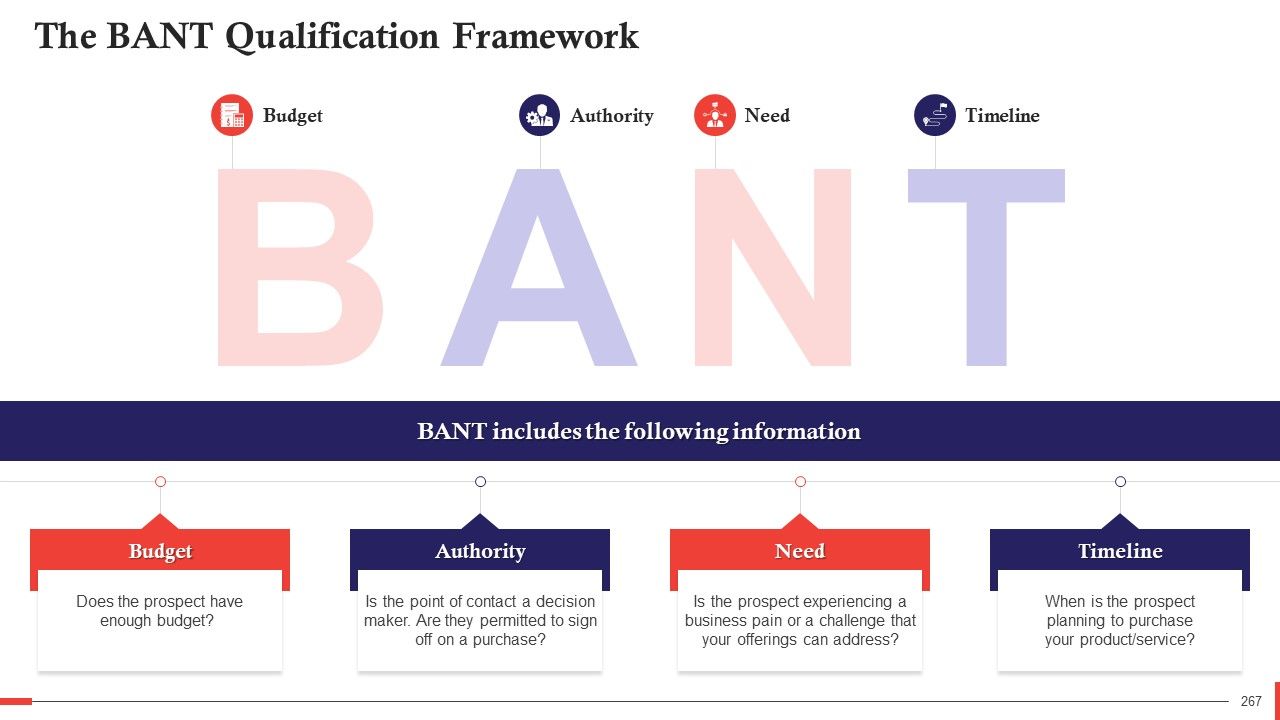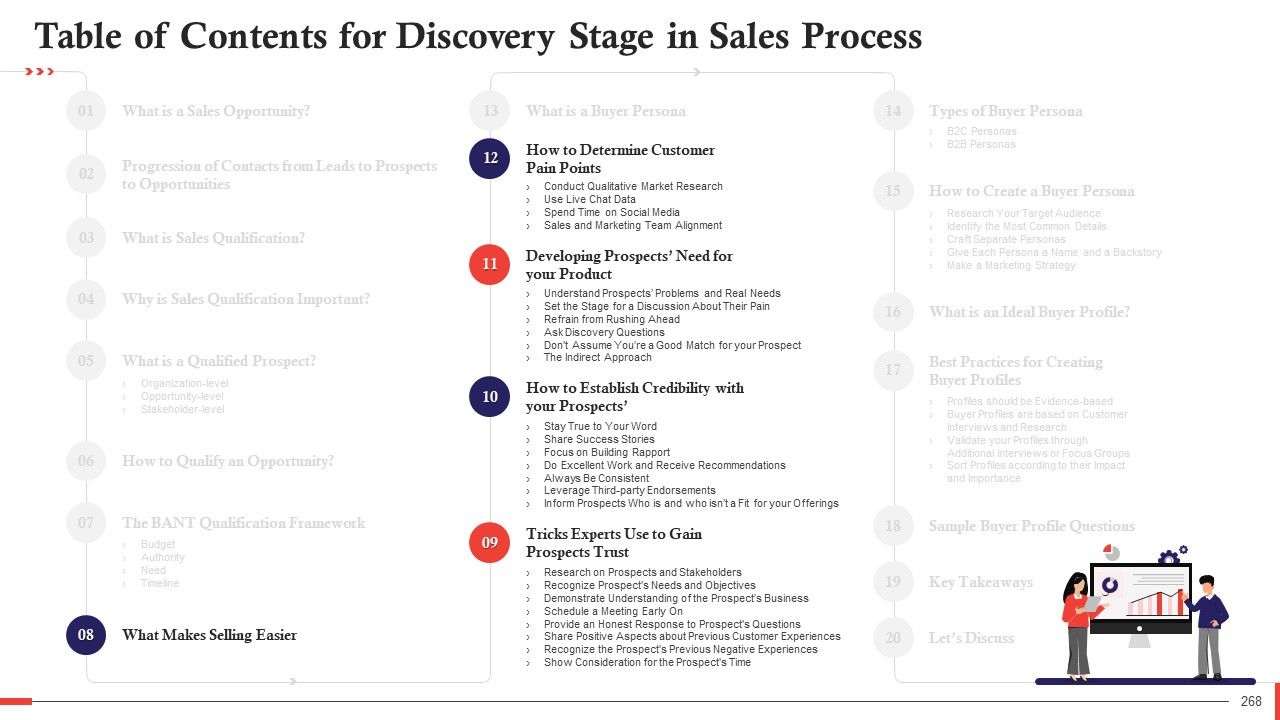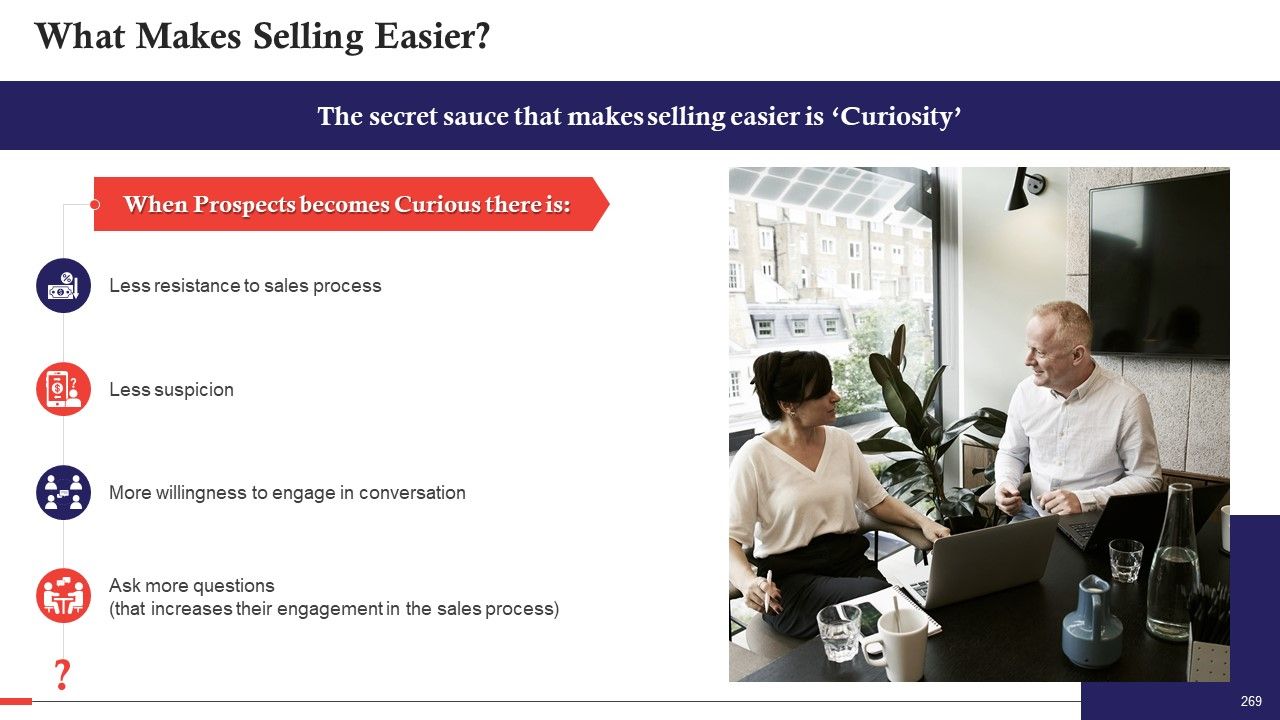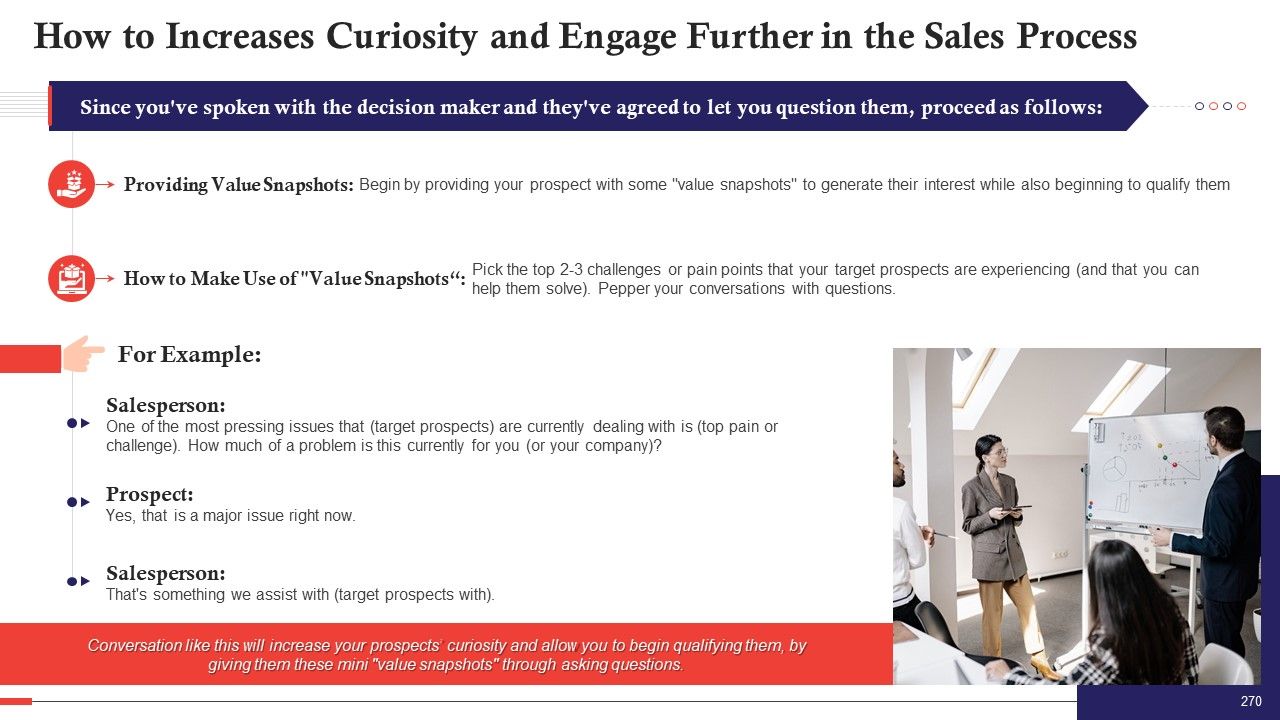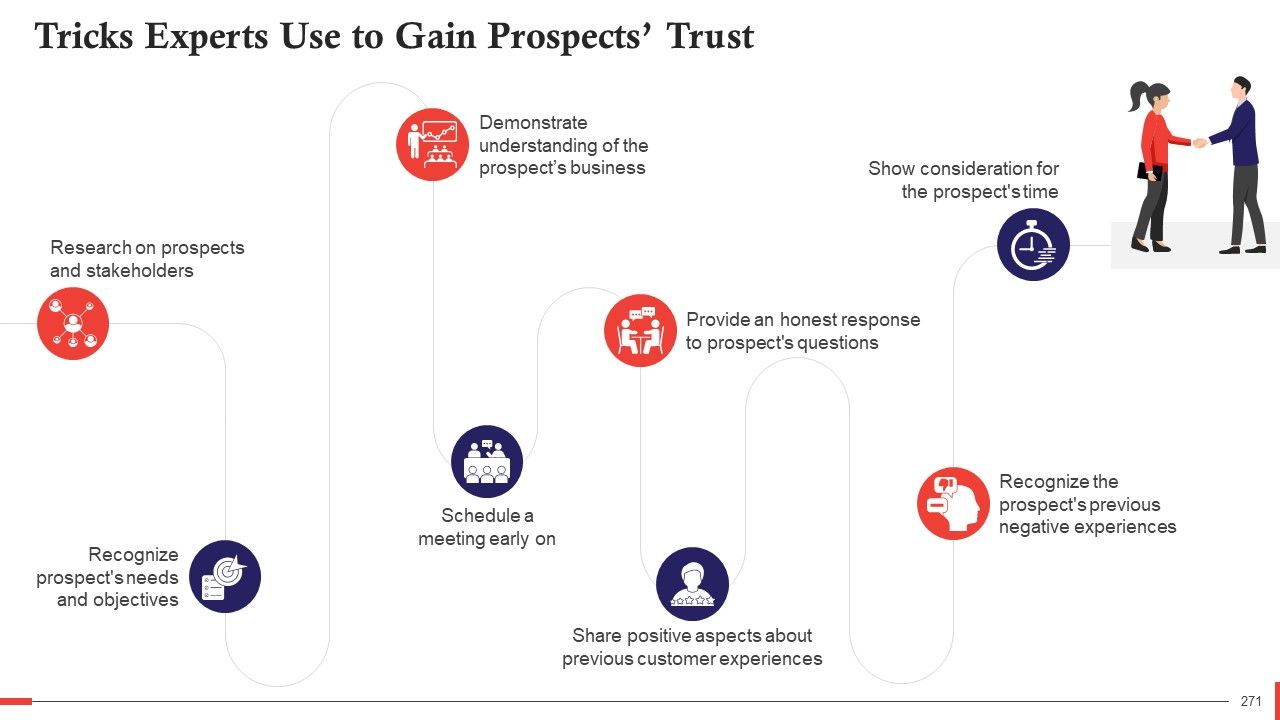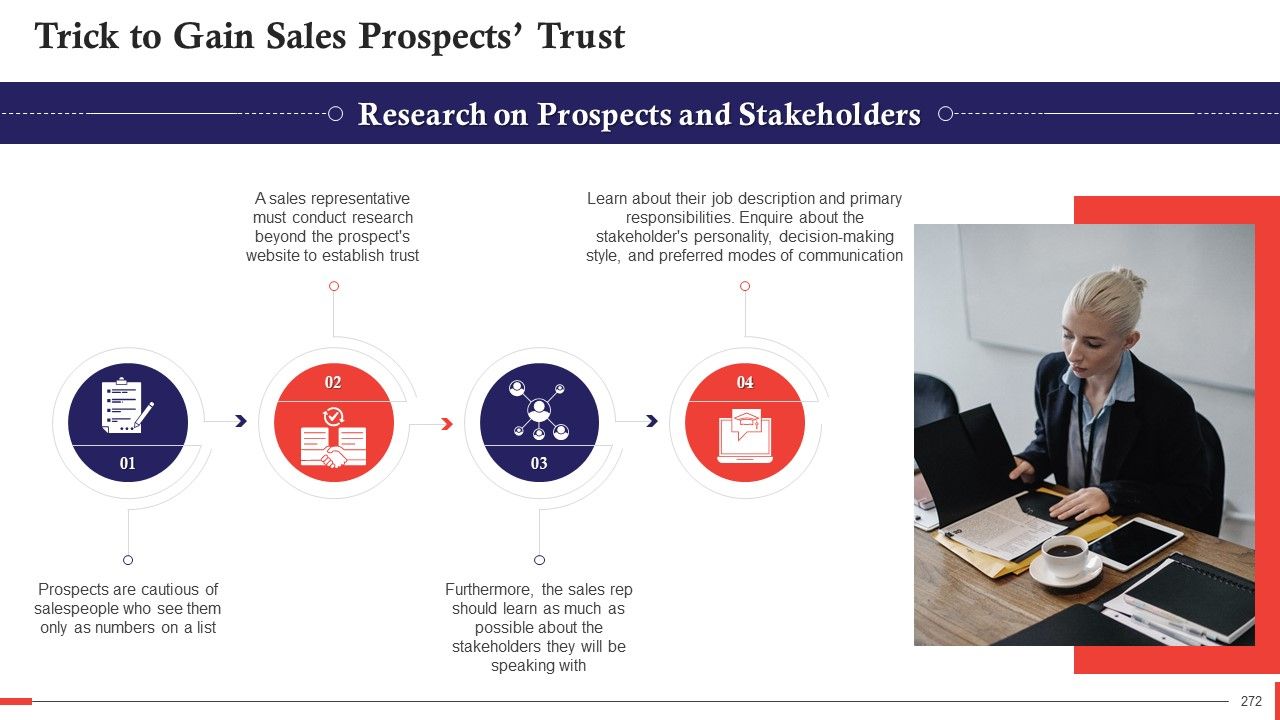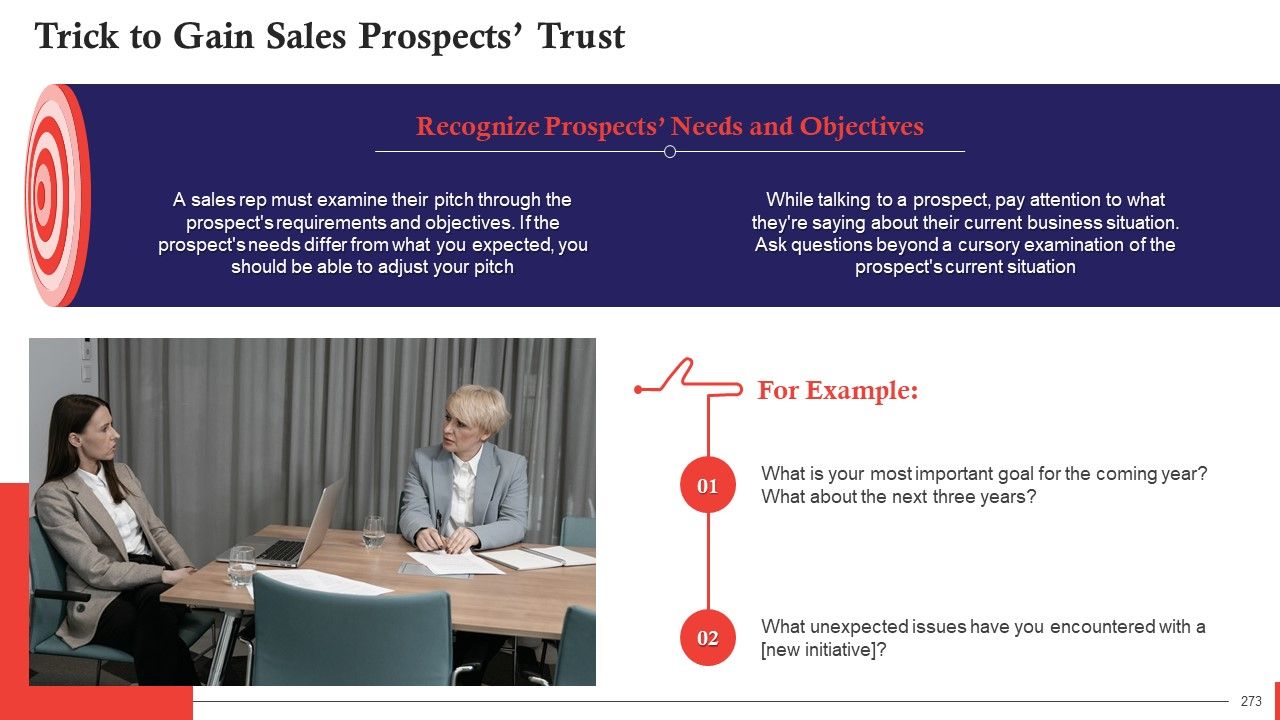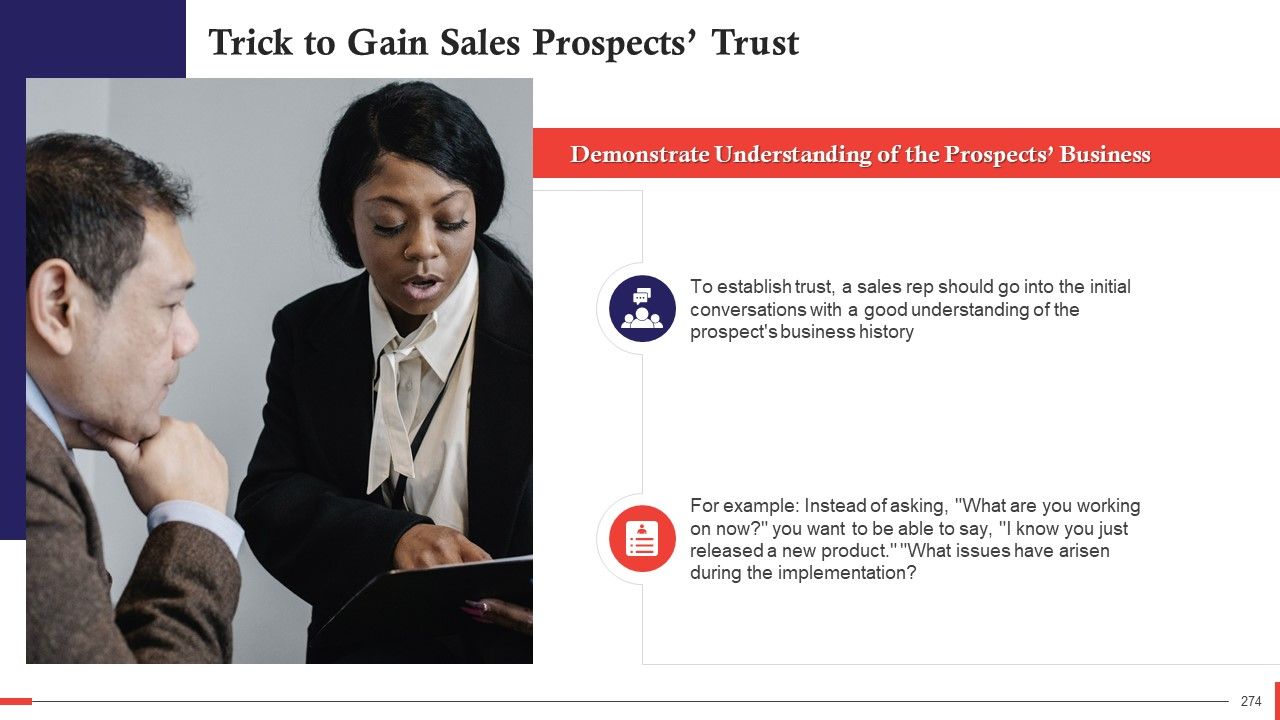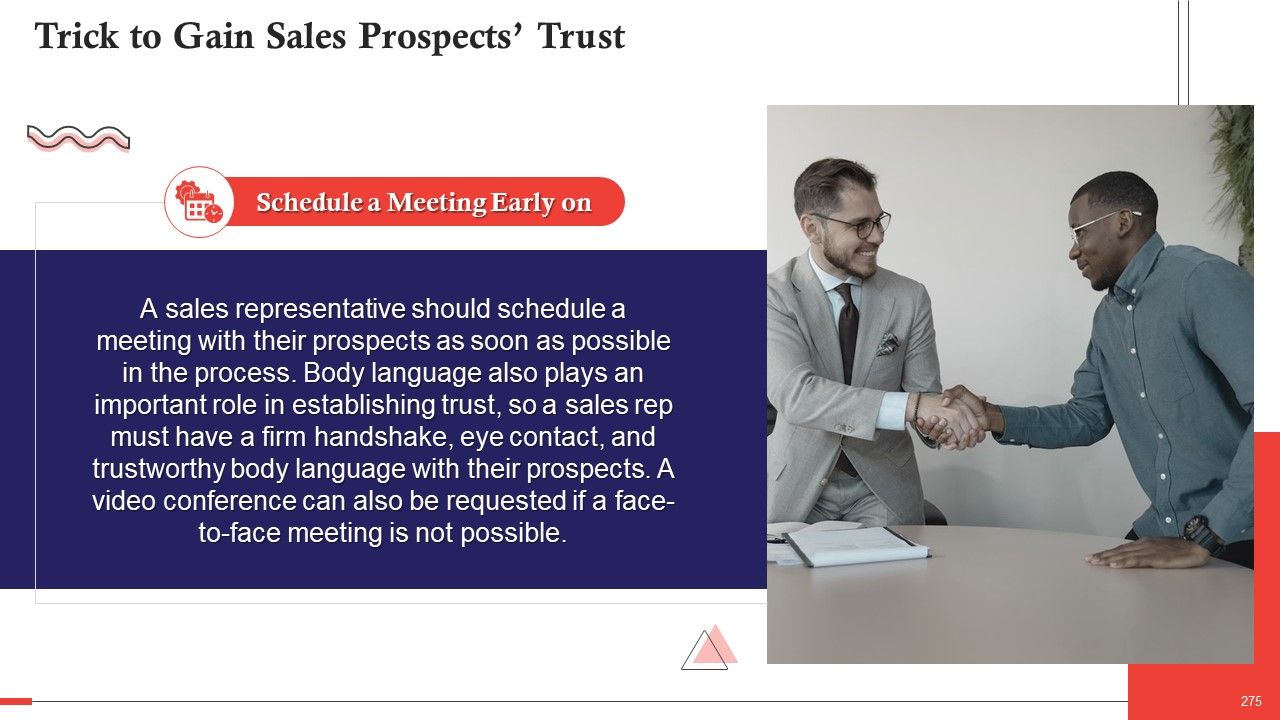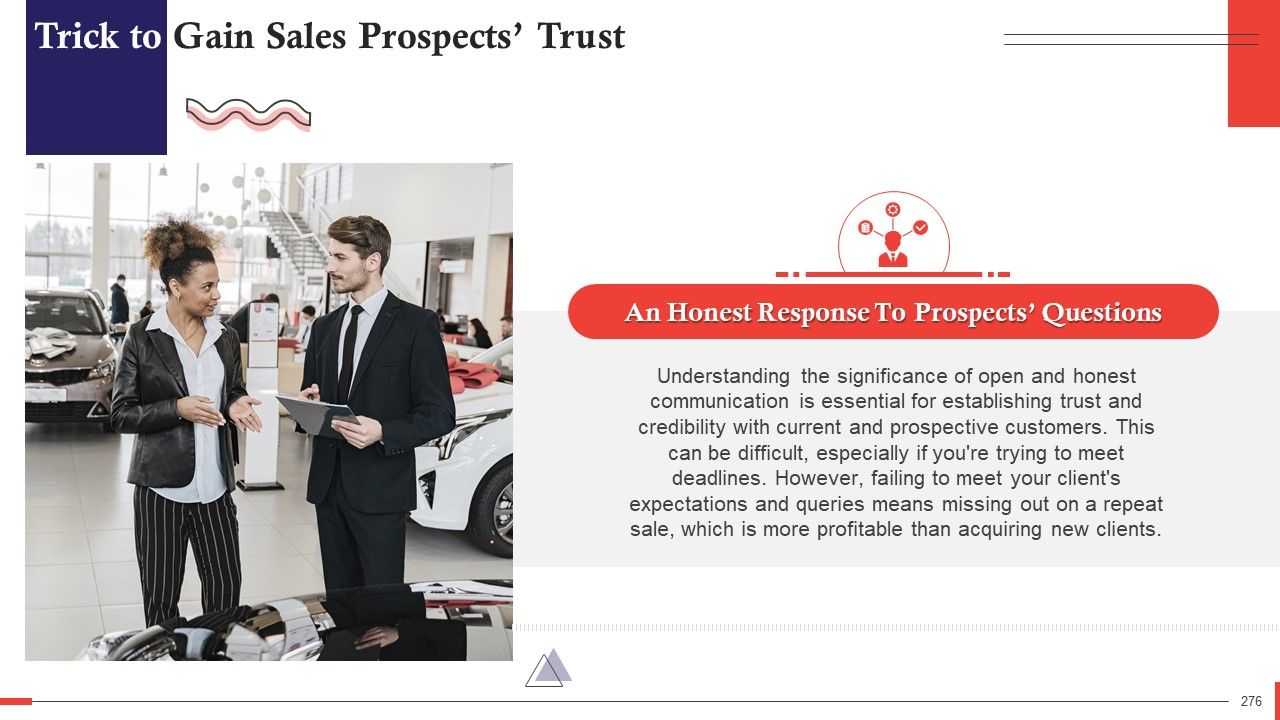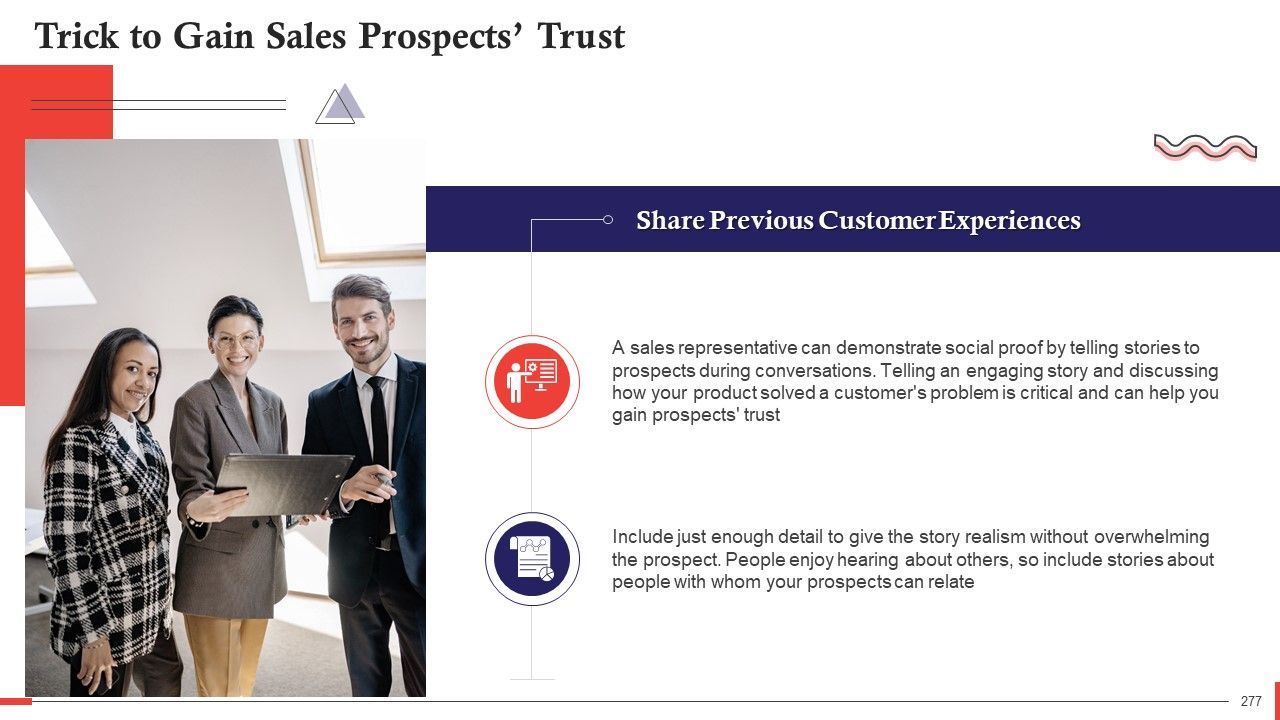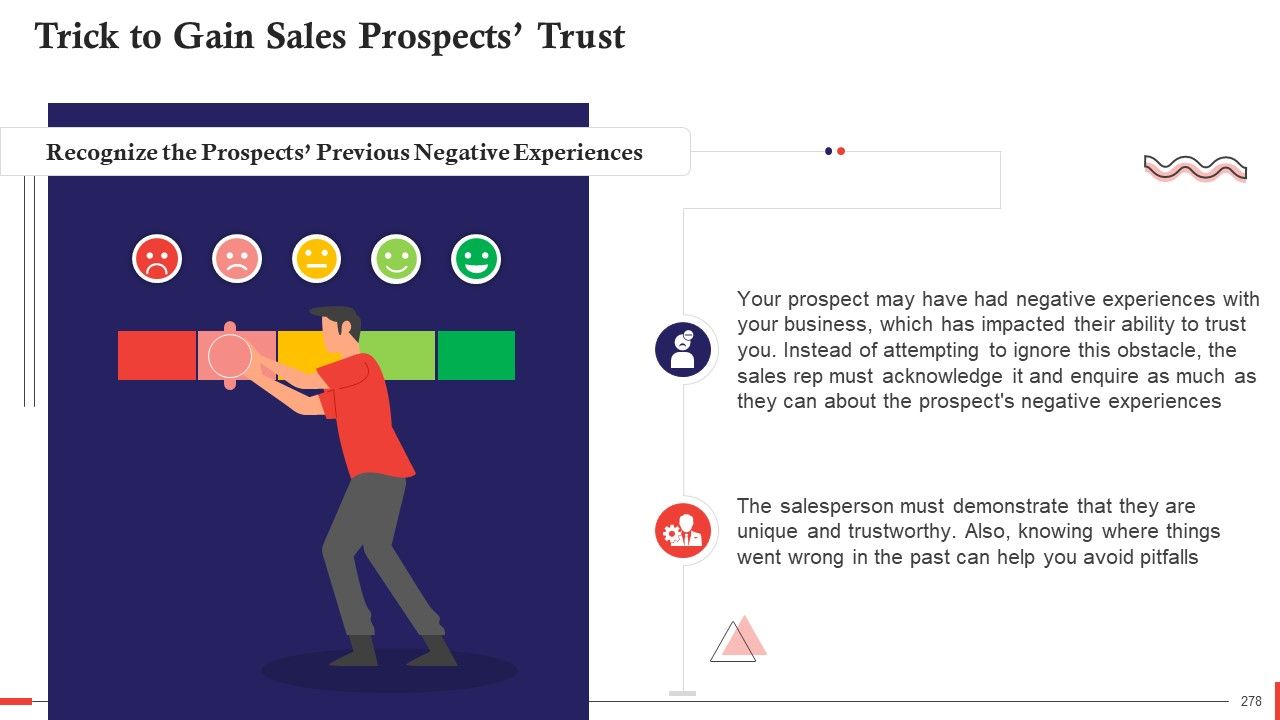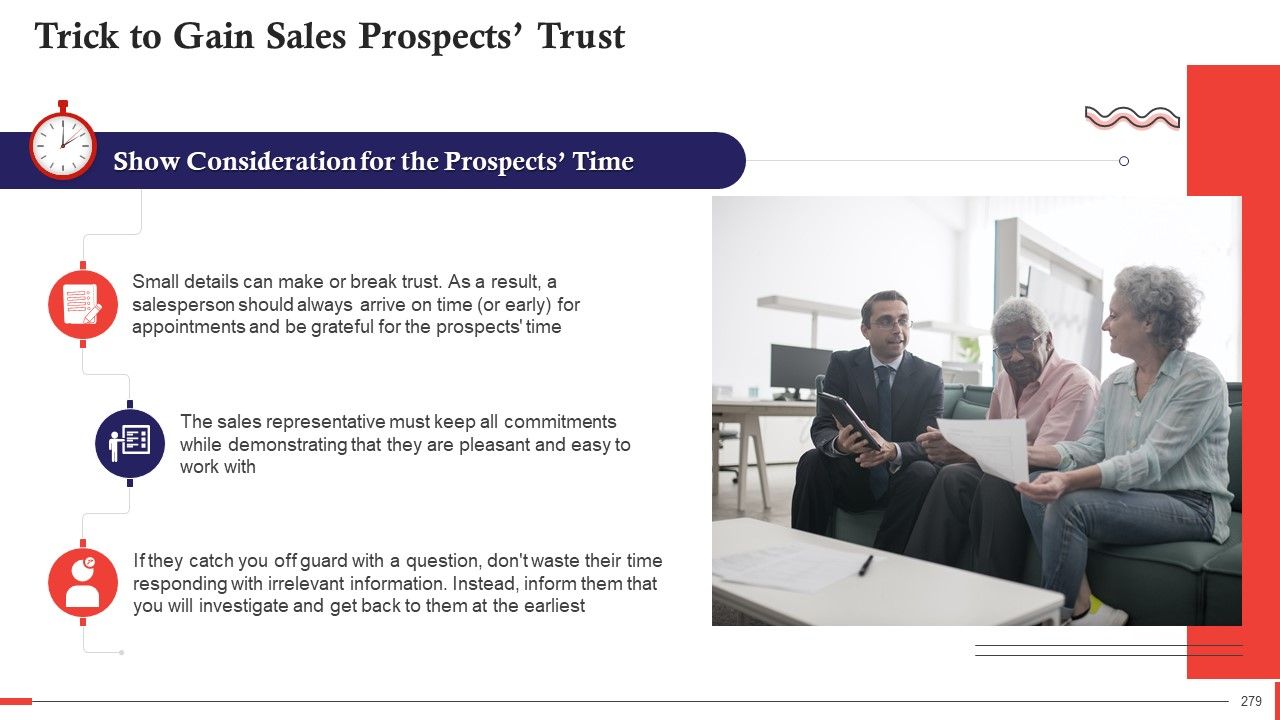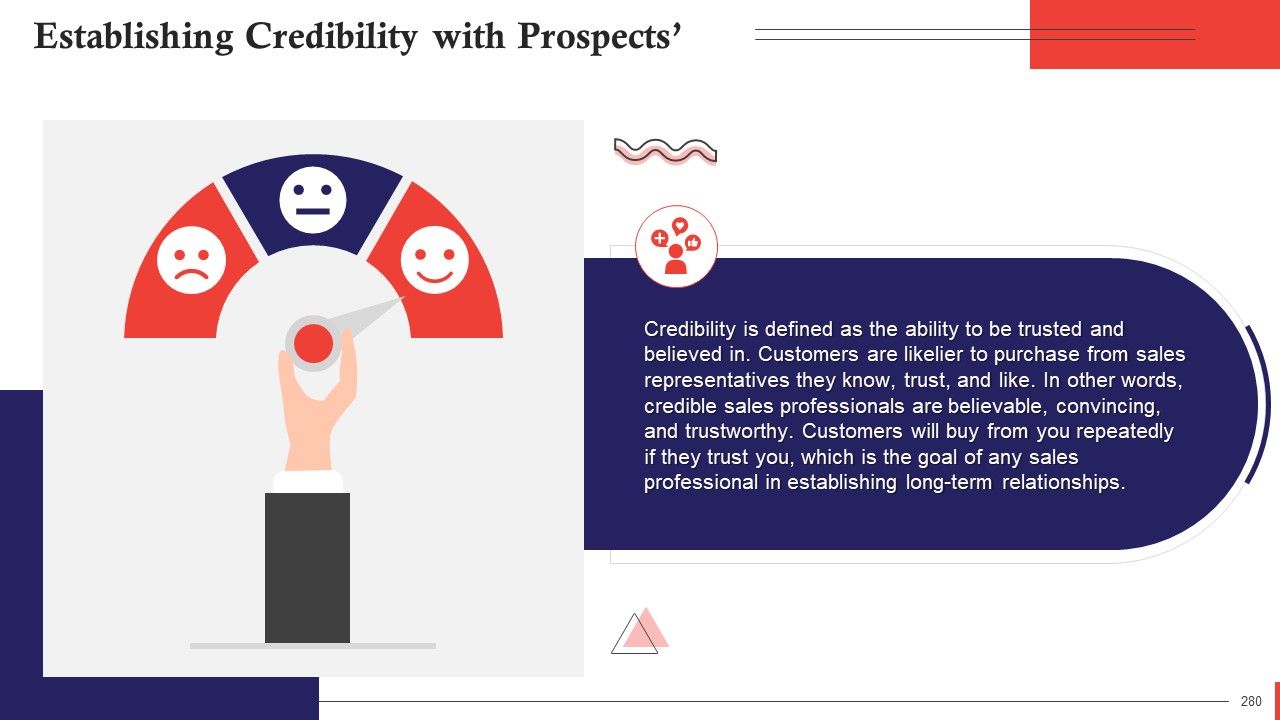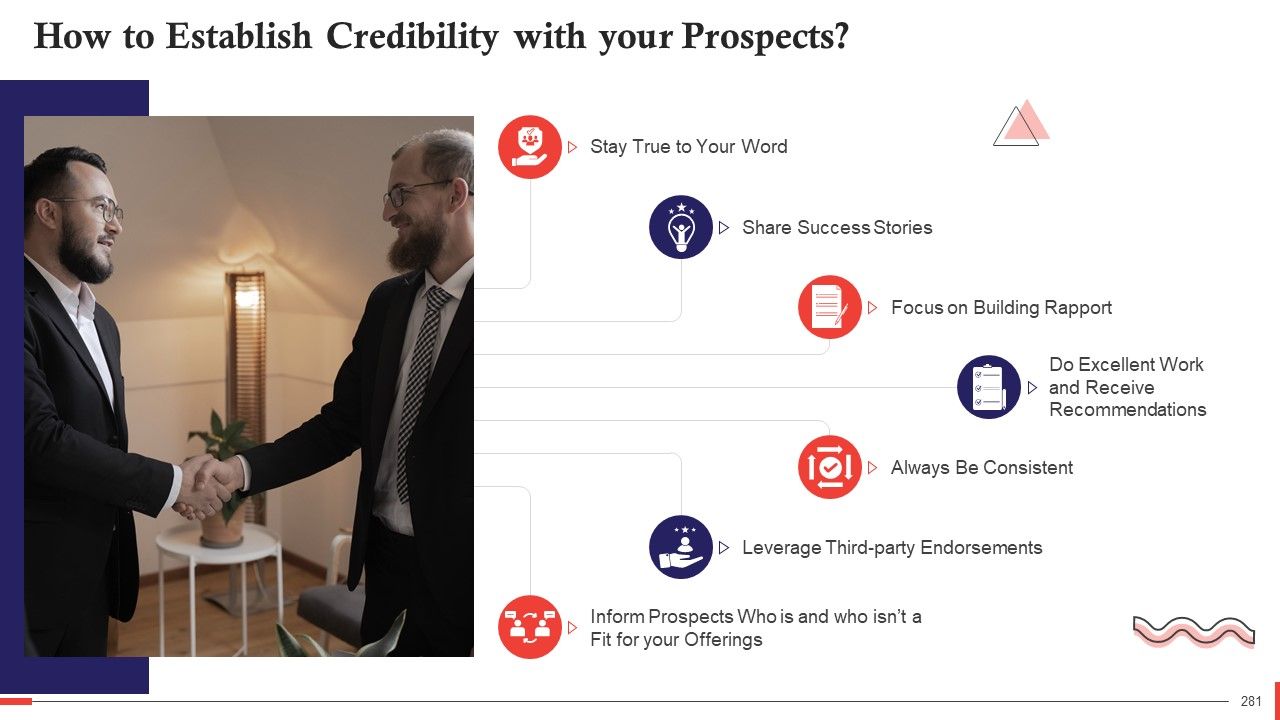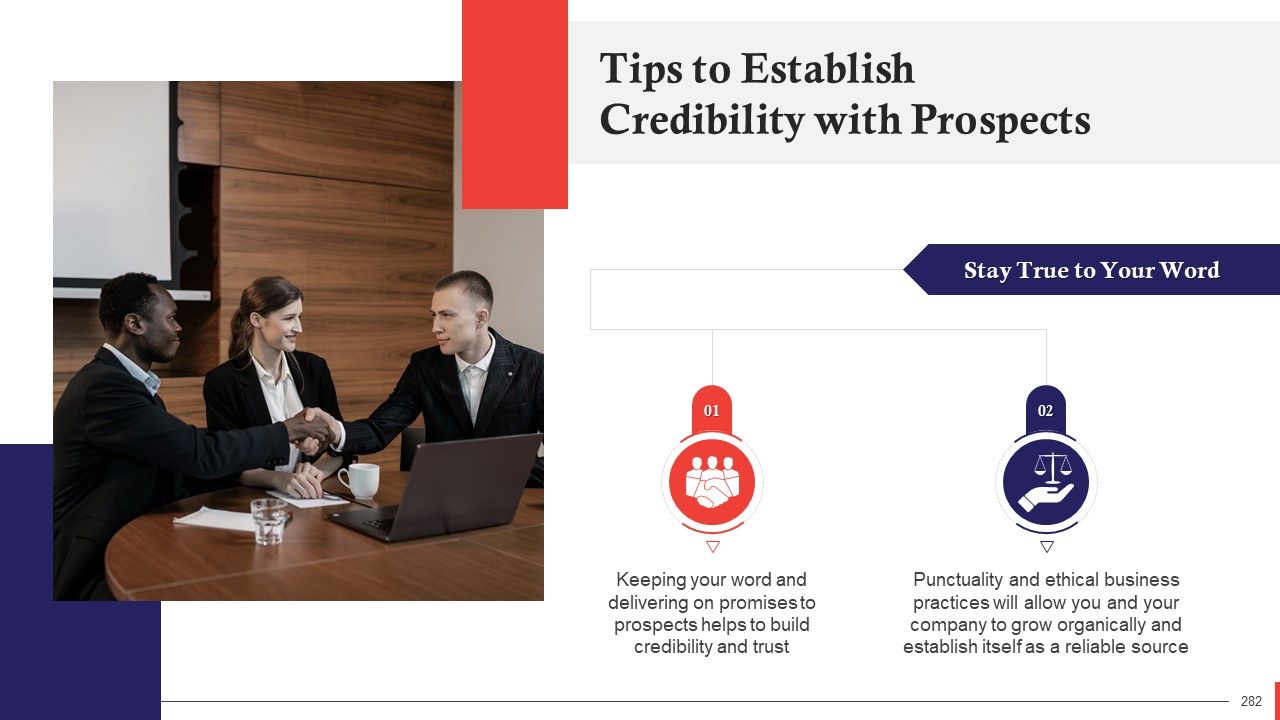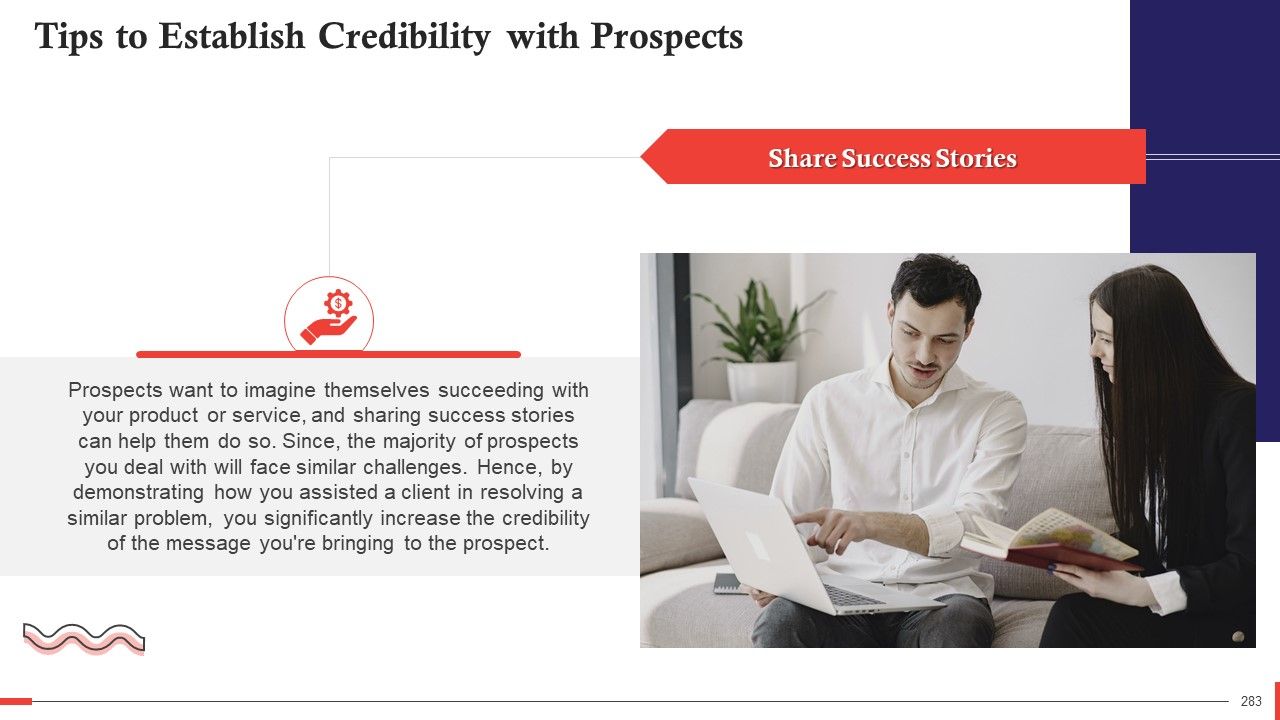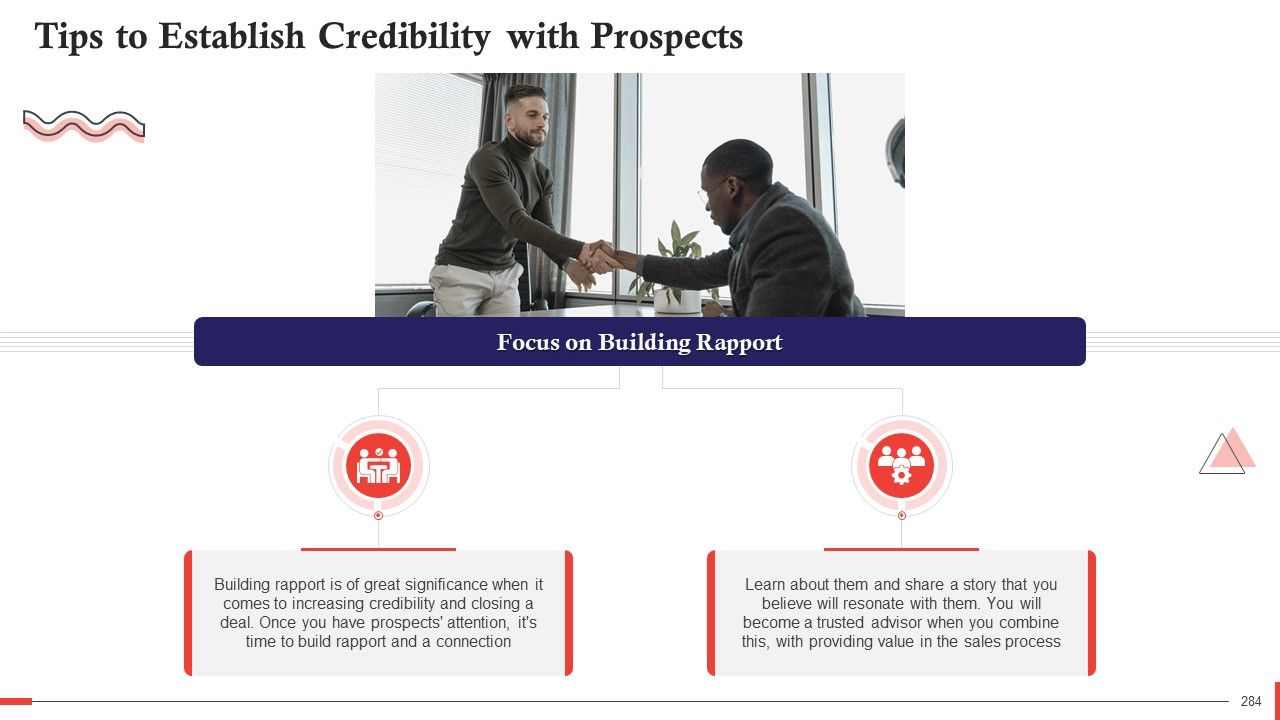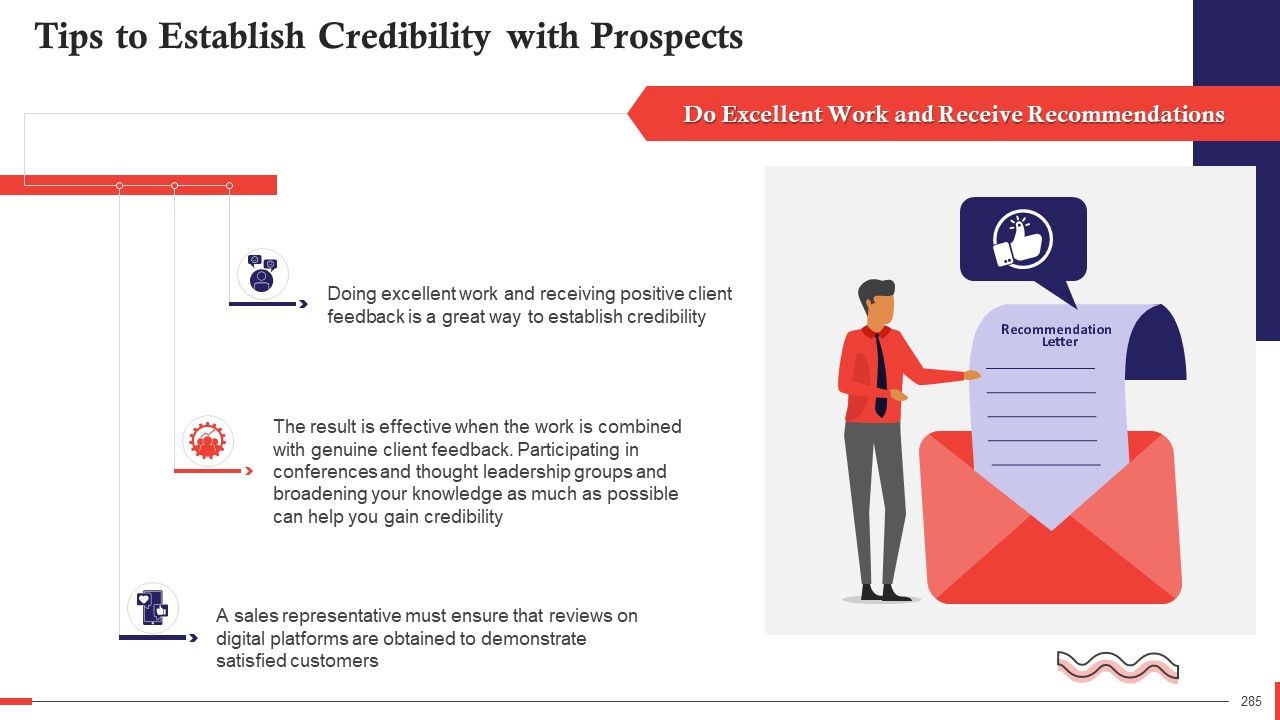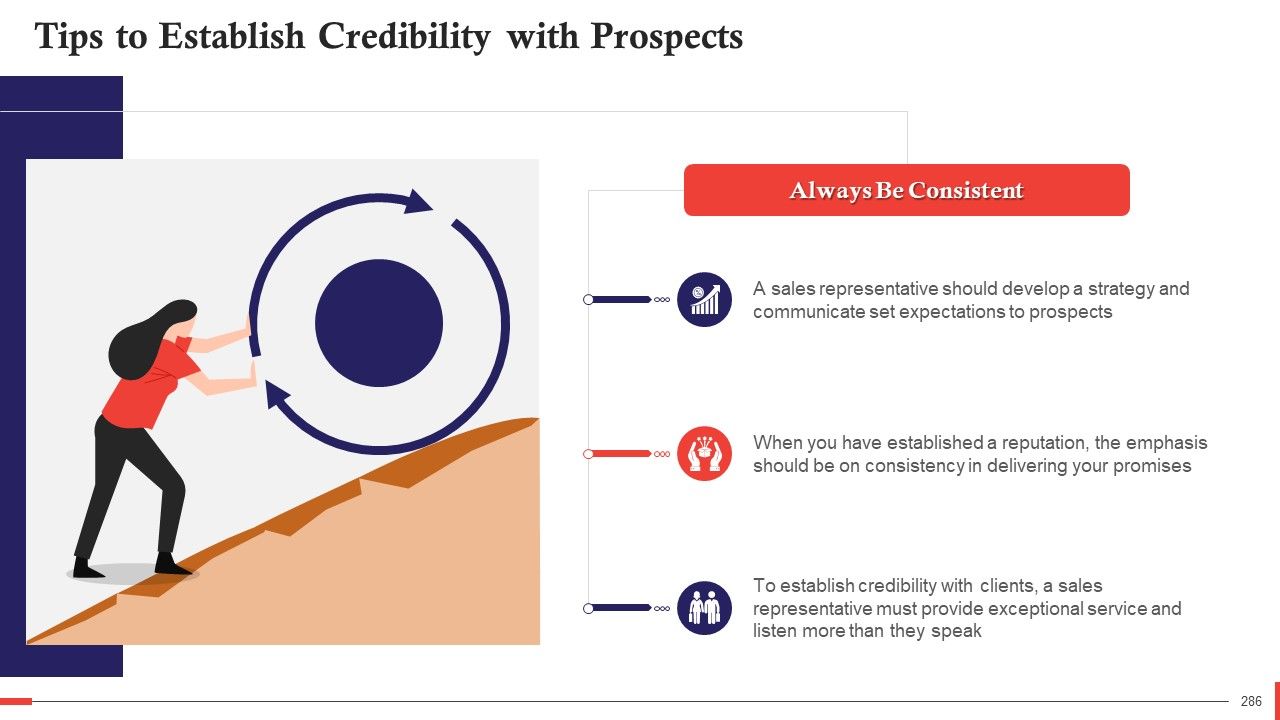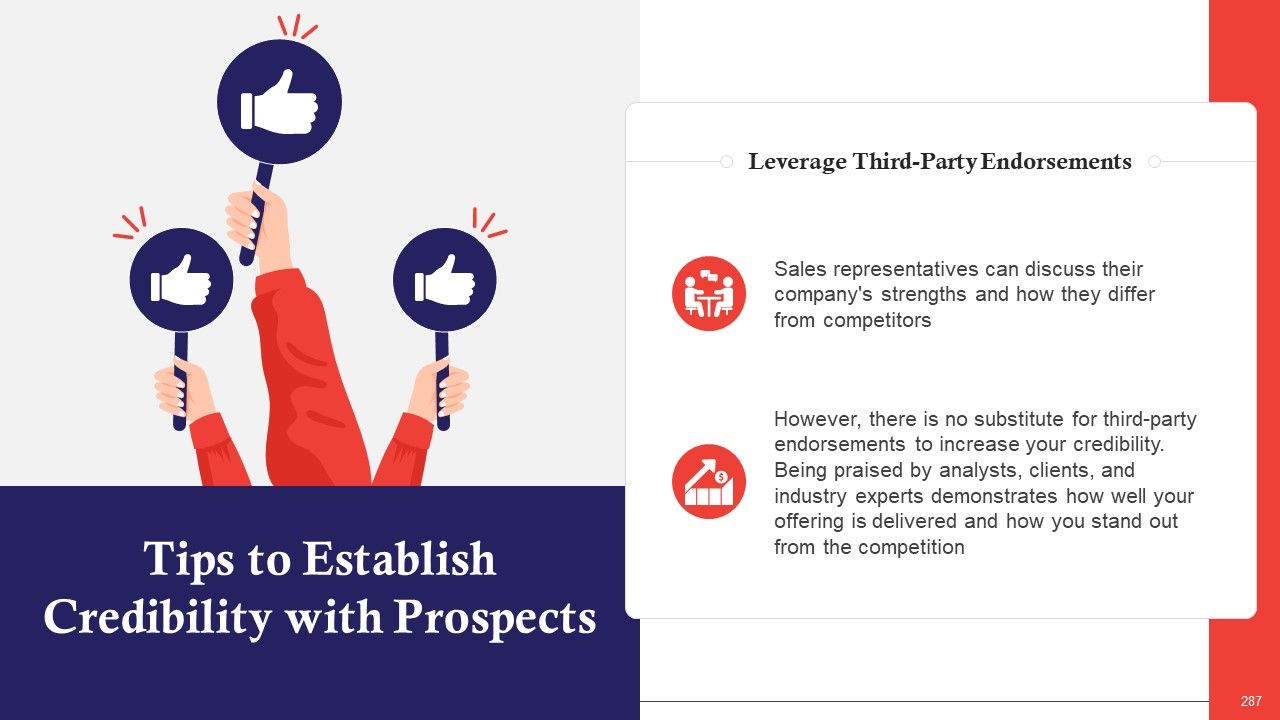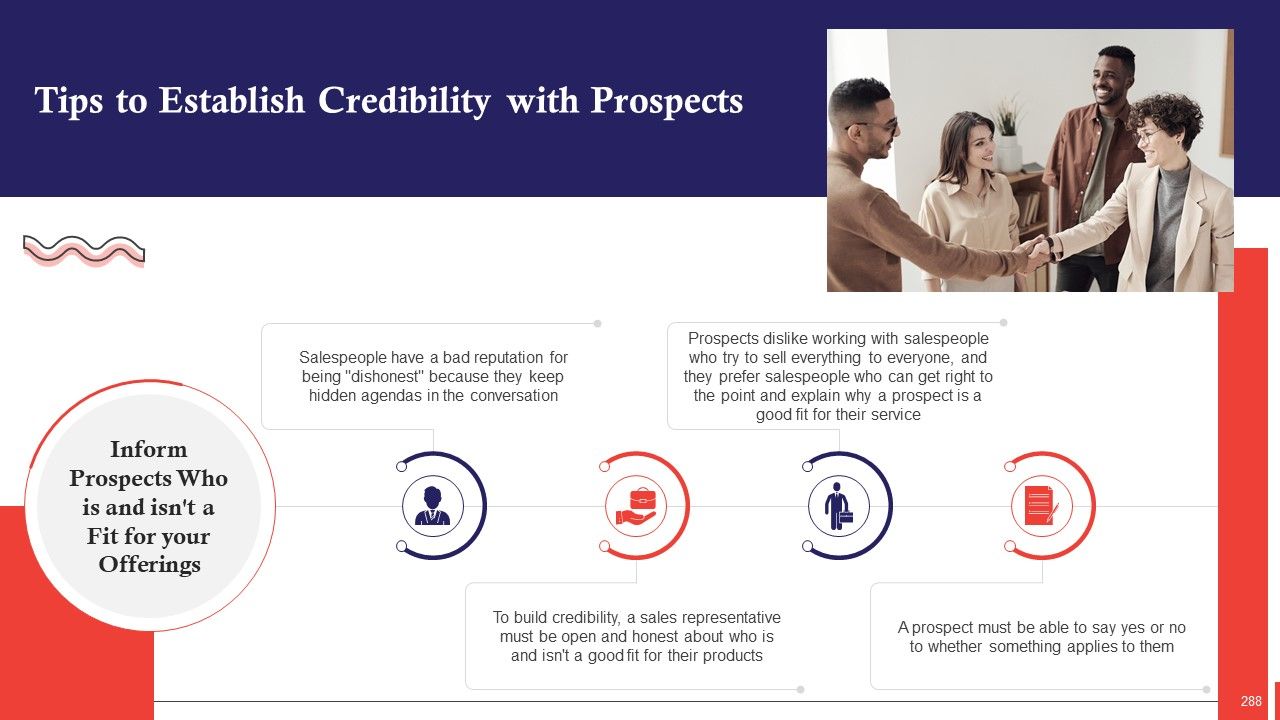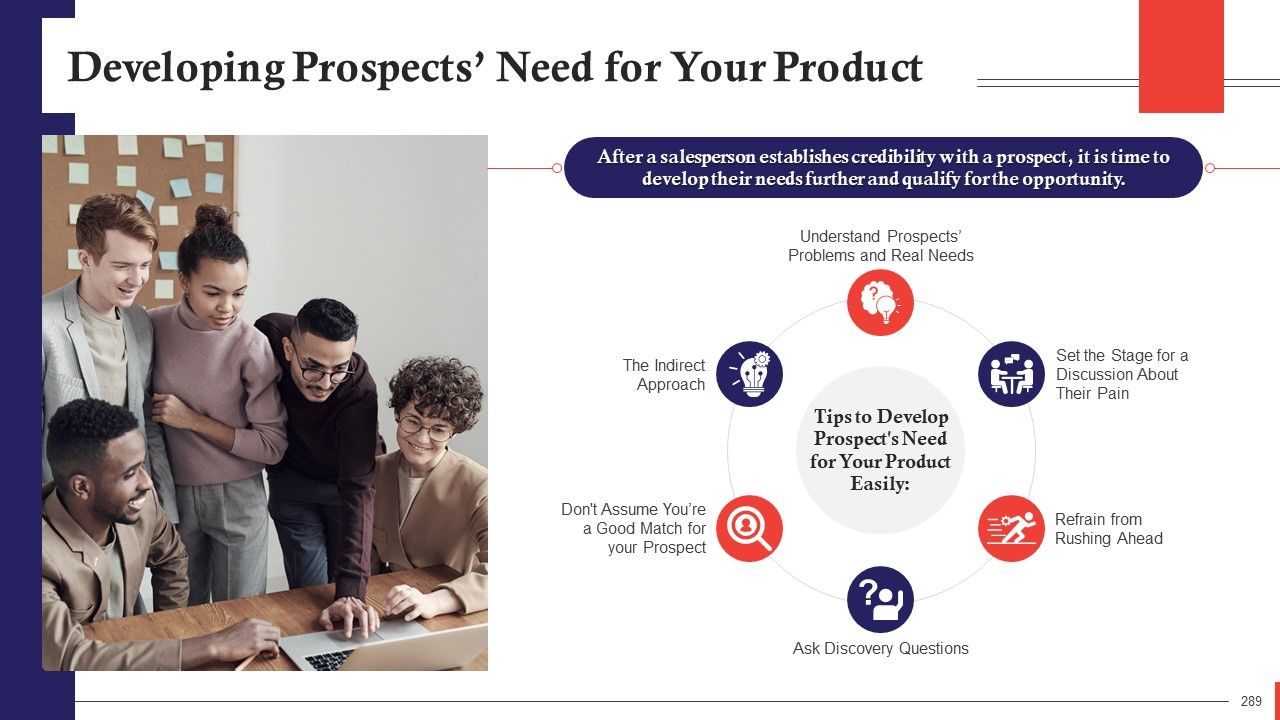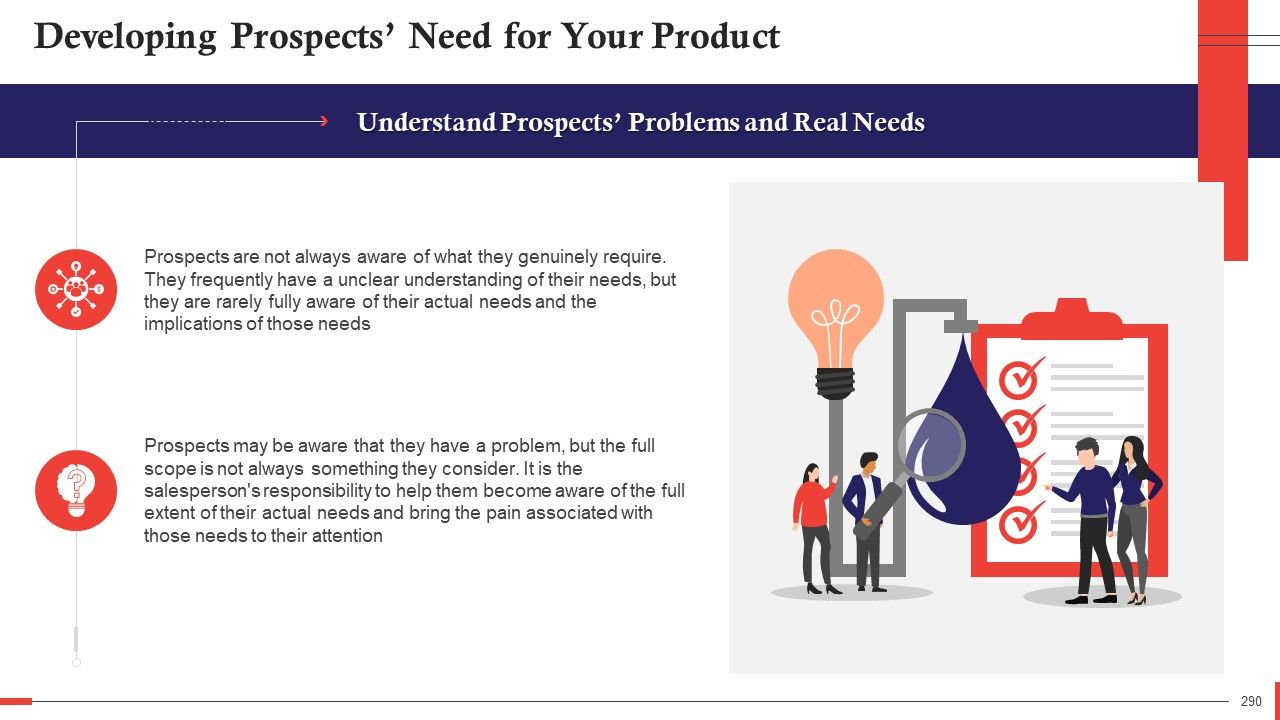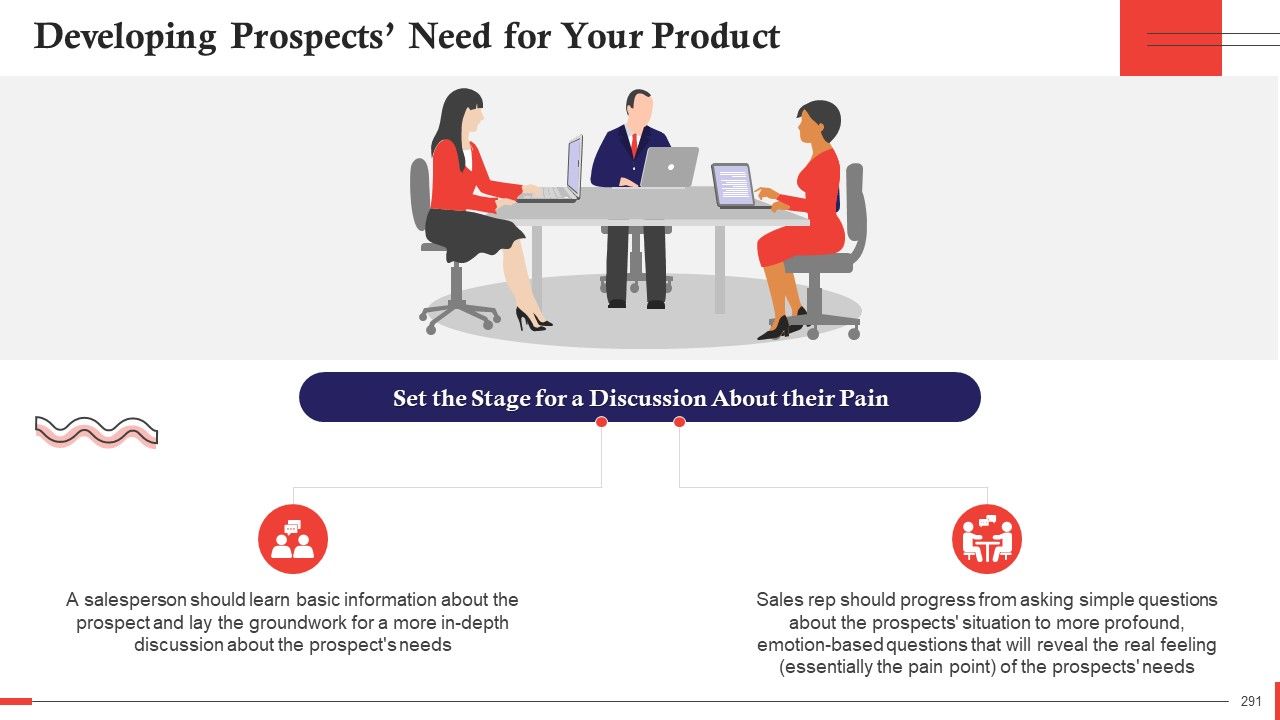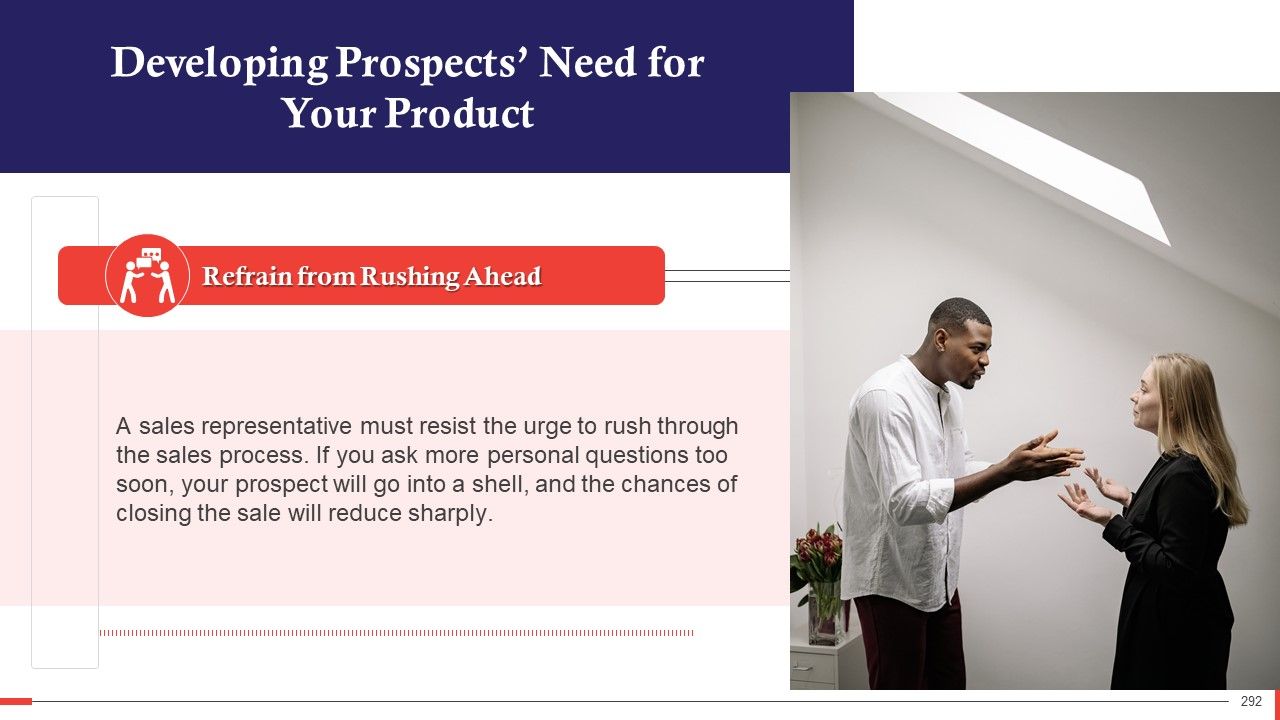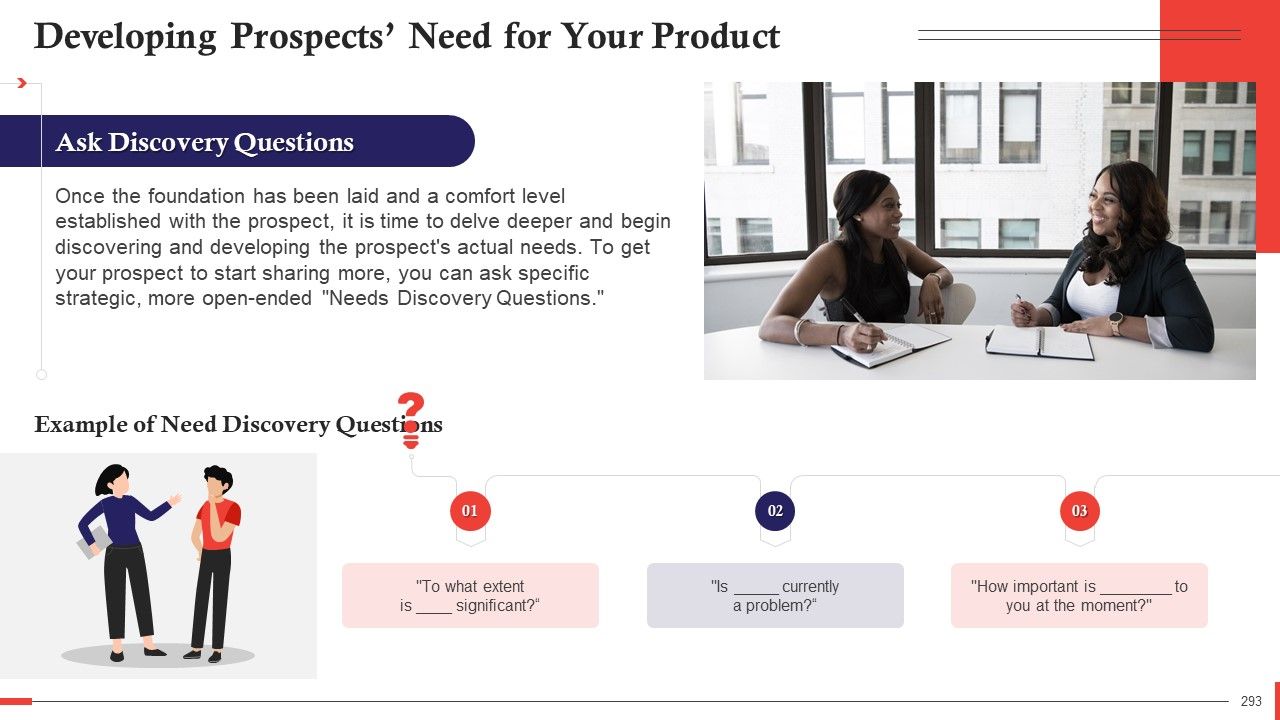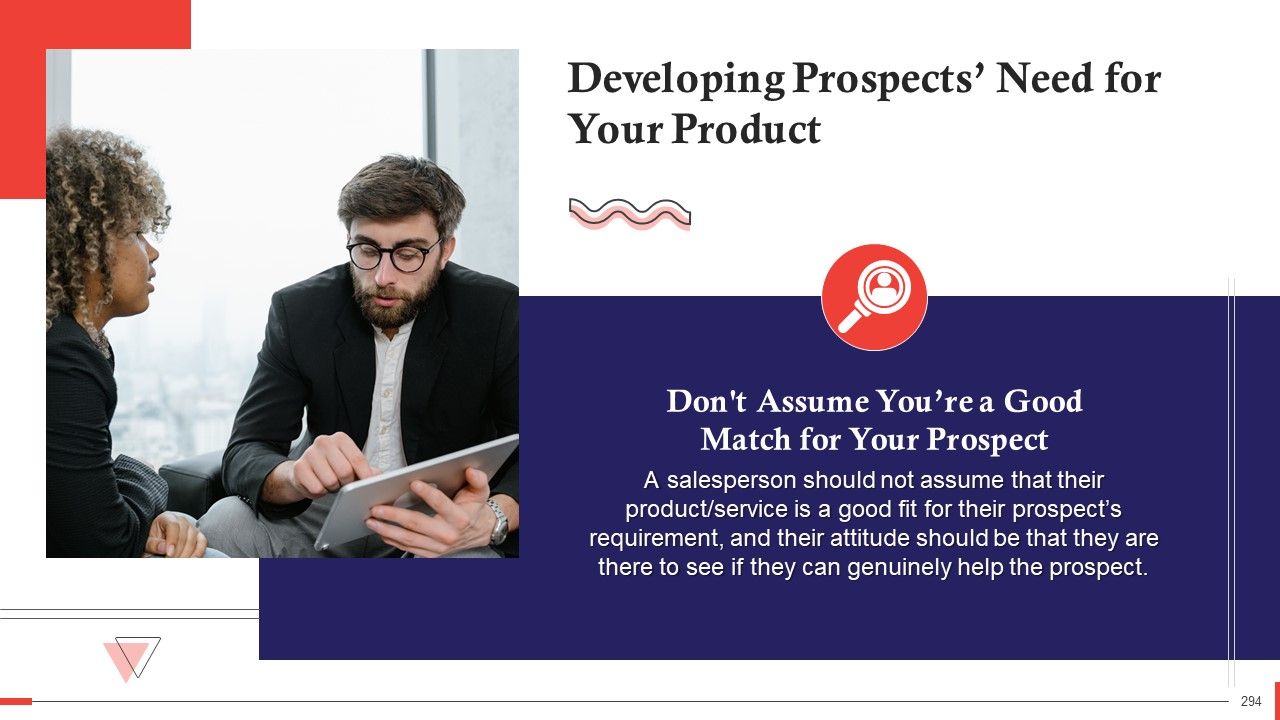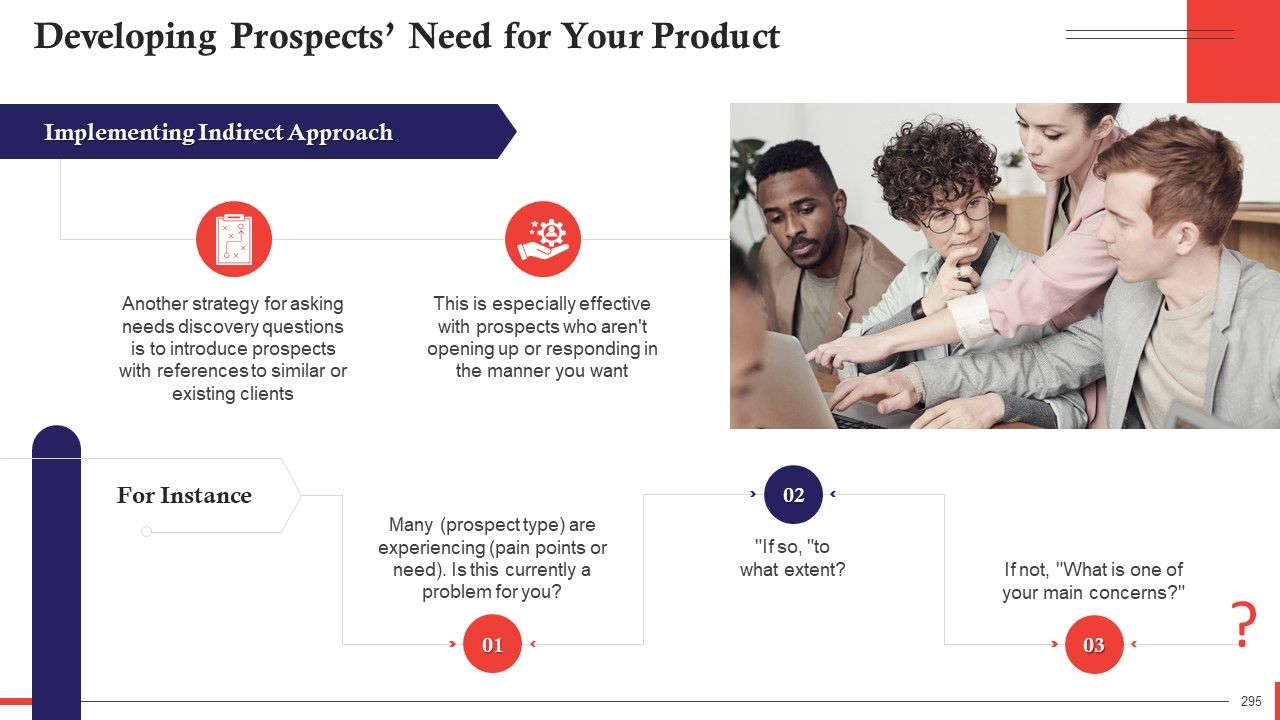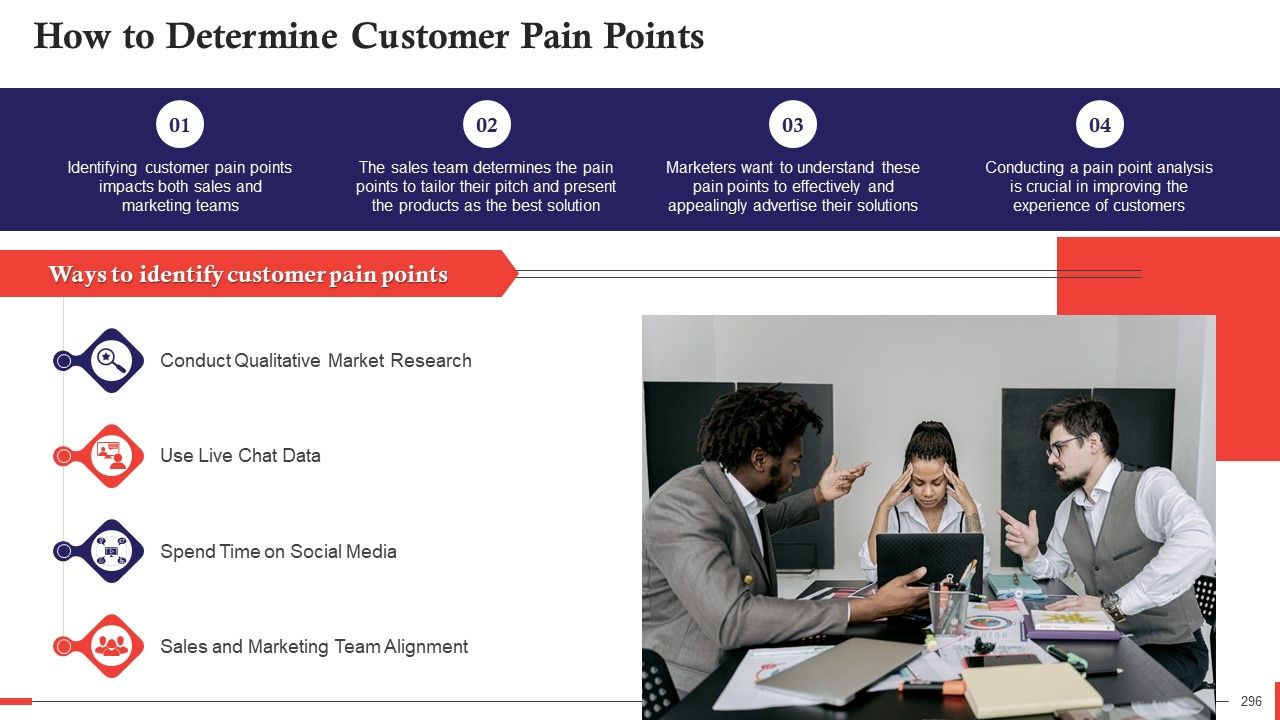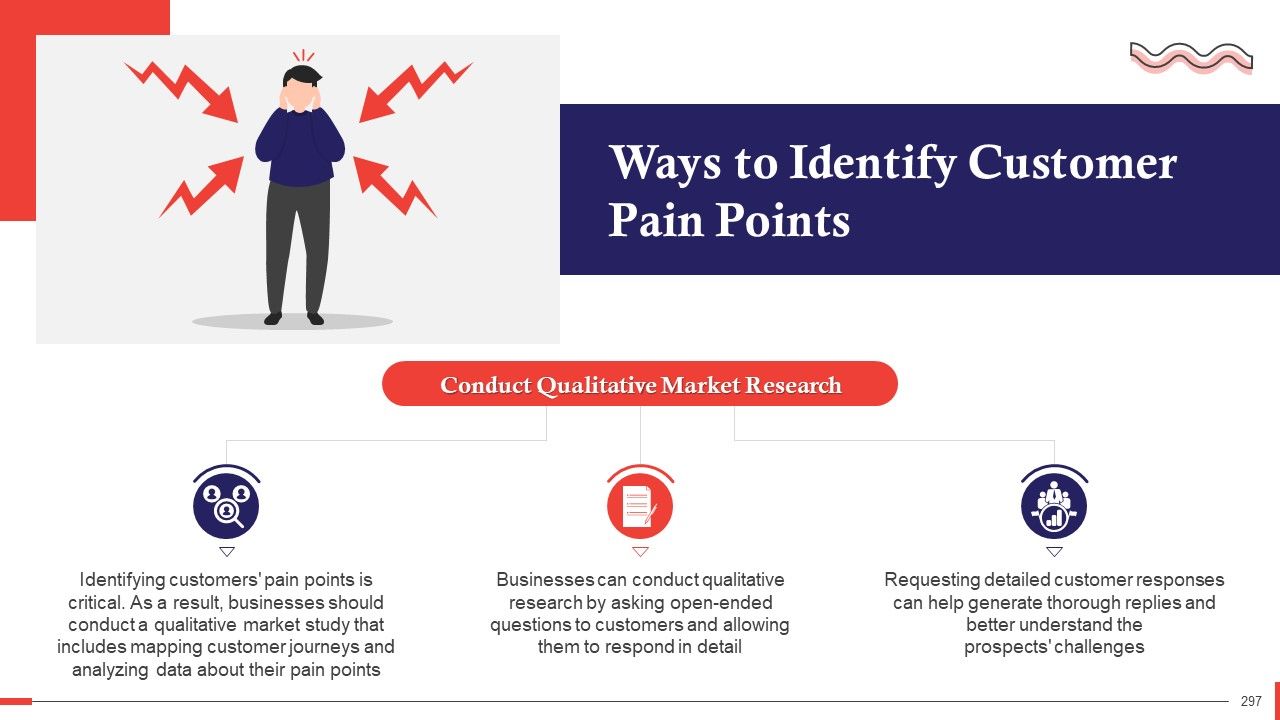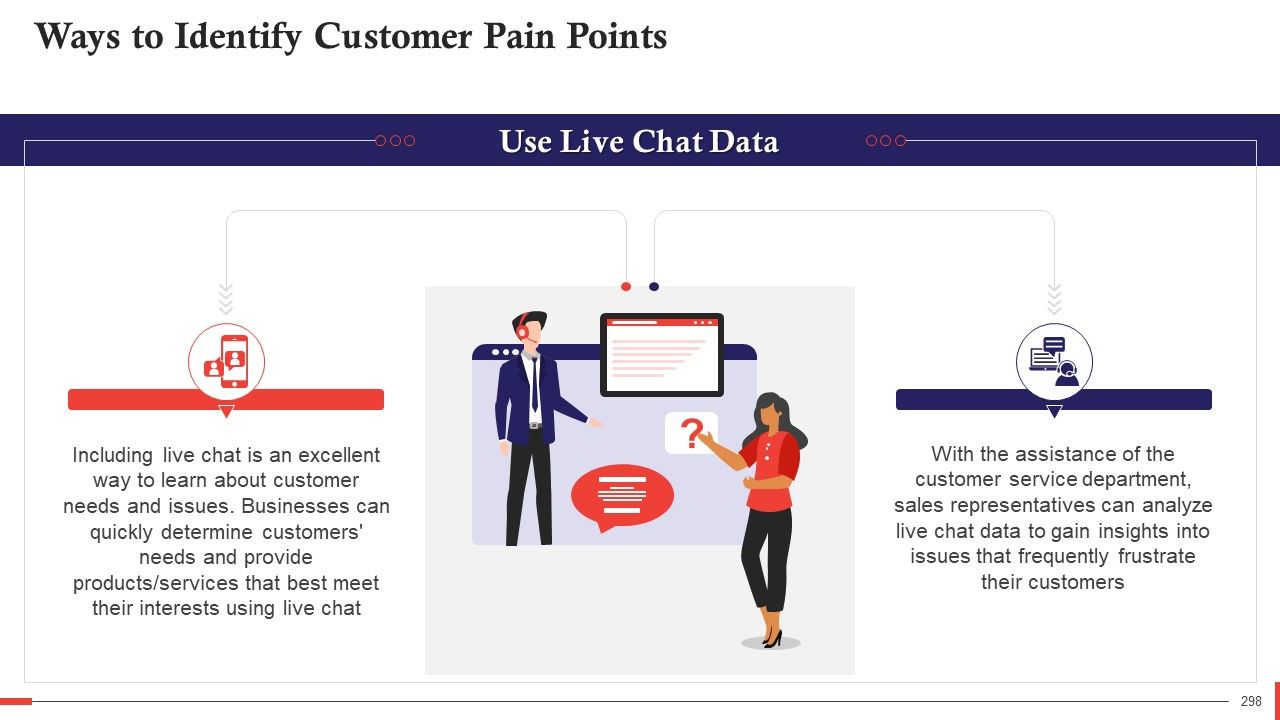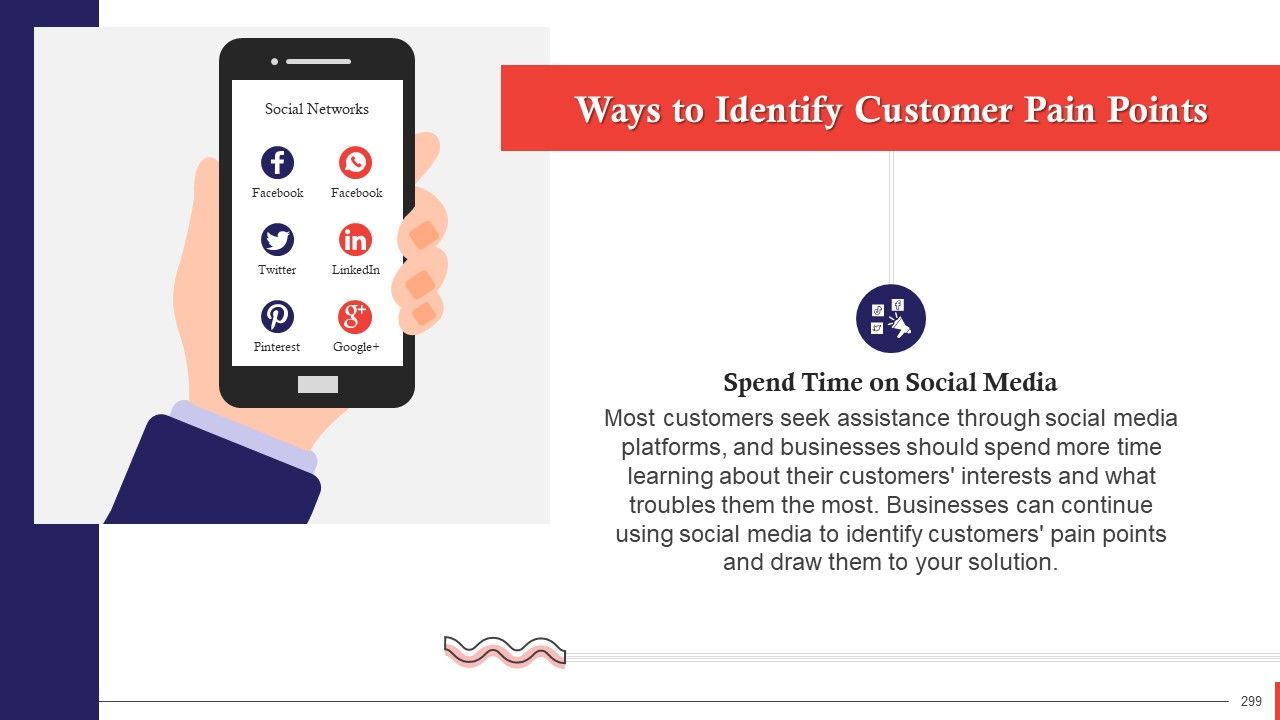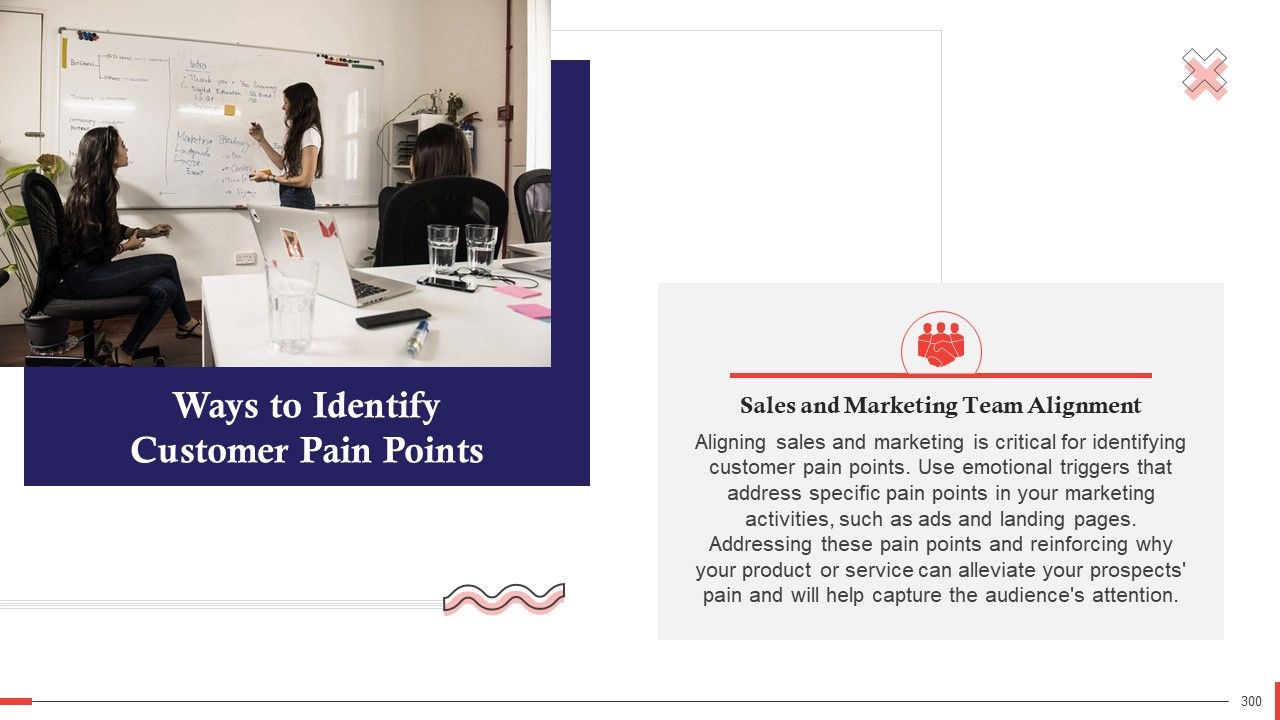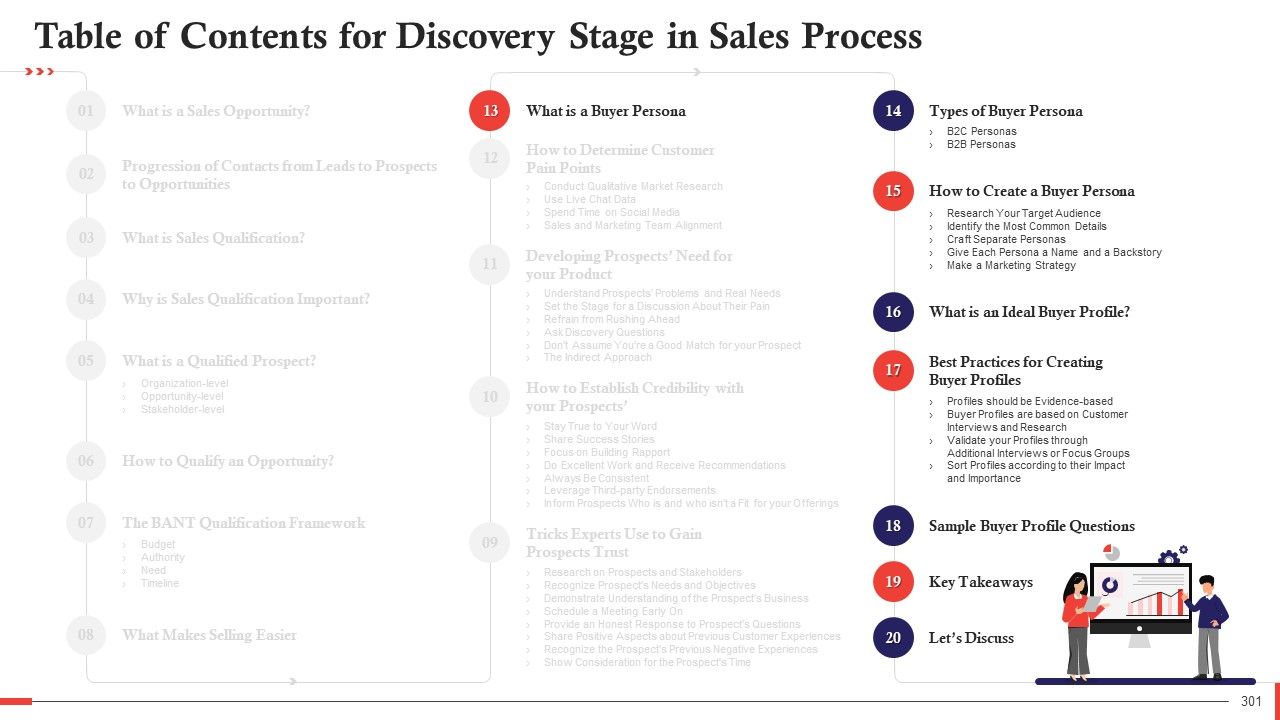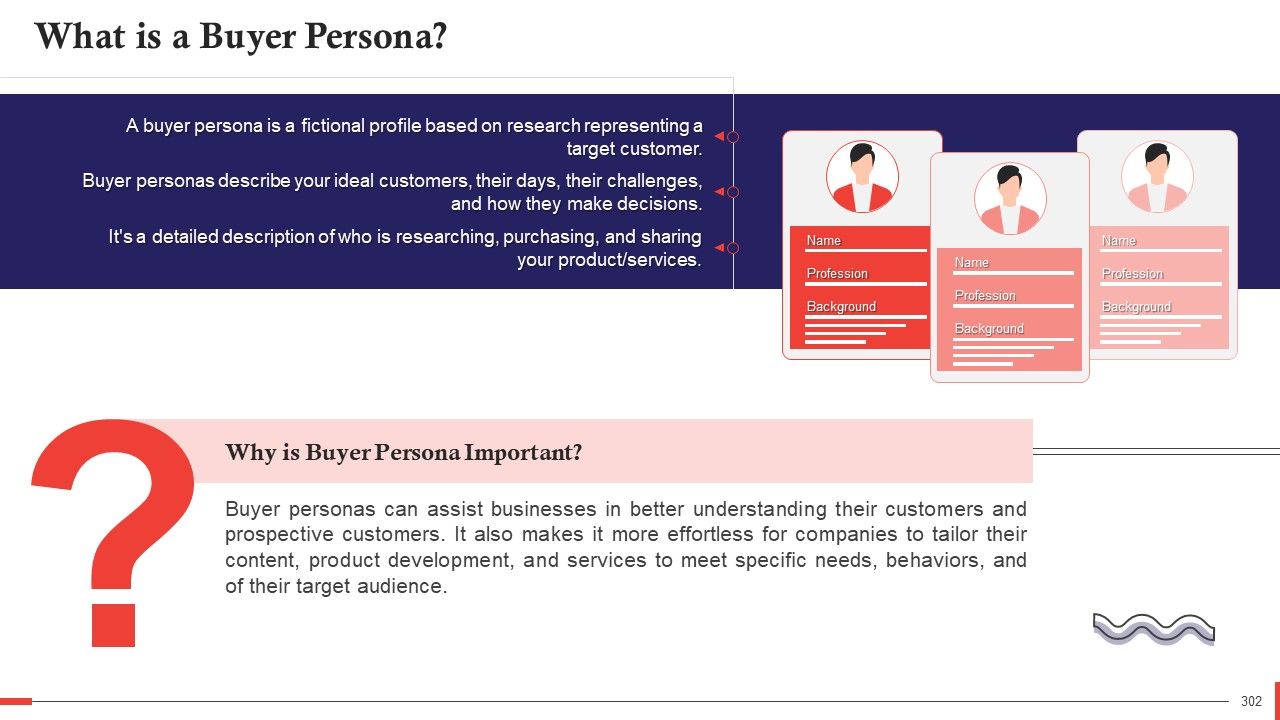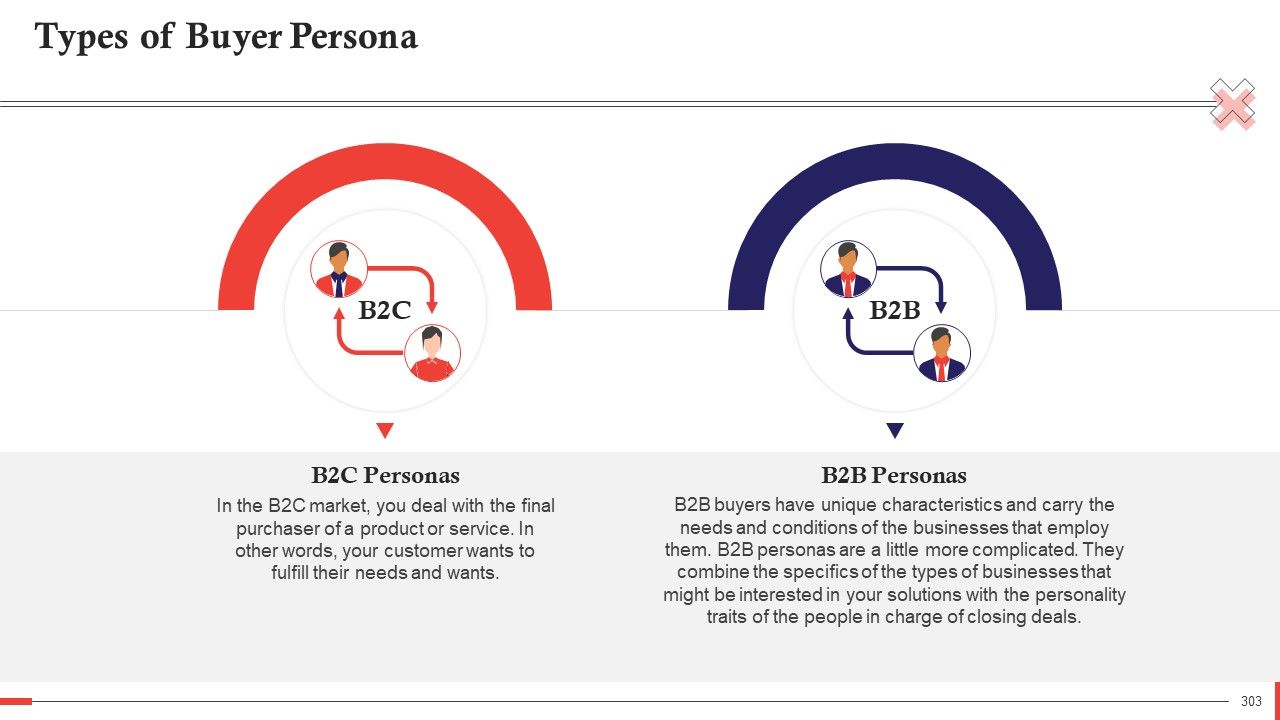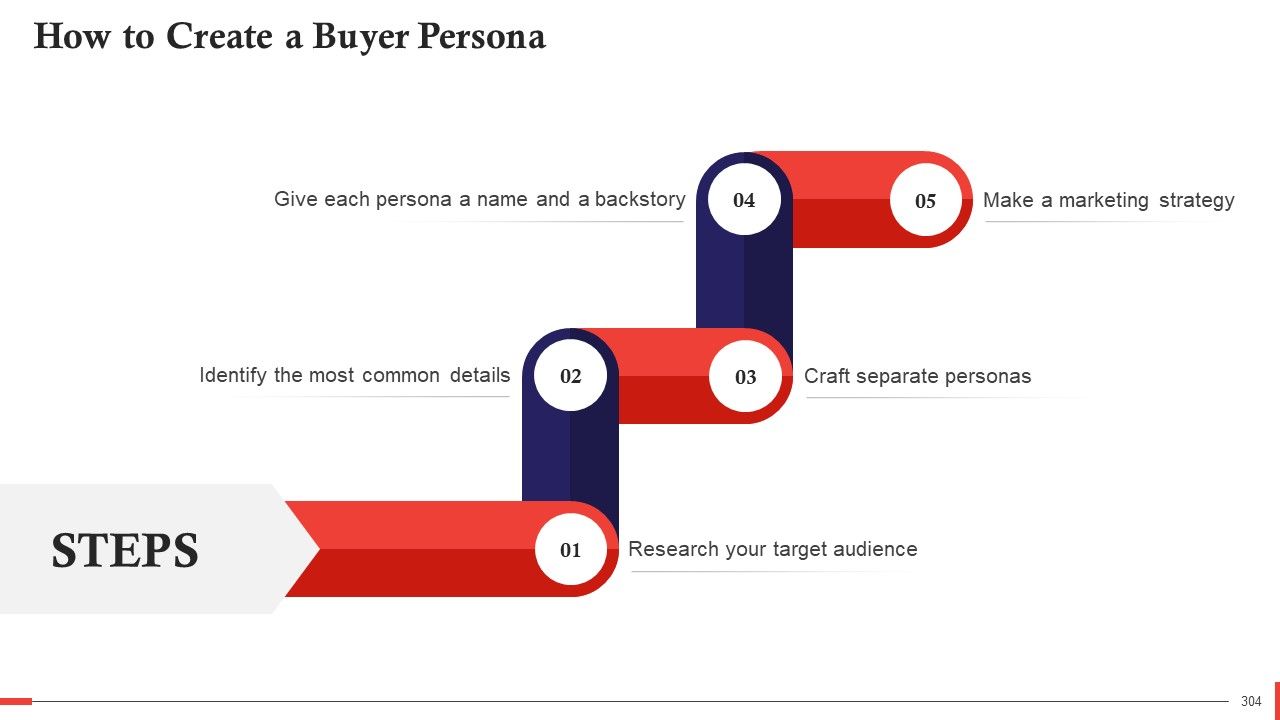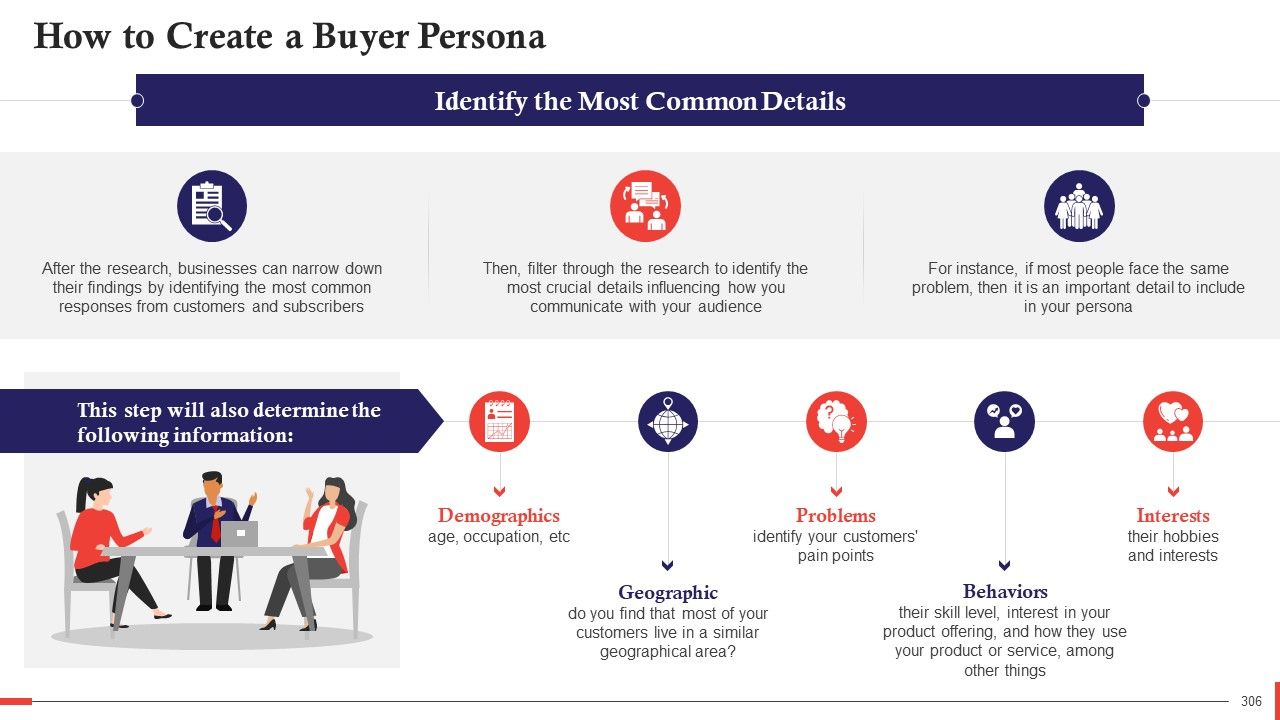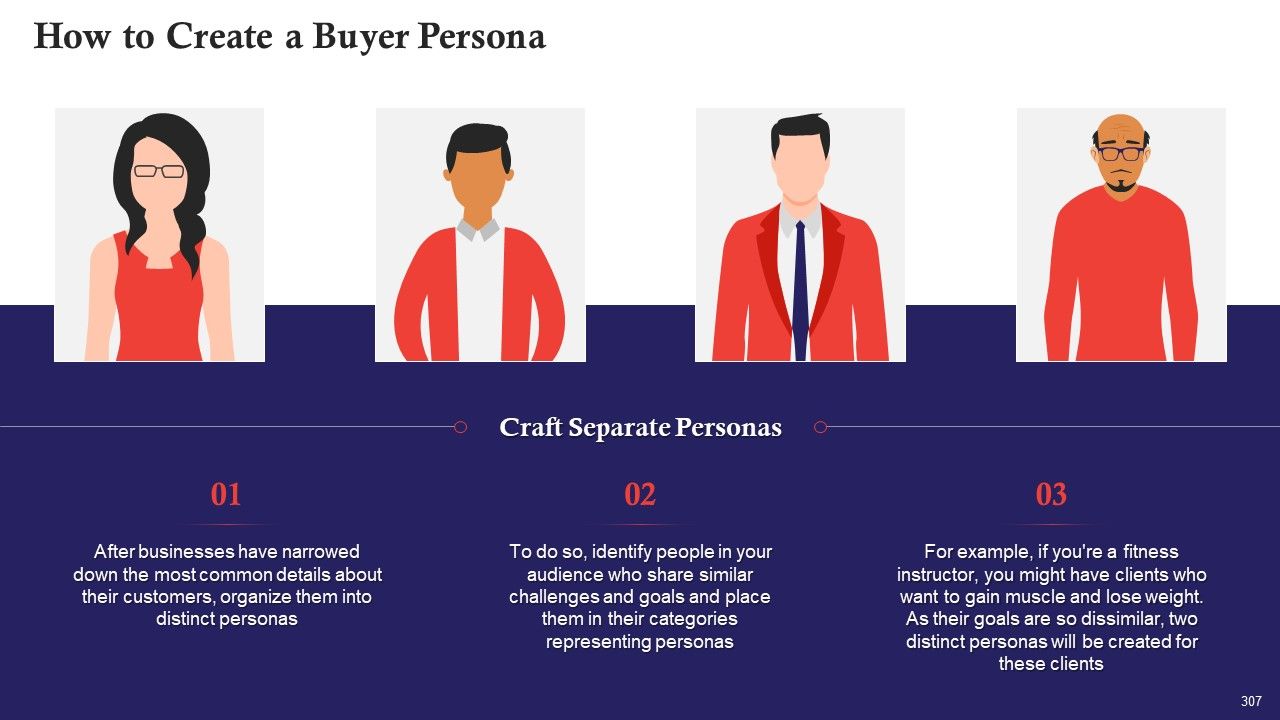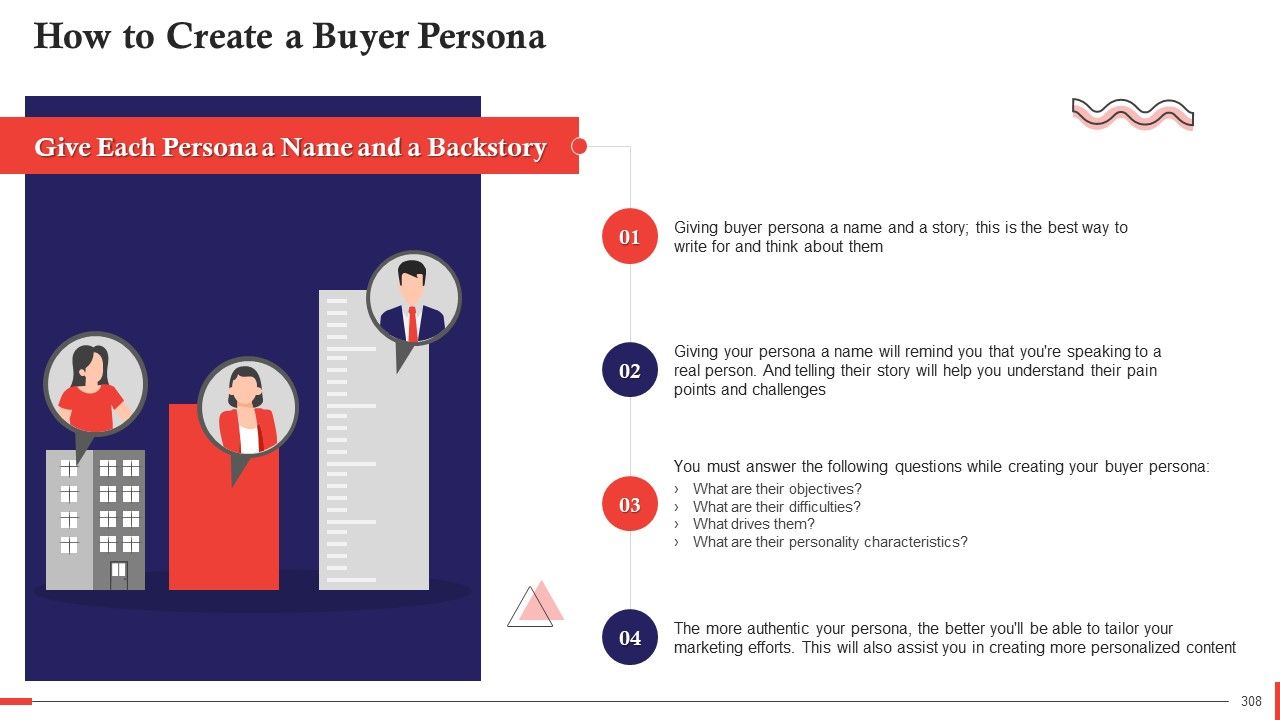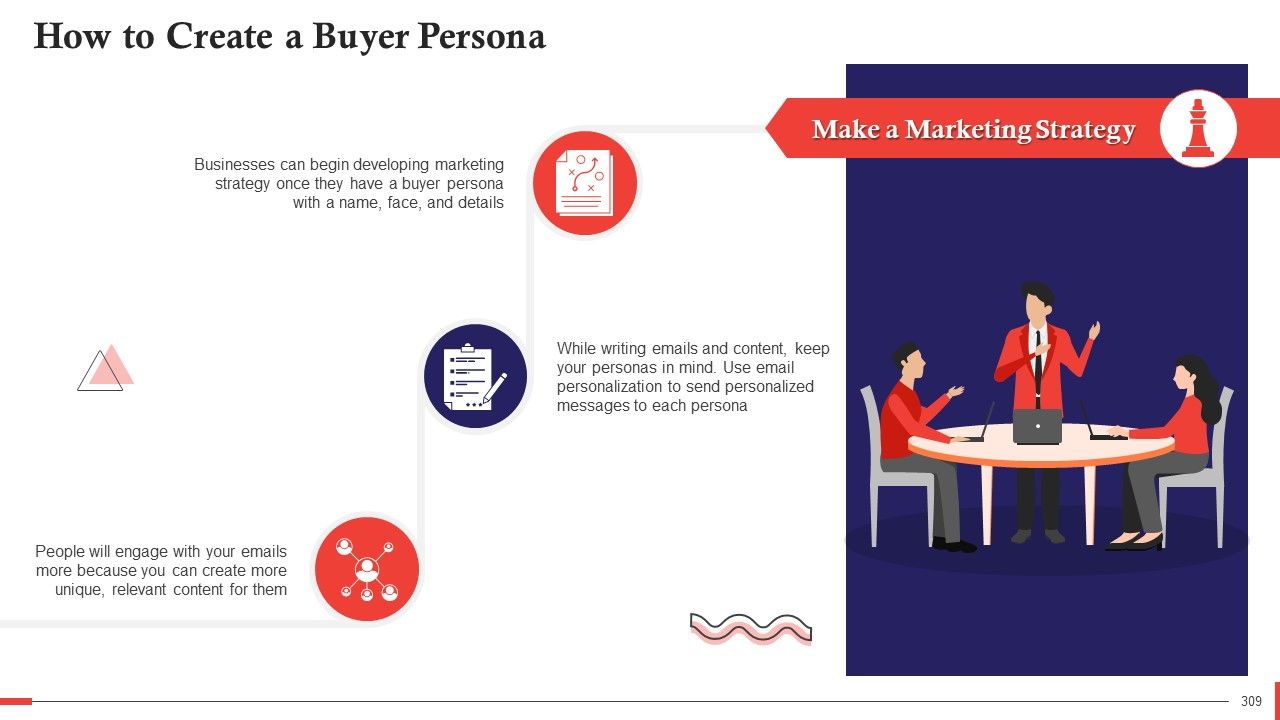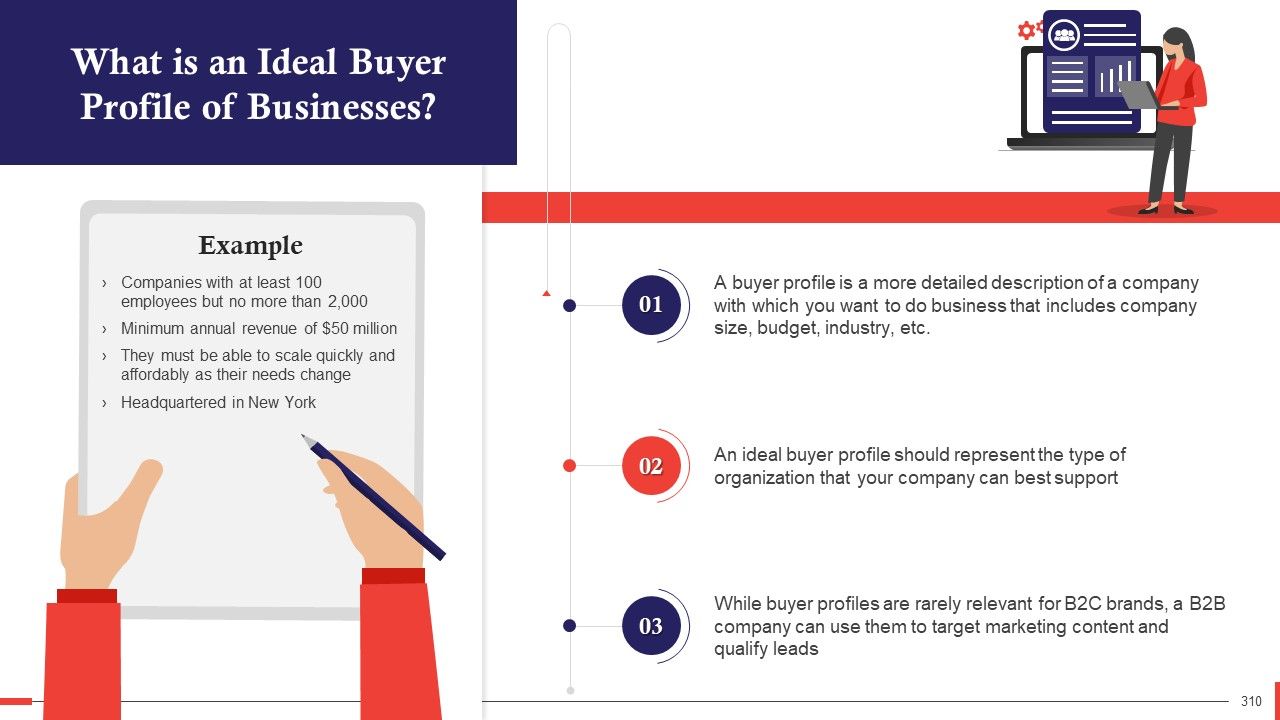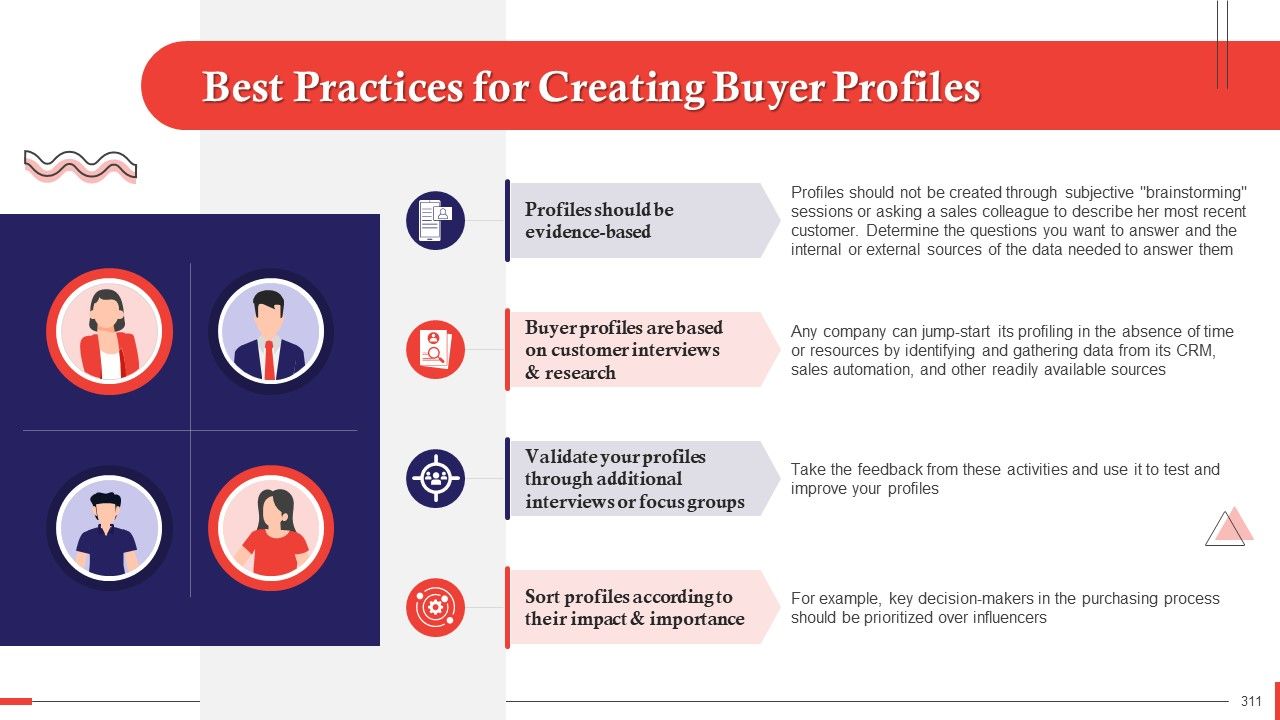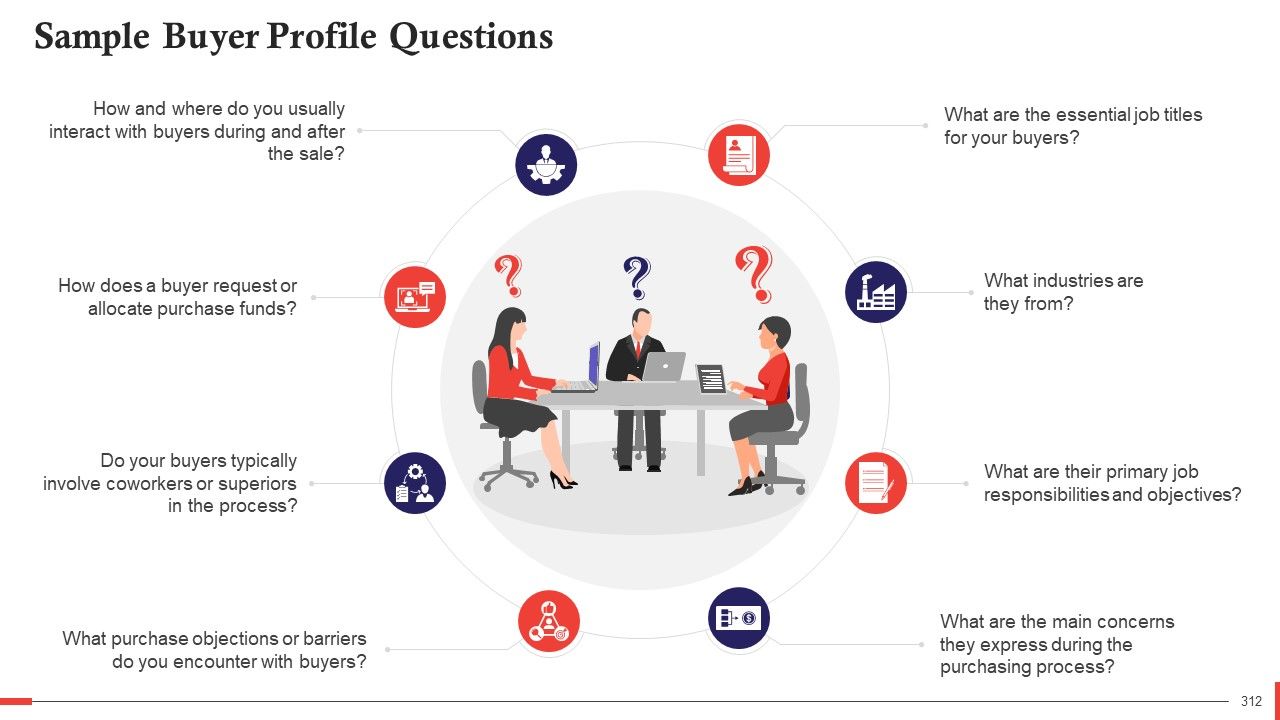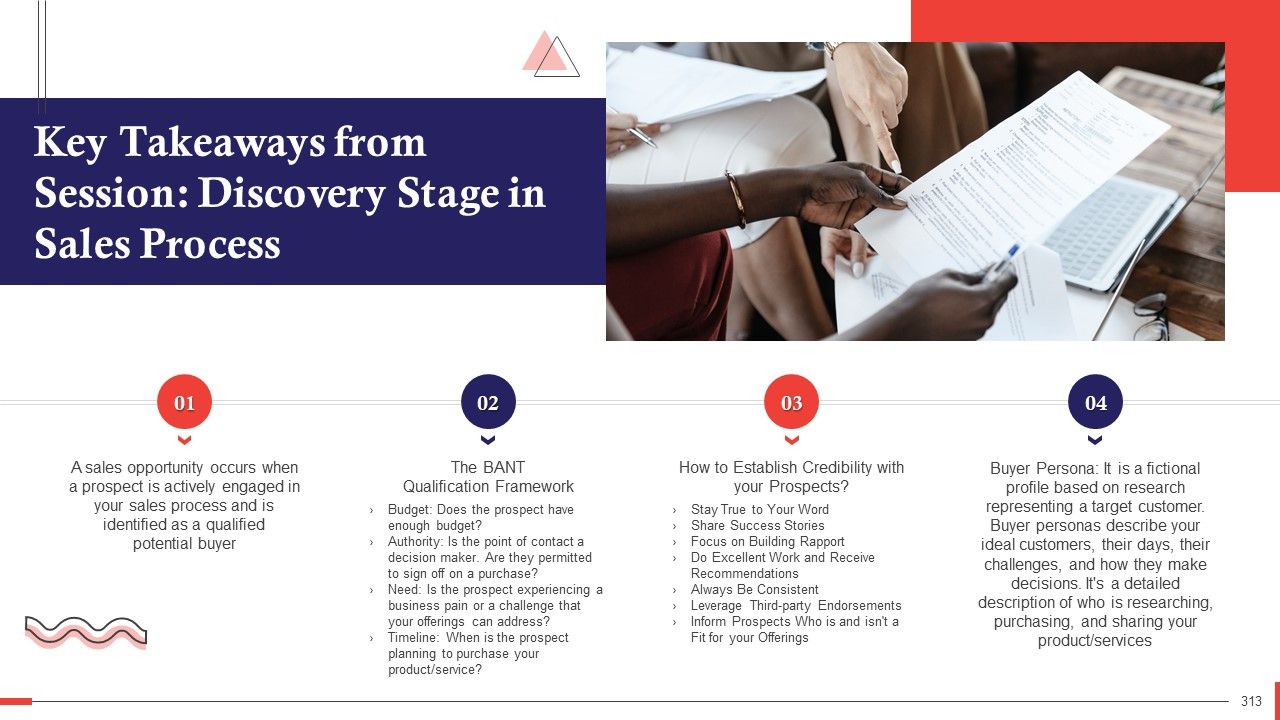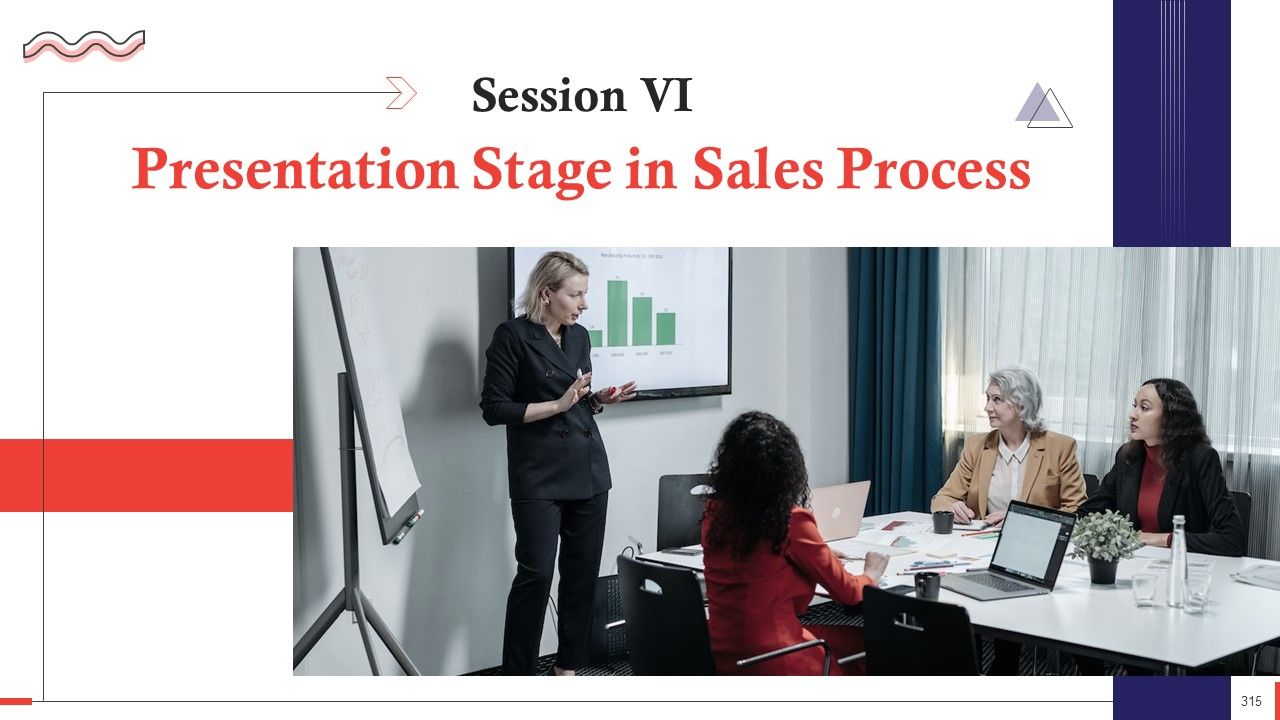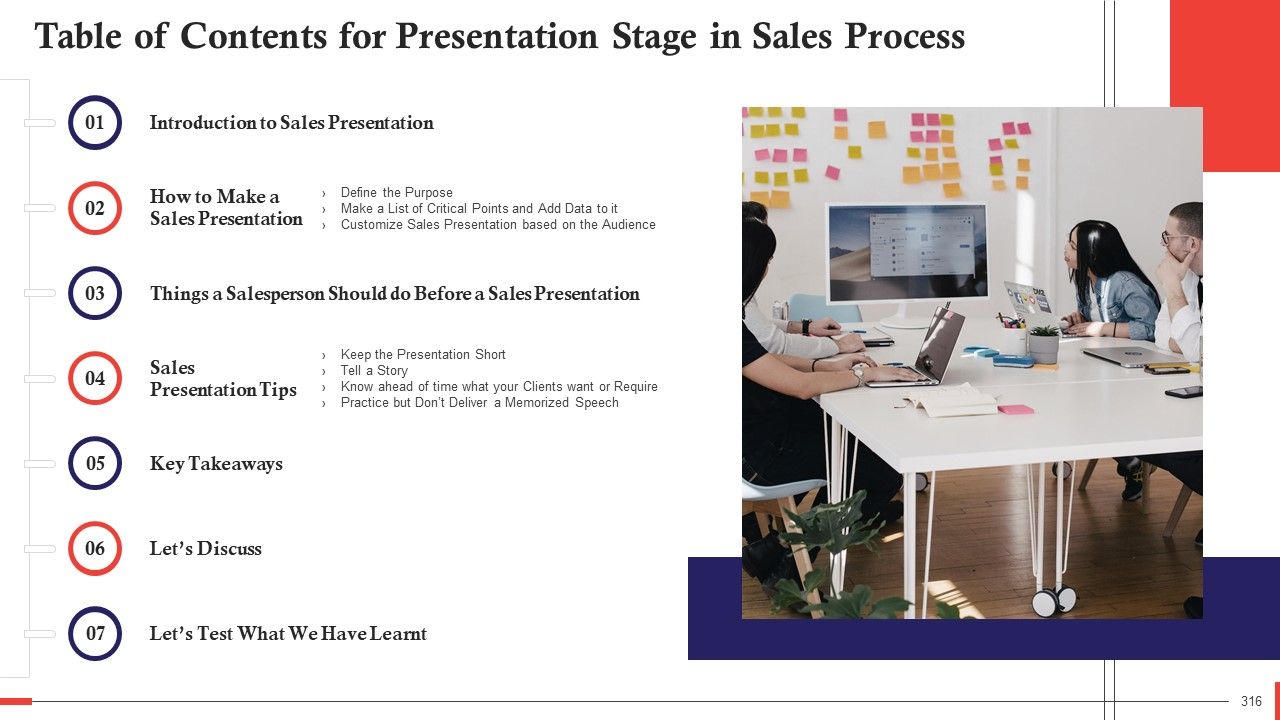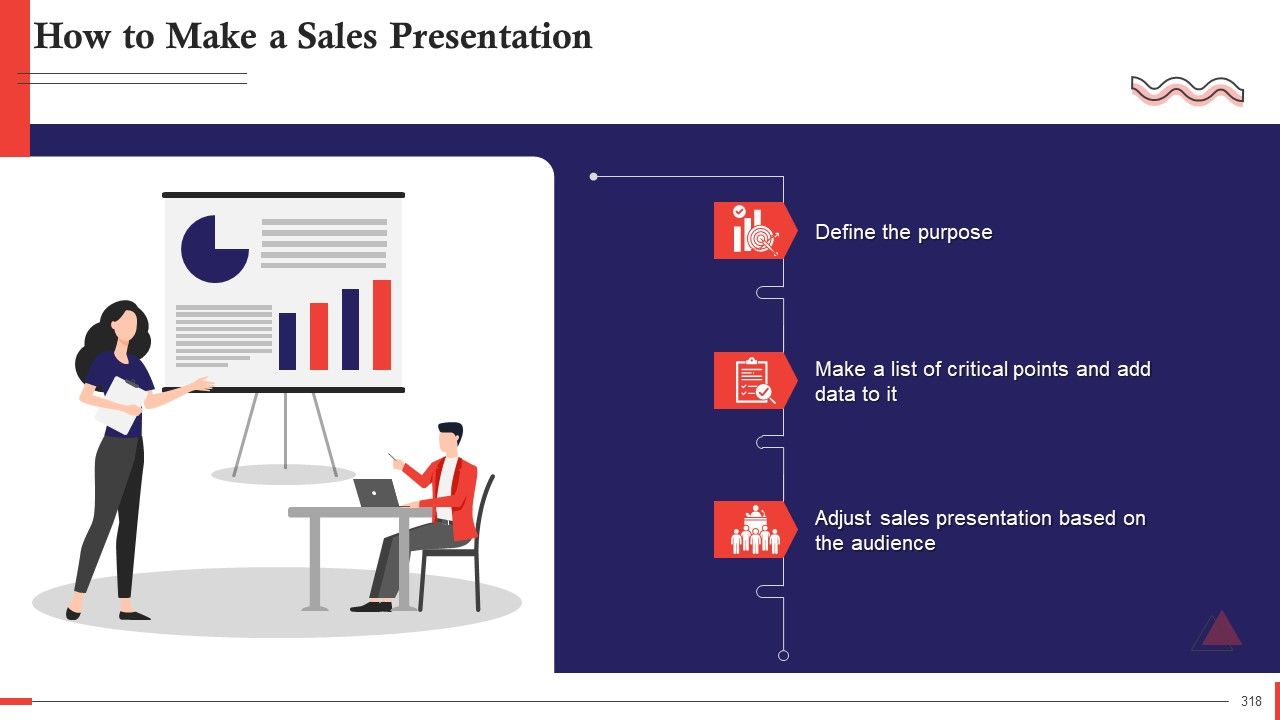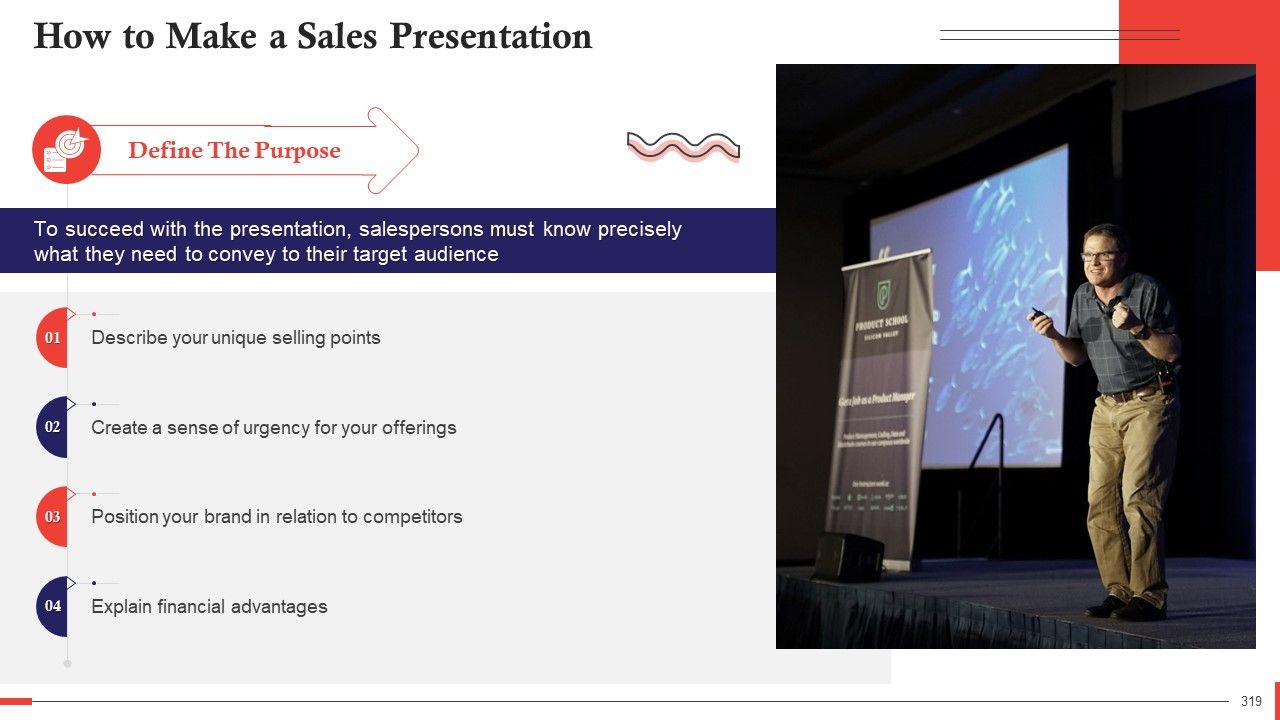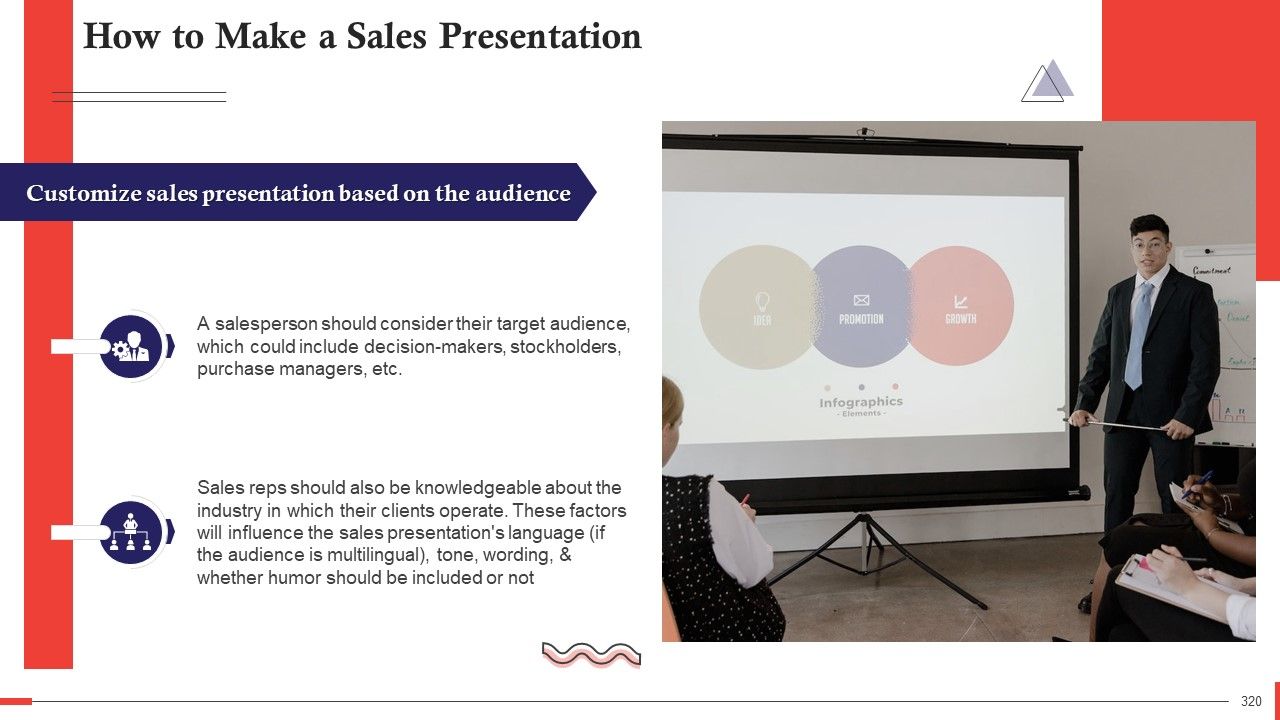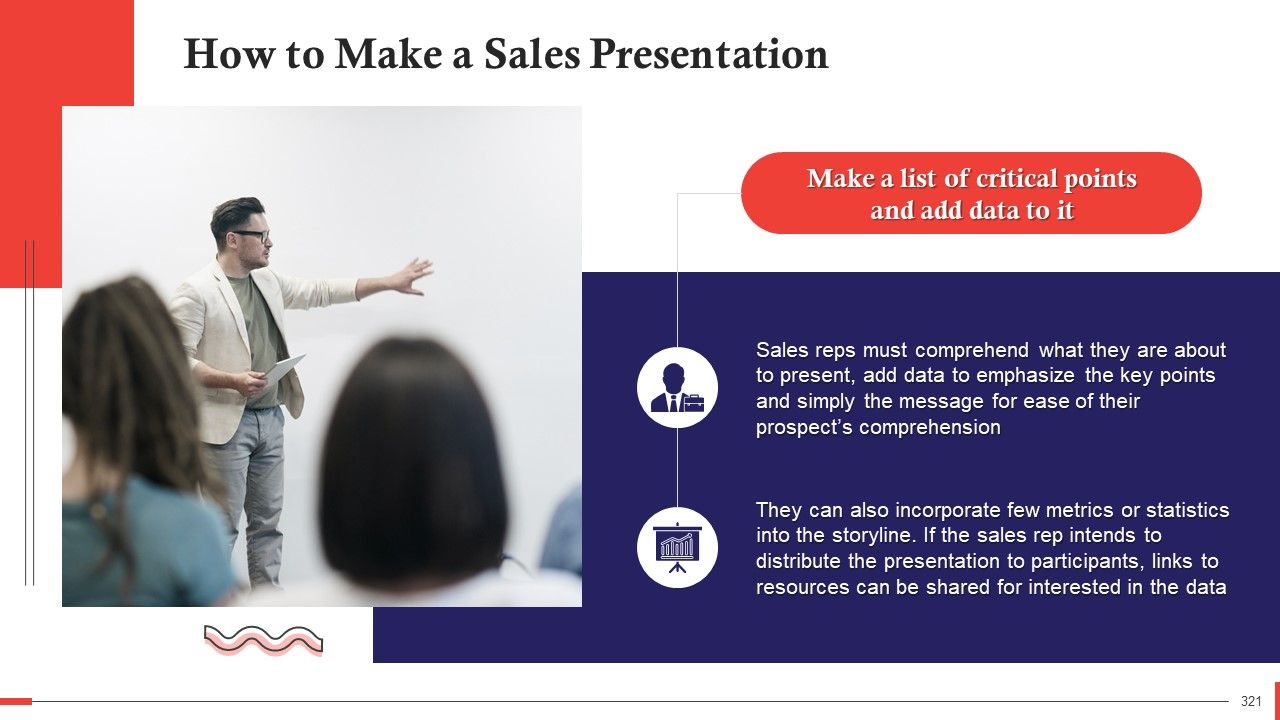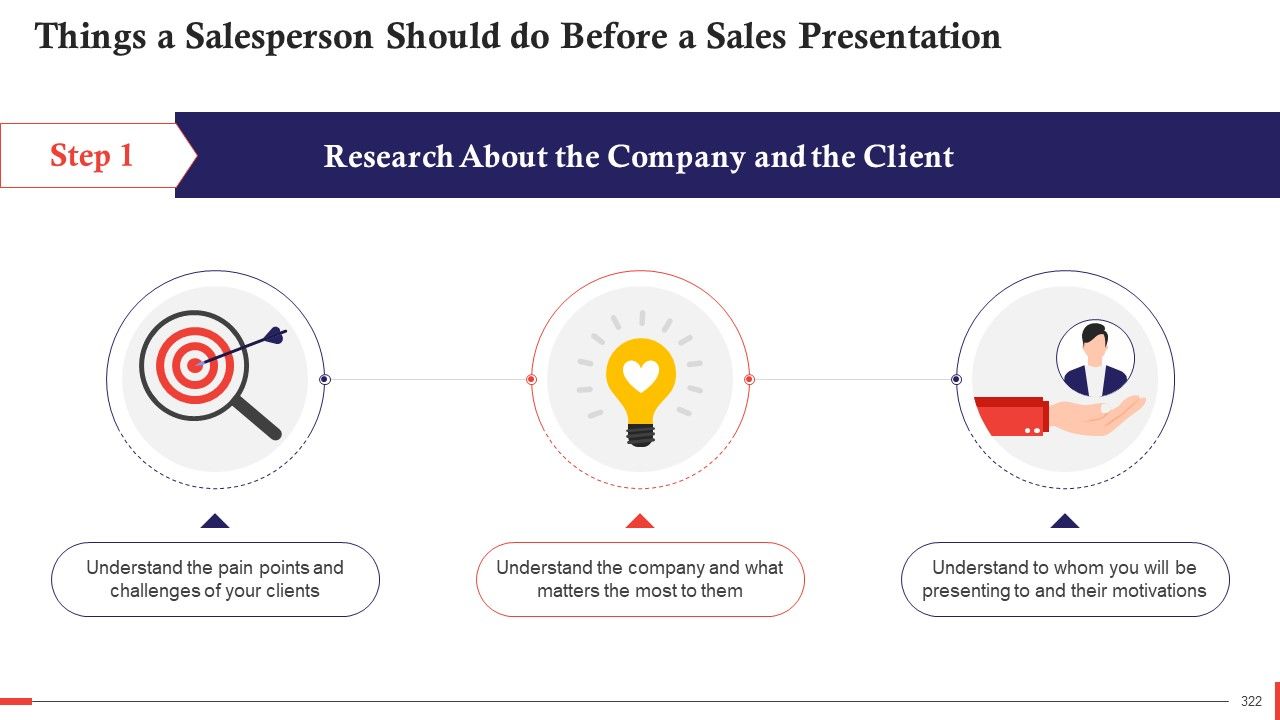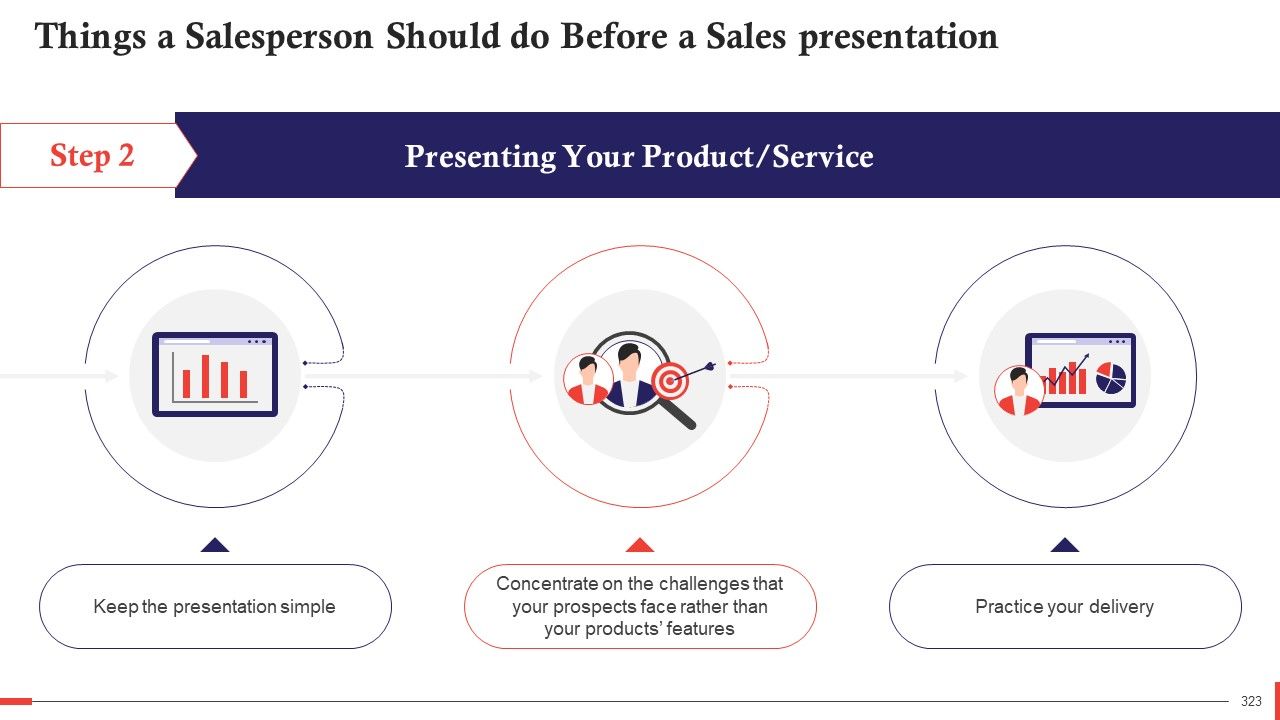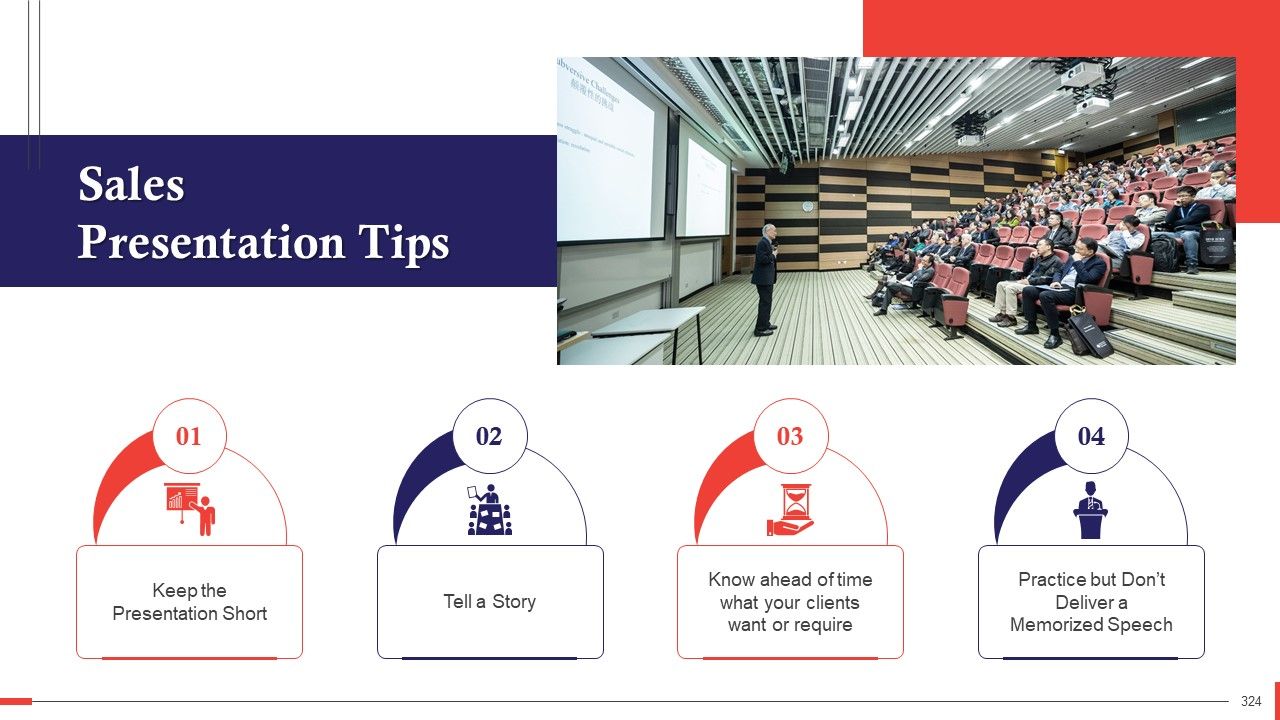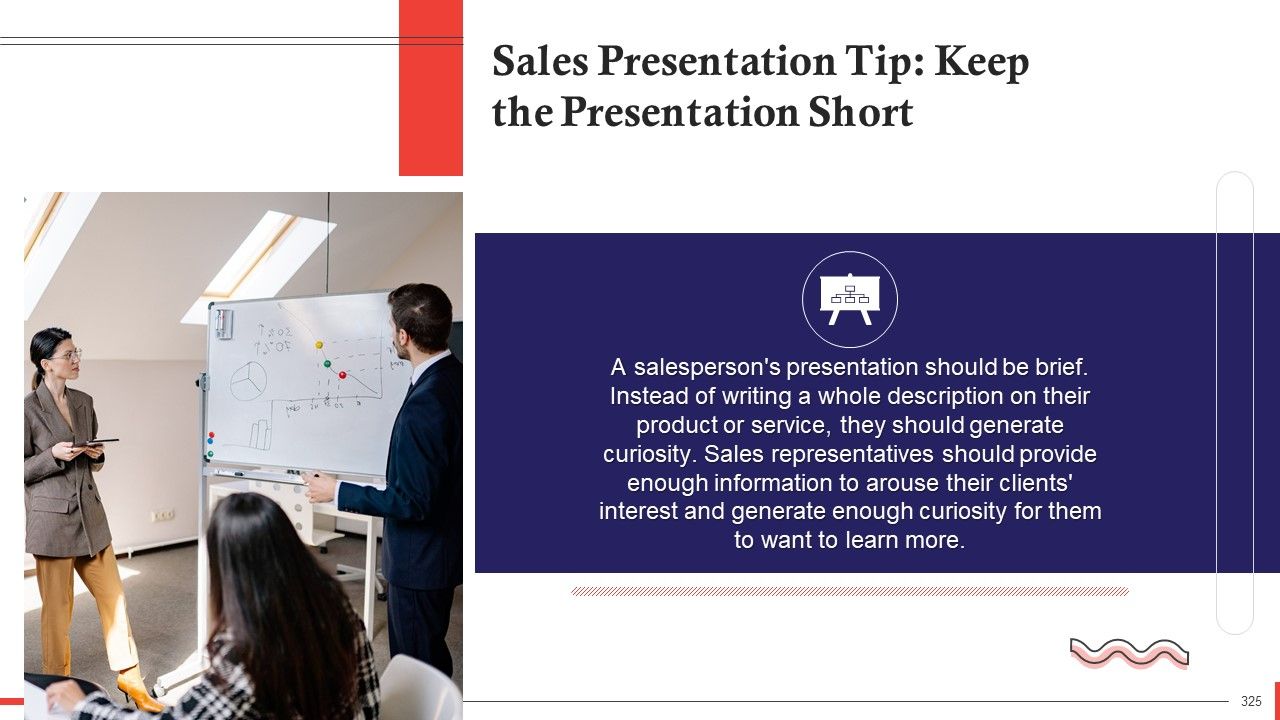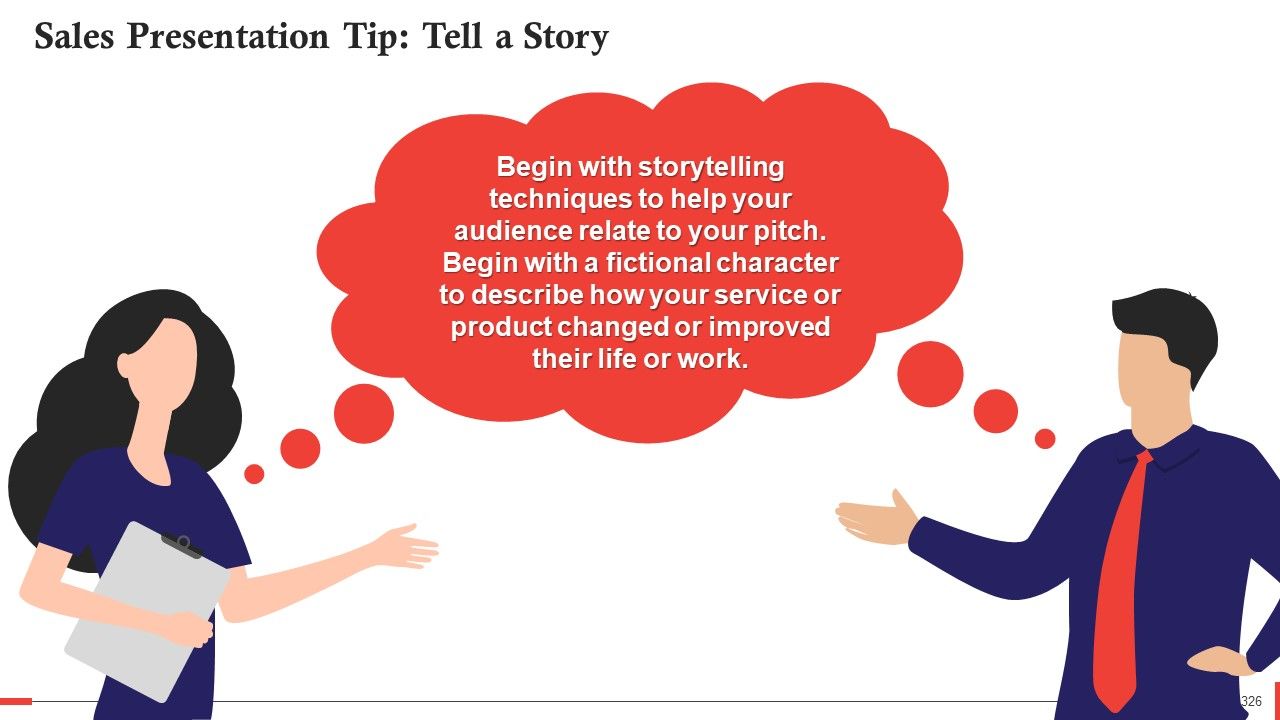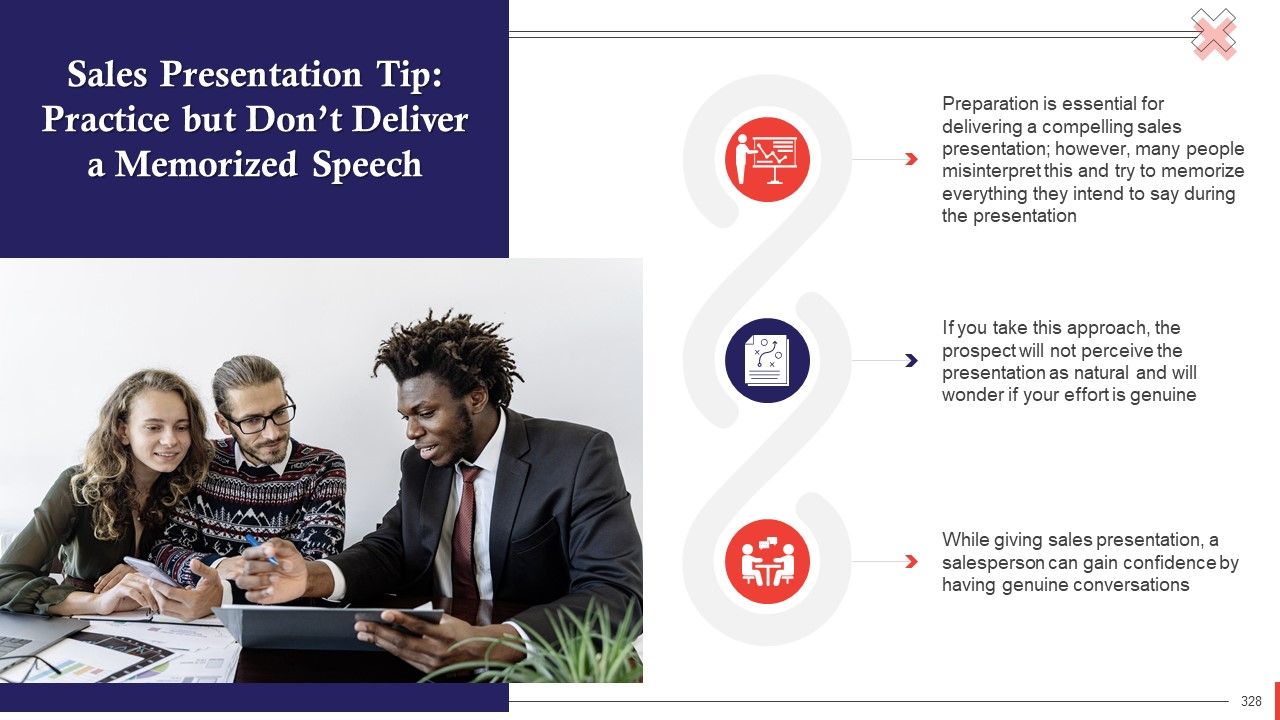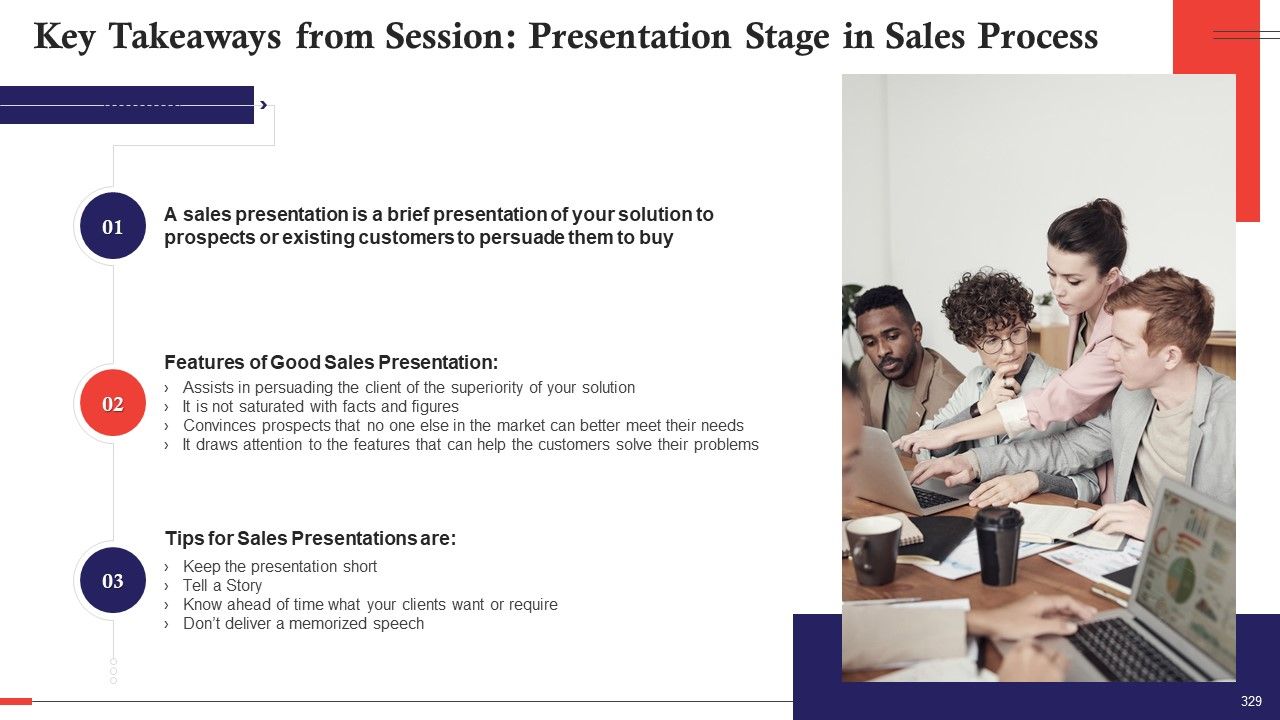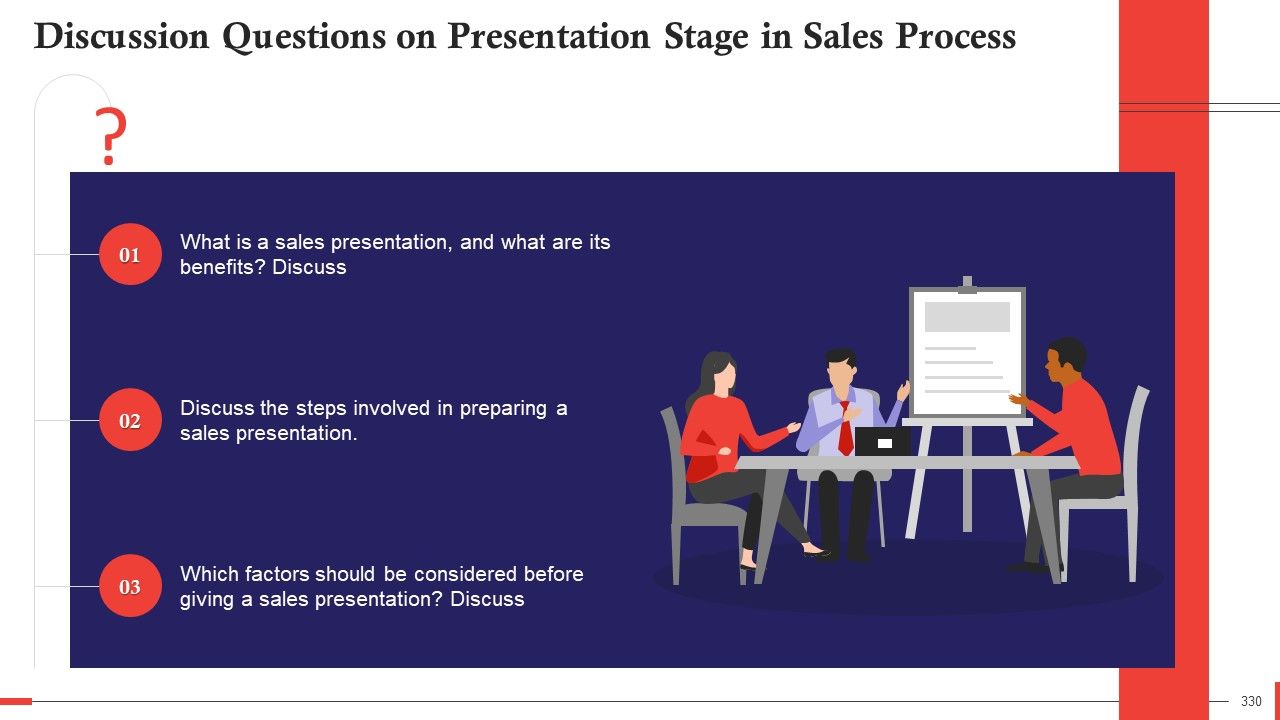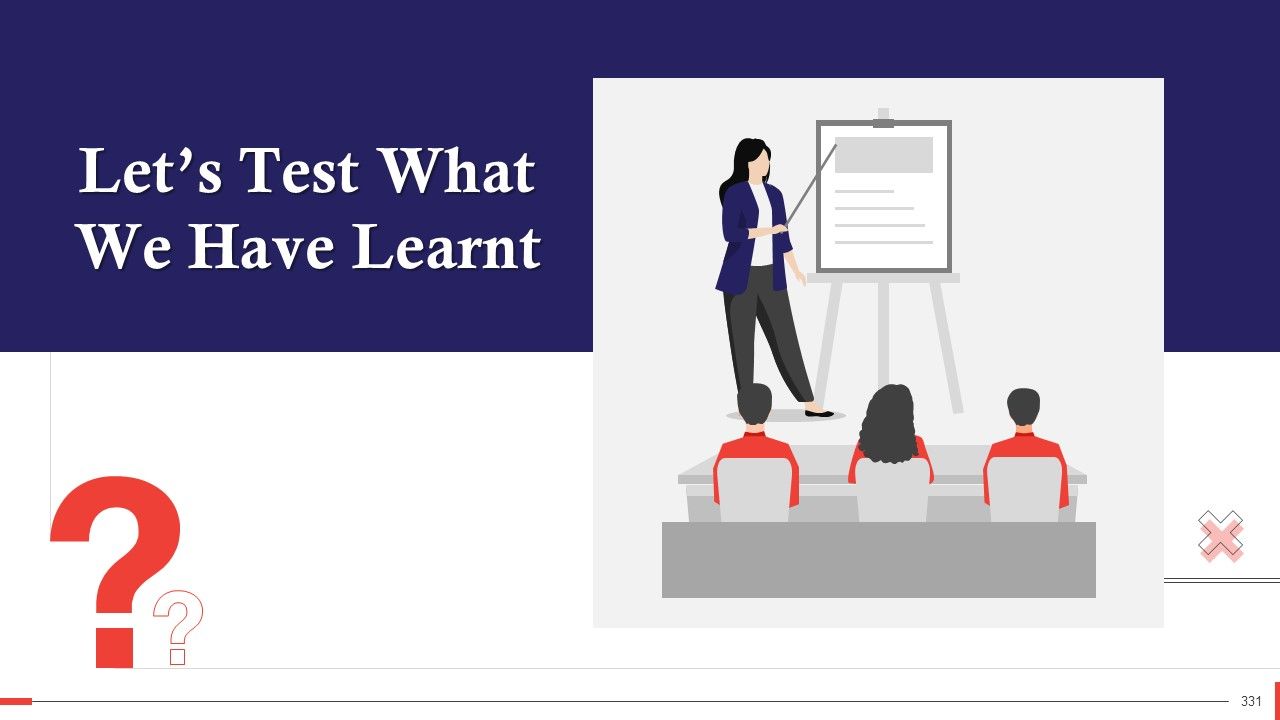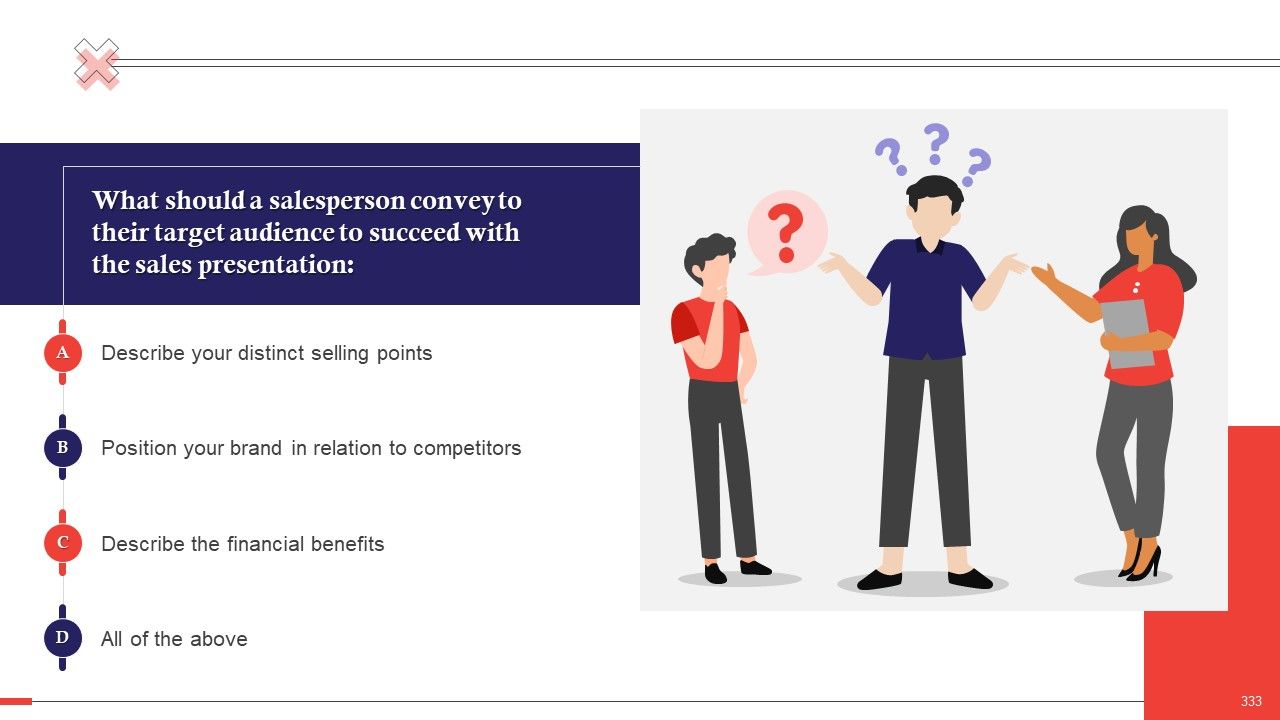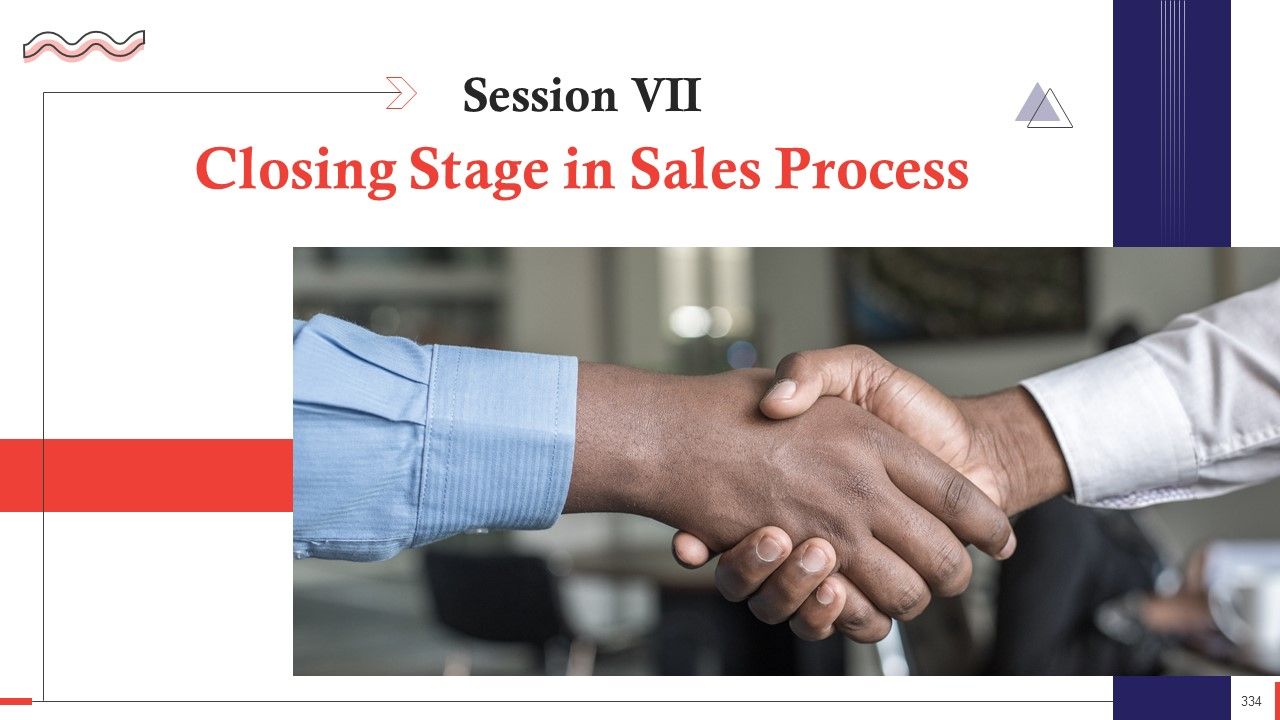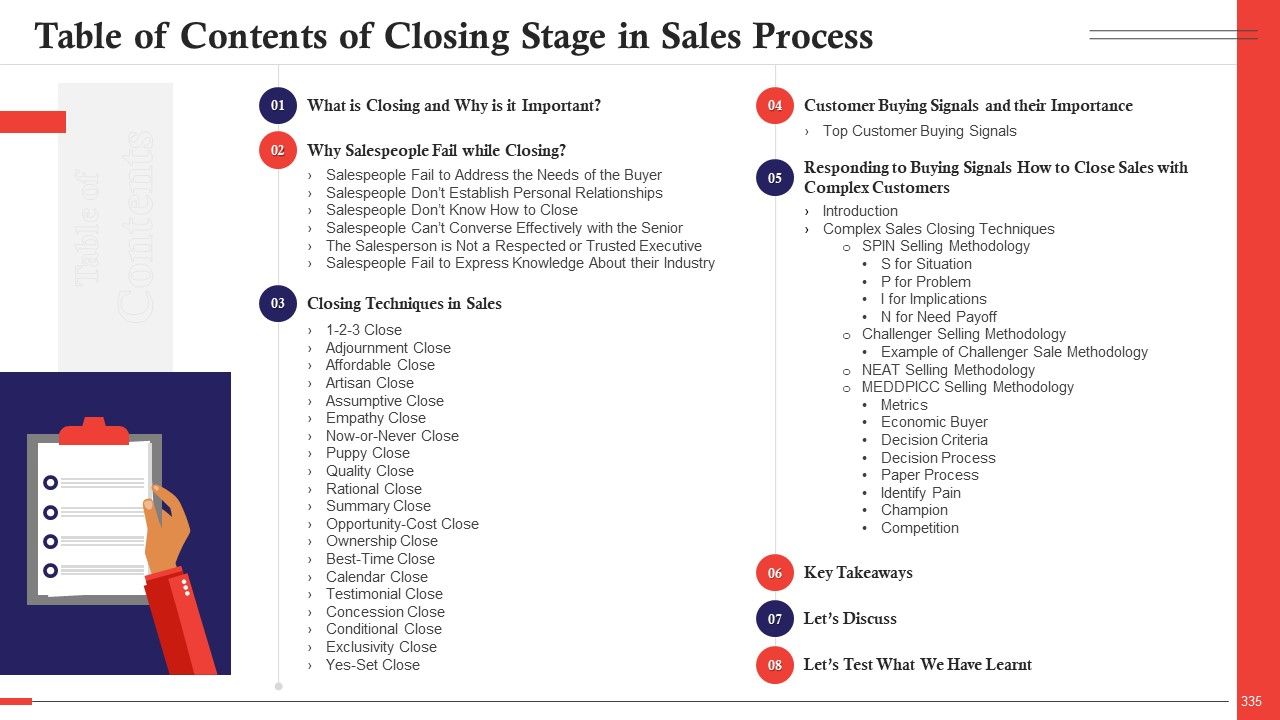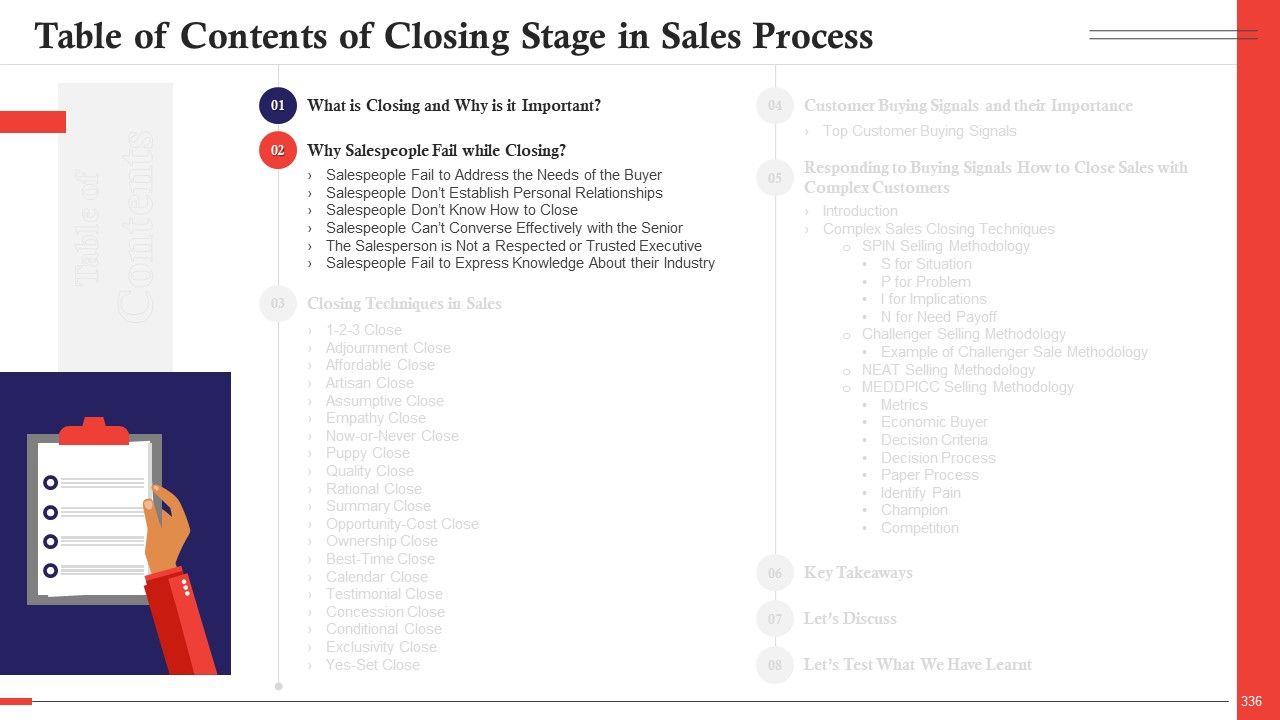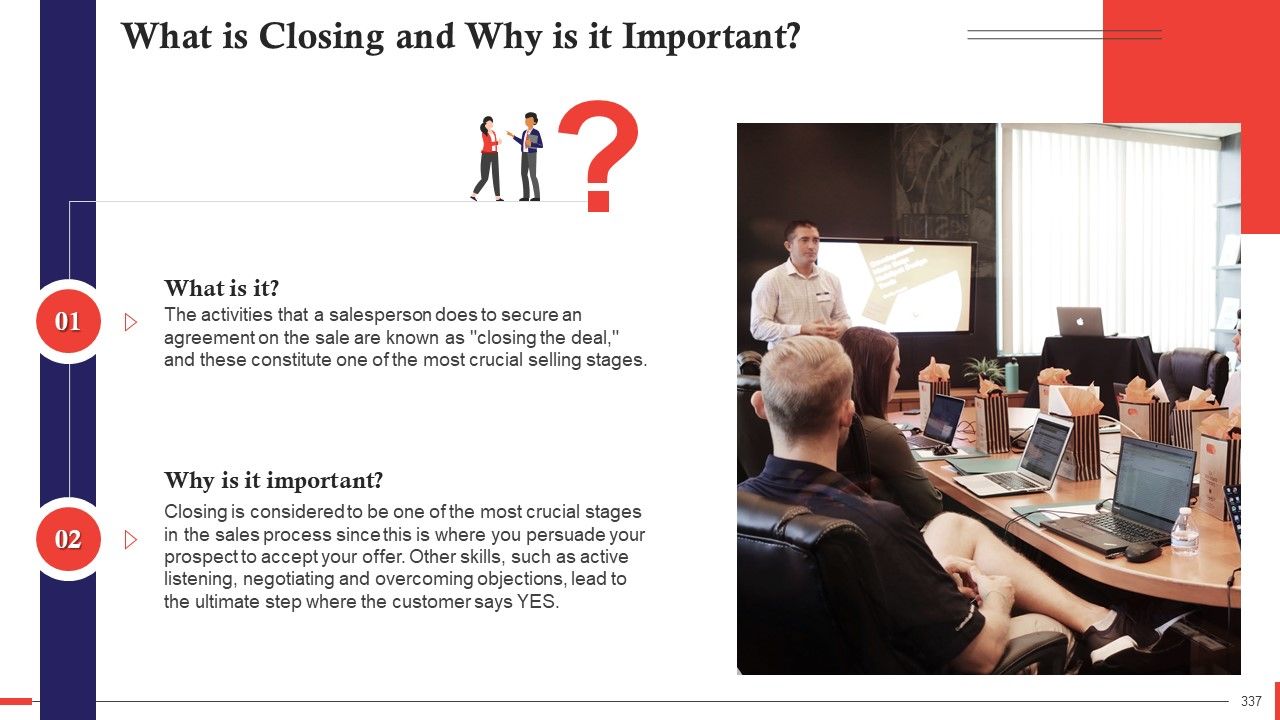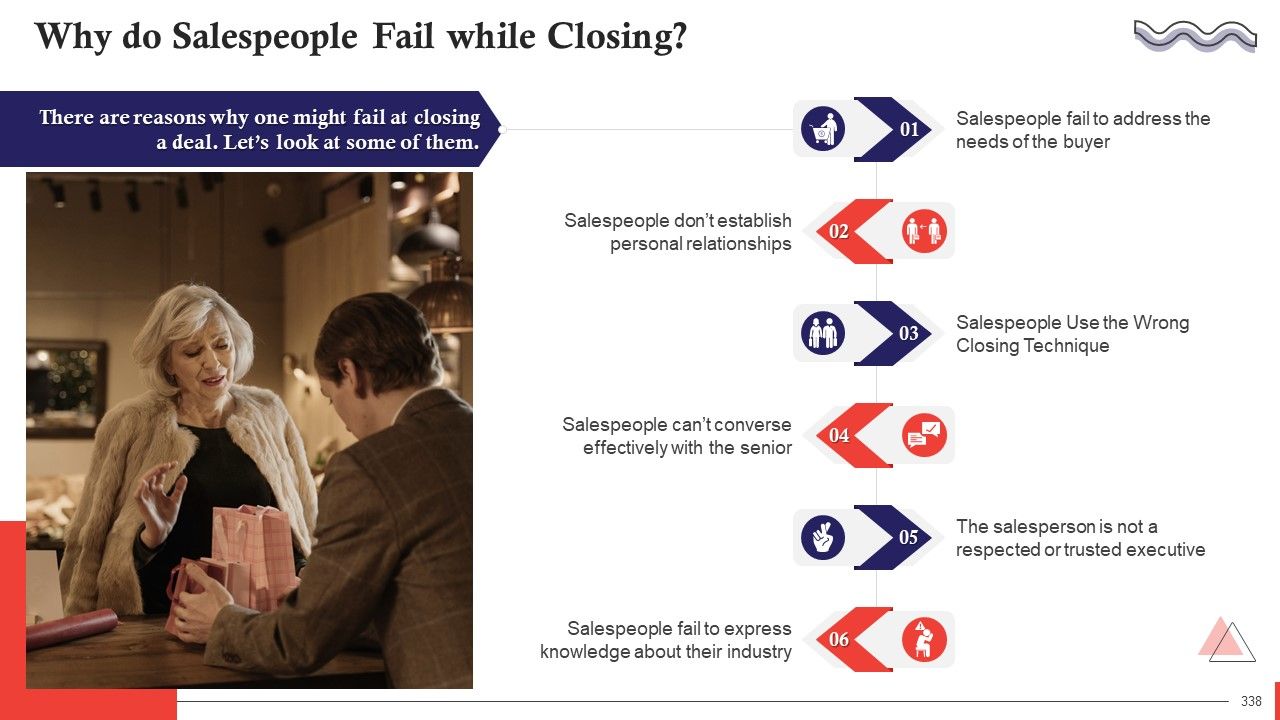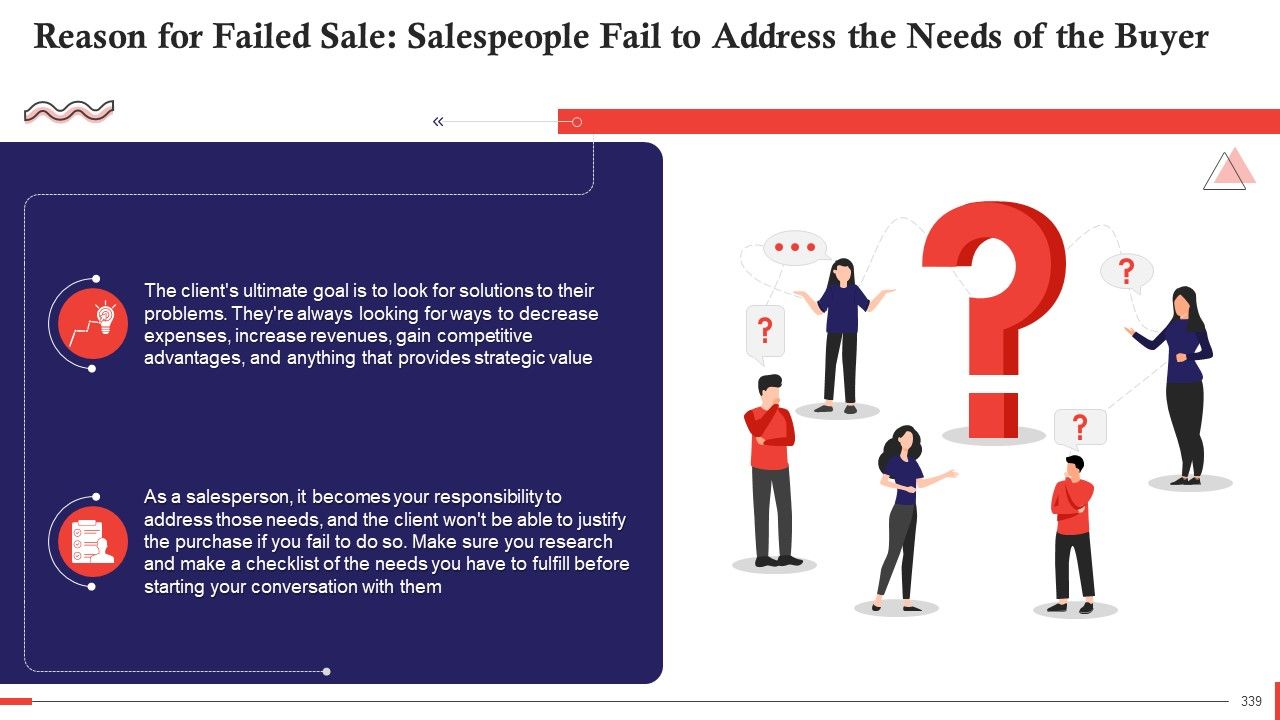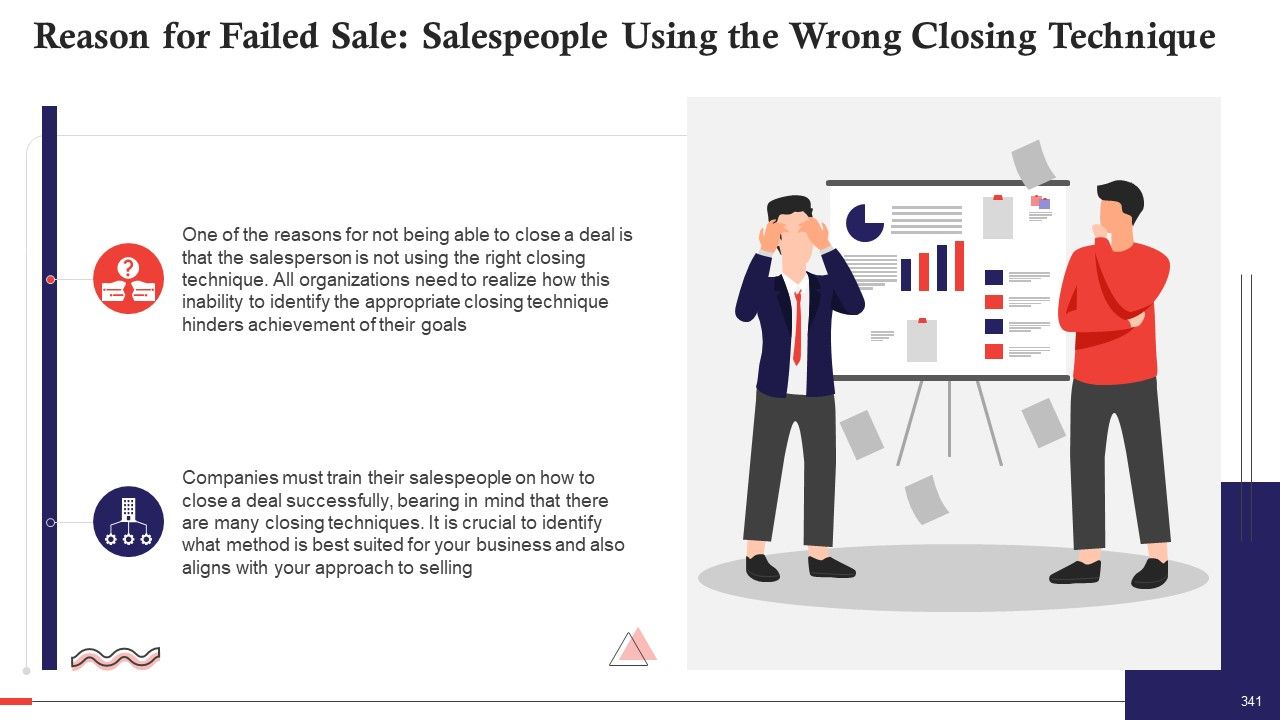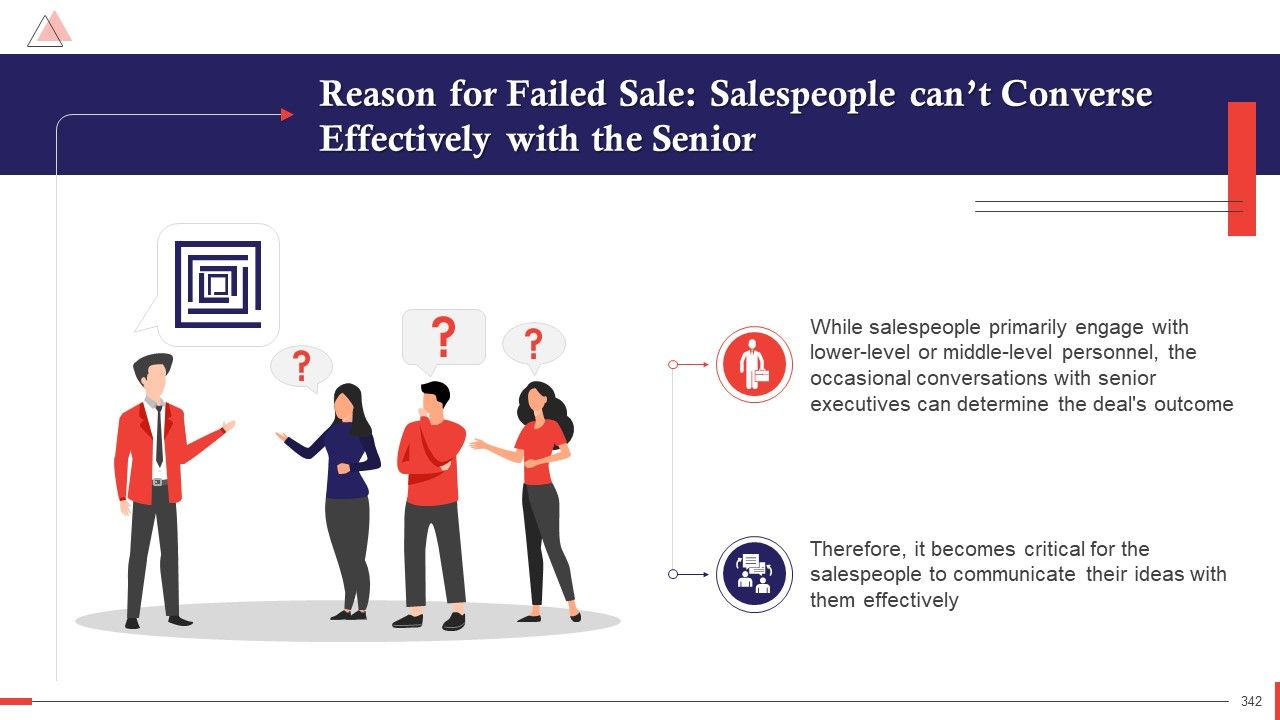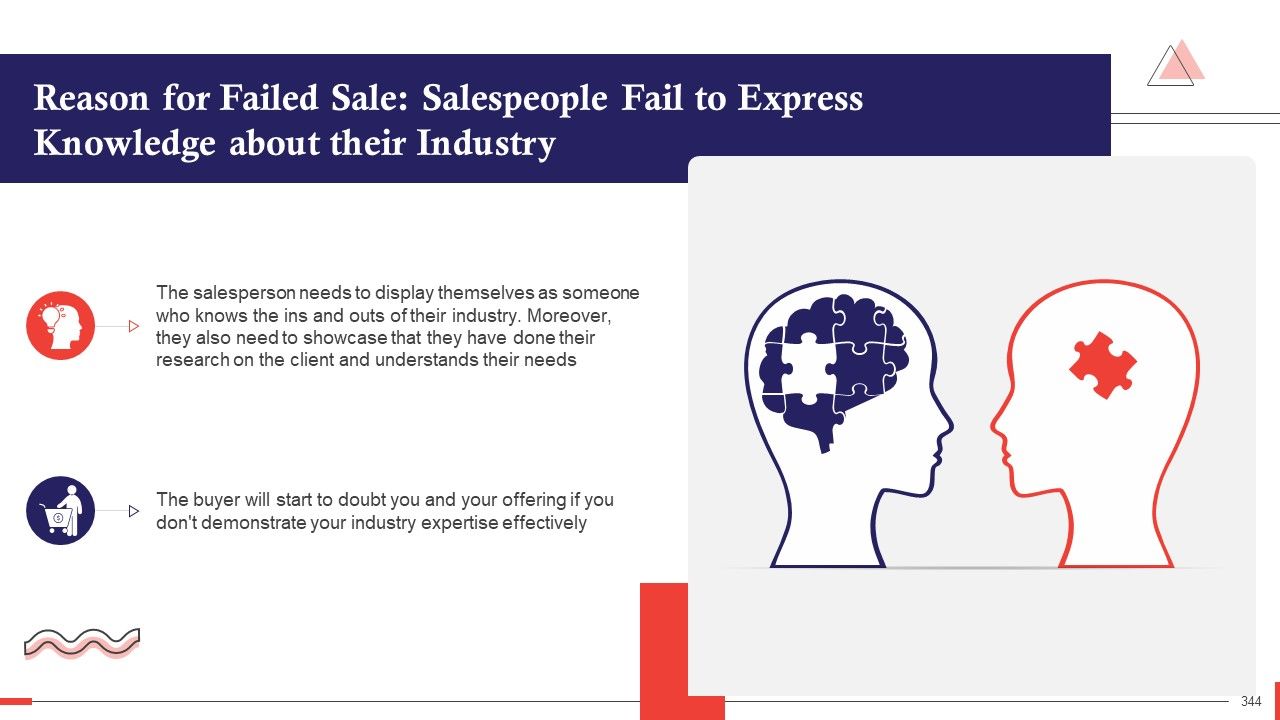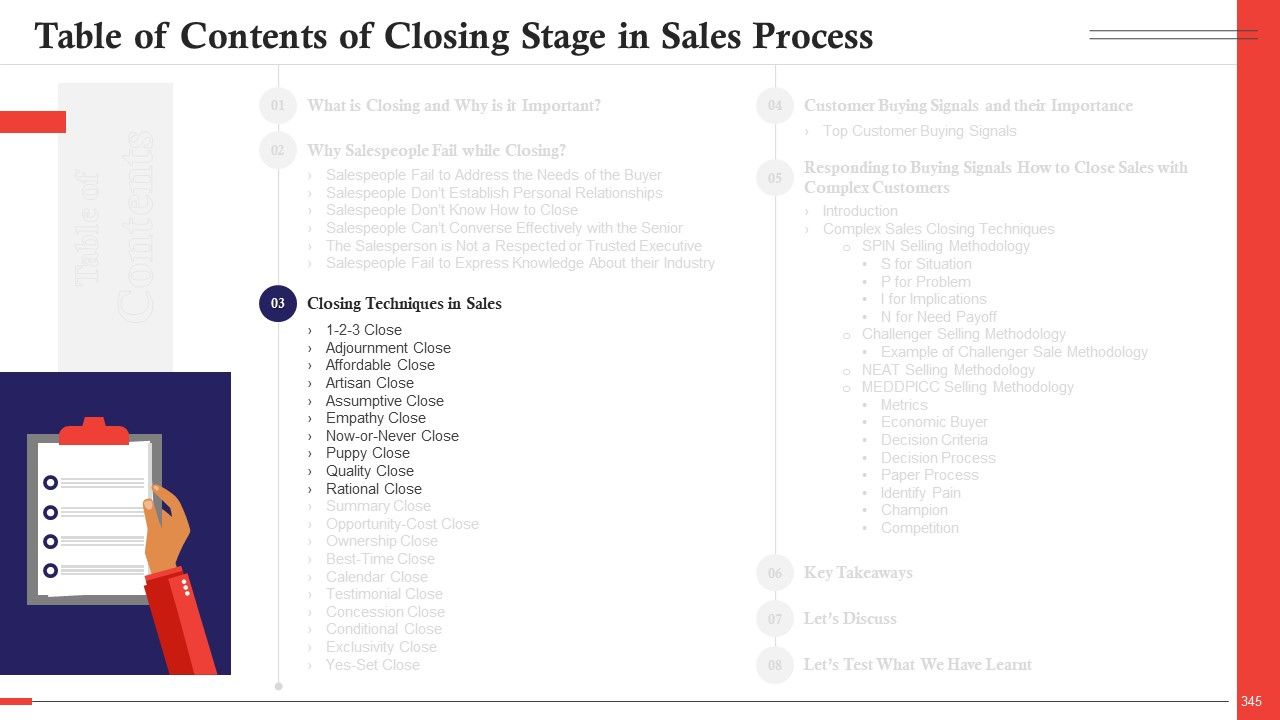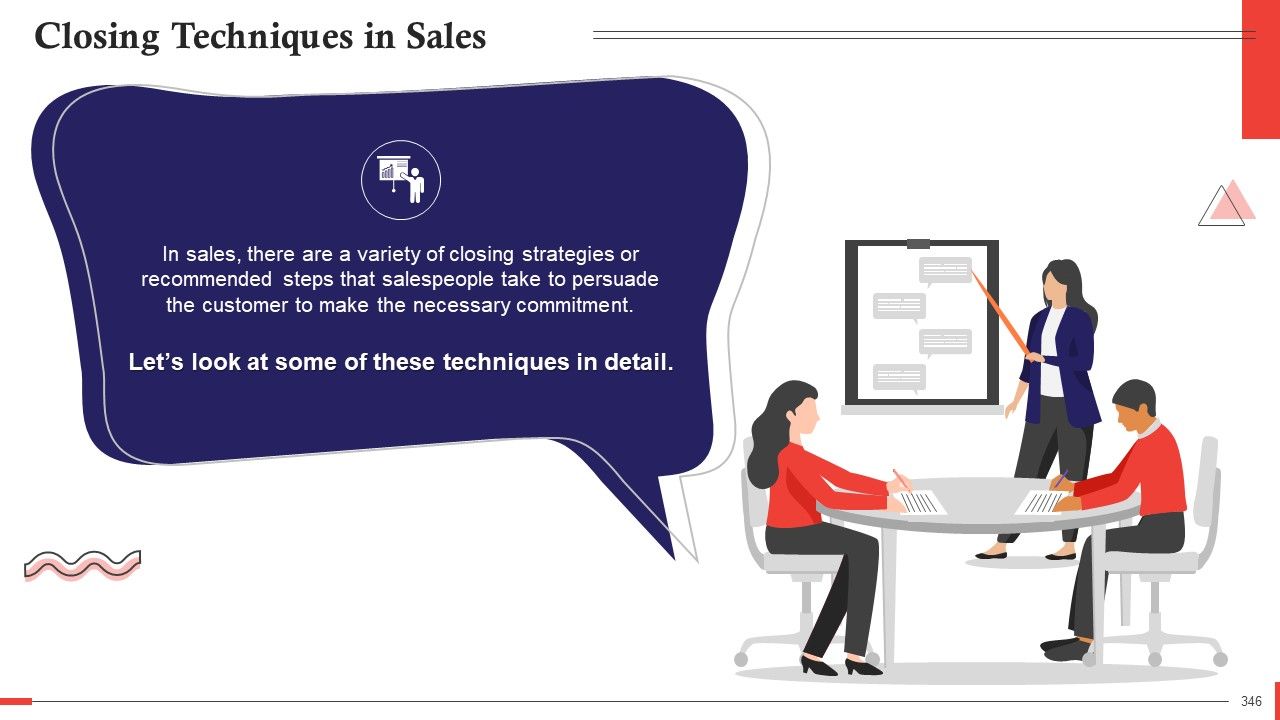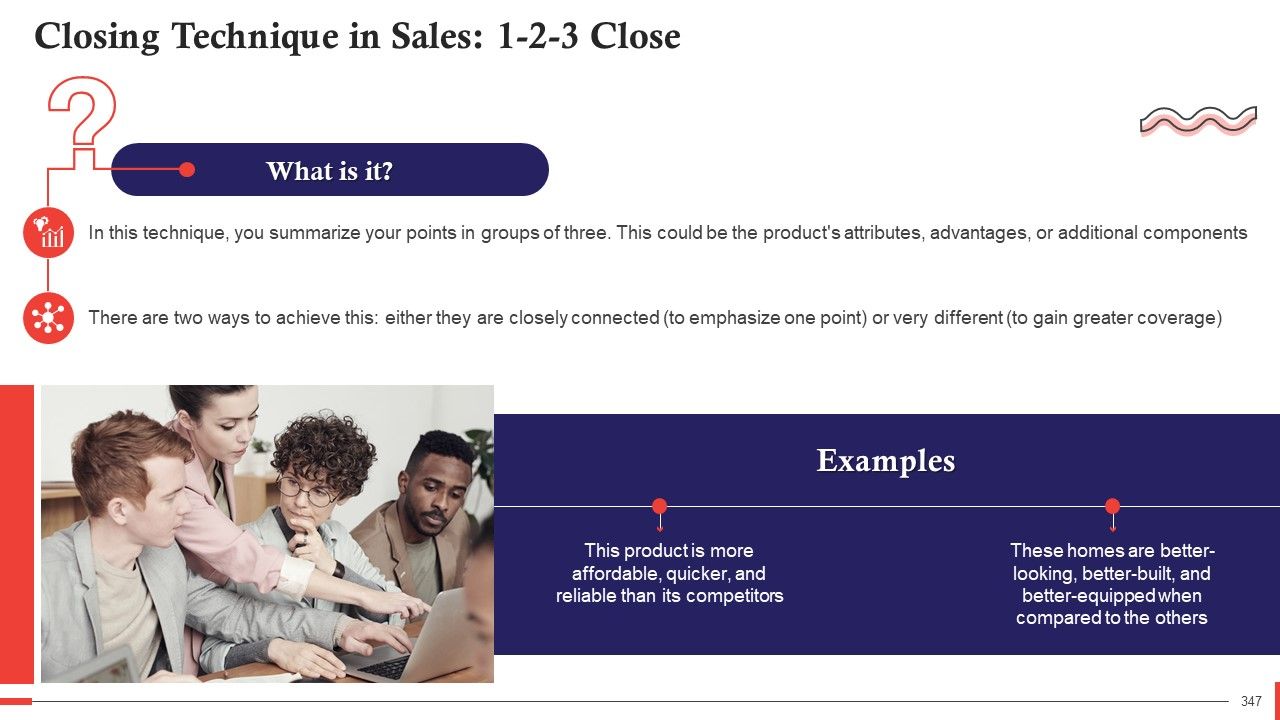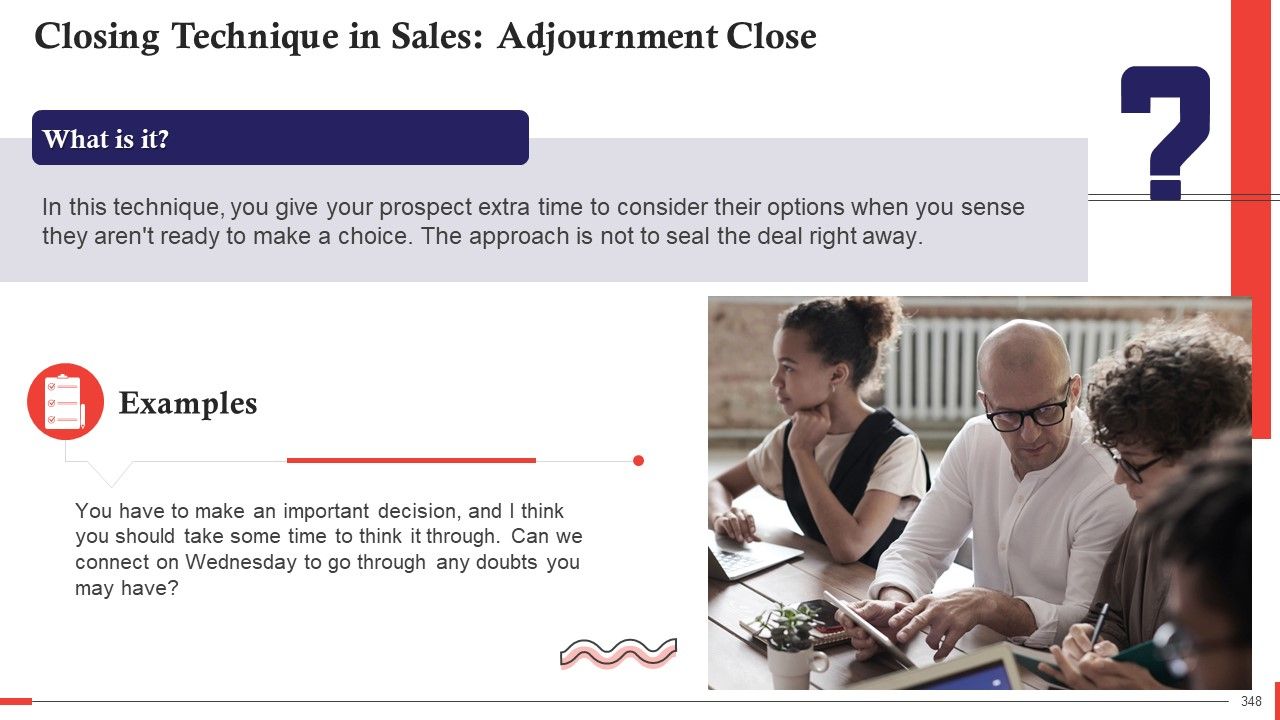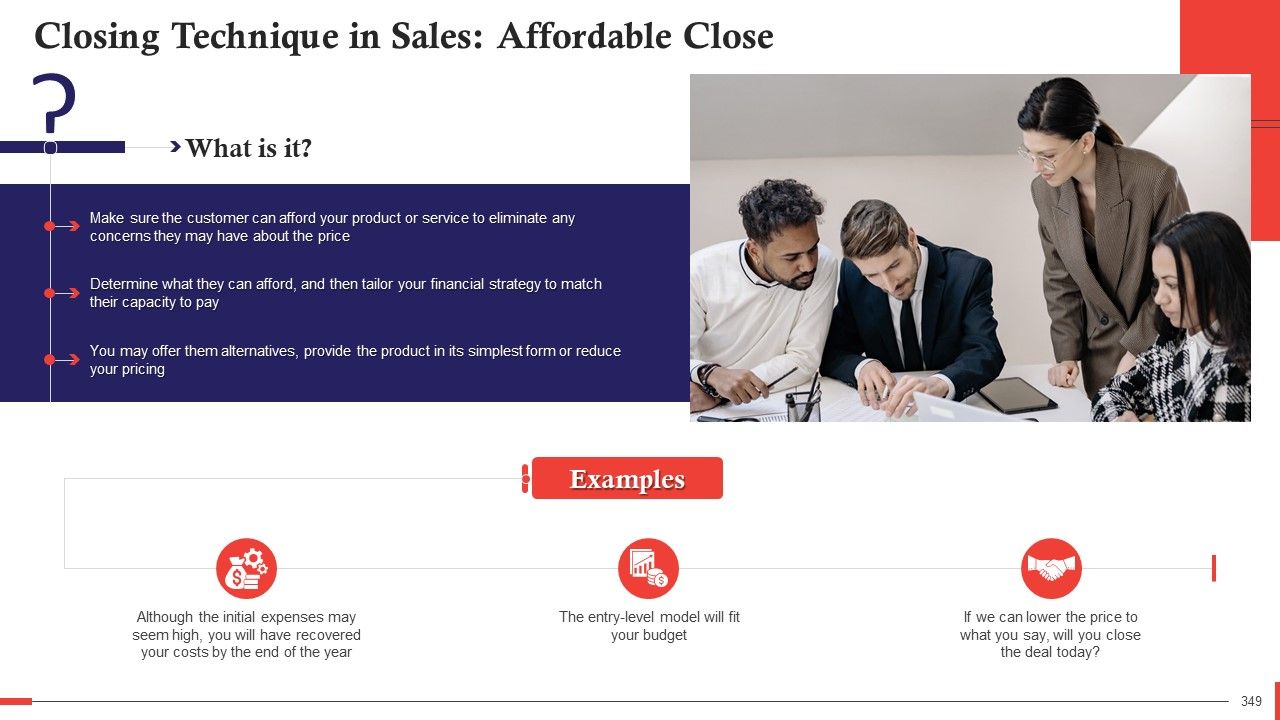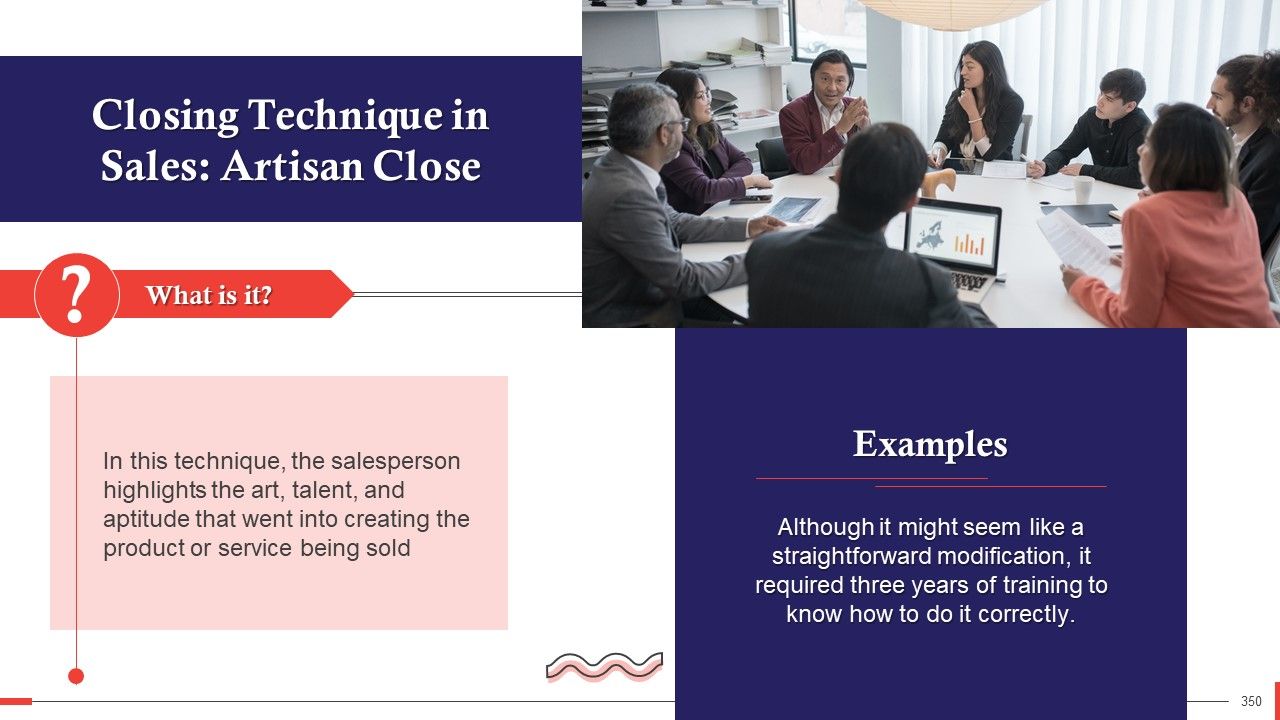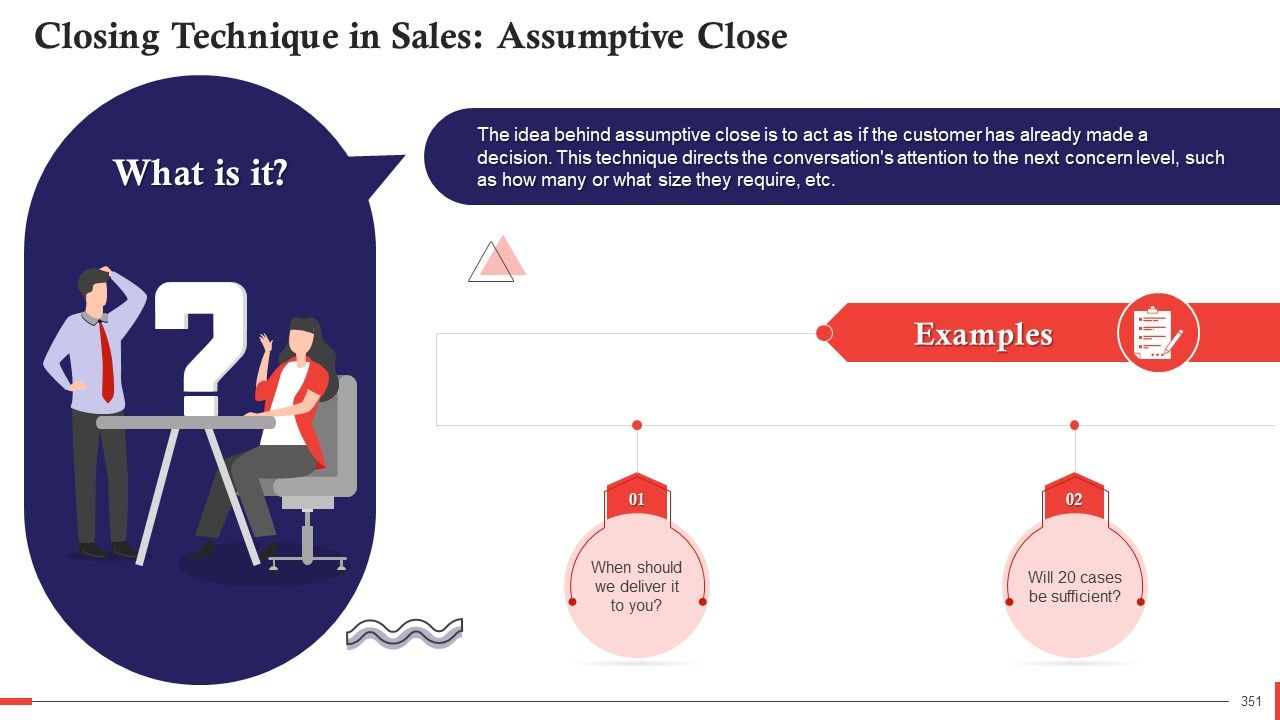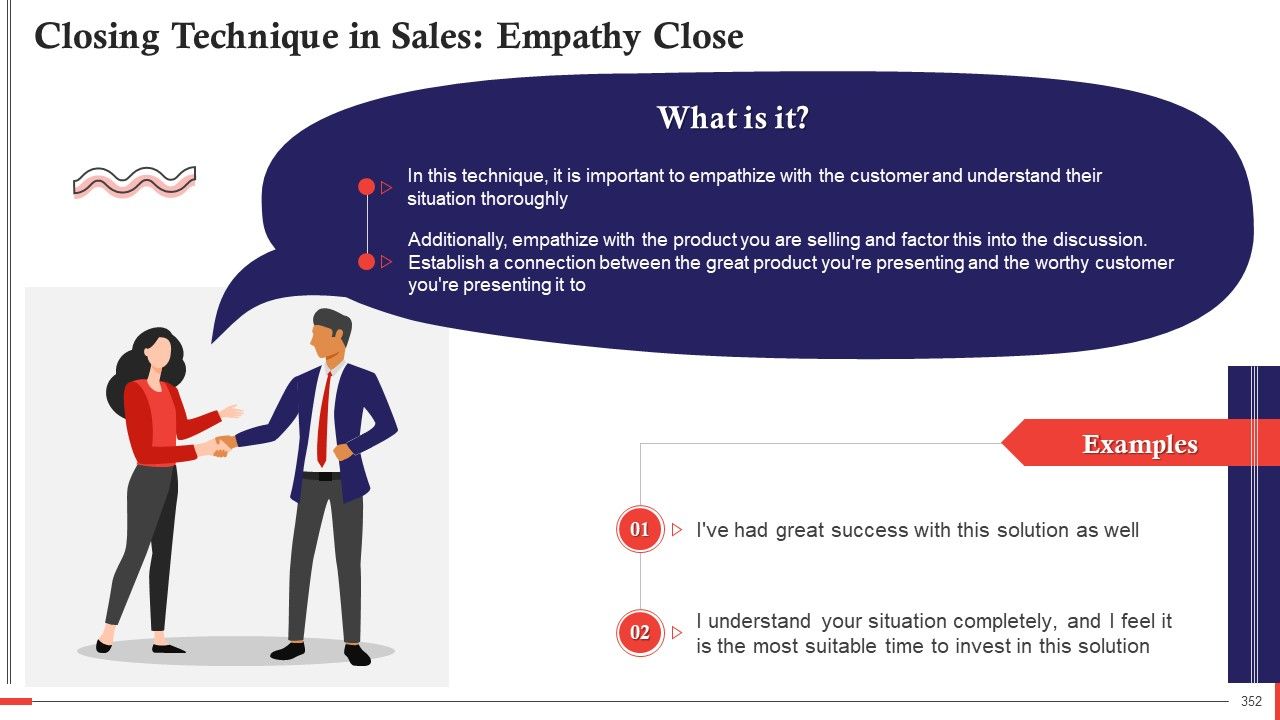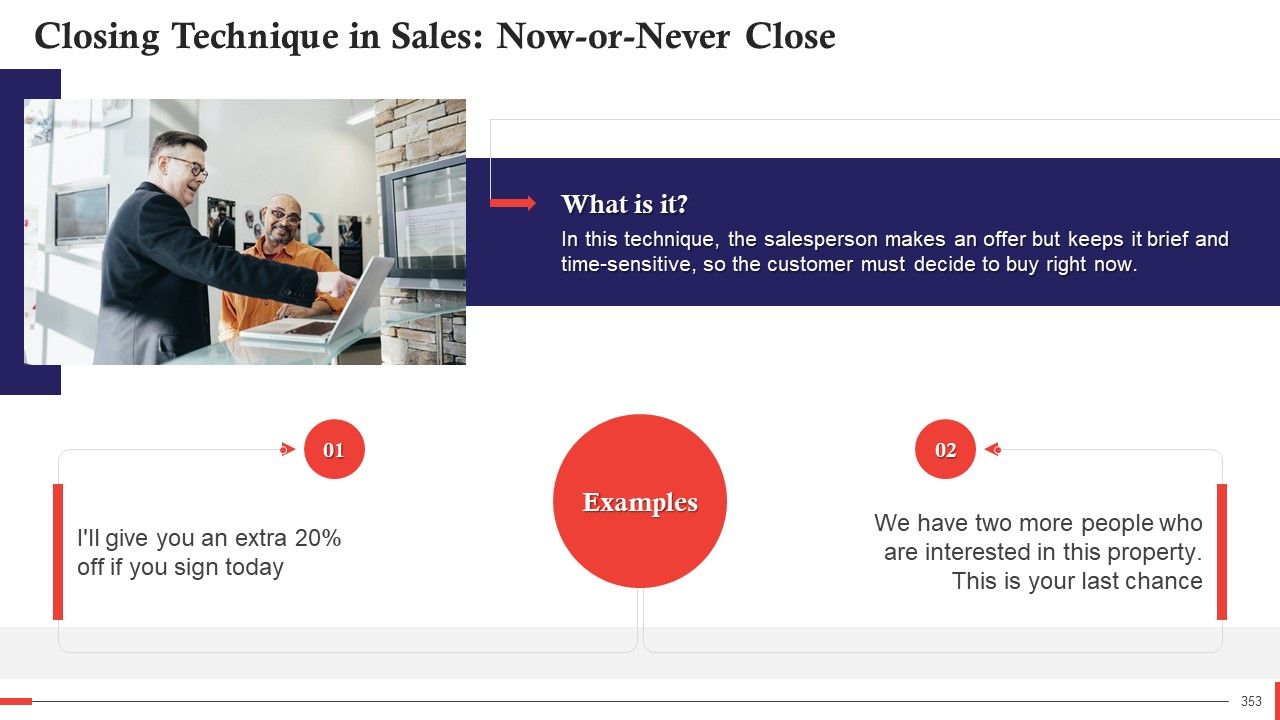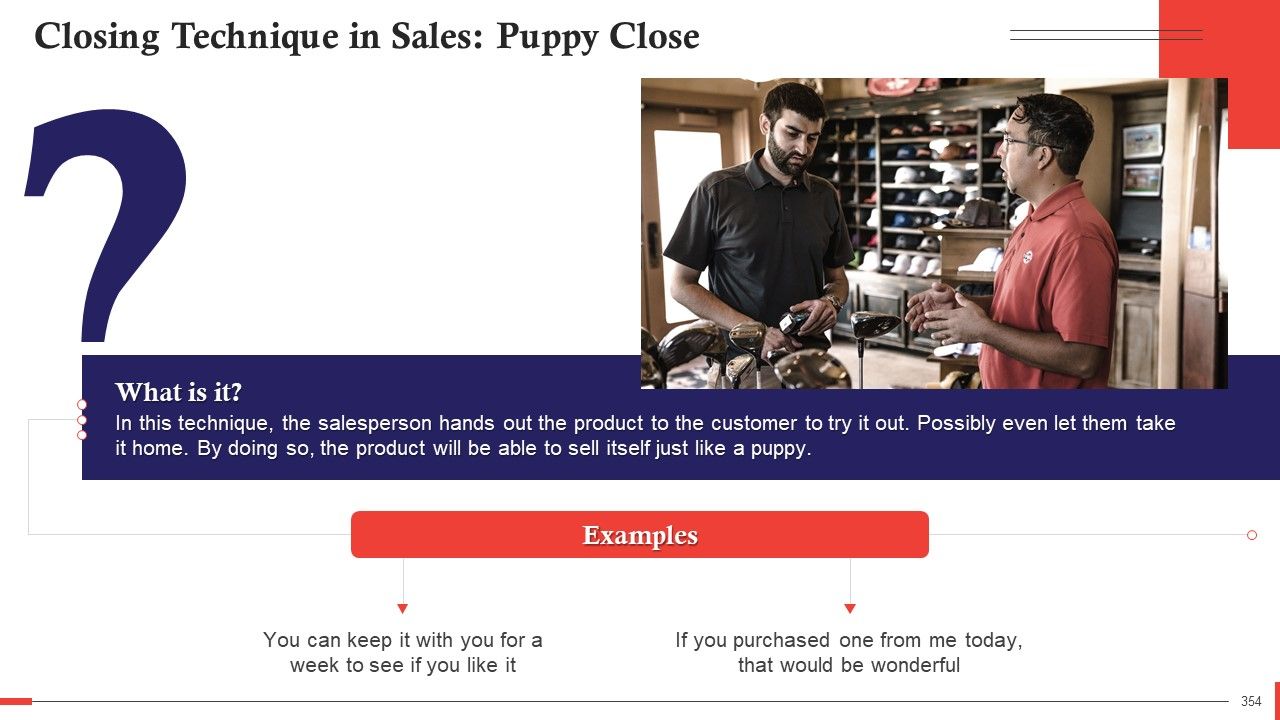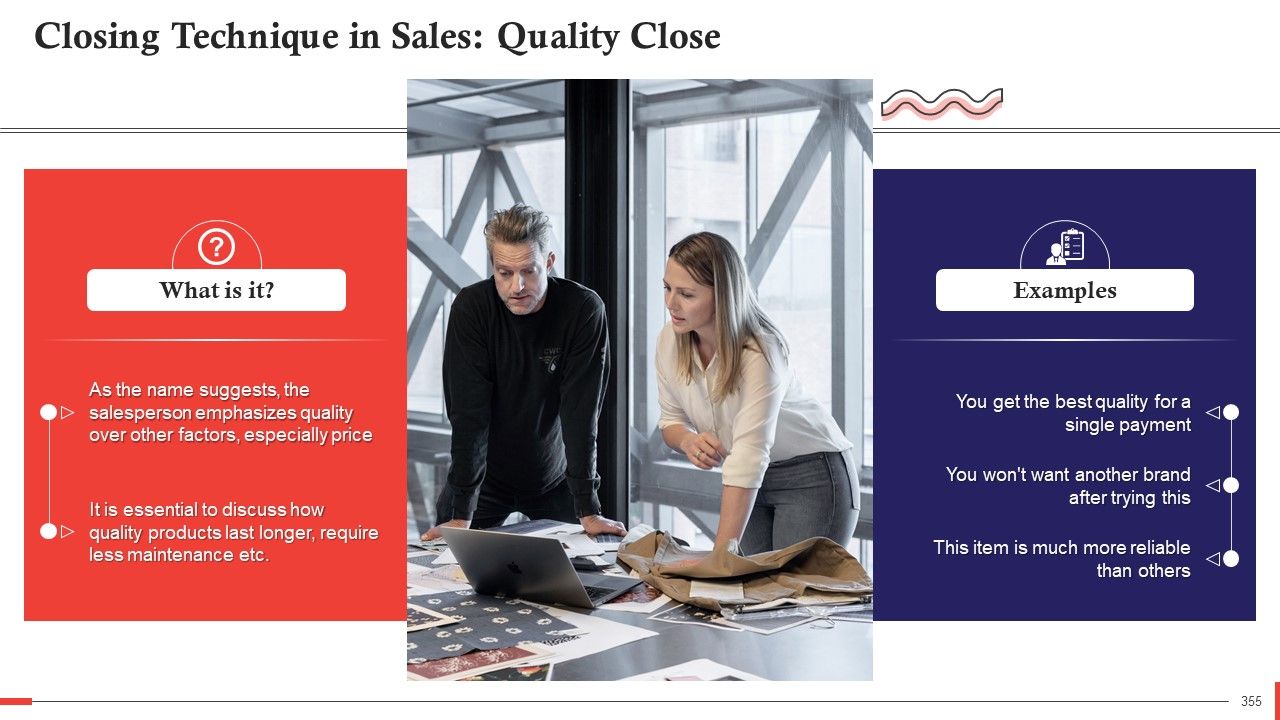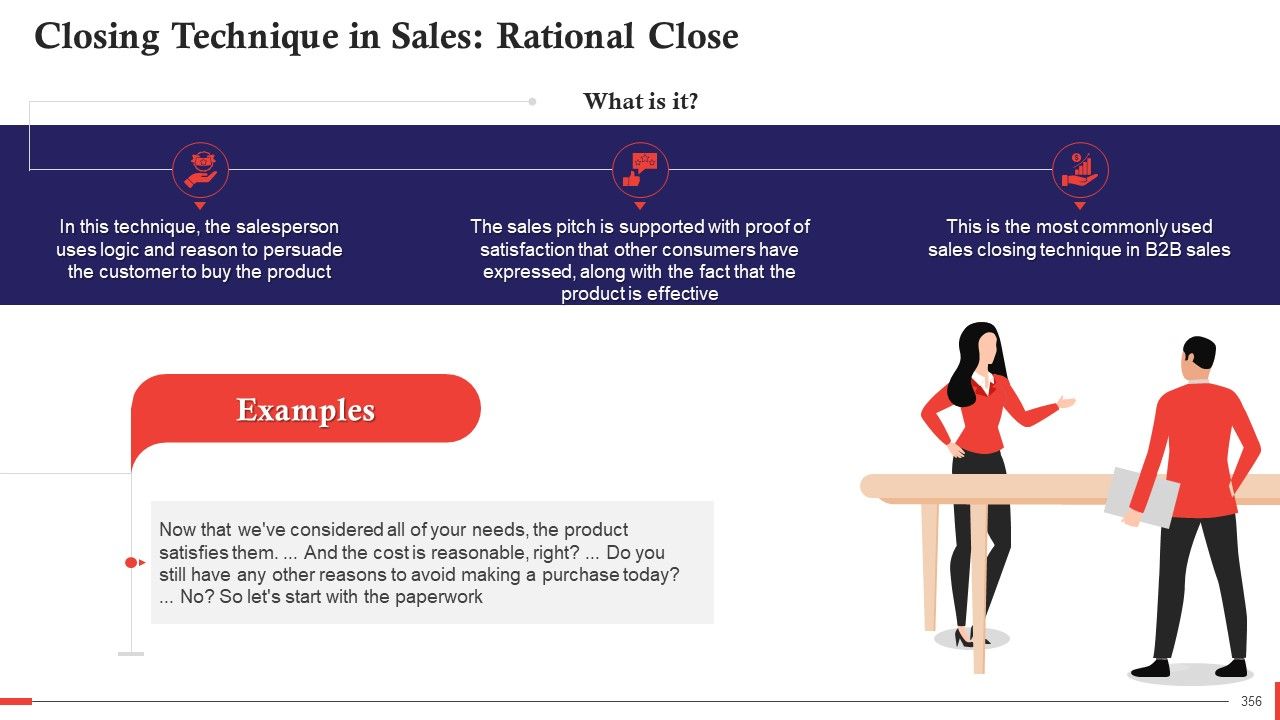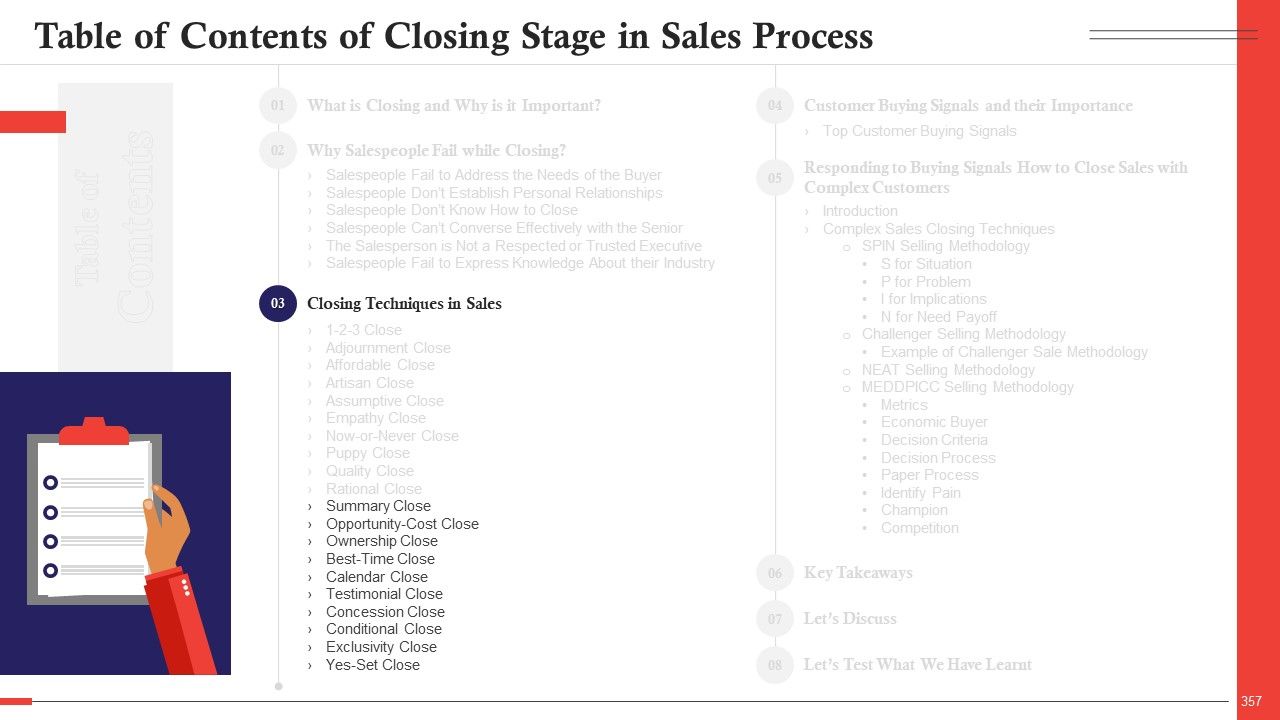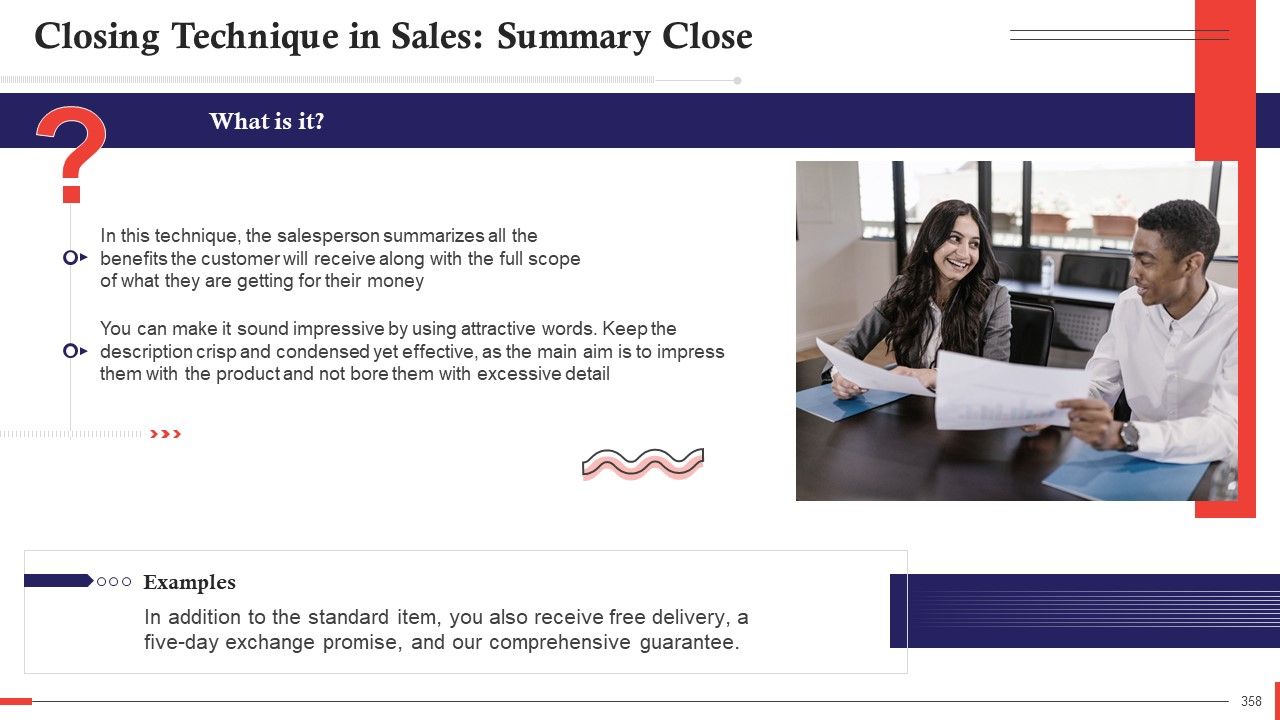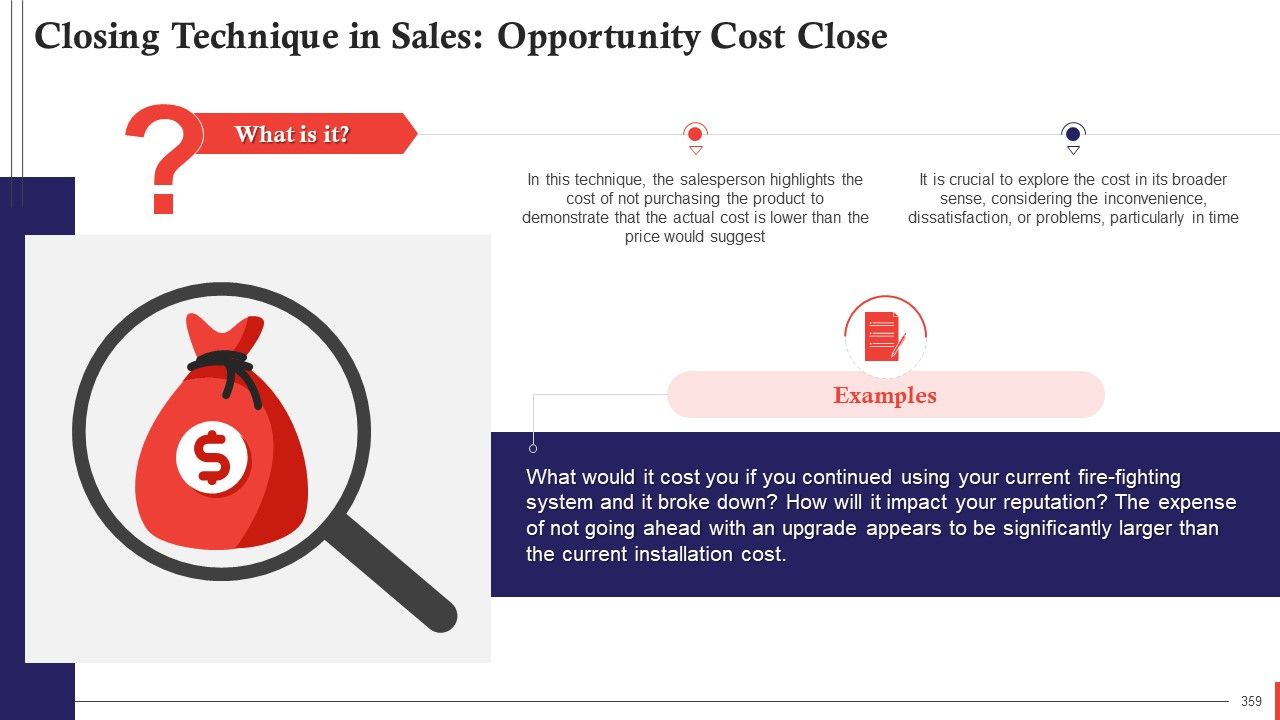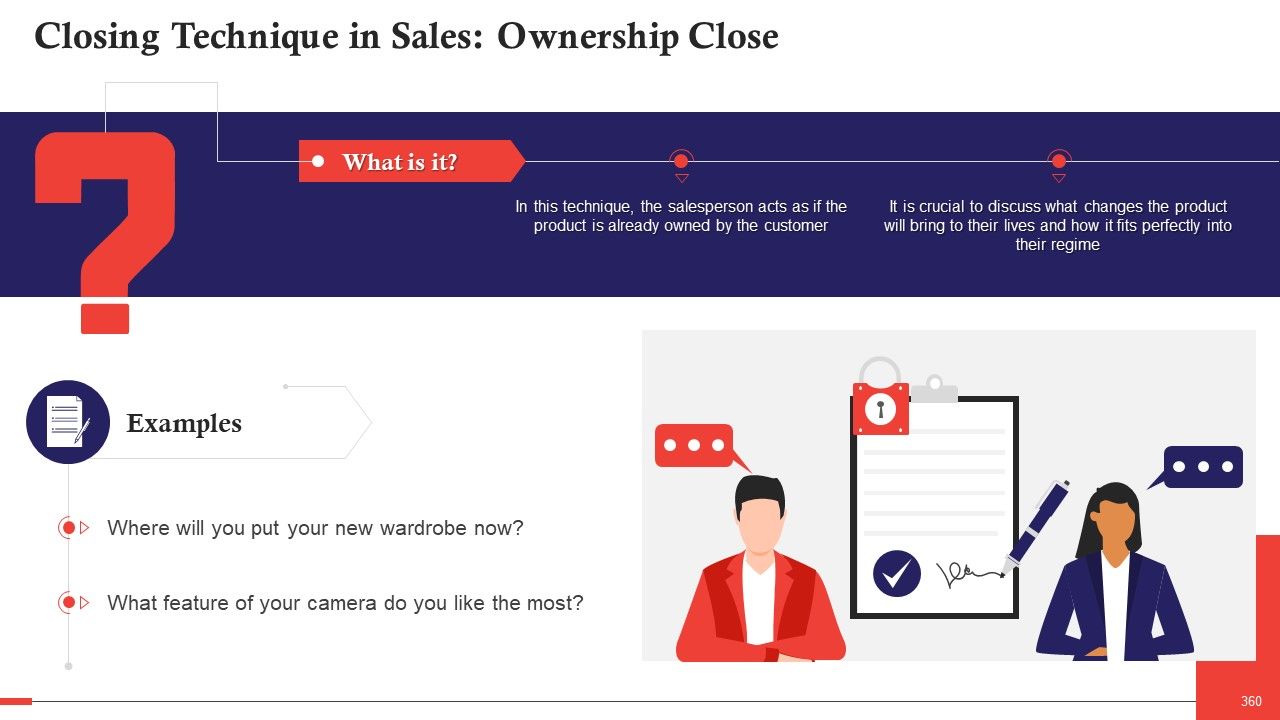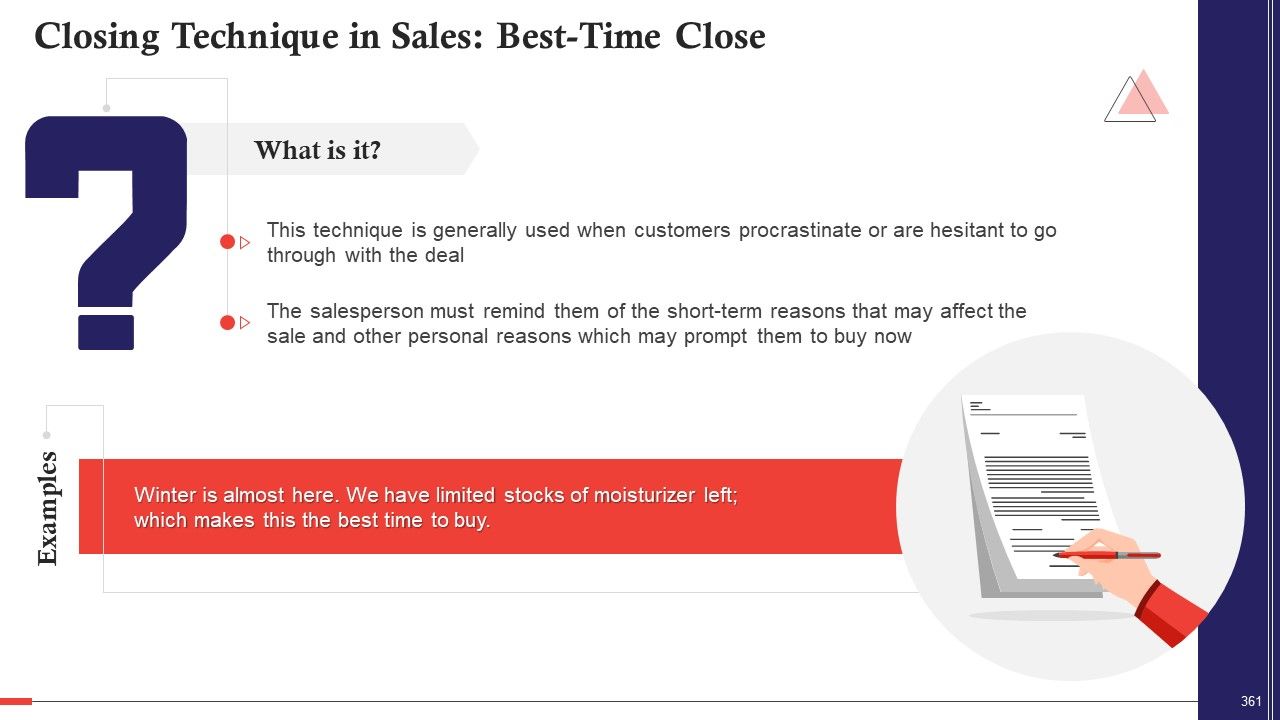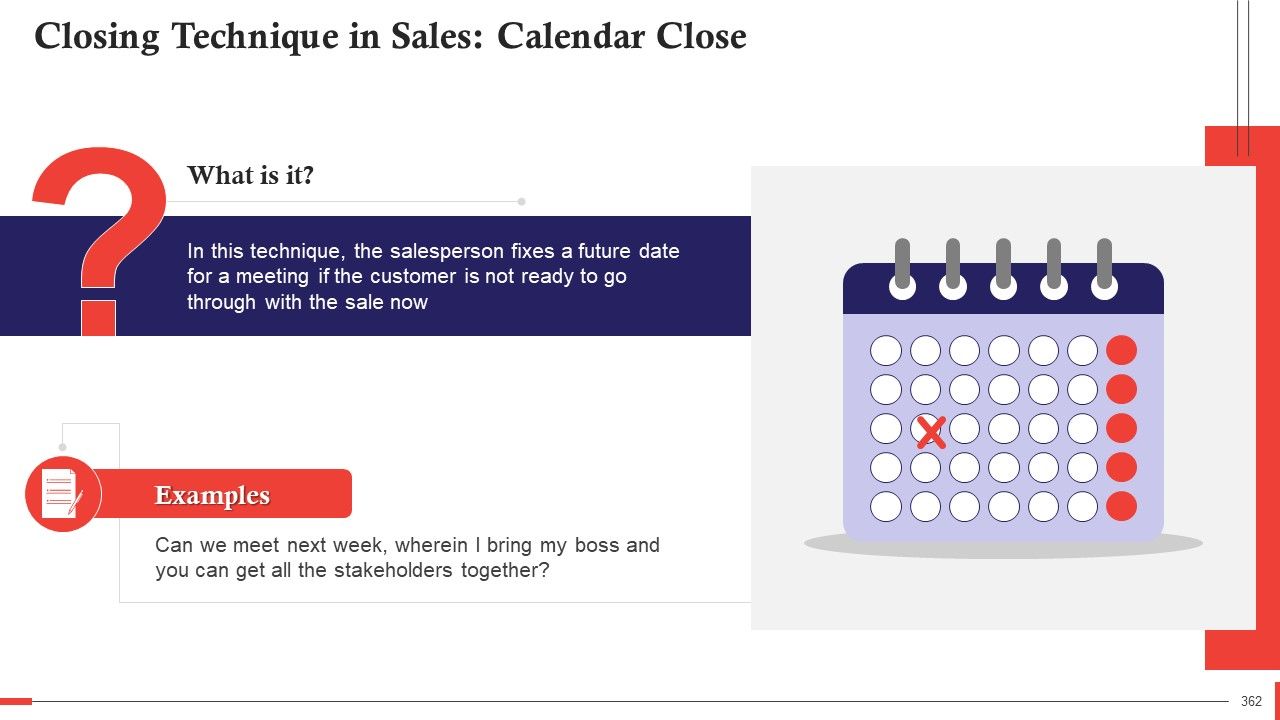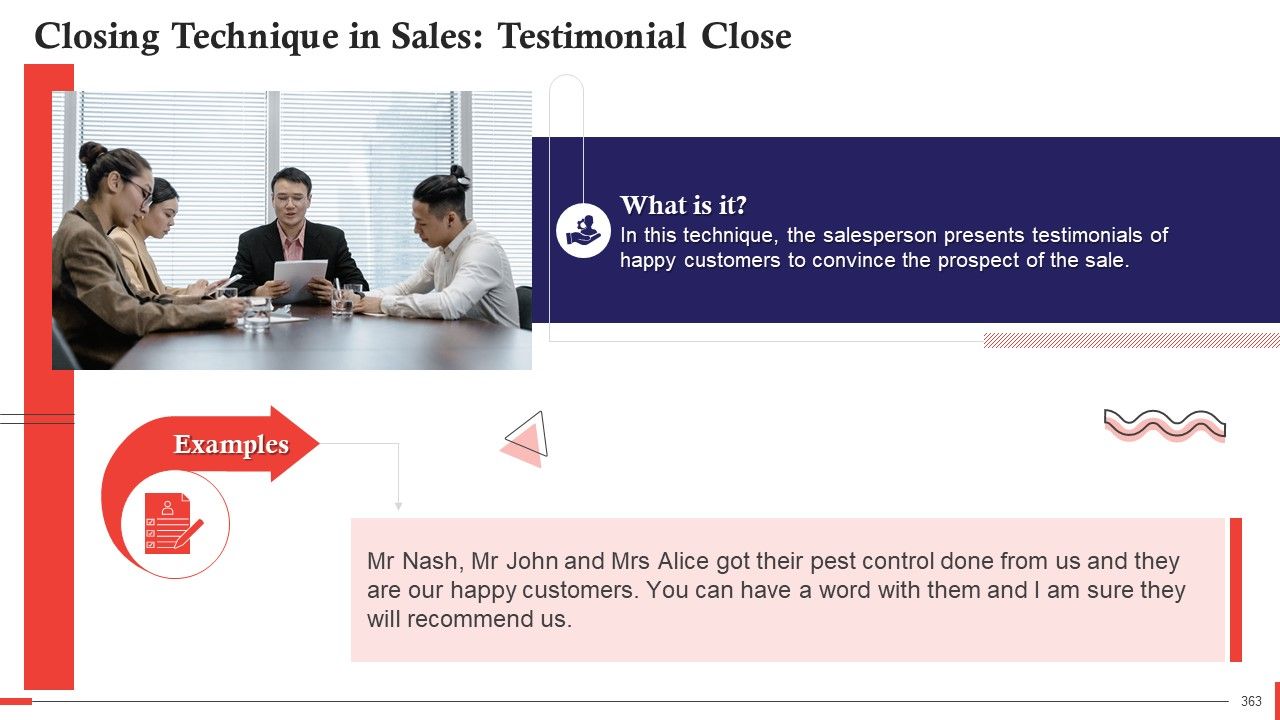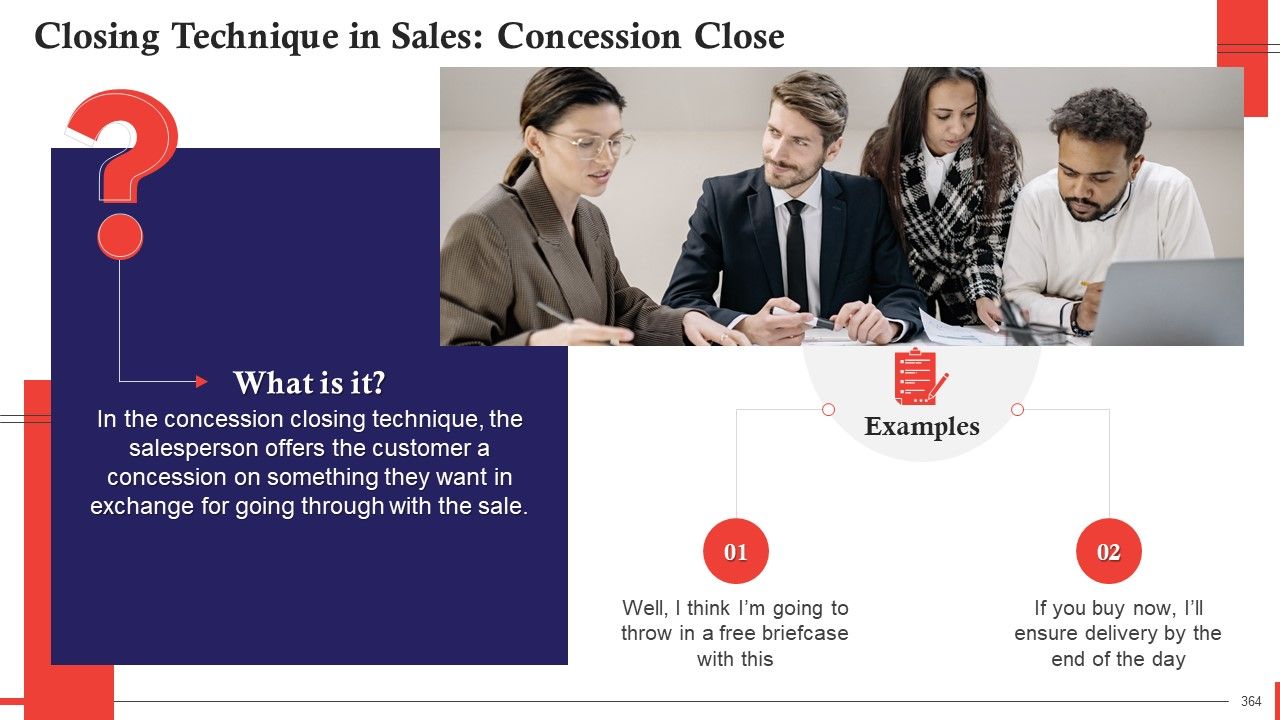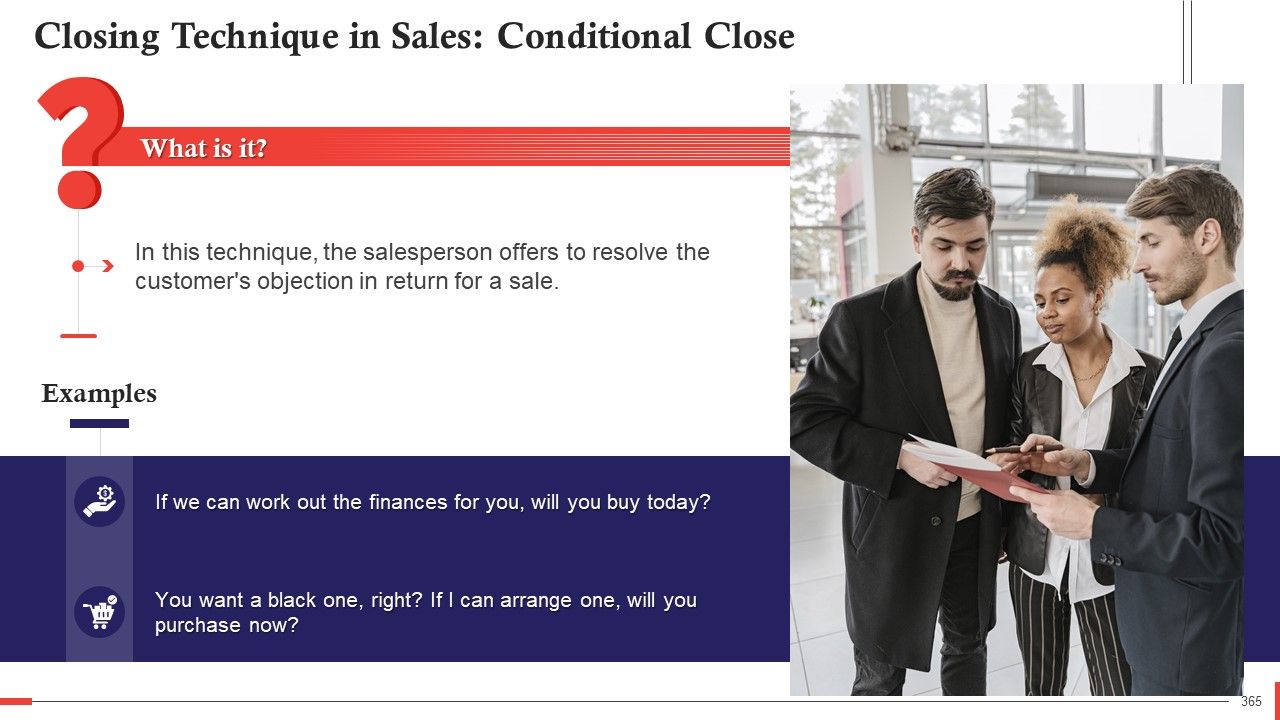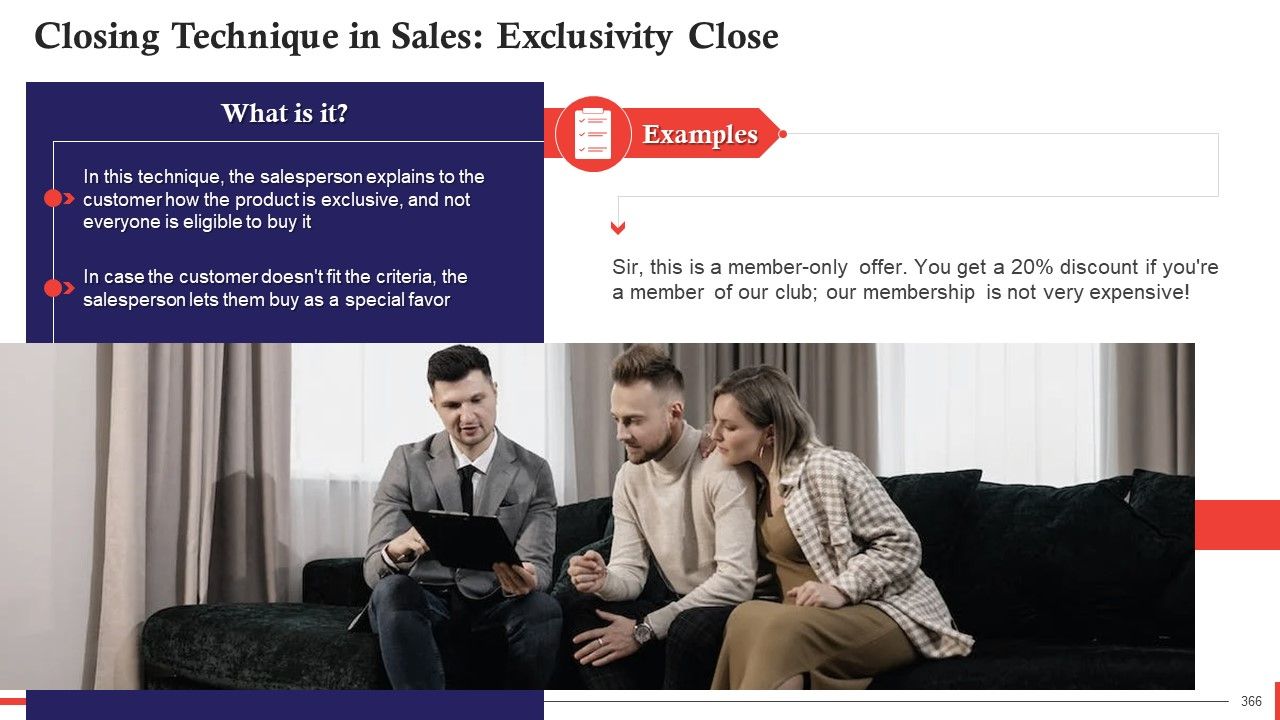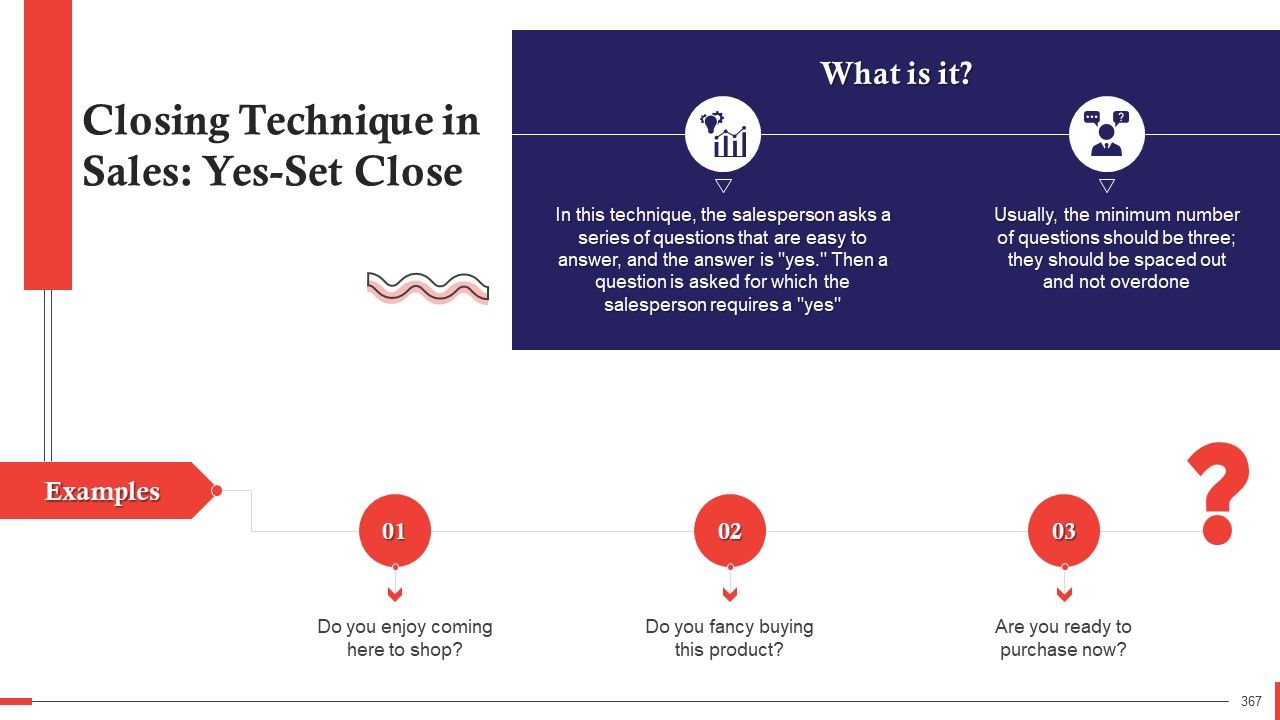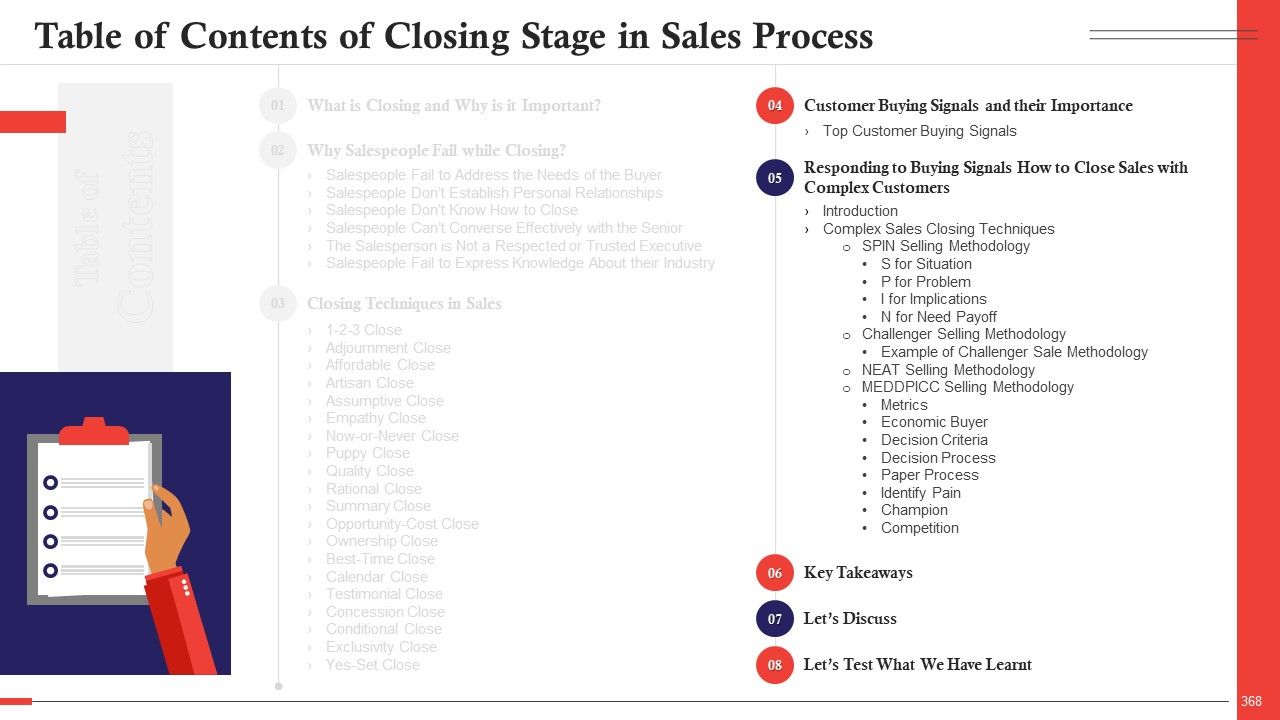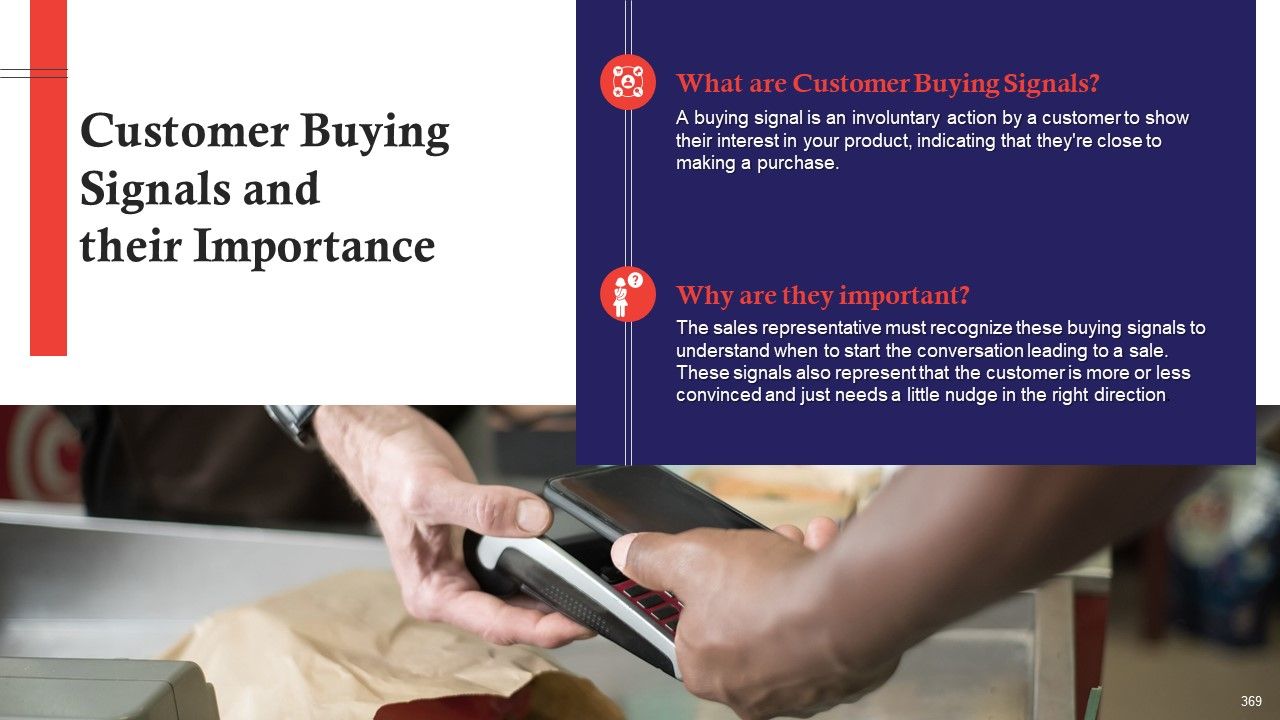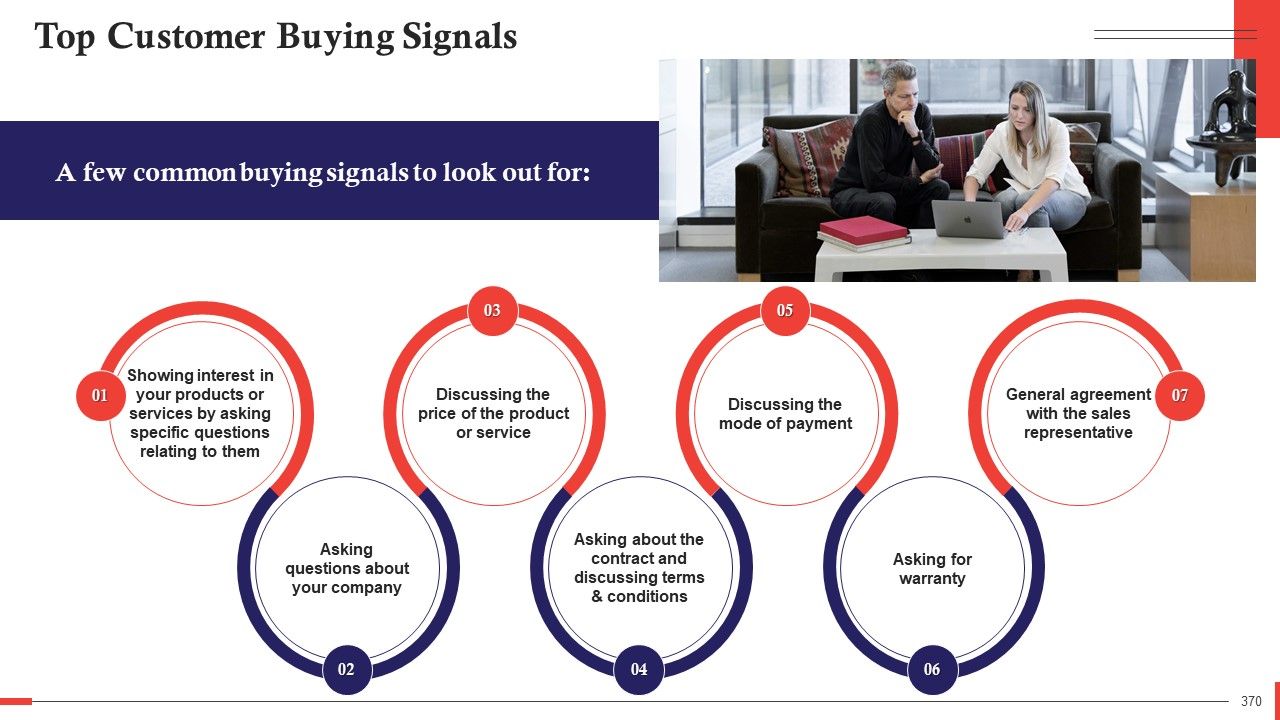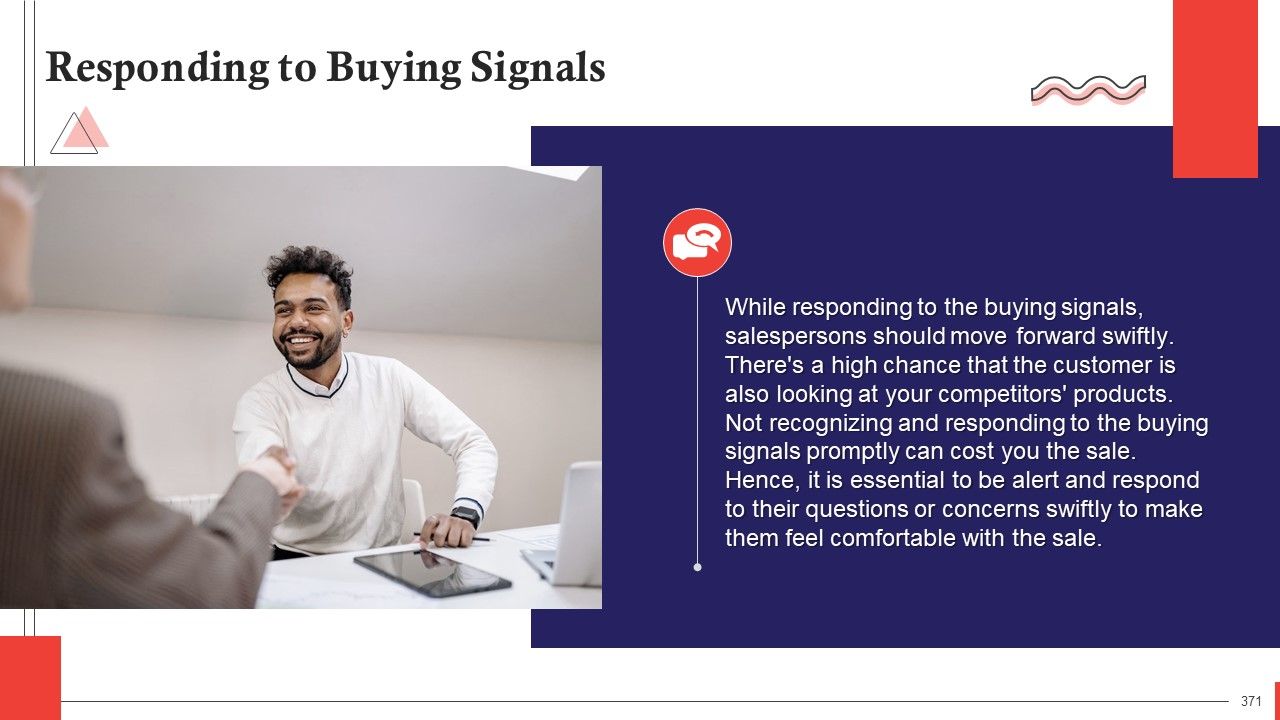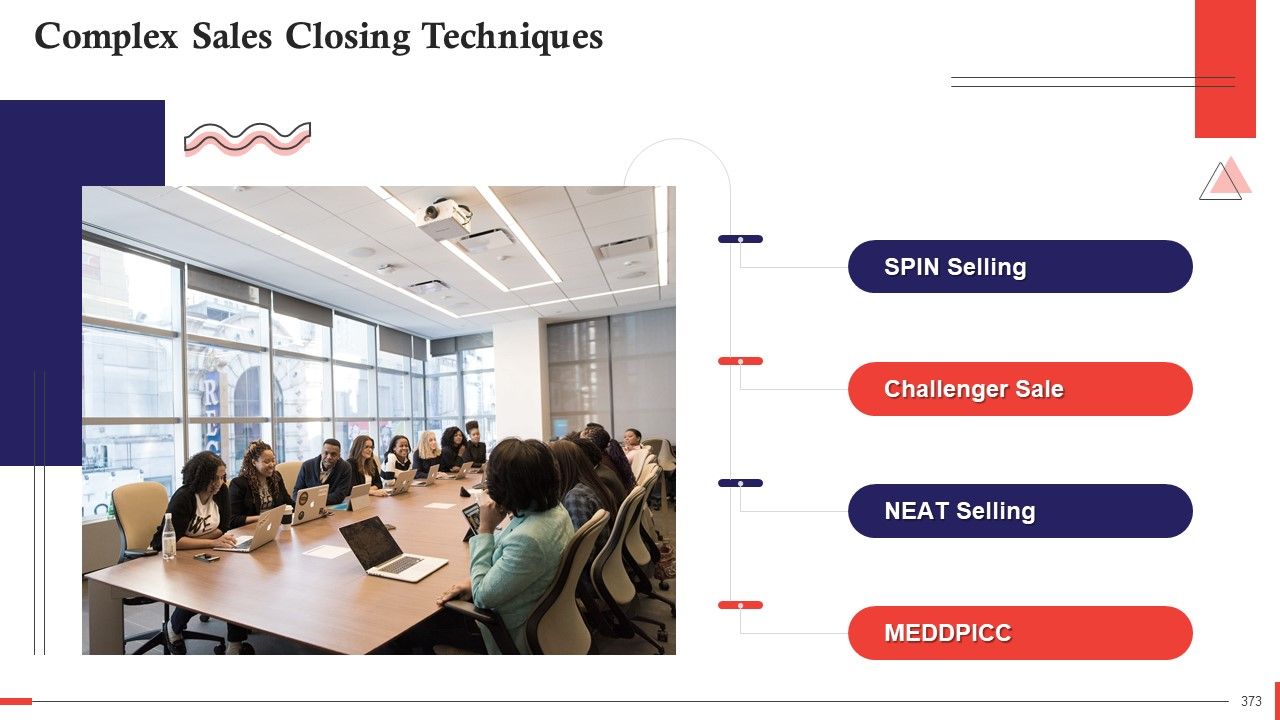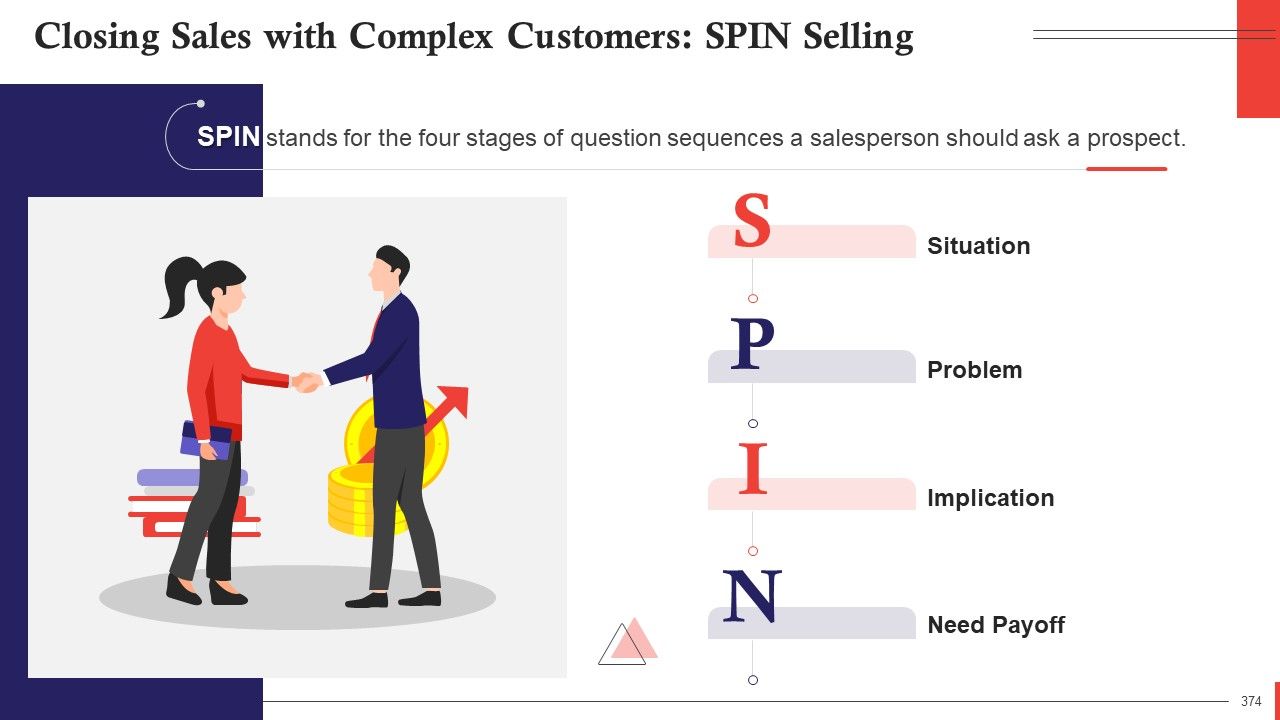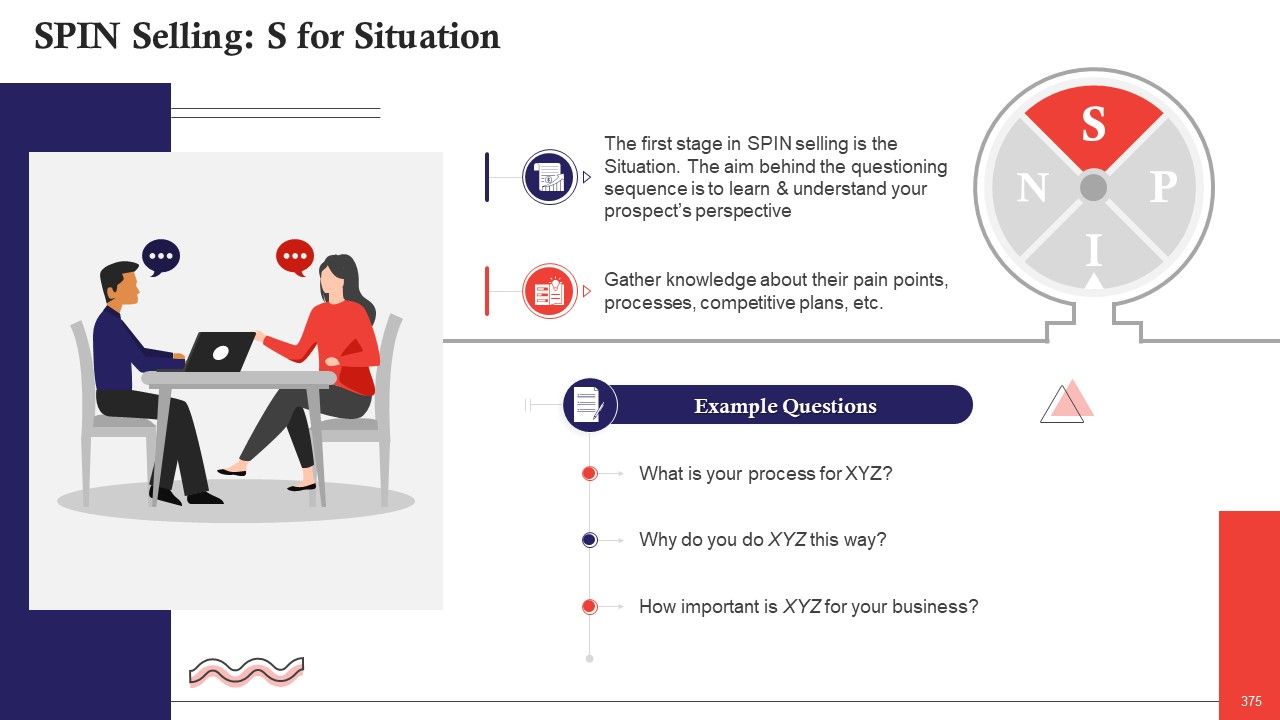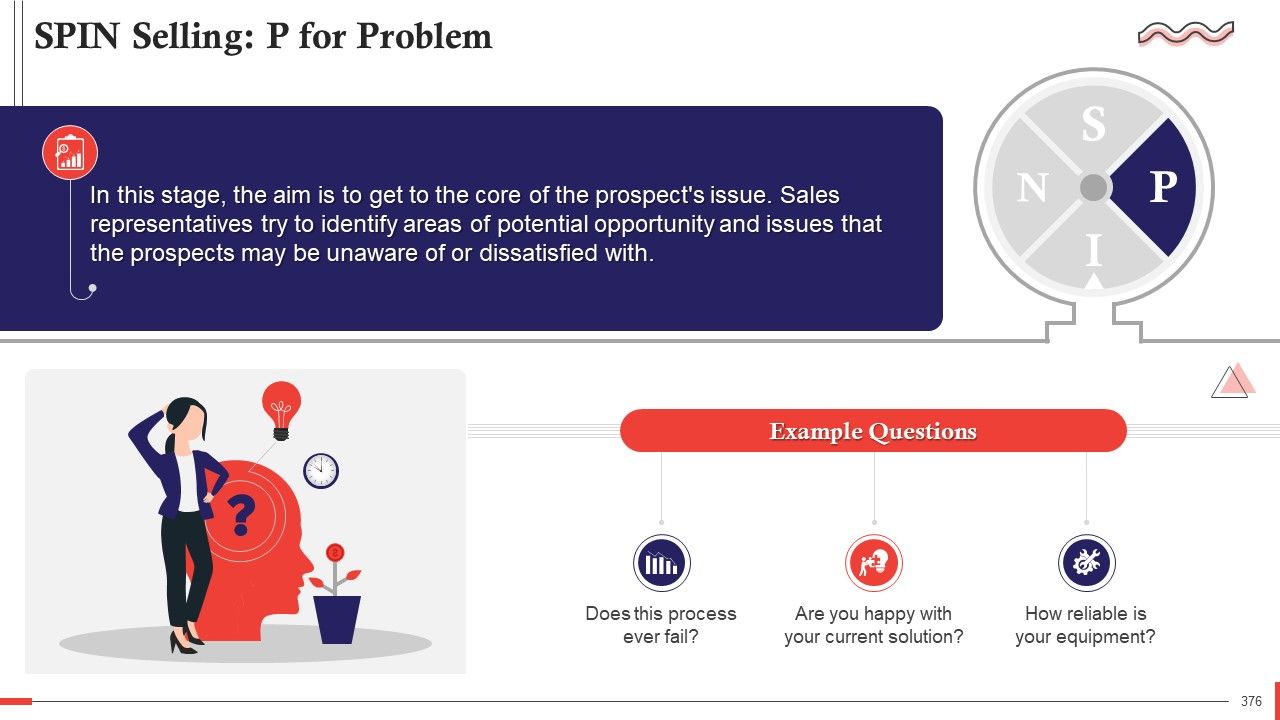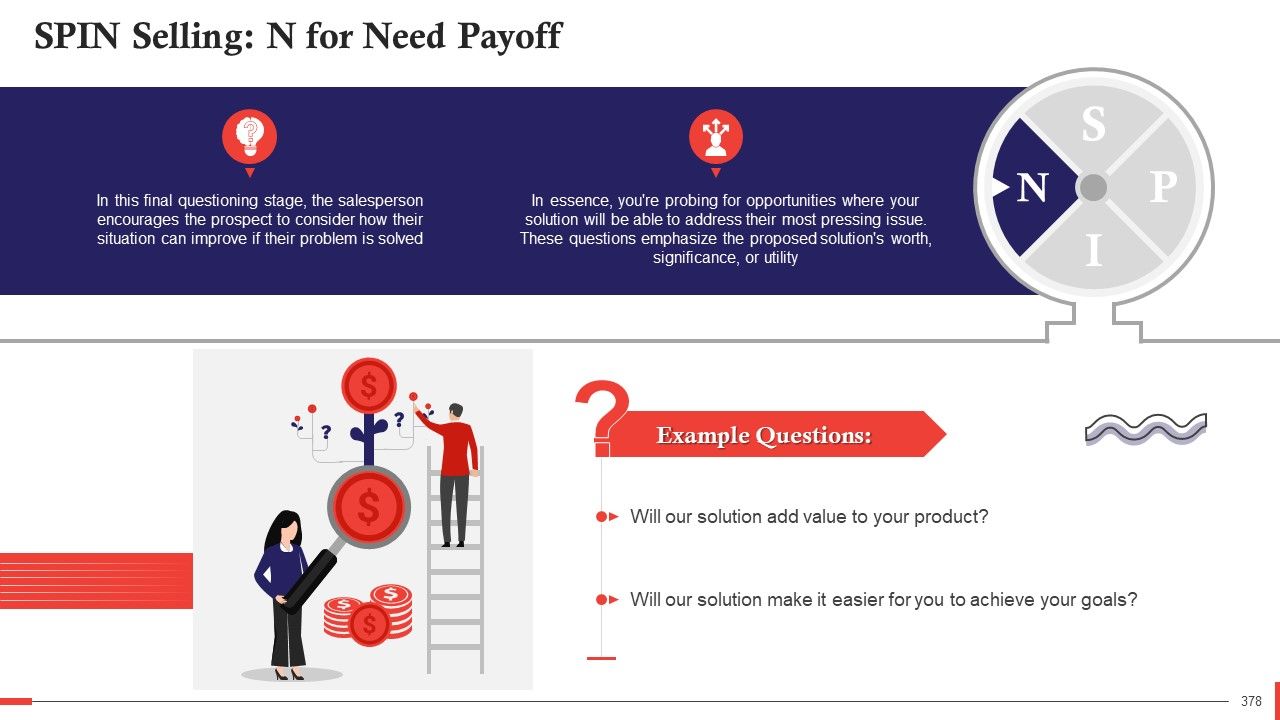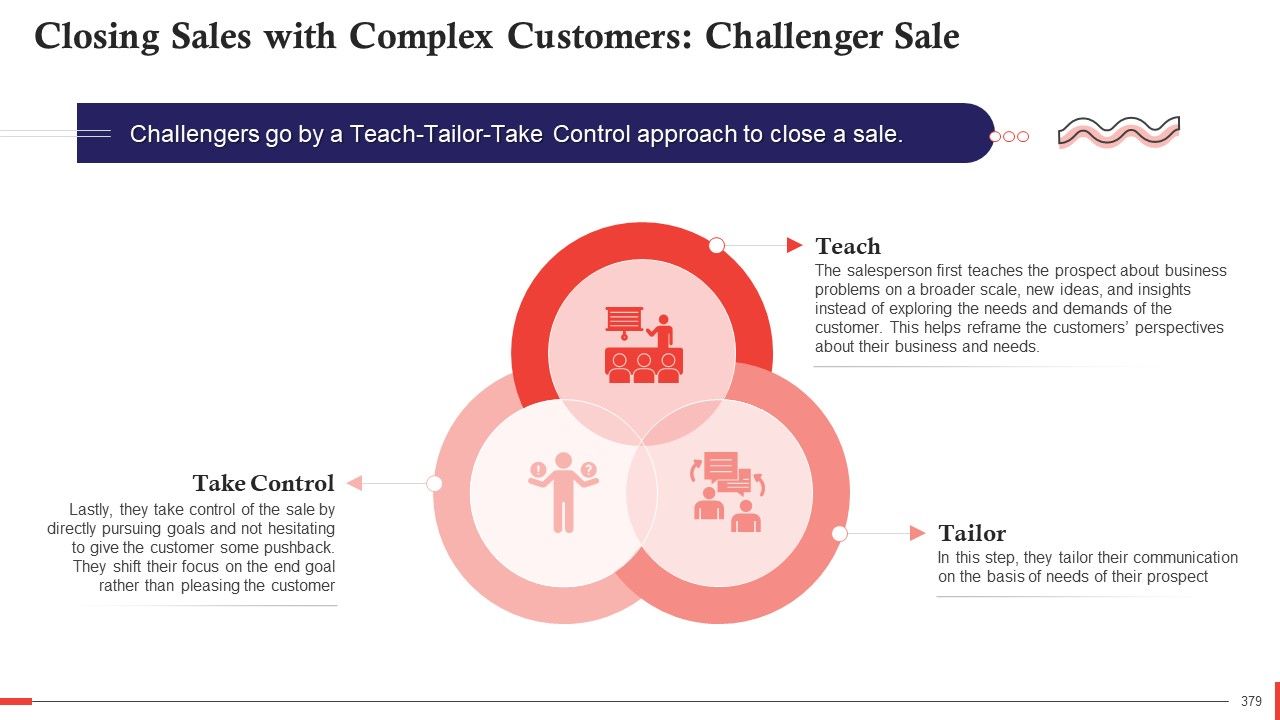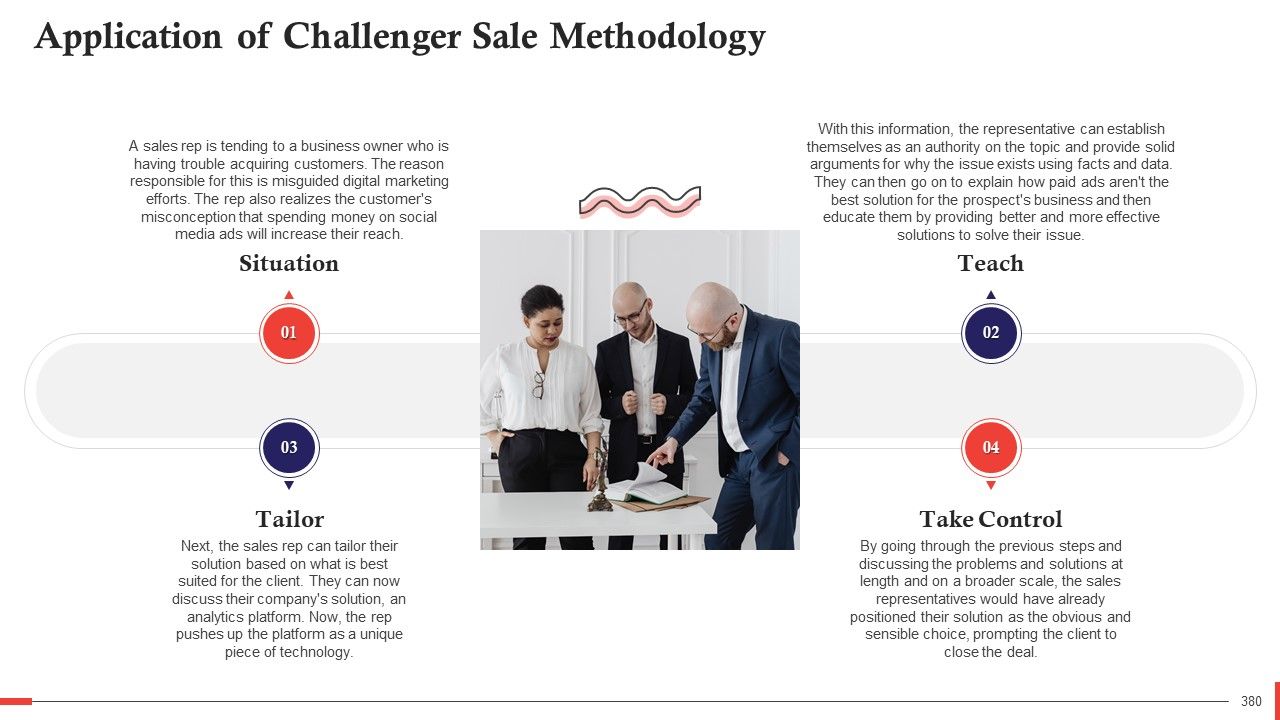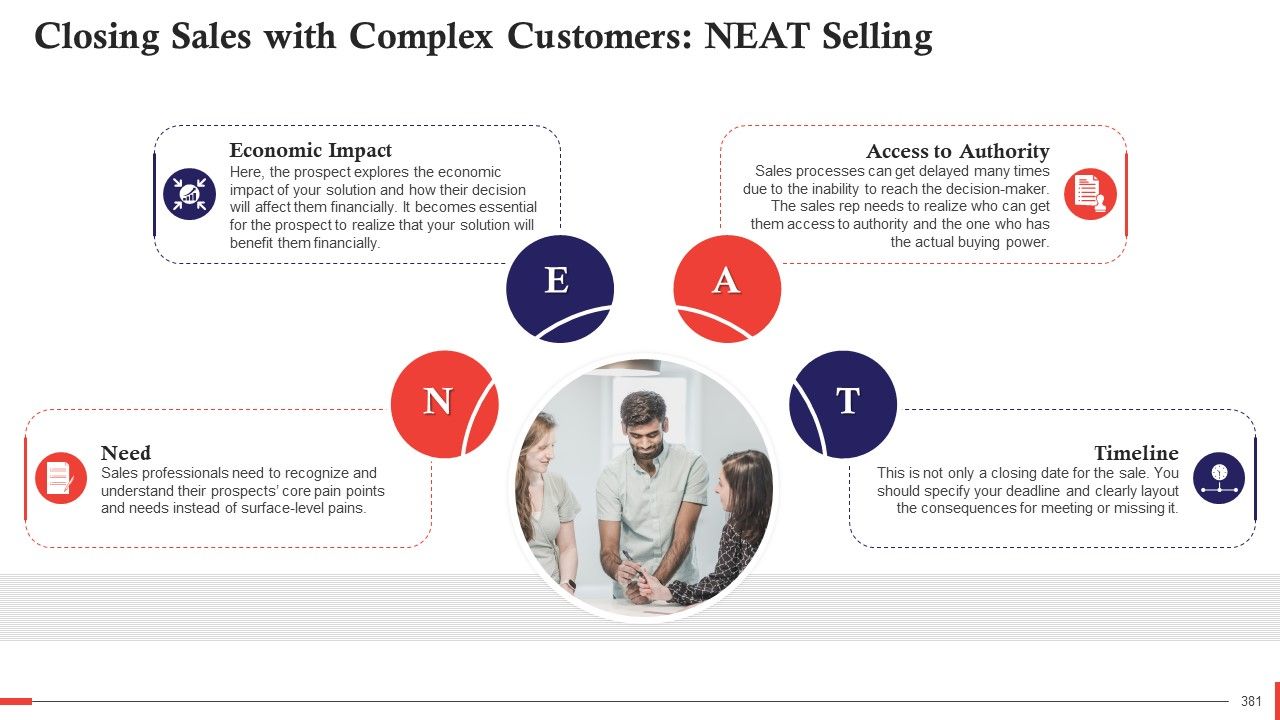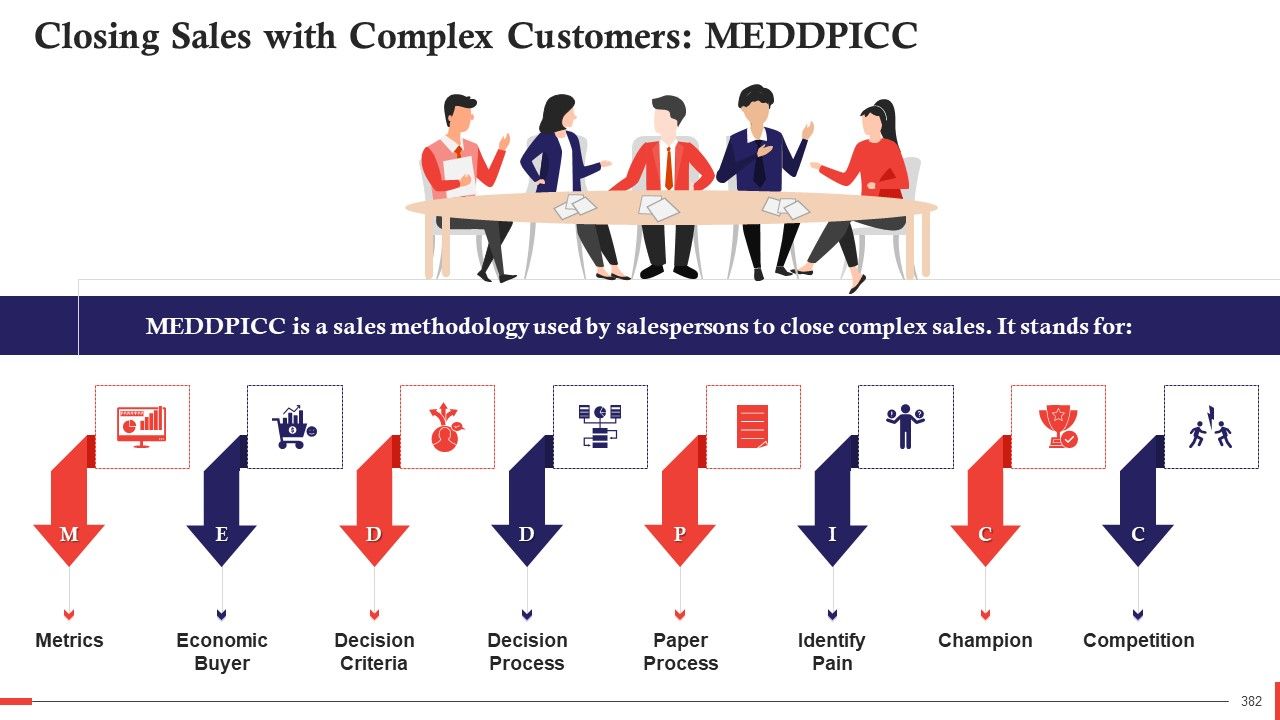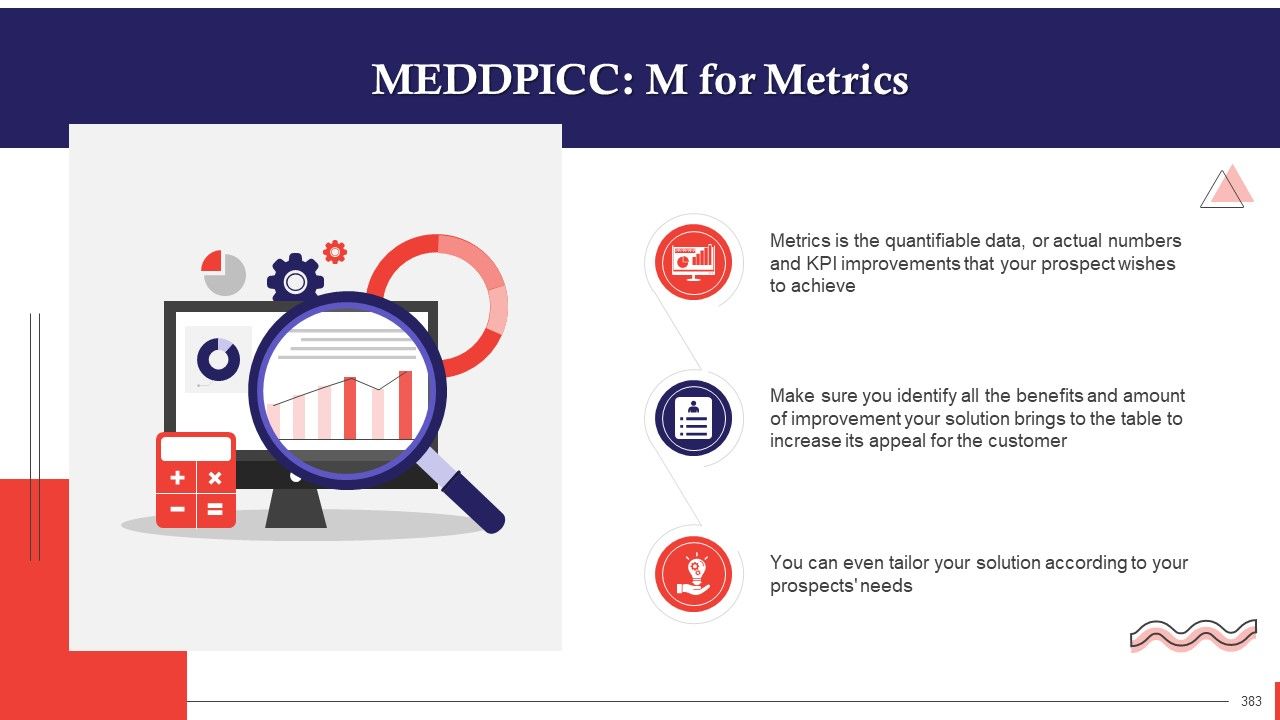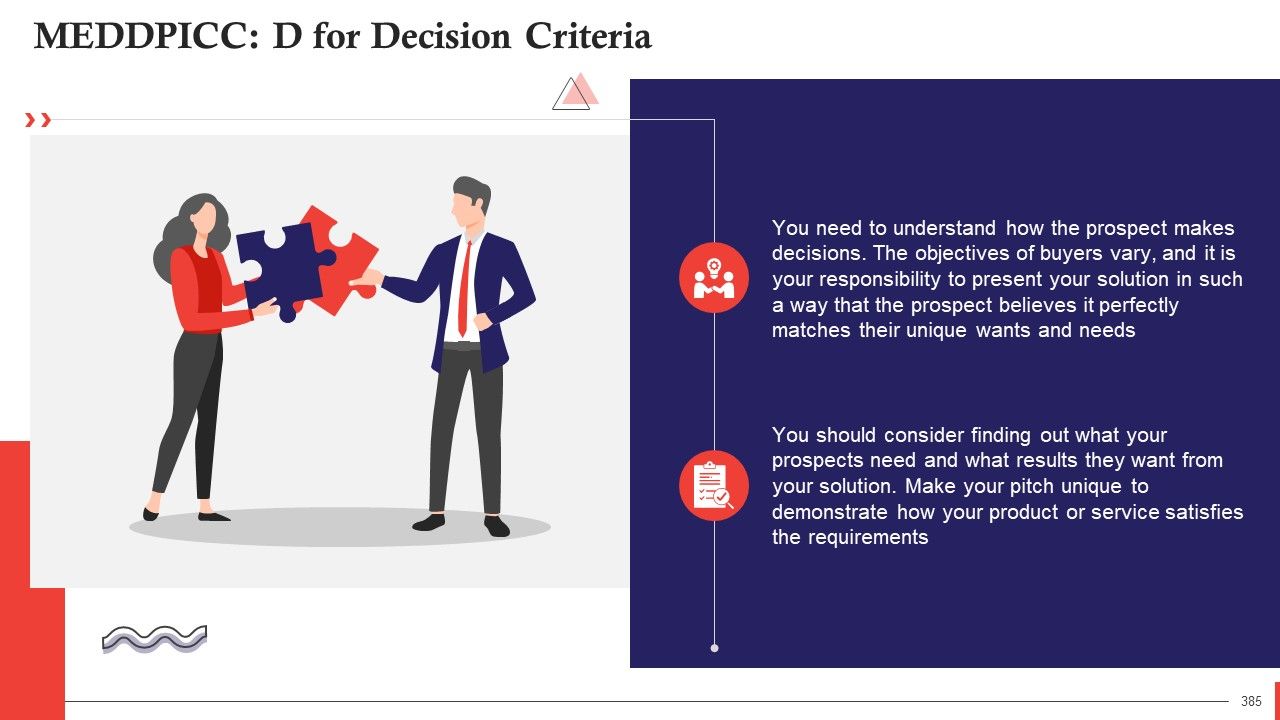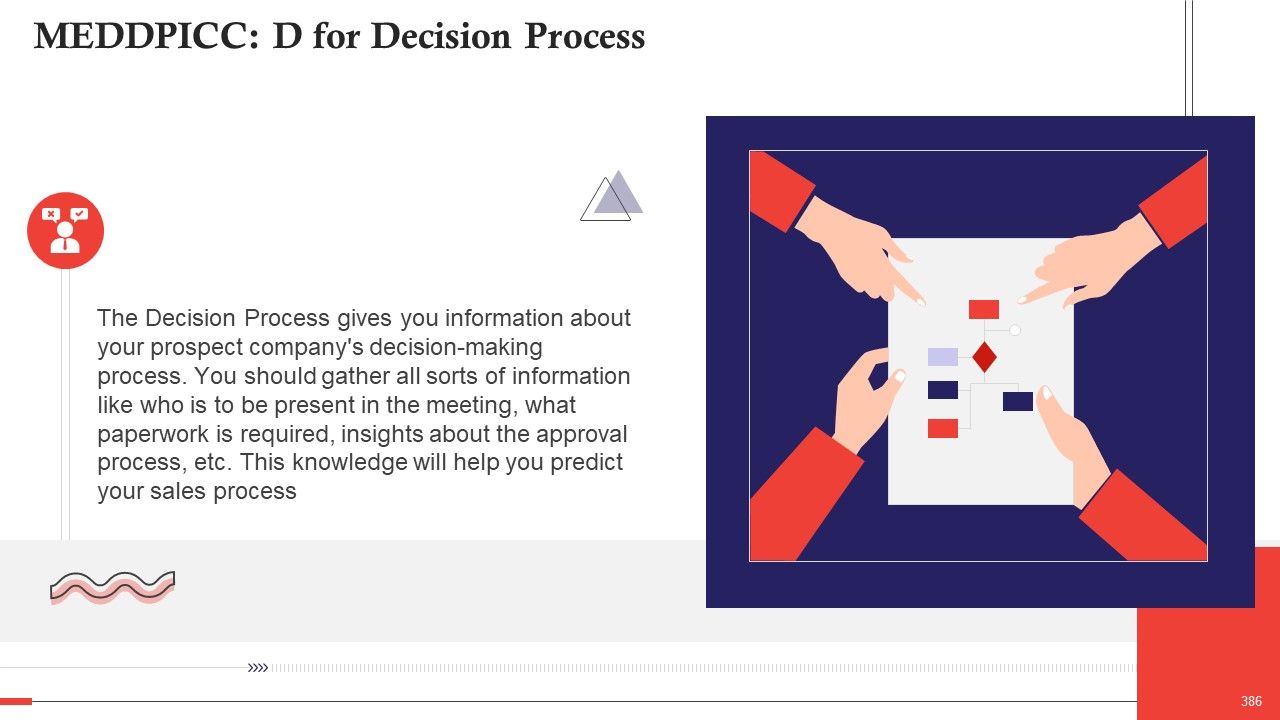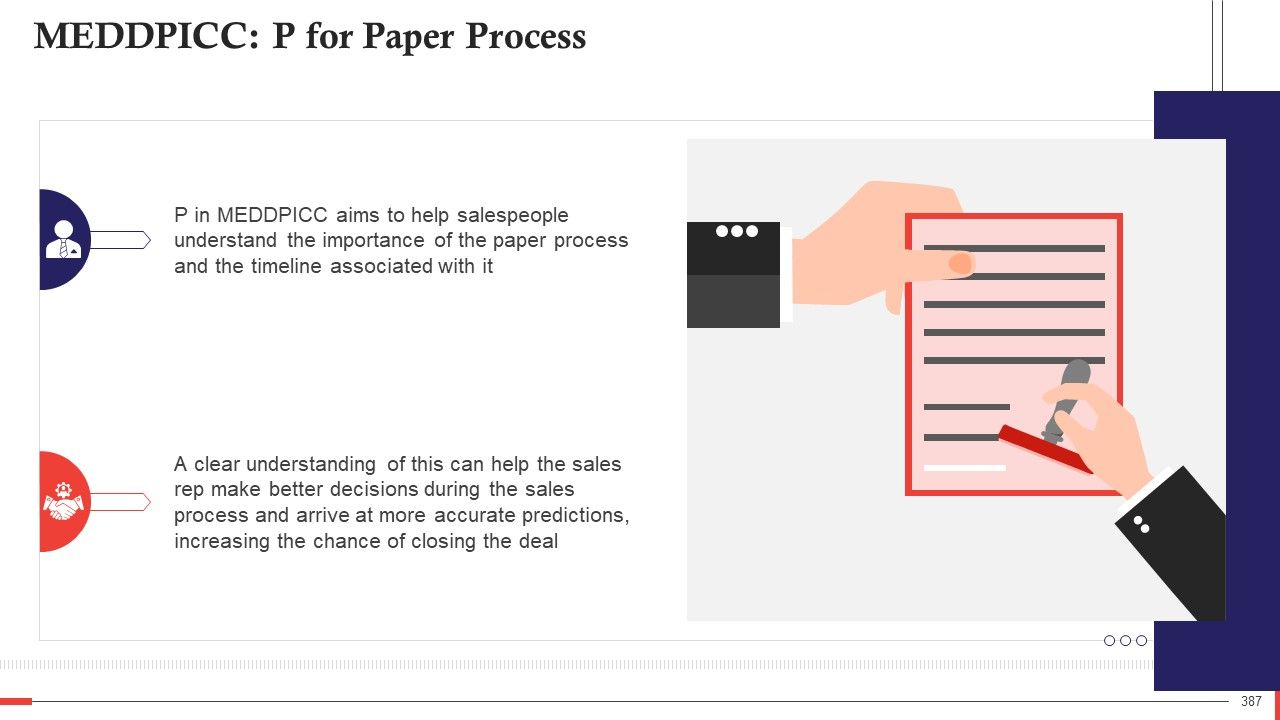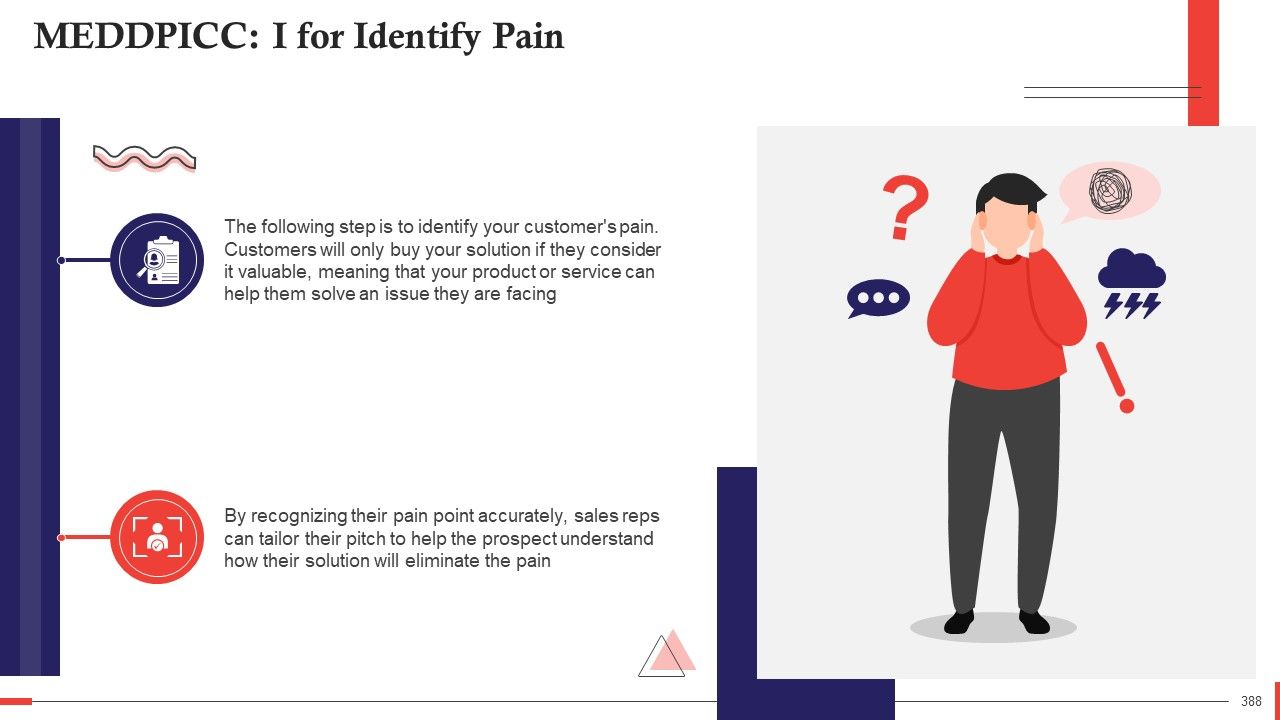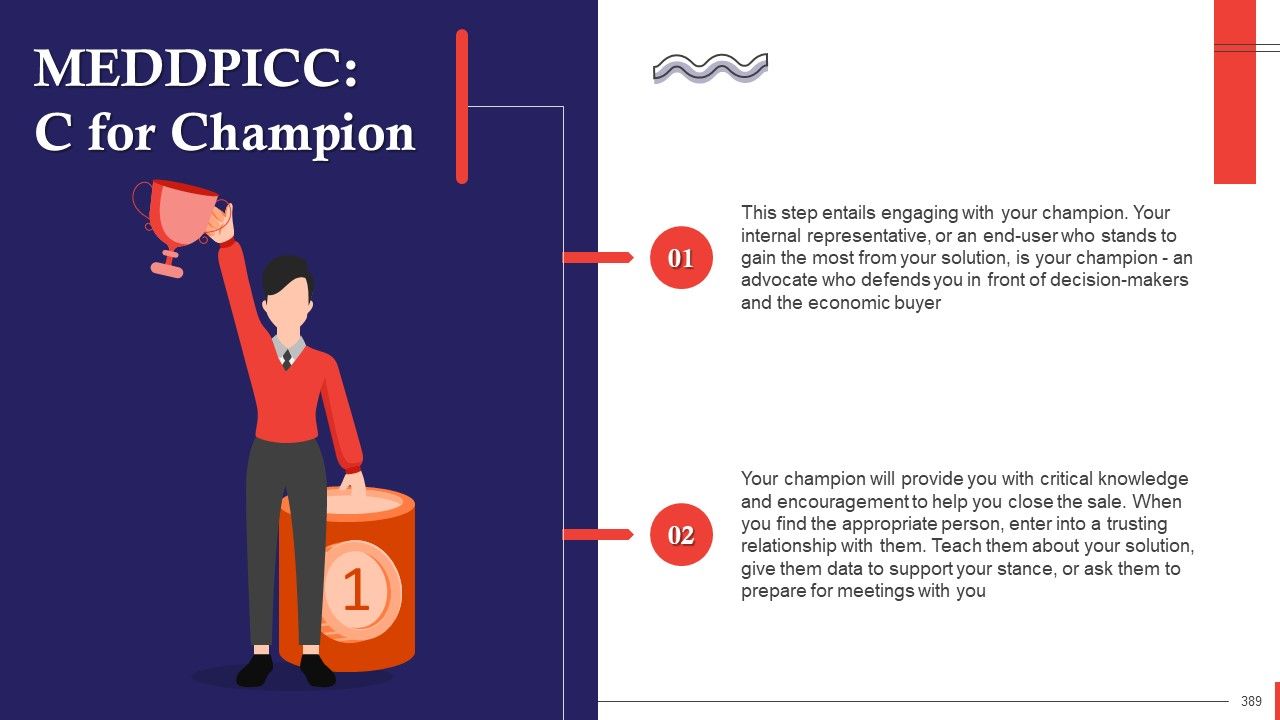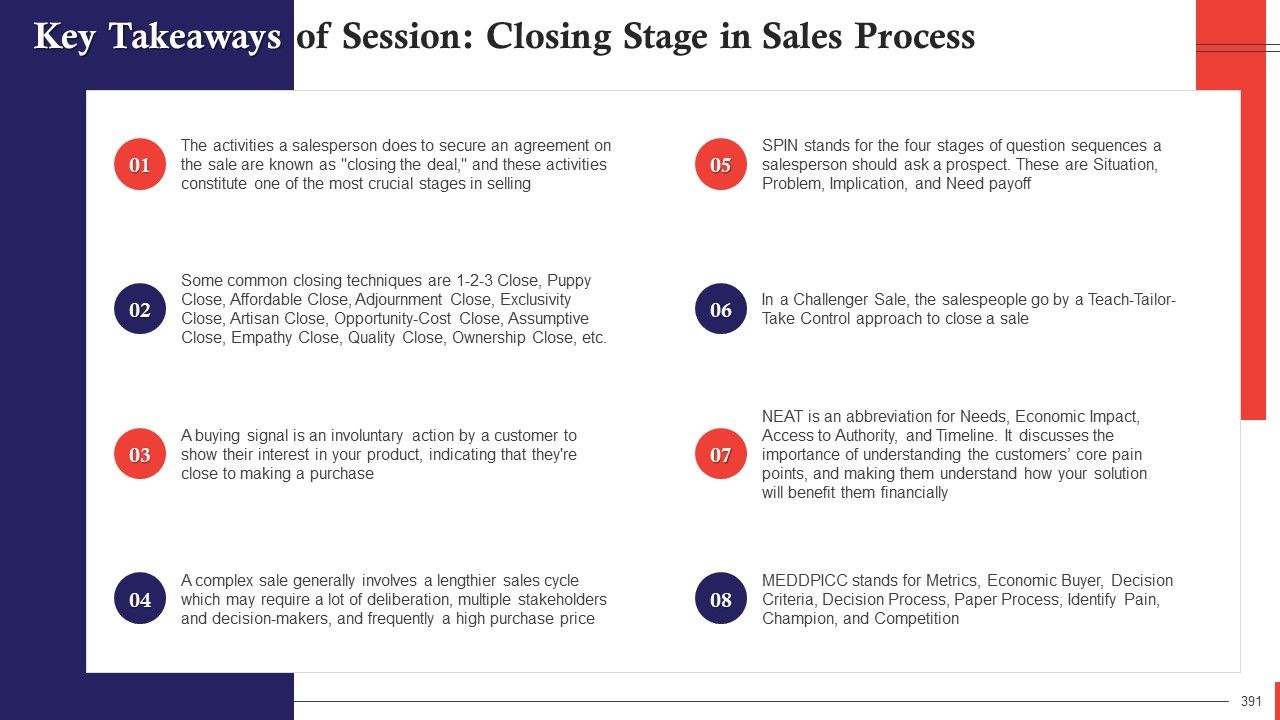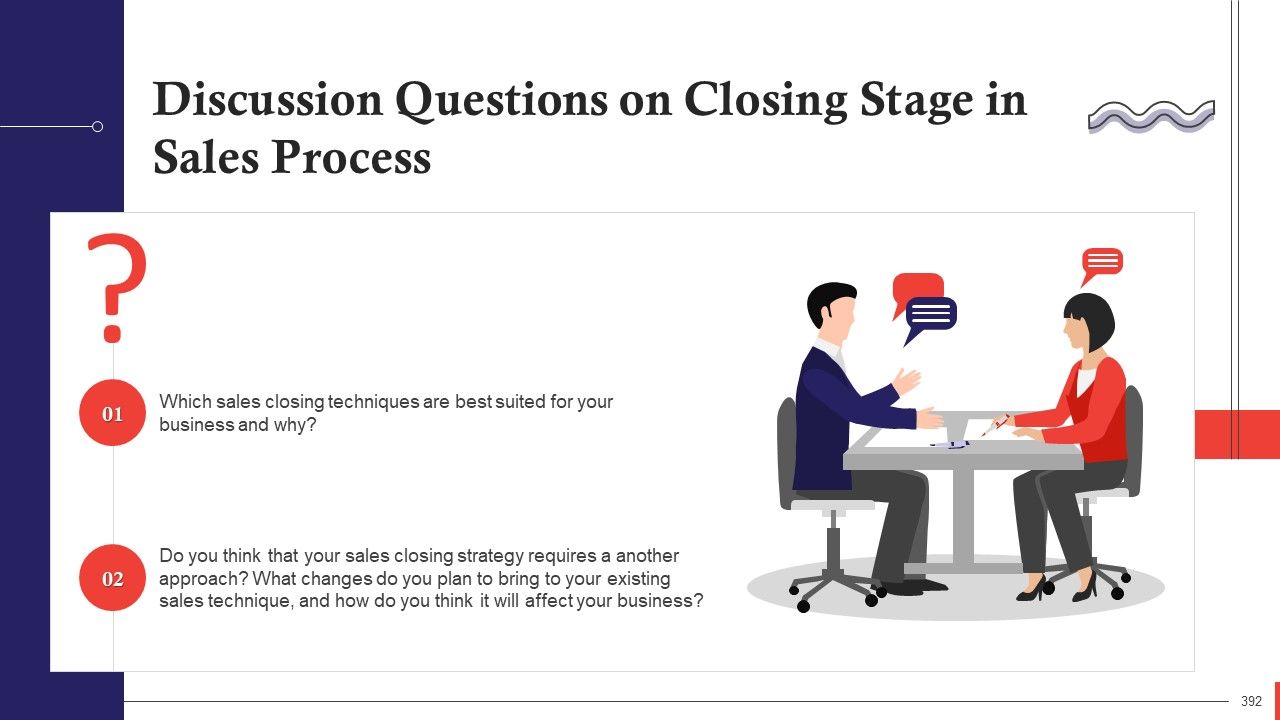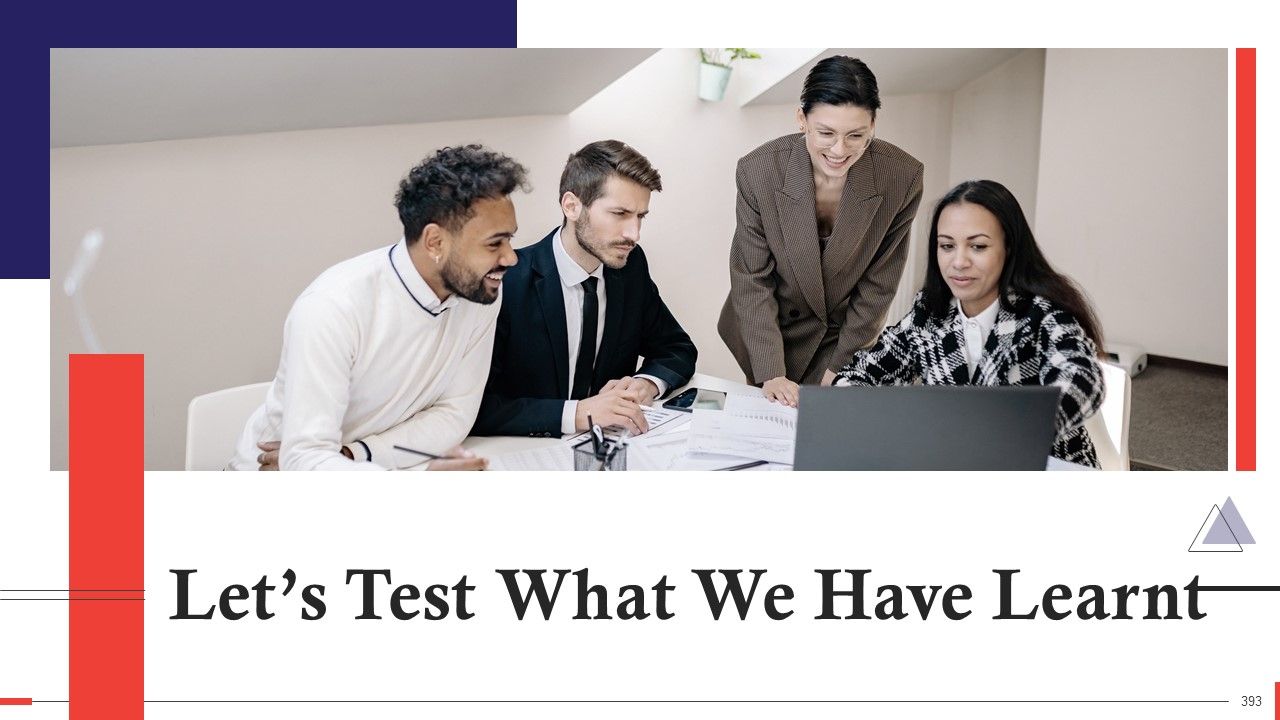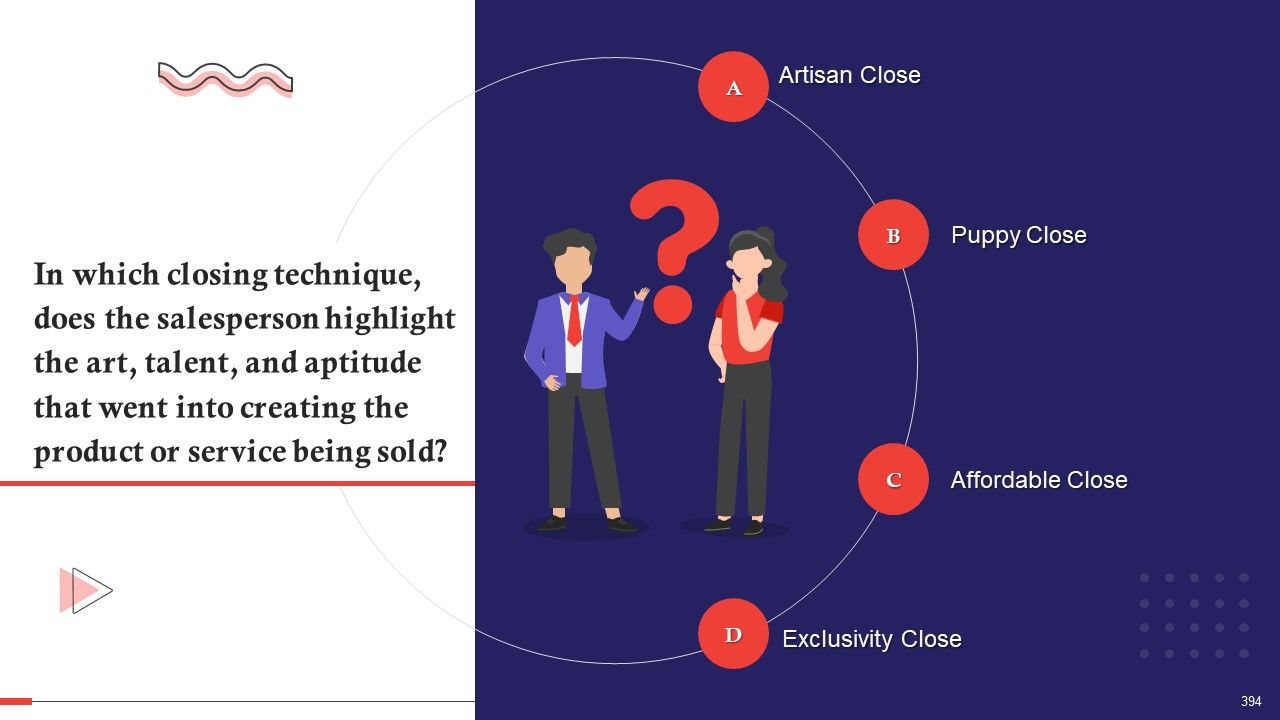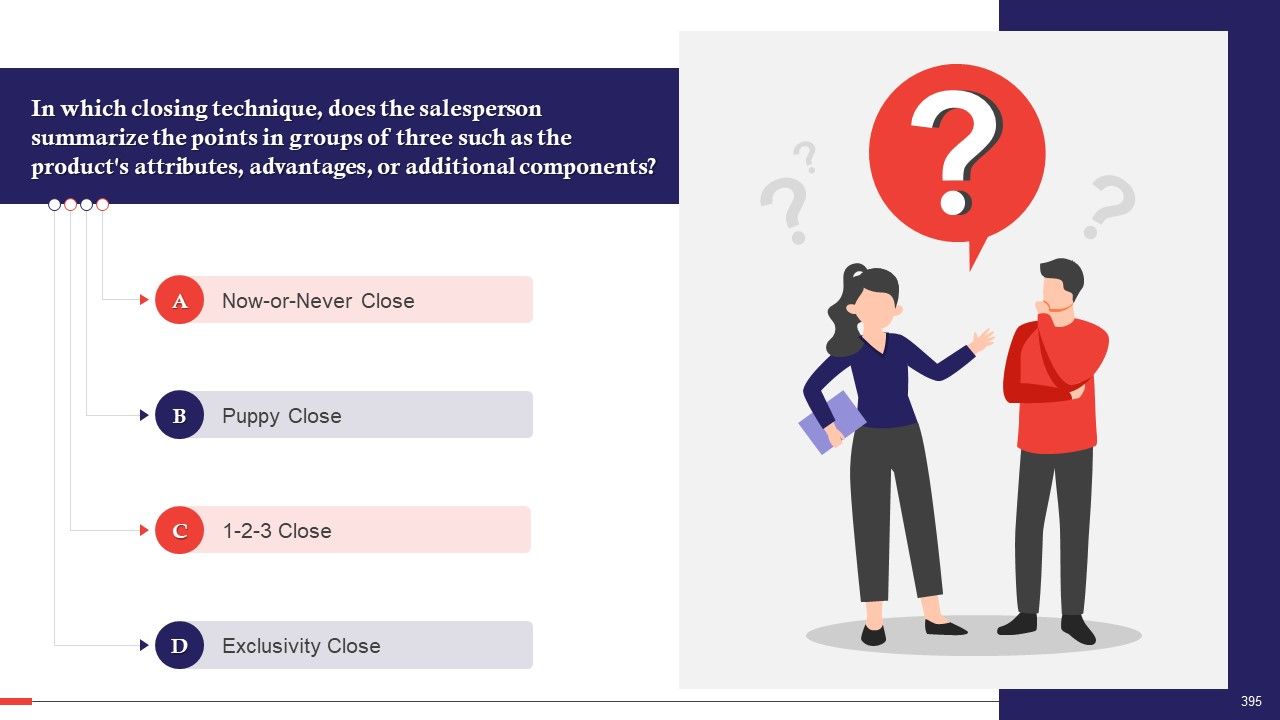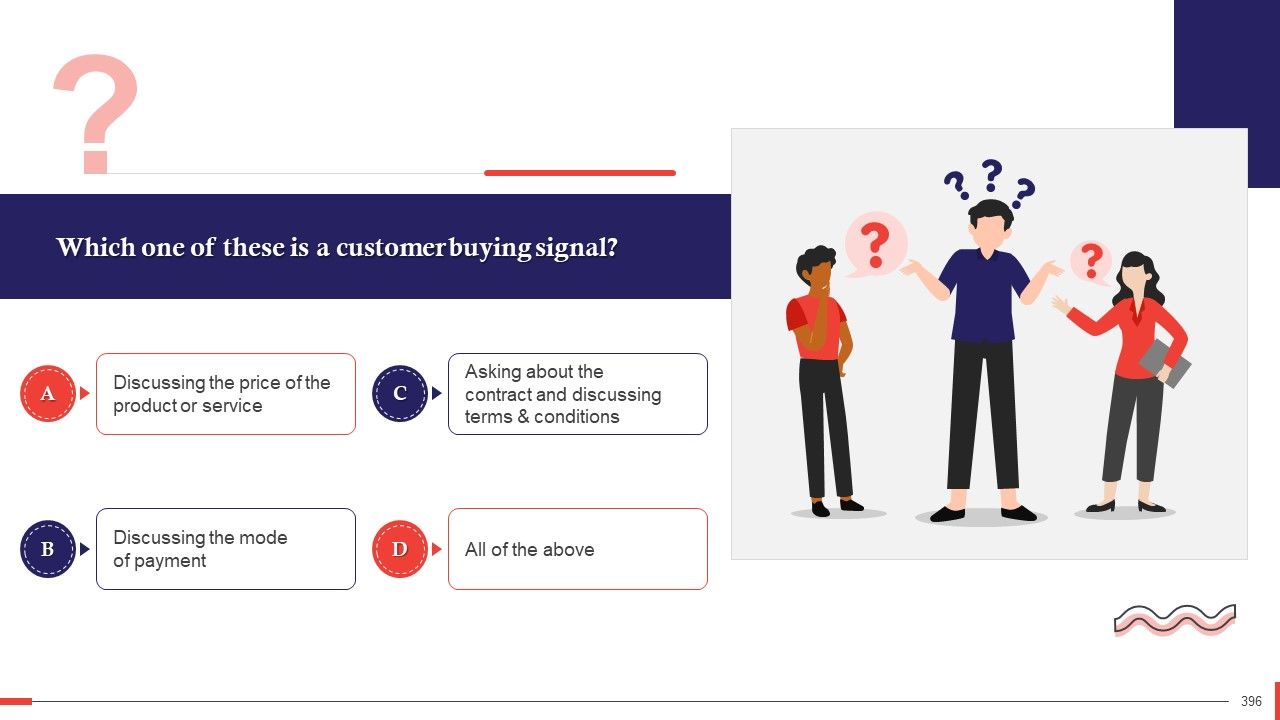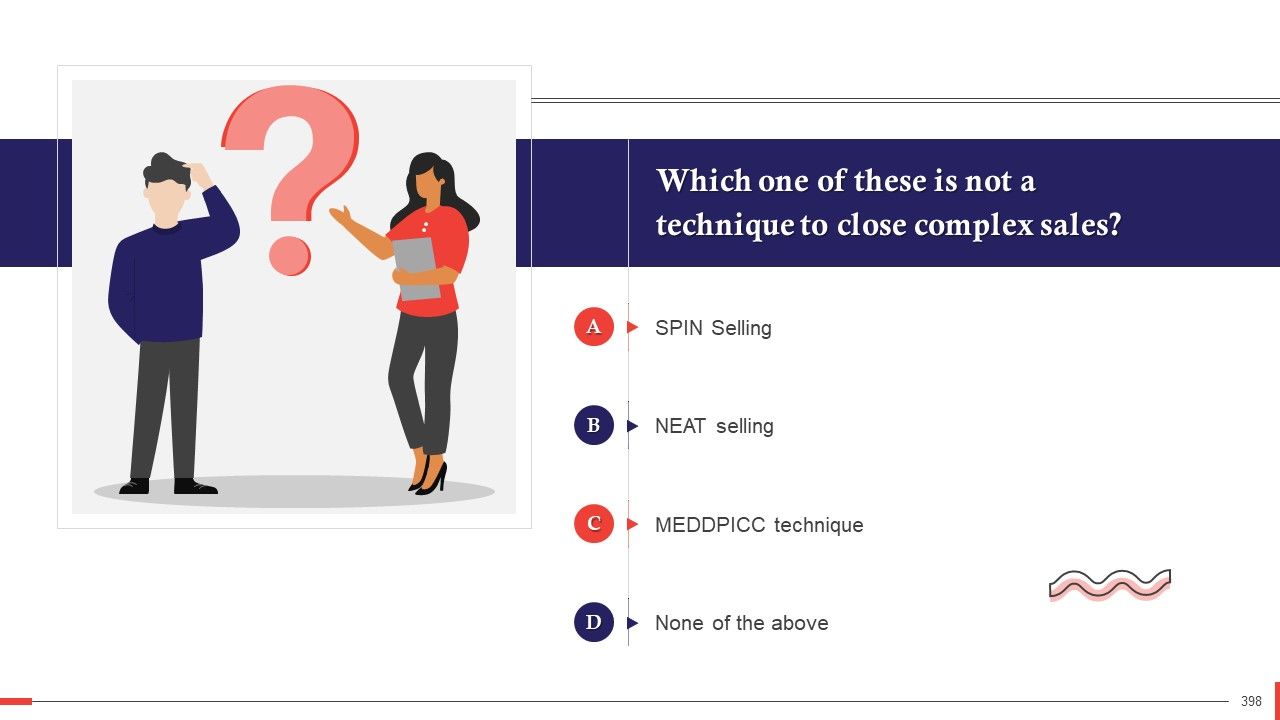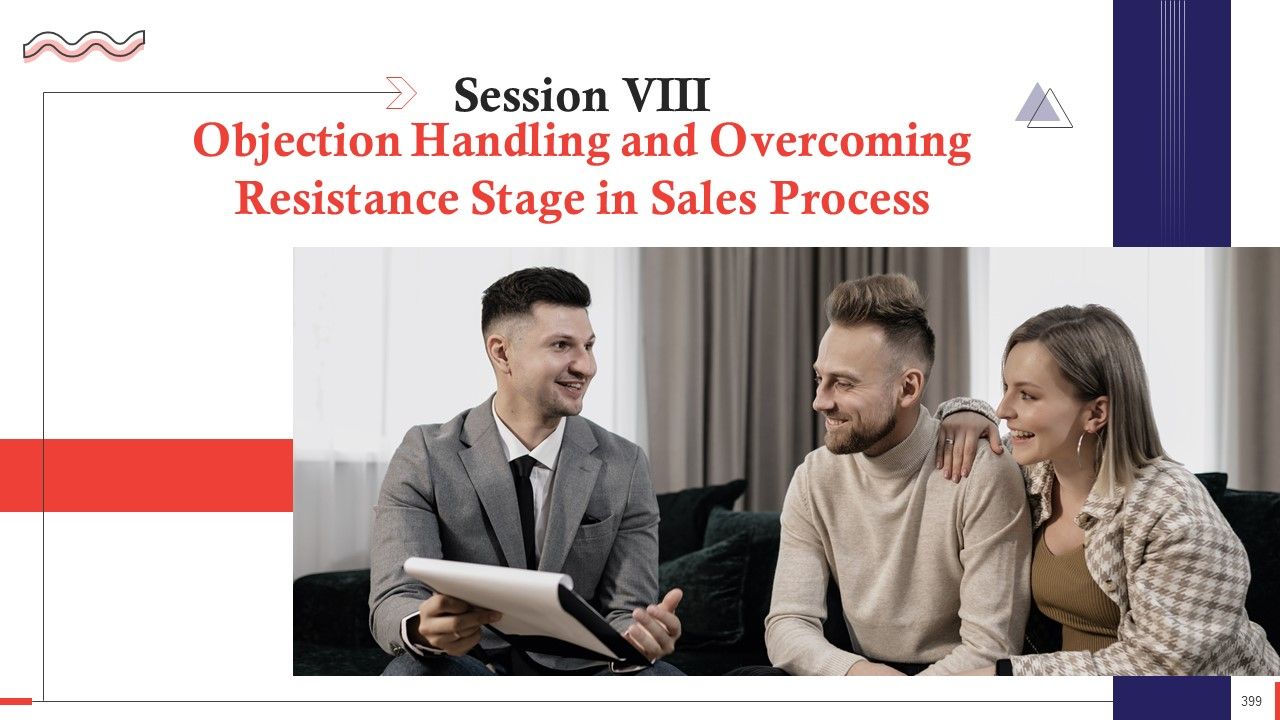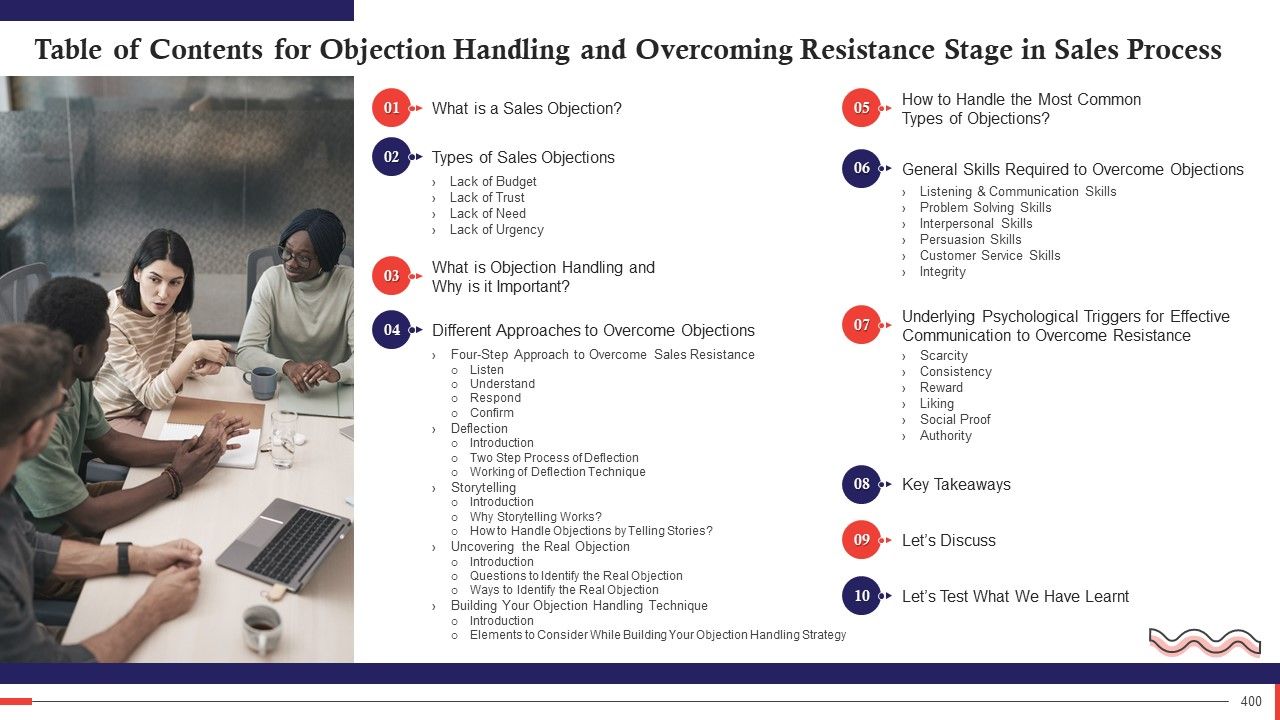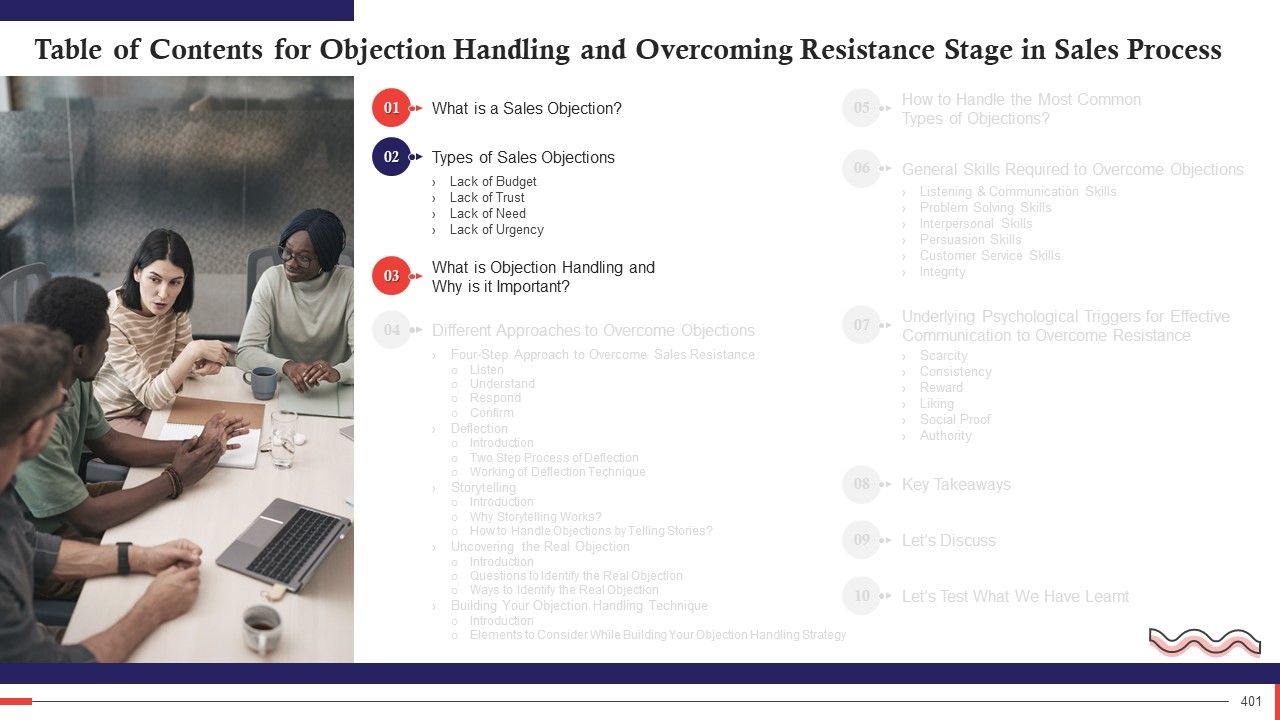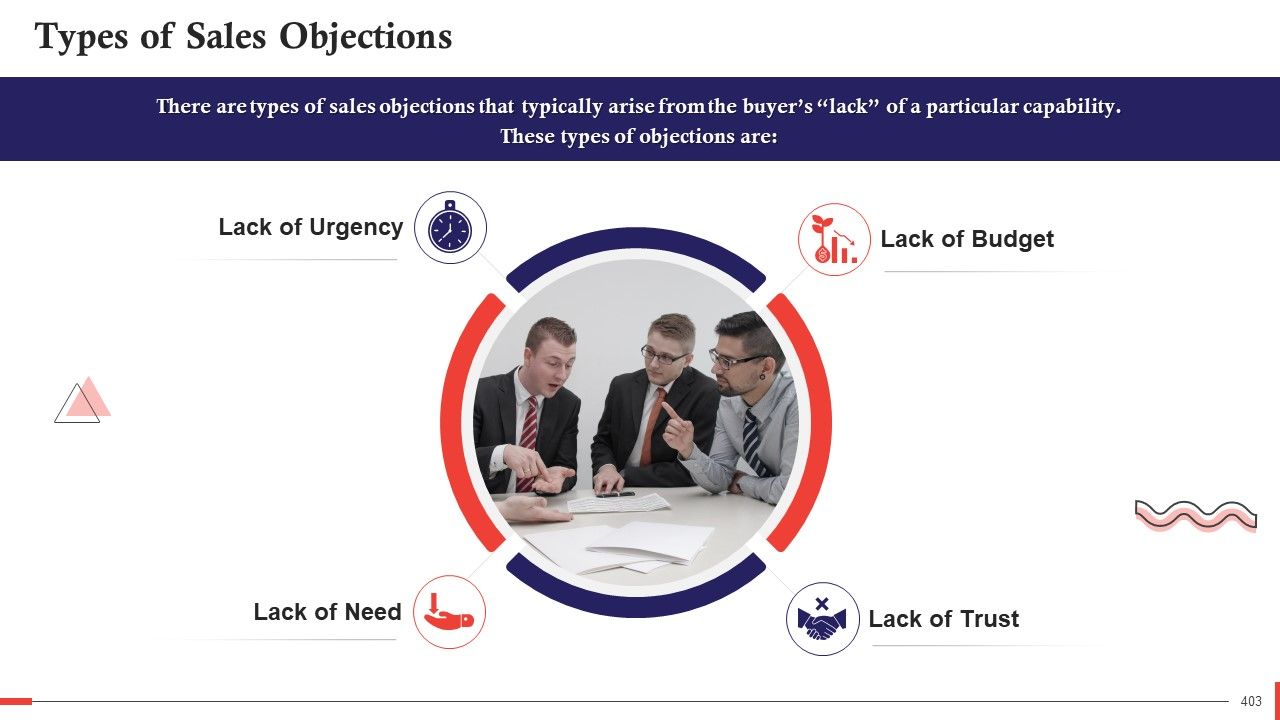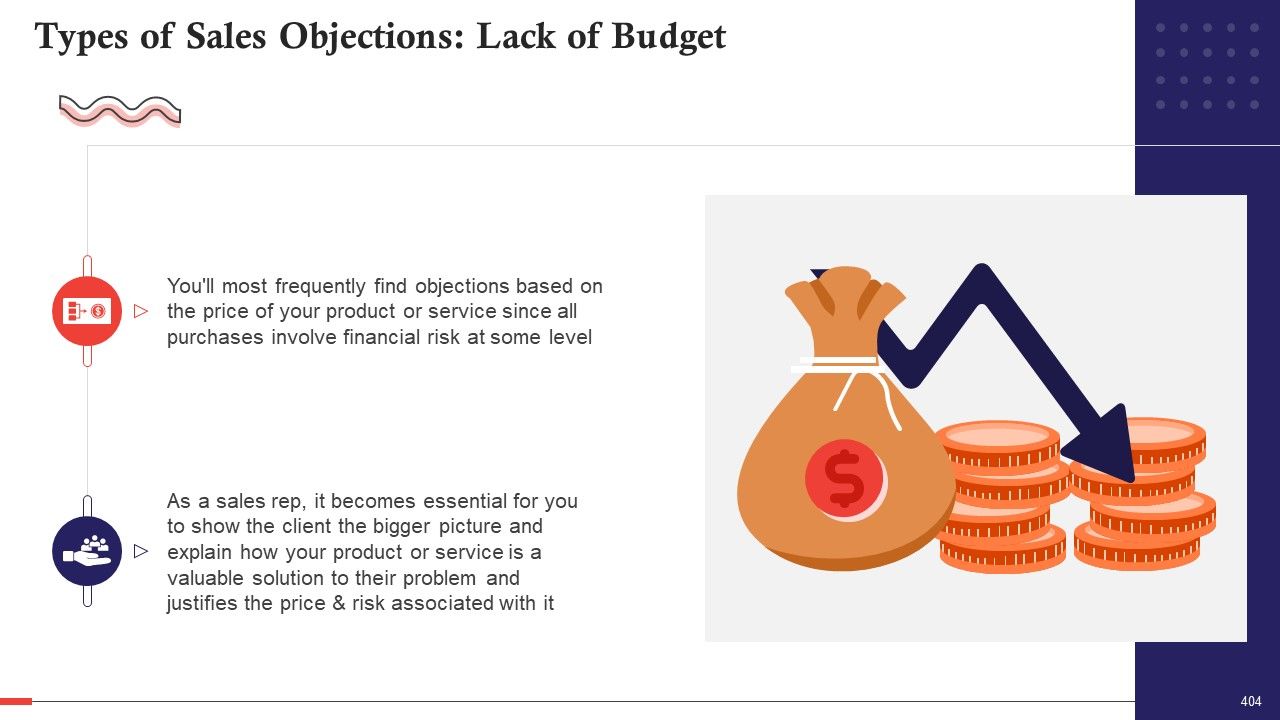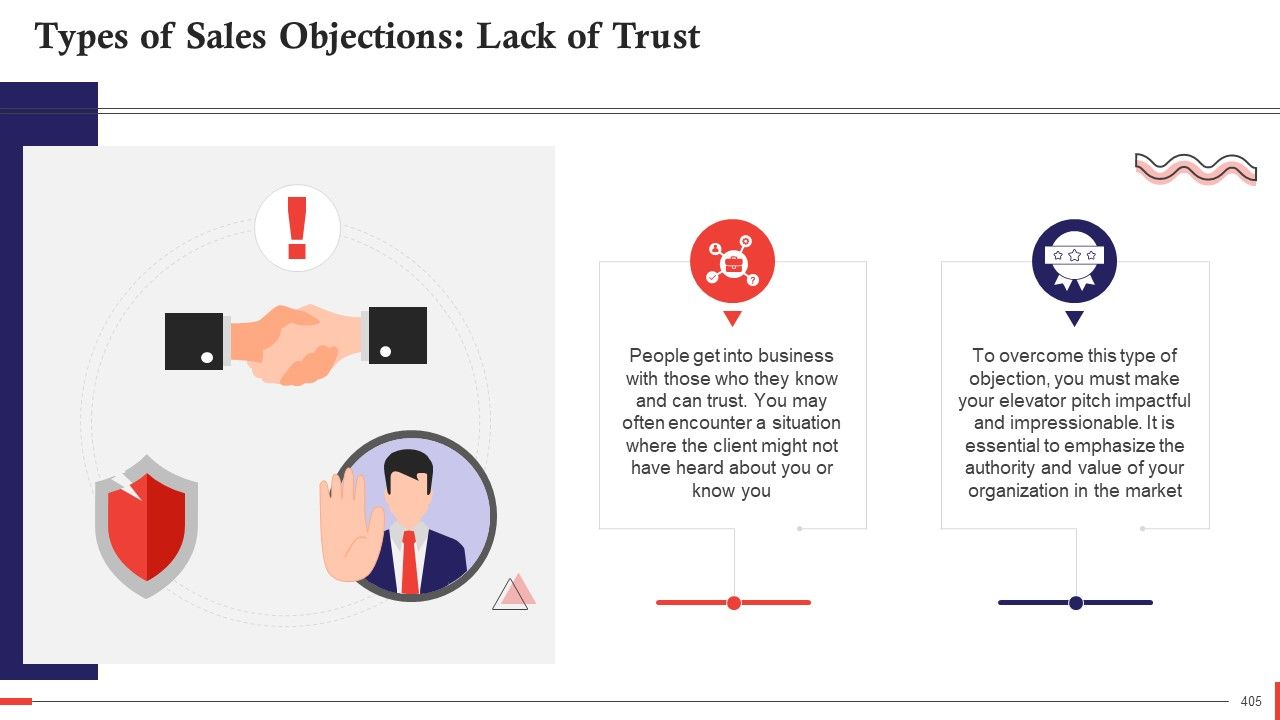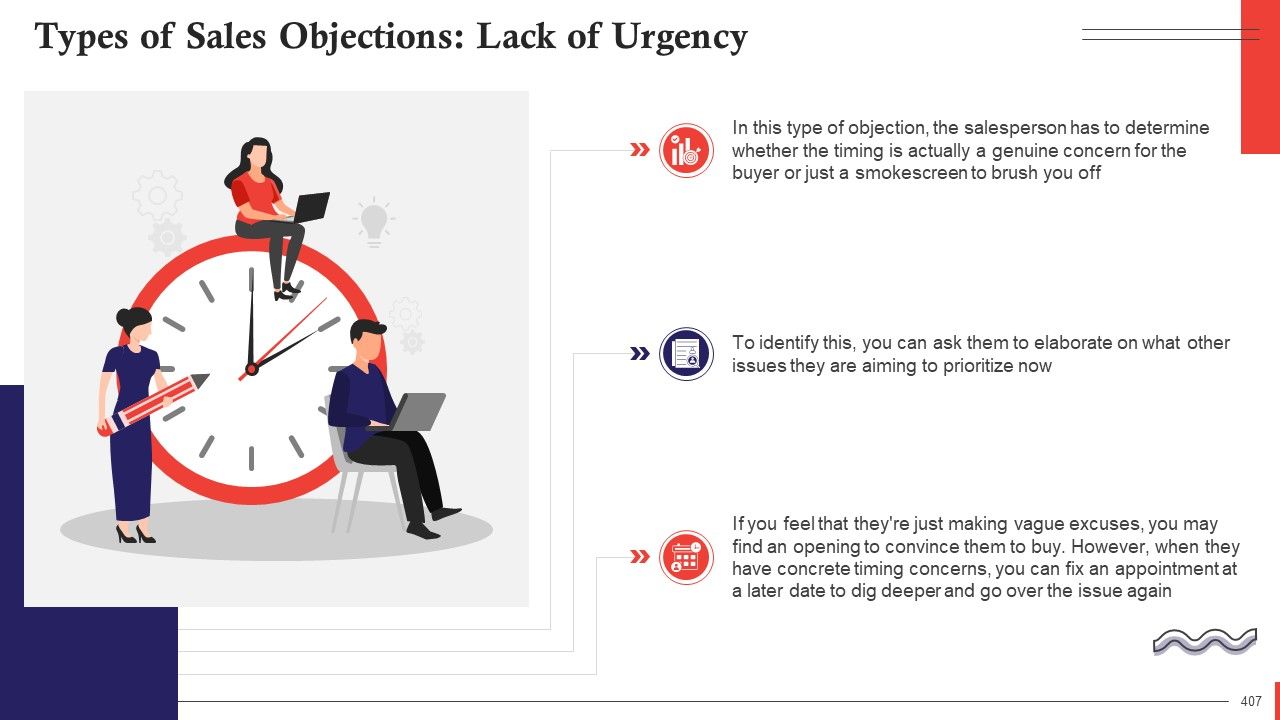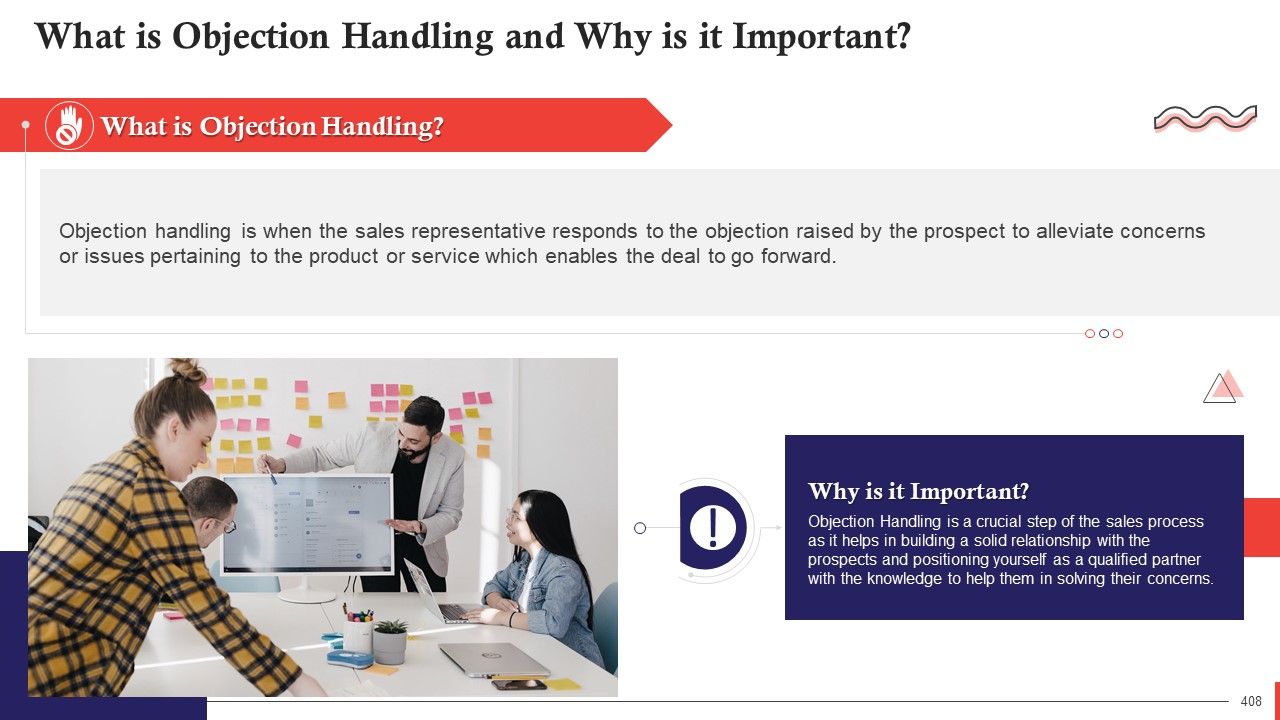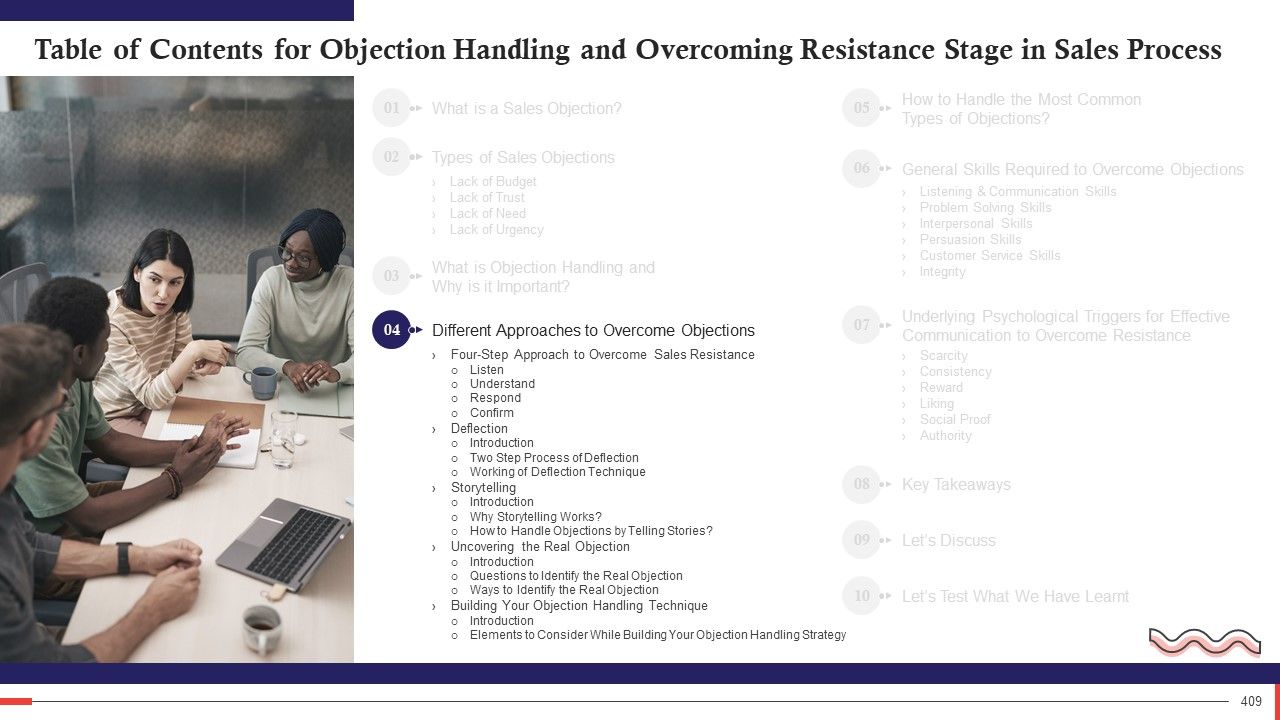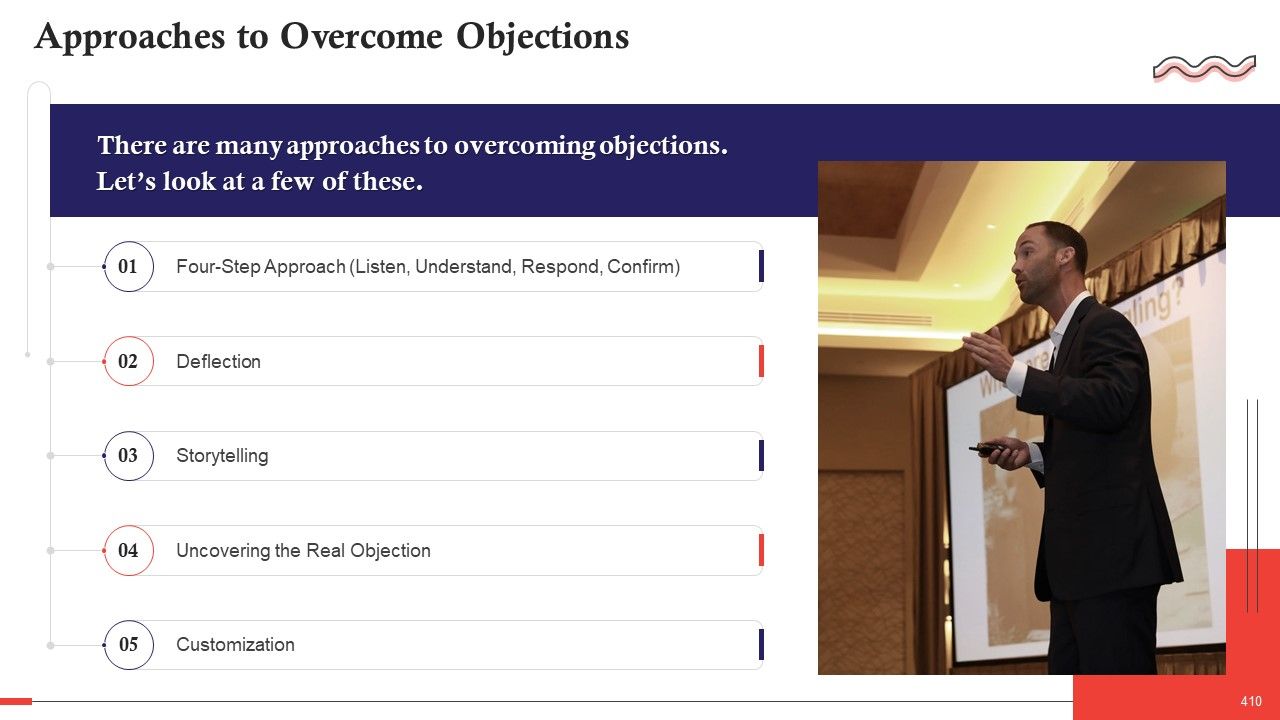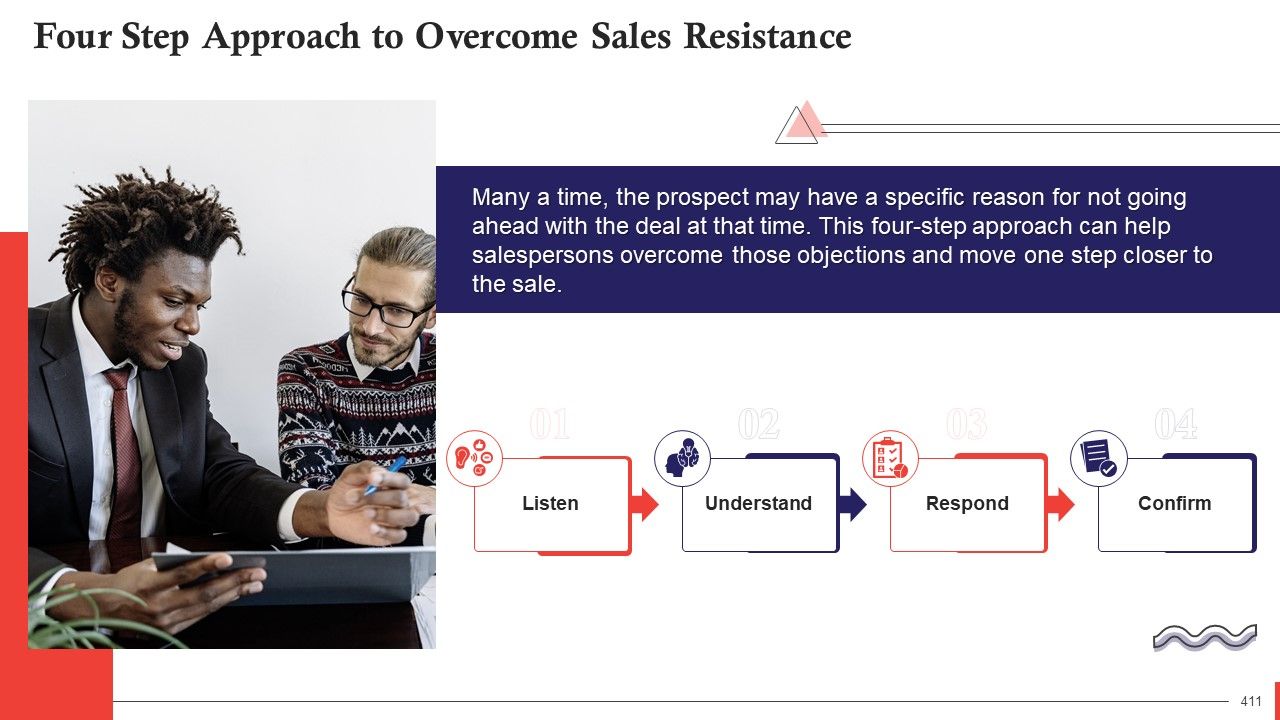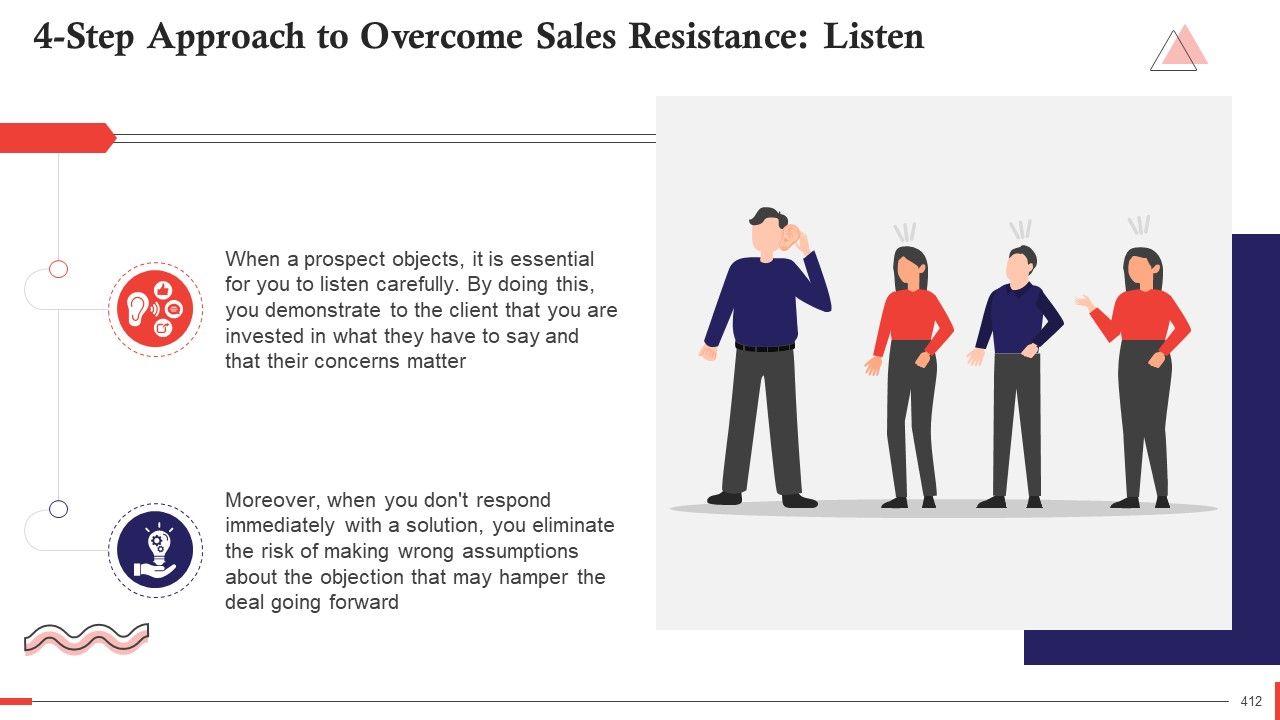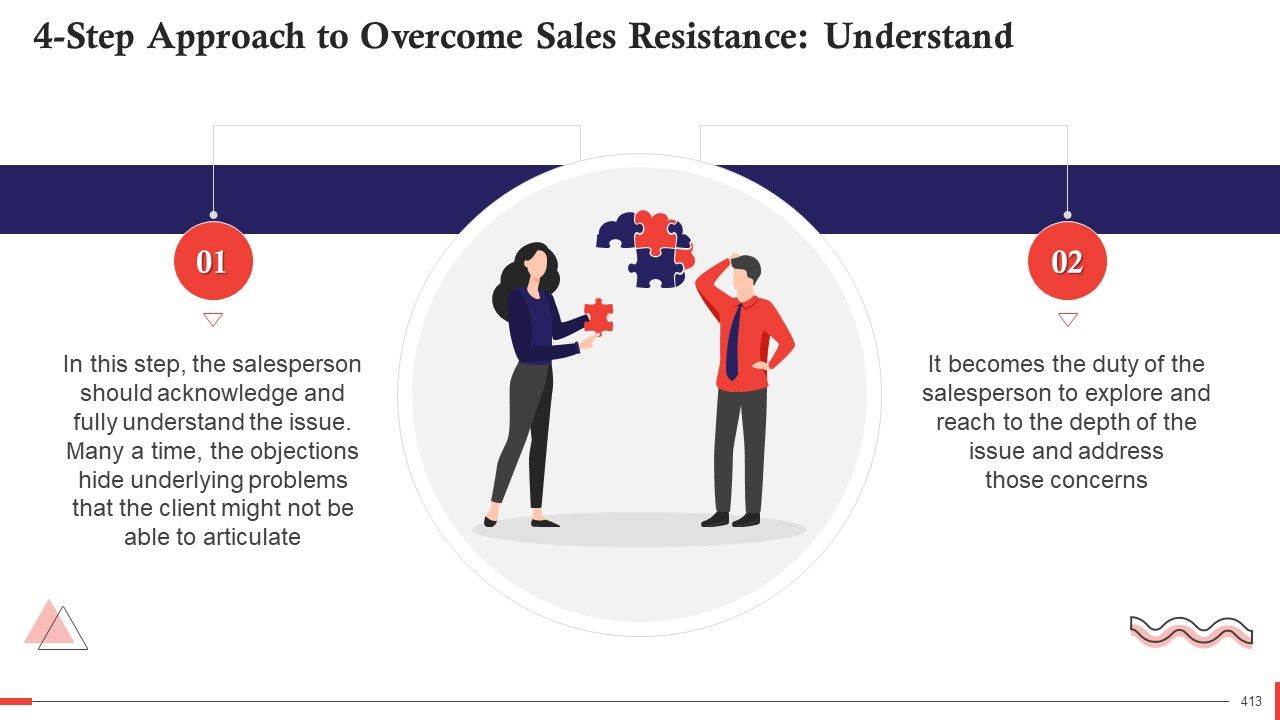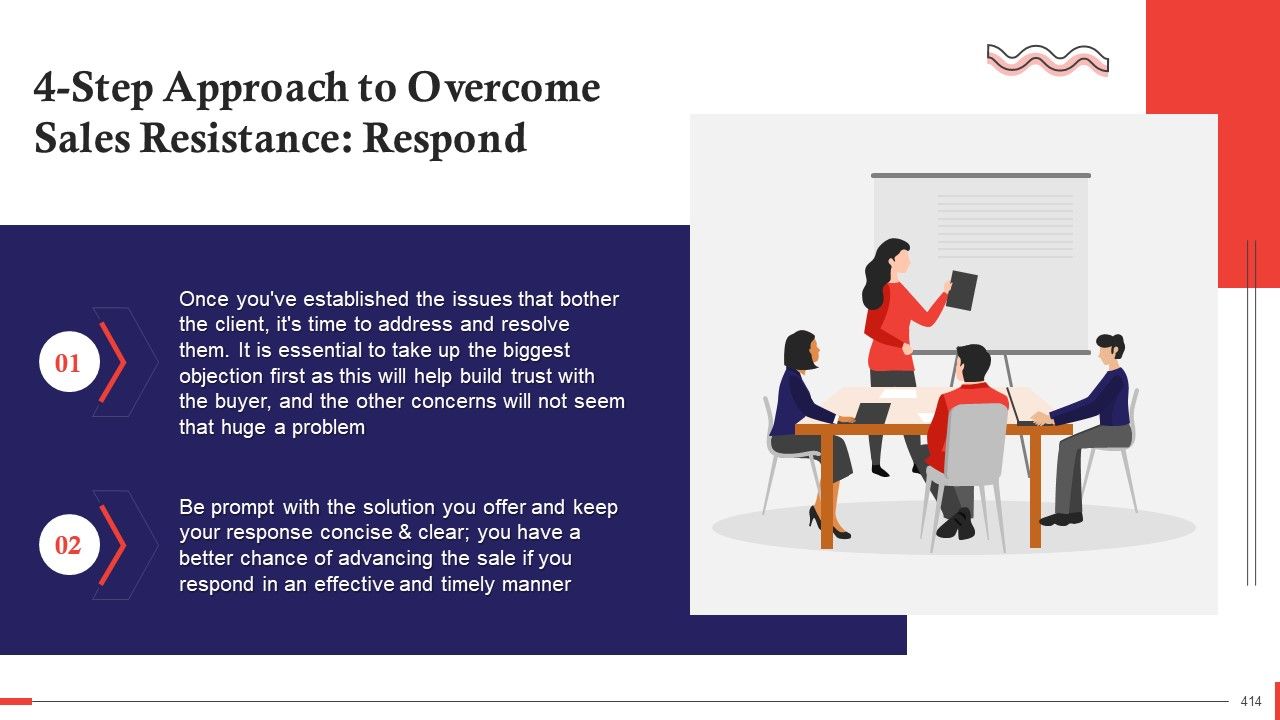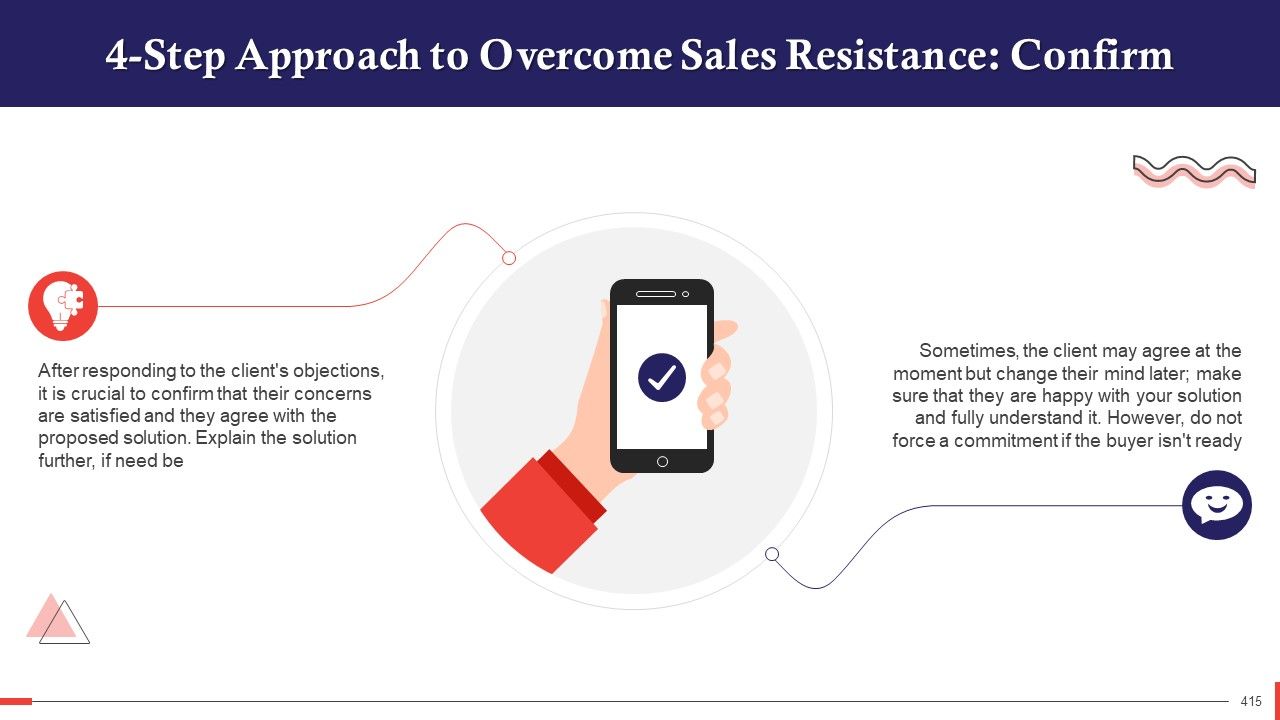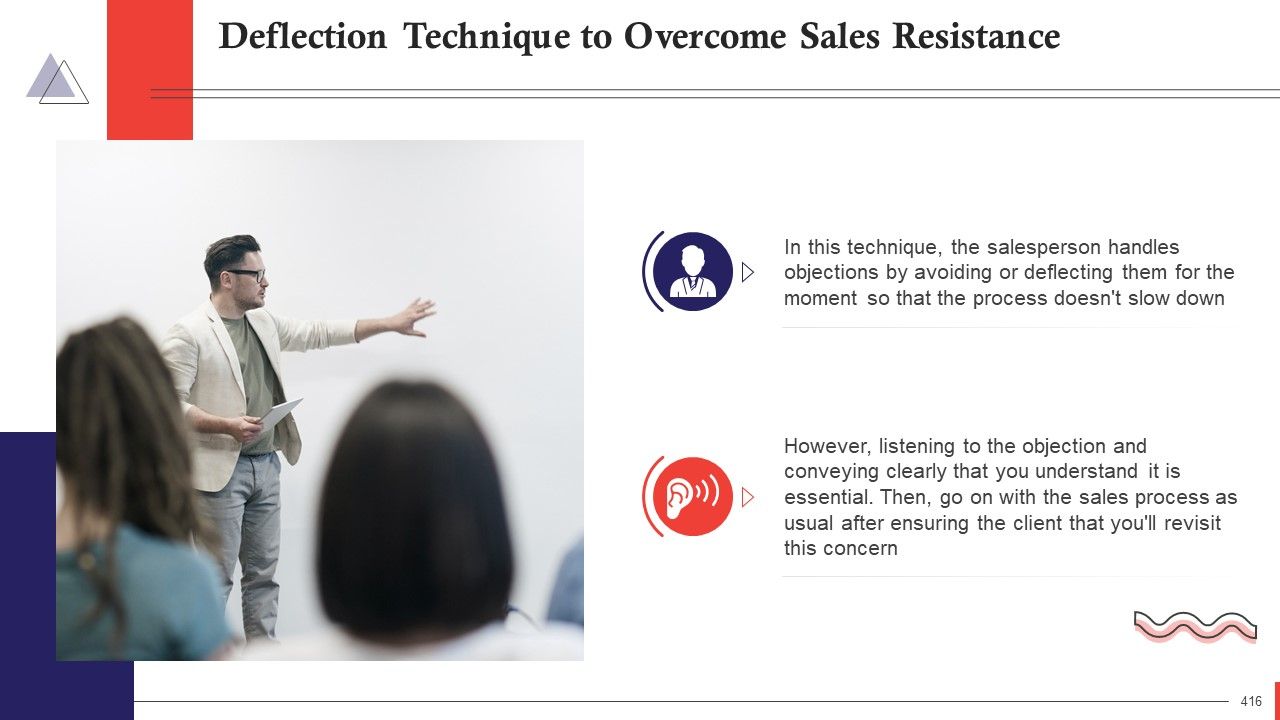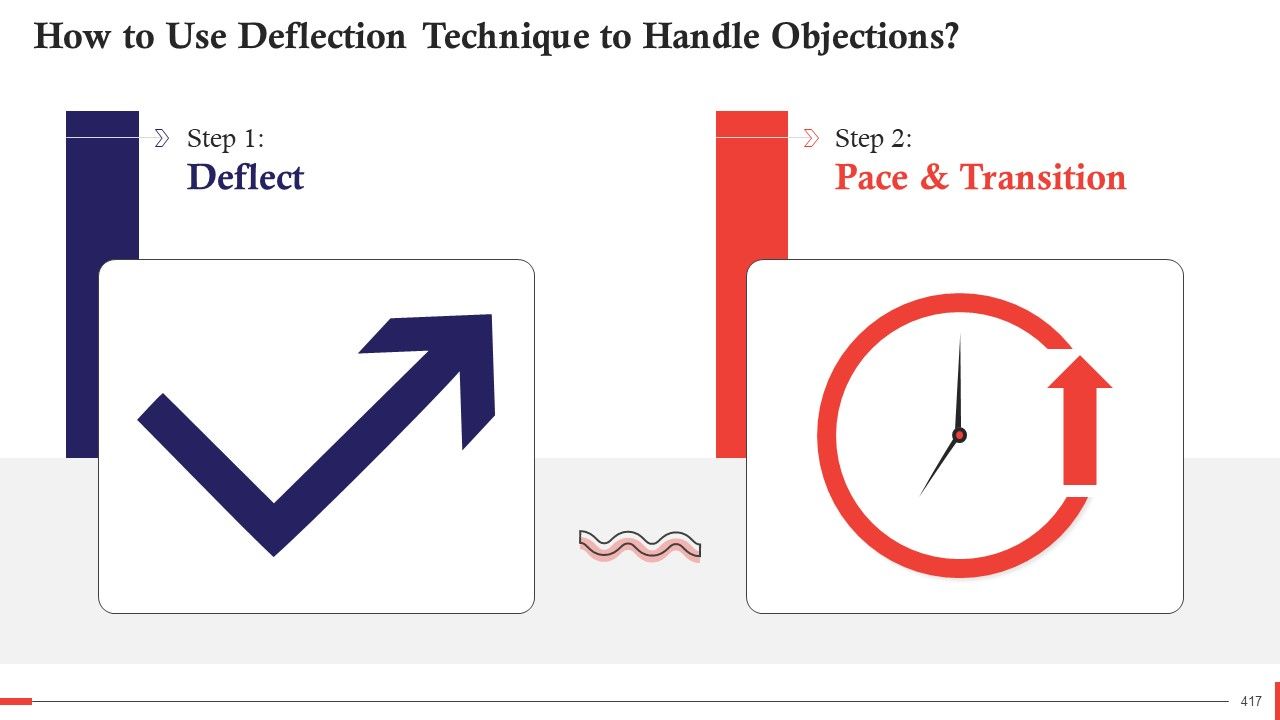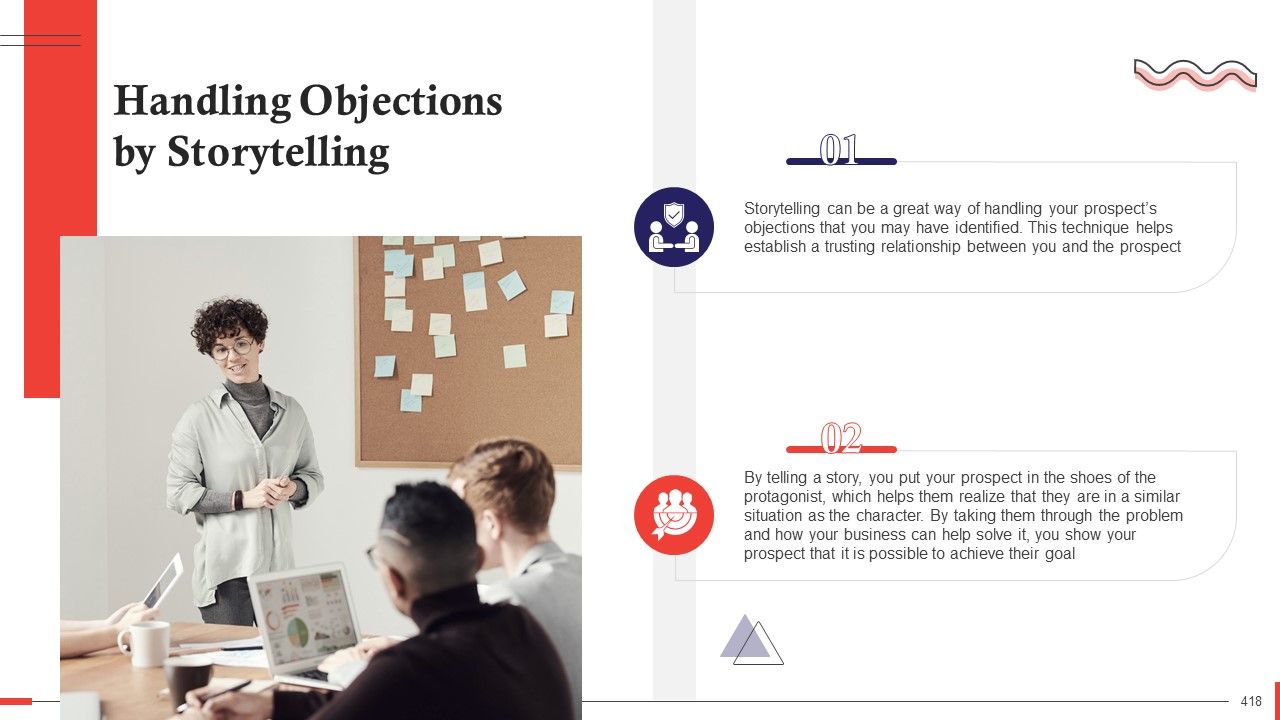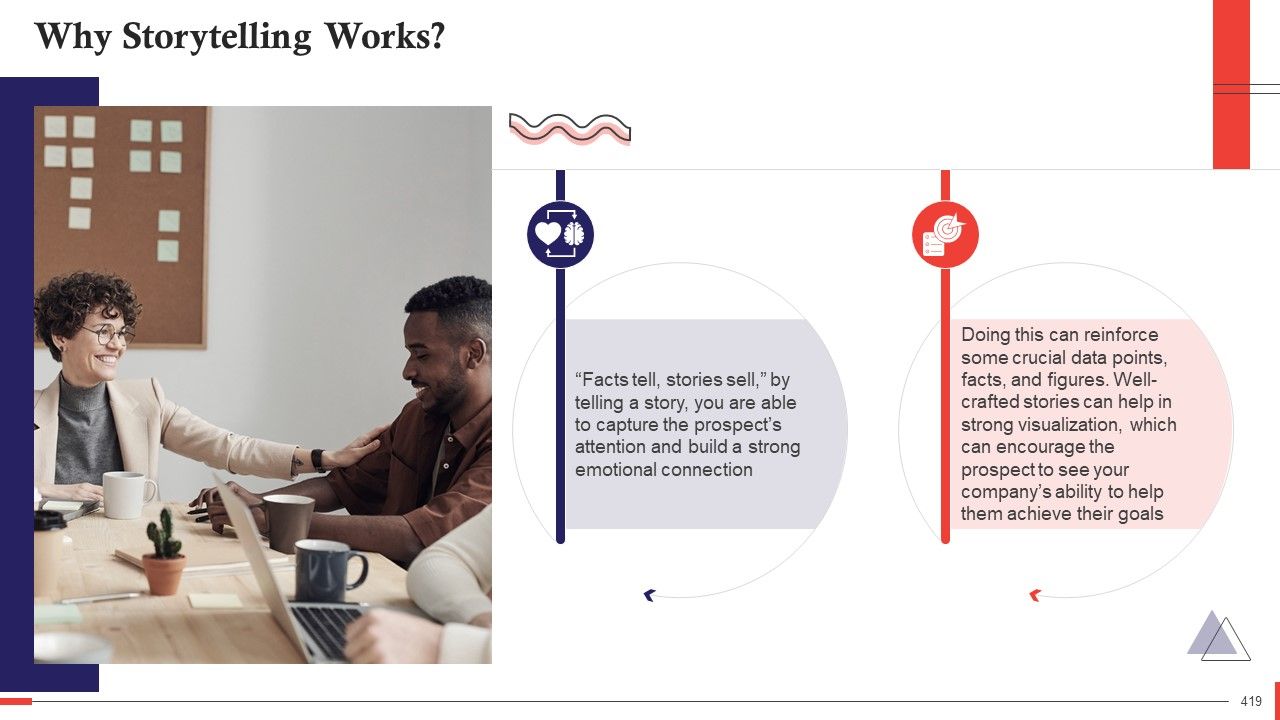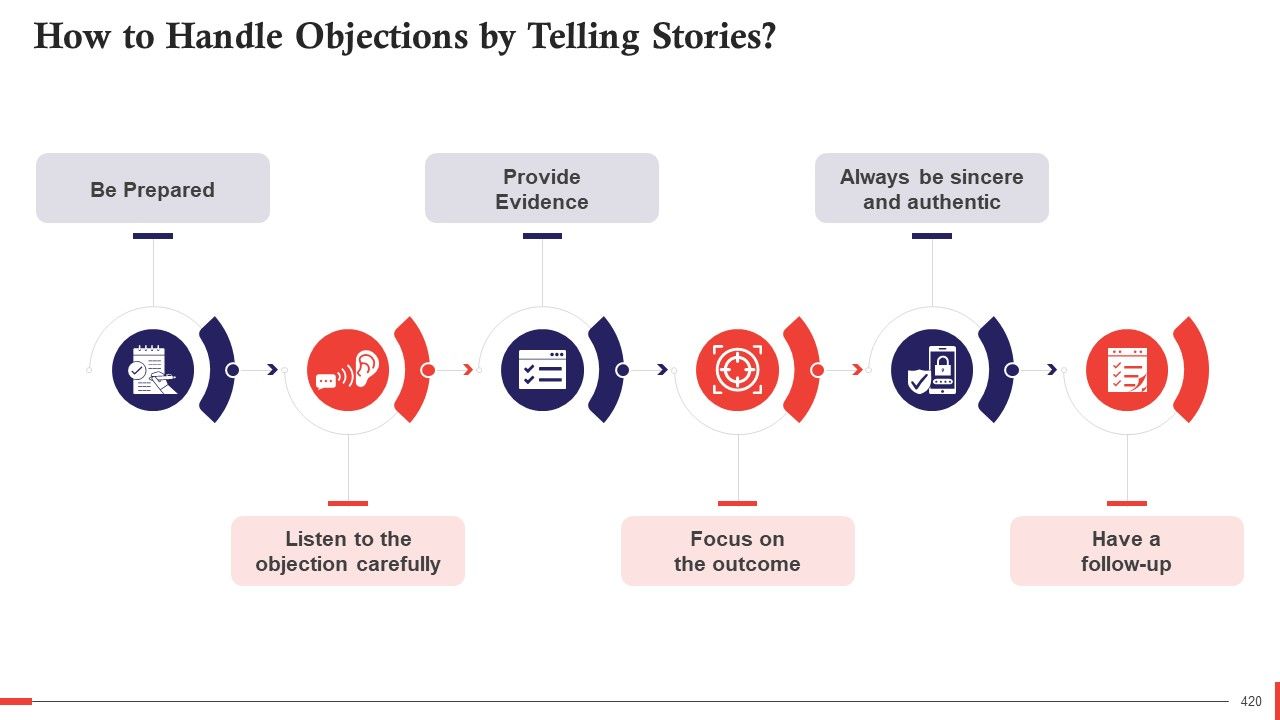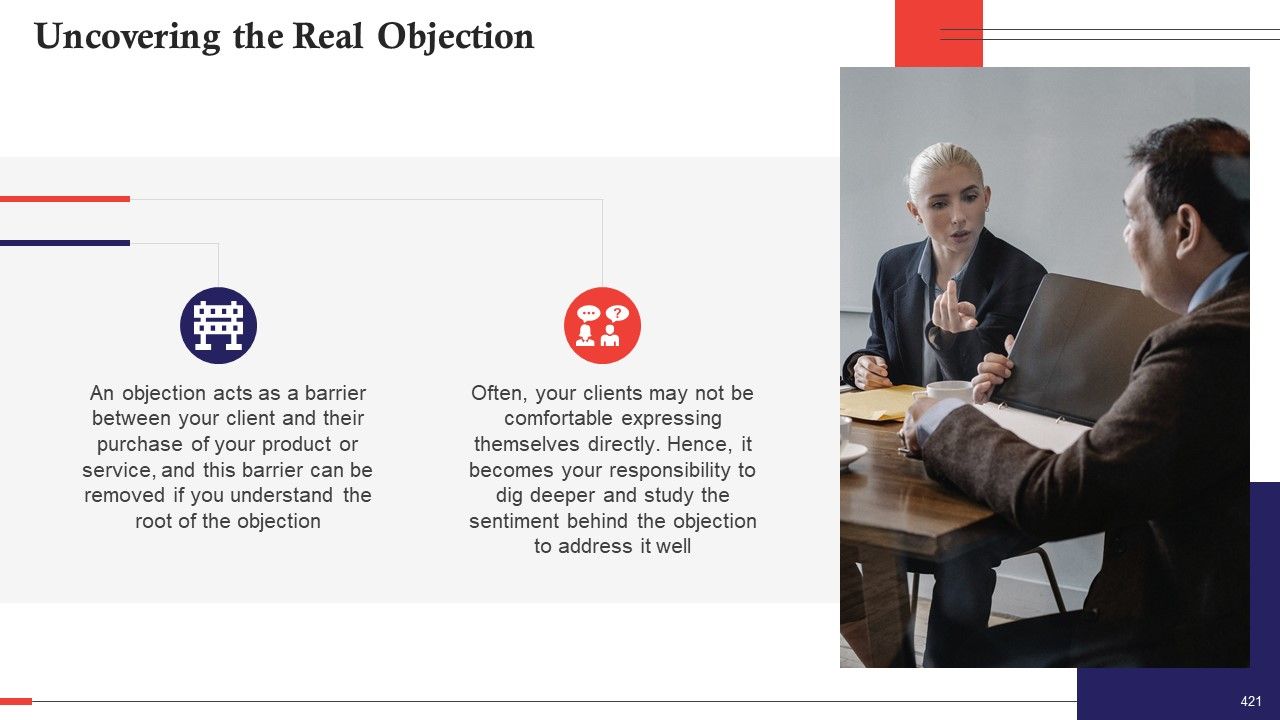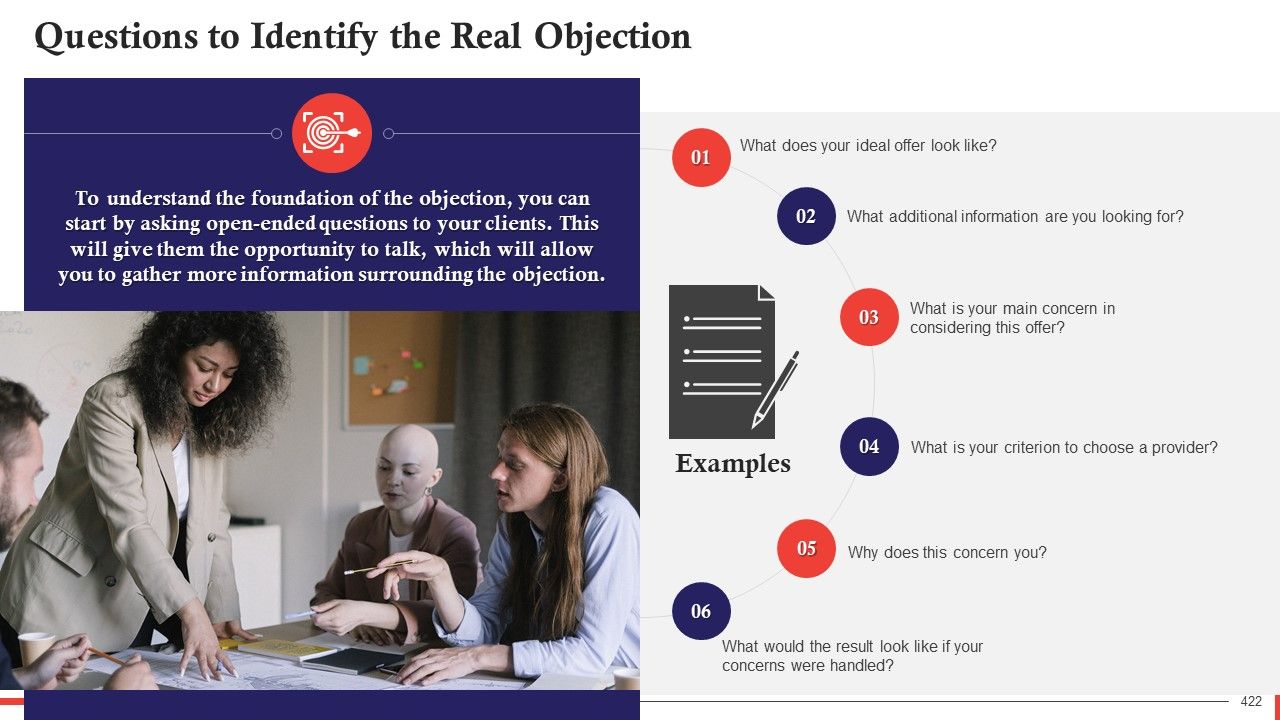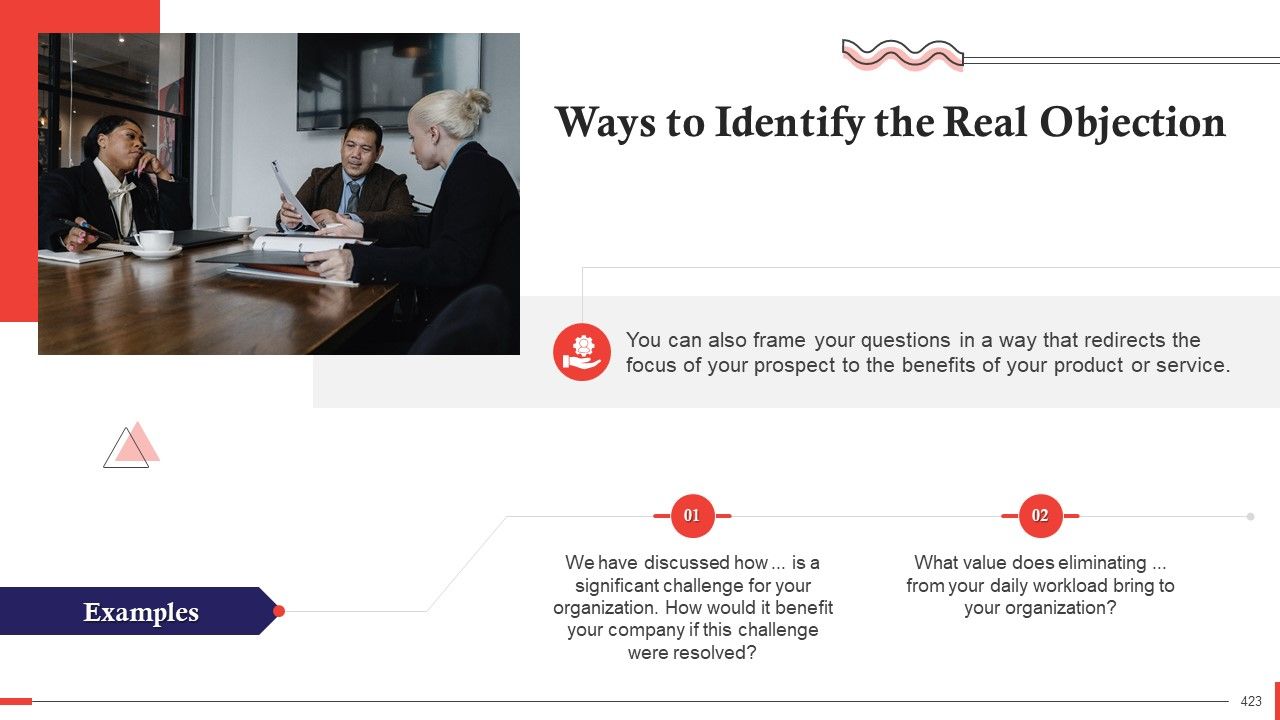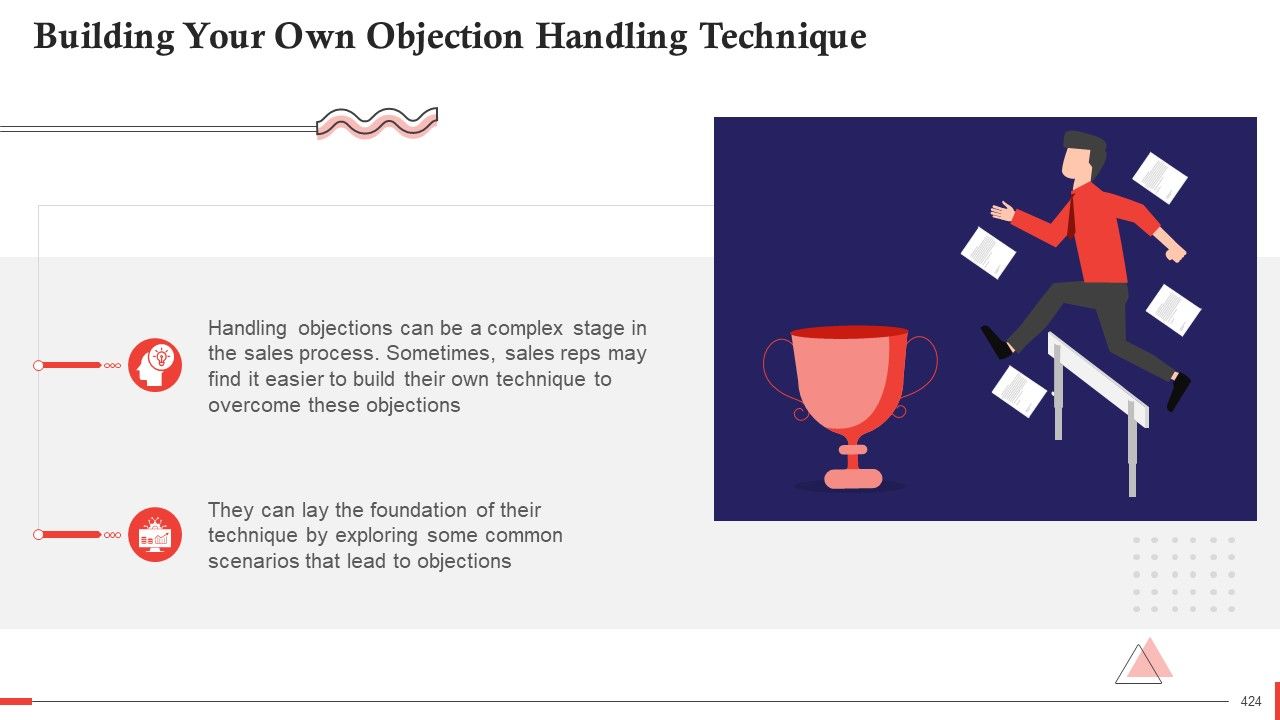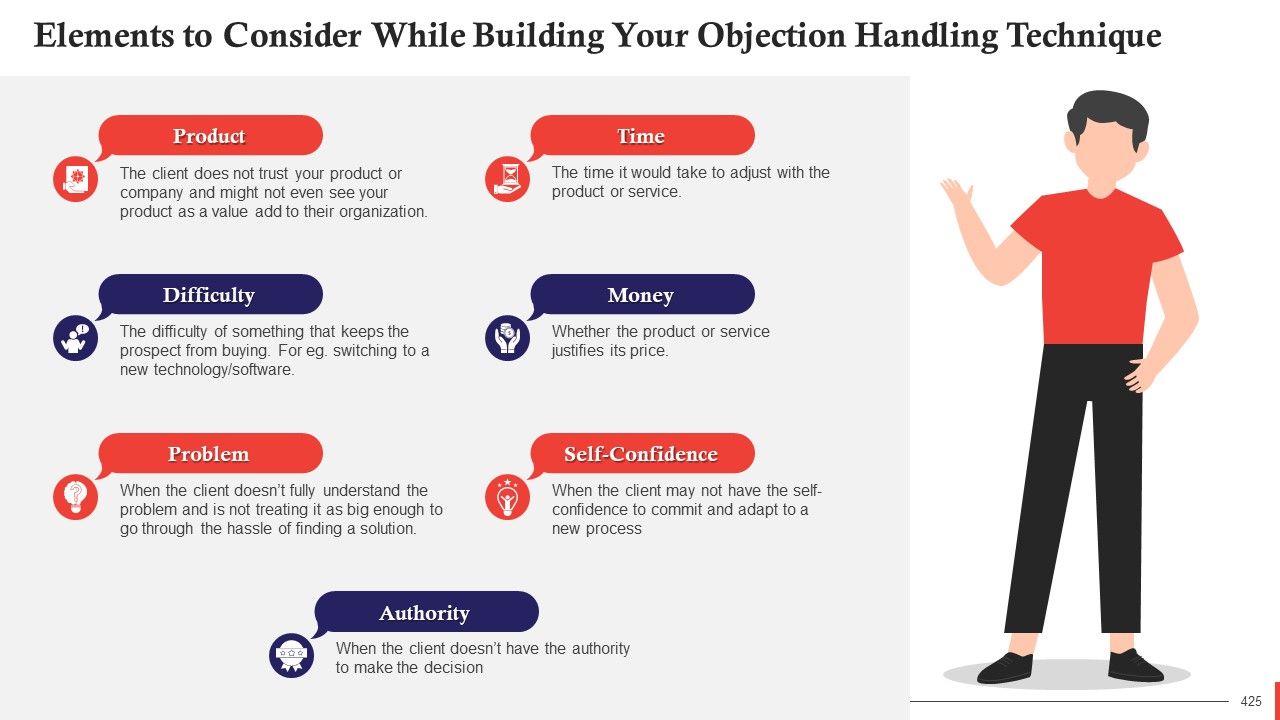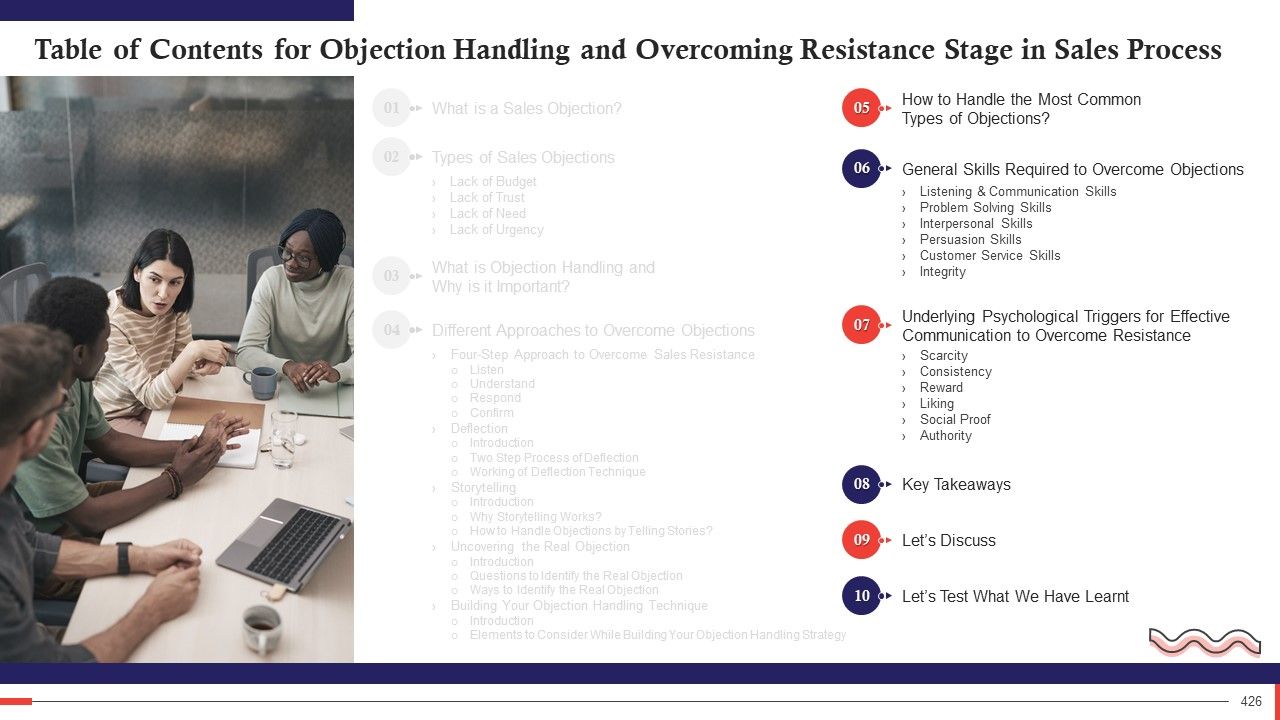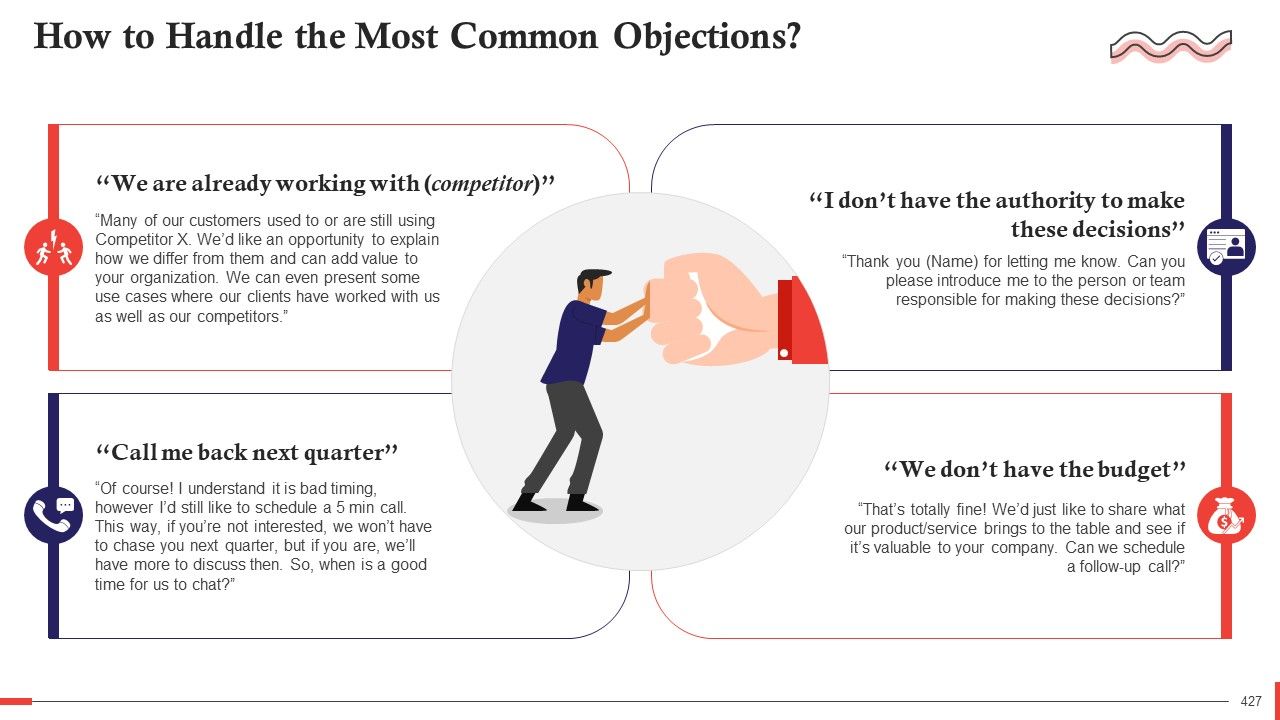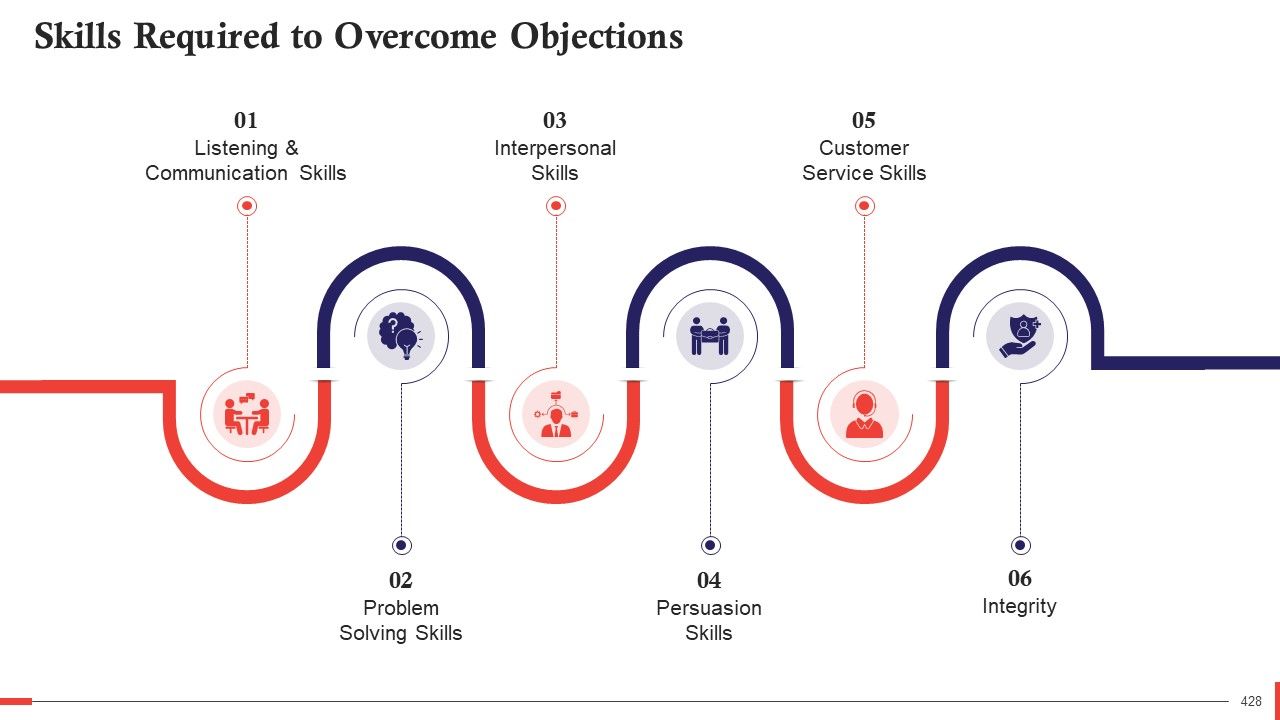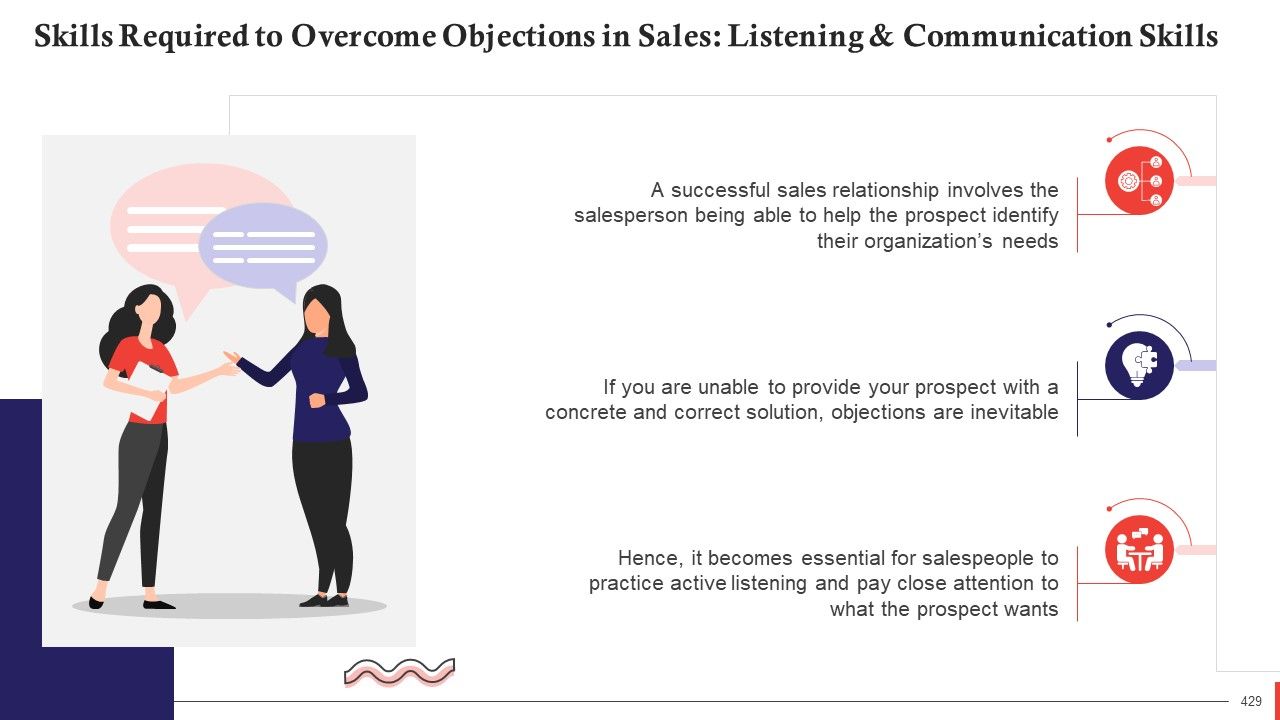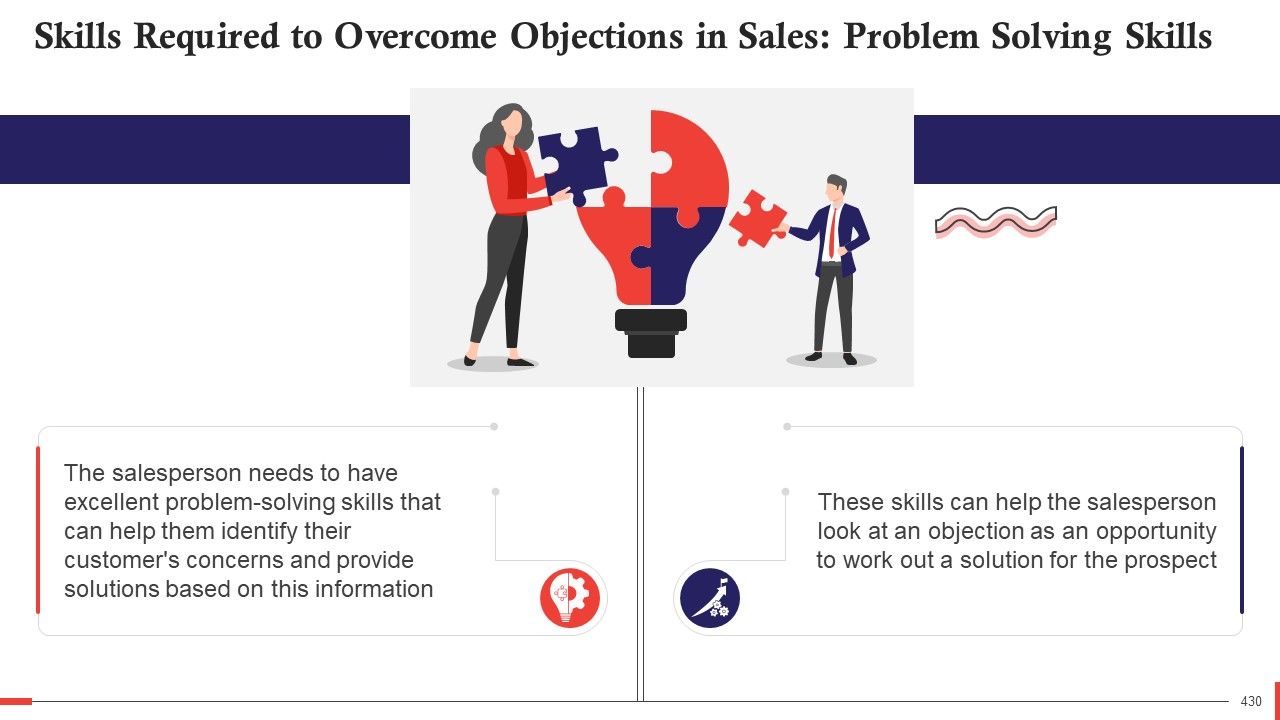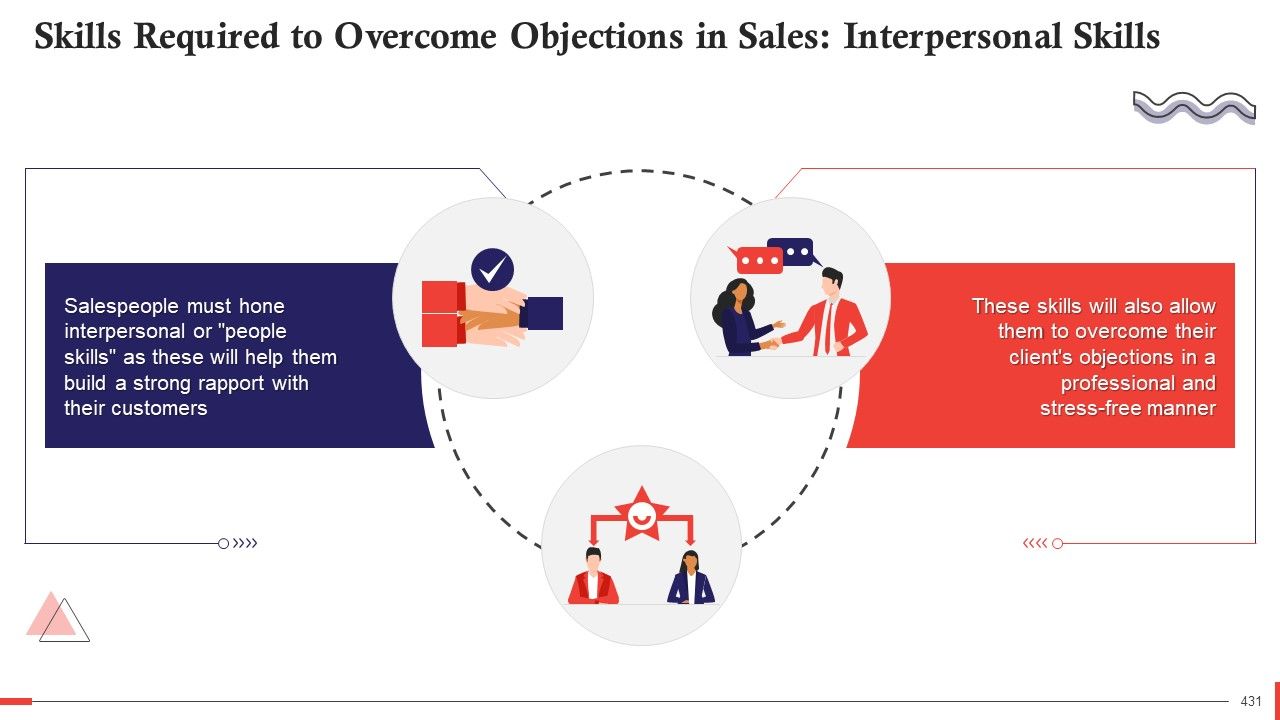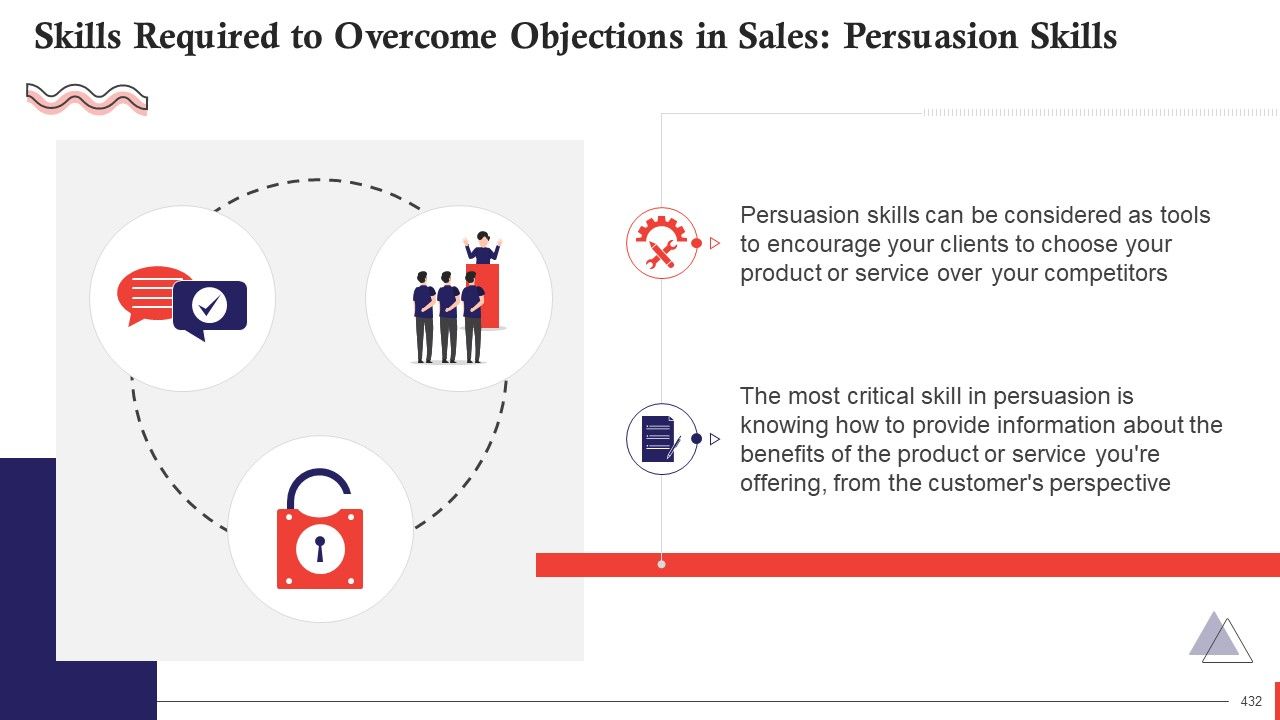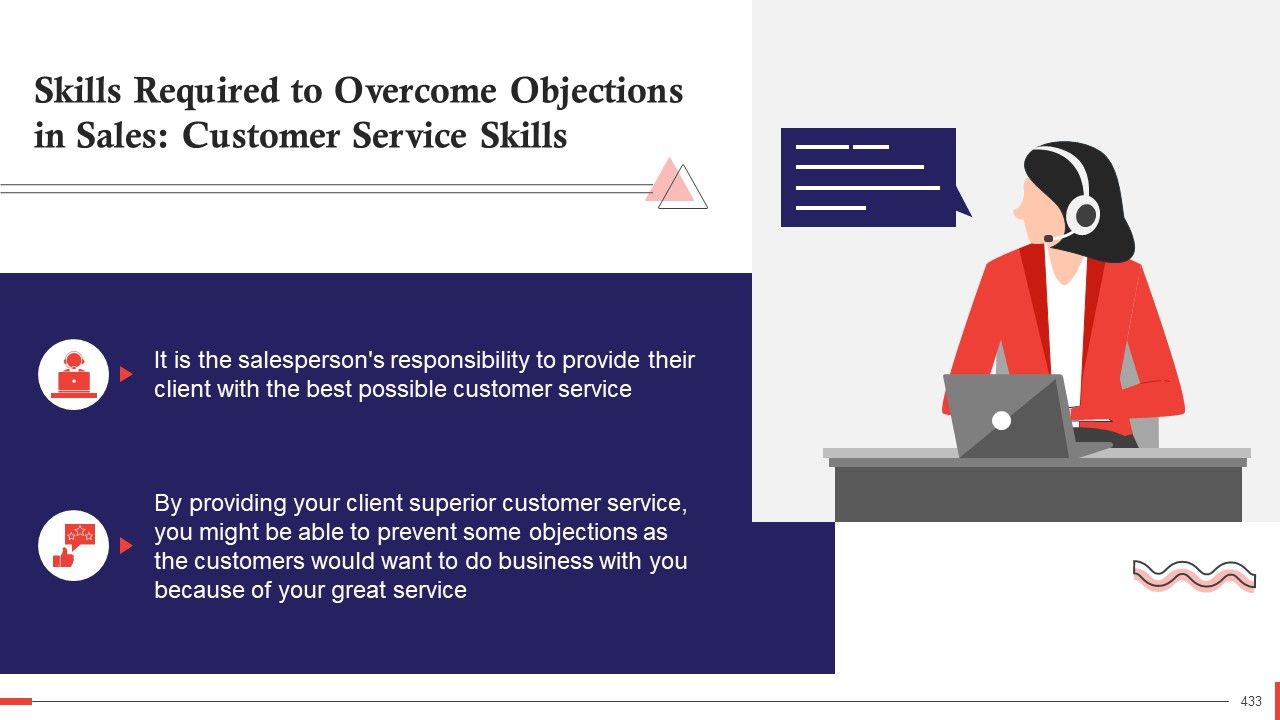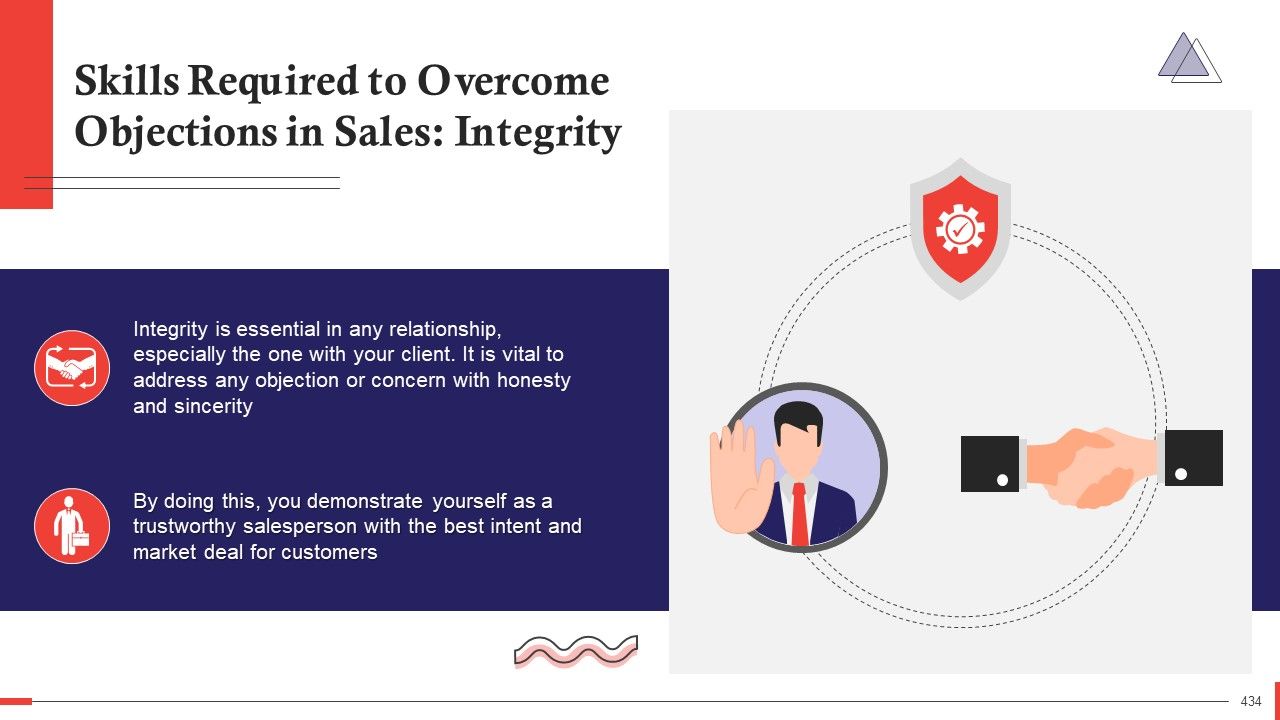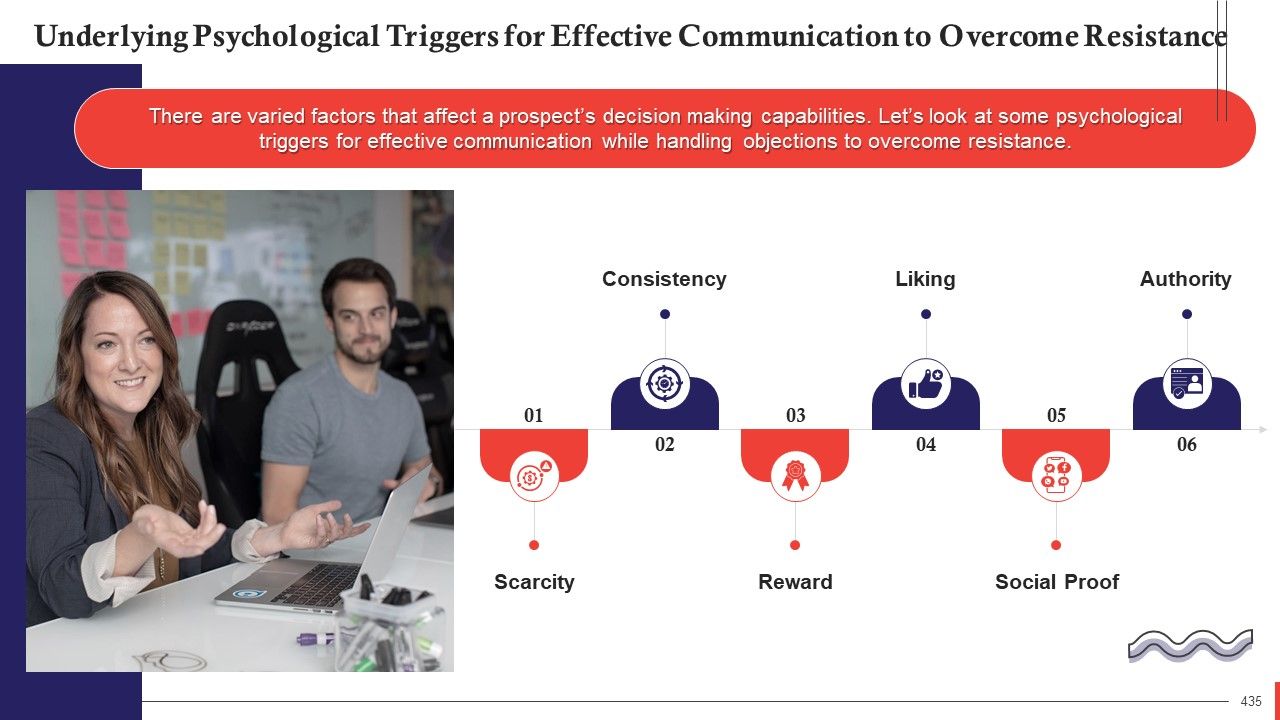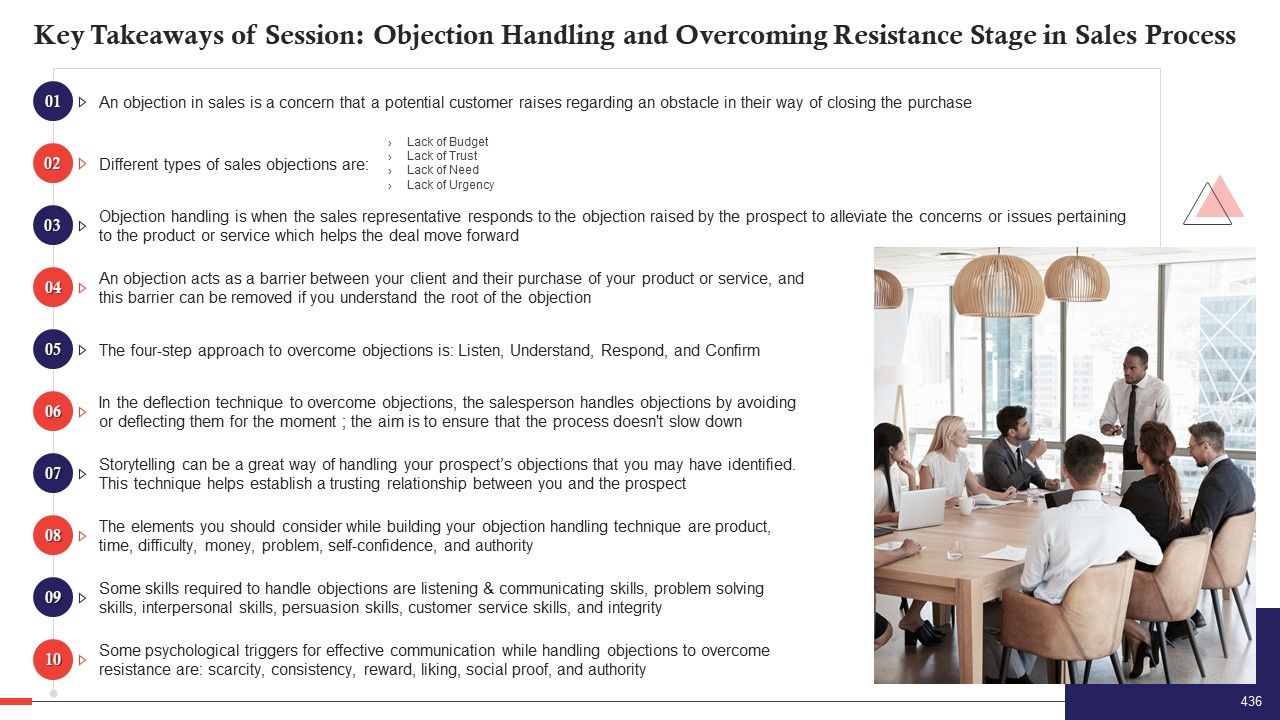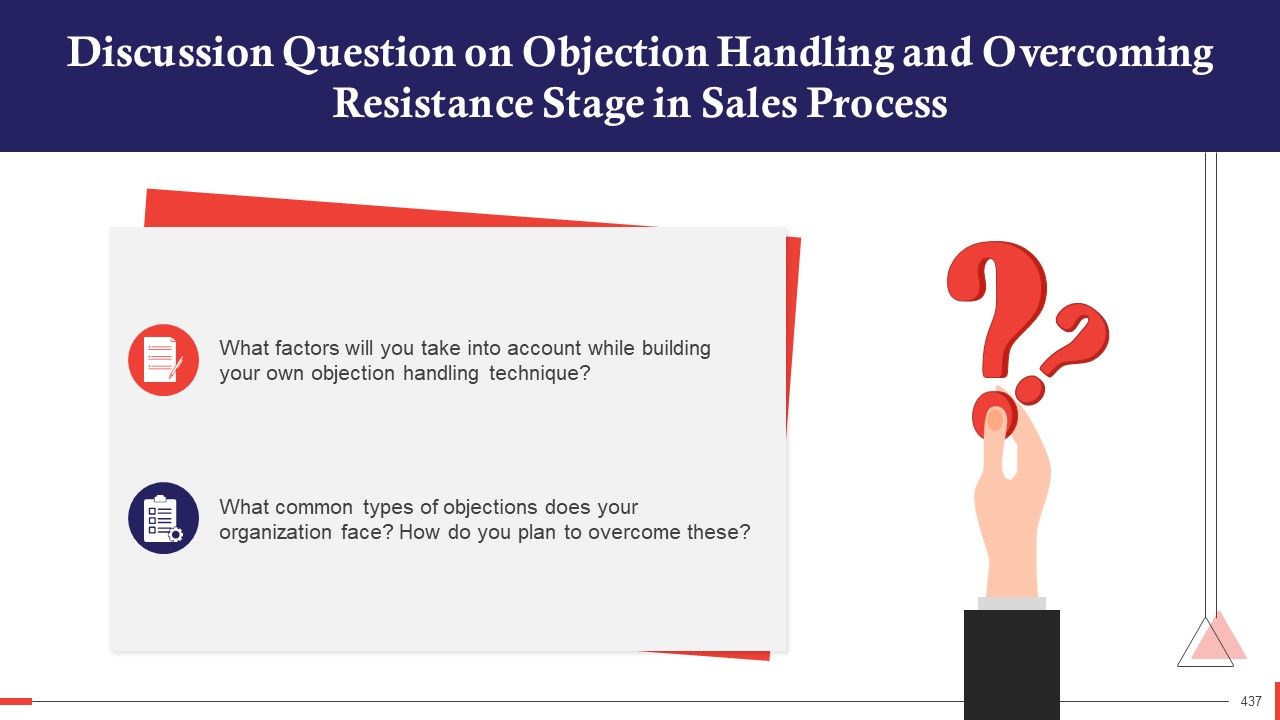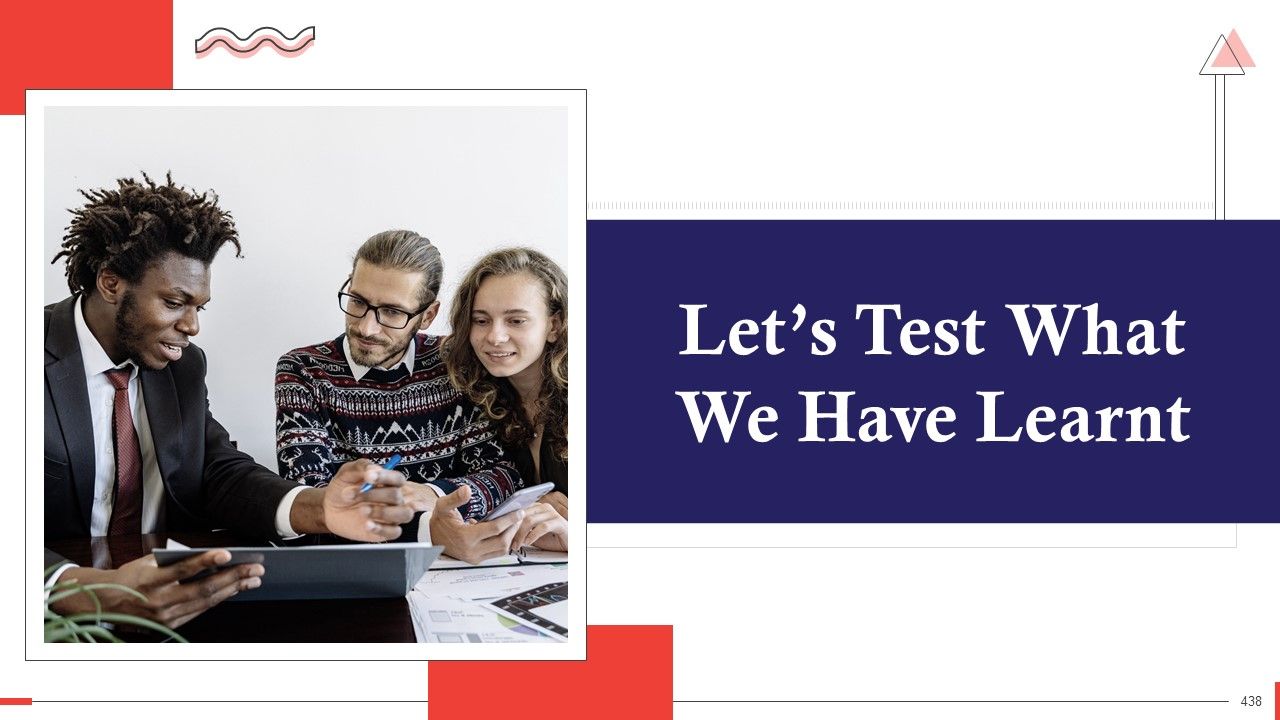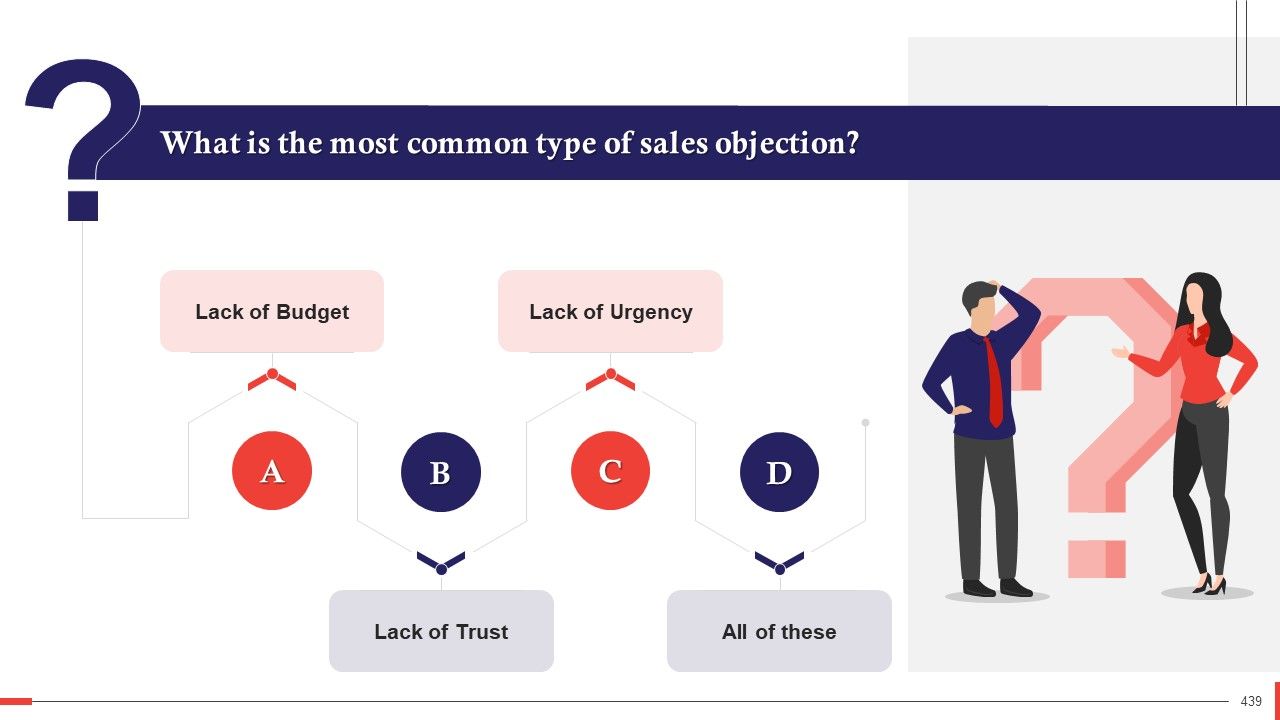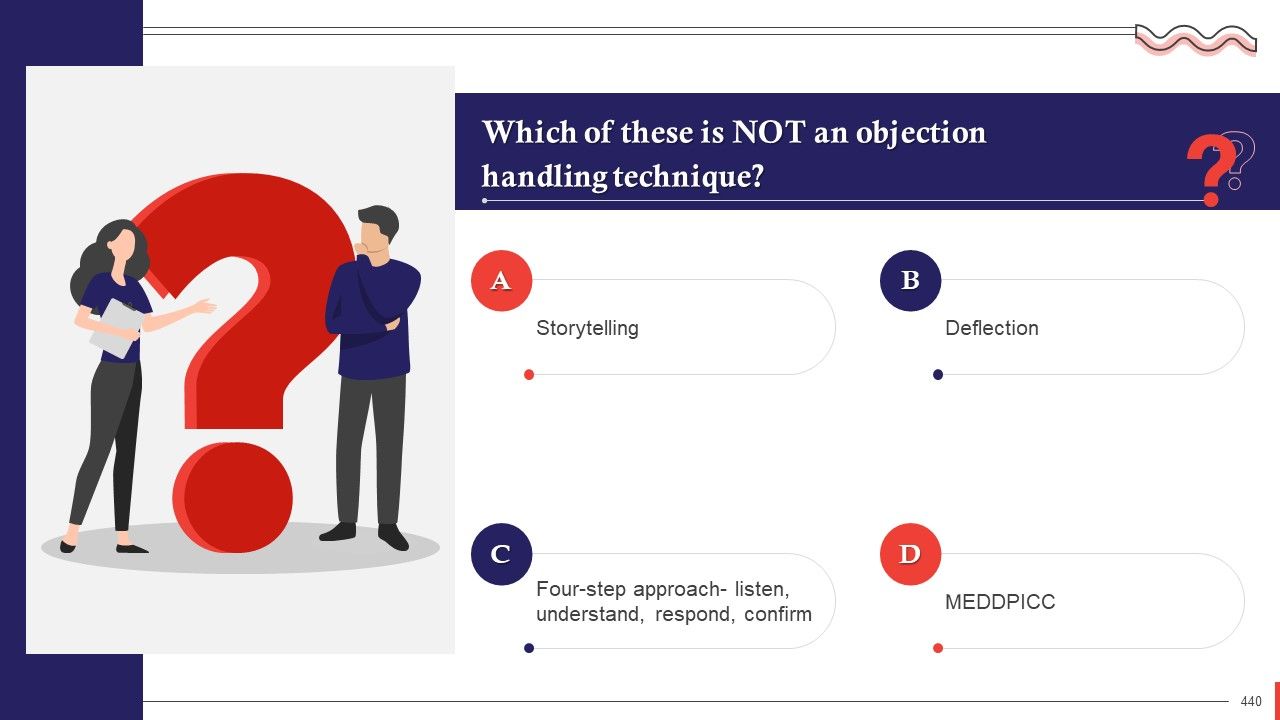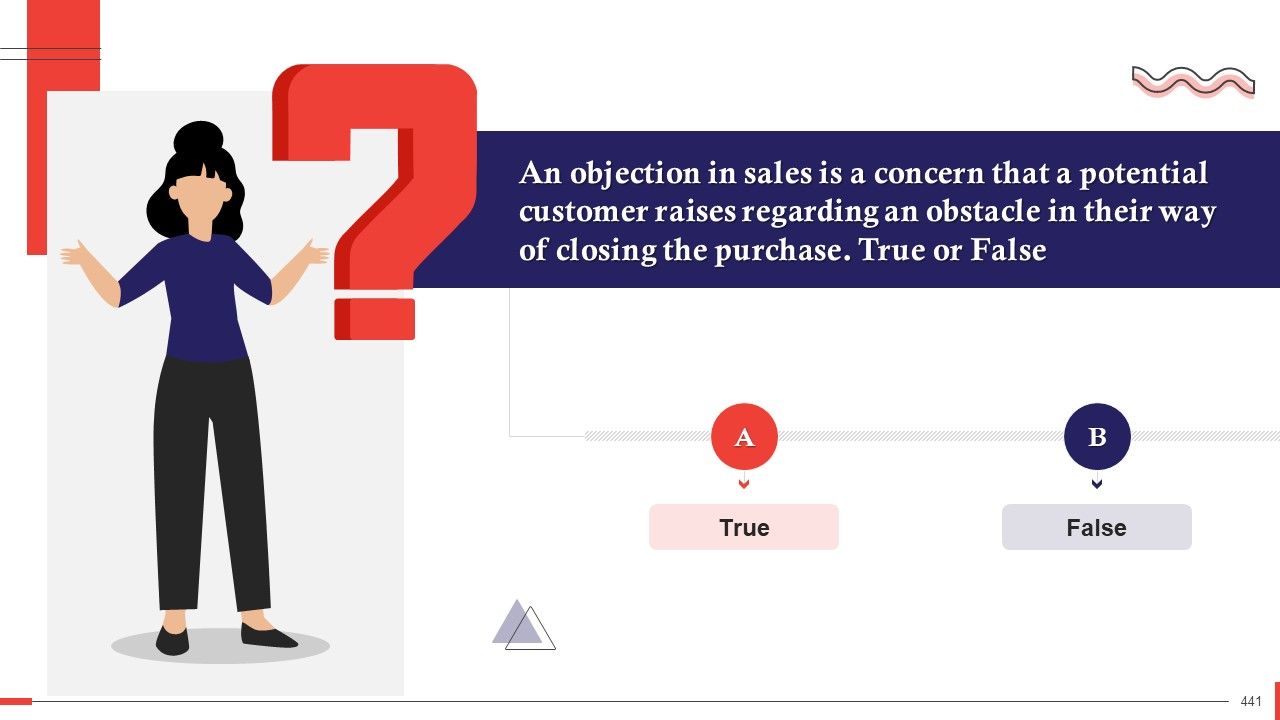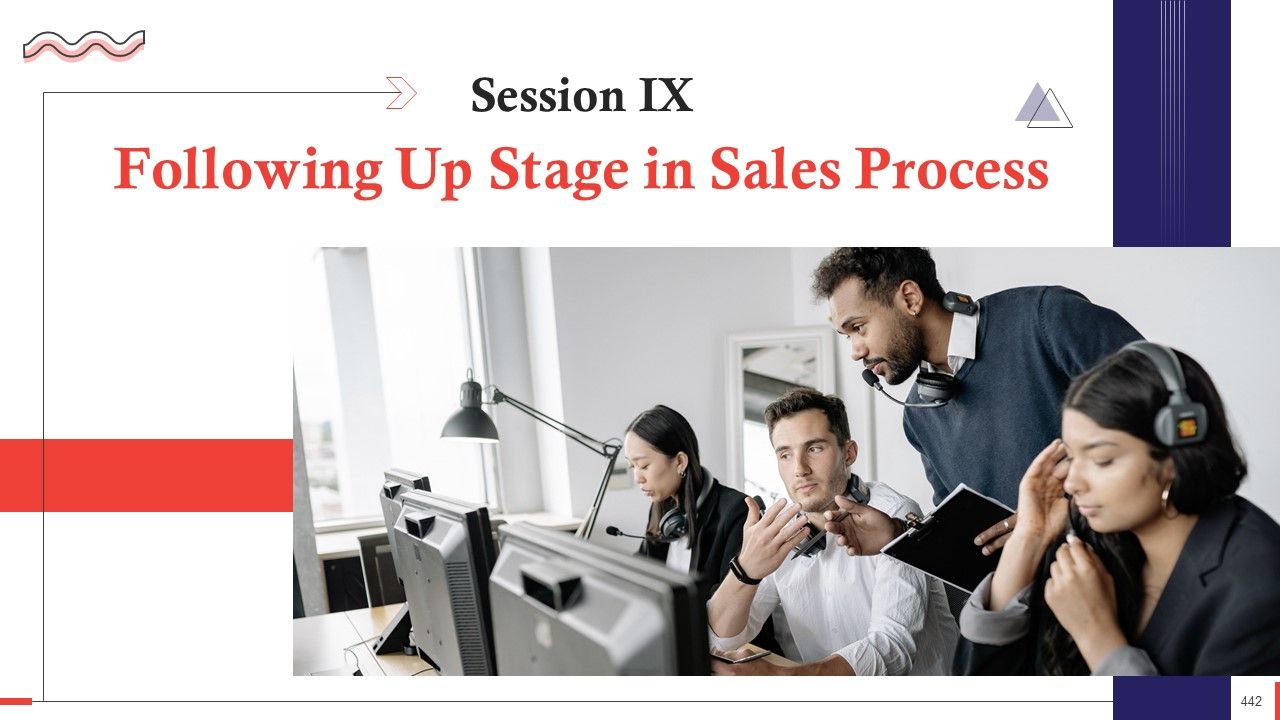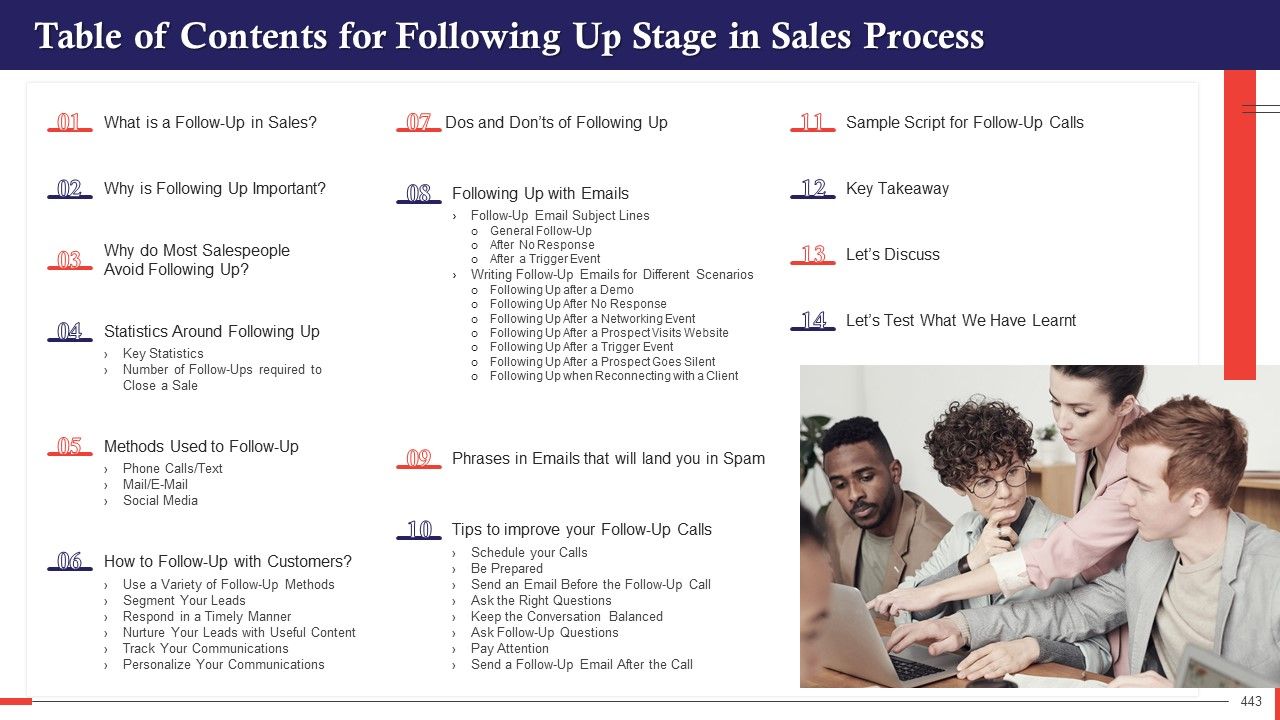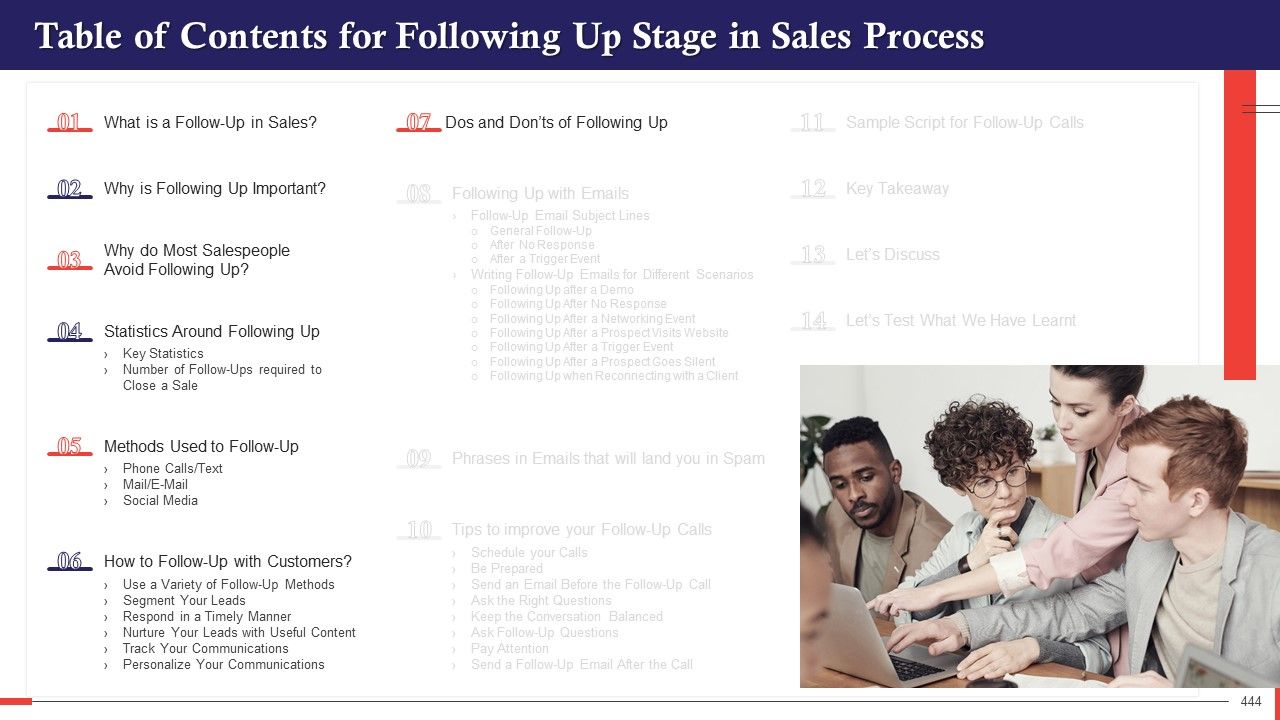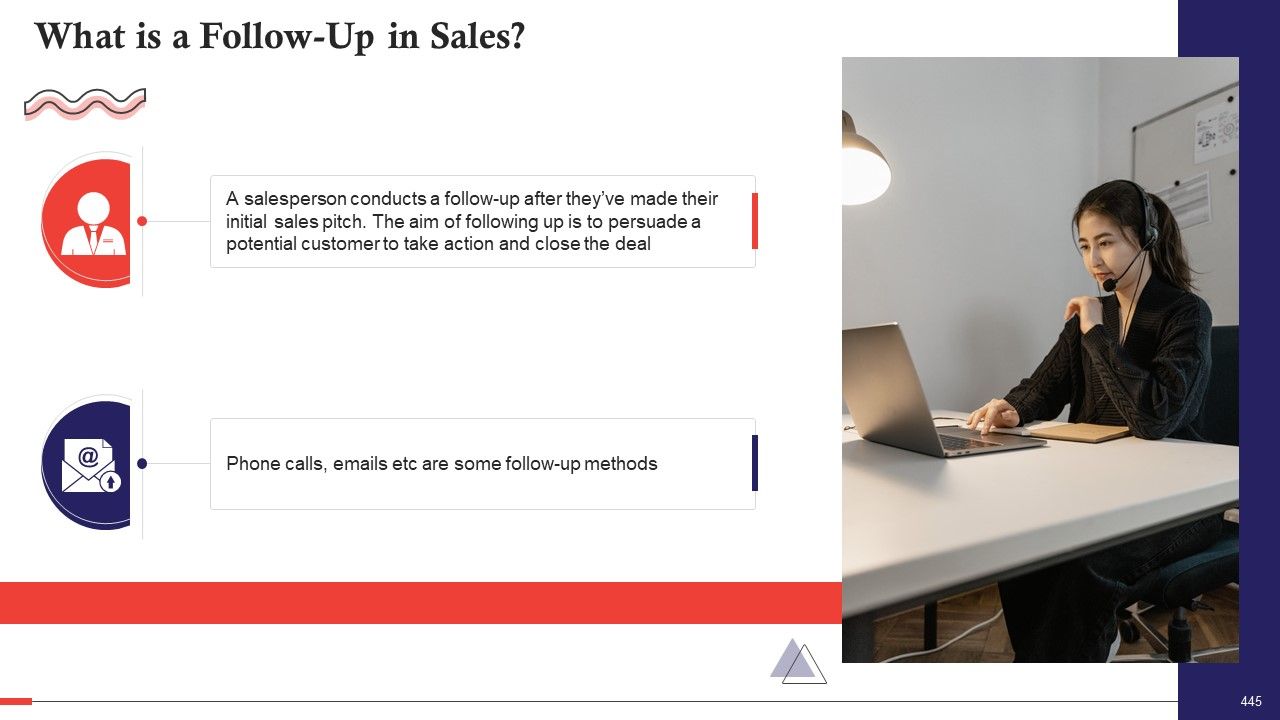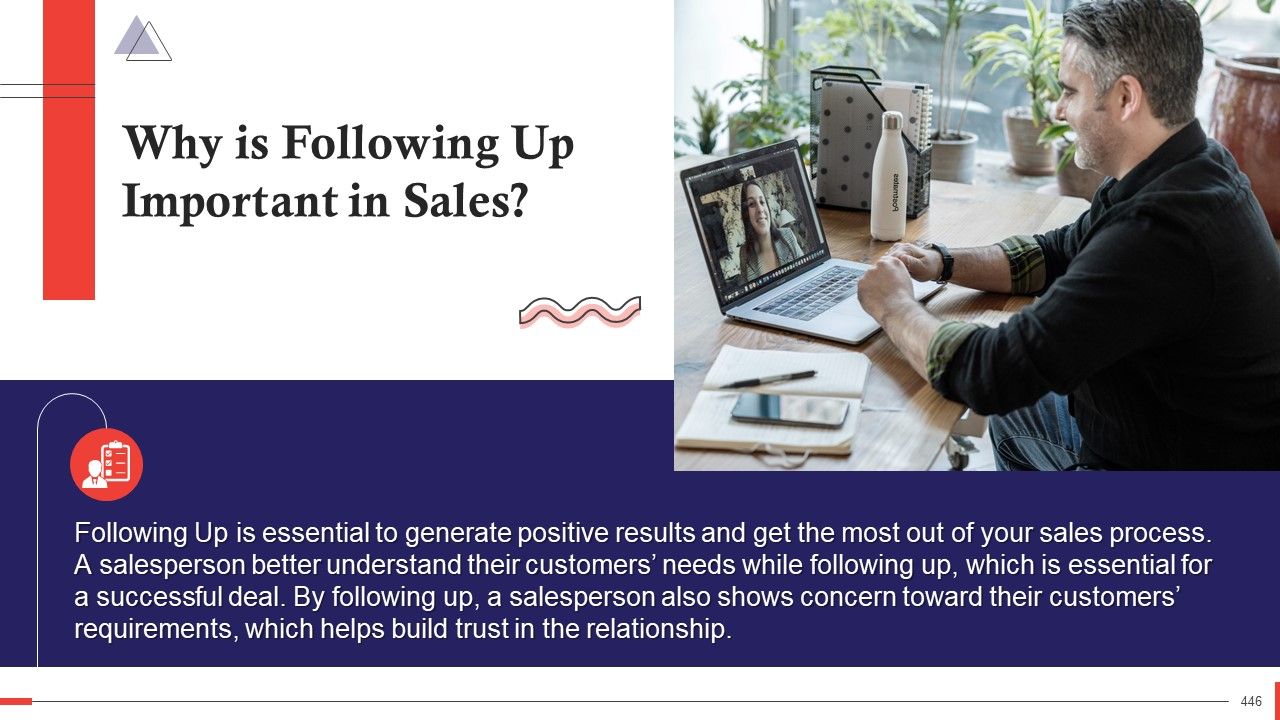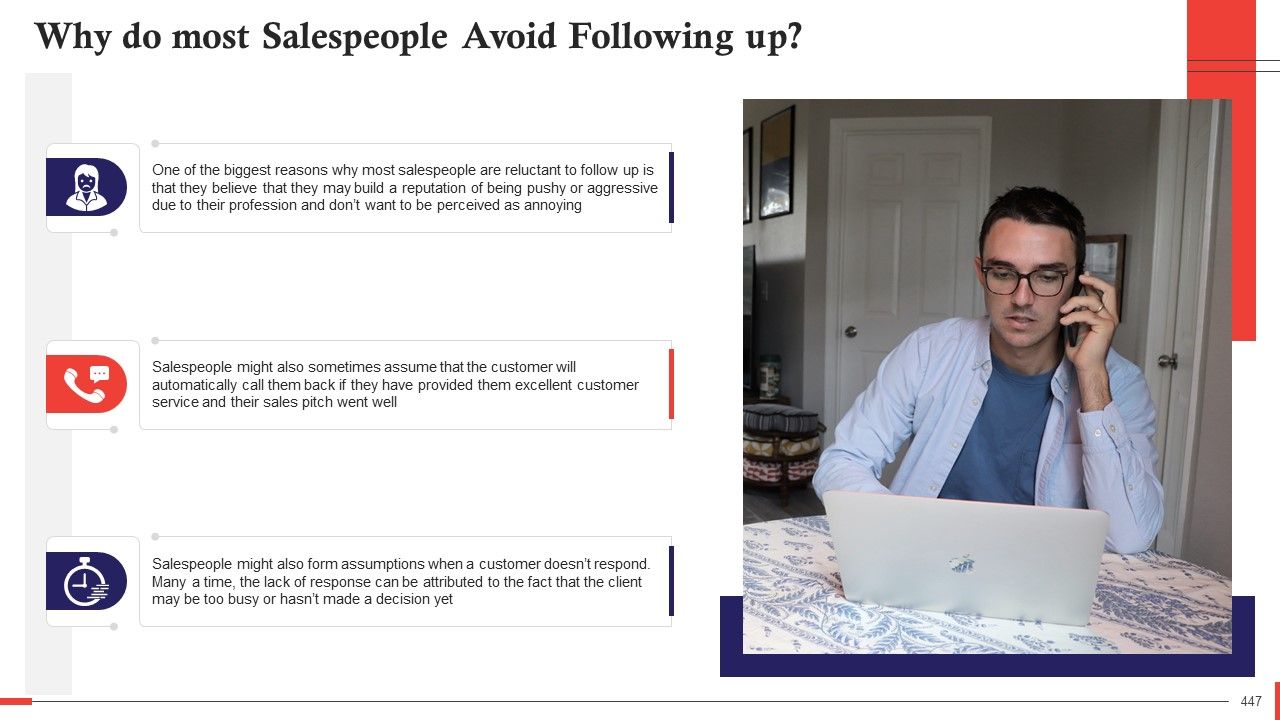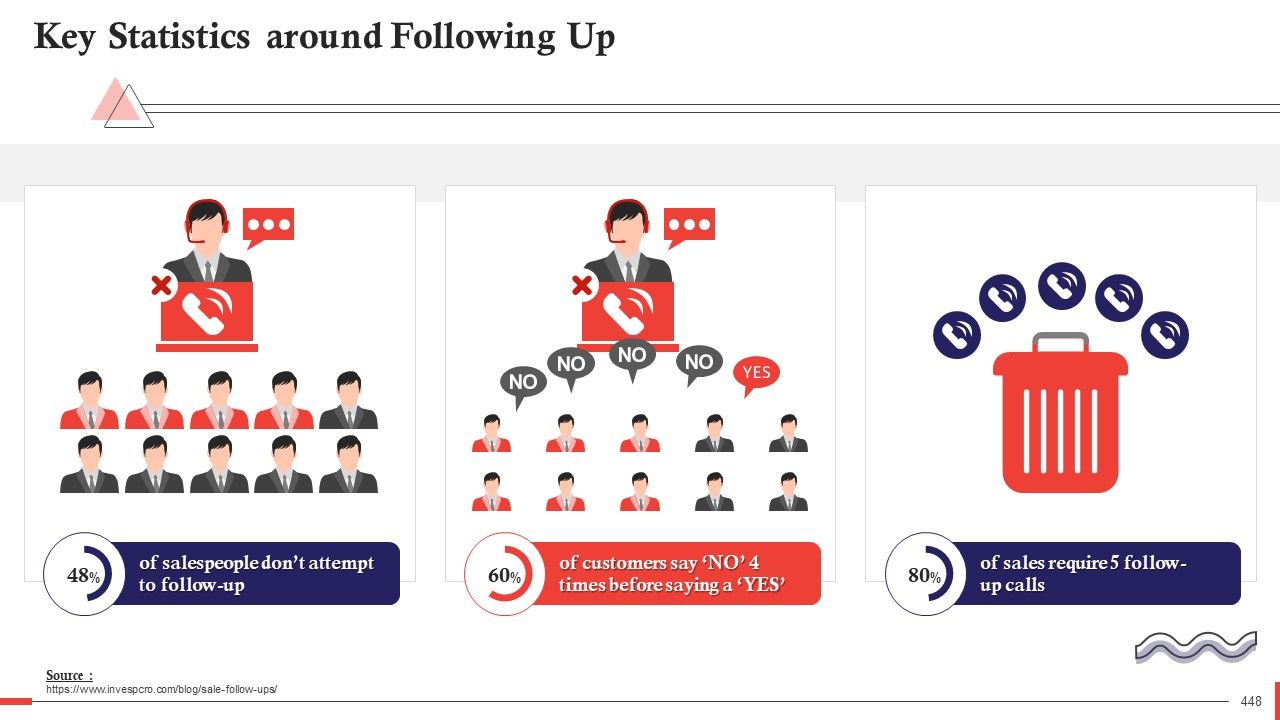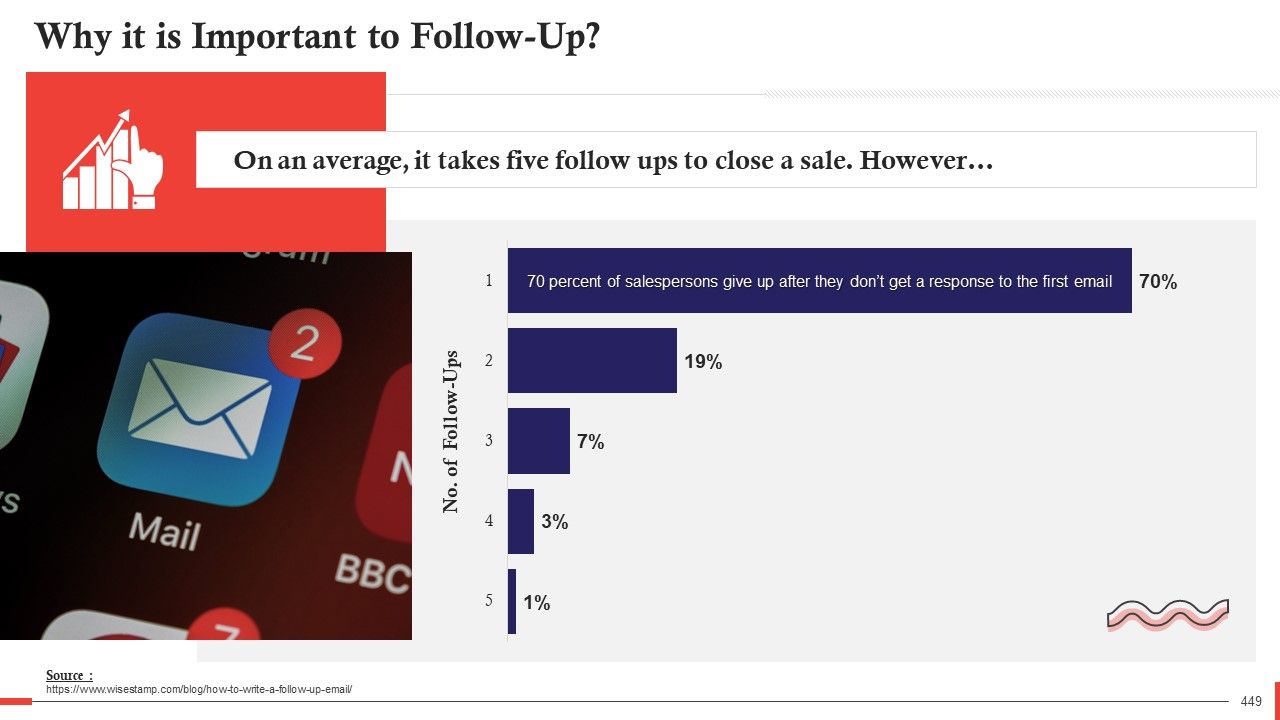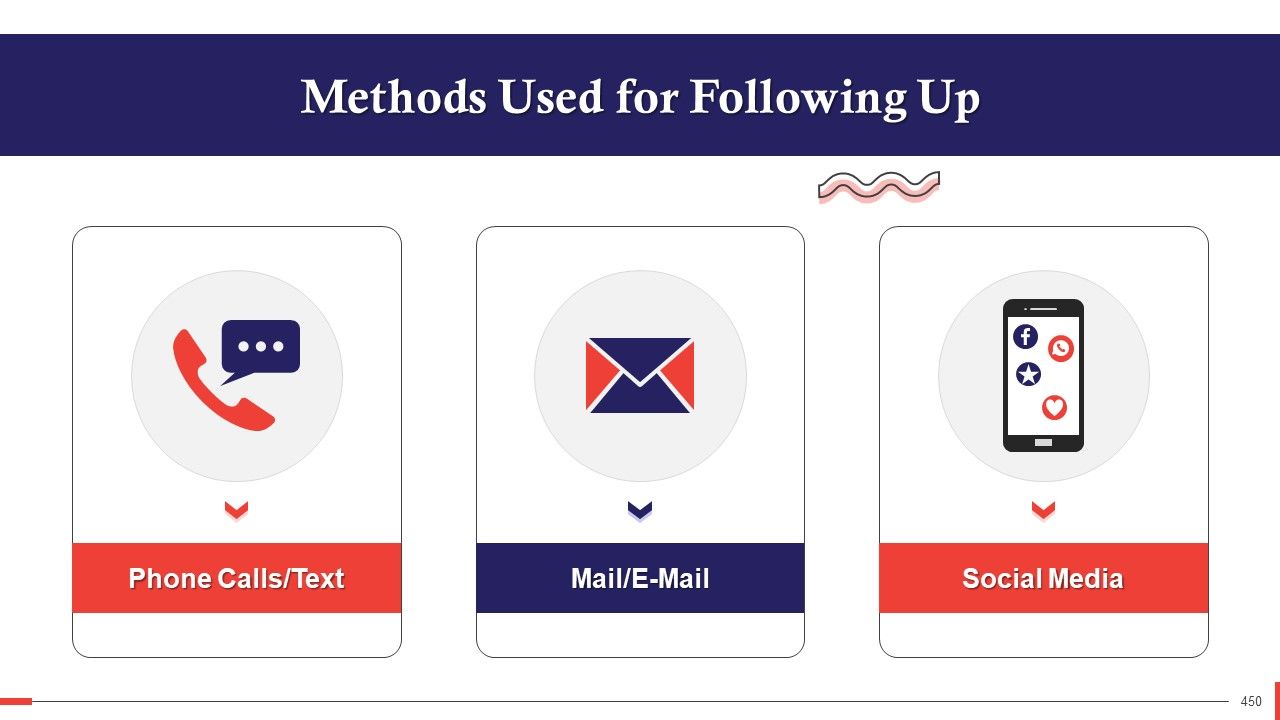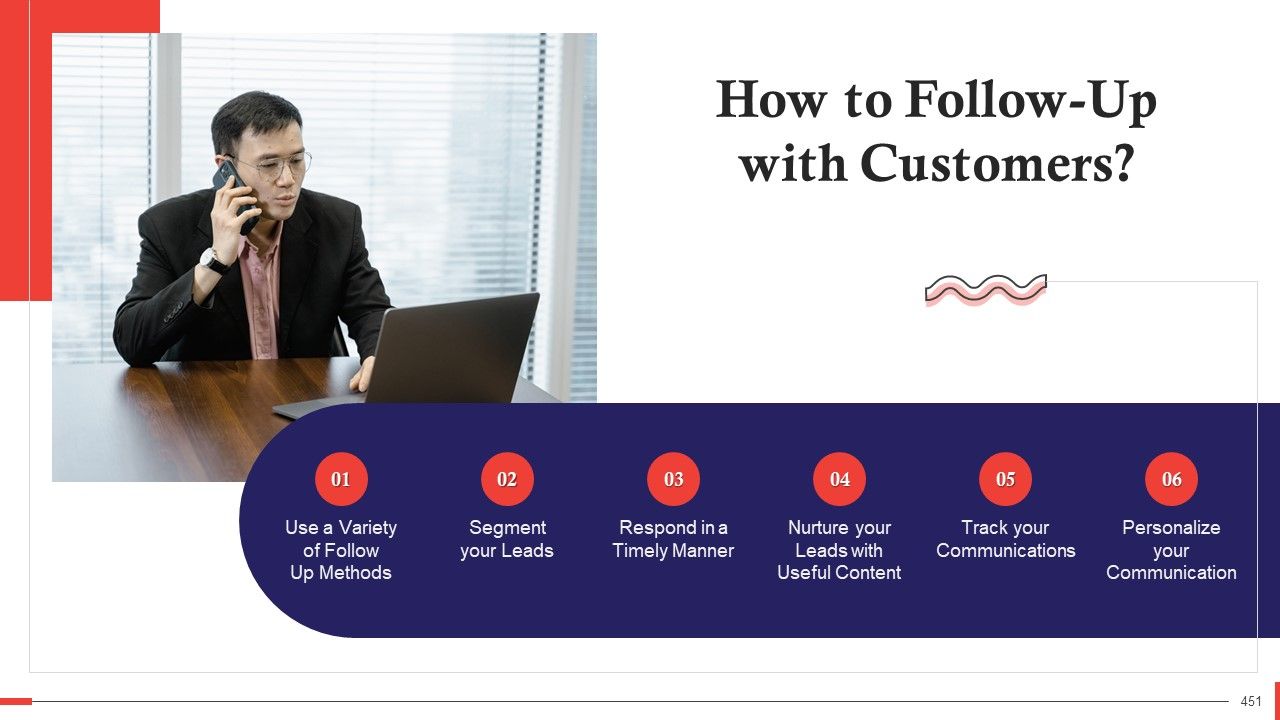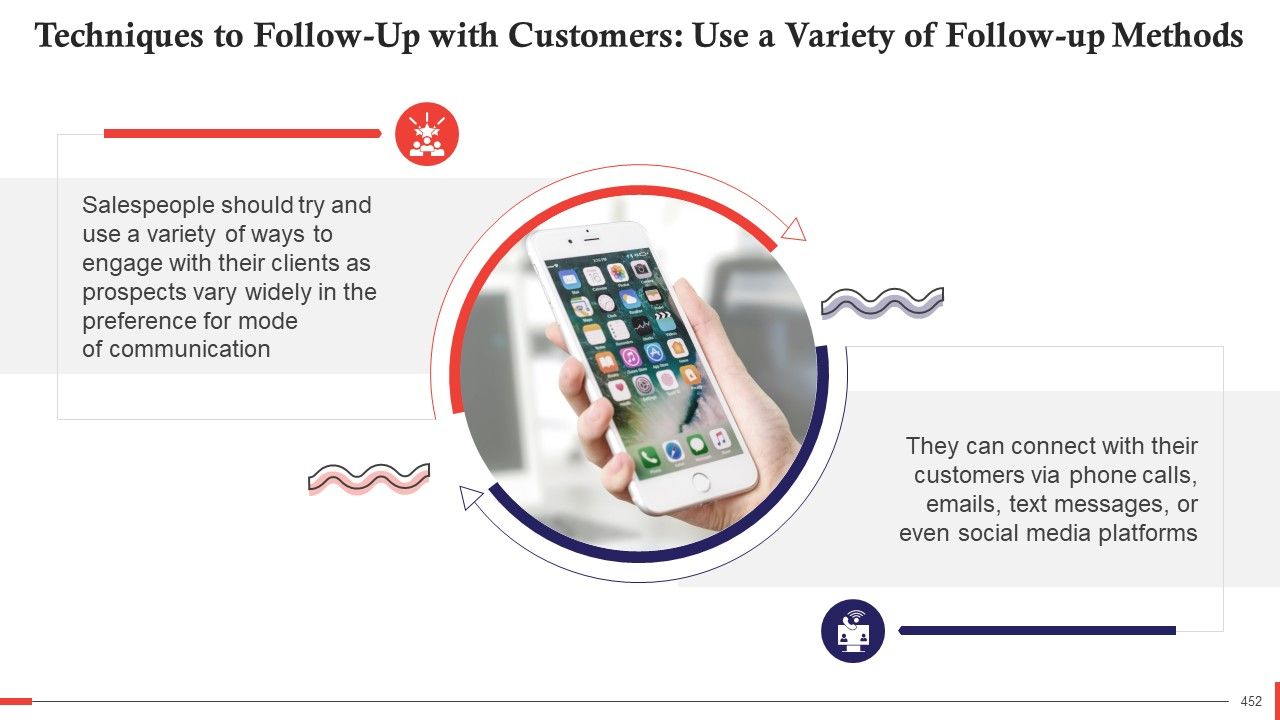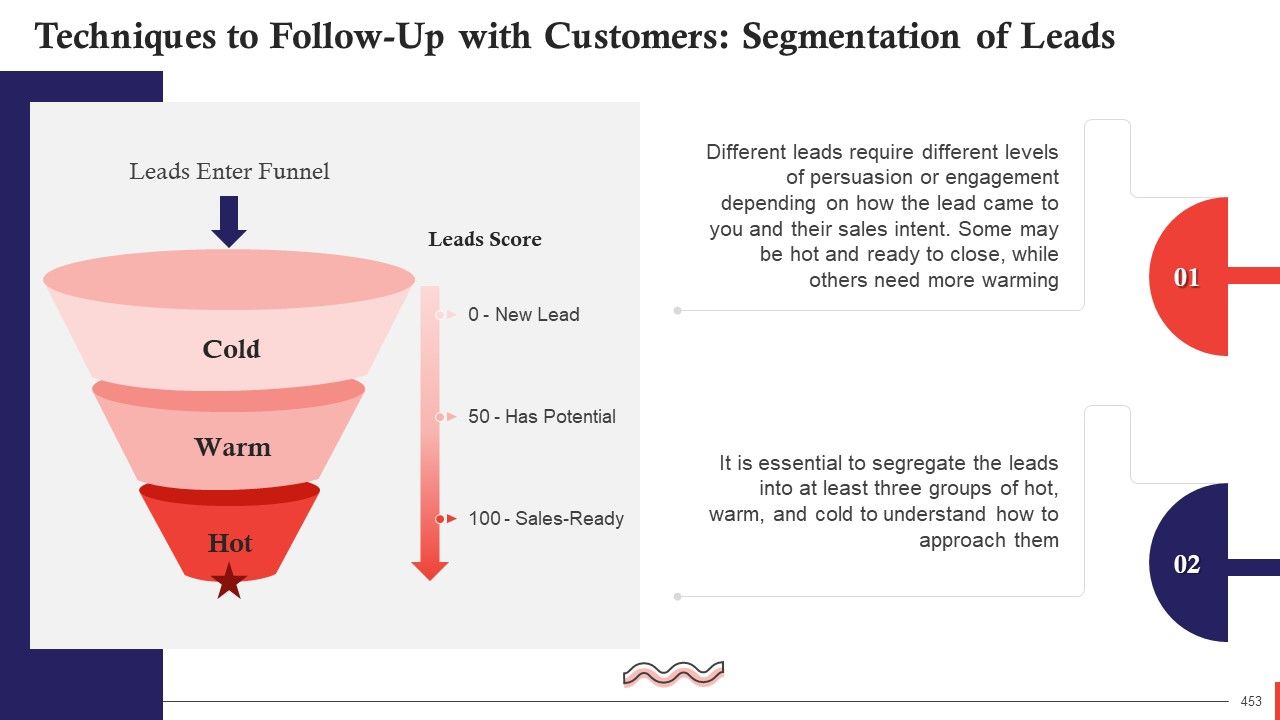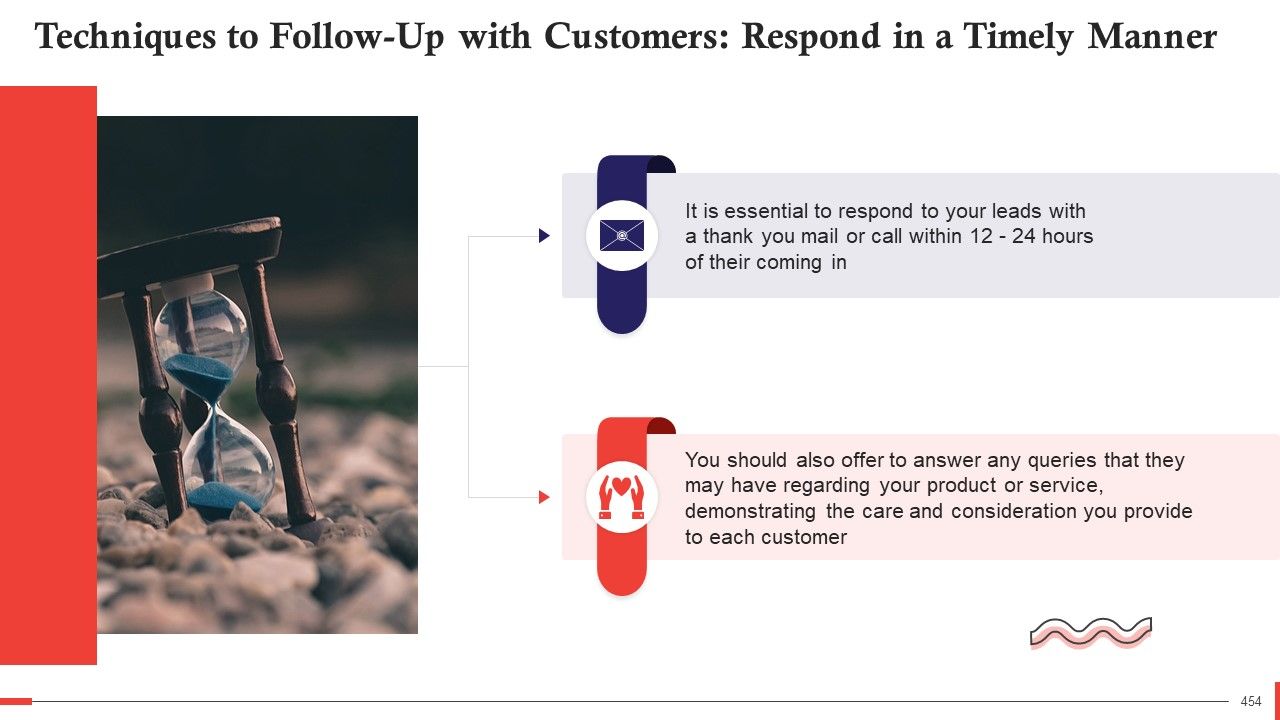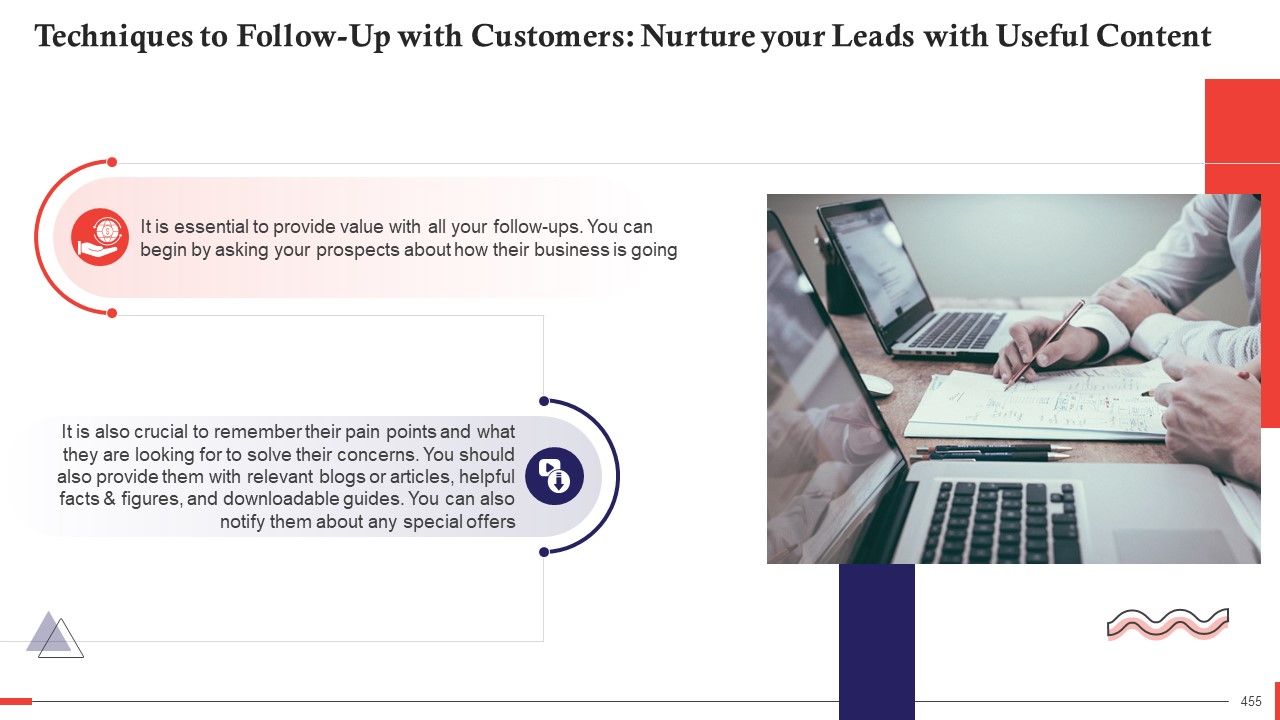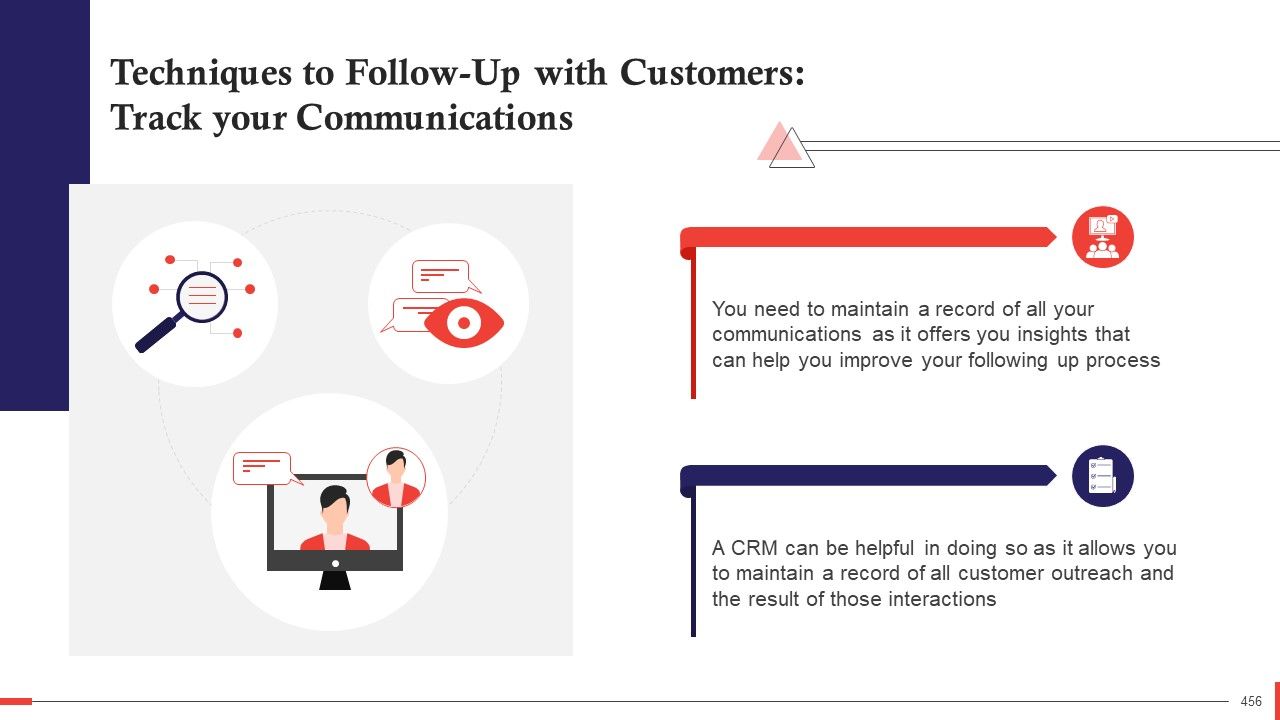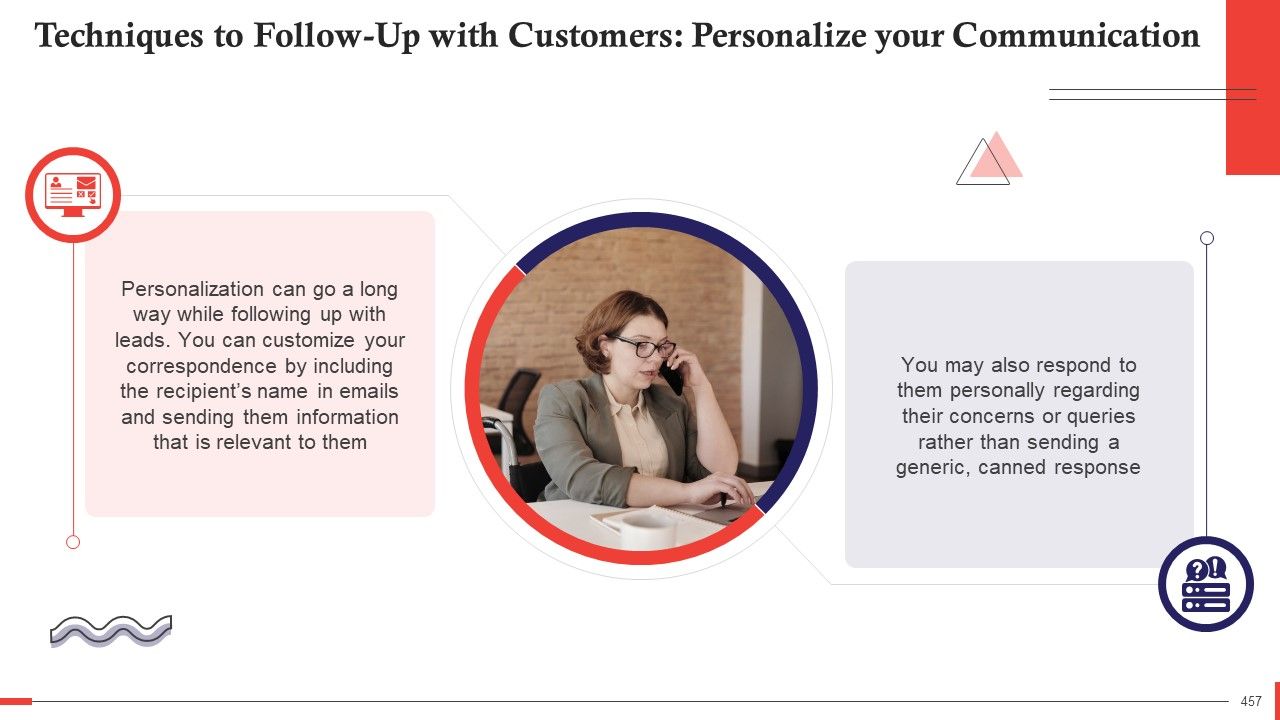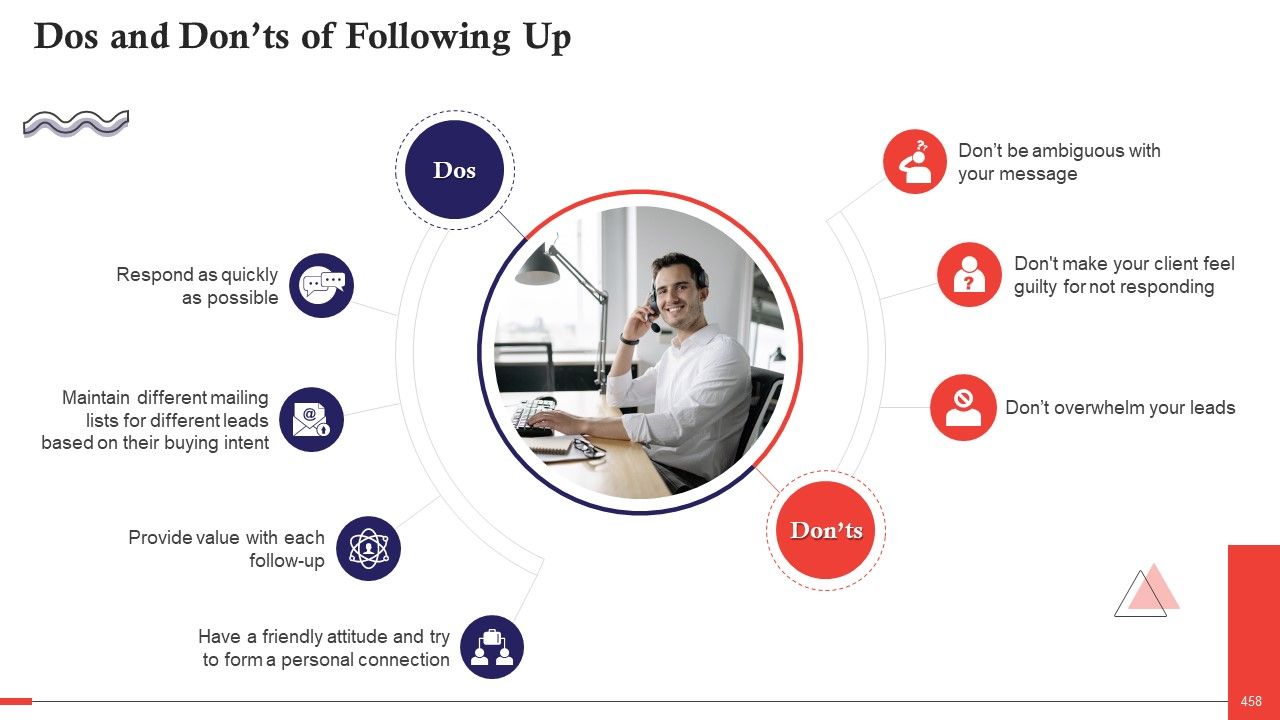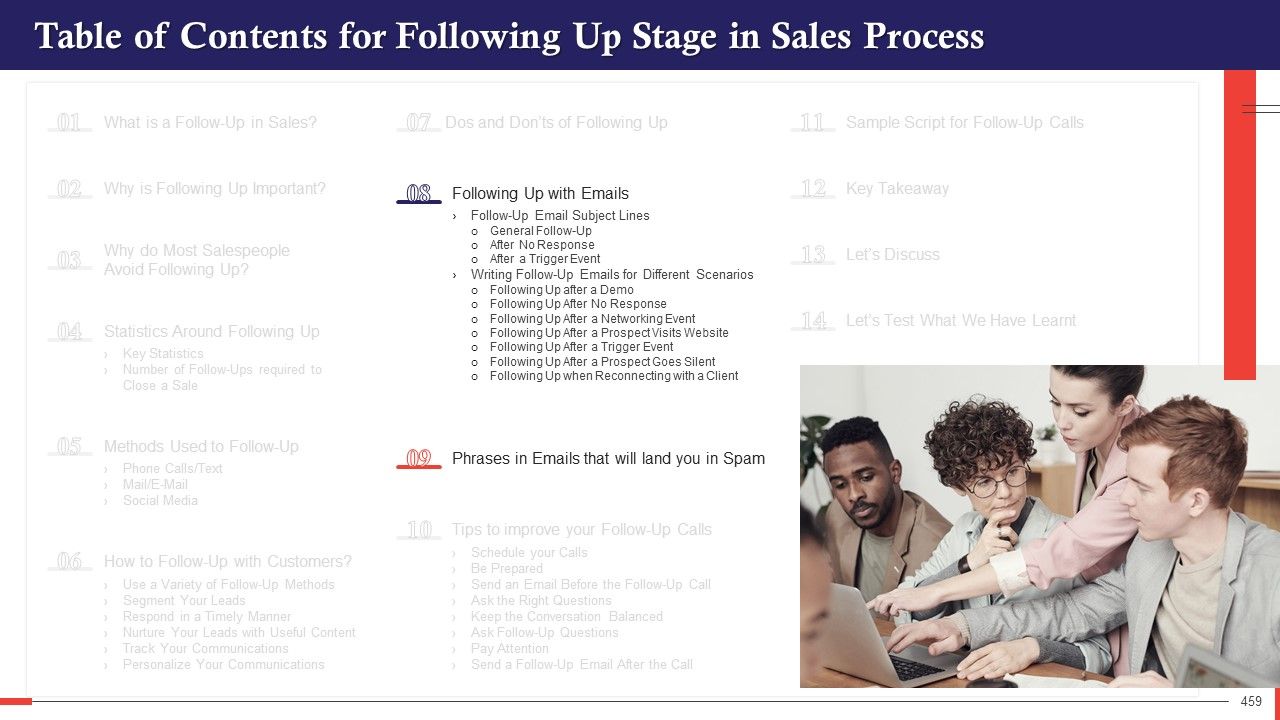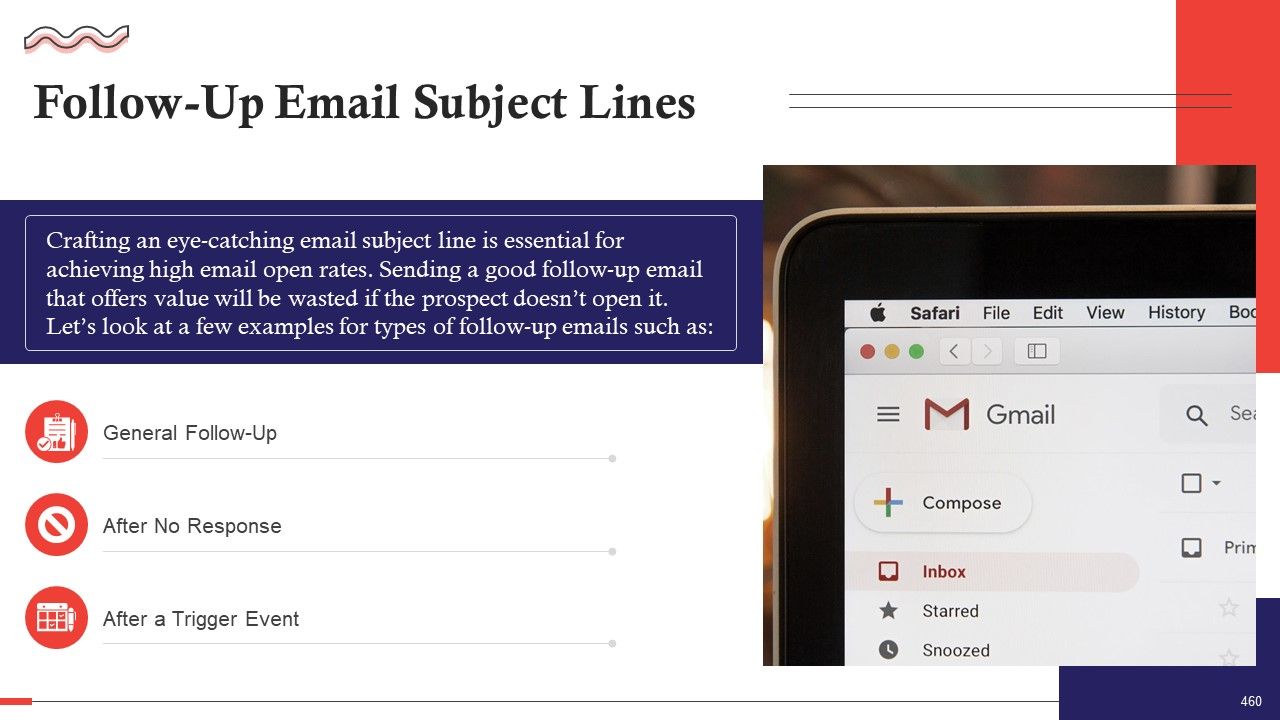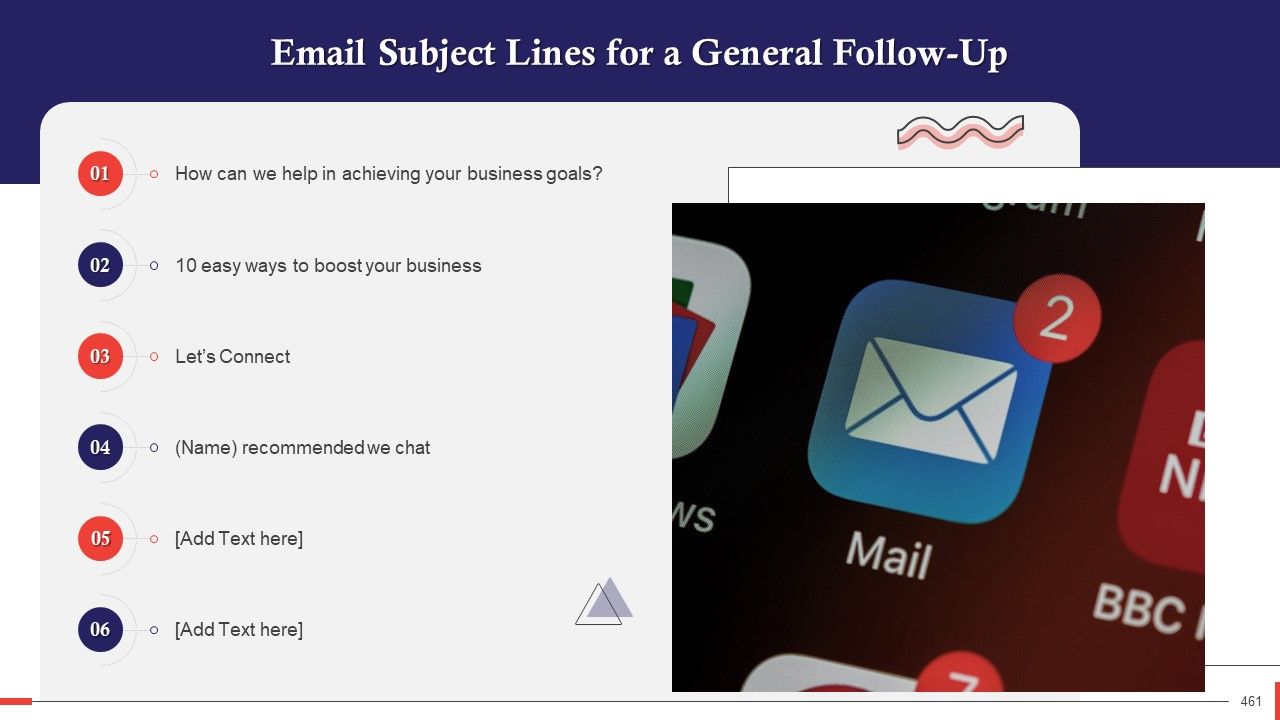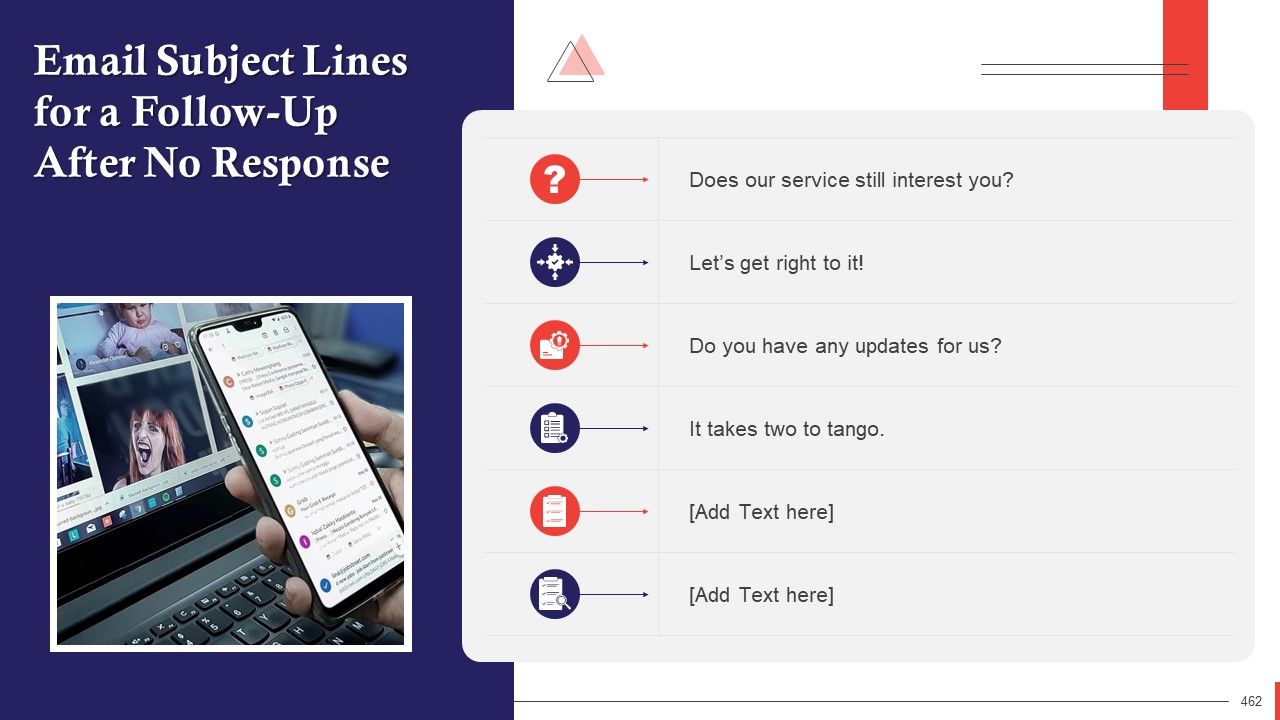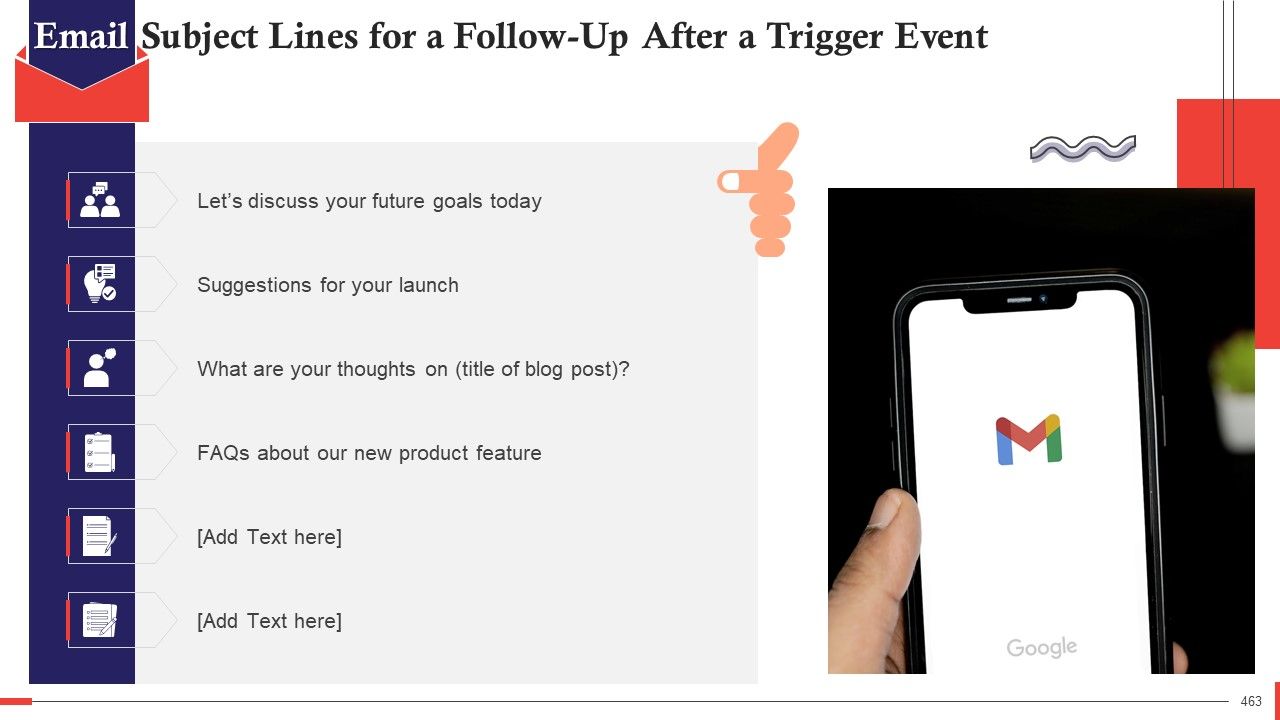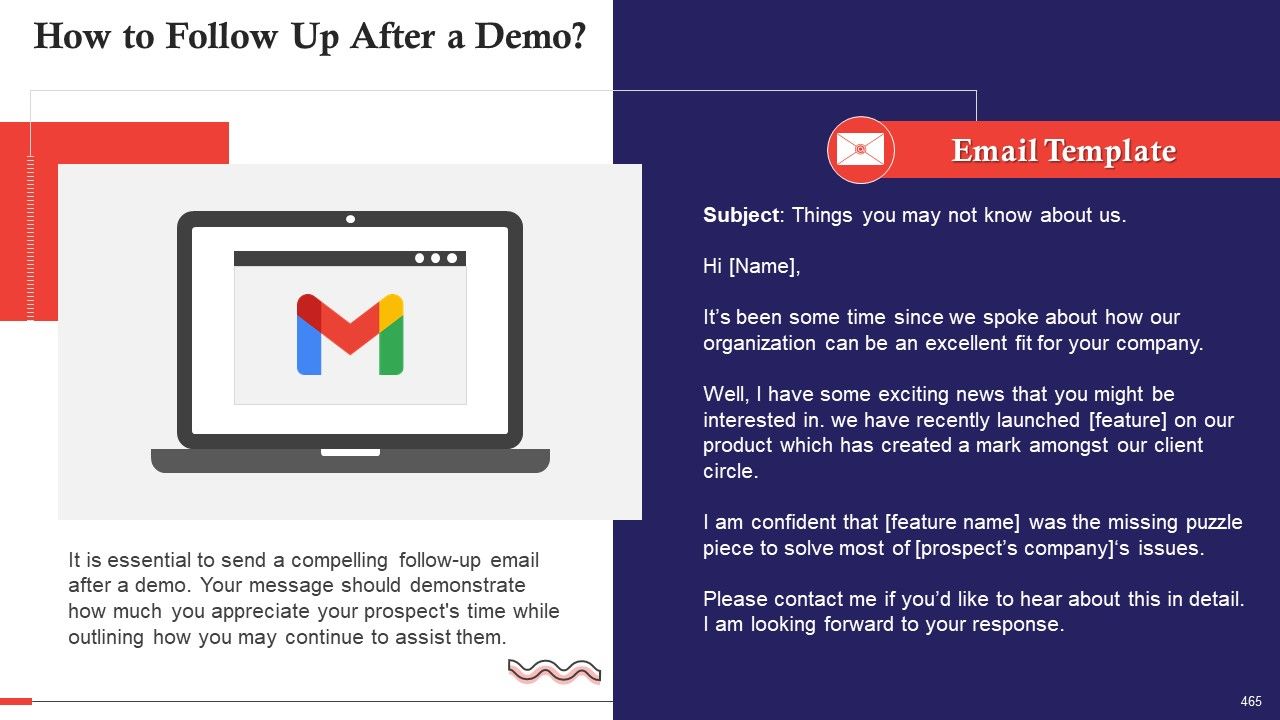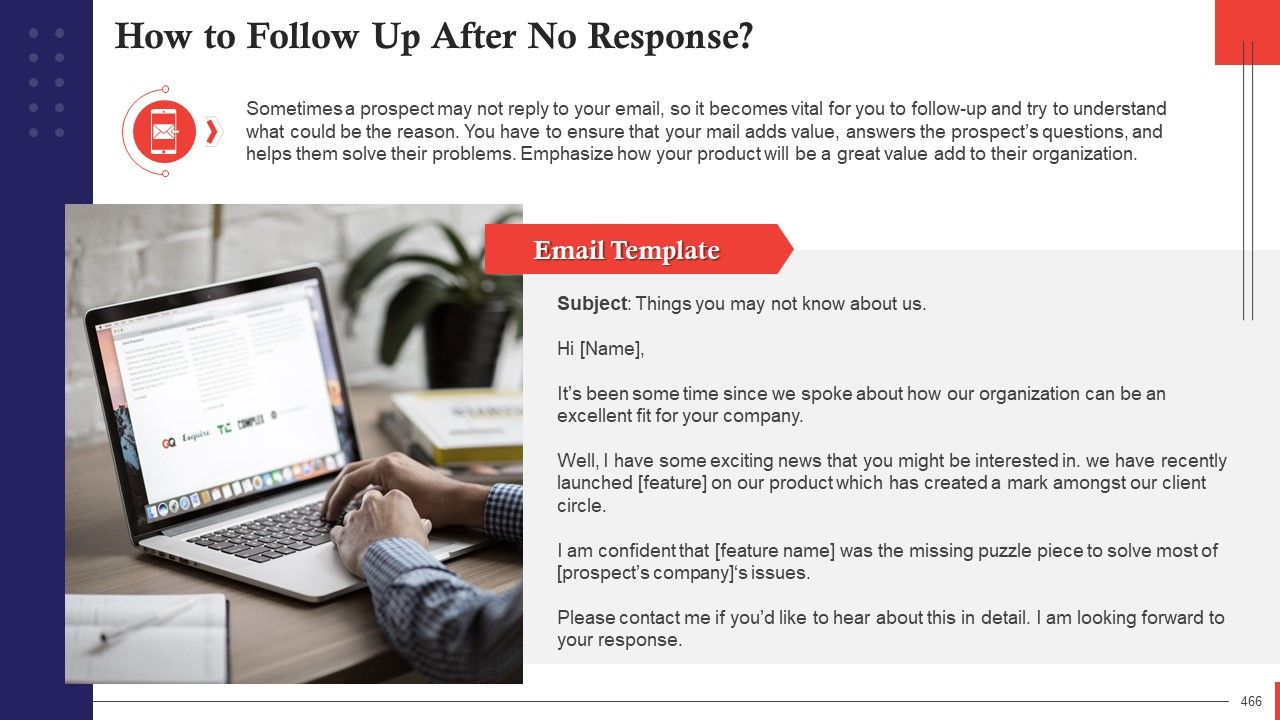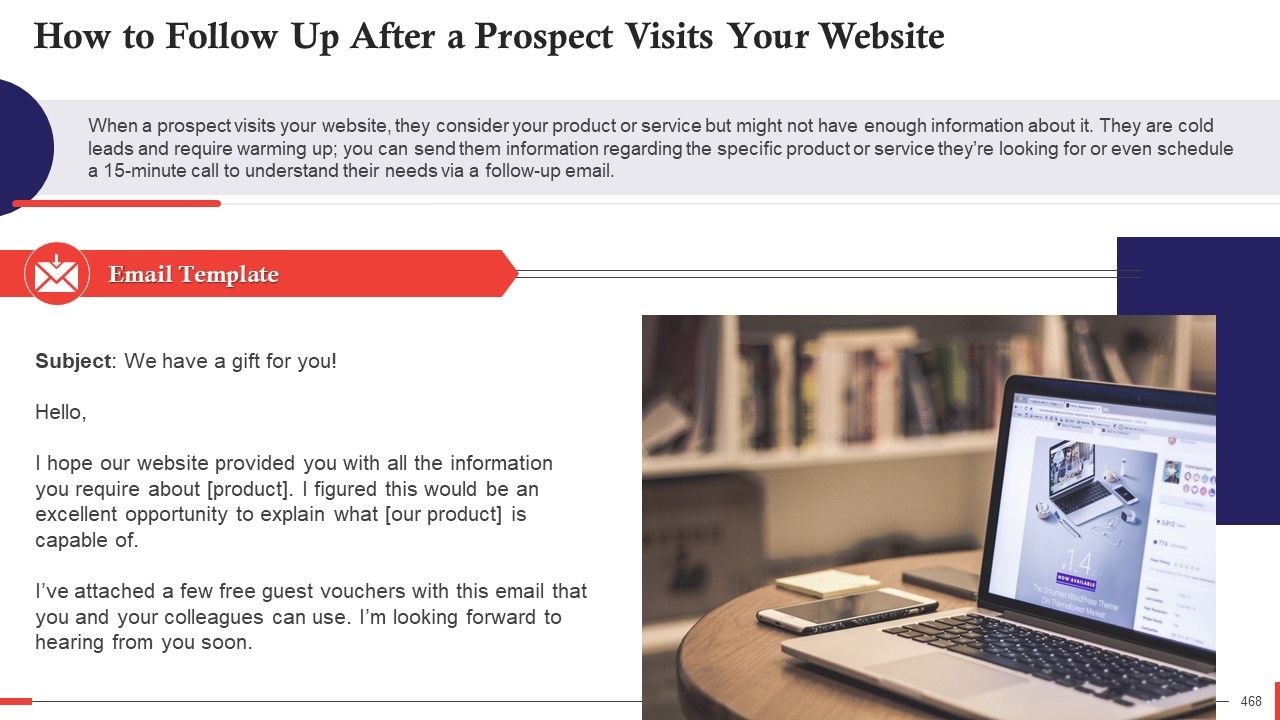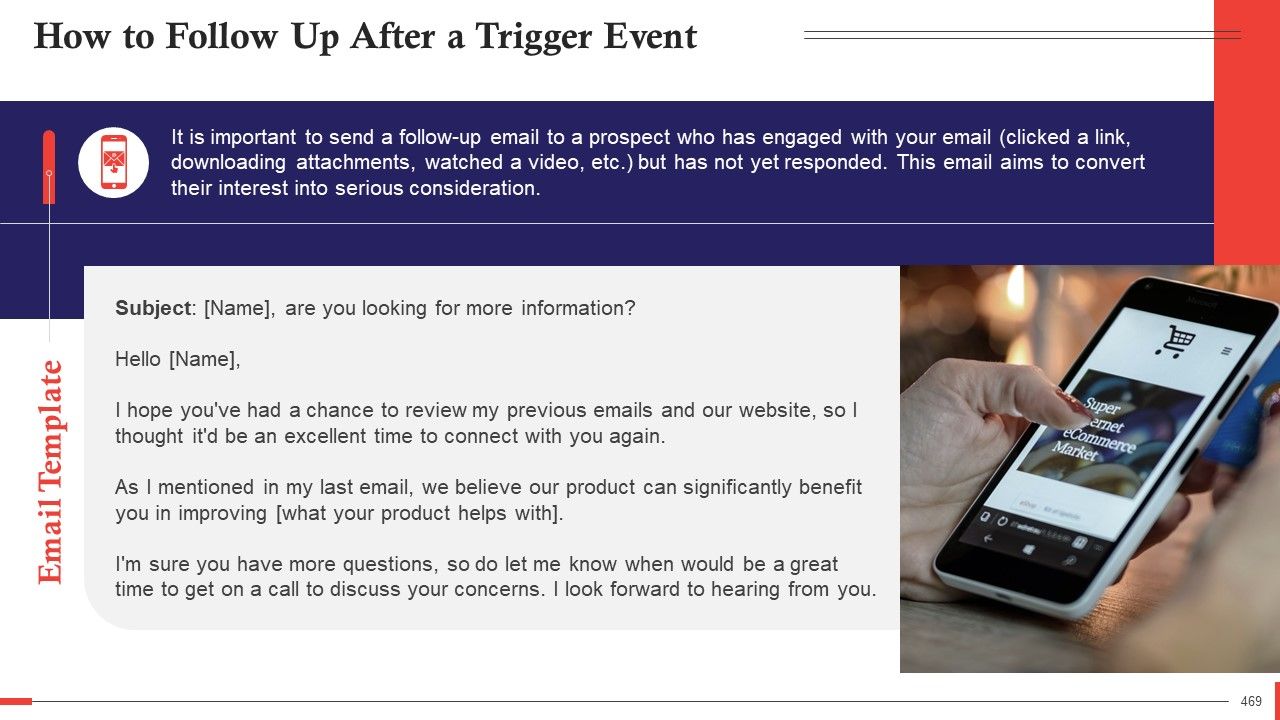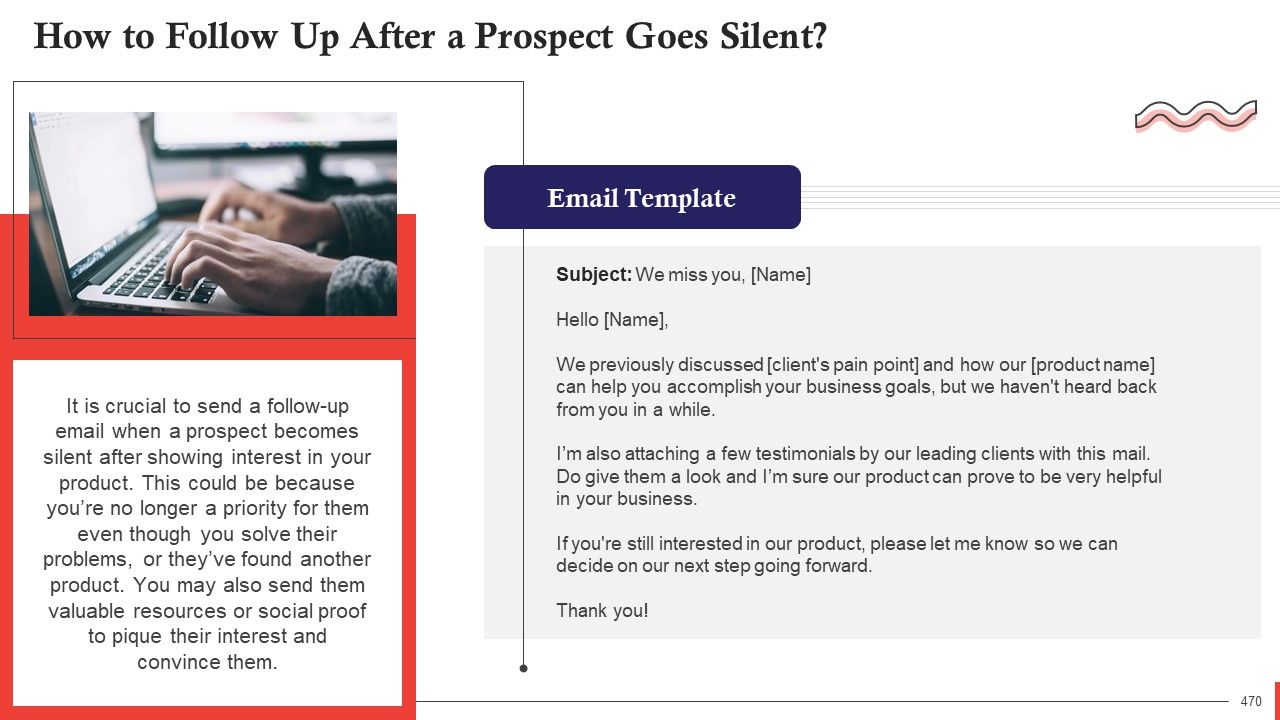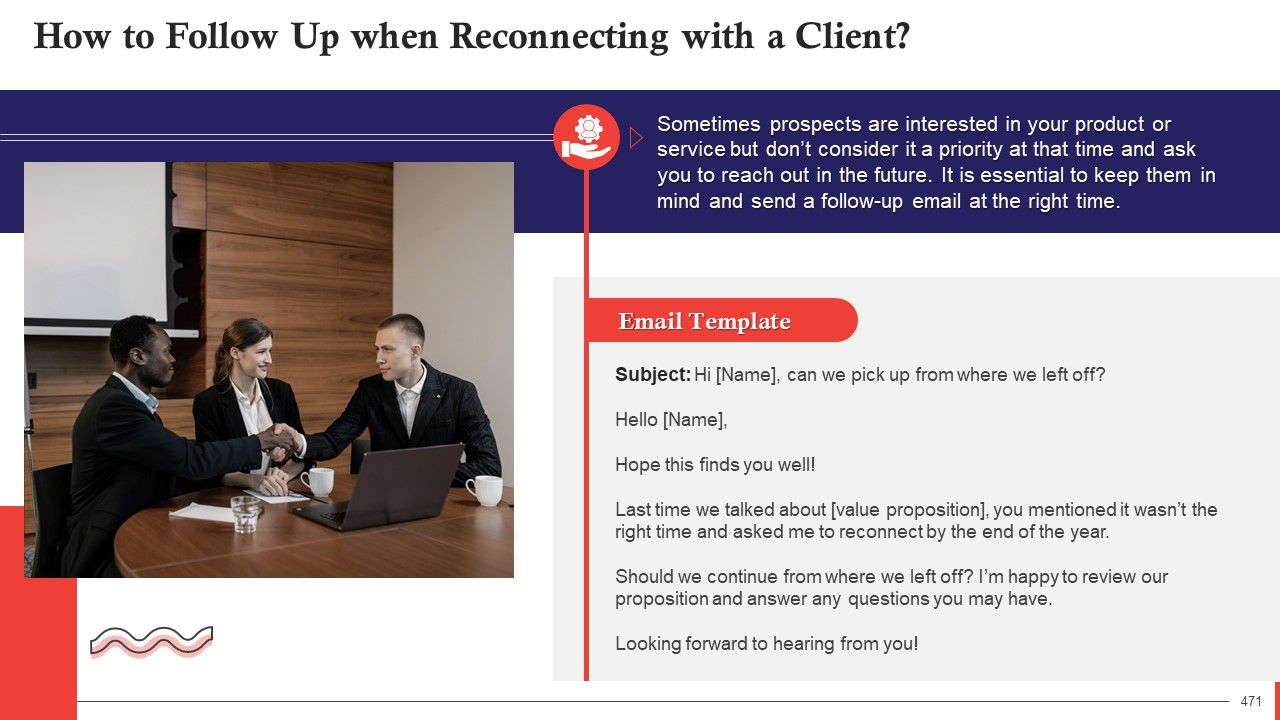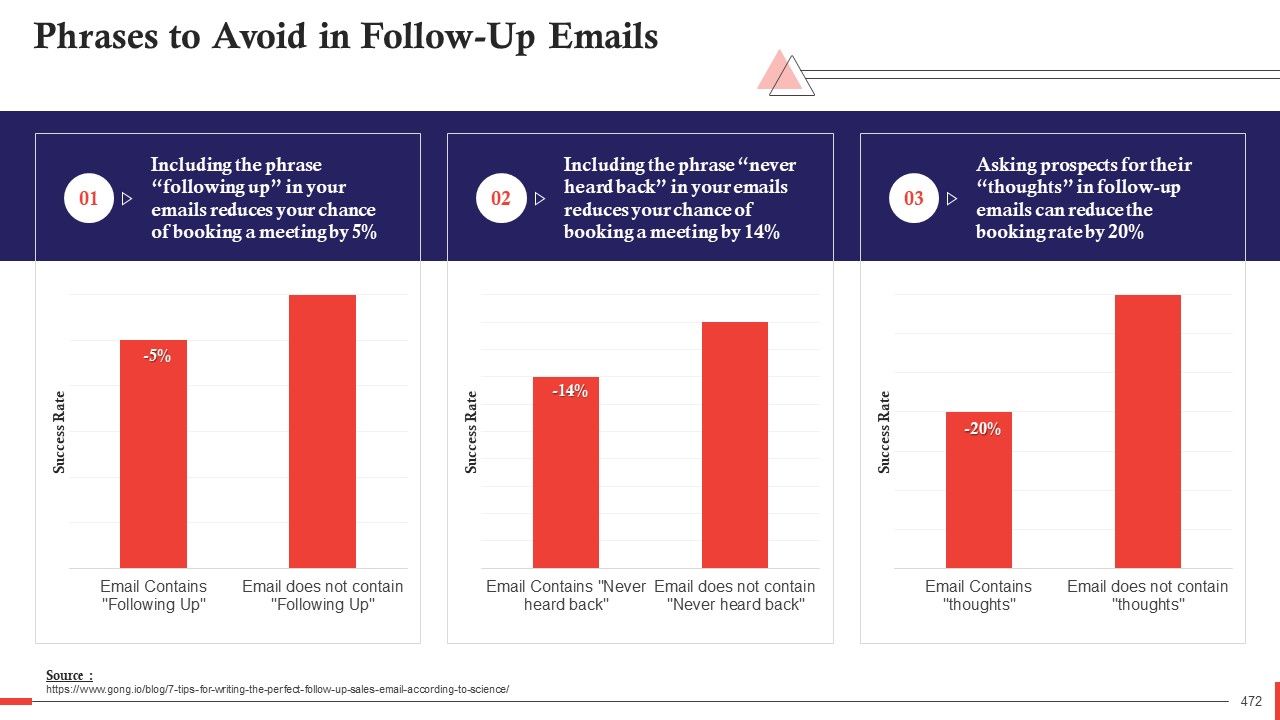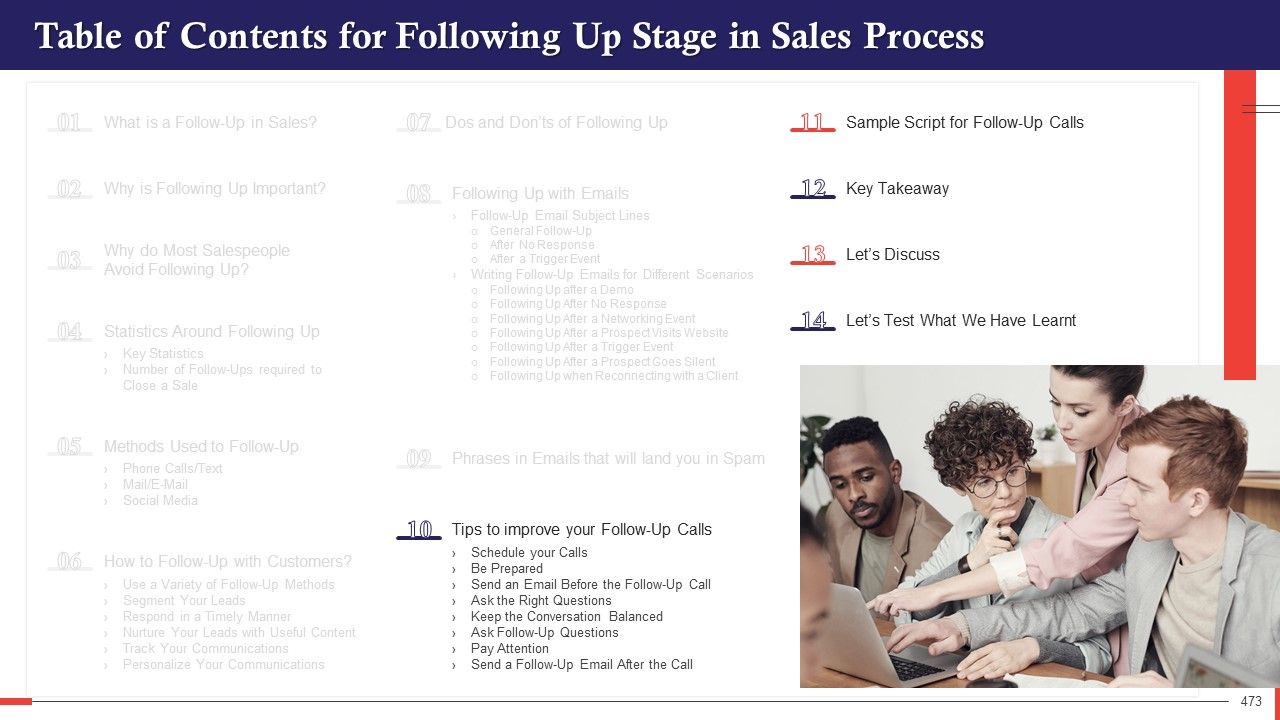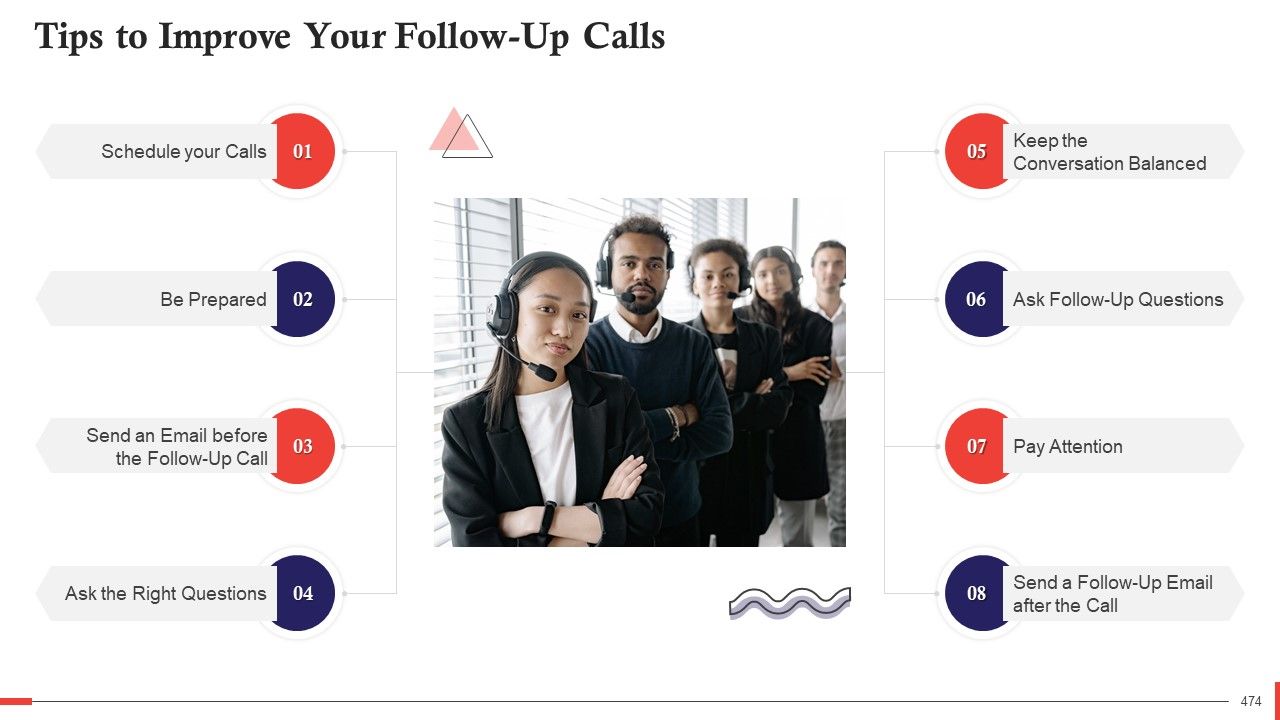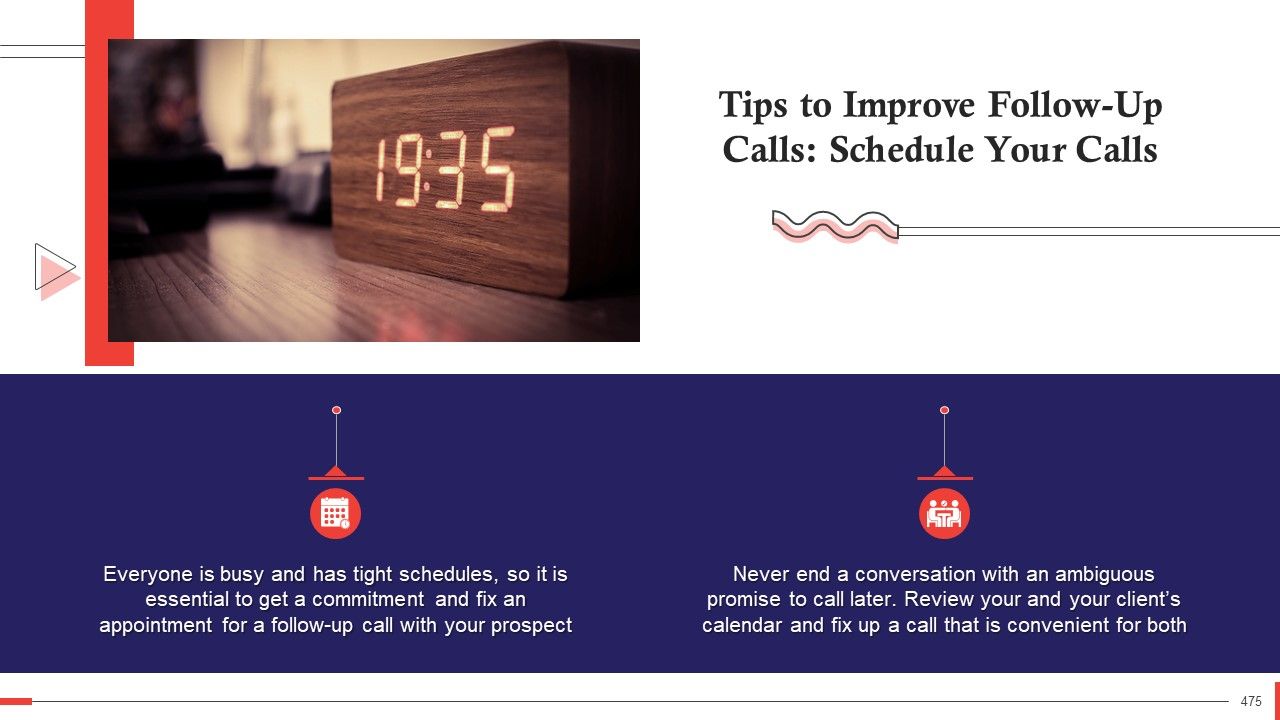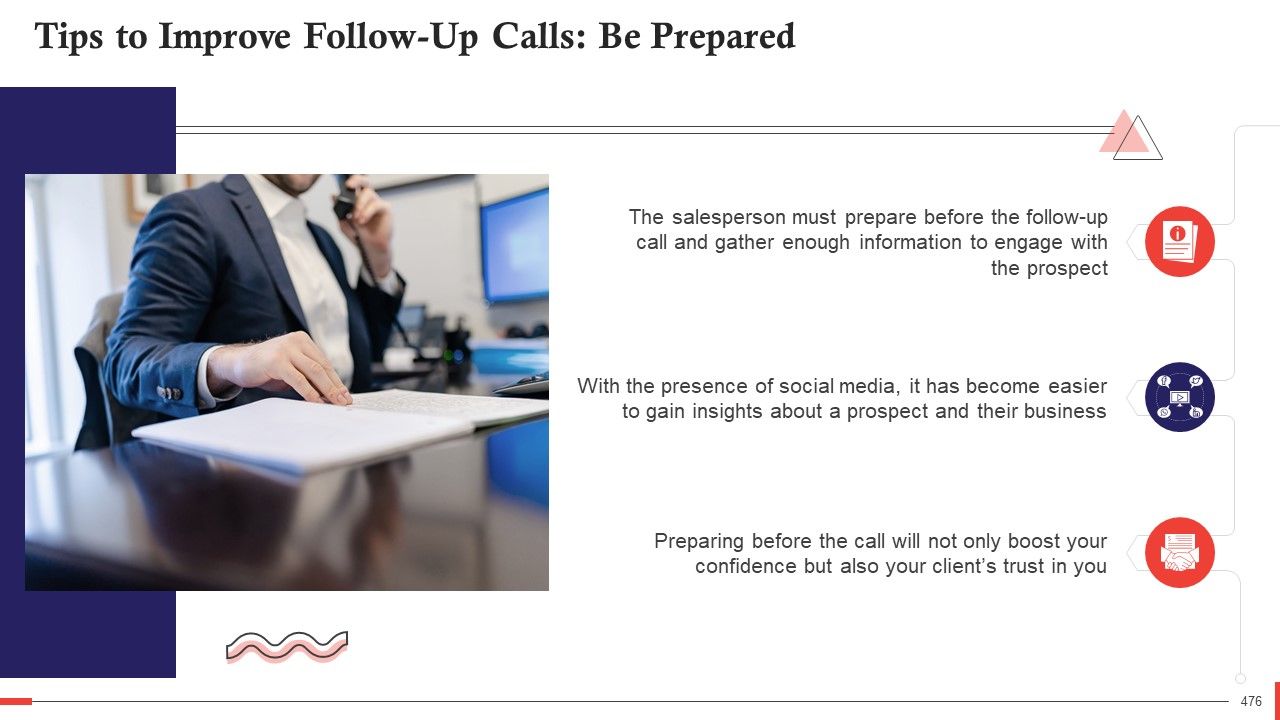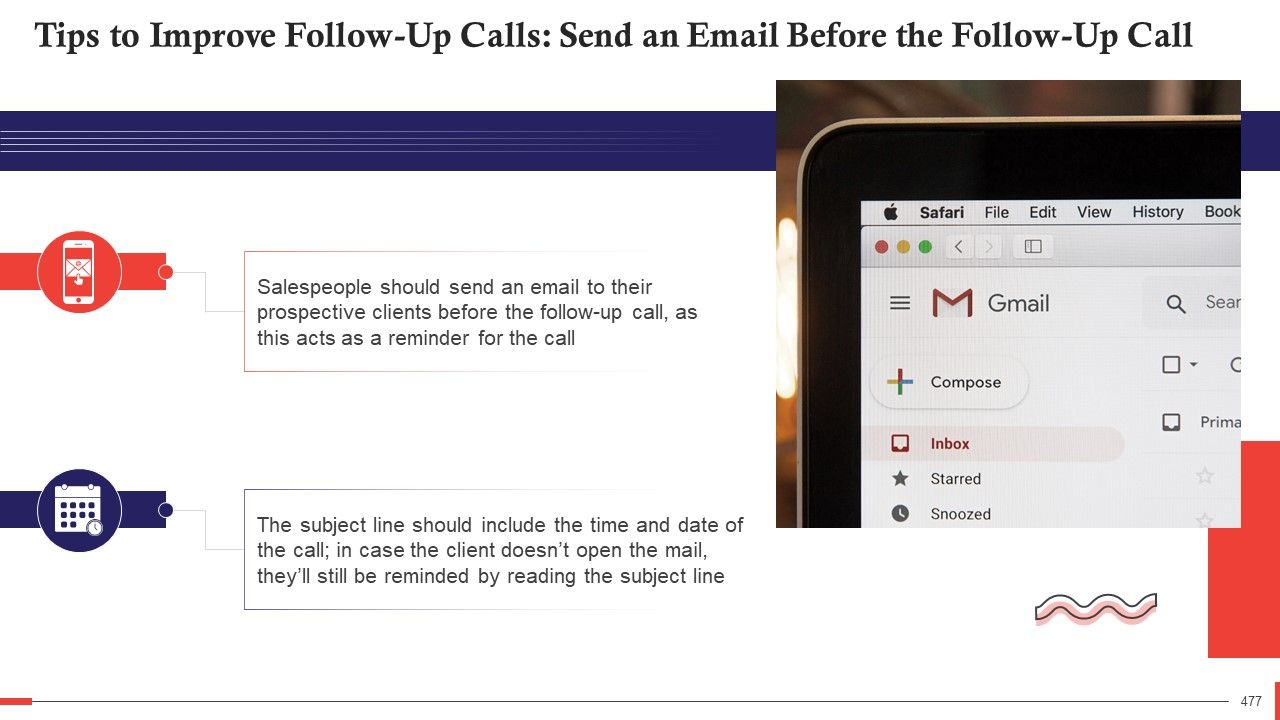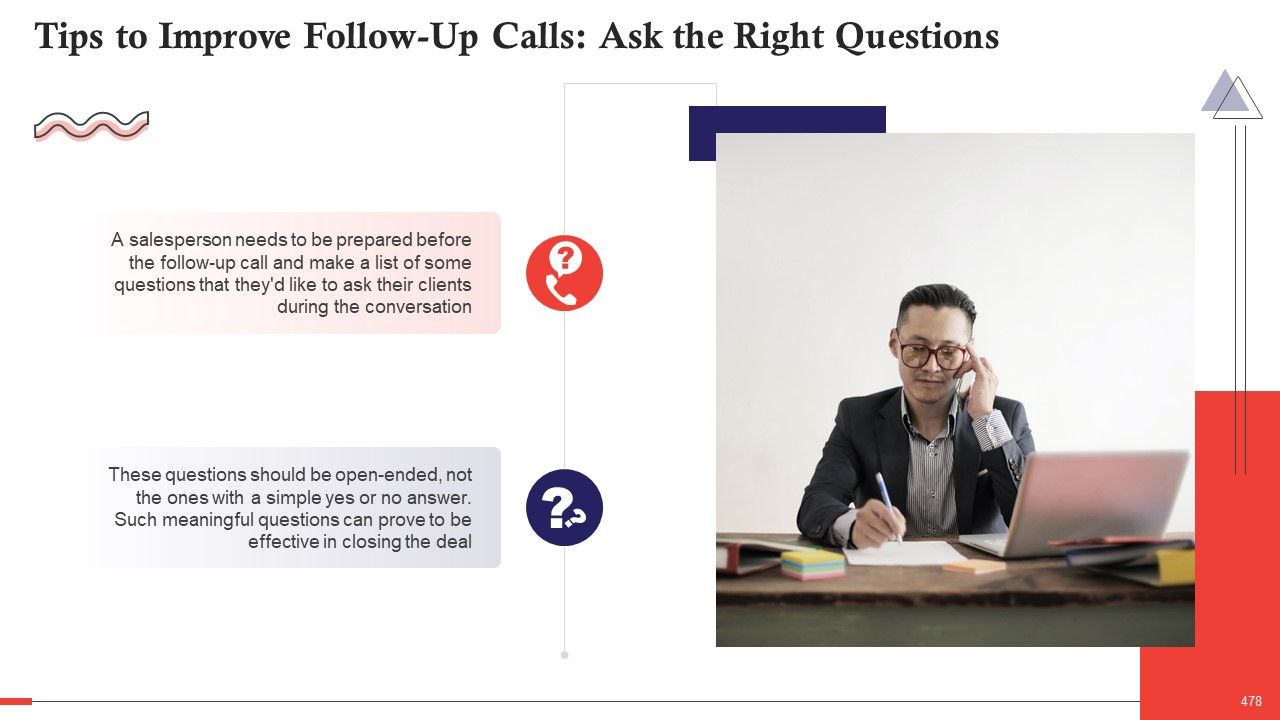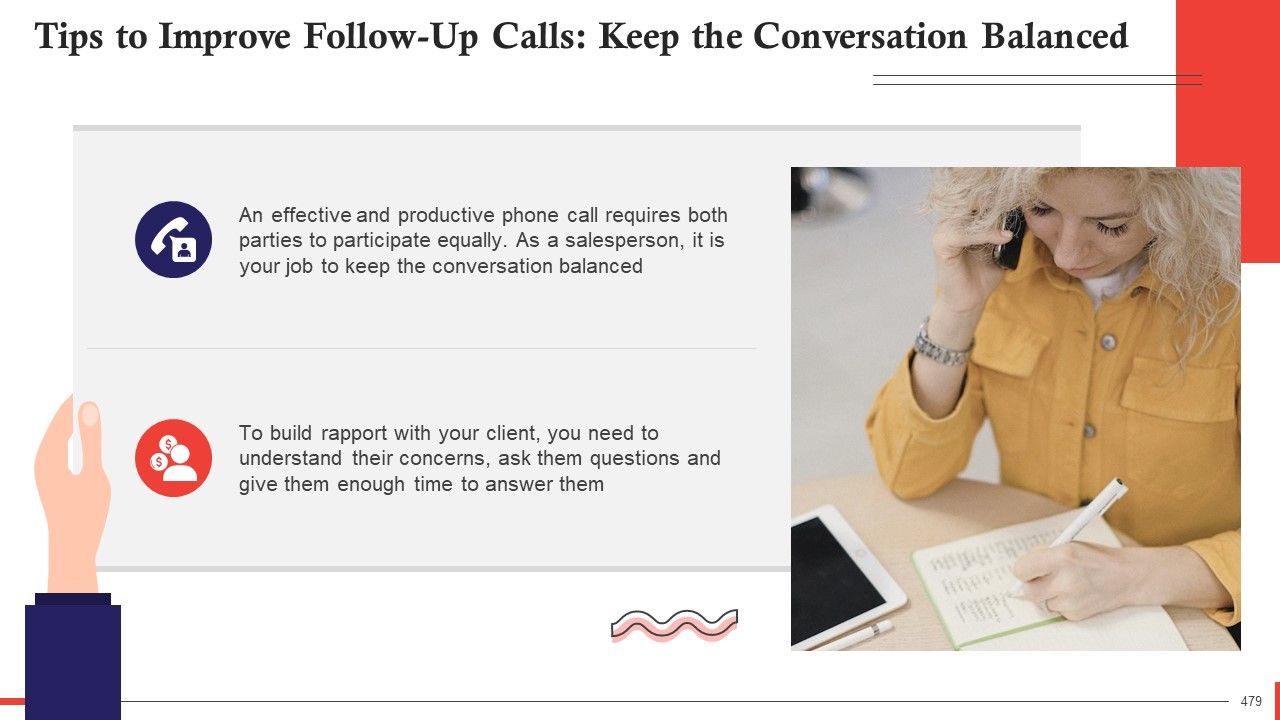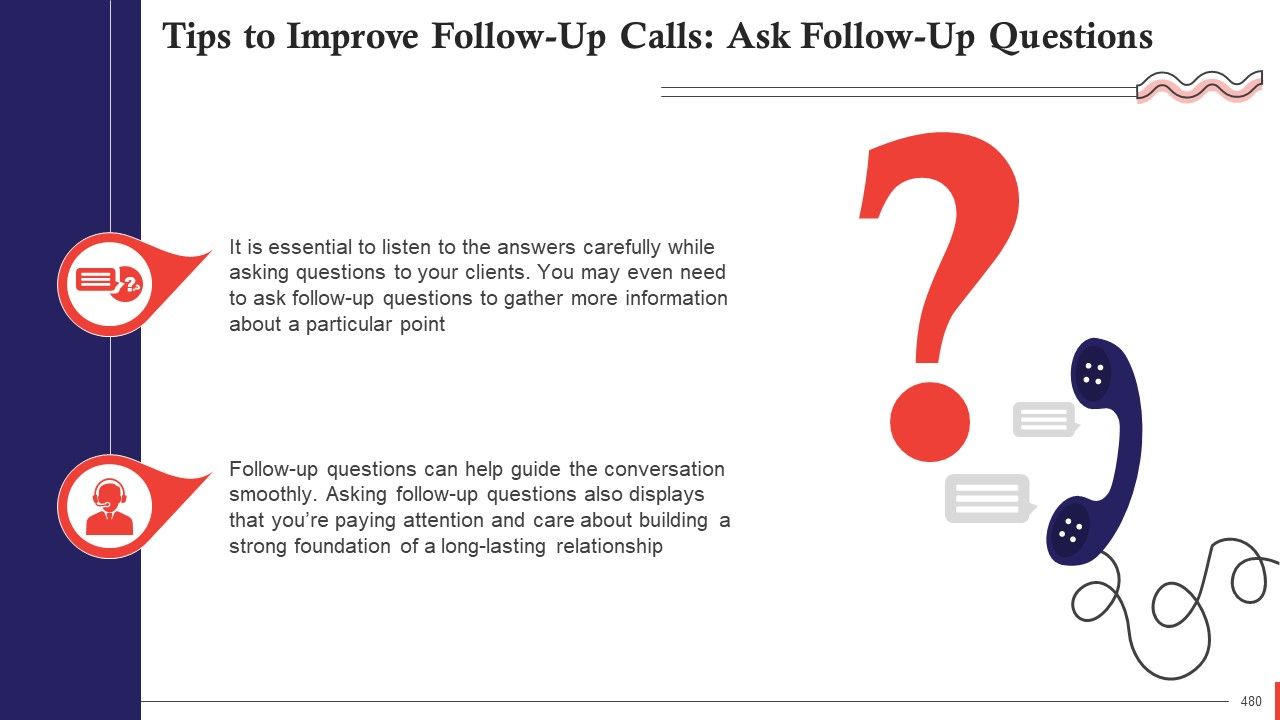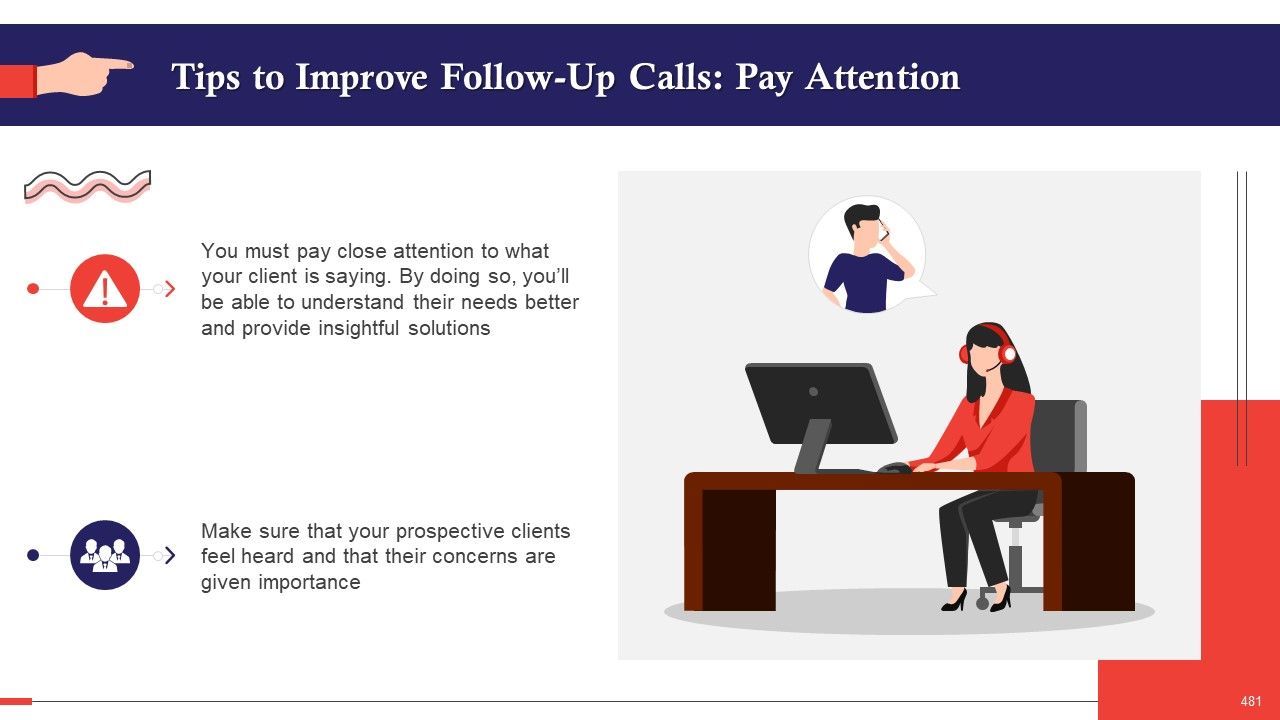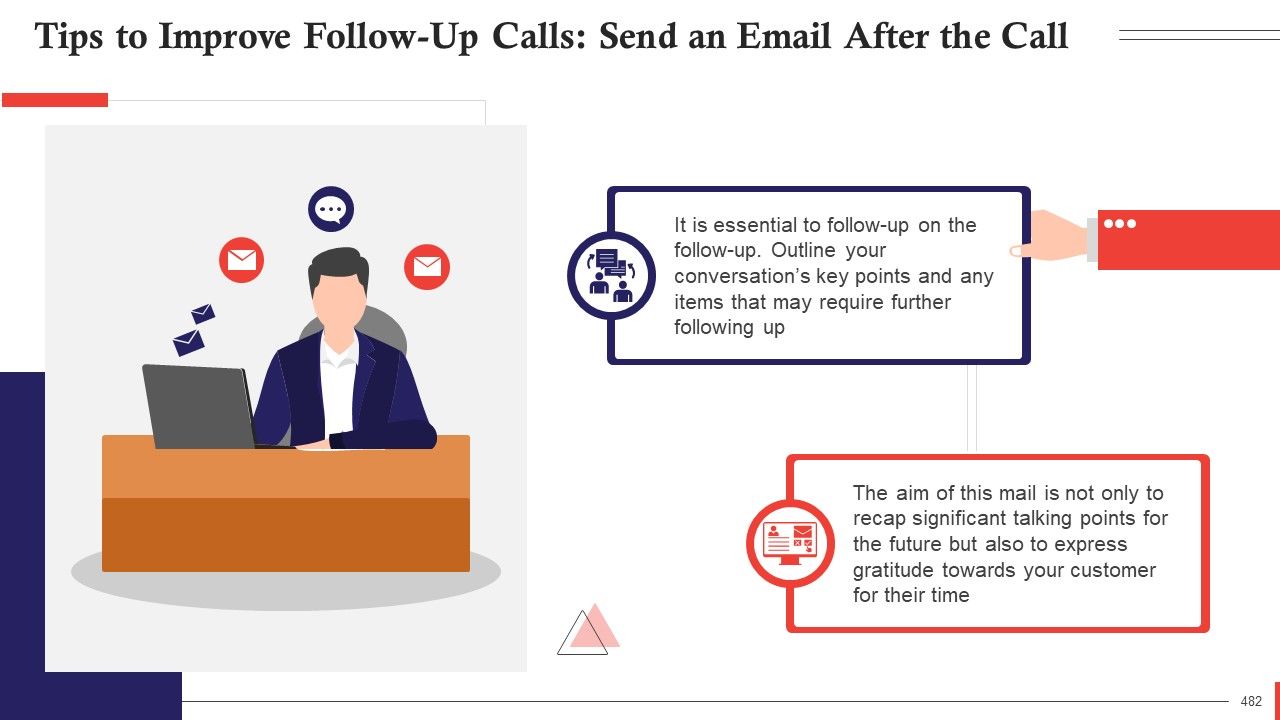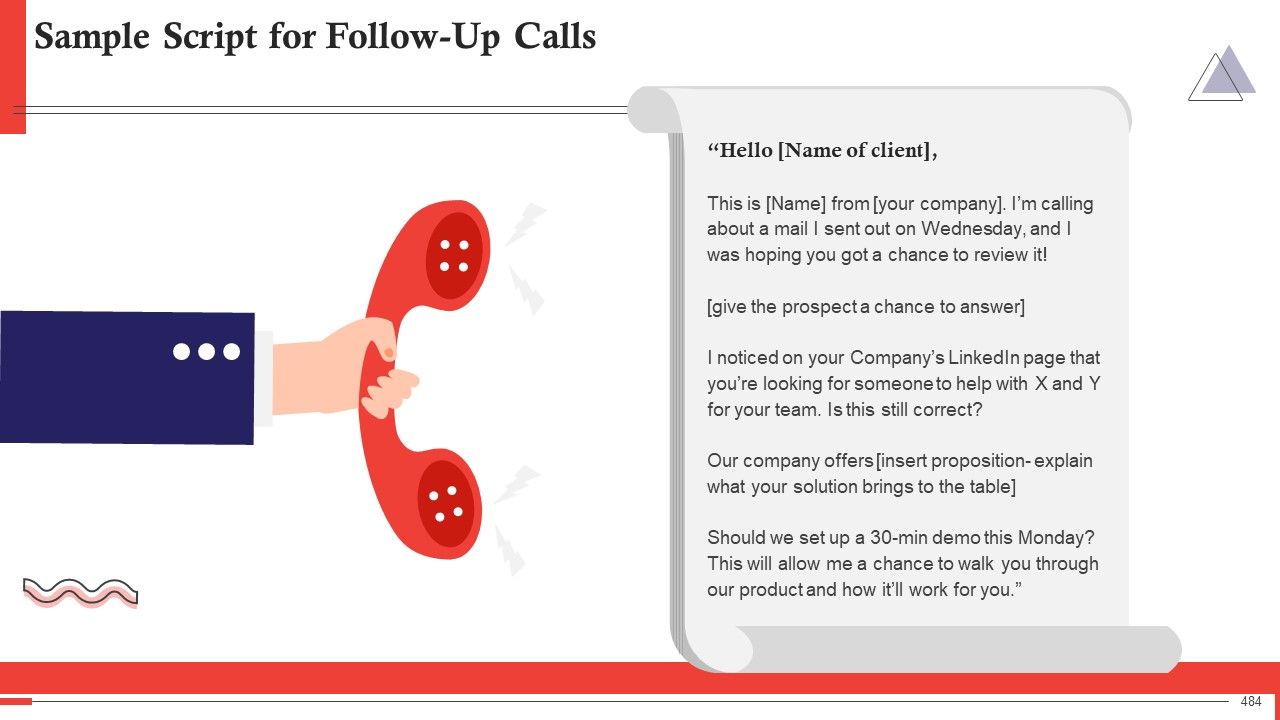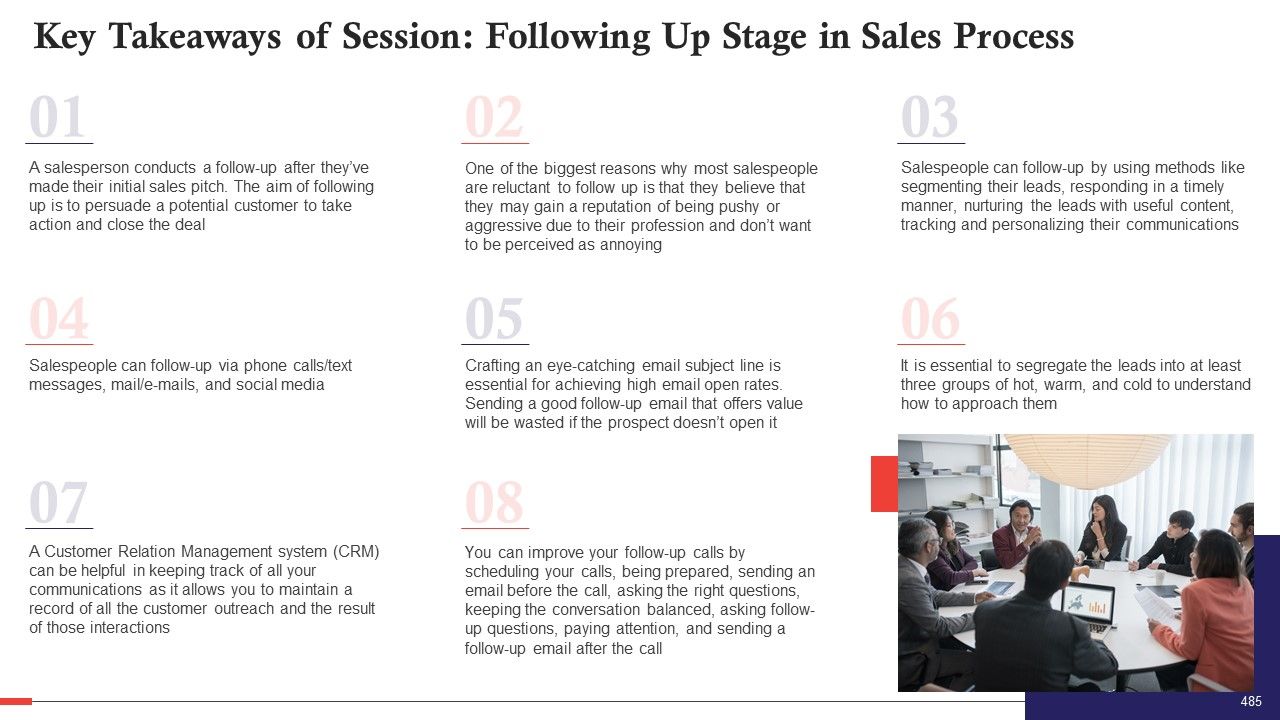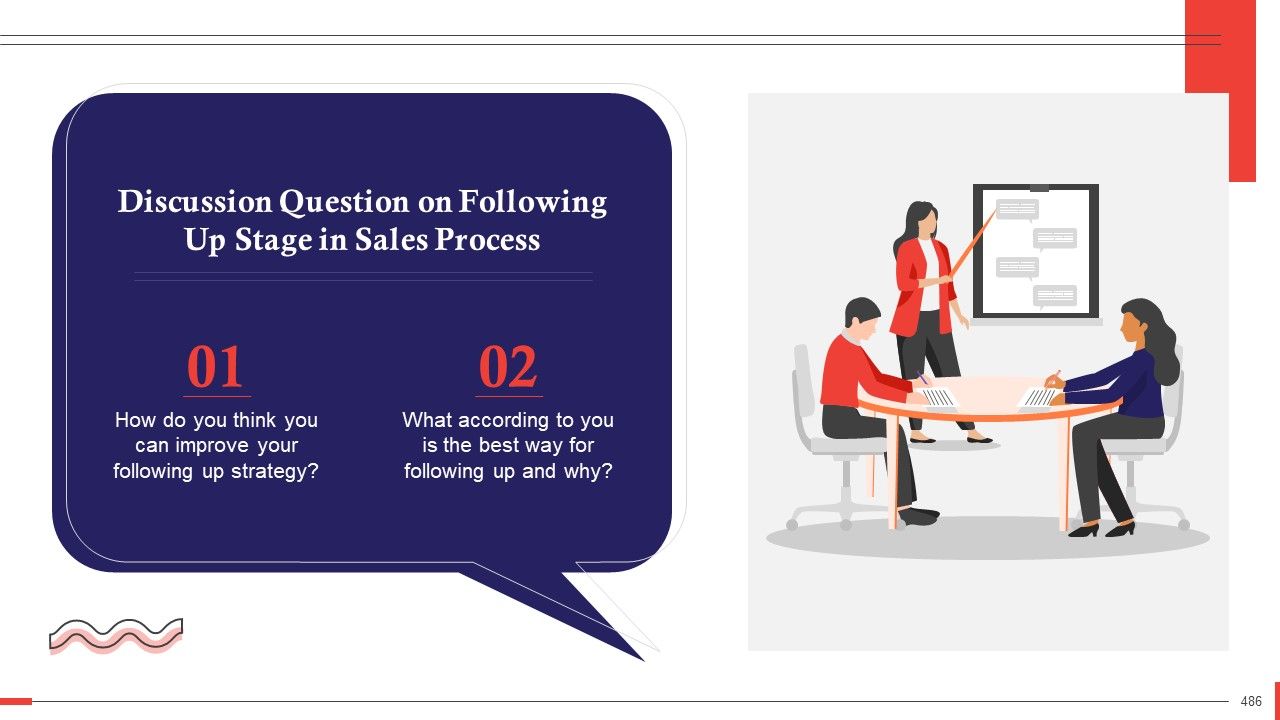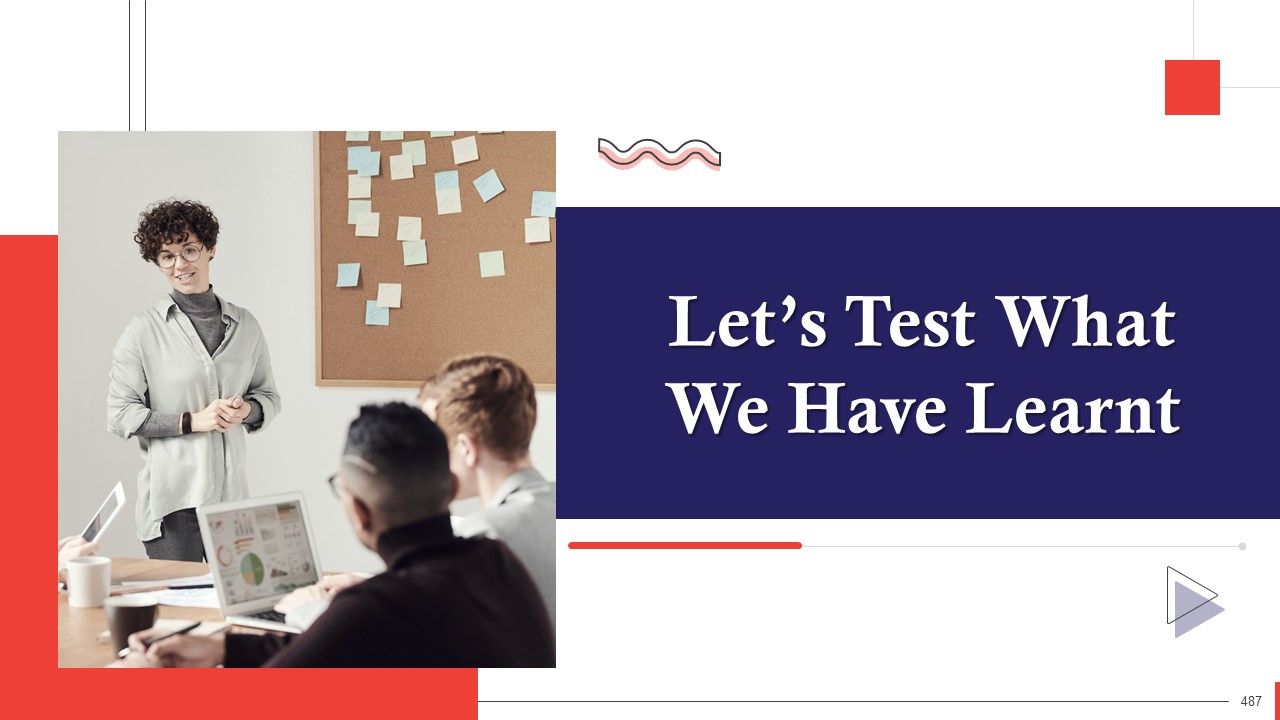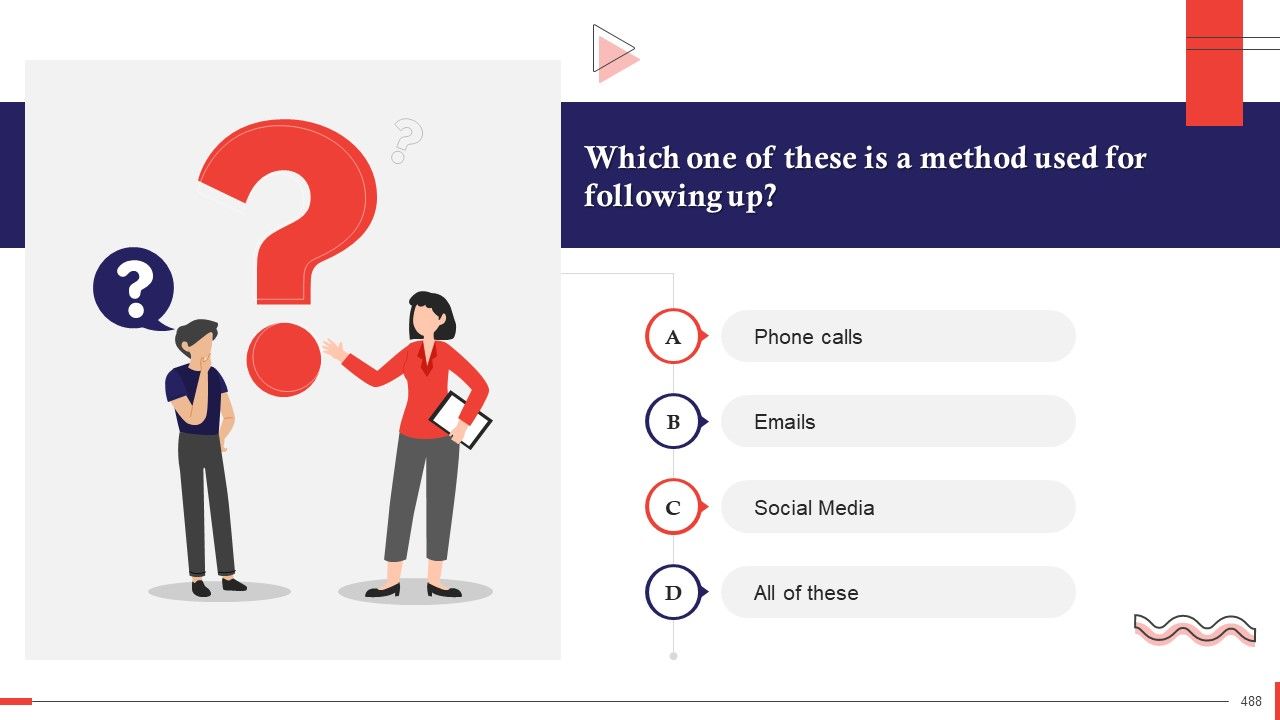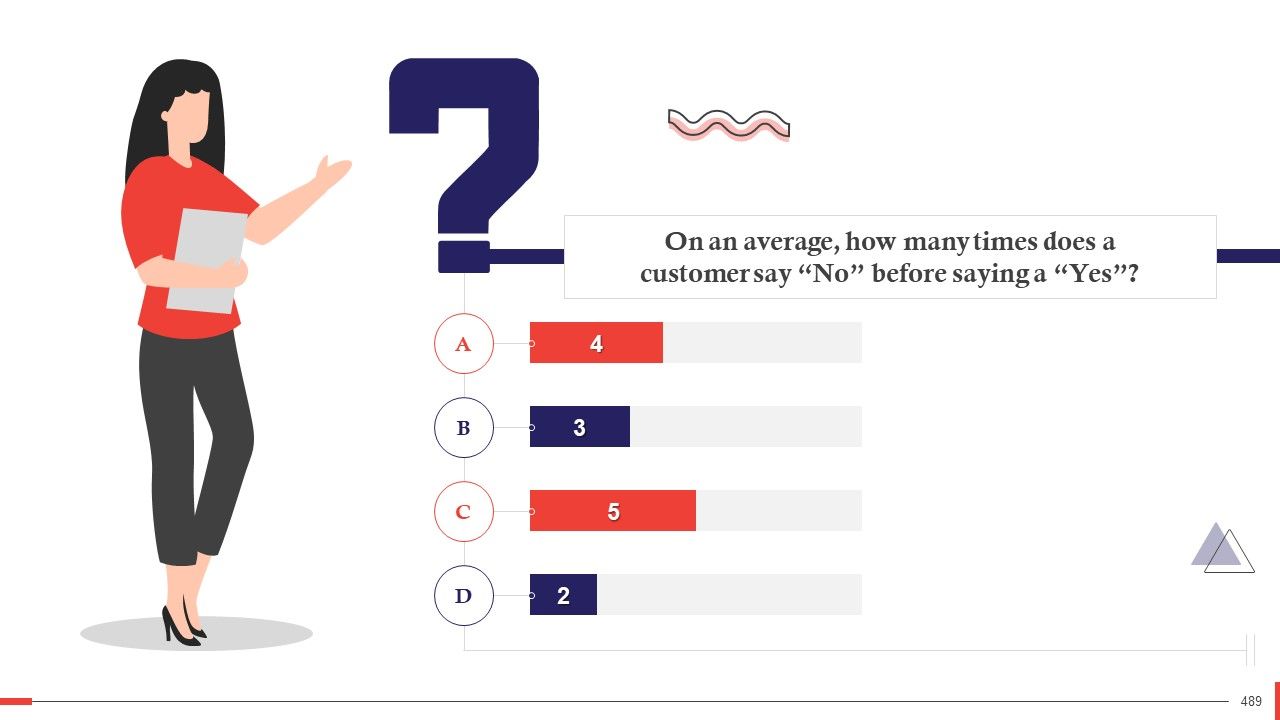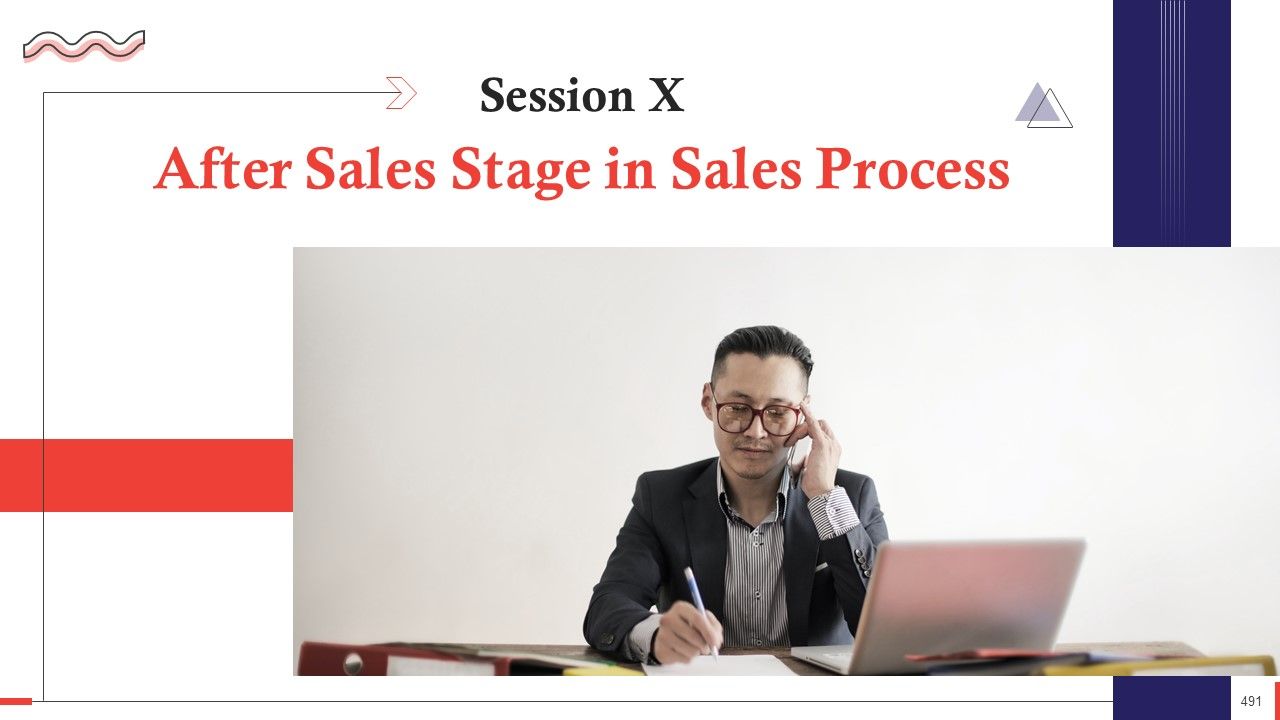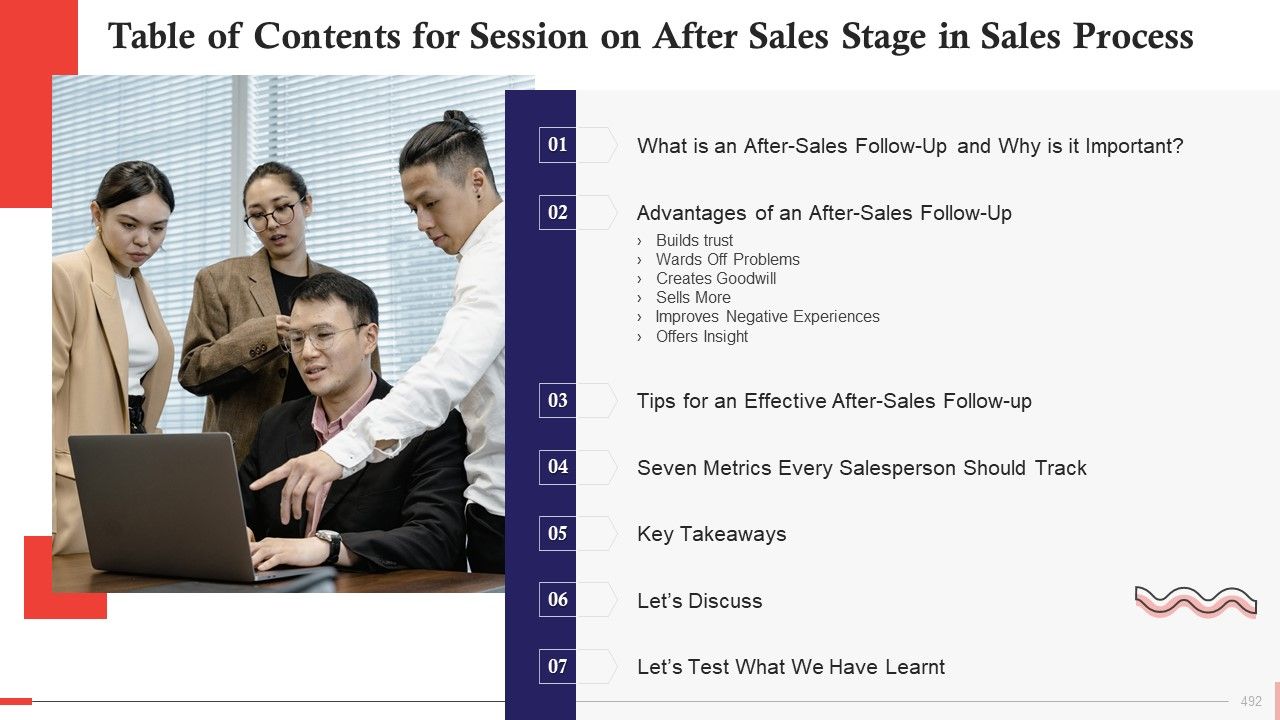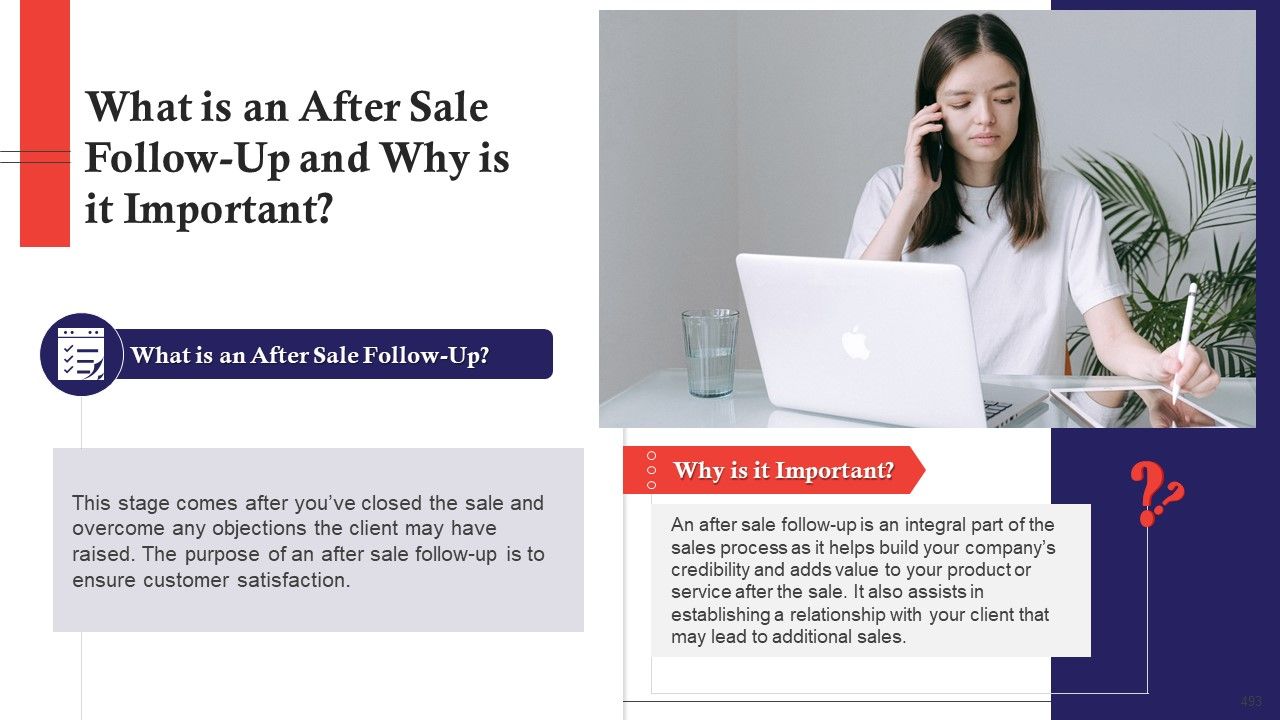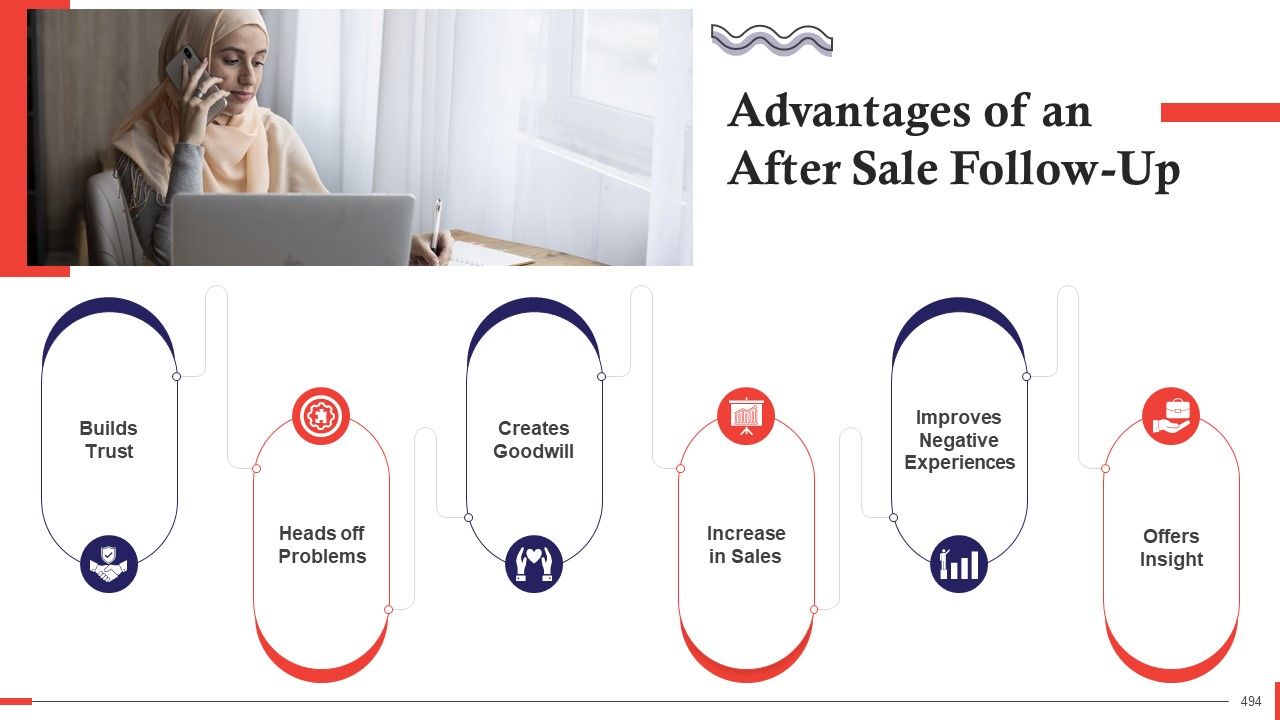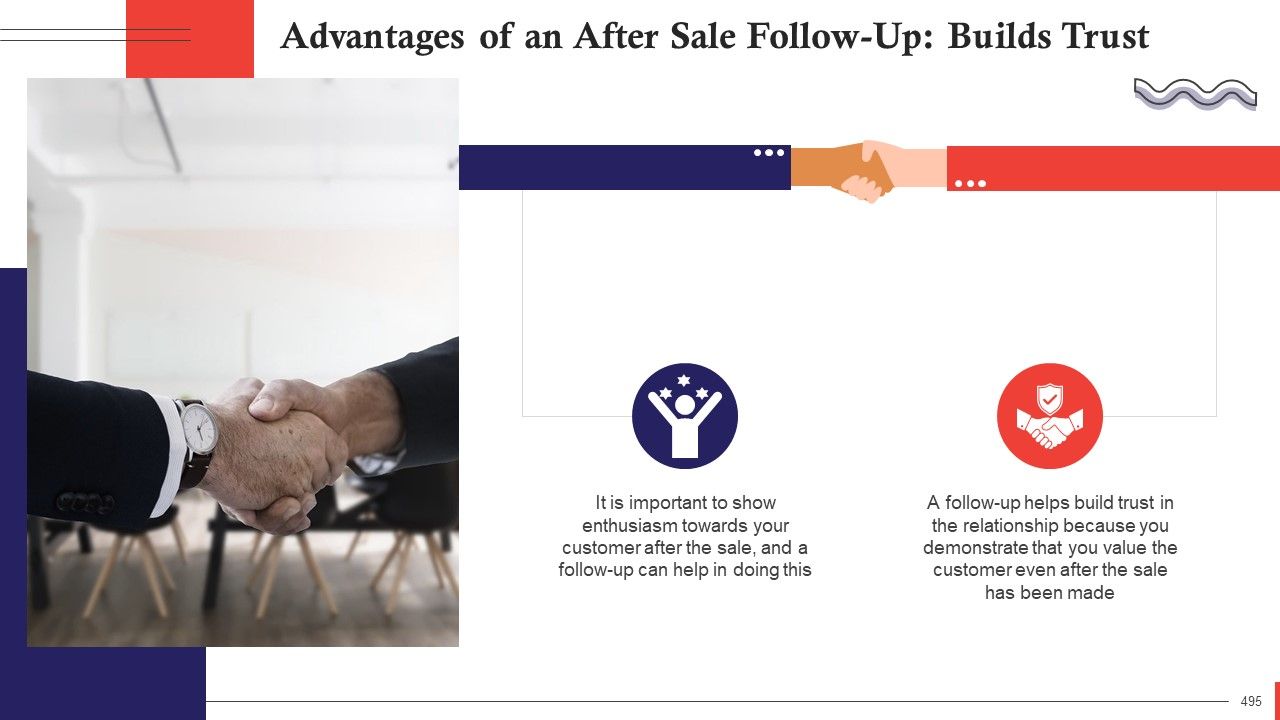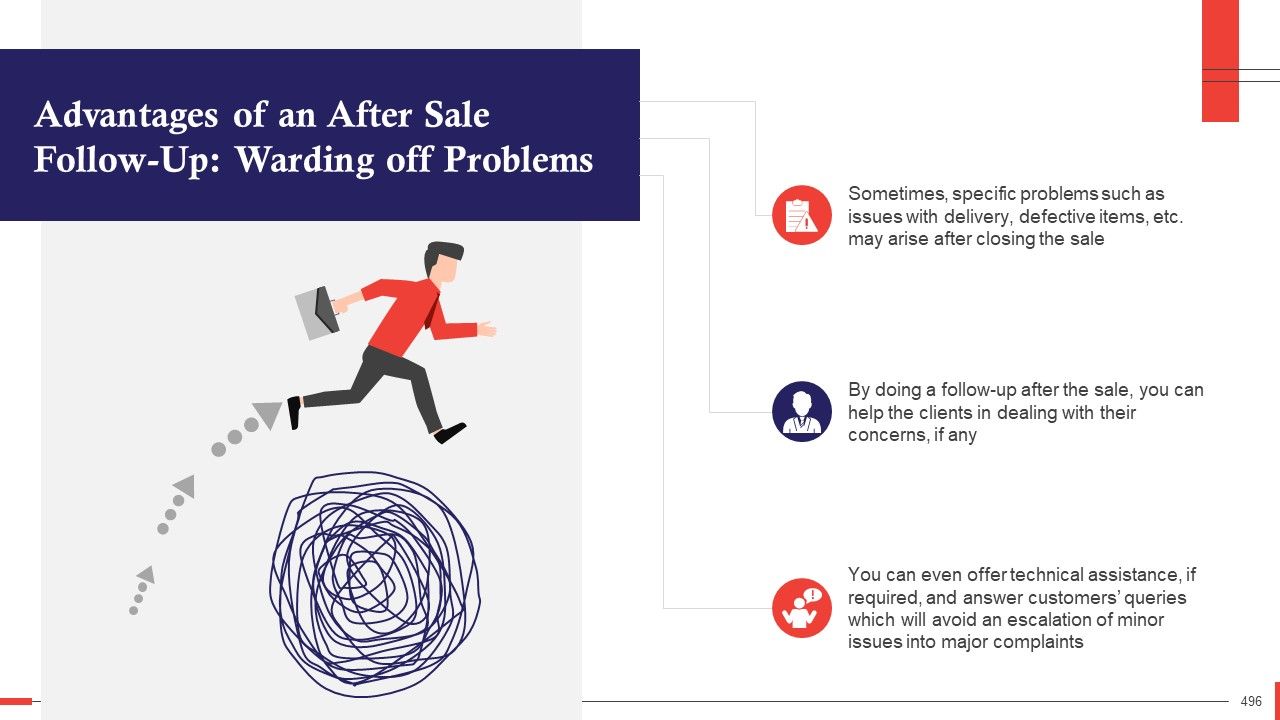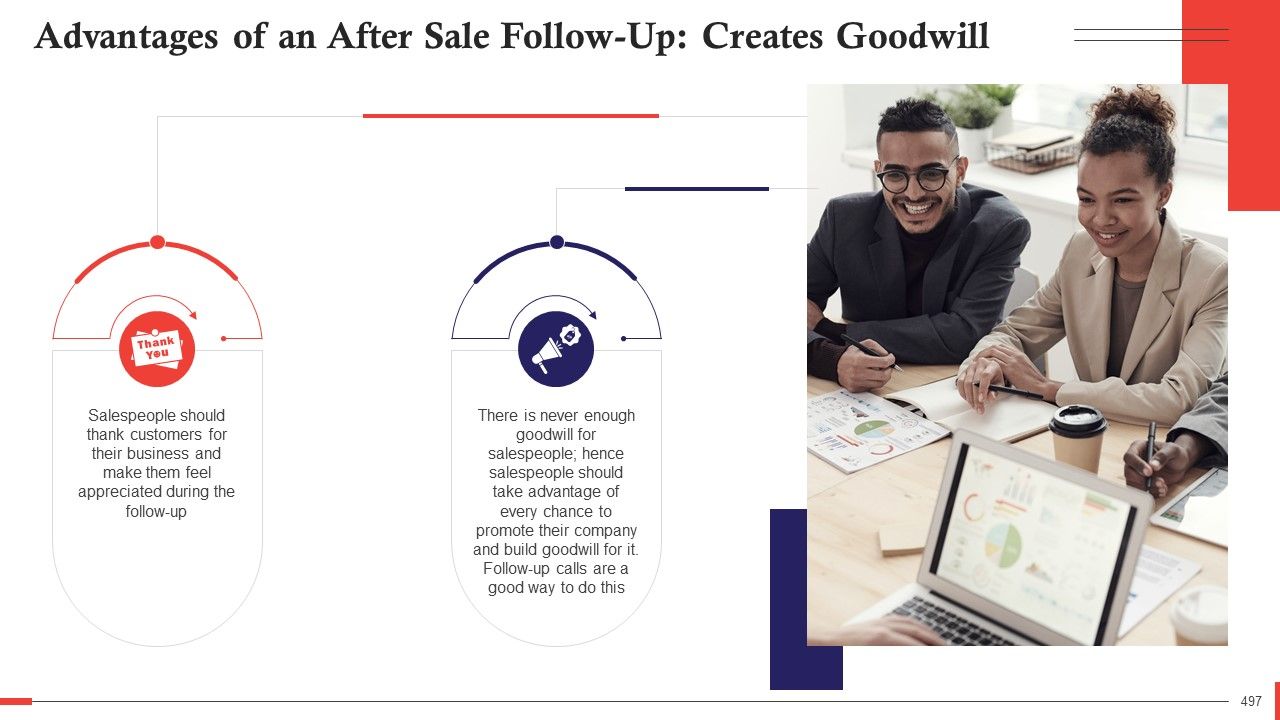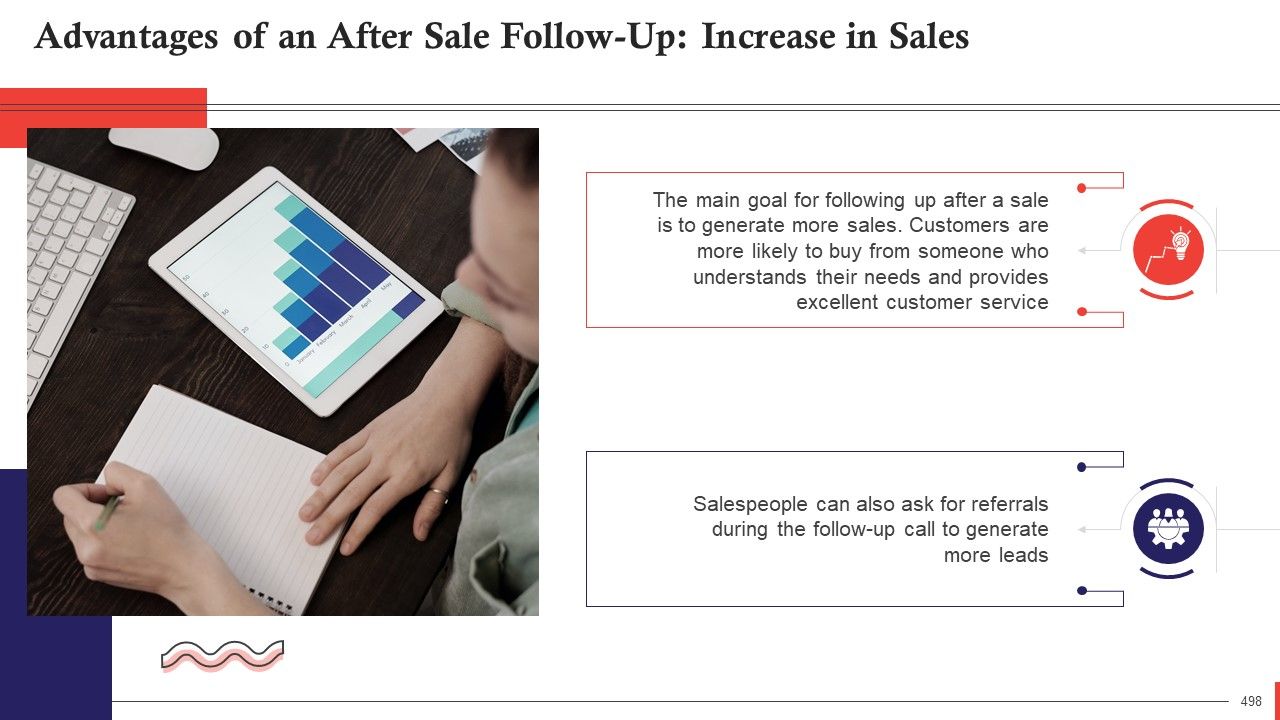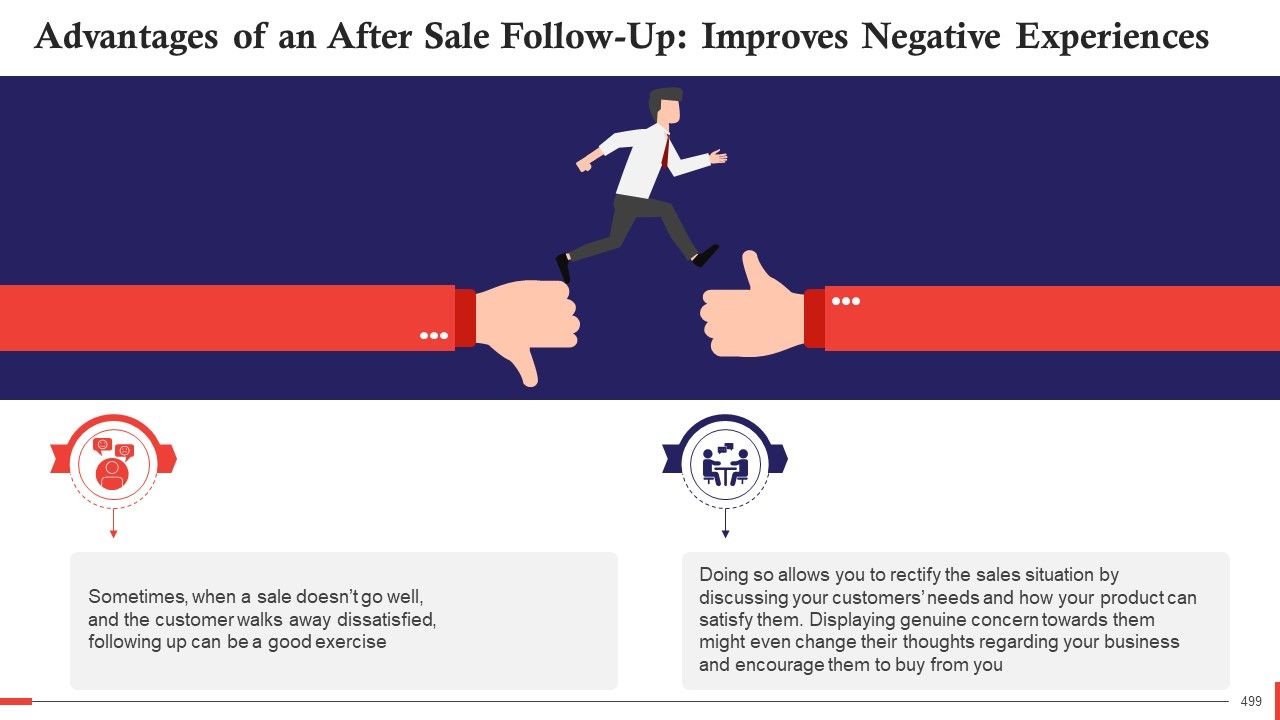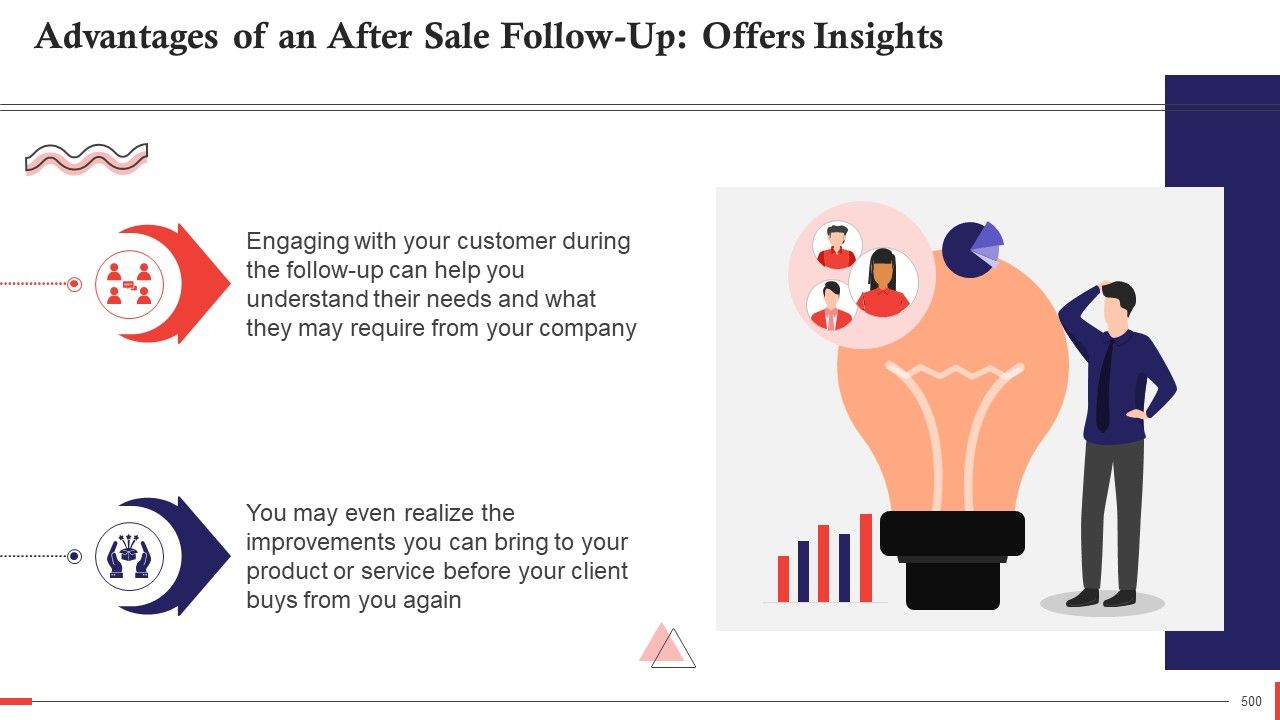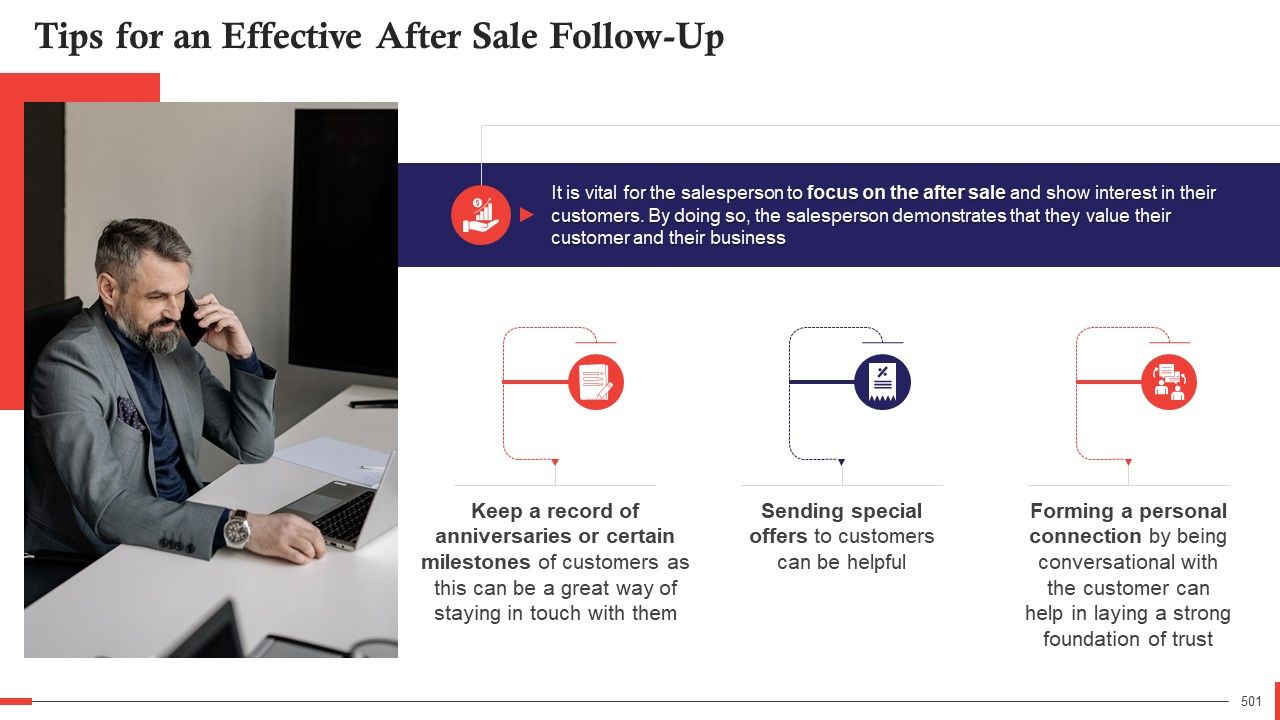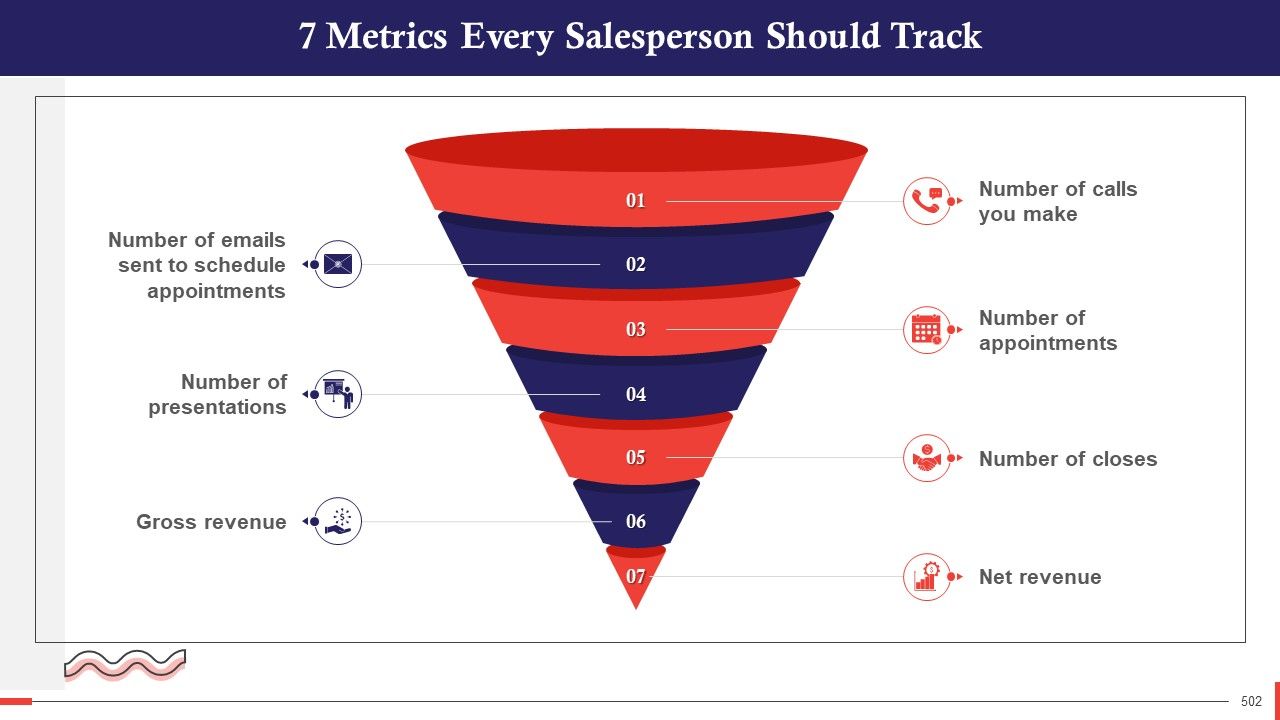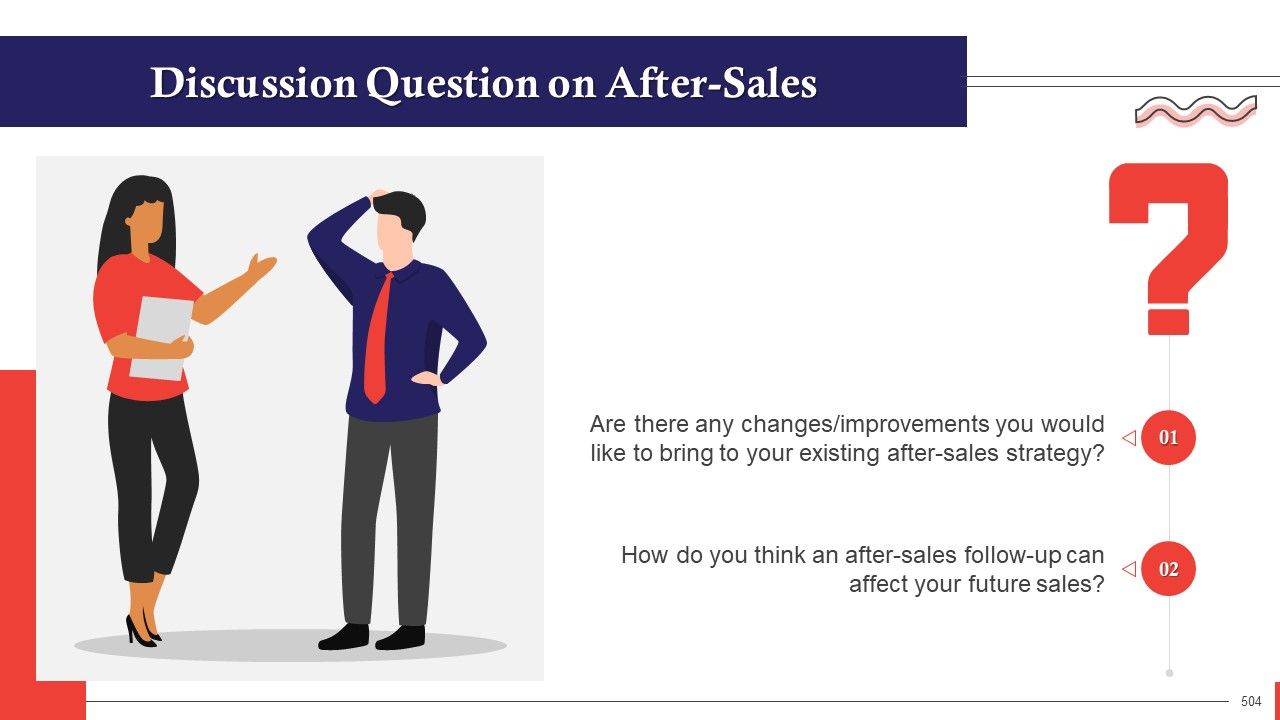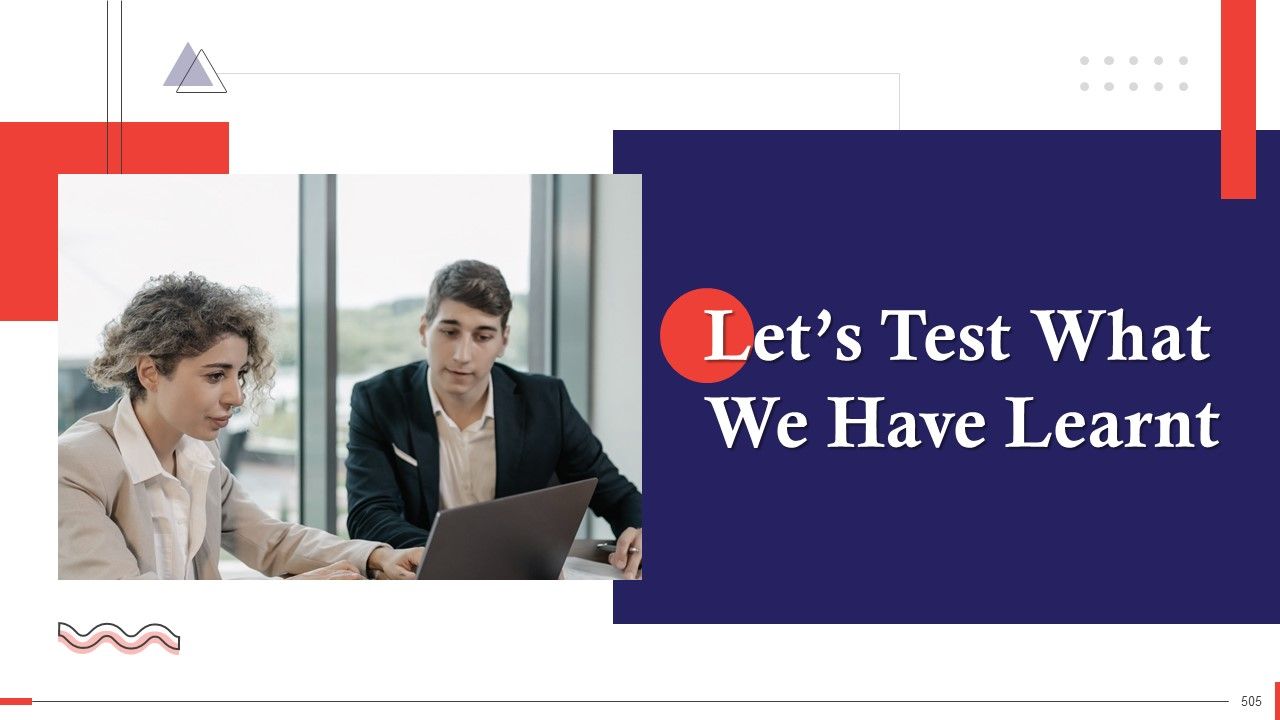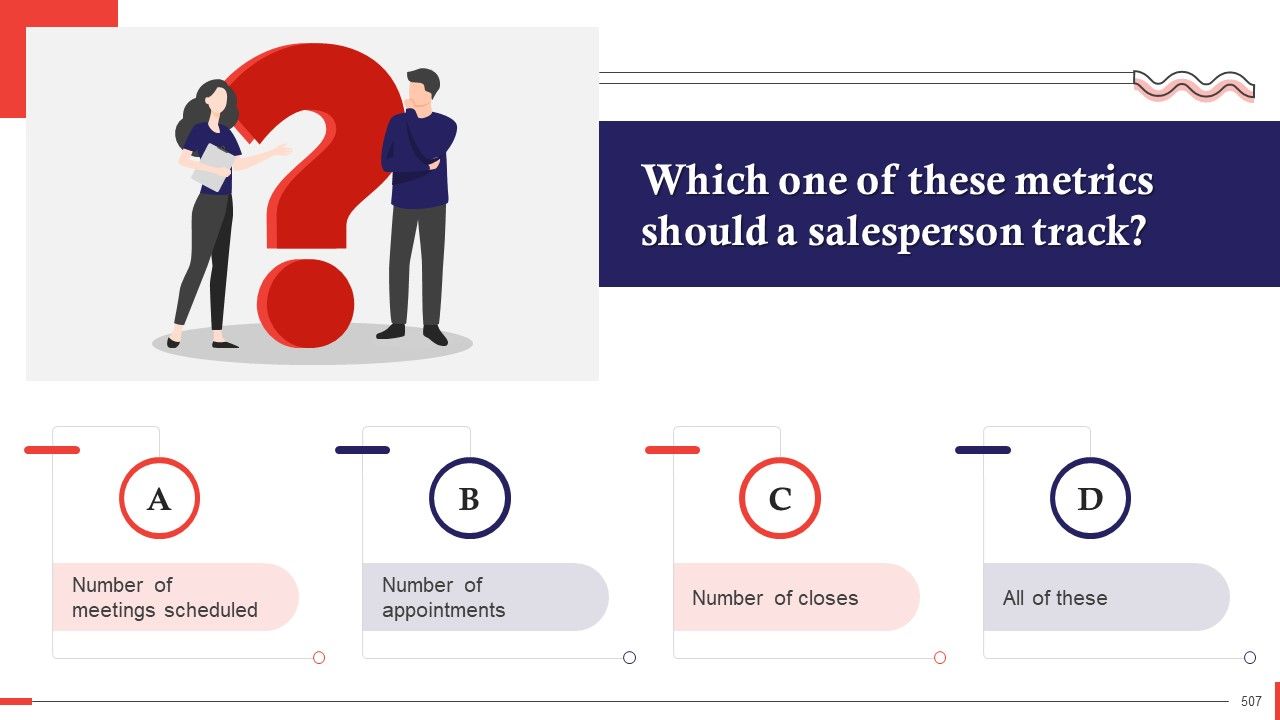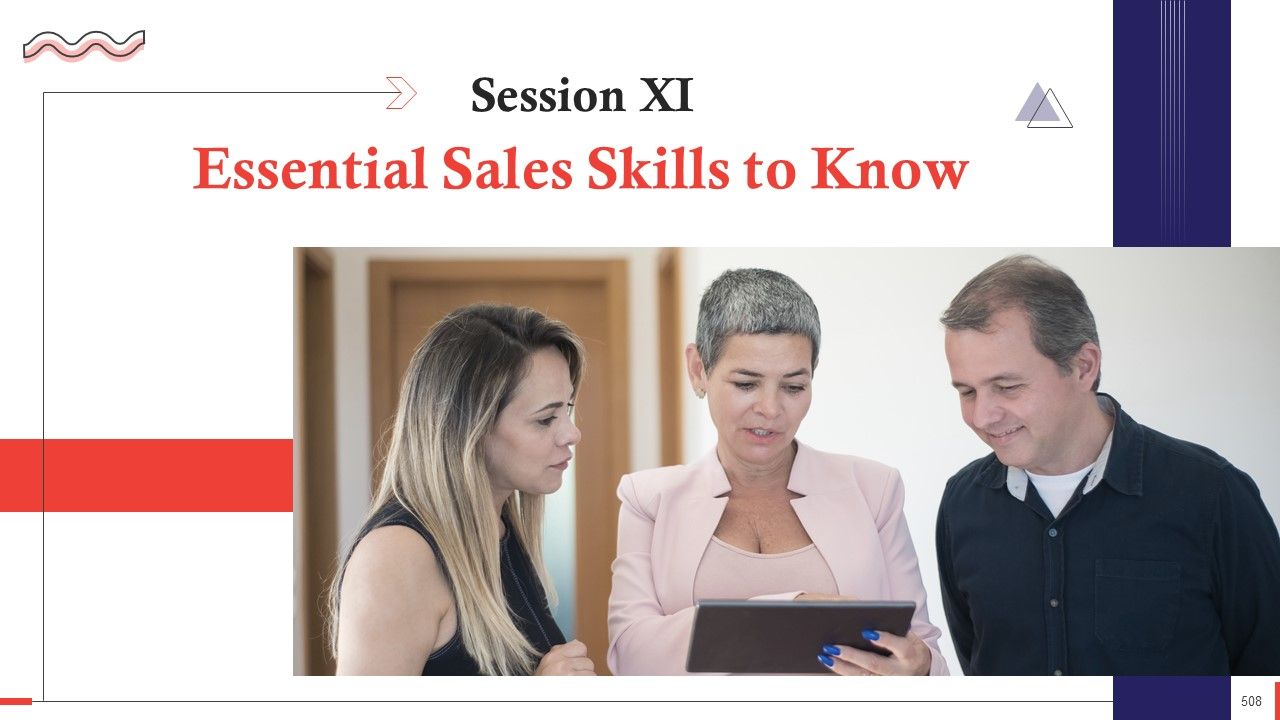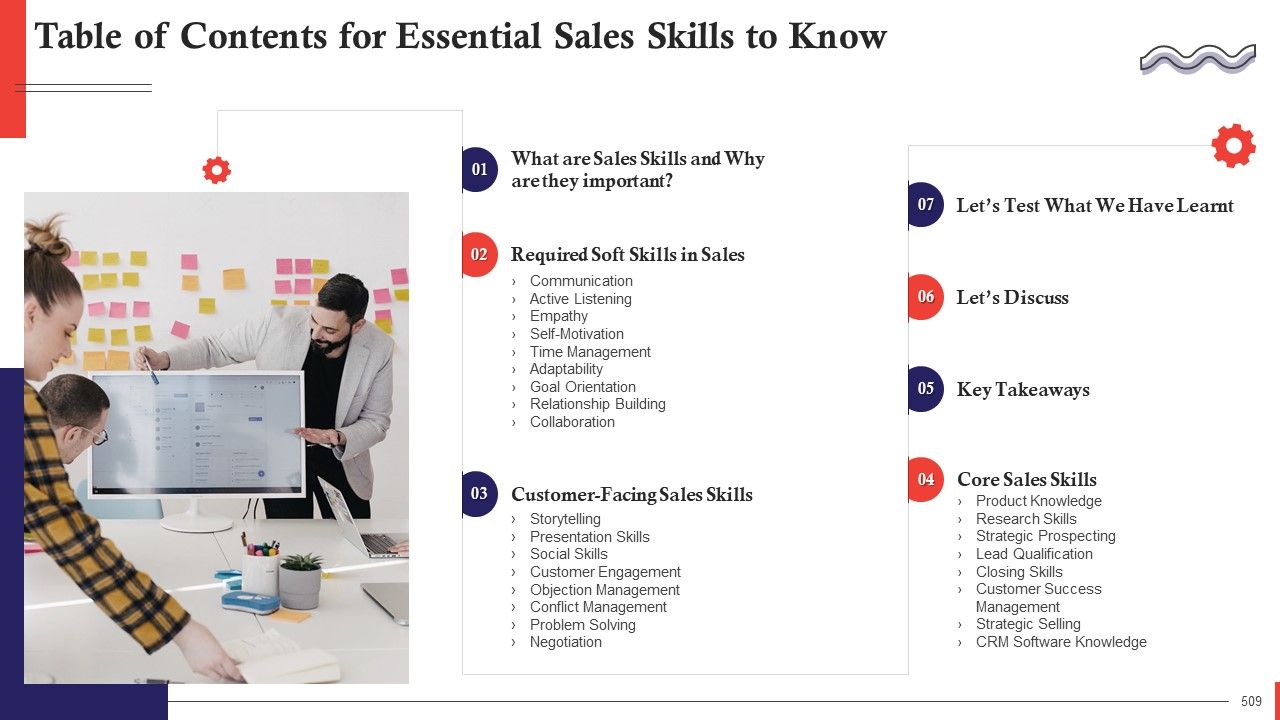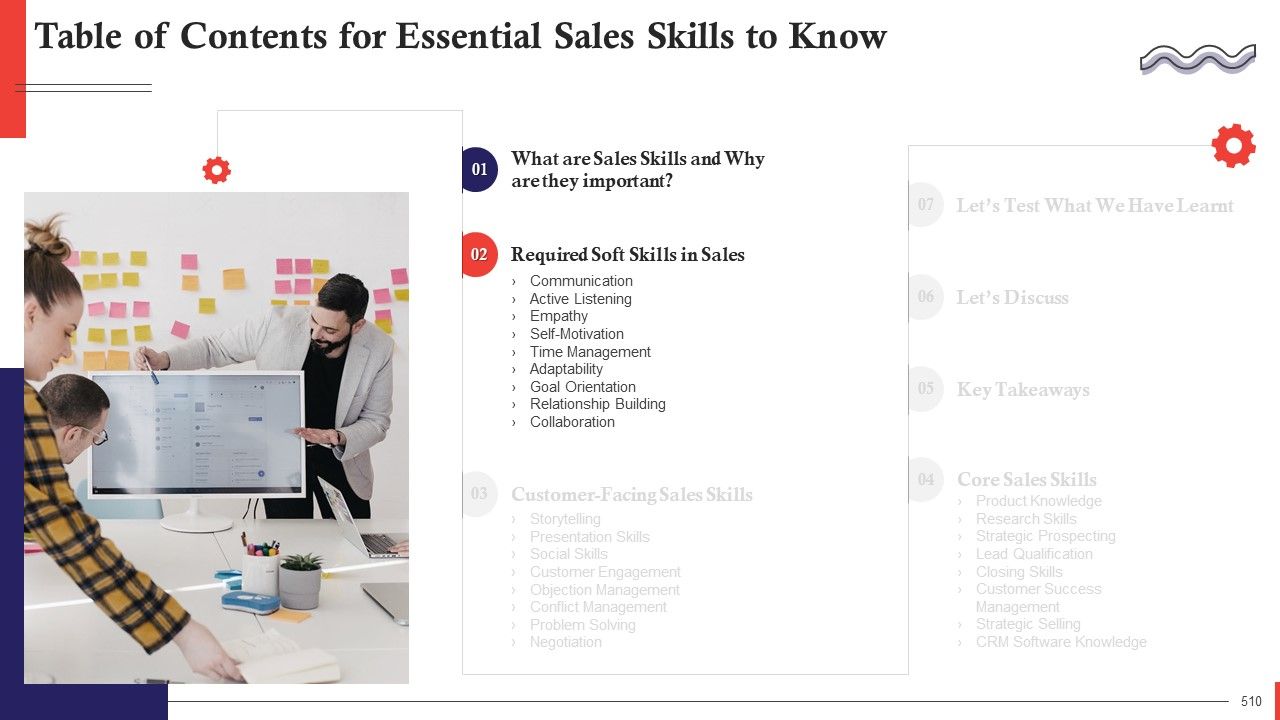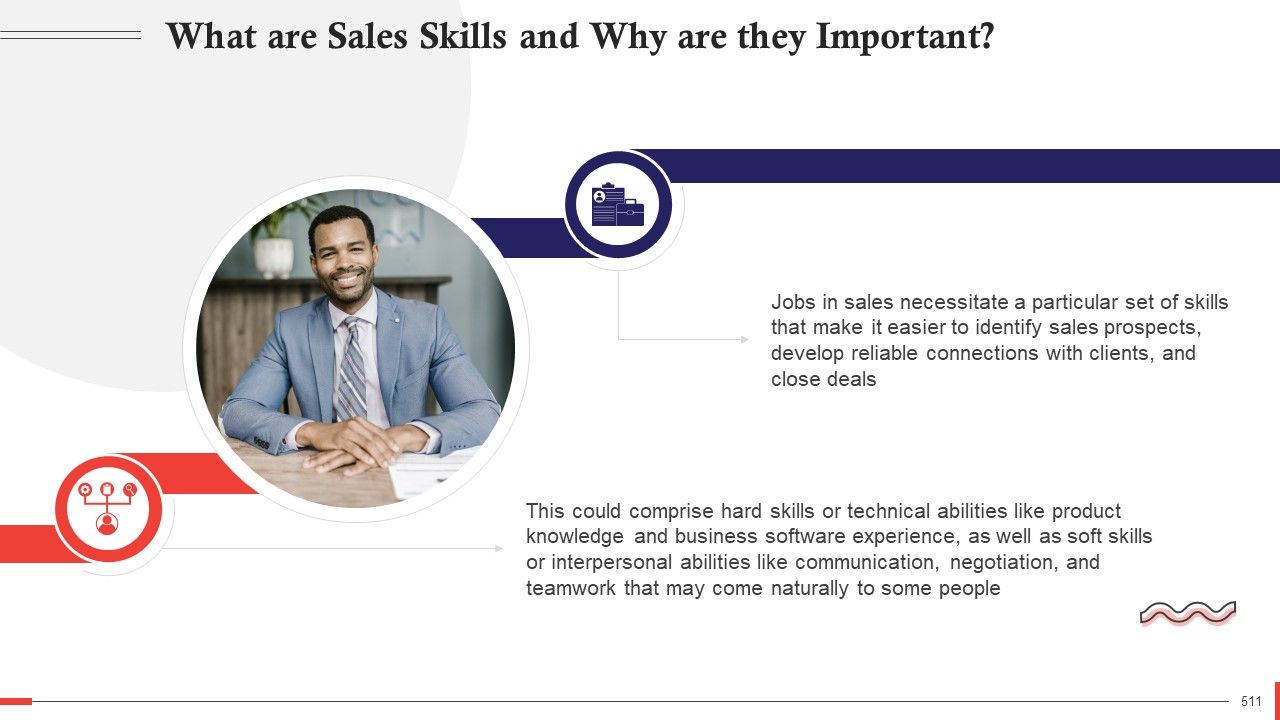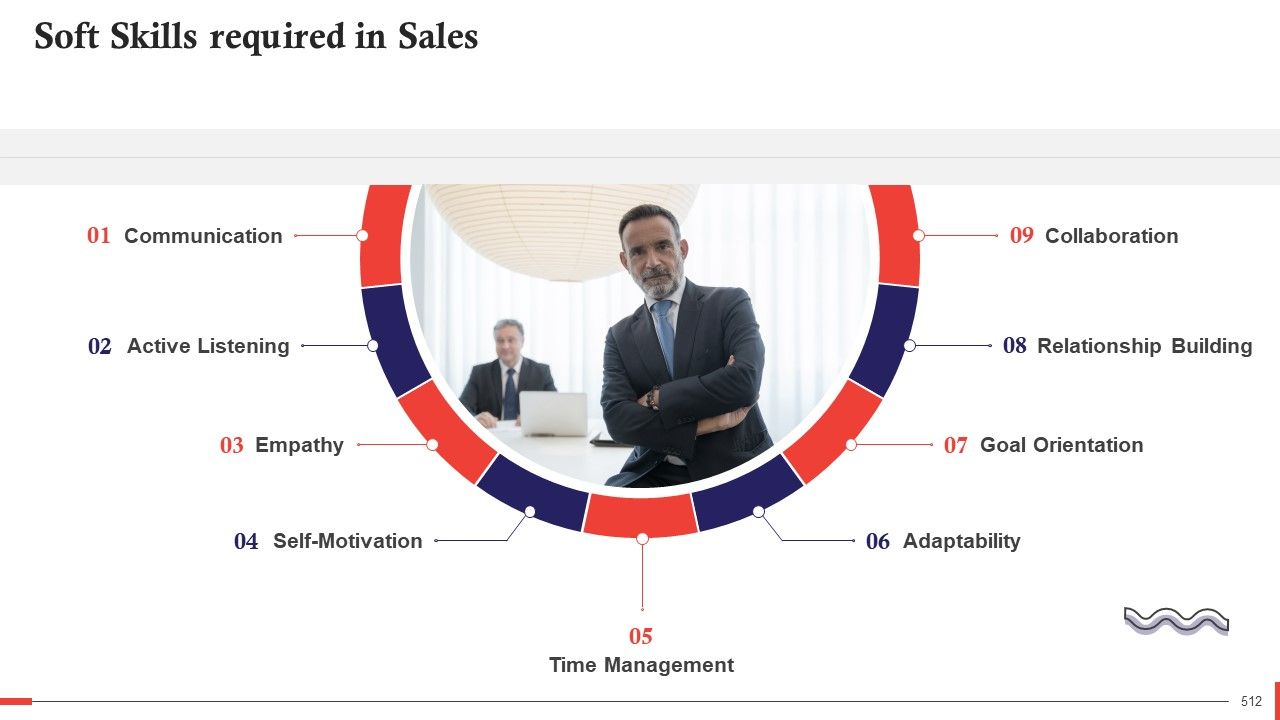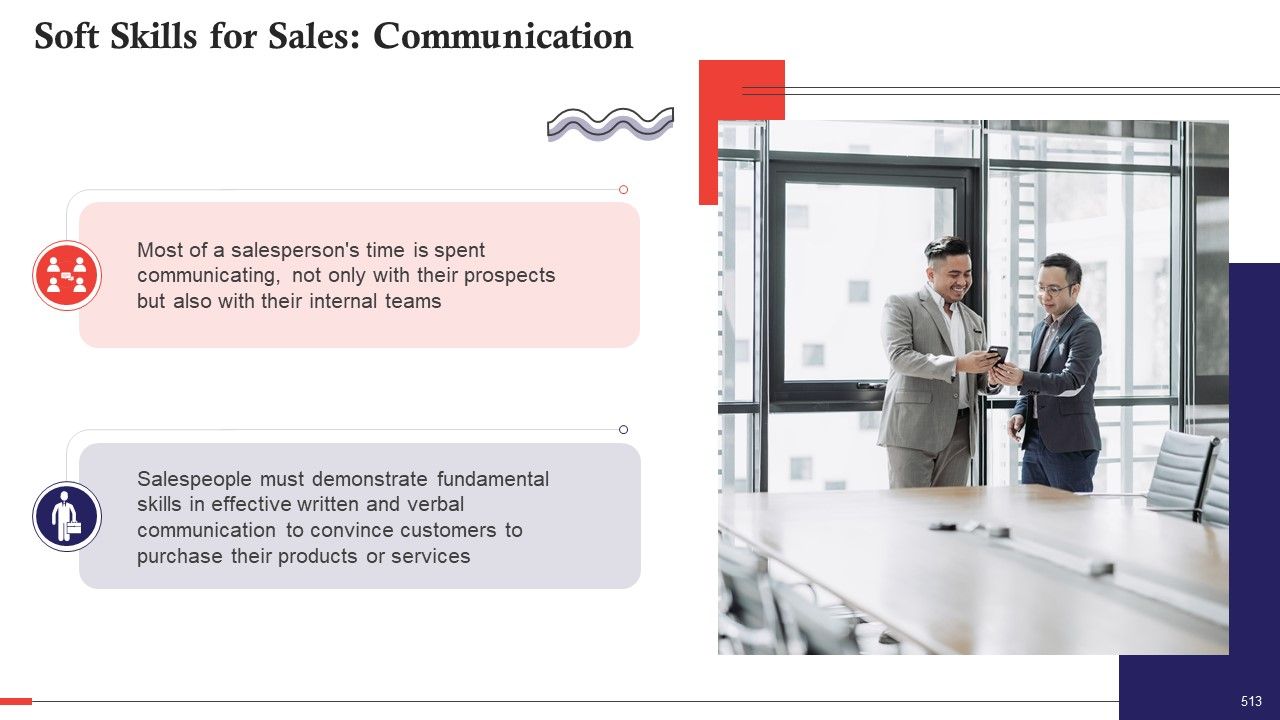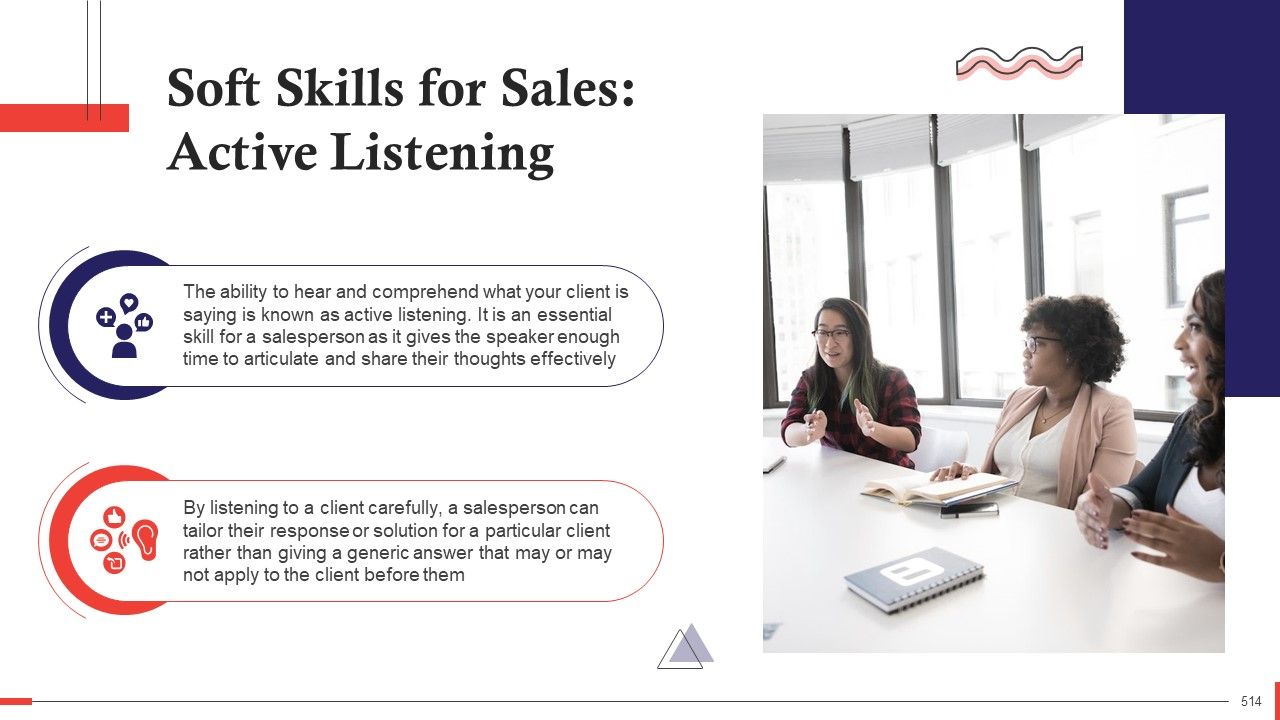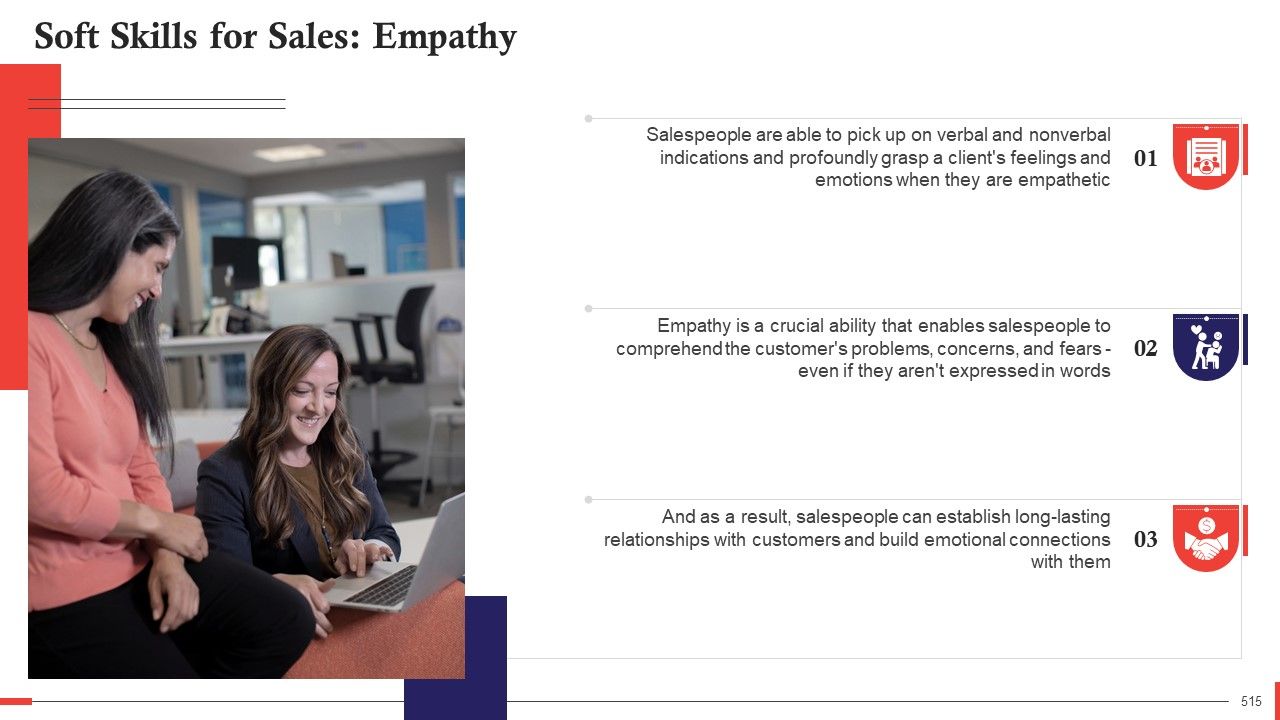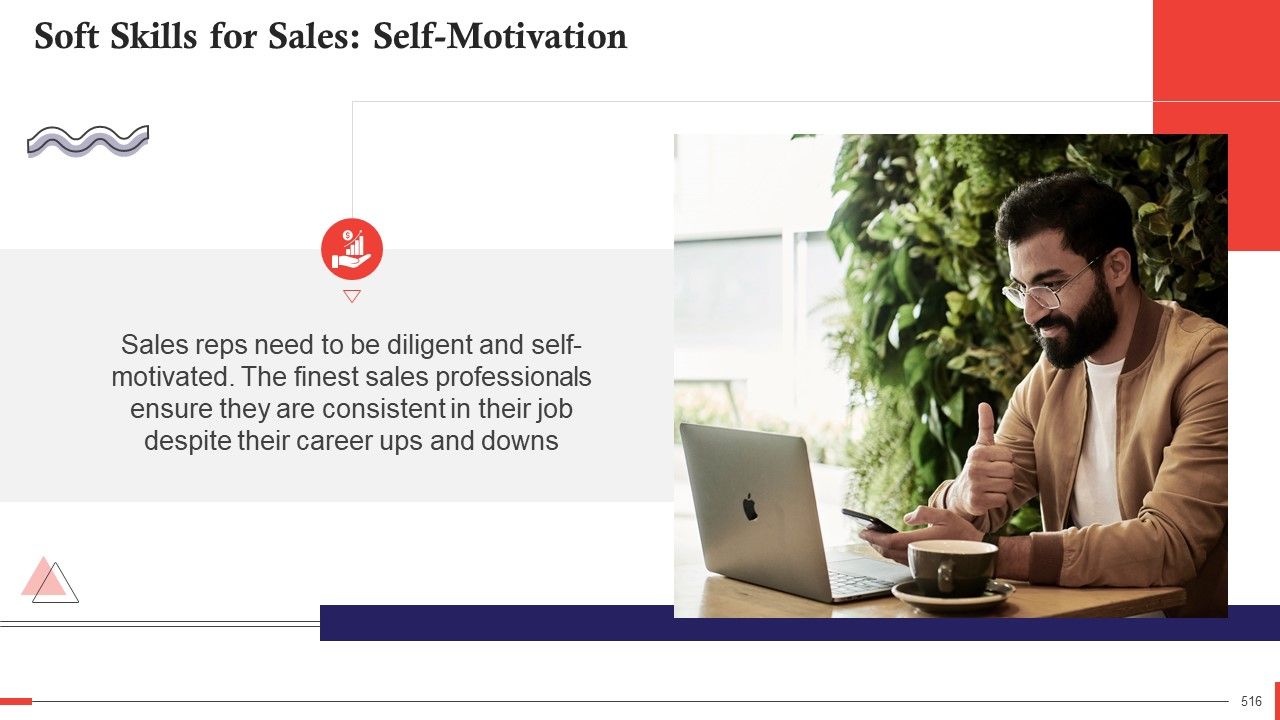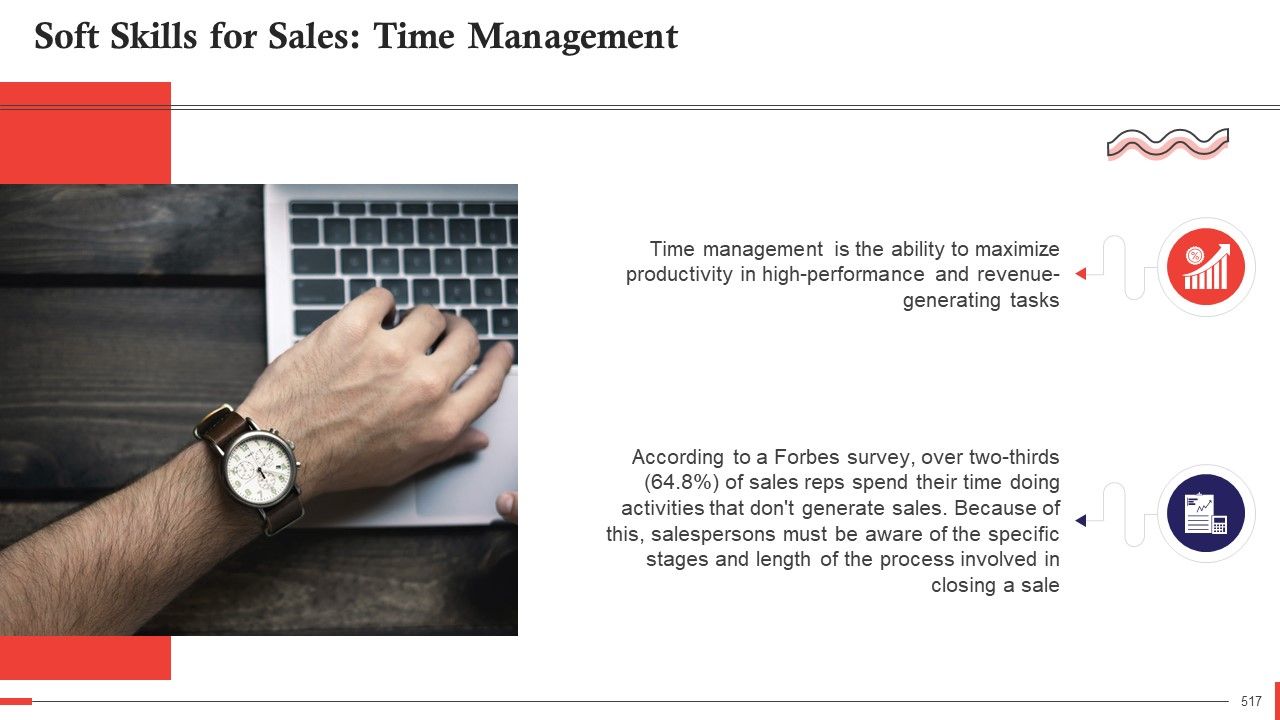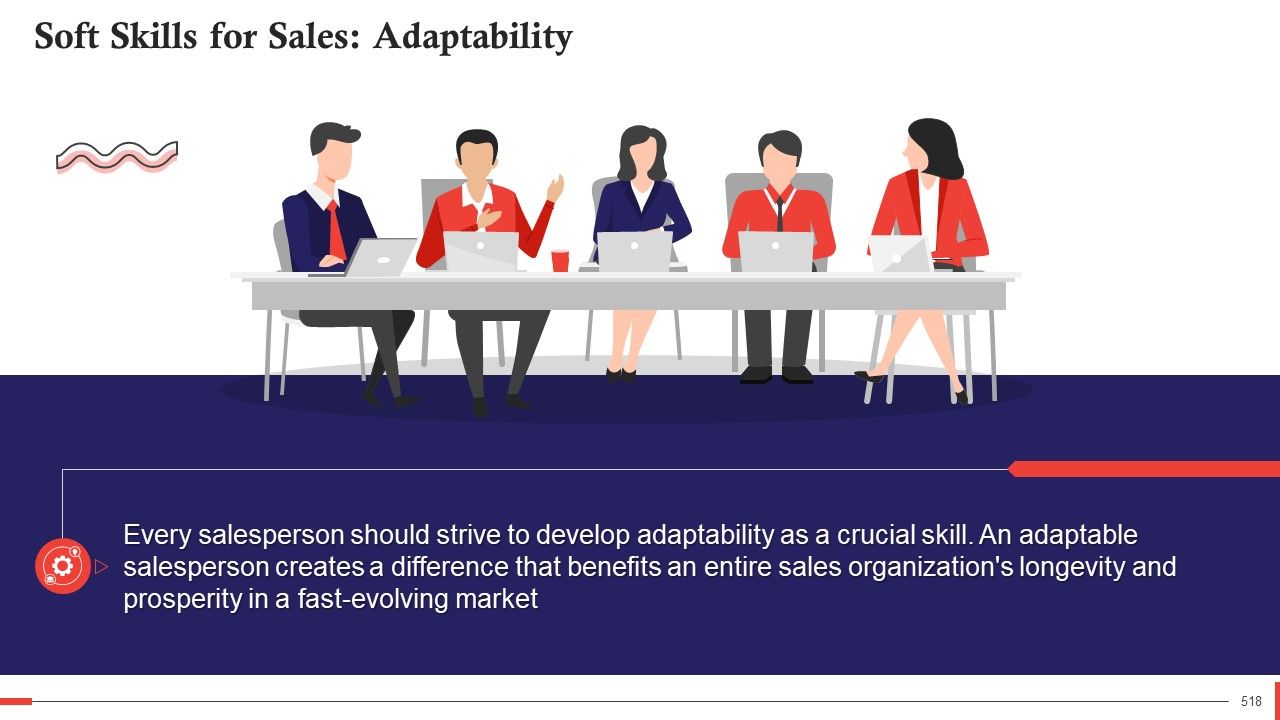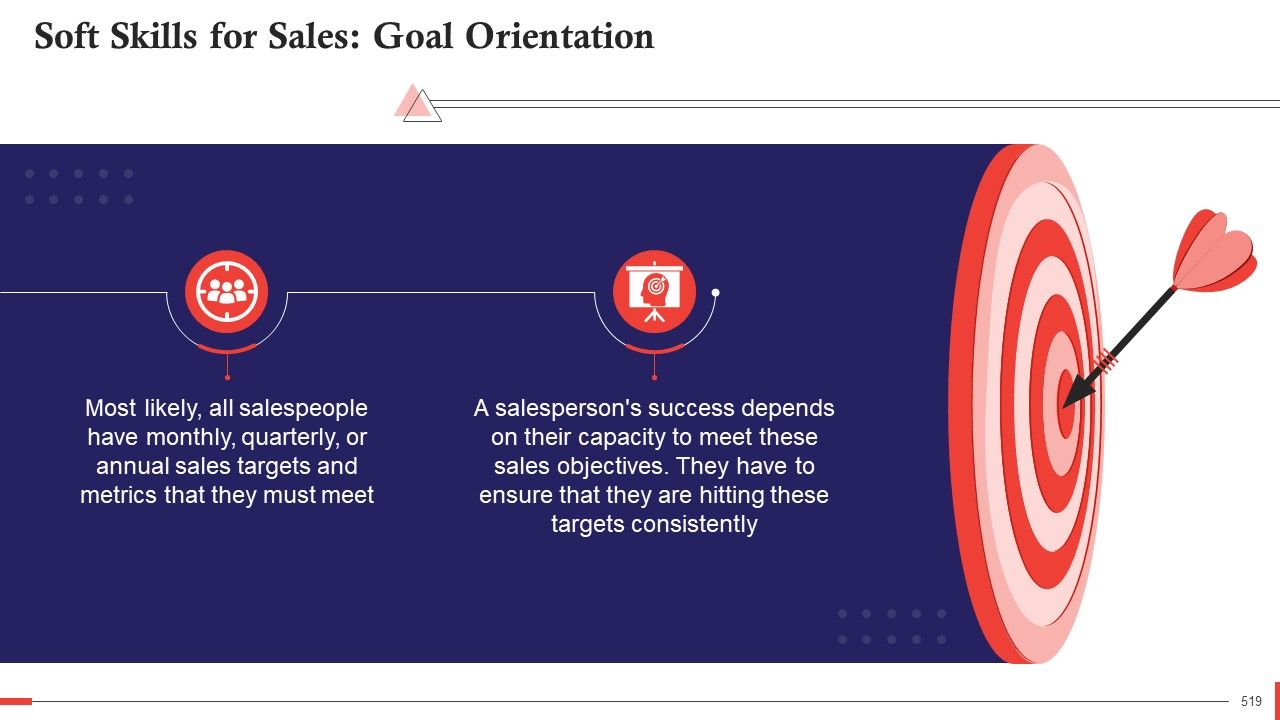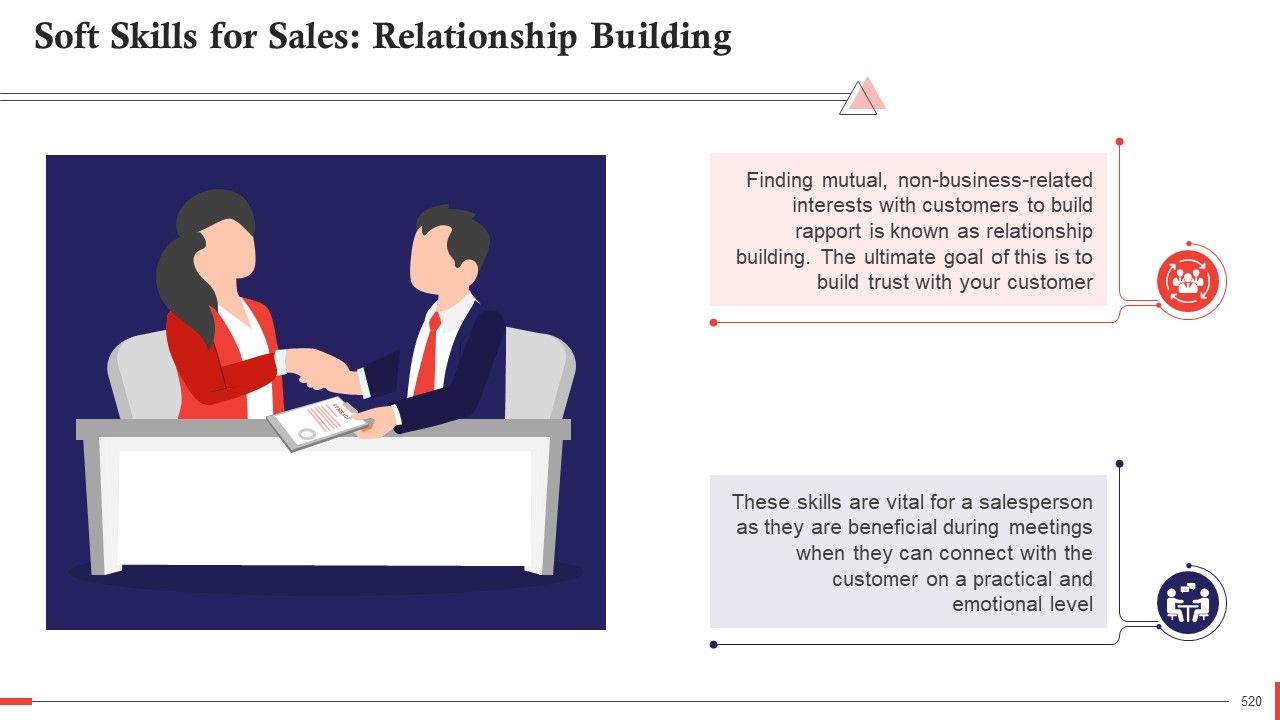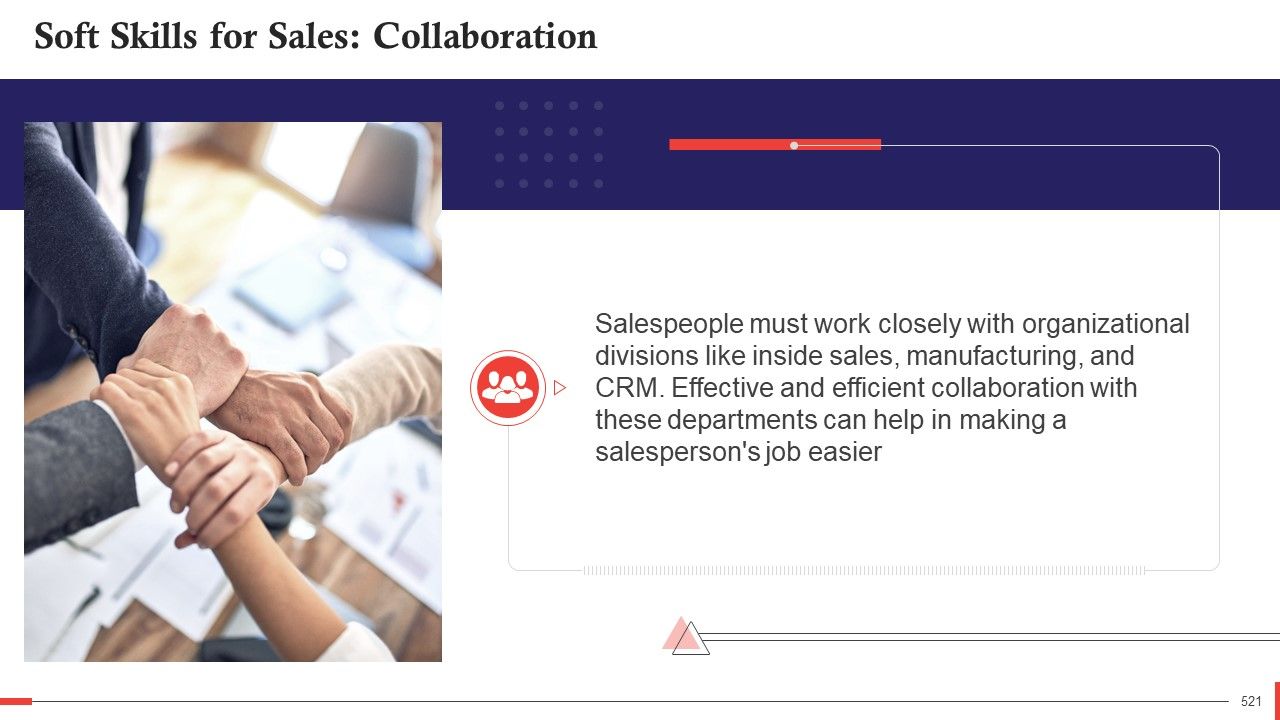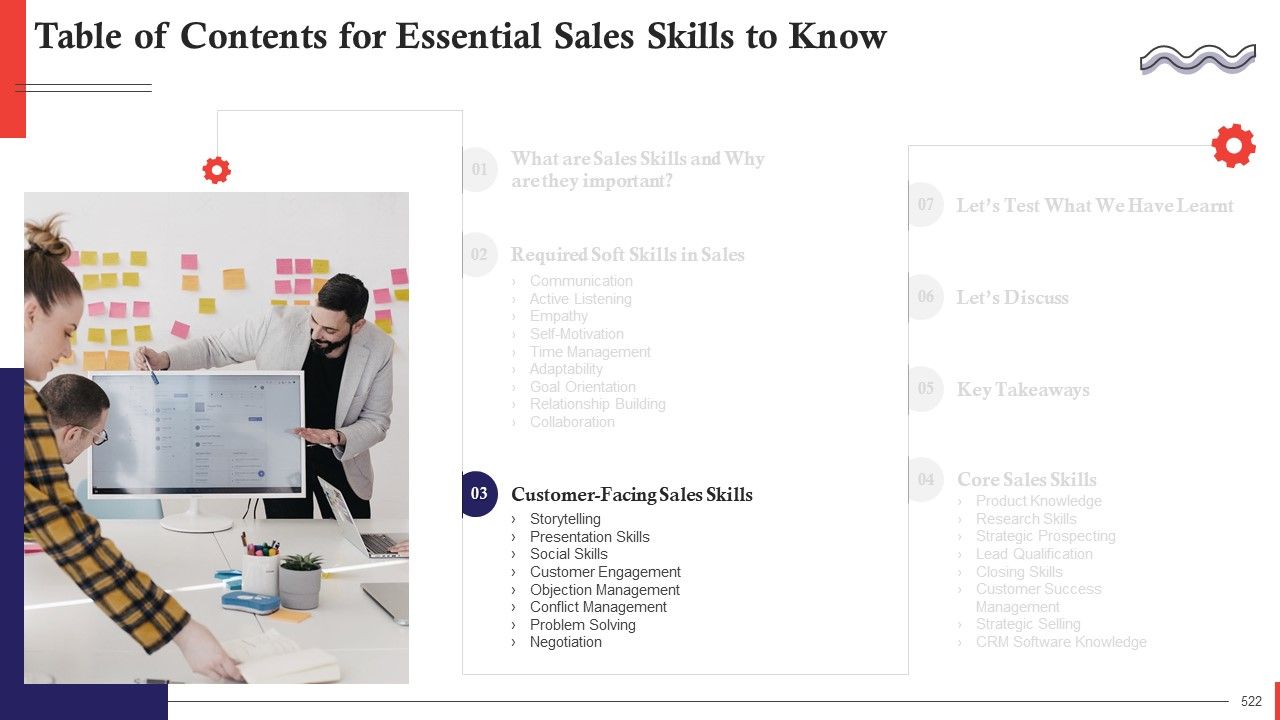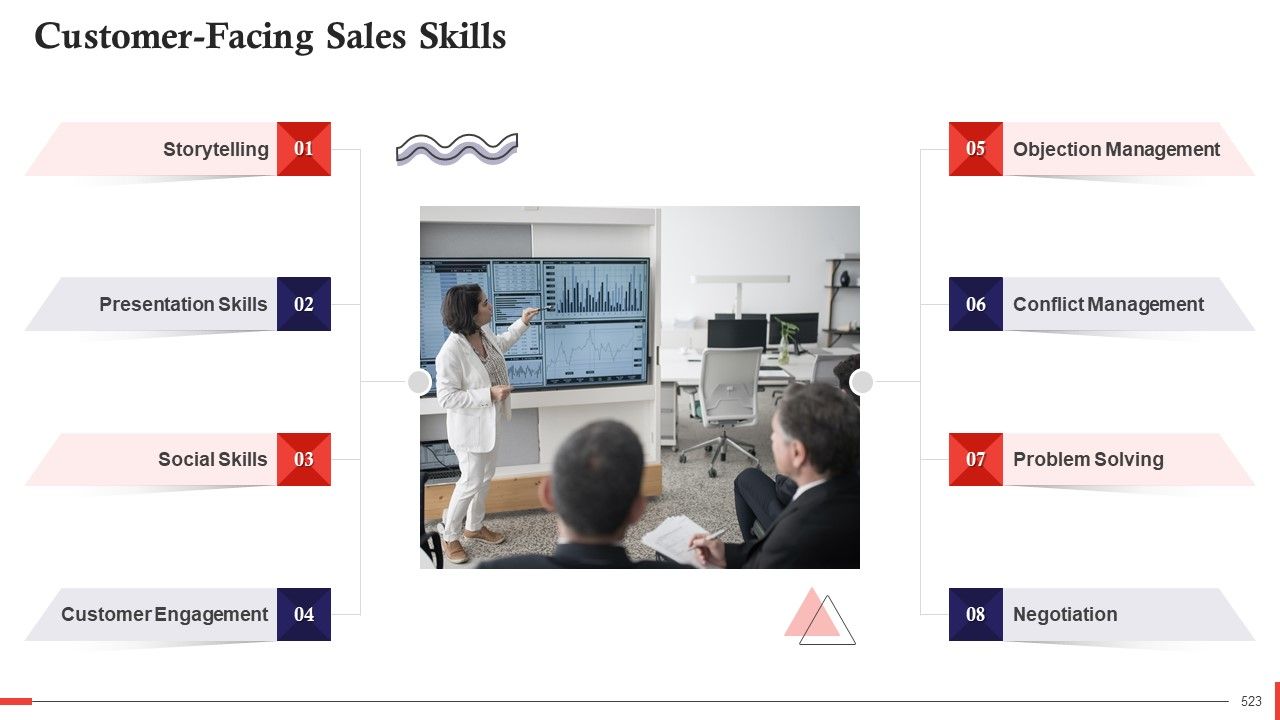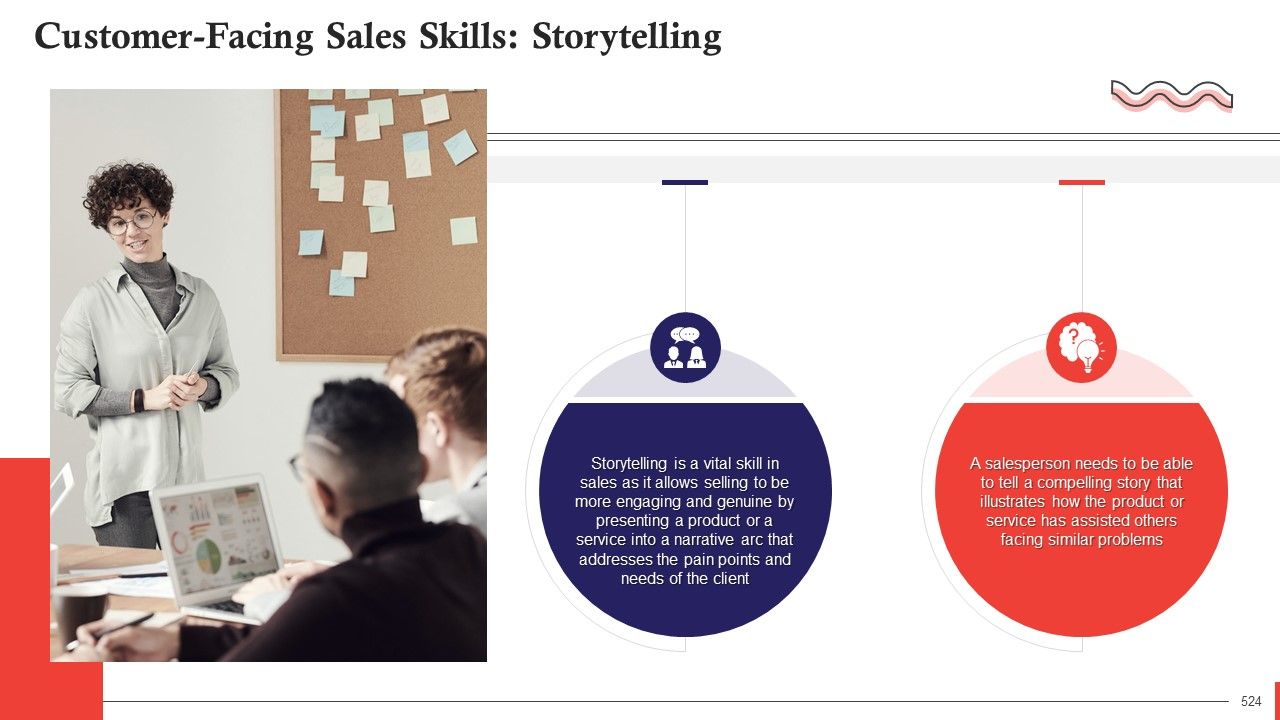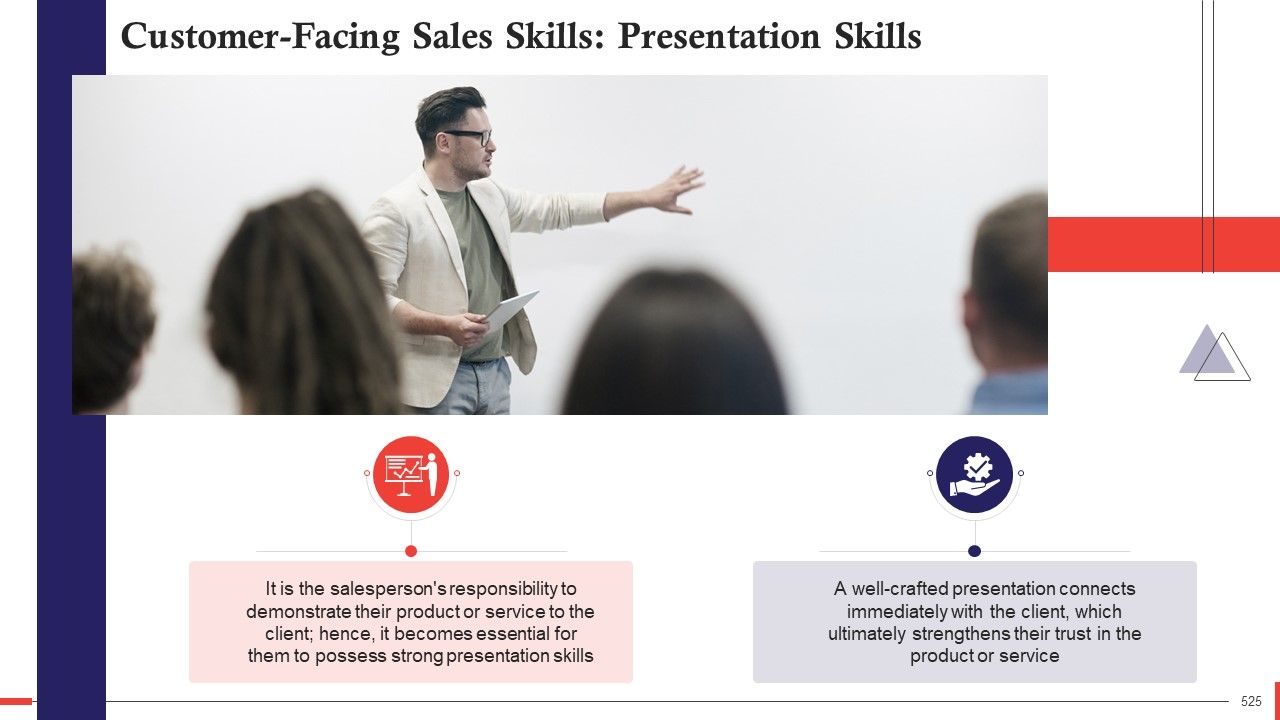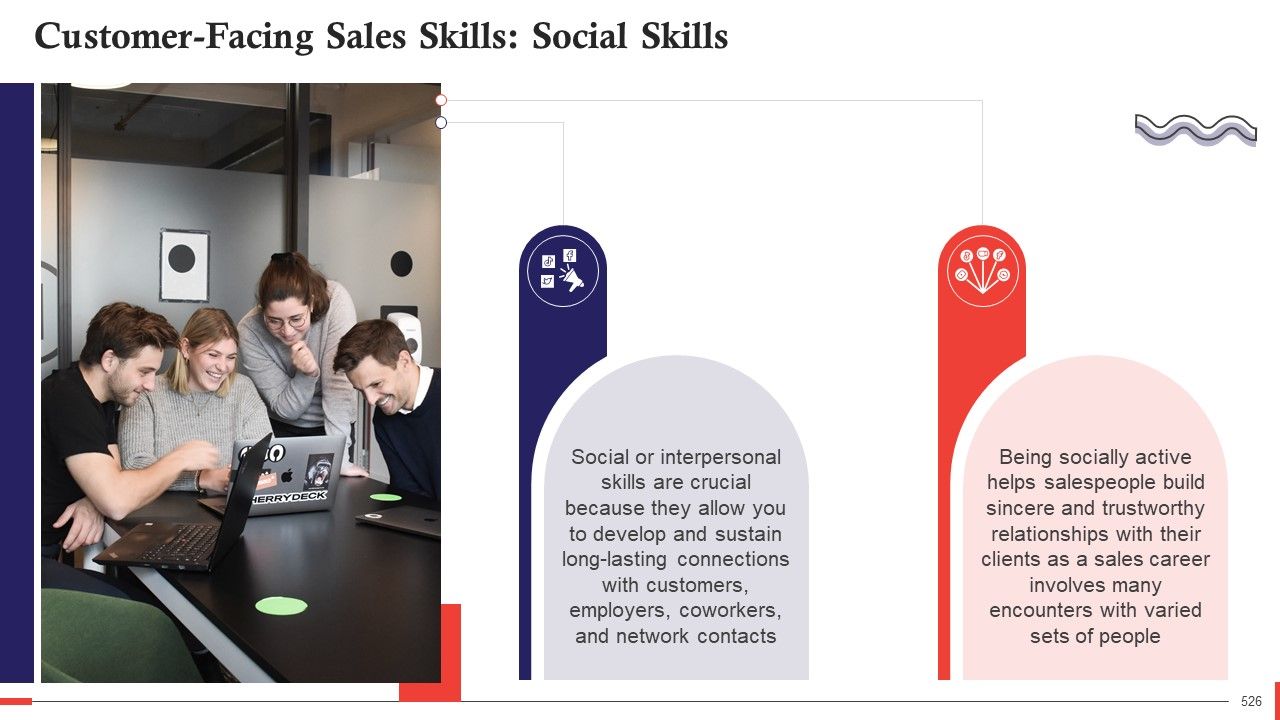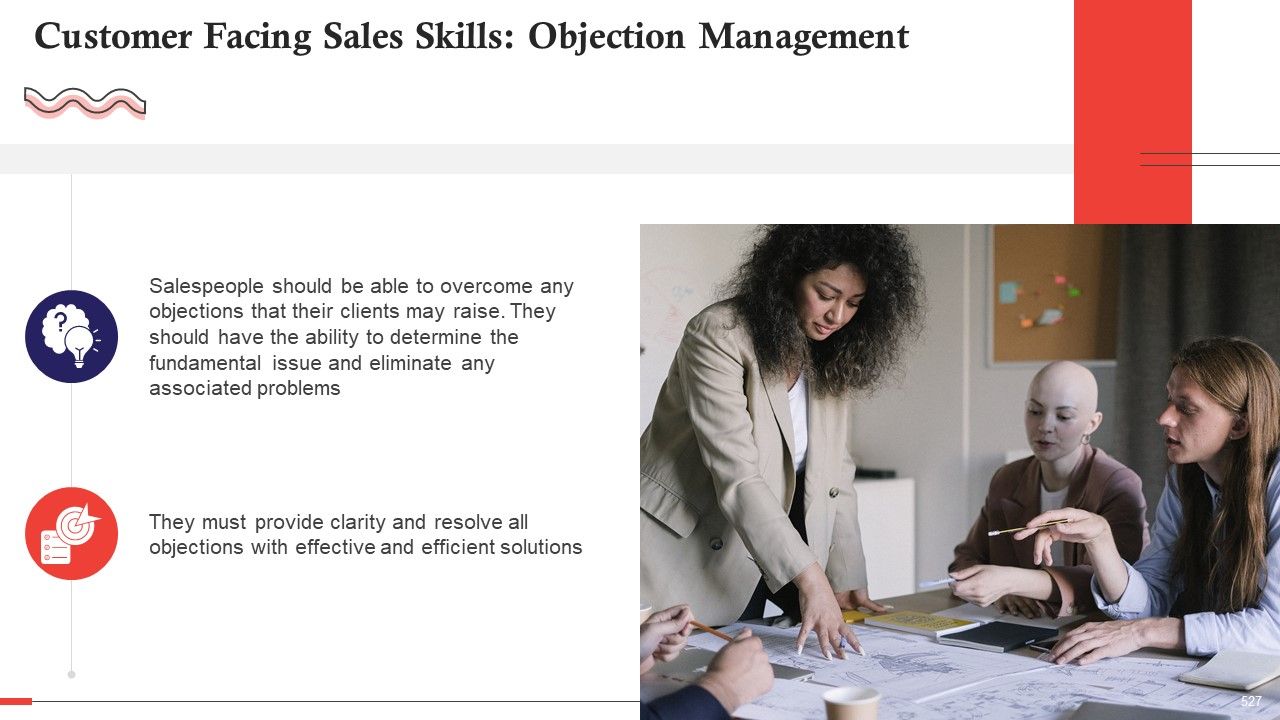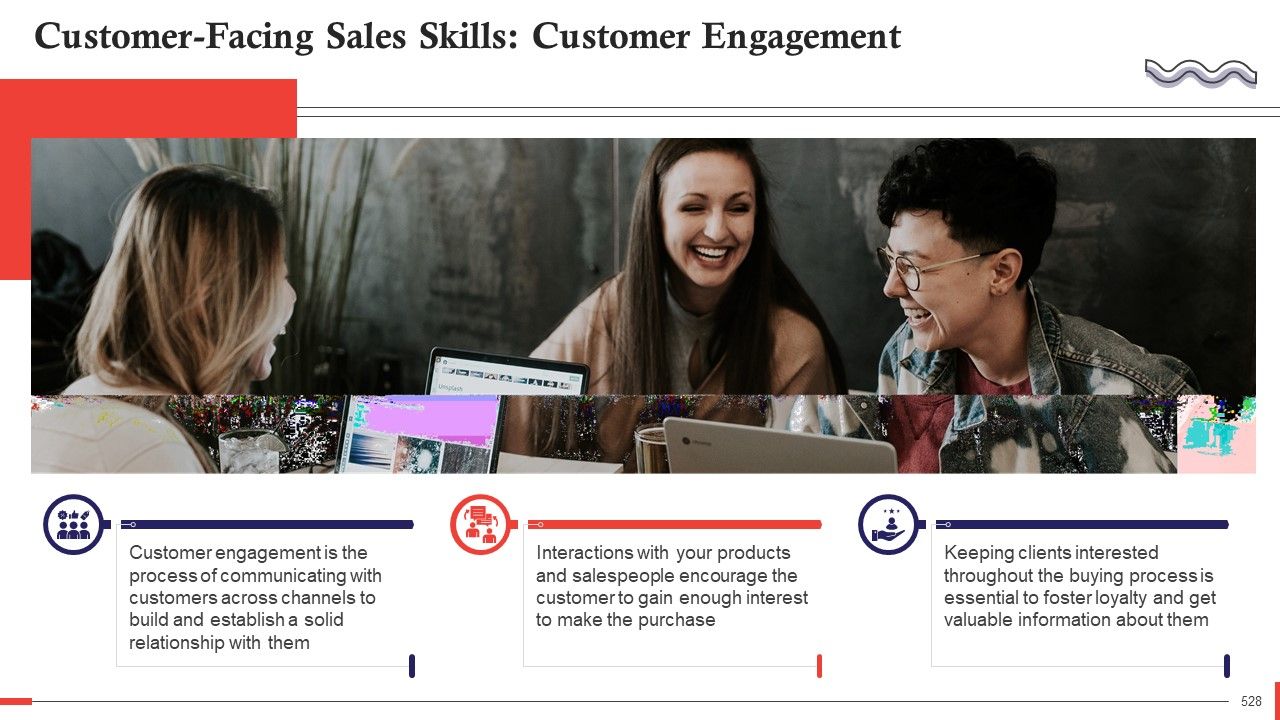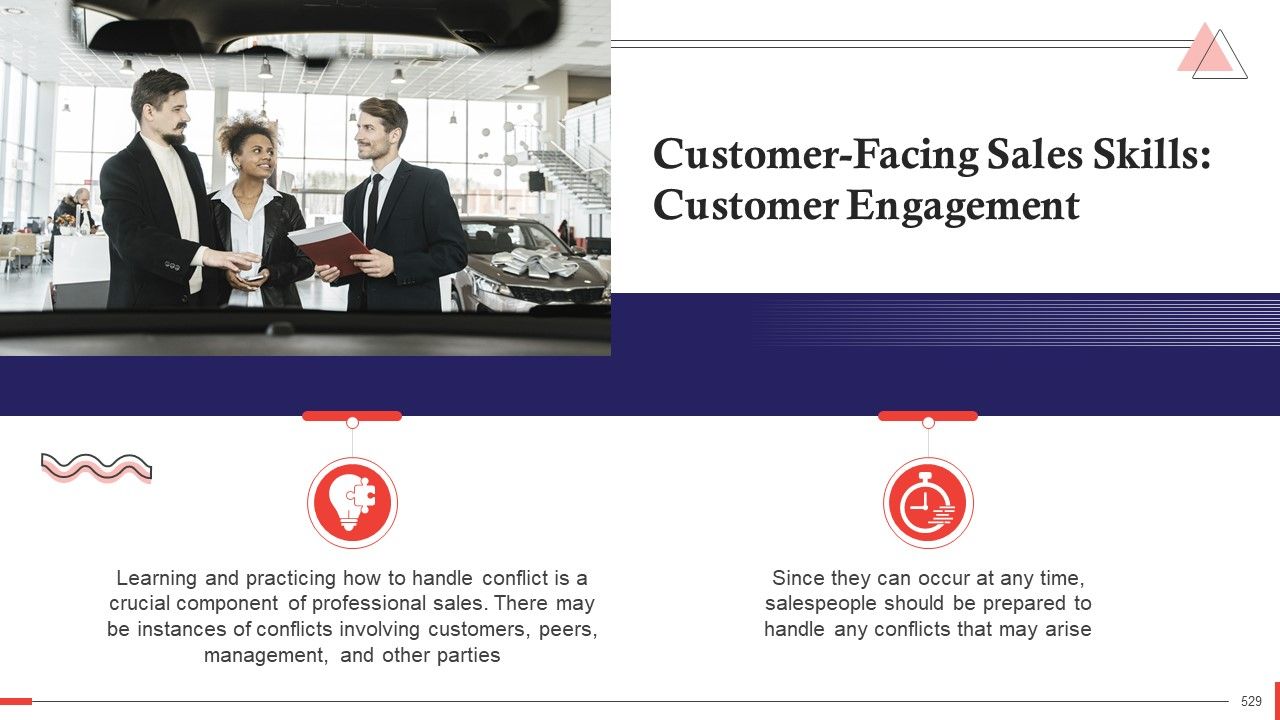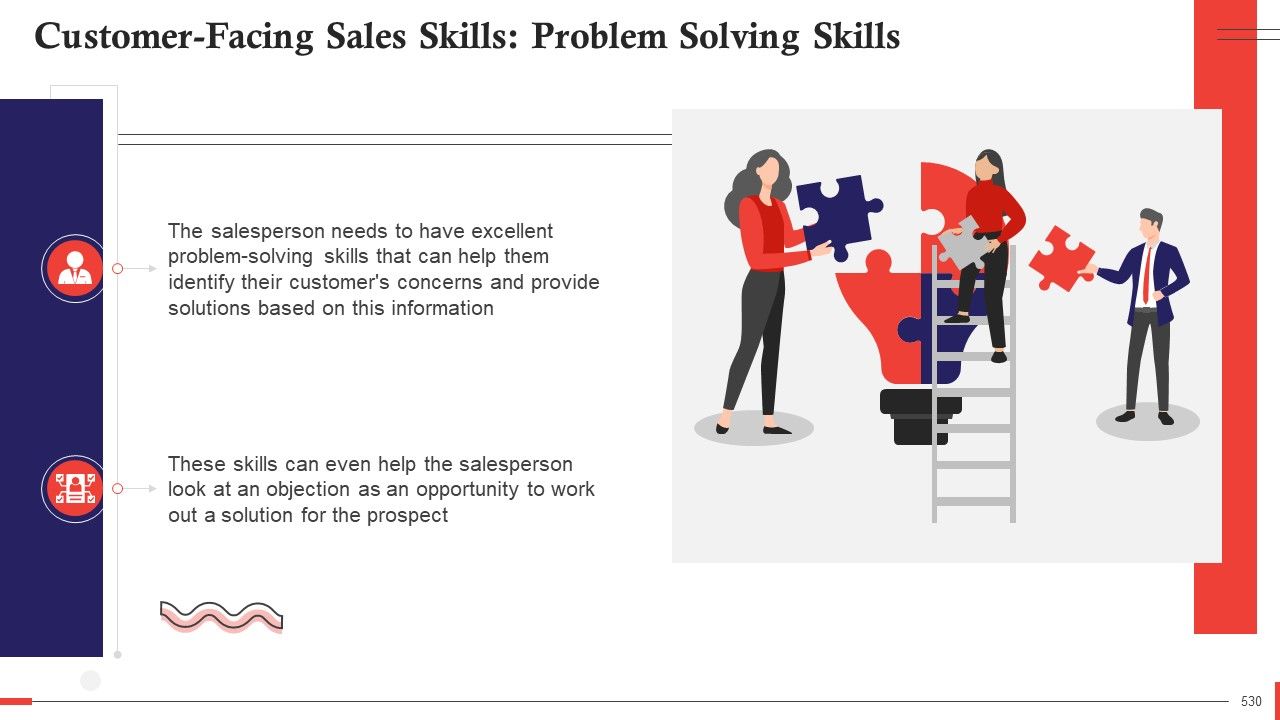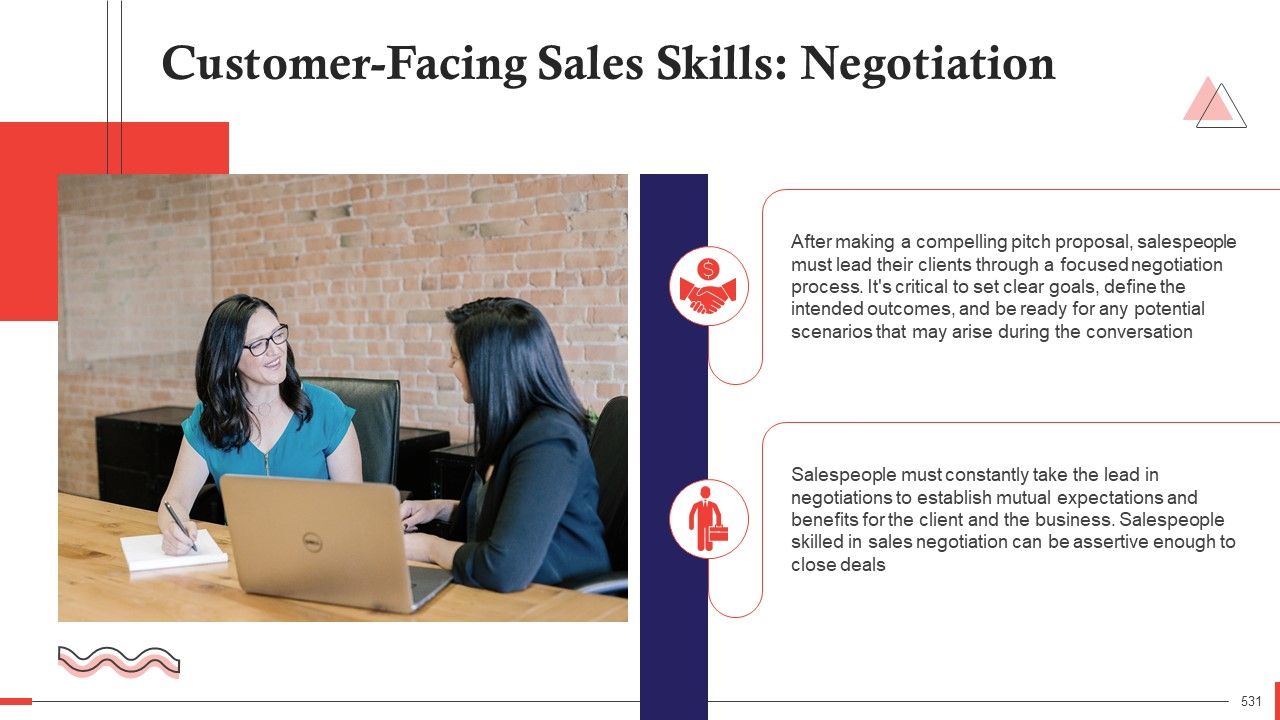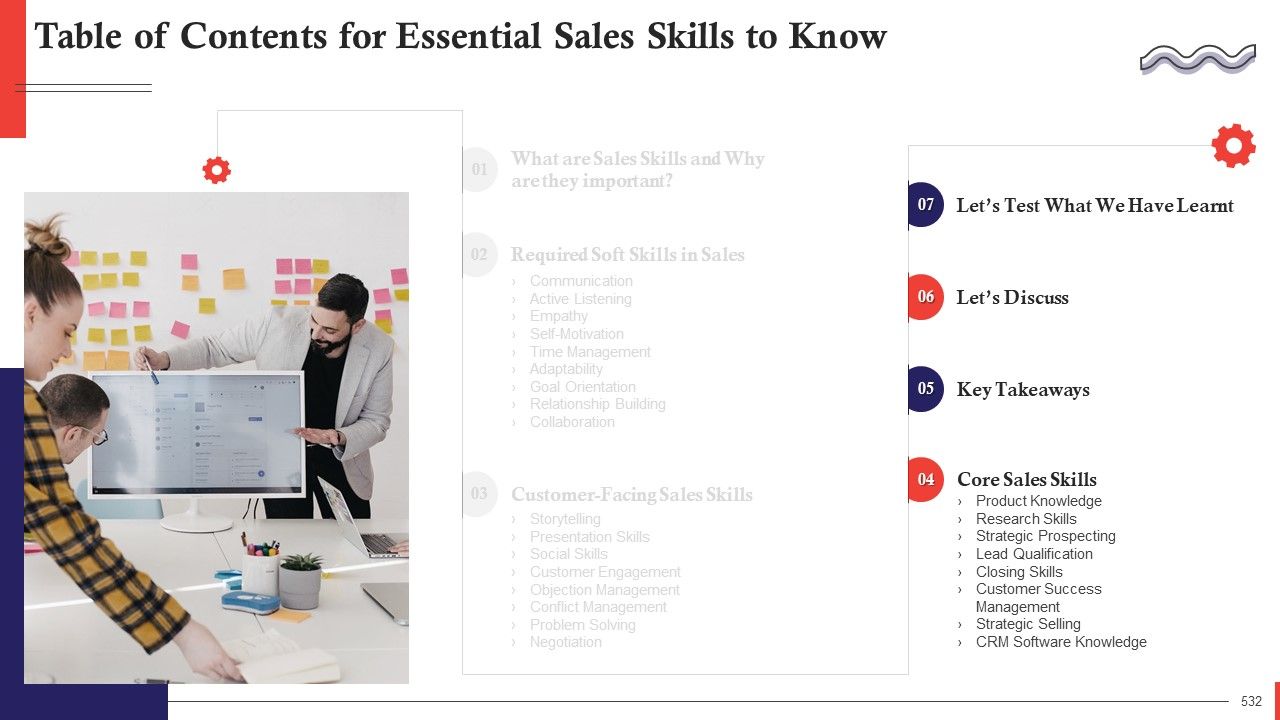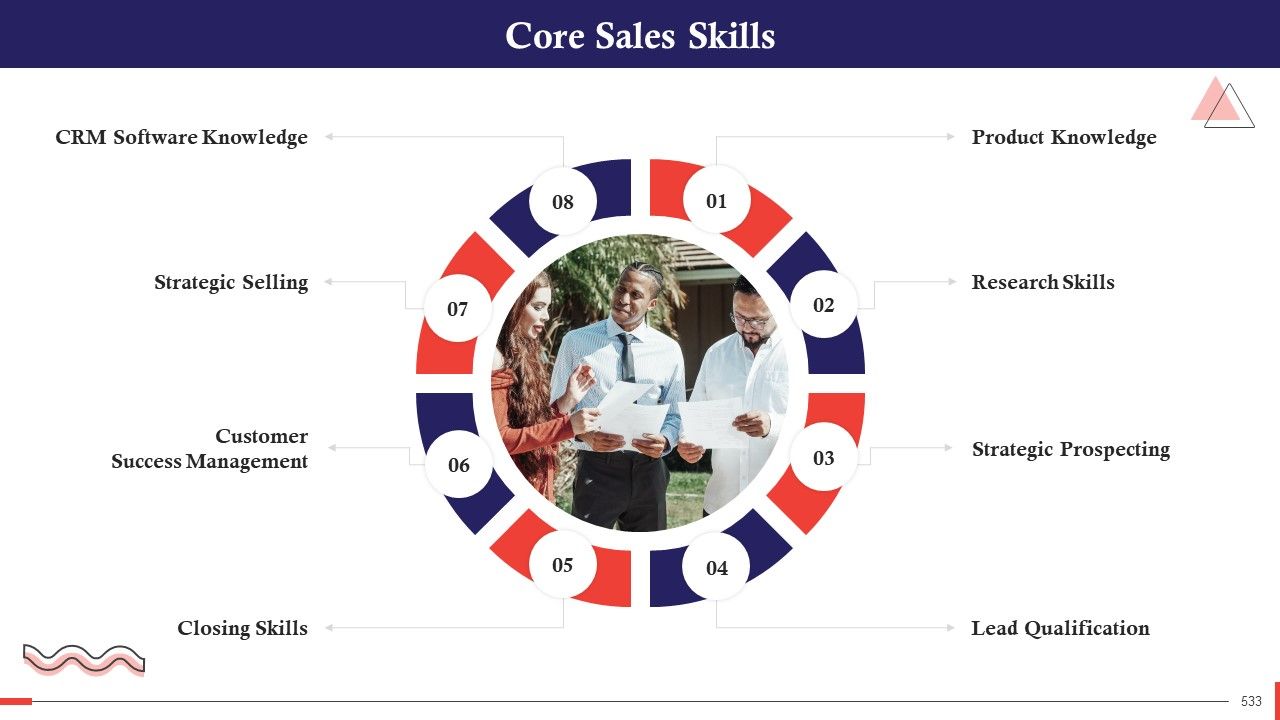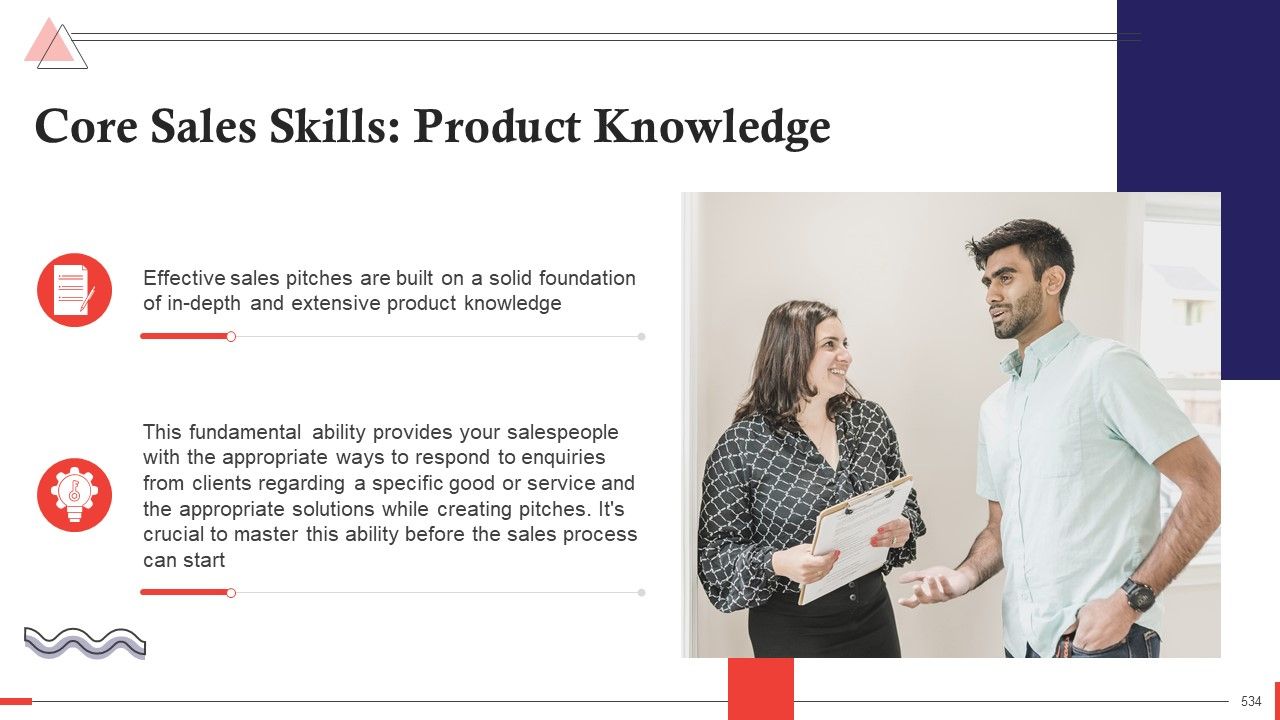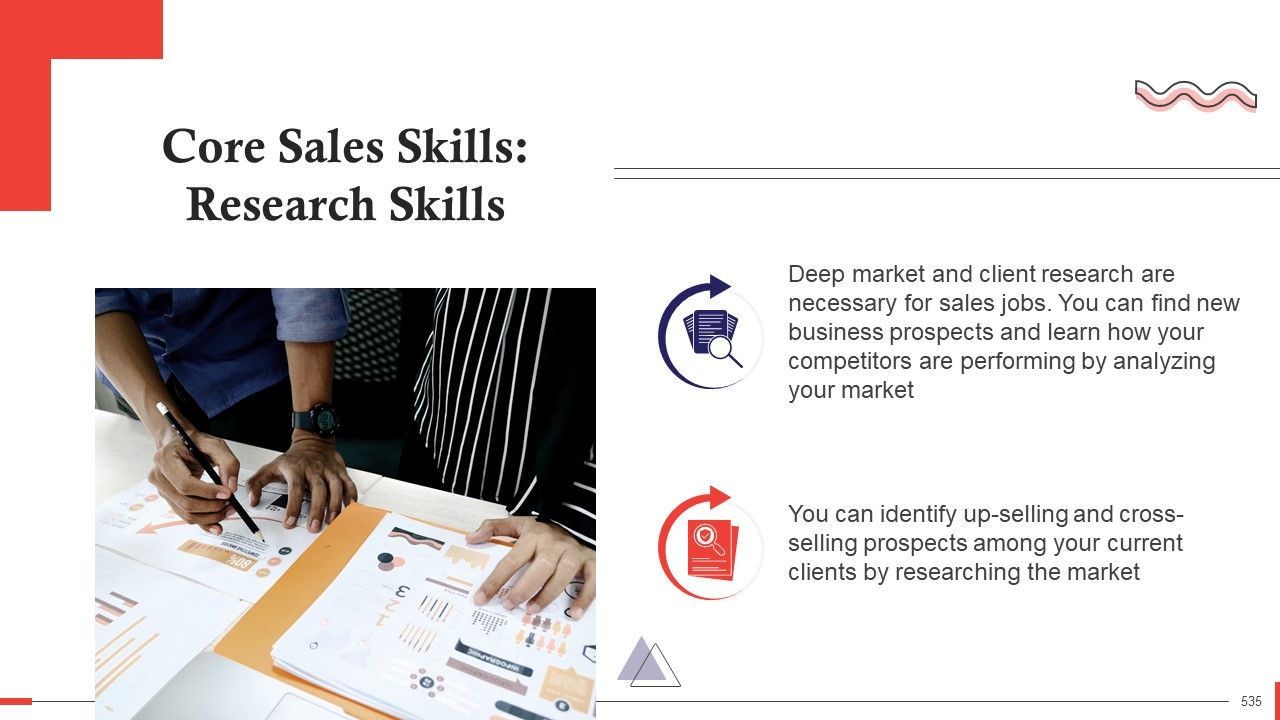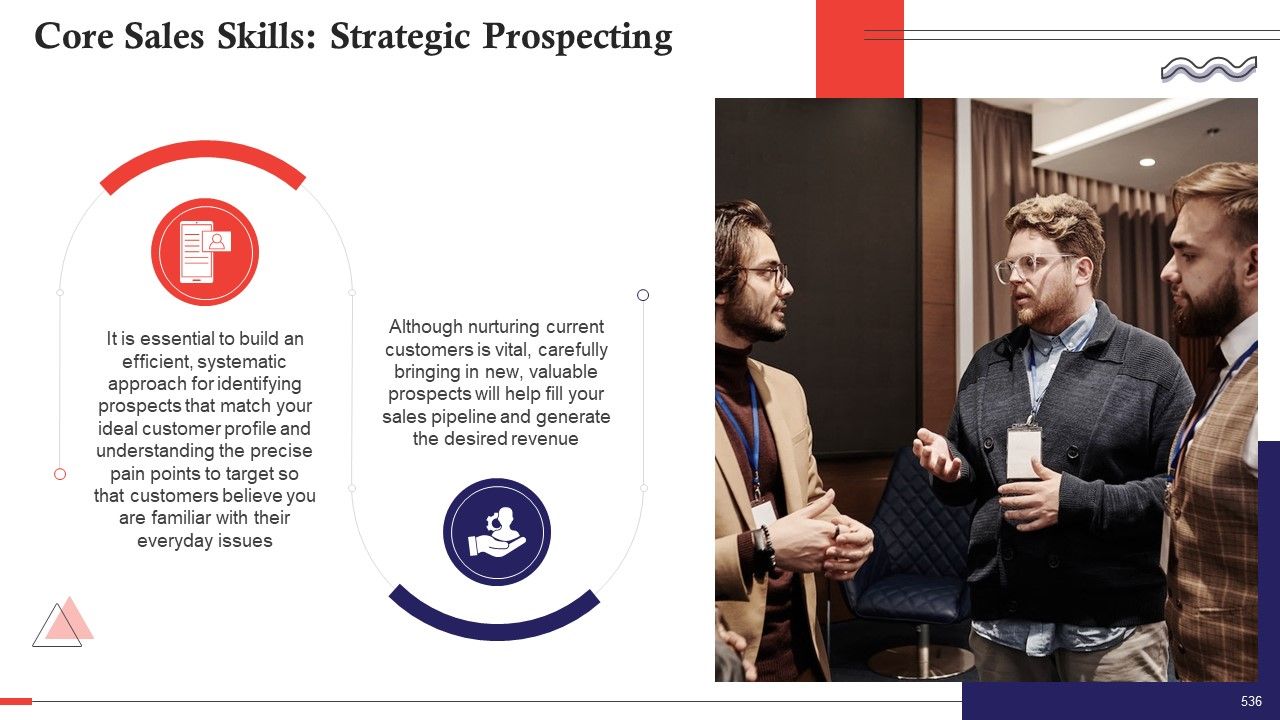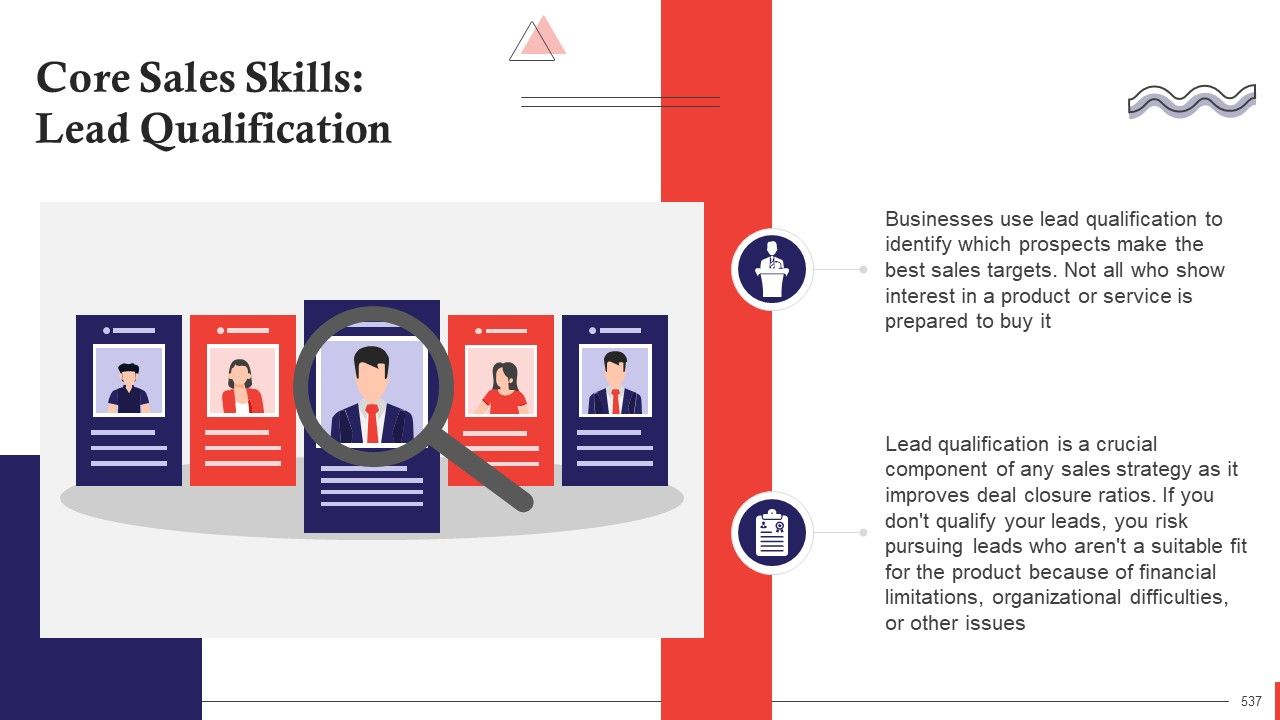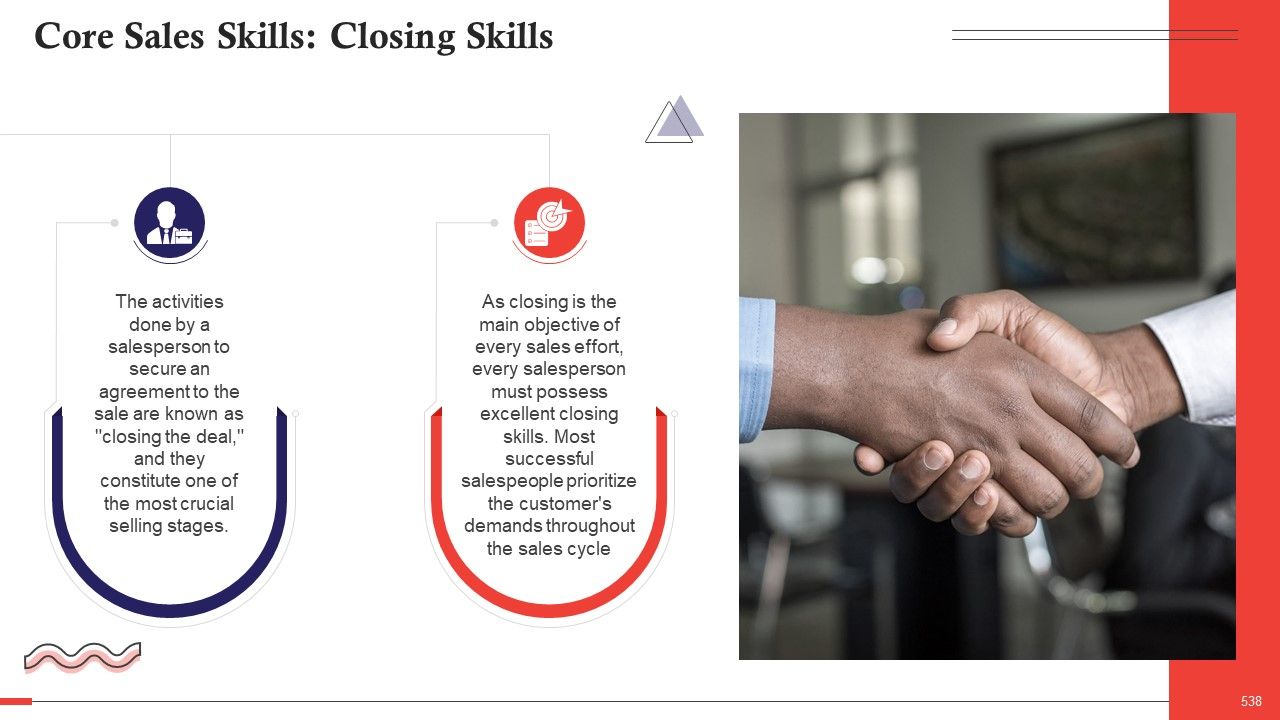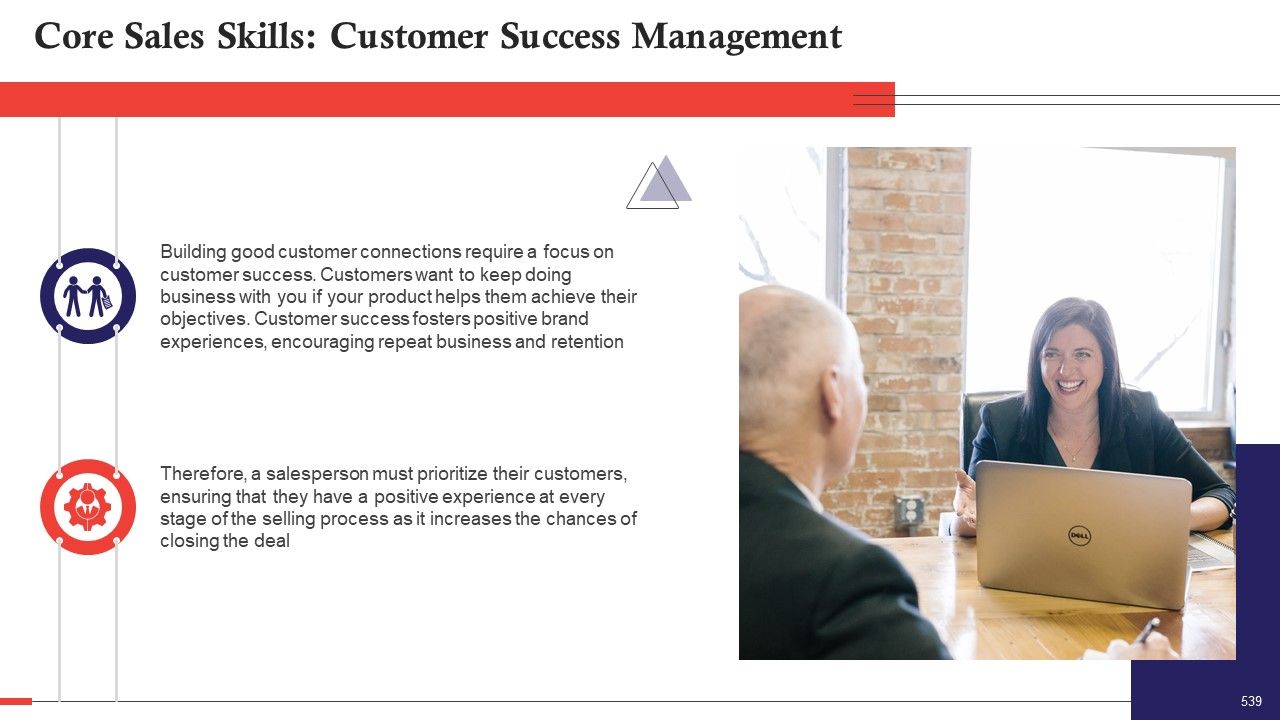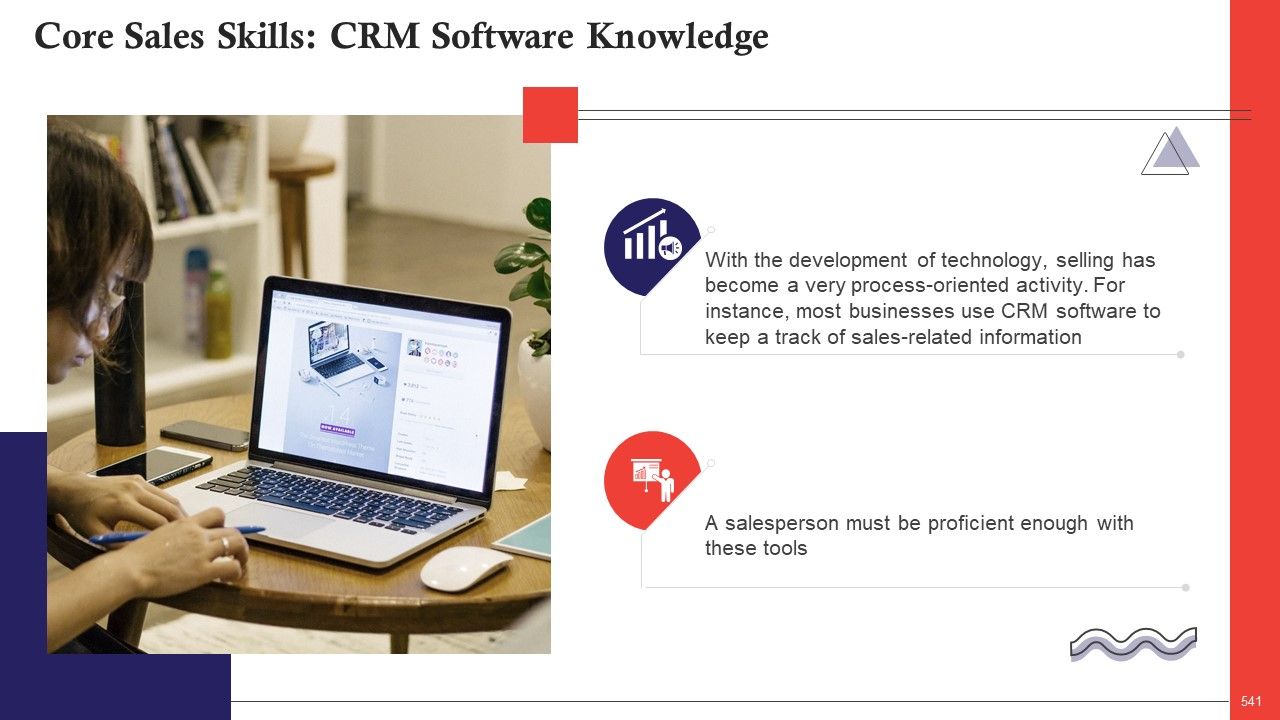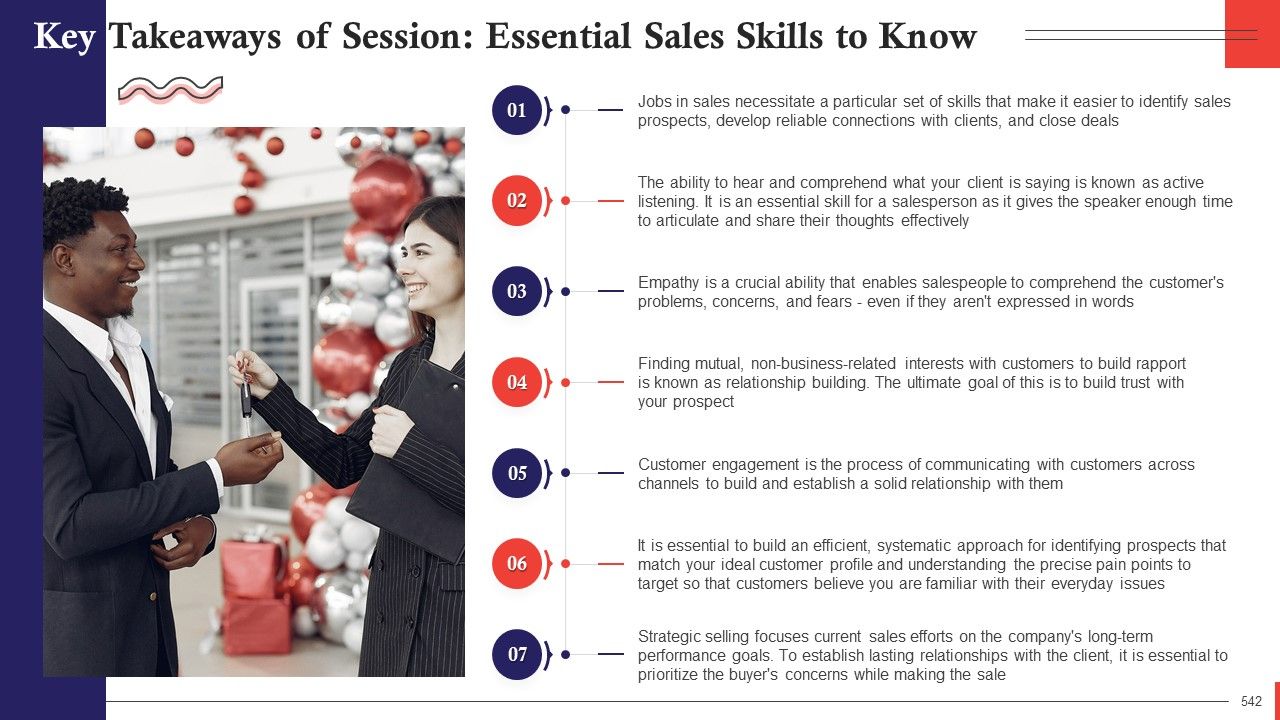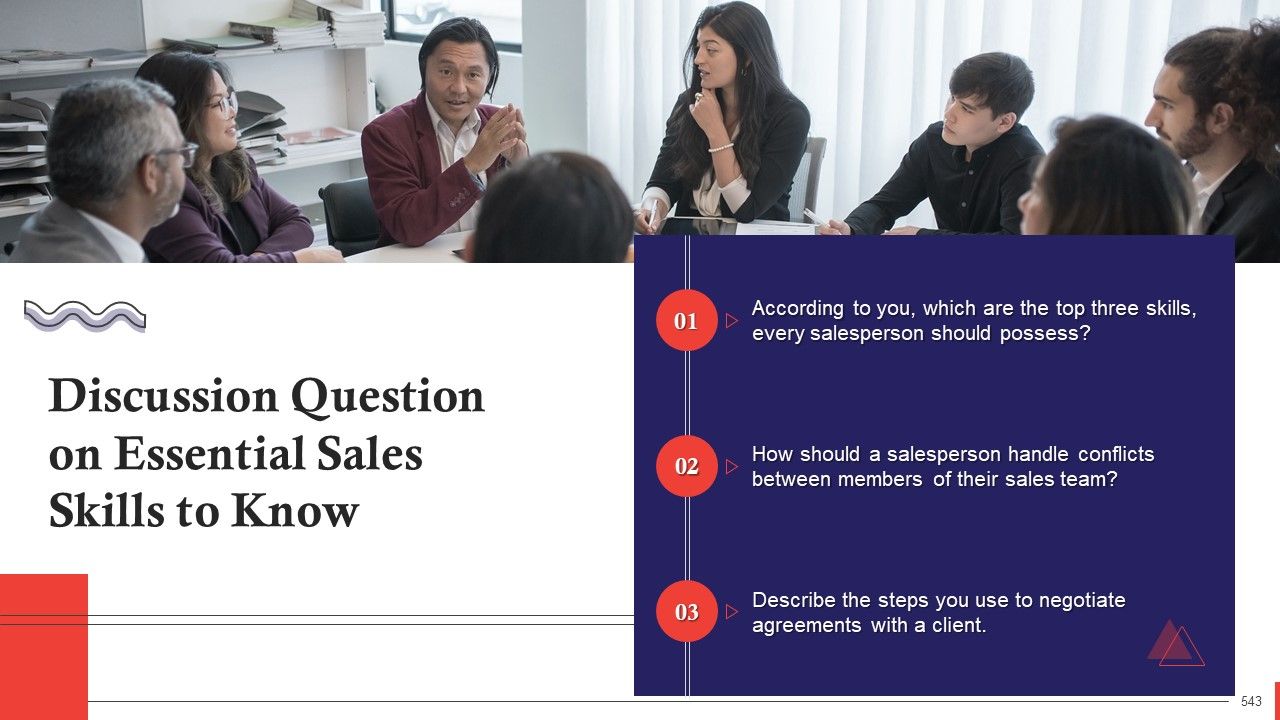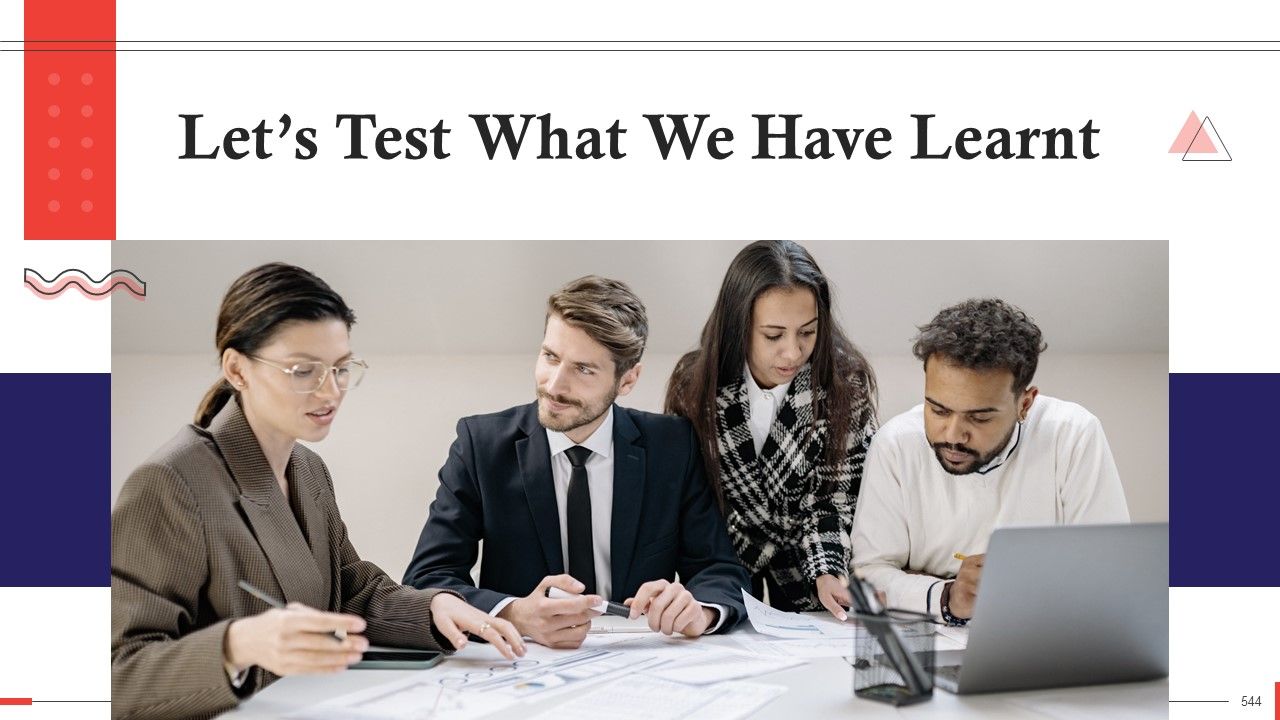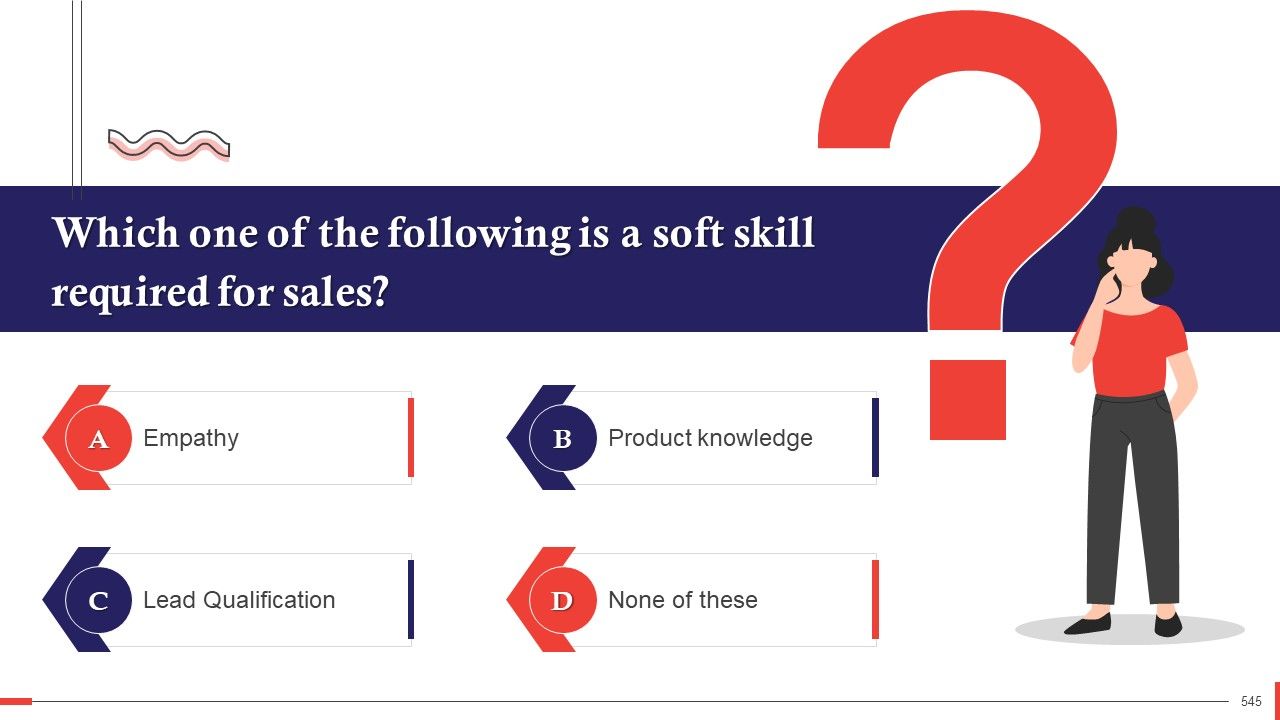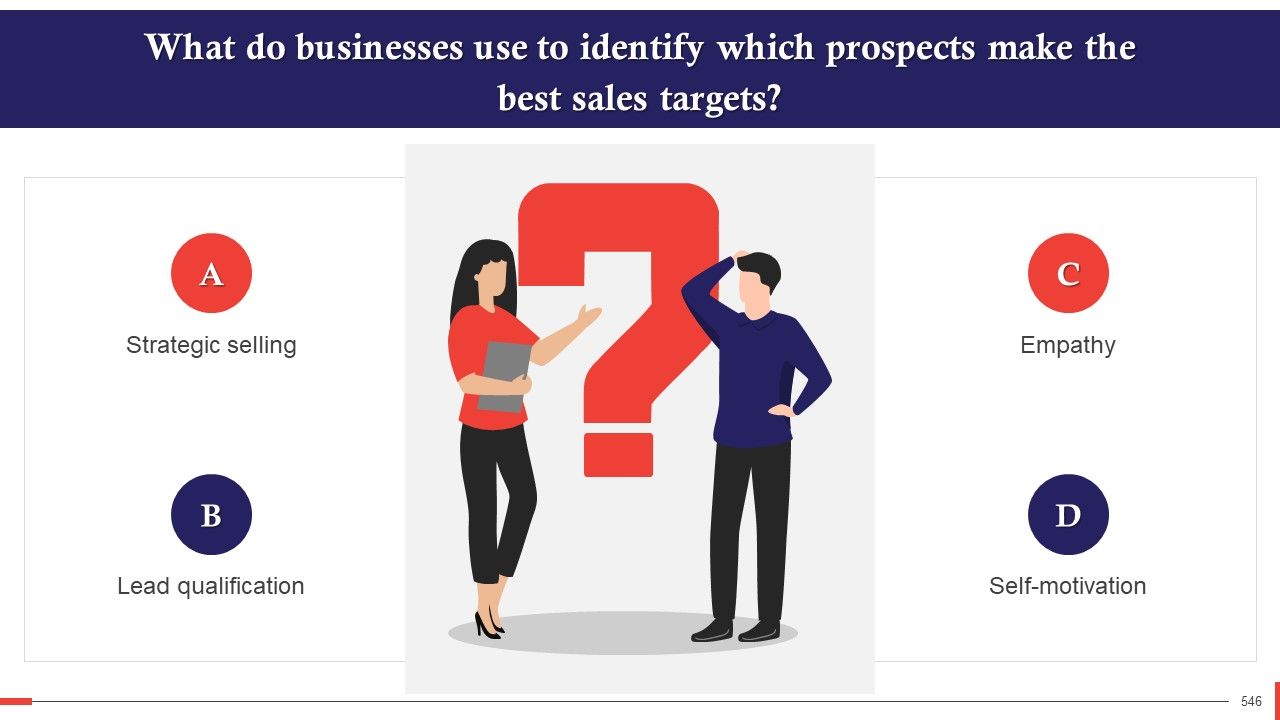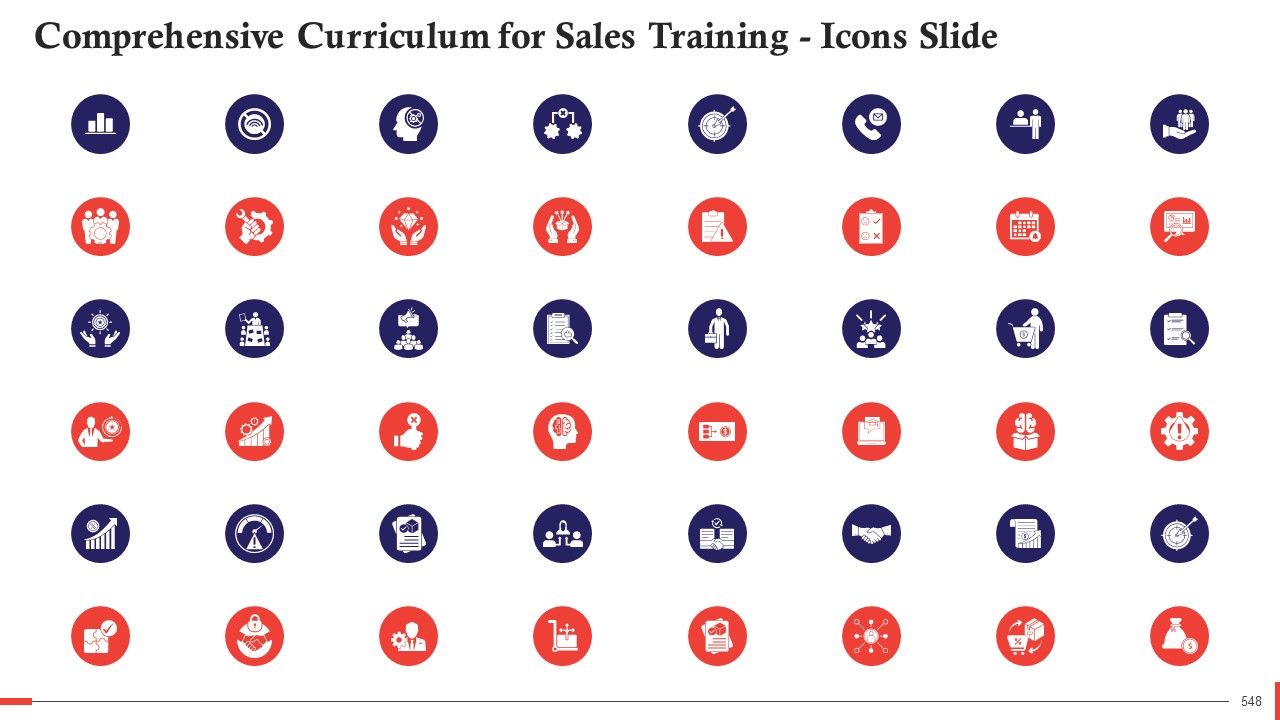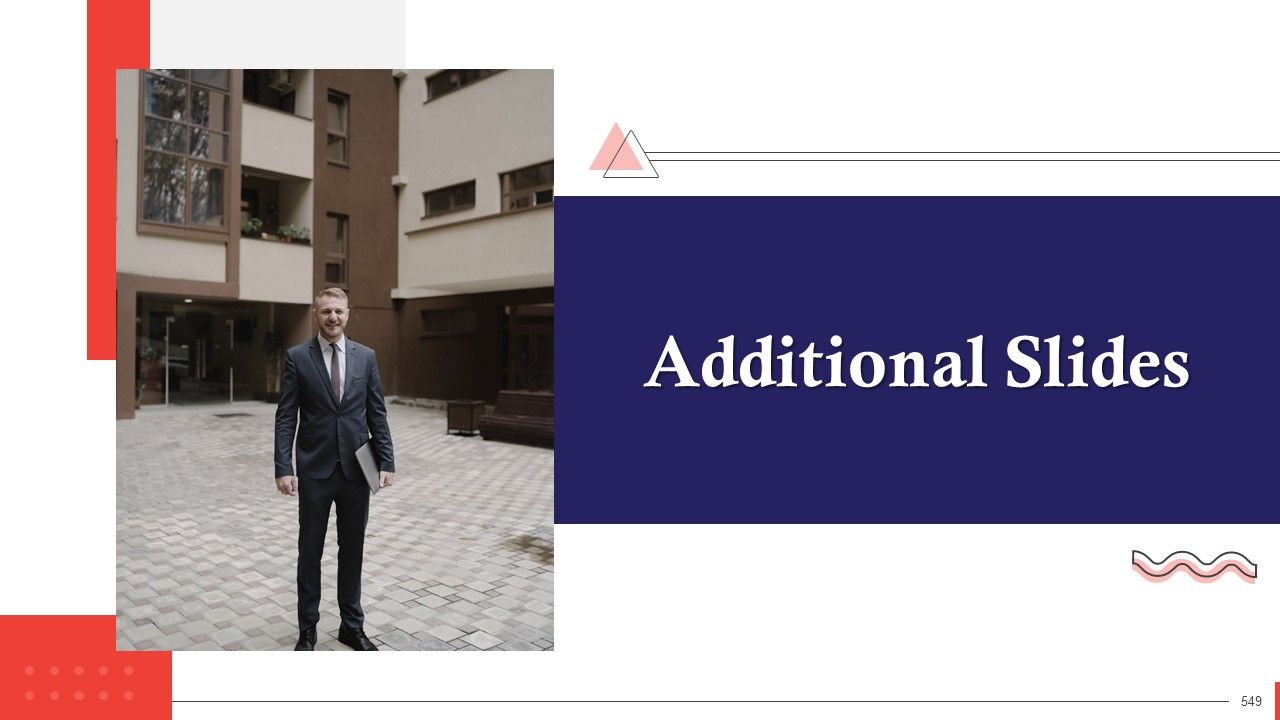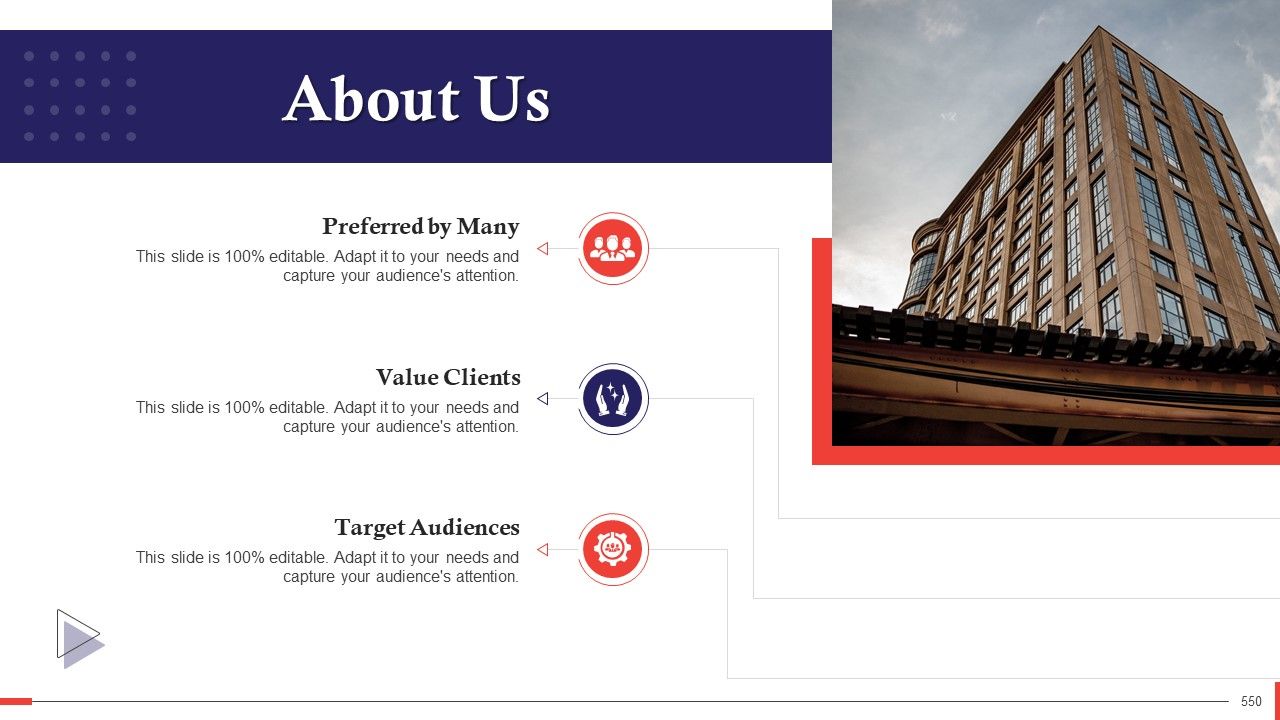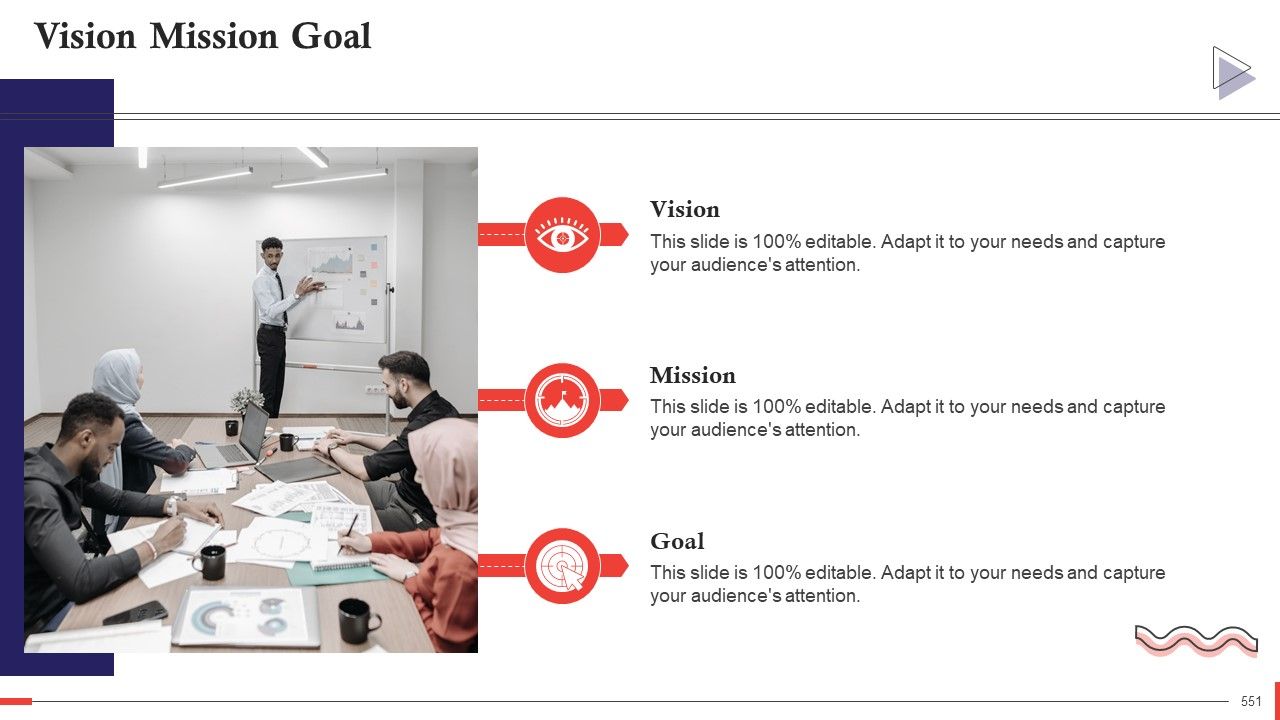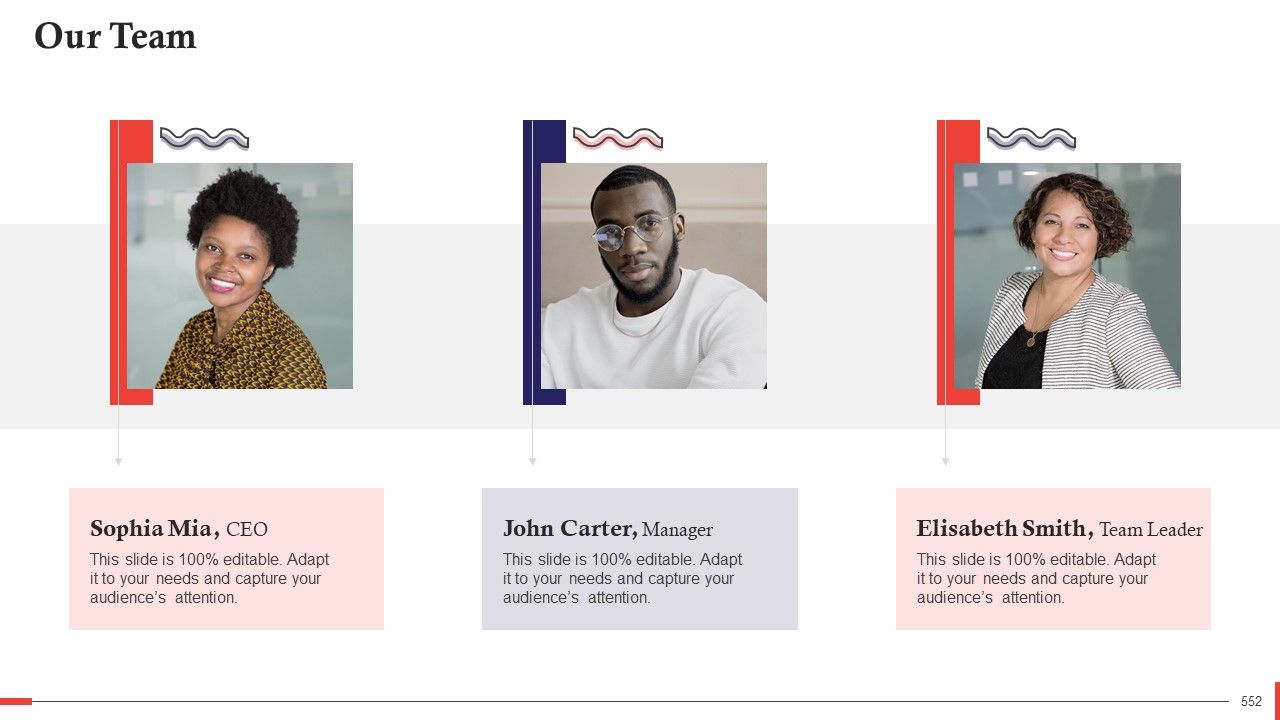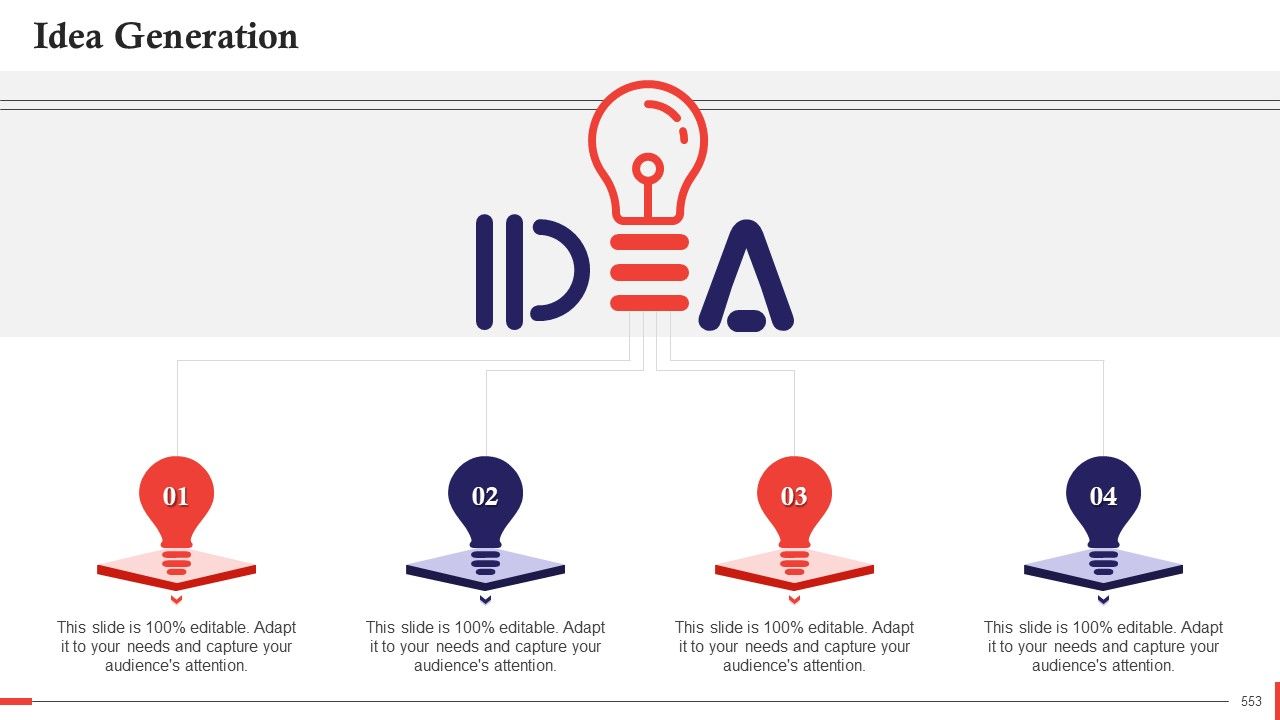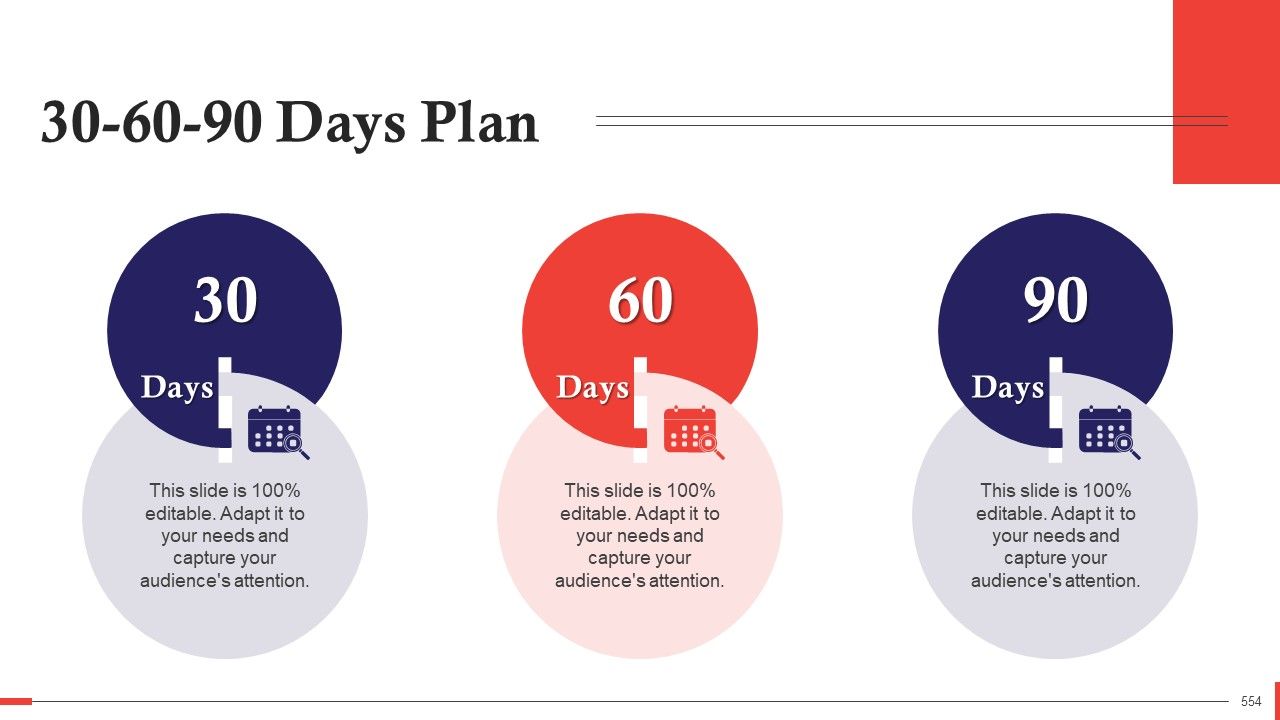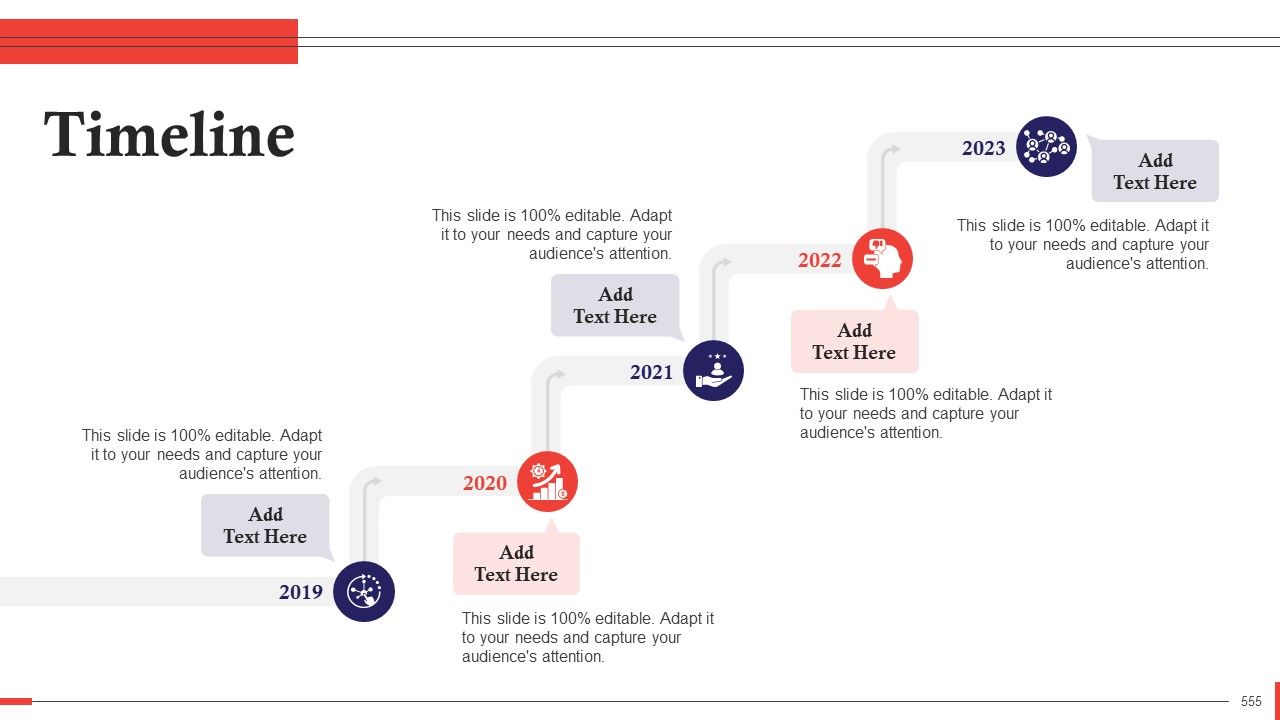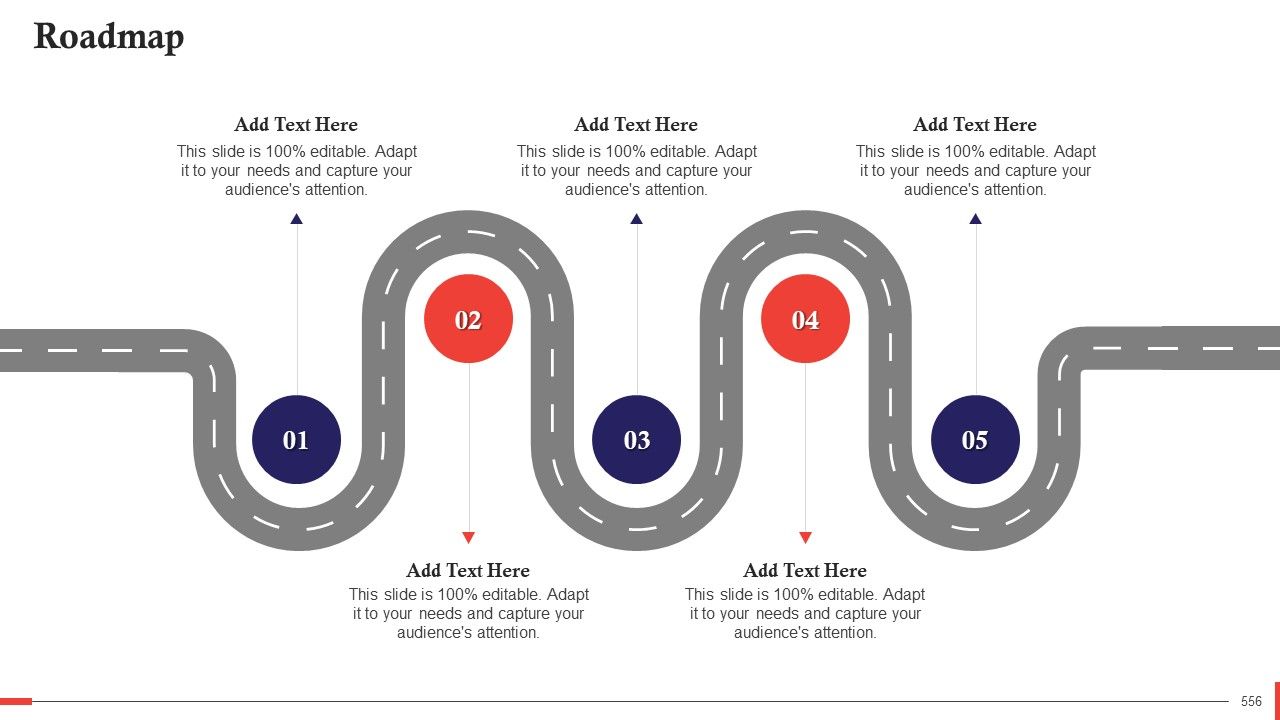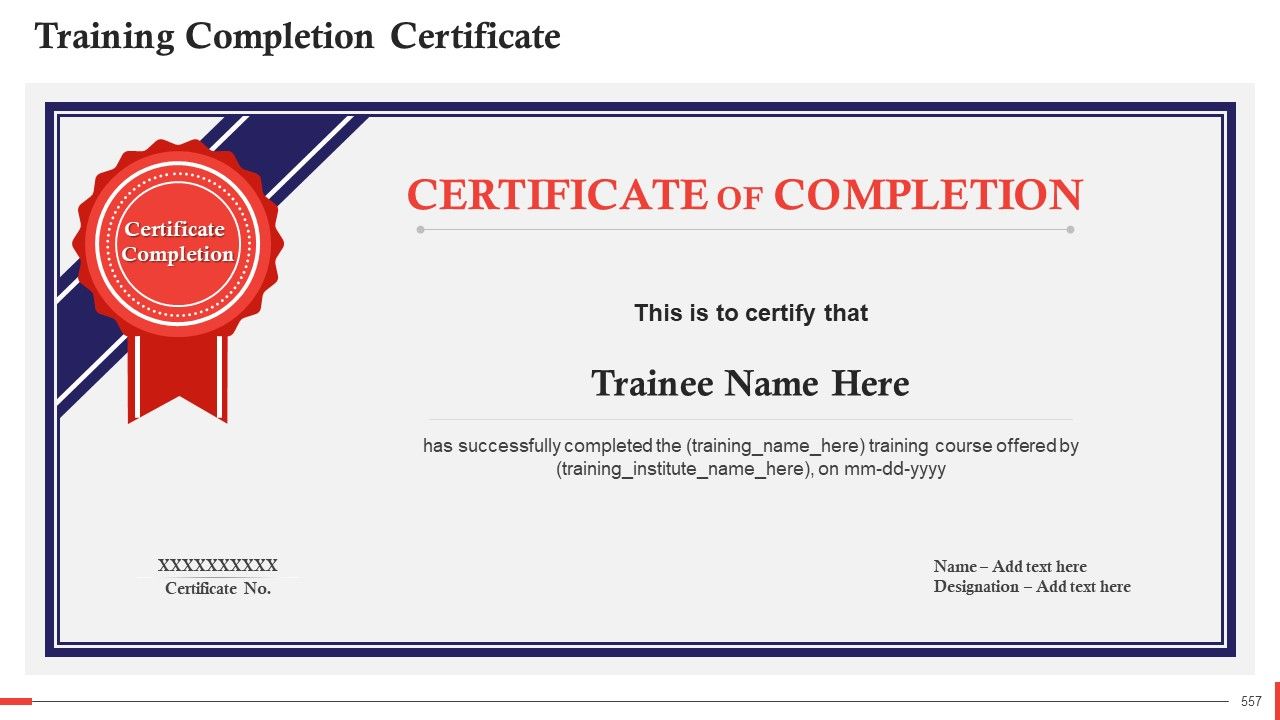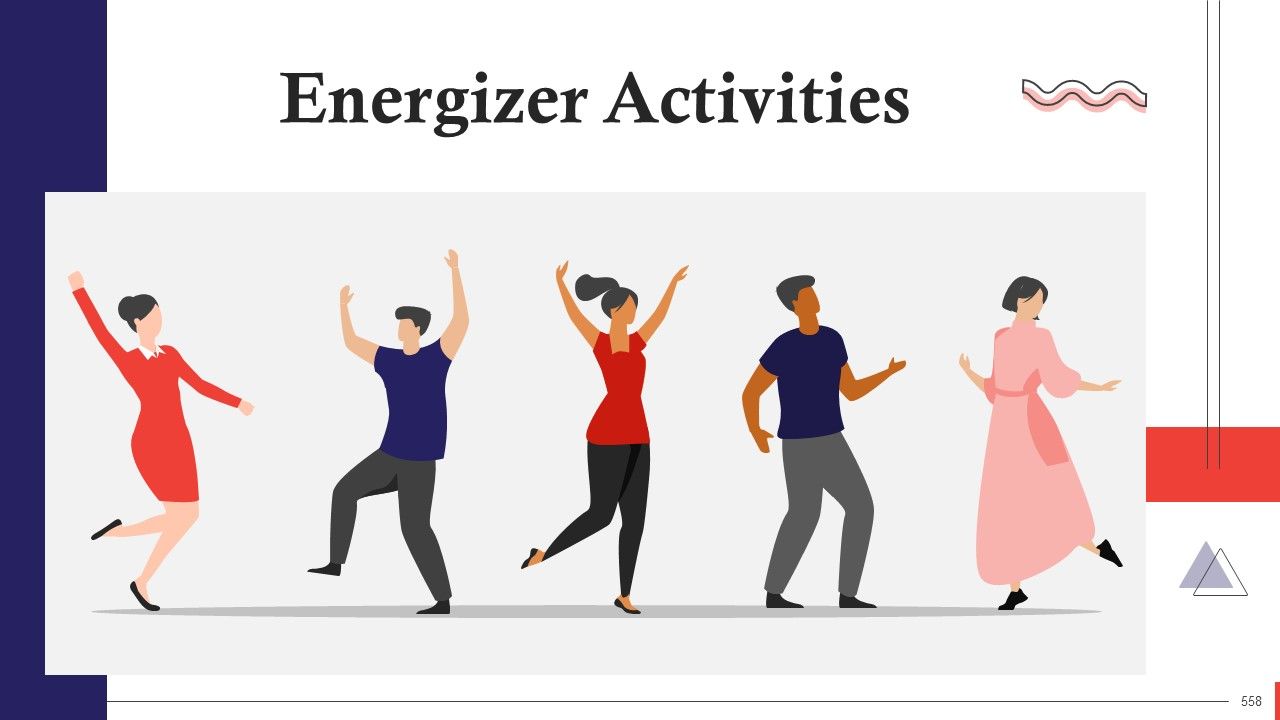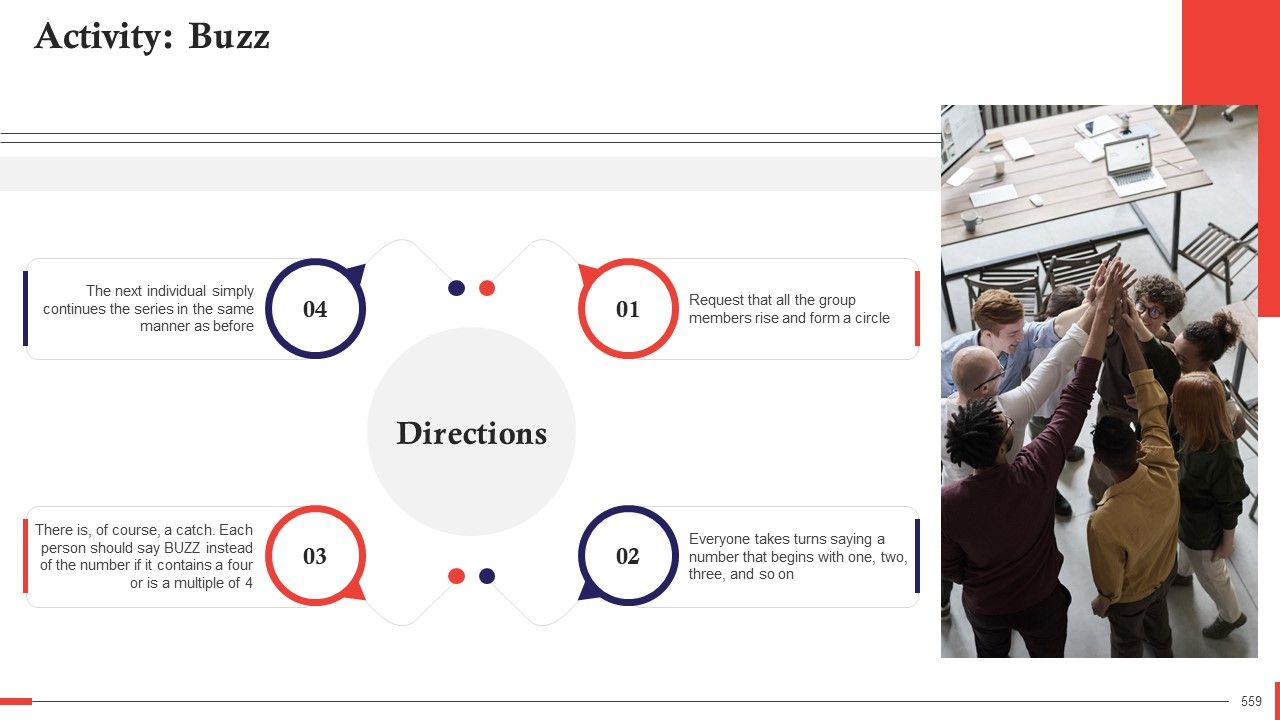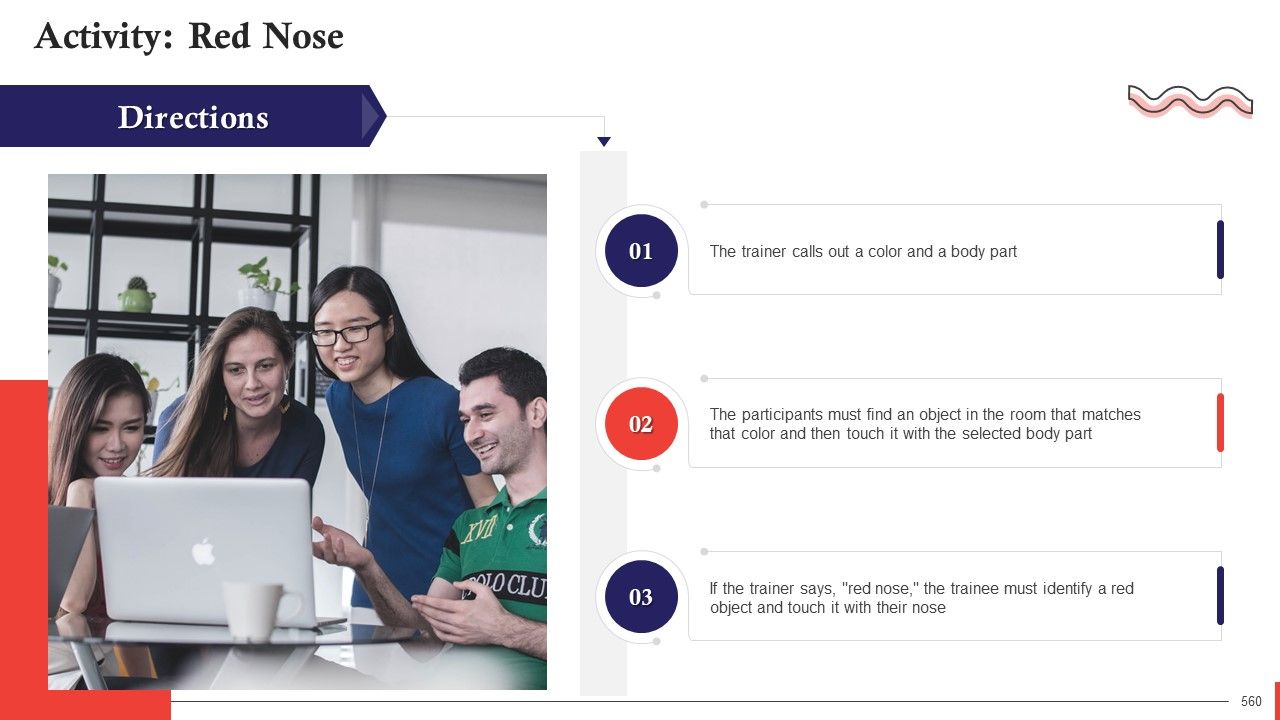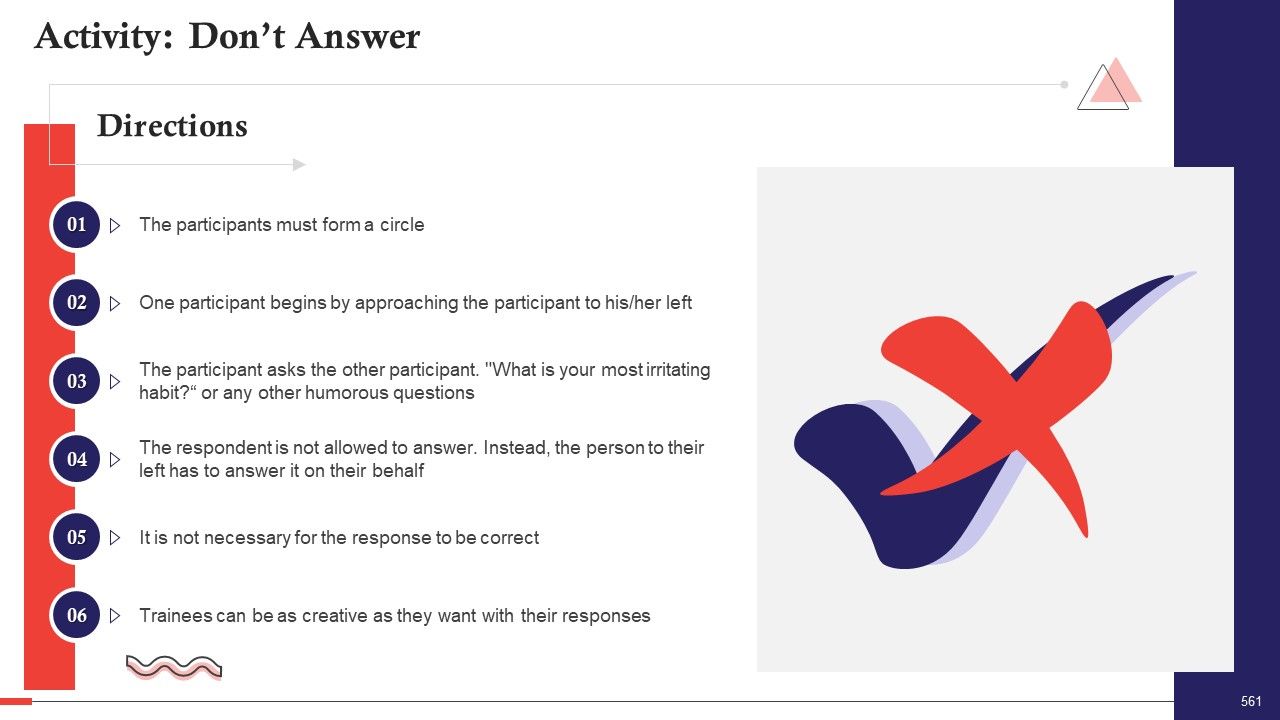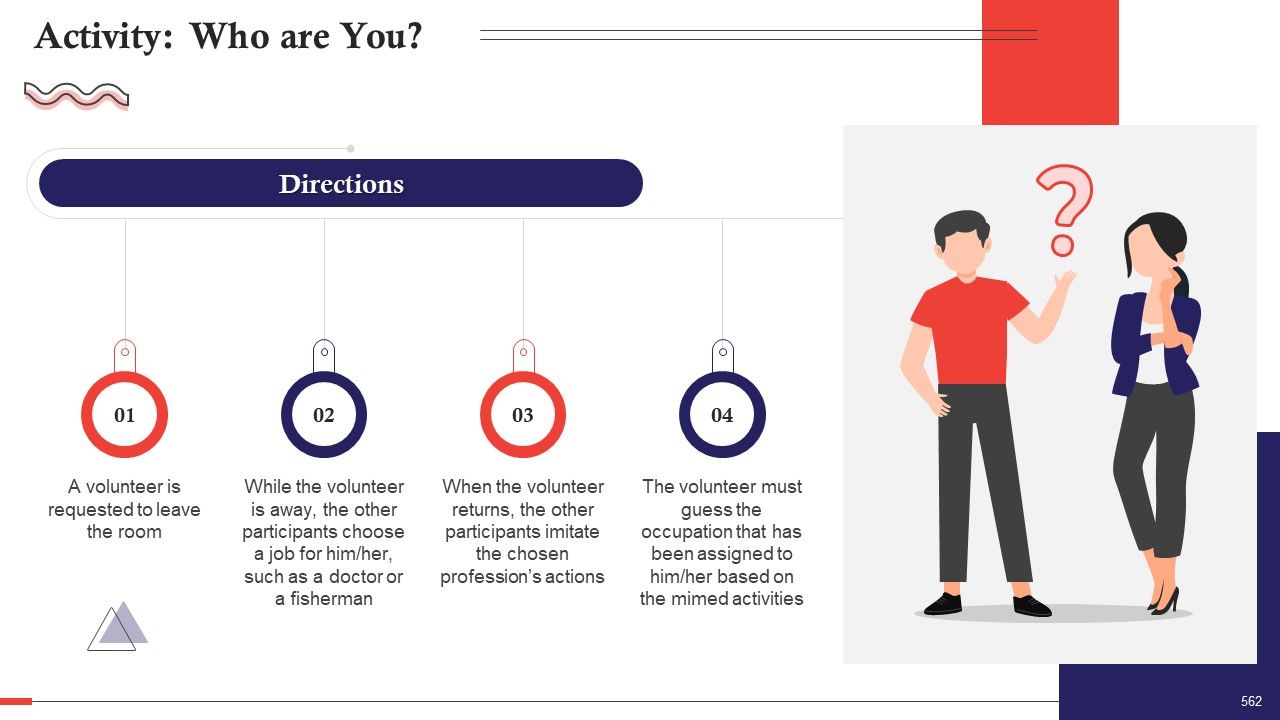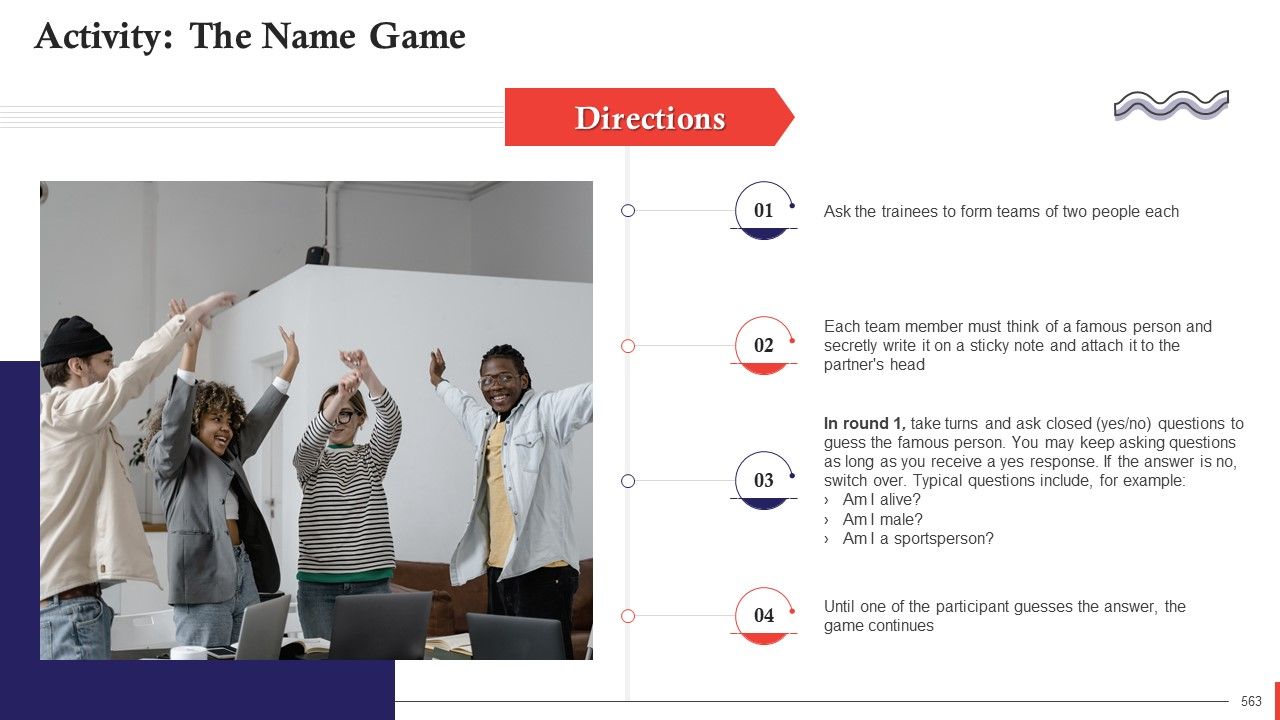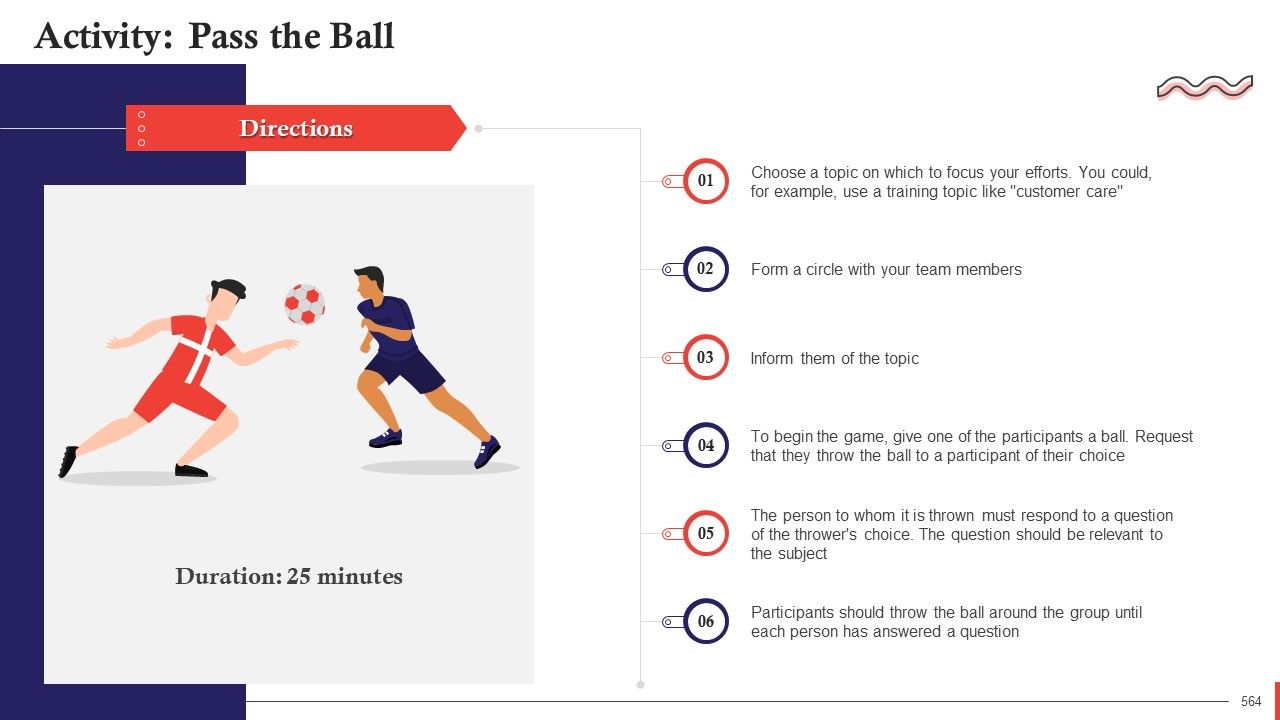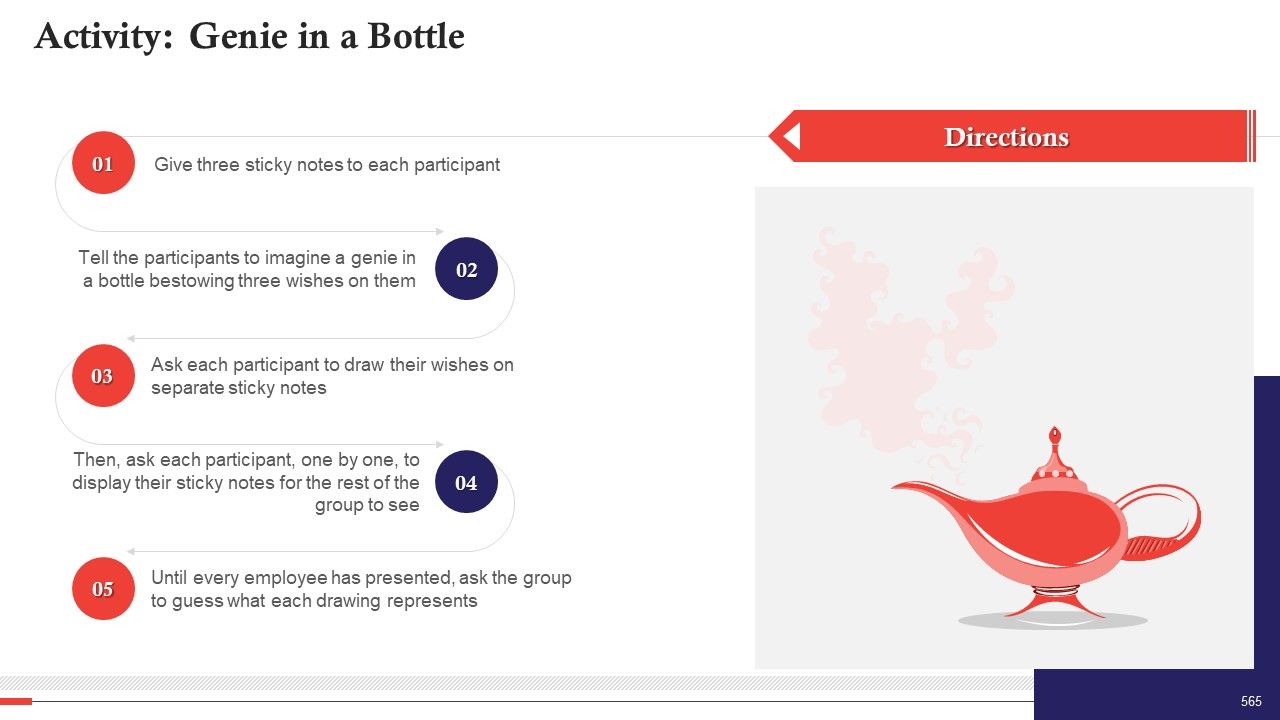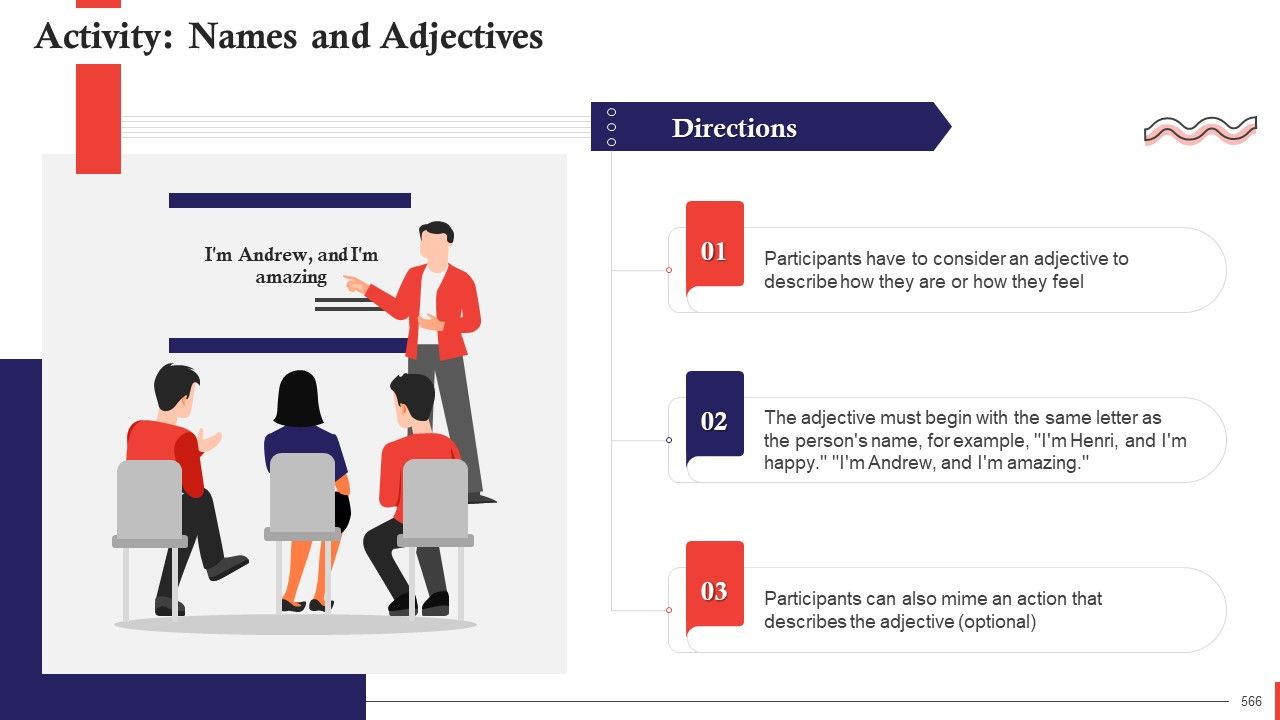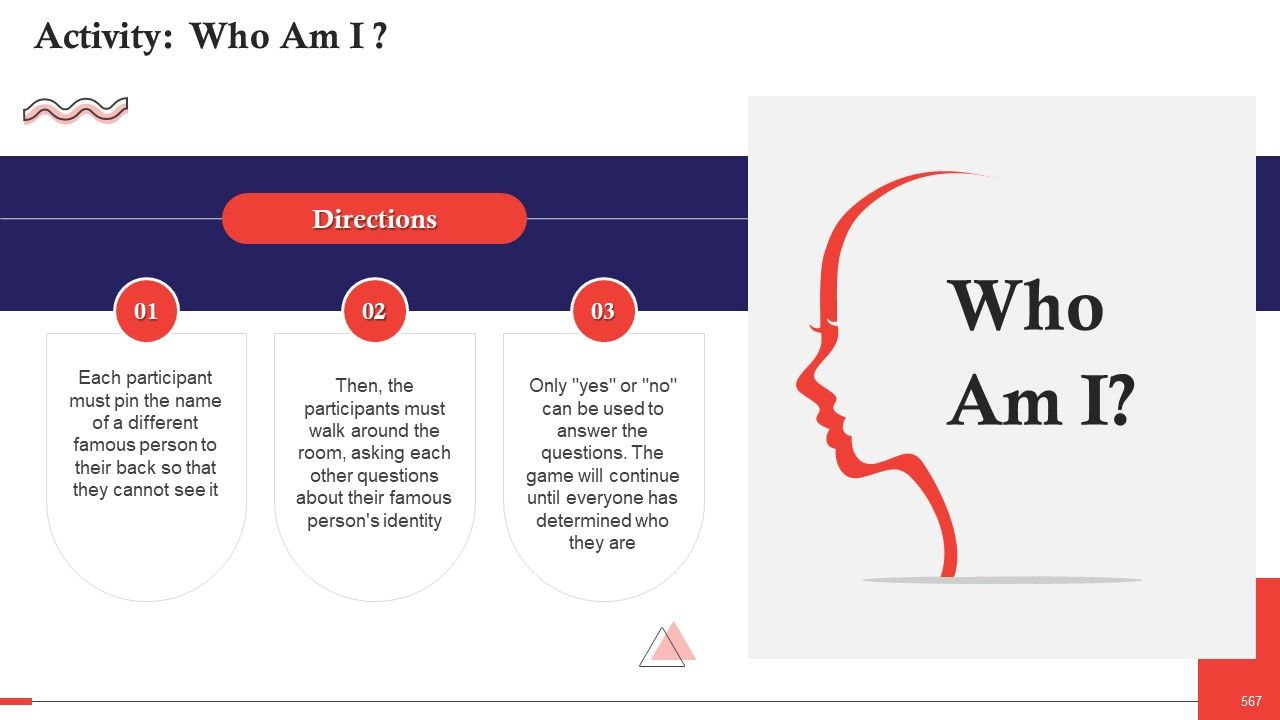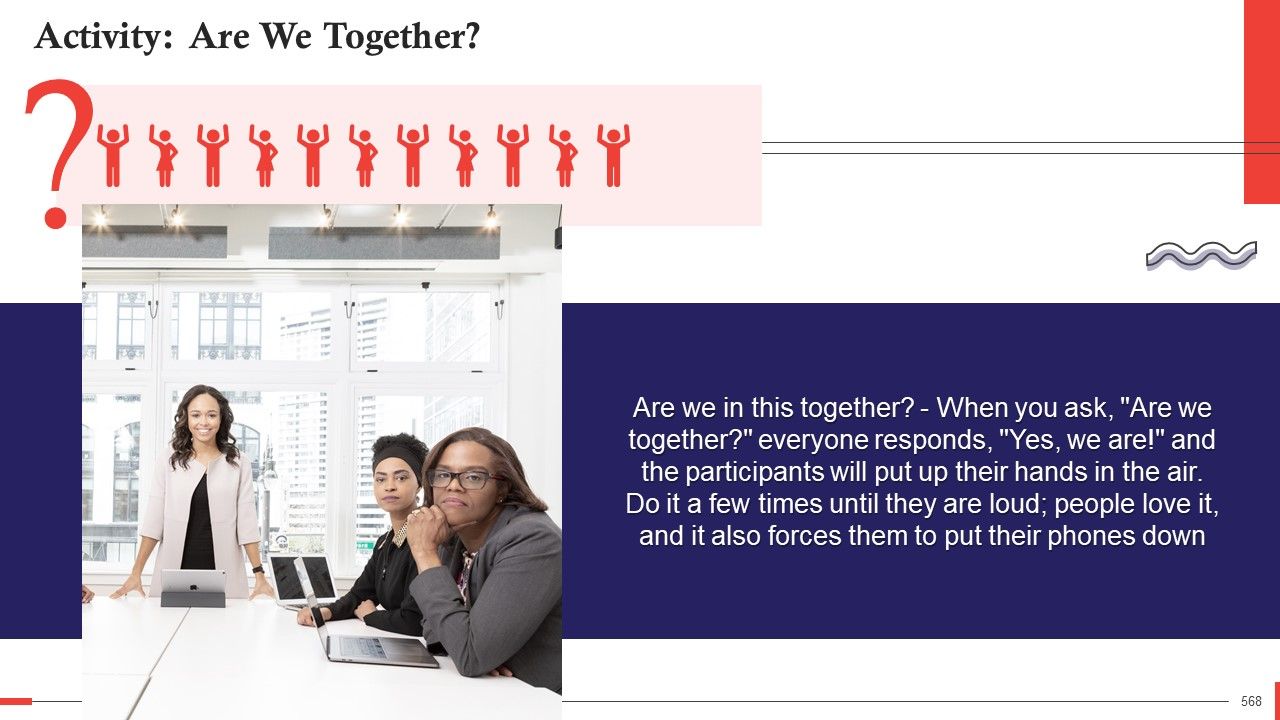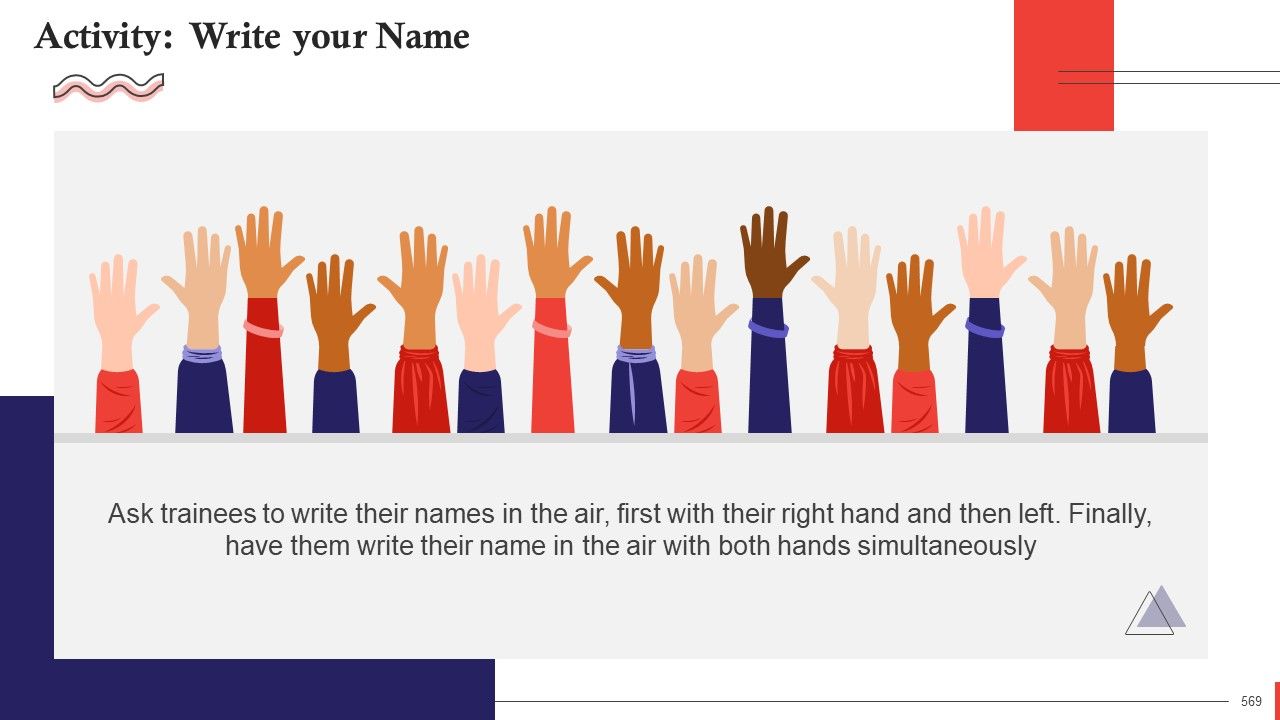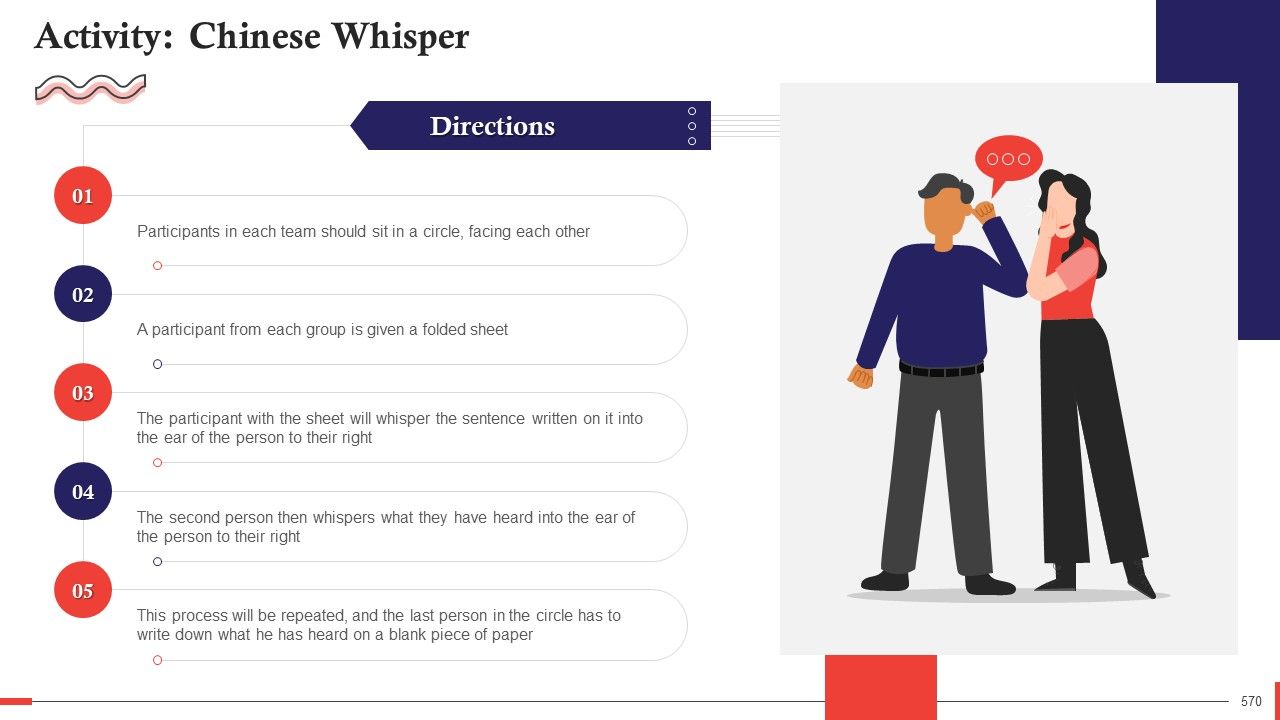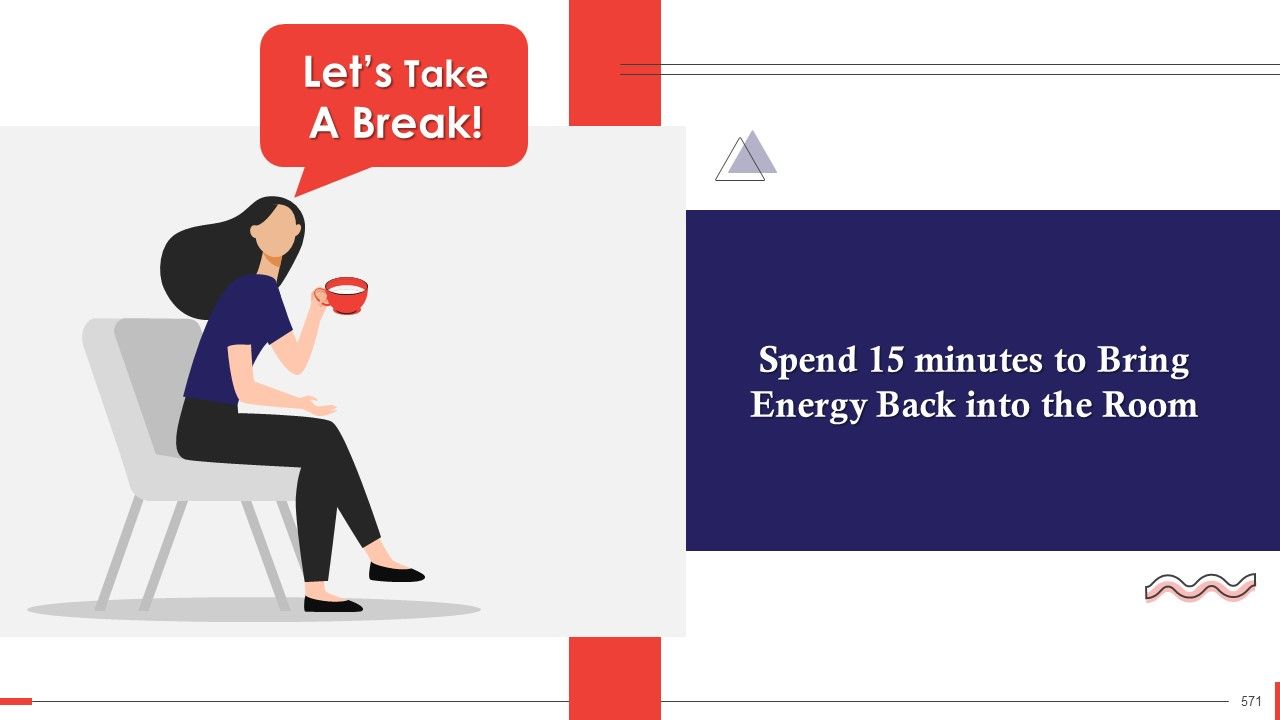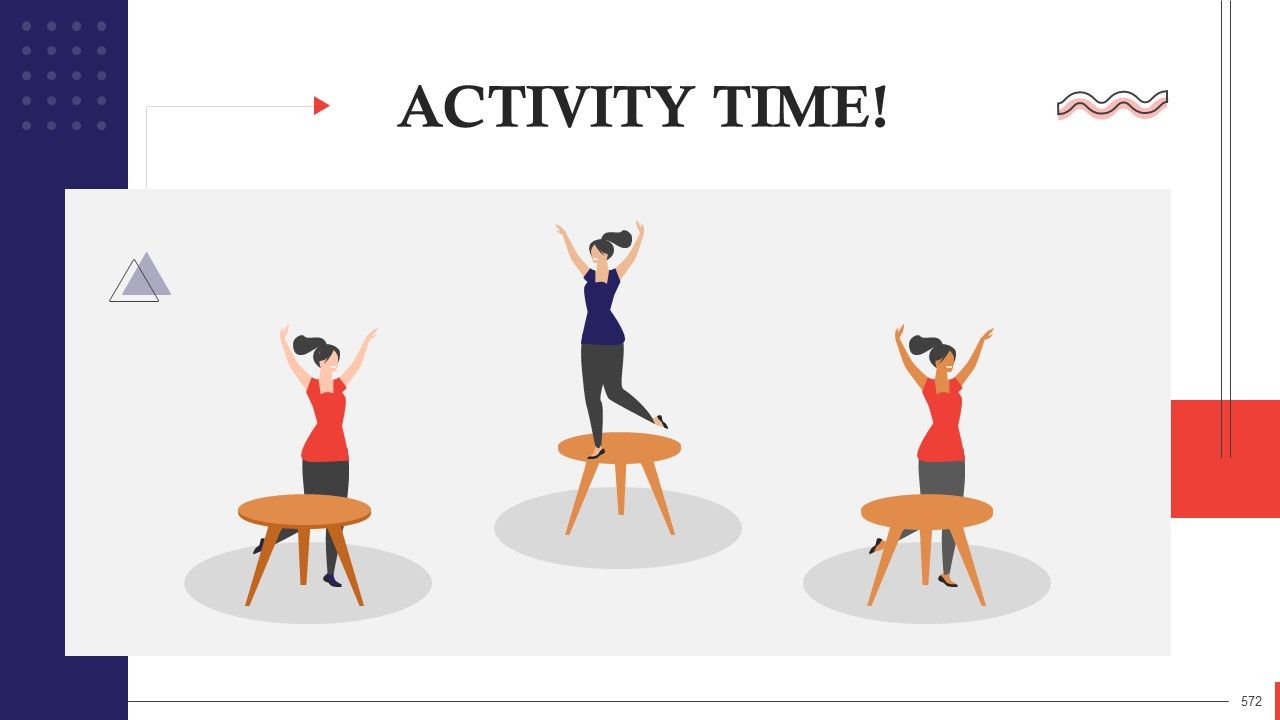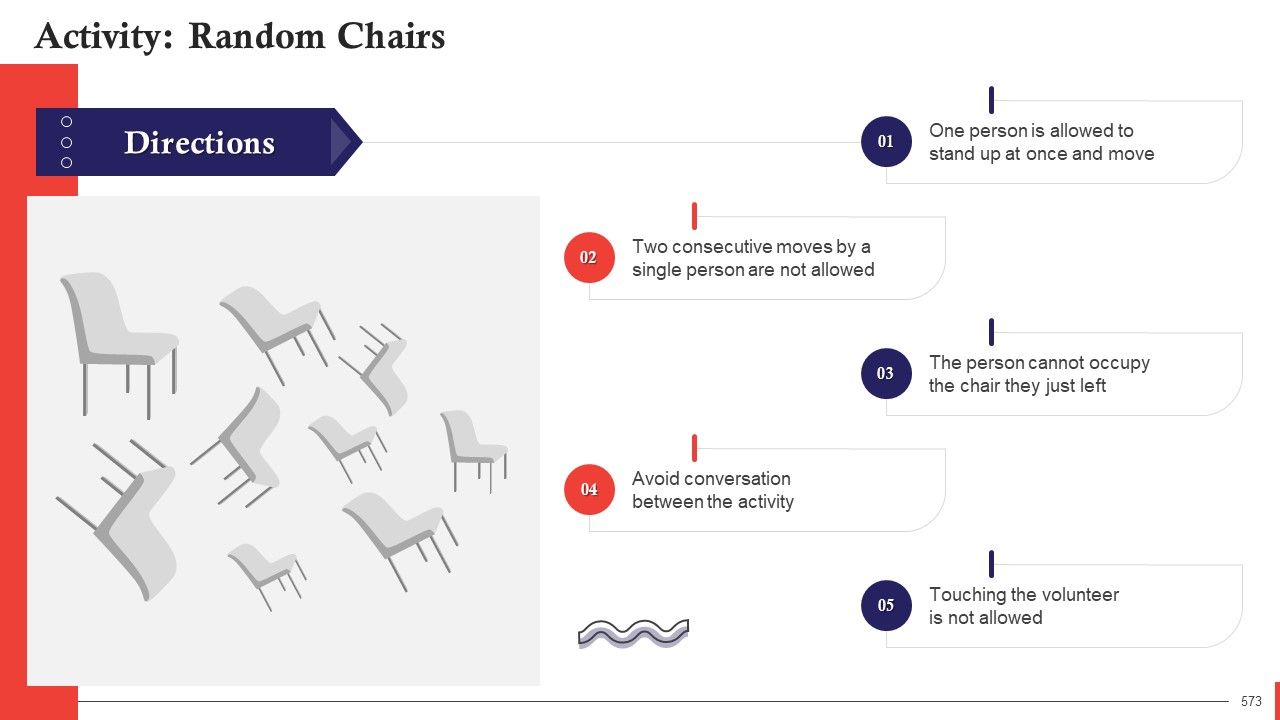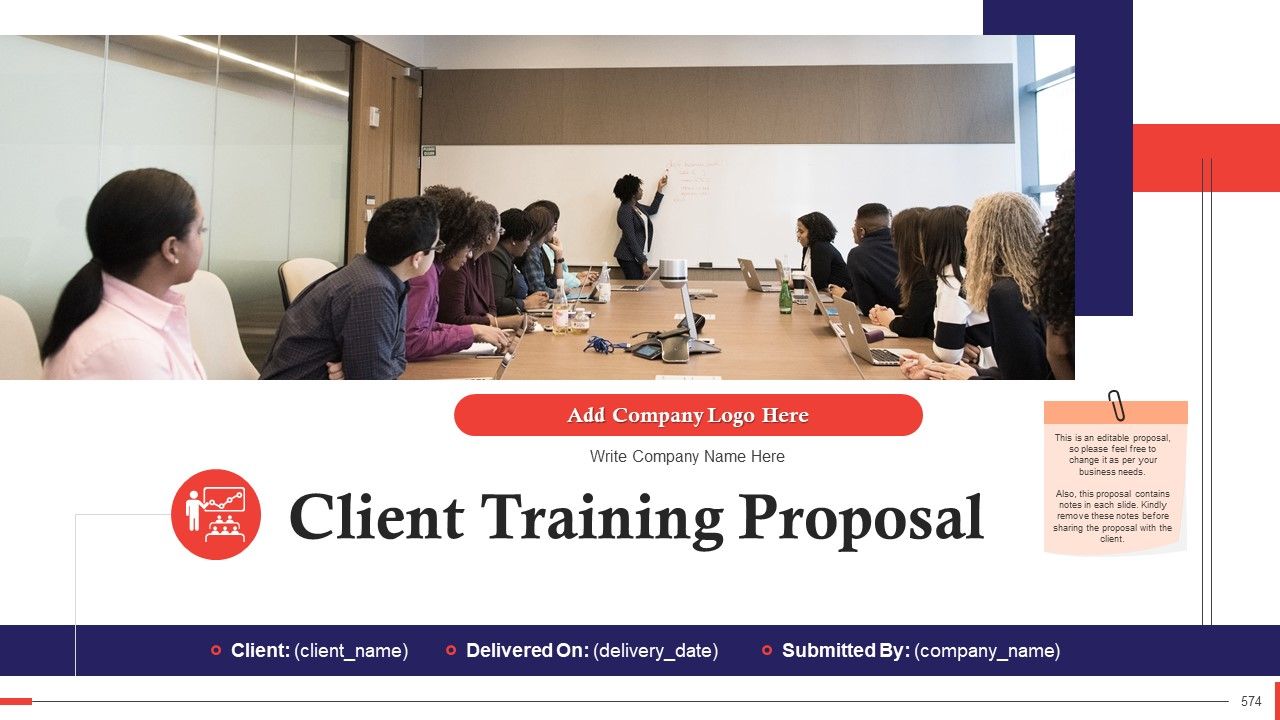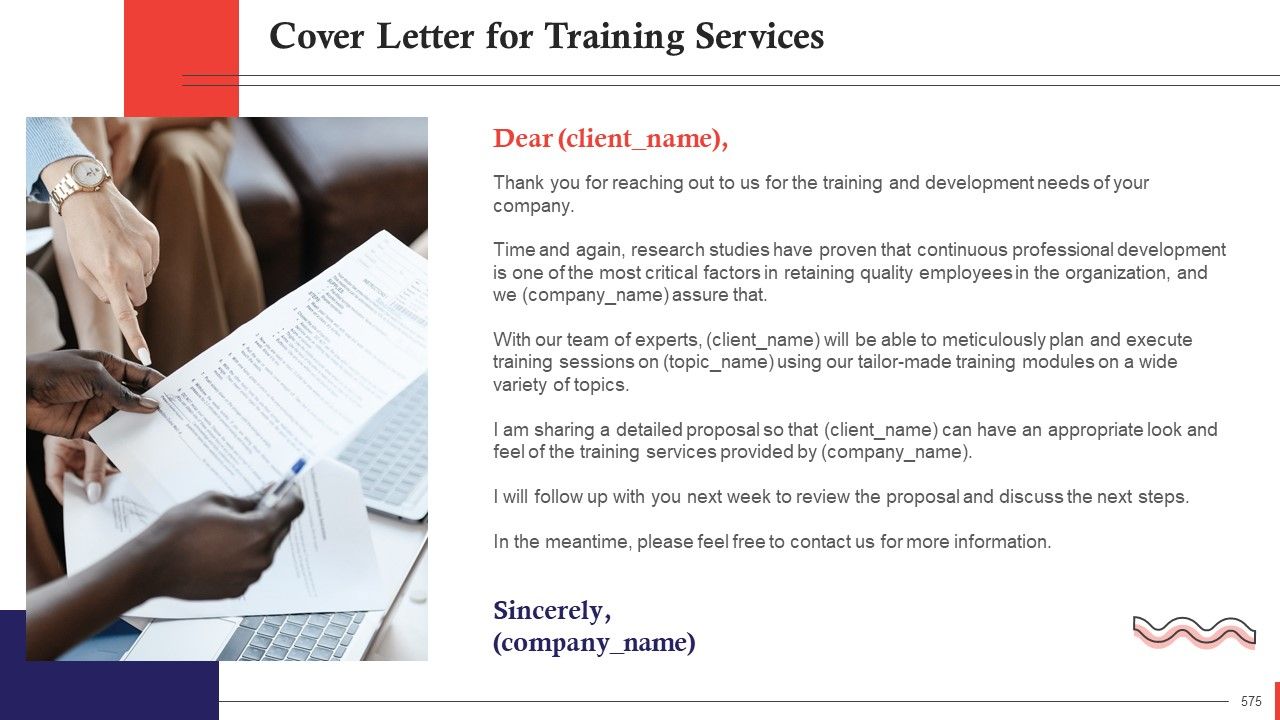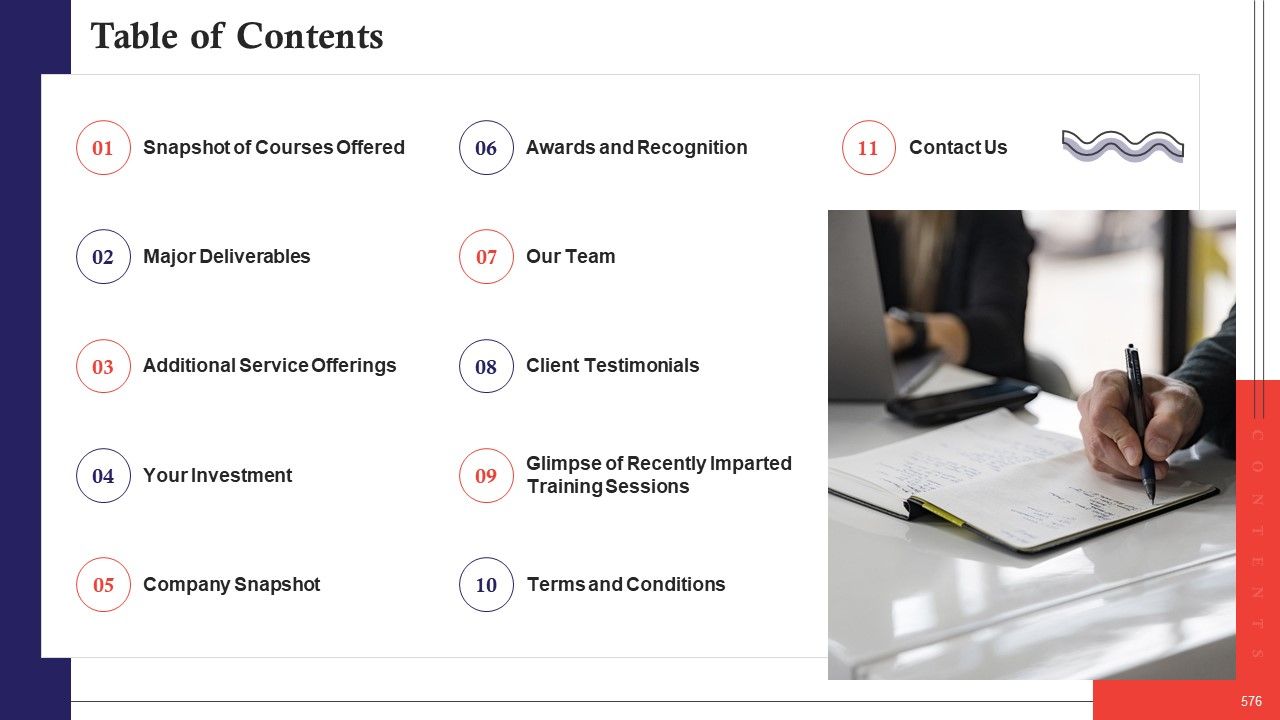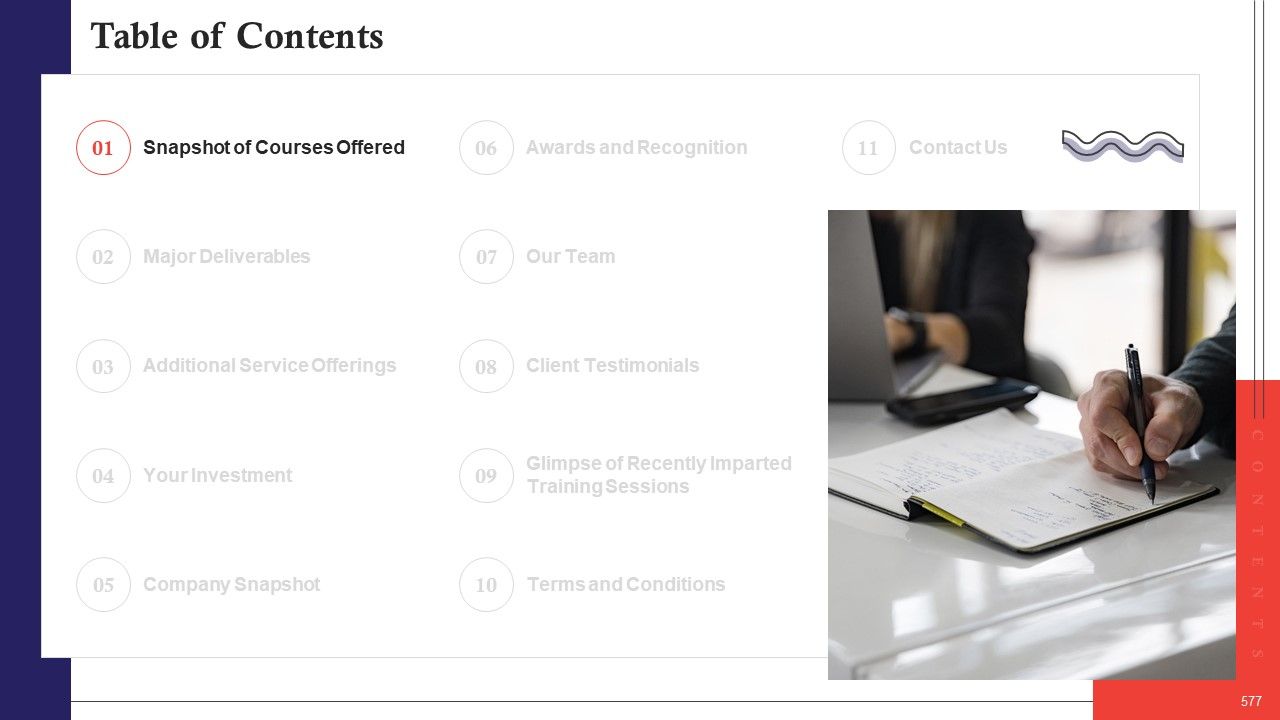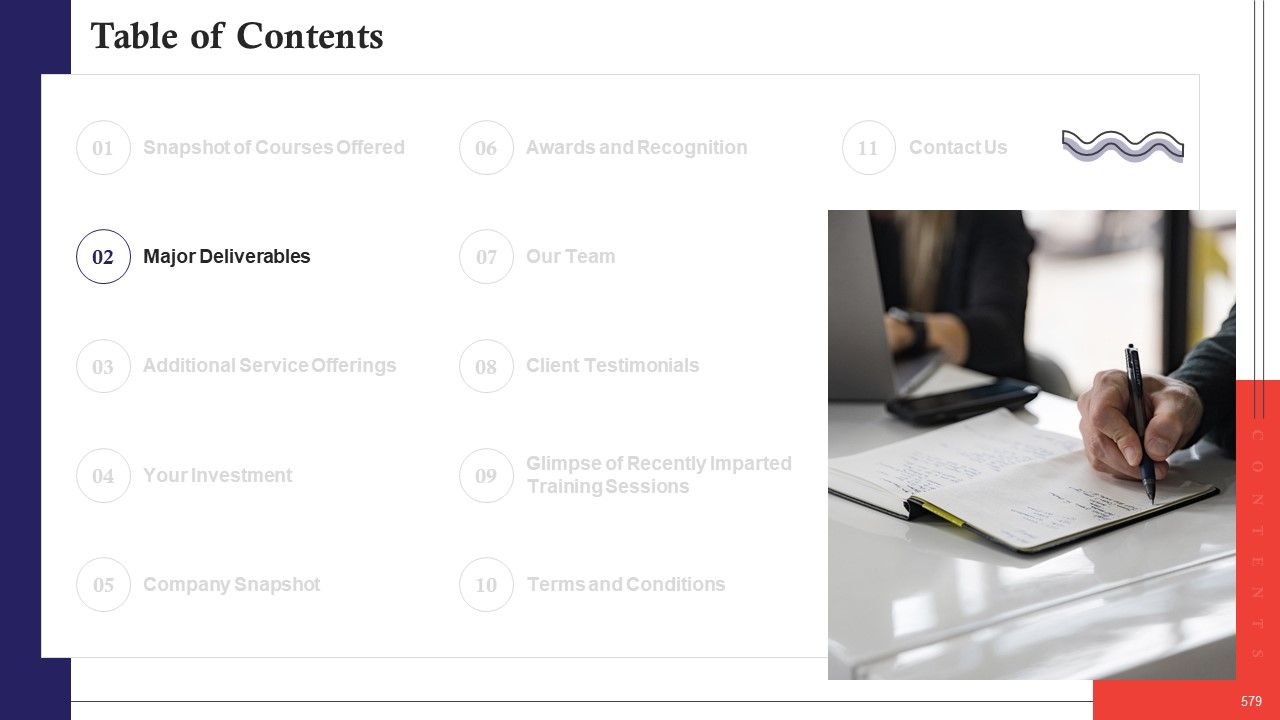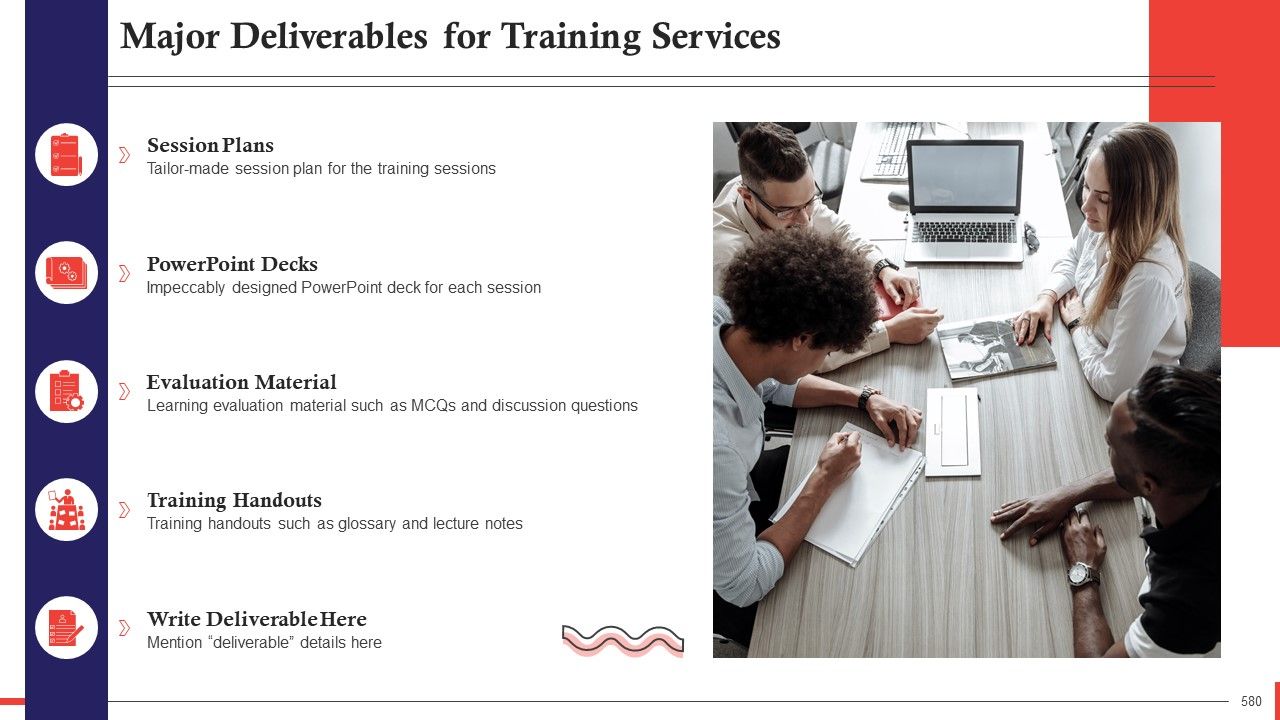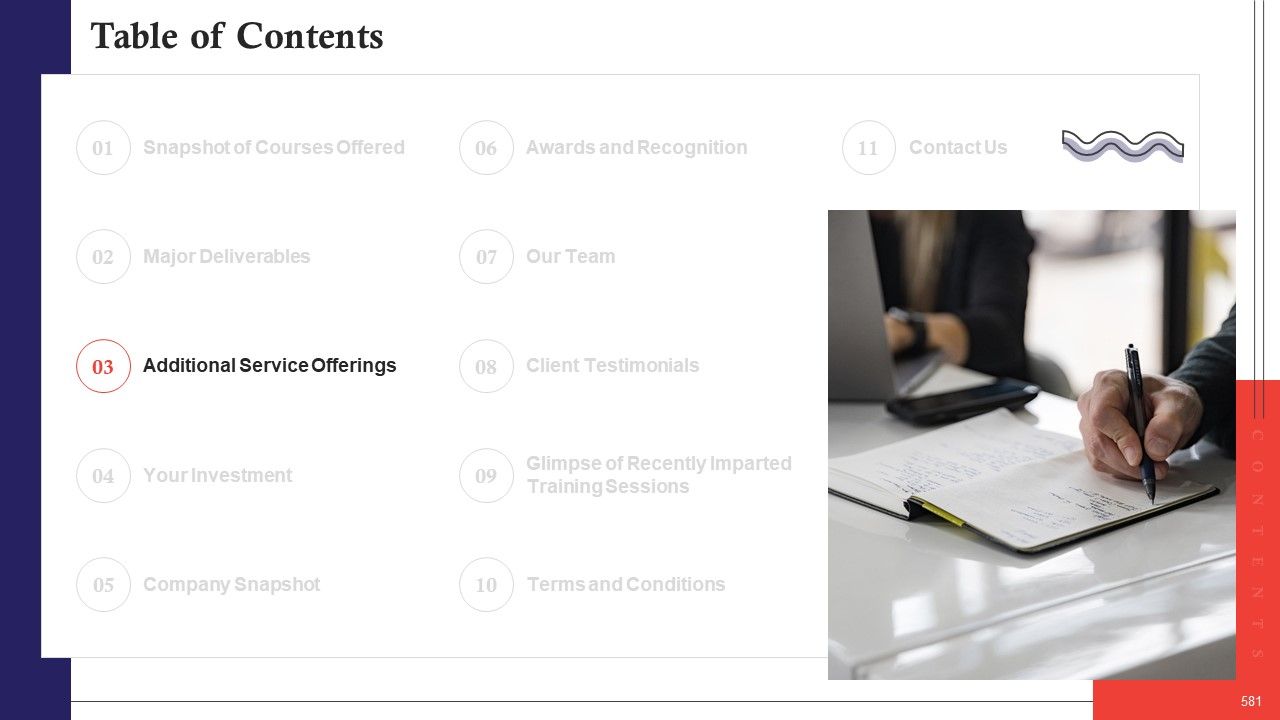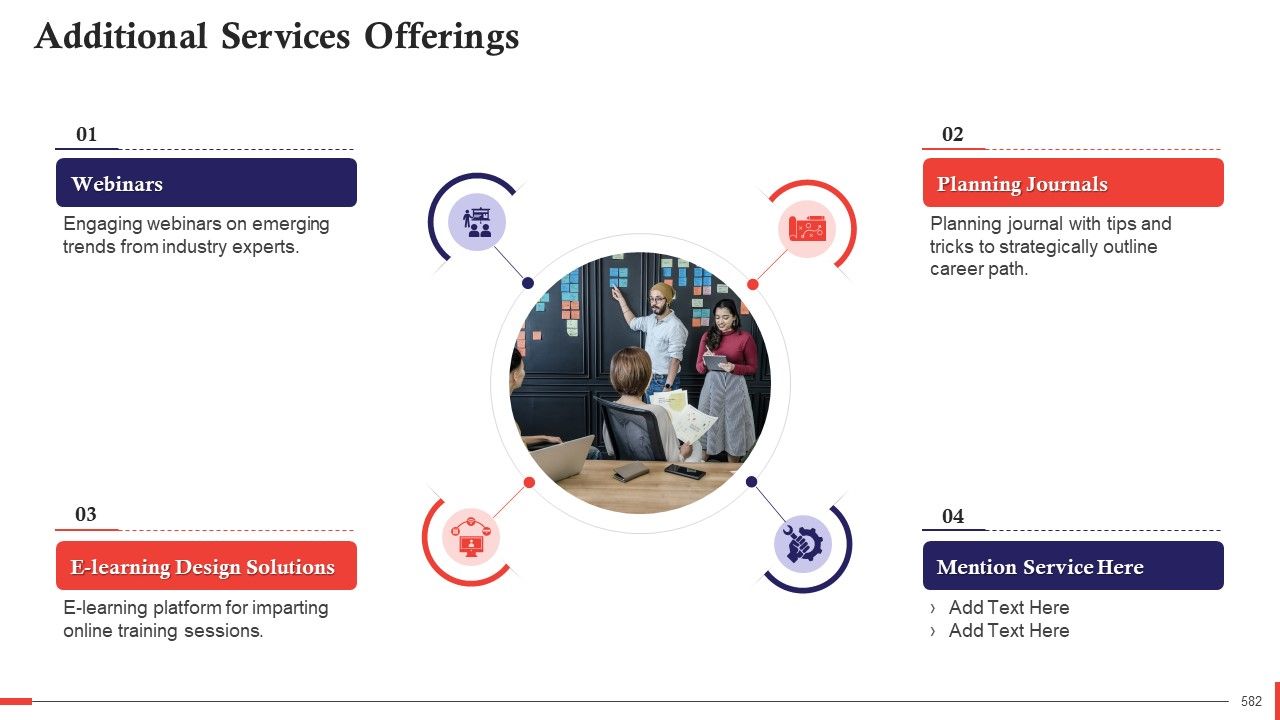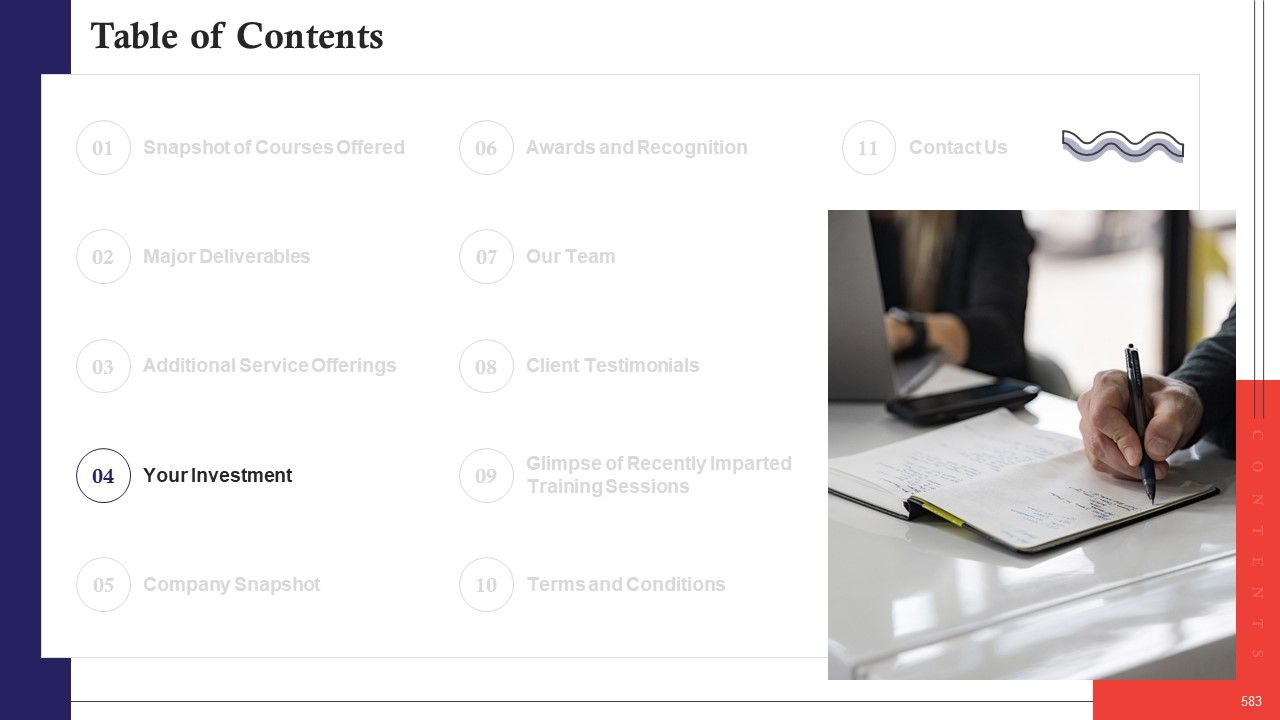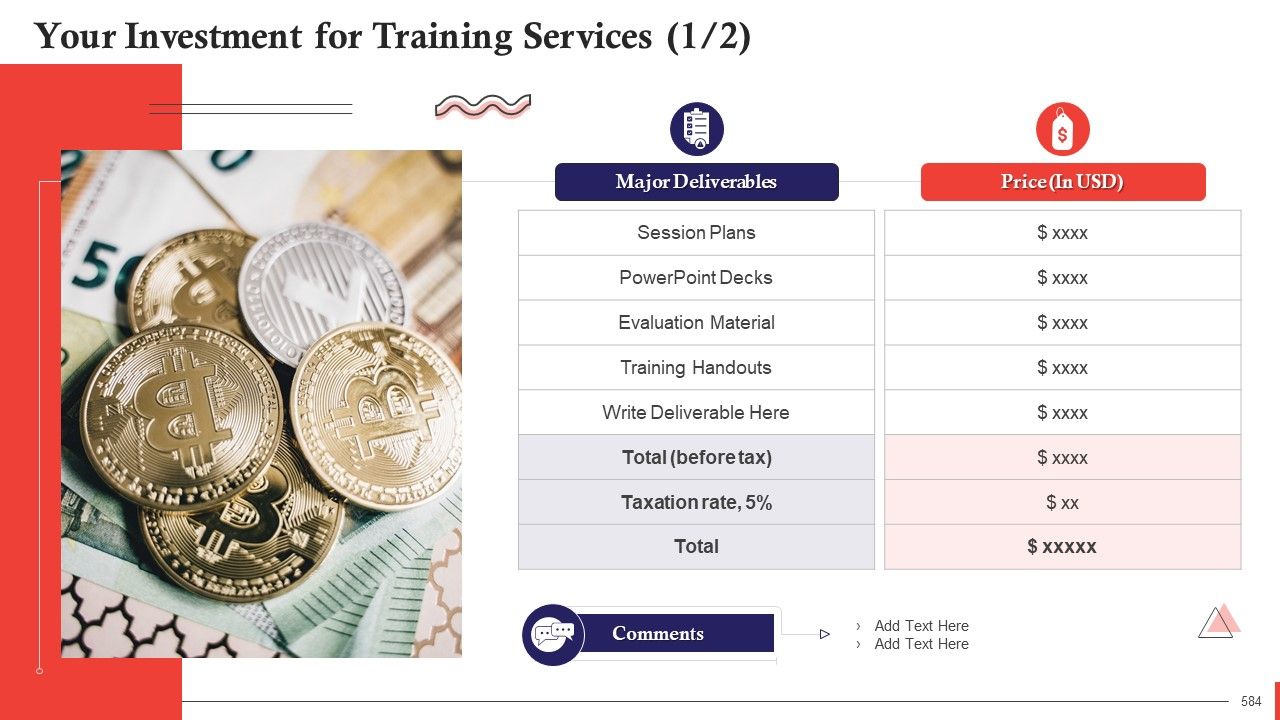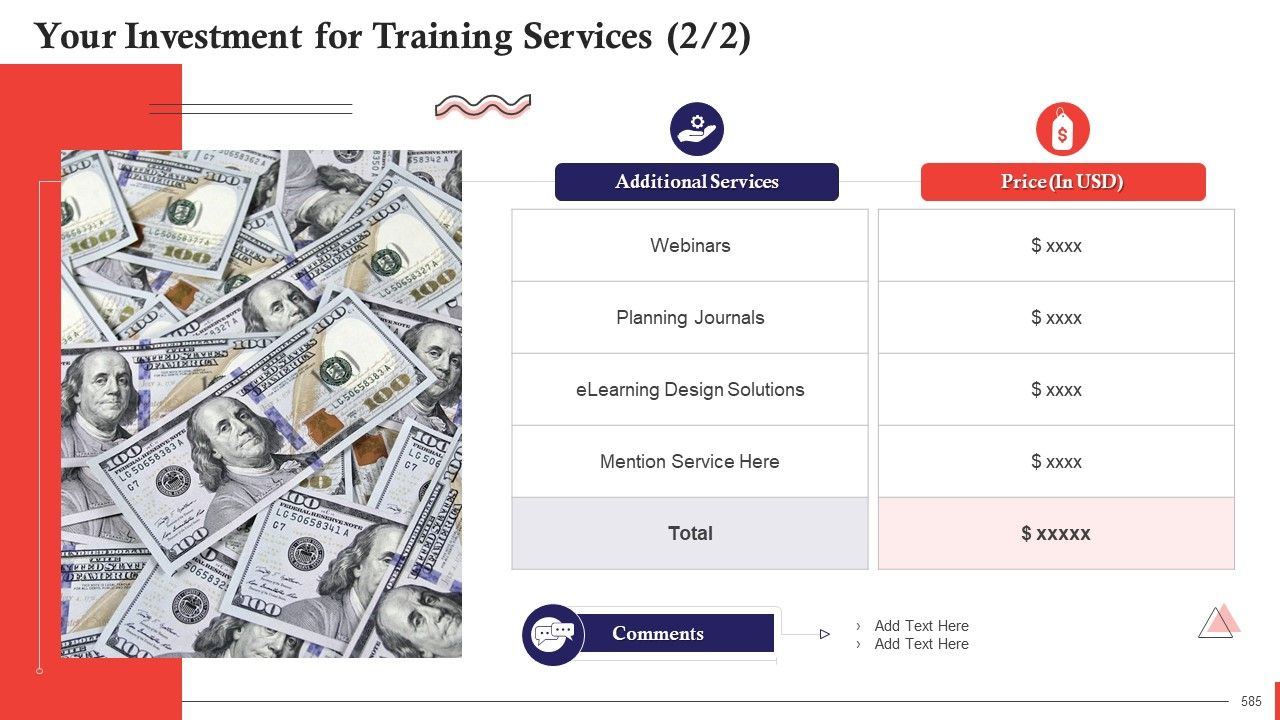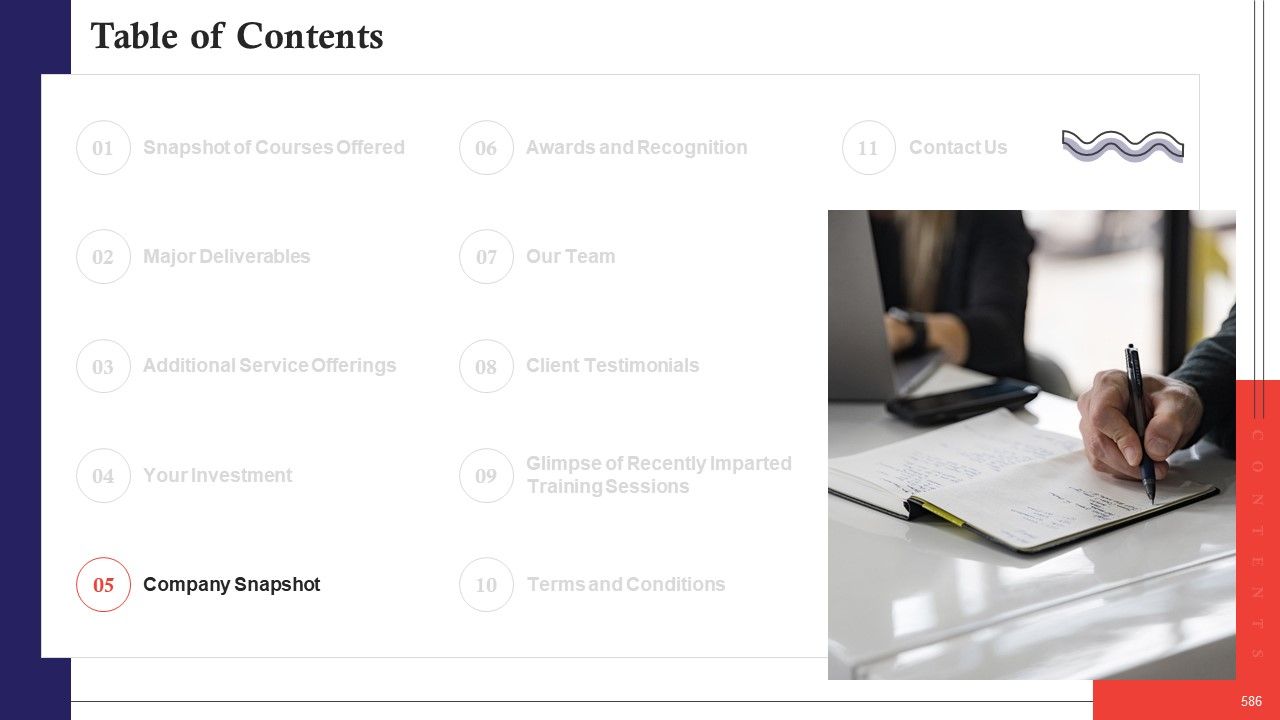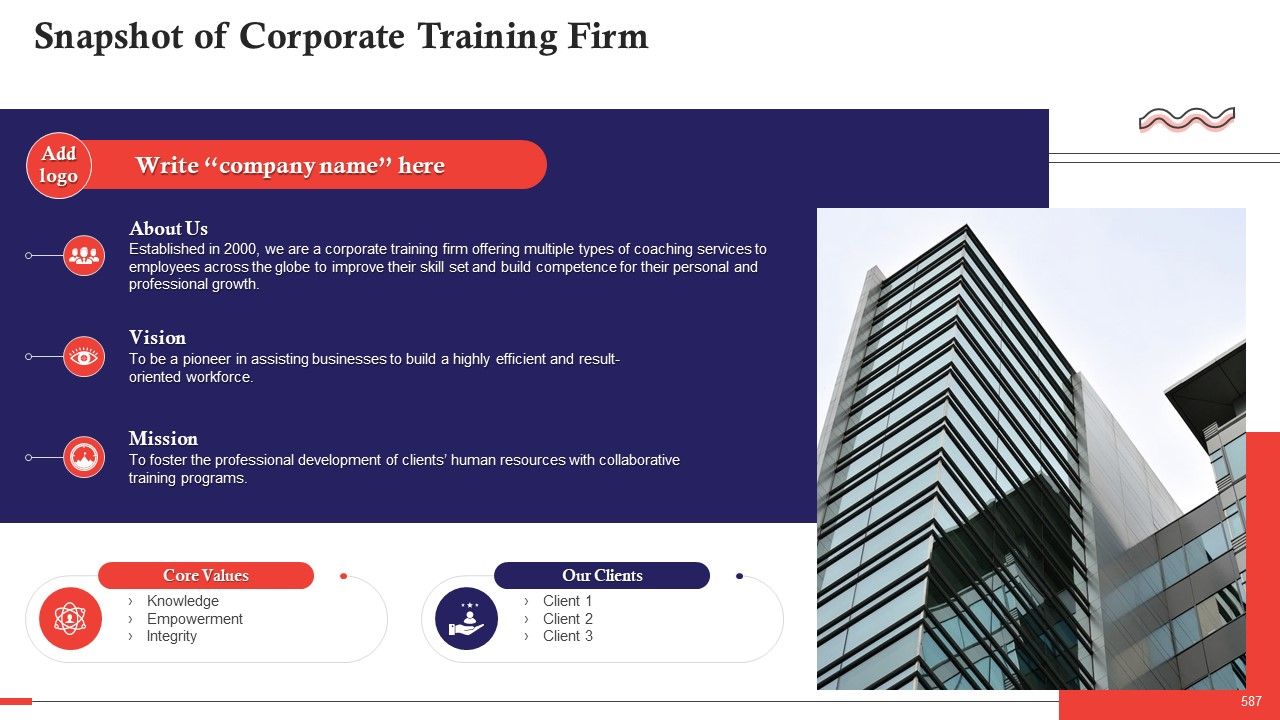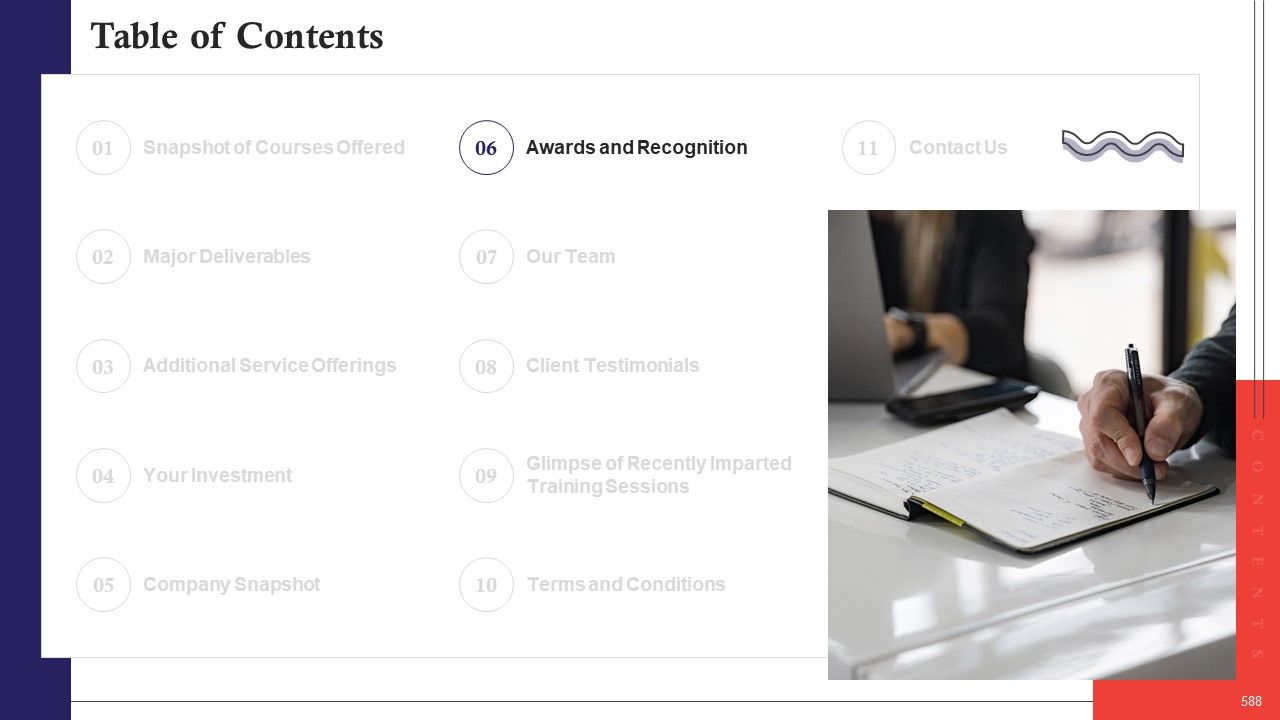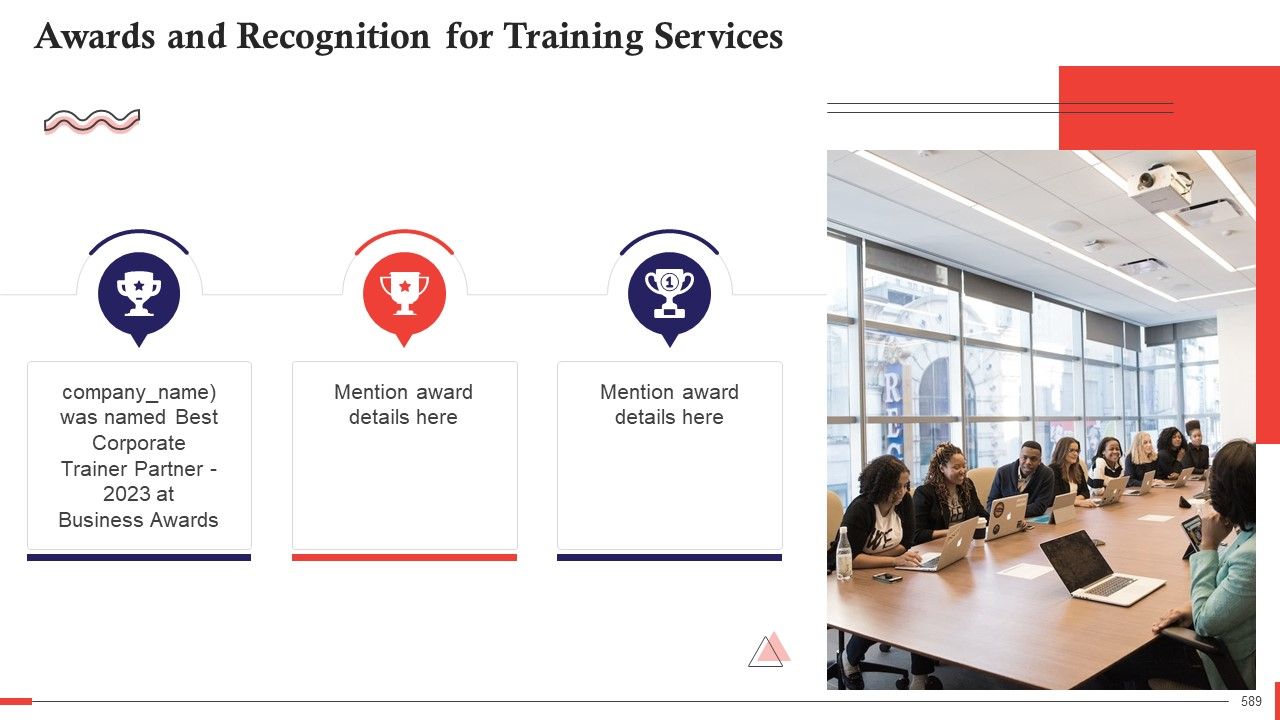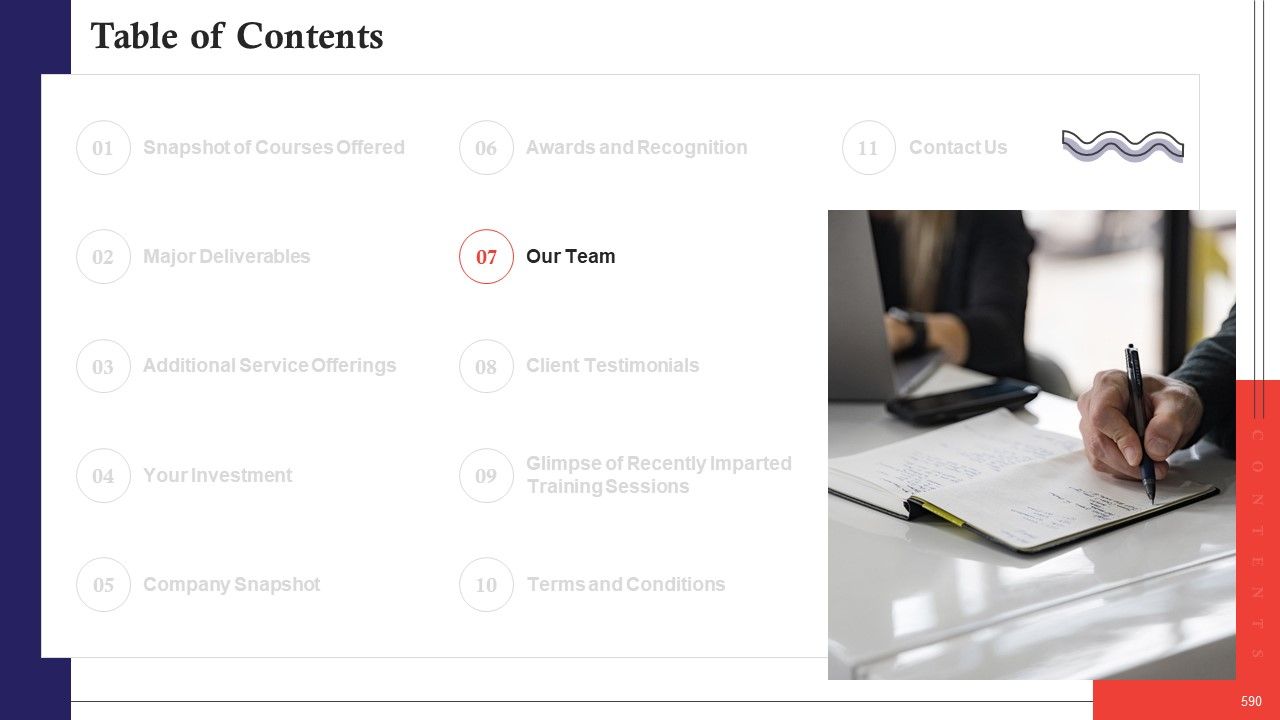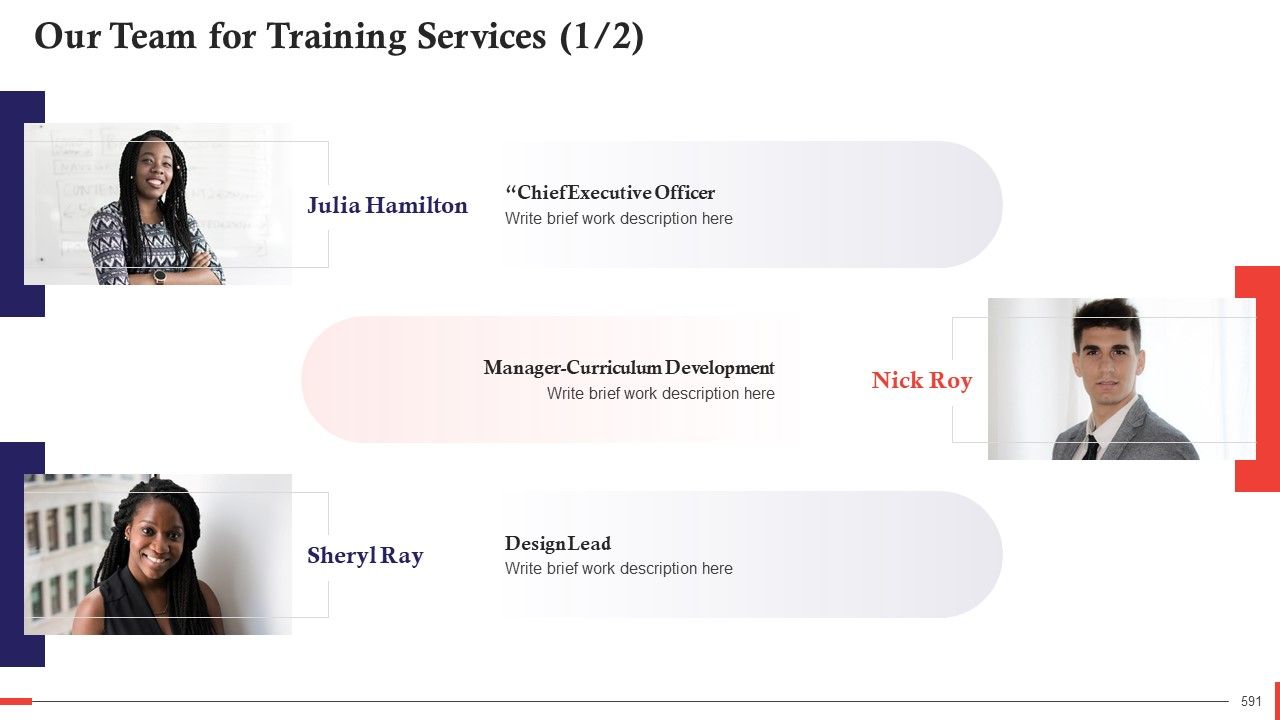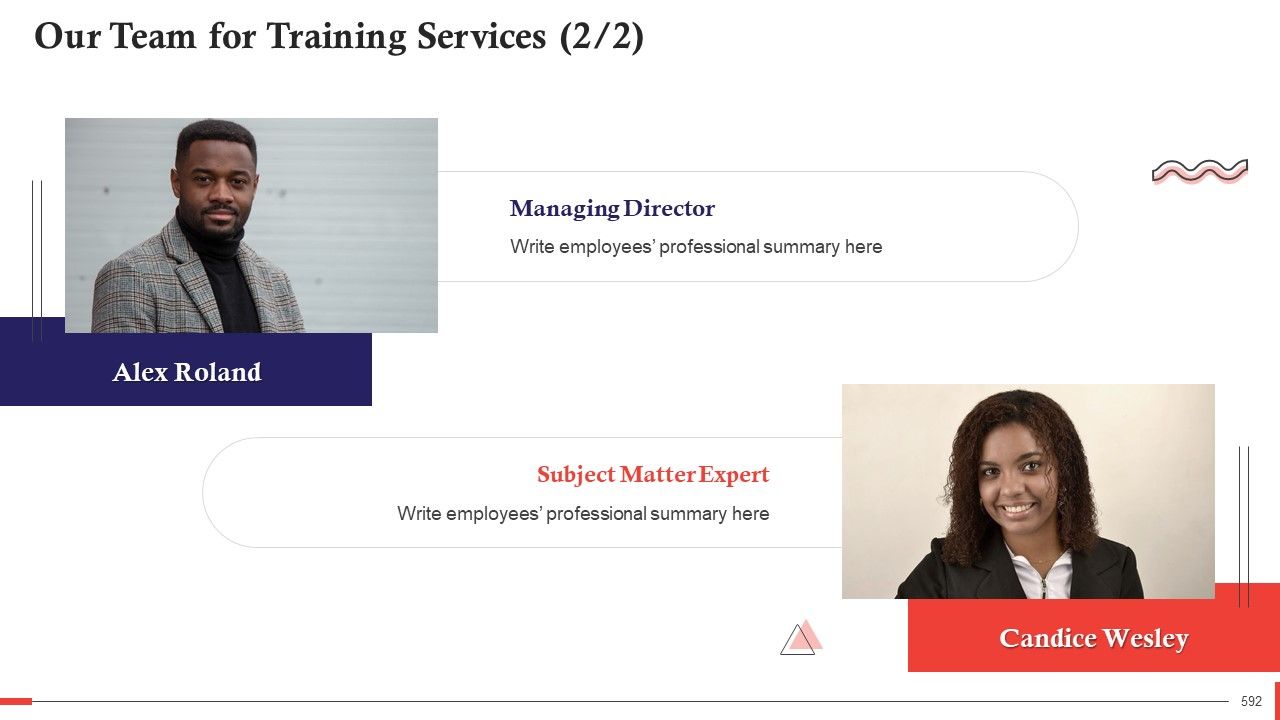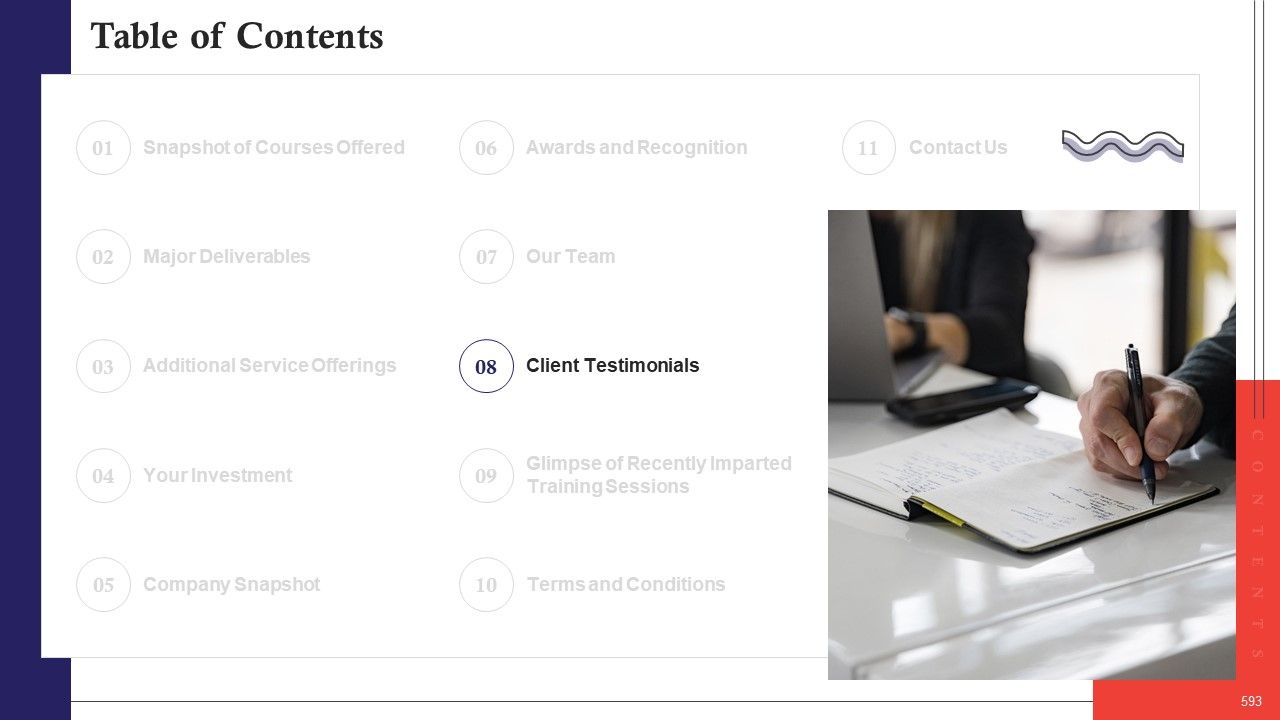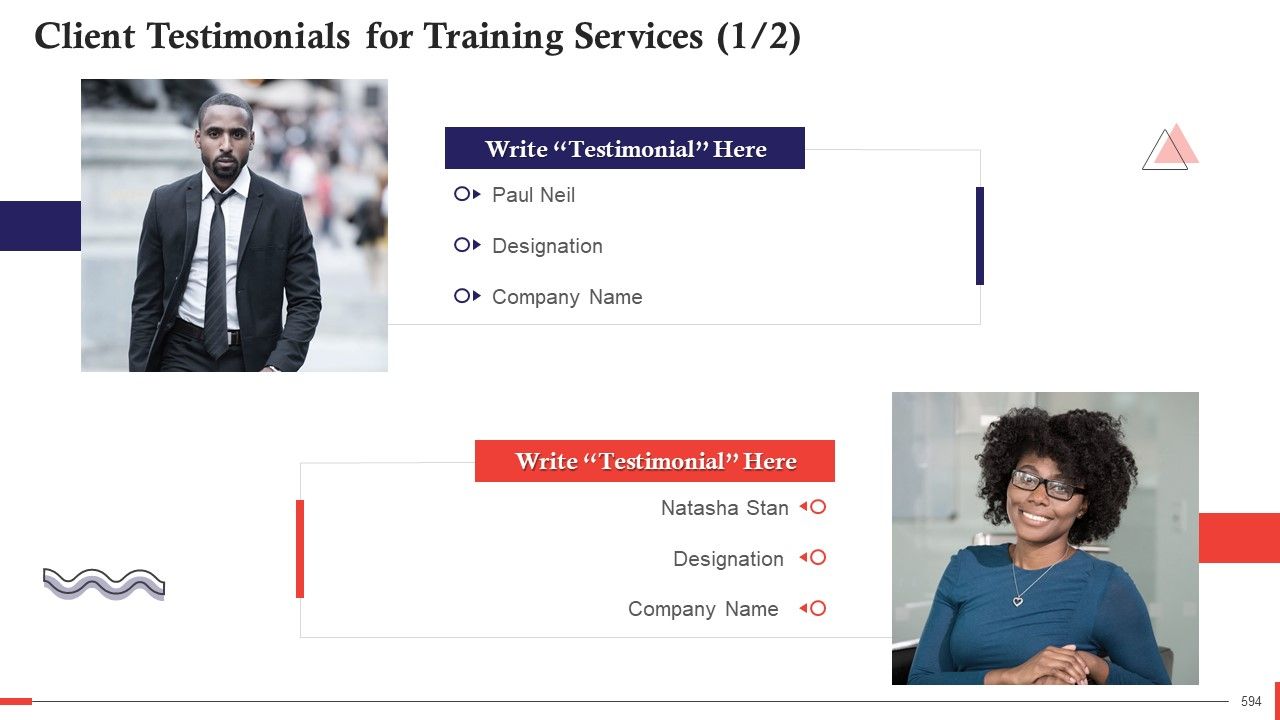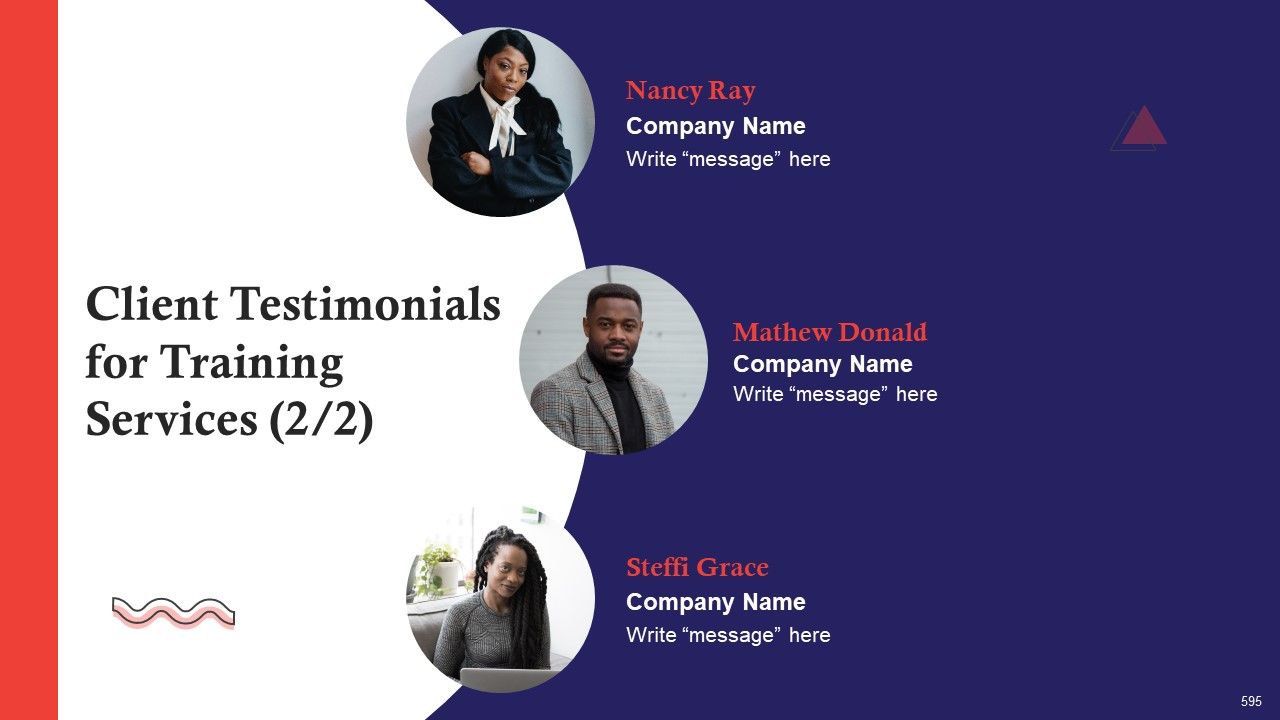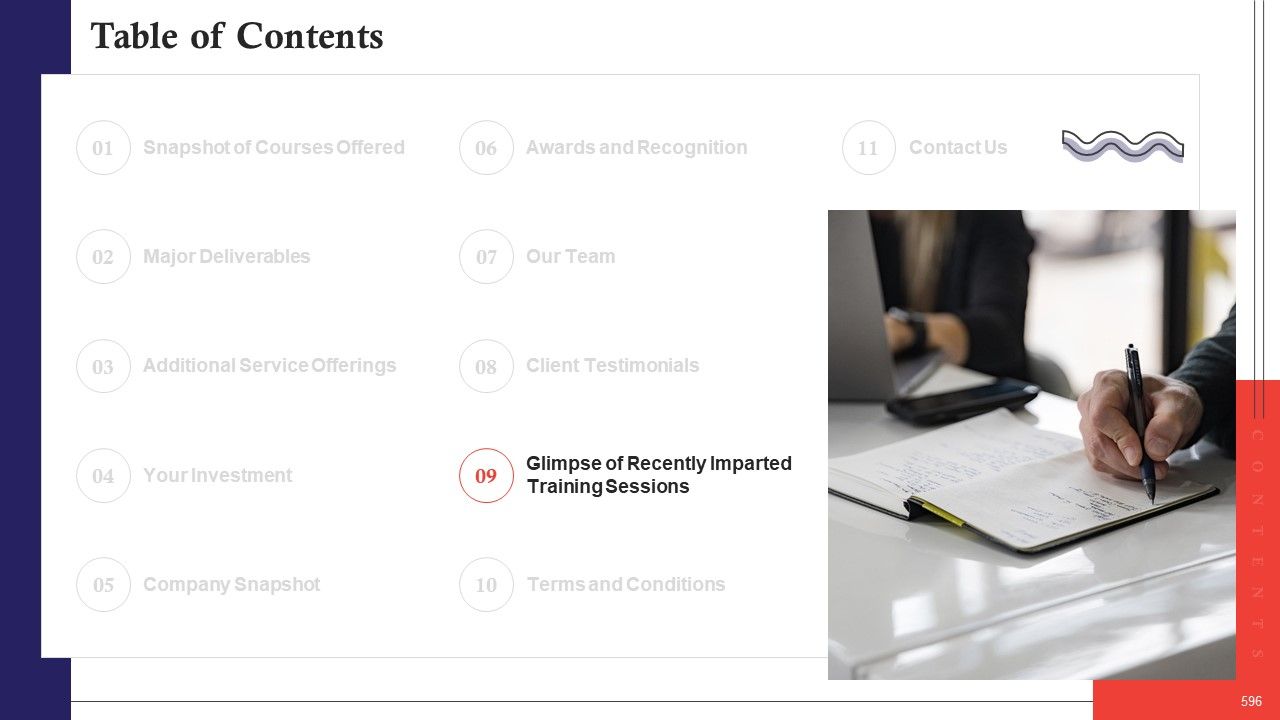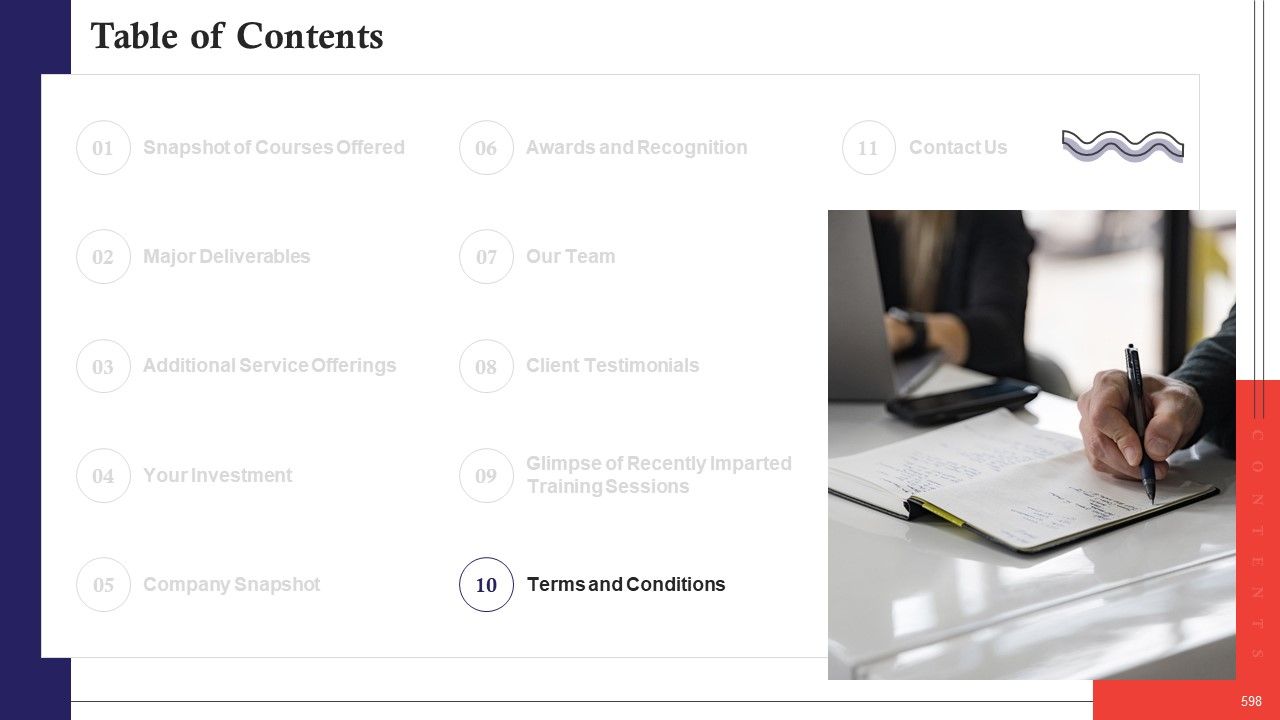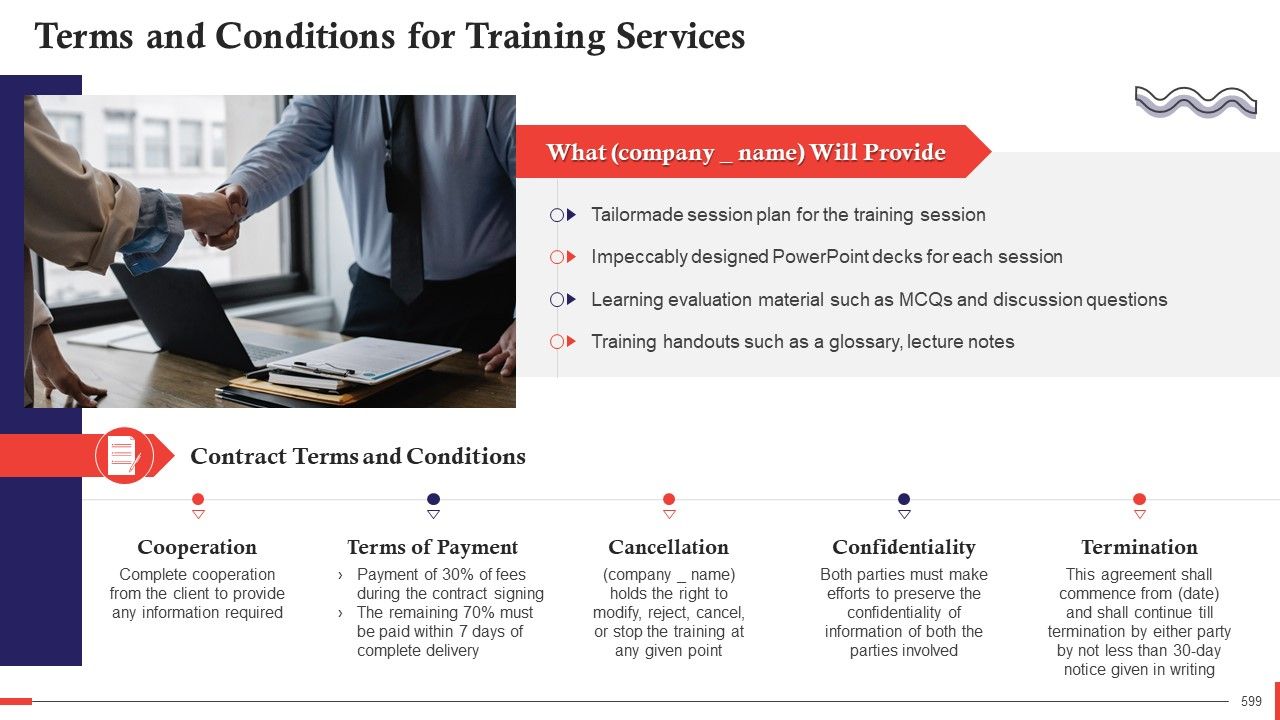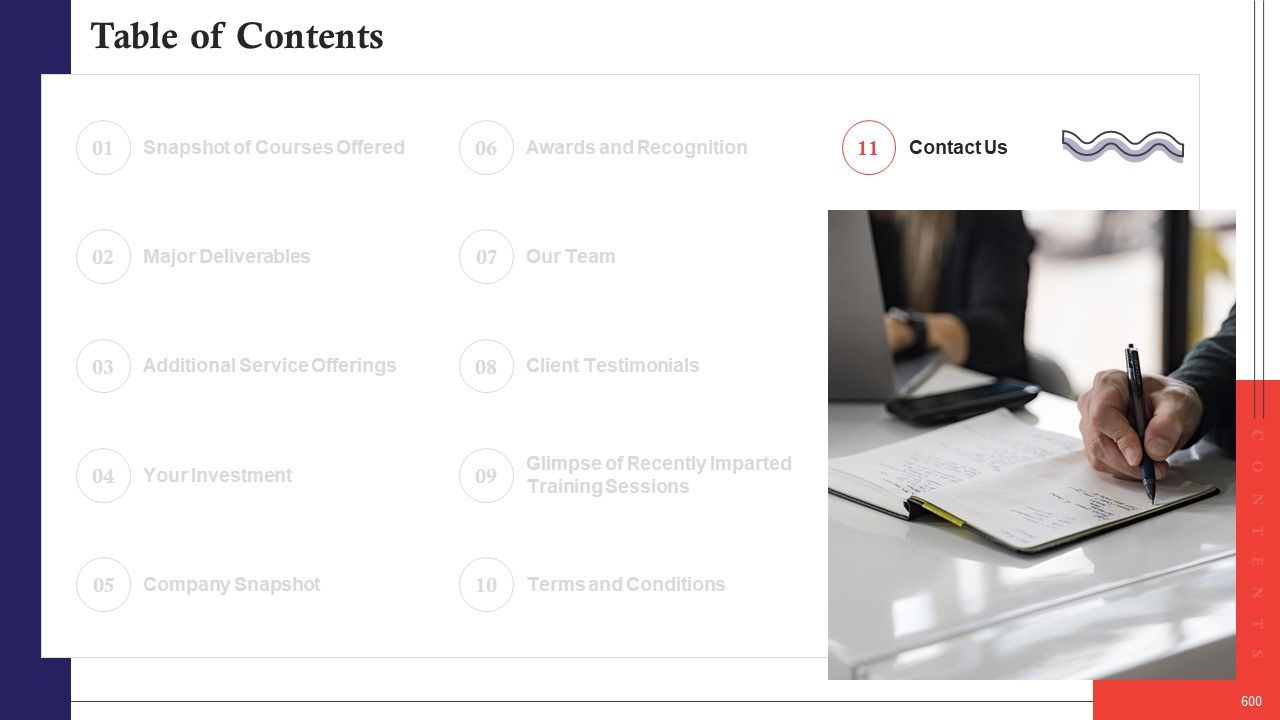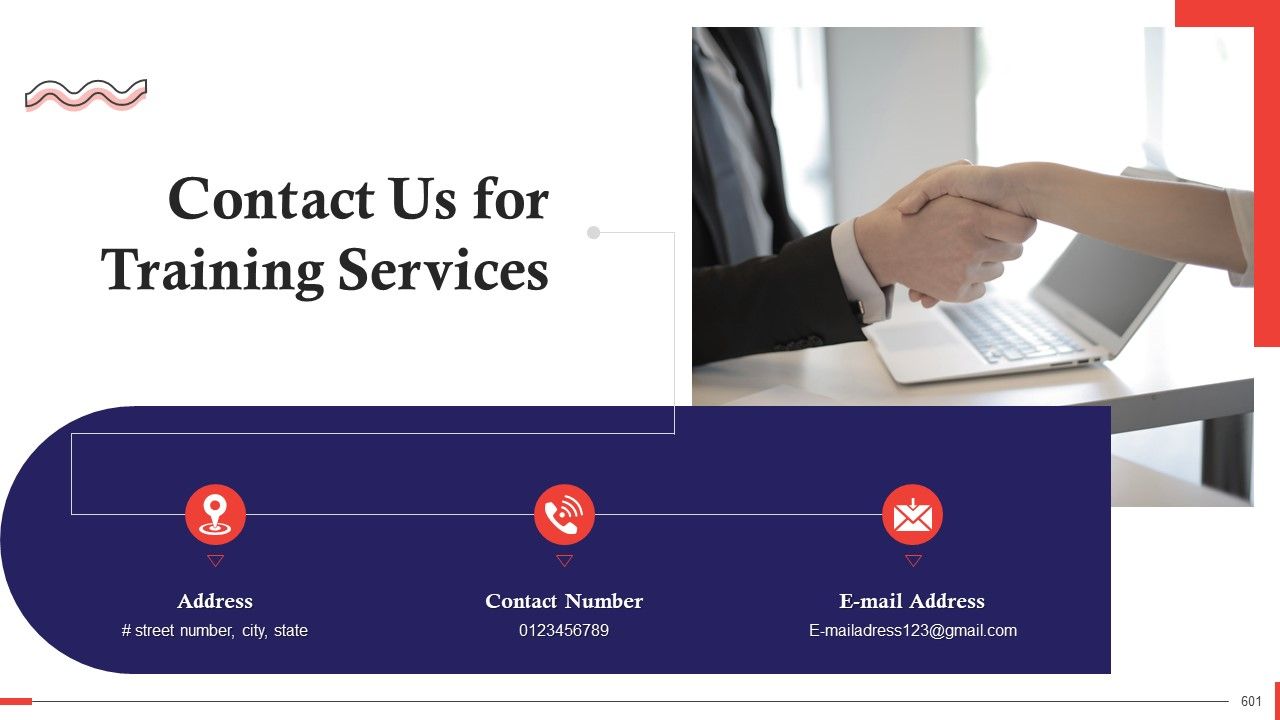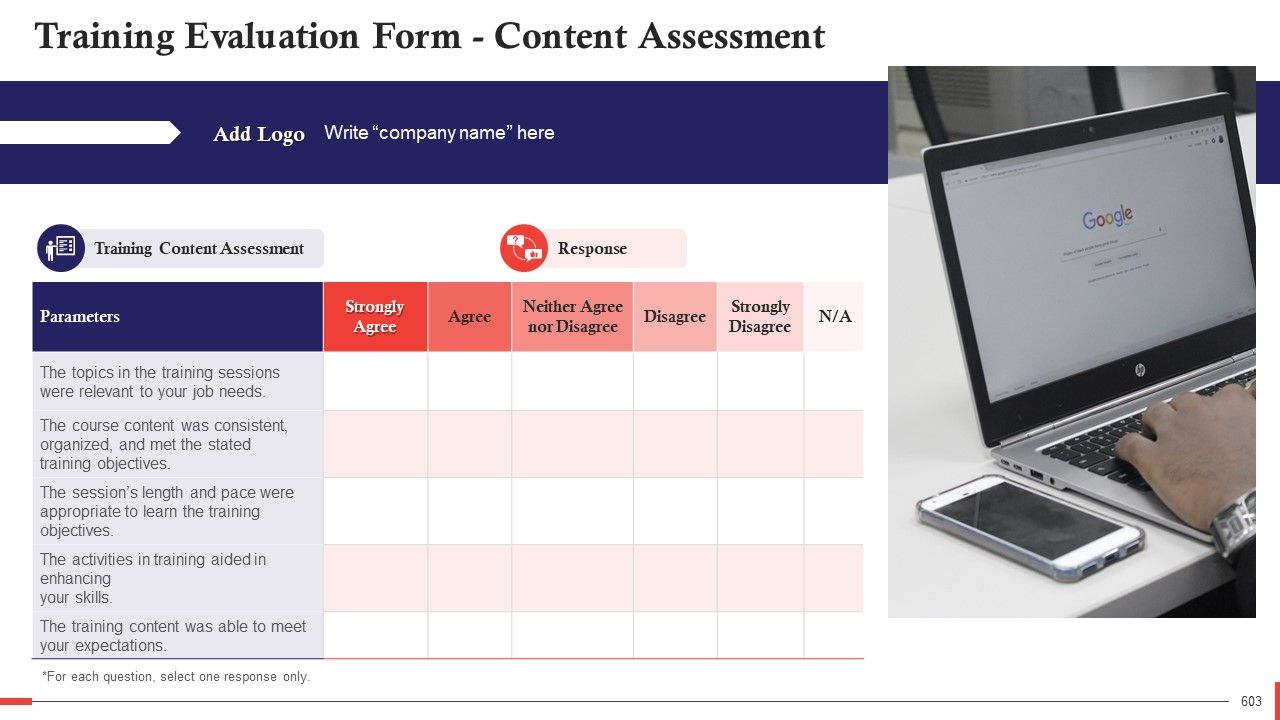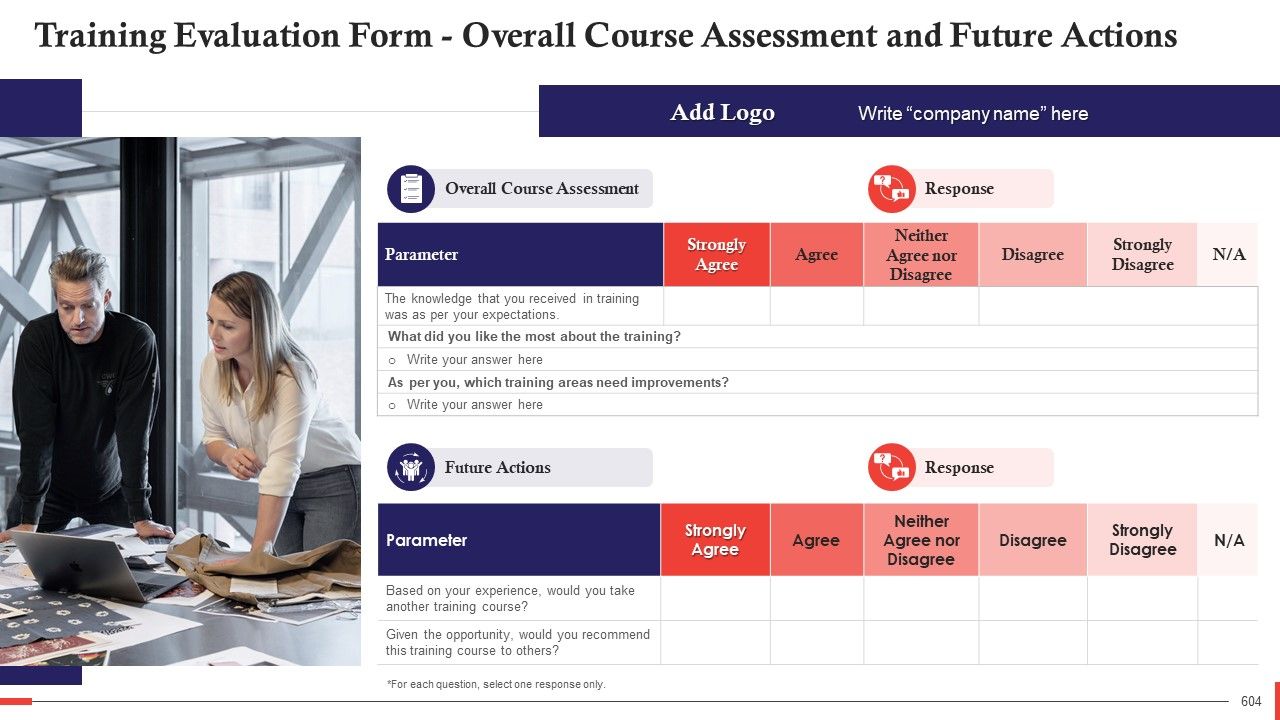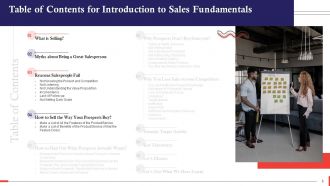Comprehensive Curriculum for Sales Training PPT
What is it
- EduDecks are professionally-created comprehensive decks that provide complete coverage of the subject under discussion
- These are also innovatively-designed for a powerful learning experience and maximum retention
Who is it for?
- EduDecks are for Trainers who want to add punch and flair to program and leave a lasting impact on their trainees
- They are also for Teachers who want to win over their students with content as well design
Why EduDecks?
- EduDecks provide an A-Z coverage of courses on any topic and covers it in both great depth and wide scope
- These slides are also professionally-designed to deliver a punch to your programs
Create an Immersive Training Experience
Created by Subject Matter Experts
Professionally Designed Slides
Structured Sessions
Comprehensive Curriculum
Detailed Teaching Notes
Real-Life Case Studies
Assessment Questions
Client Proposal
Complete Curriculum
- What is Selling?
- Myths about Being a Great Salesperson
- Reasons Salespeople Fail
- Not Knowing the Product and Competition
- Not Listening
- Not Understanding the Value Proposition
- Inconsistency
- Lack of Follow-up
- Not Setting Daily Goals
- How to Sell the Way Your Prospects Buy?
- Make a List of All the Features of the Product/Service
- Make a List of Benefits of the Product/Service (What the Feature Does)
- How to Find Out What Prospects Actually Wants?
- Request New Product or Service Ideas From your Current Customers
- Request Feedback from Your Current Customers on the Products They are Currently Using (Not Yours)
- Enquire about Prospects’ Significant Problems or Issues
- Attend Trade-shows and Seminars
- Why Prospects Don’t Buy from you?
- Trying to Sell to Everyone
- Not Selling Value
- Not Listening to Prospects
- Not Addressing Objections
- Not Creating Urgency
- Dysfunctional Sales Process
- You May Be Driving Customers Away
- Why You Lose Sales to your Competitors
- You Lack Sufficient Product Knowledge
- Not Aware of Prospects’ Needs
- Lack of Clarity and Focus
- Undefined
- Target Market
- Ineffective
- Sales Pitch
- Inefficient and Irregular Follow-up
- Failure to
- Close Deals
- Tenacity Target Activity
- Key Takeaways
- Let’s Discuss
- Let’s Test What We Have Learnt
- What is a Sales Process?
- An Ideal Sales Process
- SPANCO Phases of Sales Process
- Suspect
- Prospect
- Approach
- Negotiation
- Closure
- Order
- How to Create a Sales Process
- Goal
- Setting
- Bringing all Stakeholders Aboard
- Outlining the Sale Process Steps
- Implementing Changes, Testing & Measuring Changes
- Mapping the Buyer's Journey
- Sales Process Flowchart
- Lead Generation
- What is a Lead?
- Types of Leads
- Based on Interest
- Warm, or Inbound Leads
- Cold, or Outbound Leads
- Based on Enrichment
- Non-enriched Leads
- Enriched Leads
- Based on Qualification
- Marketing Qualified Lead (MQL)
- Sales Qualified Lead (SQL)
- Product Qualified Lead (PQL)
- Service Qualified Lead
- What is Lead Generation and its Importance?
- Statistics on Lead Generation
- When do we Need Lead Generation?
- Introduction to Lead Scoring
- Categories of Lead Scoring
- Demographic
- Behavioral
- Lead Generation Process
- Identify Buyer Personas
- Develop Lead Generation Mediums
- Build Lead Generation Database
- Create Lead-ready Channels
- Qualify and Score Leads
- Invest in Tools & Analytics Engine
- Lead Generation Strategies
- Own Website
- Email Marketing
- Offer Demos and Presentations
- Blogging
- Online Social
- Media Communities
- Advertising and Retargeting
- Competitor Analysis and SEO
- Using AI and Automation
- Incorporation of Sales Intelligence
- What is Lead Management?
- Lead Management Process
- Lead Capturing
- Lead Tracking
- Lead Management Process
- Lead Nurturing
- Lead Qualification
- Lead Distribution
- Lead Generation Channels
- Content Marketing
- Social Media Marketing
- Website Landing Pages
- Brand Partnerships
- Retargeting
- Organic Search (SEO)
- Paid Search/PPC
- Webinars and Podcasts
- Event Networking
- Email Marketing
- B2B vs B2C Lead Generation
- Introduction to Lead Flow
- Lead Flow Chart
- Introduction to Lead Funnel
- Lead Generation Funnel
- Awareness
- Lead Capture
- Prospect
- Marketing Qualified Leads
- Sales Qualified Leads
- Opportunities Leads
- Customer
- Understanding Lead Nurturing
- Statistics around Lead Nurturing
- Lead Nurturing Tactics
- Retargeting
- Targeted Content
- Multi-channel Lead Nurturing
- Surveys
- Follow-Ups
- Personalized Emails
- Lead Scoring
- Sales and Marketing Alignment
- Inbound vs Outbound Lead Generation
- Based on Interest
- Dashboards
- Key Takeaways
- Let’s Discuss
- Let’s Test What We Have Learnt
- What is Sales Methodology?
- Most Popular Sales Methodologies
- SPIN Selling
- Challenger Sale
- E.A.T. Selling
- MEDDPICC
- Conceptual Selling
- SNAP Selling
- The Sandler System
- Solution Selling
- Inbound Selling
- Target Account Selling
- Command of the Sale
- Gap Selling
- Consultative Selling
- Consultative Selling vs Traditional Selling
- Top Consultative Selling Skills
- Curiosity
- Active Listening
- Balancing Questions
- The Consultative Sales Process
- Research
- Build Trust
- Ask Questions
- Give Valuable Advice
- Close
- Follow-up
- Key Takeaways
- Let’s Discuss
- Let’s Test What We Have Learnt
- What is Sales Prospecting?
- Importance of Sales Prospecting
- Increased Sales
- More Revenue
- Gained Insights
- Increased Customer Lifetime Value
- Sales Prospecting Process
- Research
- Outreach
- Discovery Call
- Educate and Evaluate
- Close
- The Detective Activity
- Sales Prospecting Methods
- Cold Email
- Cold Calling
- Social Media
- Webinars
- Referral
- Events
- Who is a Decision Maker in a Company?
- Steps to Get Past the Gatekeeper
- Treat the Gatekeeper as a Resource
- Be Honest
- Be Assertive
- Don’t Try to Sell to the Gatekeeper
- Try Social Engagement
- Dealing Upfront Rejection in Sales
- Keep your Cool
- Lower Resistance
- Realize that the Prospects are Easy to Deal With
- Activity on Rejection Handling
- Opening Sales Conversation
- Hardest Part of Sales Cycle
- Sales Conversation that Grabs the Interest
- How to Have a Successful Sales Conversation?
- Have the Right Opening Statement
- Personalized Conversation
- Build Rapport
- Maintain the Right Tone
- Ask the Right Questions
- Demonstrate your Expertise
- Be Clear with the Next Step
- Sharpening your Opening Conversation - Checklist
- Key Takeaways
- Let’s Discuss
- Let’s Test What We Have Learnt
- What is a Sales Opportunity?
- Progression of Contacts from Leads to Prospects to Opportunities
- What is Sales Qualification?
- Why is Sales Qualification Important?
- What is a Qualified Prospect?
- Organization-level
- Opportunity-level
- Stakeholder-level
- How to Qualify an Opportunity?
- The BANT Qualification Framework
- Budget
- Authority
- Need
- Timeline
- What Makes Selling Easier
- What is a Buyer Persona?
- How to Determine Customer Pain Points
- Conduct Qualitative Market Research
- Use Live Chat Data
- Spend Time on Social Media
- Sales and Marketing Team Alignment
- Developing Prospects’ Need for Your Product
- Understand Prospects’ Problems and Real Needs
- Set the Stage for a Discussion About Their Pain
- Refrain from Rushing Ahead
- Ask Discovery Questions
- Don't Assume You’re a Good Match for your Prospect
- The Indirect Approach
- How to Establish Credibility with Your Prospects?
- Stay True to Your Word
- Share Success Stories
- Focus on Building Rapport
- Do Excellent Work and Receive Recommendations
- Always Be Consistent
- Leverage Third-party Endorsements
- Inform Prospects Who is and who isn’t a Fit for your Offerings
- Tricks Experts Use to Gain Prospects Trust
- Research on Prospects and Stakeholders
- Recognize Prospect's Needs and Objectives
- Demonstrate Understanding of the Prospect’s Business
- Schedule a Meeting Early On
- Provide an Honest Response to Prospect's Questions
- Share Positive Aspects about Previous Customer Experiences
- Recognize the Prospect's Previous Negative Experiences
- Show Consideration for the Prospect's Time
- Types of Buyer Persona
- B2C Personas
- B2B Personas
- How to Create a Buyer Persona
- Research Your Target Audience
- Identify the Most Common Details
- Craft Separate Personas
- Give Each Persona a Name and a Backstory
- Make a Marketing Strategy
- What is an Ideal Buyer Profile?
- Best Practices for Creating Buyer Profiles
- Profiles should be Evidence-based
- Buyer Profiles are based on Customer Interviews and Research
- Validate your Profiles through Additional Interviews or Focus Groups
- Sort Profiles according to their Impact and Importance
- Sample Buyer Profile Questions
- Key Takeaways
- Let’s Discuss
- Introduction to Sales Presentation
- How to Make a Sales Presentation
- Define the Purpose
- Make a List of Critical Points and Add Data to it
- Customize Sales Presentation based on the Audience
- Things a Salesperson Should do Before a Sales Presentation
- Sales Presentation Tips
- Keep the Presentation Short
- Tell a Story
- Know ahead of time what your clients want or Require
- Practice but Don’t Deliver a Memorized Speech
- Key Takeaways
- Let’s Discuss
- Let’s Test What We Have Learnt
- What is Closing and Why is it Important?
- Why Salespeople Fail while Closing?
- Salespeople Fail to Address the Needs of the Buyer
- Salespeople Don’t Establish Personal Relationships
- Salespeople Don’t Know How to Close
- Salespeople Can’t Converse Effectively with the Senior
- The Salesperson is Not a Respected or Trusted Executive
- Salespeople Fail to Express Knowledge About their Industry
- Closing Techniques in Sales
- 1-2-3 Close
- Adjournment Close
- Affordable Close
- Artisan Close
- Assumptive Close
- Empathy Close
- Now-or-Never Close
- Puppy Close
- Quality Close
- Rational Close
- Summary Close
- Opportunity-Cost Close
- Ownership Close
- Best-Time Close
- Calendar Close
- Testimonial Close
- Concession Close
- Conditional Close
- Exclusivity Close
- Yes-Set Close
- Customer Buying Signals and their Importance
- Top Customer Buying Signals
- Responding to Buying Signals How to Close Sales with Complex Customers
- Introduction
- Complex Sales Closing Techniques
- SPIN Selling Methodology
- S for Situation
- P for Problem
- I for Implications
- N for Need Payoff
- Challenger Selling Methodology
- Example of Challenger Sale Methodology
- NEAT Selling Methodology
- MEDDPICC Selling Methodology
- Metrics
- Economic Buyer
- Decision Criteria
- Decision Process
- Paper Process
- Identify Pain
- Champion
- Competition
- SPIN Selling Methodology
- Key Takeaways
- Let’s Discuss
- Let’s Test What We Have Learnt
- What is a Sales Objection?
- Types of Sales Objections
- Lack of Budget
- Lack of Trust
- Lack of Need
- Lack of Urgency
- What is Objection Handling and Why is it Important?
- Different Approaches to Overcome Objections
- Four-Step Approach to Overcome Sales Resistance
- Listen
- Understand
- Respond
- Confirm
- Deflection
- Introduction
- Two Step Process of Deflection
- Working of Deflection Technique
- Storytelling
- Introduction
- Why Storytelling Works?
- How to Handle Objections by Telling Stories?
- Uncovering the Real Objection
- Introduction
- Questions to Identify the Real Objection
- Ways to Identify the Real Objection
- Building Your Objection Handling Technique
- Introduction
- Elements to Consider While Building Your Objection Handling Strategy
- How to Handle the Most Common Types of Objections?
- General Skills Required to Overcome Objections
- Listening & Communication Skills
- Problem Solving Skills
- Interpersonal Skills
- Persuasion Skills
- Customer Service Skills
- Integrity
- Underlying Psychological Triggers for Effective Communication to Overcome Resistance
- Scarcity
- Consistency
- Reward
- Liking
- Social Proof
- Authority
- Four-Step Approach to Overcome Sales Resistance
- Key Takeaways
- Let’s Discuss
- Let’s Test What We Have Learnt
- What is a Follow-Up in Sales?
- Why is Following Up Important?
- Why do Most Salespeople Avoid Following Up?
- Statistics Around Following Up
- Key Statistics
- Number of Follow-Ups required to Close a Sale
- Methods Used to Follow-Up
- Phone Calls/Text
- Mail/E-Mail
- Social Media
- How to Follow-Up with Customers?
- Use a Variety of Follow-Up Methods
- Segment Your Leads
- Respond in a Timely Manner
- Nurture Your Leads with Useful Content
- Track Your Communications
- Personalize Your Communications
- Dos and Don’ts of Following Up
- Following Up with Emails
- Follow-Up Email Subject Lines
- General Follow-Up
- After No Response
- After a Trigger Event
- Writing Follow-Up Emails for Different Scenarios
- Following Up after a Demo
- Following Up After No Response
- Following Up After a Networking Event
- Following Up After a Prospect Visits Website
- Following Up After a Trigger Event
- Following Up After a Prospect Goes Silent
- Following Up when Reconnecting with a Client
- Phrases to Avoid in Follow-Up Emails
- Follow-Up Email Subject Lines
- Phrases in Emails that will land you in Spam
- Tips to improve your Follow-Up Calls
- Schedule your Calls
- Be Prepared
- Send an Email Before the Follow-Up Call
- Ask the Right Questions
- Keep the Conversation Balanced
- Ask Follow-Up Questions
- Pay Attention
- Send a Follow-Up Email After the Call
- Sample Script for Follow-Up Calls
- Key Takeaway
- Let’s Discuss
- Let’s Test What We Have Learnt
- What is an After-Sales Follow-Up and Why is it Important?
- Advantages of an After-Sales Follow-Up
- Builds trust
- Wards Off Problems
- Creates Goodwill
- Sells More
- Improves Negative Experiences
- Offers Insight
- Tips for an Effective After-Sales Follow-up
- Seven Metrics Every Salesperson Should Track
- Key Takeaway
- Let’s Discuss
- Let’s Test What We Have Learnt
- What are Sales Skills and Why are they important?
- Required Soft Skills in Sales
- Communication
- Active Listening
- Empathy
- Self-Motivation
- Time Management
- Adaptability
- Goal Orientation
- Relationship Building
- Collaboration
- Customer-Facing Sales Skills
- Storytelling
- Presentation Skills
- Social Skills
- Customer Engagement
- Objection Management
- Conflict Management
- Problem Solving
- Negotiation
- Core Sales Skills
- Product Knowledge
- Research Skills
- Strategic Prospecting
- Lead Qualification
- Closing Skills
- Customer Success Management
- Strategic Selling
- CRM Software Knowledge
- Key Takeaway
- Let’s Discuss
- Let’s Test What We Have Learnt
Sample Instructor Notes
What is this slide for: Overview of an Ideal Sales Process
This slide covers: This slide lists the features that an ideal sales process must have. The features are: Customer-centric, clear and actionable, replicable, predictable, goal-oriented, measurable, and flexible.
Instructor’s Notes:
Features of Ideal Sales Process are:
- Customer-centric: Buyers today have greater access to information and a broader range of options. Innovative businesses align their sales process steps with their customers' buying patterns and processes
- Clear and Actionable: All stakeholders should thoroughly understand each stage and component of the sales process. Defining necessary actions eliminates ambiguity and the possibility of errors
- Replicable: Any sales representative should follow each step of the sales process. Reps must also be able to apply the sales process or its individual steps across sales scenarios
- Predictable: The expected outcomes of each stage and the flow from one step to the next should be predefined
- Goal-oriented: The sales process should direct sales teams on how to achieve their goals
- Measurable: To ensure compliance and create a culture of continuous improvement, you should be able to quantify all of the actions and activities involved in the sales process
- Flexible: Rigidity prevents advancement. The sales process should be flexible enough to adapt to changing business and customer needs, technological advances, or changes in sales operations
What is this slide for: Overview of an Ideal Sales Process
This slide covers: This slide illustrates the stages of the lead generation funnel. The stages are awareness, lead capture, prospect, marketing qualified lead, sales qualified lead, opportunities leads, and customer.
Instructor’s Notes:
Stages of Lead Generation Funnel
- Awareness: The lead generation funnel begins with this stage. The only way to get people to buy from you is to make them aware of your company. The first task of marketers is to raise brand awareness. For example, search engine marketing and PPC campaigns could be the most effective product discovery methods
- Lead Capture: In this step, your audience provide you with their contact information by filling out a form or something similar. Sharing information indicates that they are interested in your products/services
- Prospect: Once interested leads are captured, businesses must ensure that they are converted into prospects who want to buy from them. It is possible to accomplish this by constantly nurturing and persuading them that our offerings will solve their problem. Email marketing, webinars, educational videos, etc., can keep them engaged and informed
- Marketing Qualified Leads: This is the final role a marketer plays in a lead funnel. They hope to persuade the prospect to take a positive conversion action through their lead generation and nurturing efforts, for example, requesting a demo or signing up for a free trial. Once this is completed, the marketing team knows the prospect is ready to hear a sales pitch and passes it on to the sales team
- Sales Qualified Lead: In this step, the sales team begins its screening process by calling the lead and asking for their requirements. The sales team begins analyzing their actual needs and how well they fit into the business. It can be done using a lead scoring tool to assign scores based on lead activities
- Opportunities Leads: Here the sales team begins identifying opportunities to sell the product. In this step, they start sending discount coupons and attempt to negotiate with the prospect. The salesperson continues to visit the prospect in an attempt to persuade him to close the sale
- Customer: In this final stage, the prospect decides to buy from you and becomes a paying customer. Since the customer has converted, this is the final stage of the funnel
What is this slide for: Overview of an Ideal Sales Process
This slide covers: This slide discusses the importance of sales prospecting. The benefits are: Increased sales, more revenue, gained insights, and increased customer lifetime value.
Instructor’s Notes:
The benefits of sales prospecting are:
- Increased Sales: An effective sales prospecting process can generate new sales opportunities for the sales team to pursue. It can help to accelerate growth and ensure that your company never runs out of leads in pipeline
- More Revenue: More sales opportunities imply more revenue, which the company can reinvest in growing its team, improving its products, or running more marketing campaigns
- Gained Insights: Businesses can identify patterns in prospect behavior by reaching out to more prospects and watching how they respond. Organizations will also better understand their ideal customers, which will positively impact all aspects of business, such as product development, marketing, and branding
- Increased Customer Lifetime Value: As you improve your sales prospecting process, you will better identify prospects that are more likely to stay with you for longer. And this can have a compounding effect by increasing customer lifetime value
FAQs
We provide training decks on a wide variety of business and technical topics such as Diversity & Inclusion, Customer Service, Search Engine Optimization, Blockchain Technology, and many more. These are ready-to-present decks that can be downloaded and presented in their current form. These decks are carefully created by industry experts, designed by professionals to deliver a power packed training session.
We want our training decks to evoke curiosity and inspire passion for learning. Each training deck consists of multiple sessions with impeccably designed slides to explain concepts in-depth, key takeaways to summarize sessions, discussions, and multiple-choice questions to assess trainees’ learning. The deck also contains activities and memes to break the monotony and make the training more interactive. Each training deck comes with an assessment form and editable proposal to help pitch your training to clients with success.
It depends on the trainer's content delivery pace, but each deck is created to ensure that training content is for a minimum of 16 hours.
Yes. A significant segment of our customers are professional mentors, coaches and teachers. You can create presentations with our content and distribute these to your trainees. The only caveat is that you cannot share your subscription to our content with others; the license is not transferable. Also, you cannot resell SlideTeam content to others.
Each slide is 100% editable in PowerPoint. Every element of the slide – text, icons, images, vectors, color scheme, etc. can be modified to build an effective PowerPoint presentation. Simply DOWNLOAD, EDIT, and PRESENT!
All PPT slides are compatible with PowerPoint 2007 and above. Some diagrams will not show up correctly with older versions of PowerPoint, like PowerPoint 2003 or lower, because of rendering issues. Yes, they work with PowerPoint for MAC, and decks are compatible with Google Slides too.
Absolutely yes! Our decks are yours to keep and build upon even after your subscription expires. You will not be able to download any additional decks once your subscription expires, but the ones you've downloaded are yours to keep forever.
Our entire website is HTTPS secure, and our payment system is managed by PayPal and Stripe, two of the world's leaders in credit card payment systems and very respected companies in online payments. This makes our systems 100% secure. We do not store or have access to any credit card information ourselves. We direct you to these third-party secure sites with 100% secure SSL connections where you can safely purchase a subscription and then direct you back to our site to download products.
You are allowed to log in and download content from 3 computers. Our website keeps track of login IP addresses, MAC Address Usage, and Browser and Computer Operating System fingerprinting, and you will not be able to log in from more than three computers.


